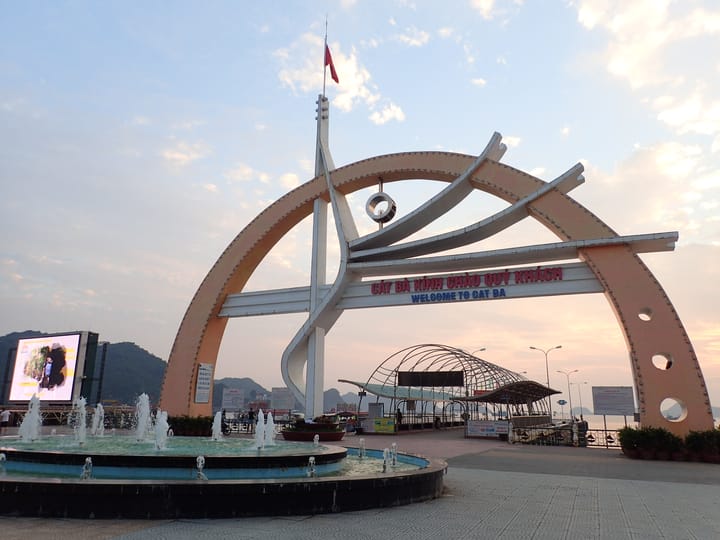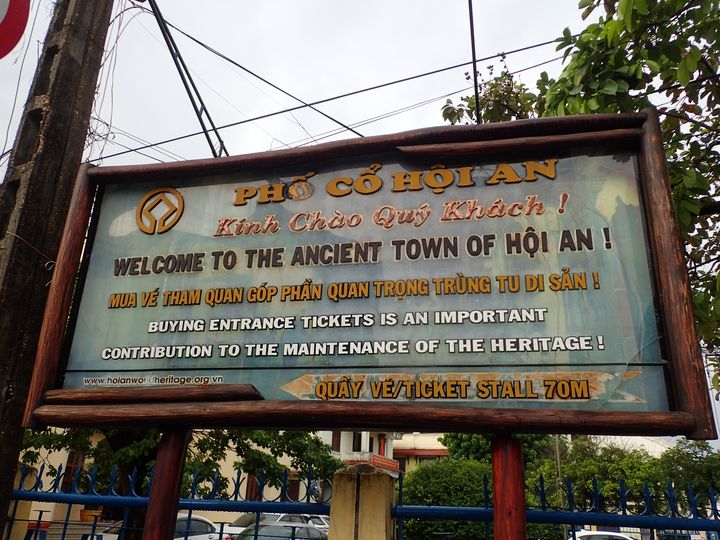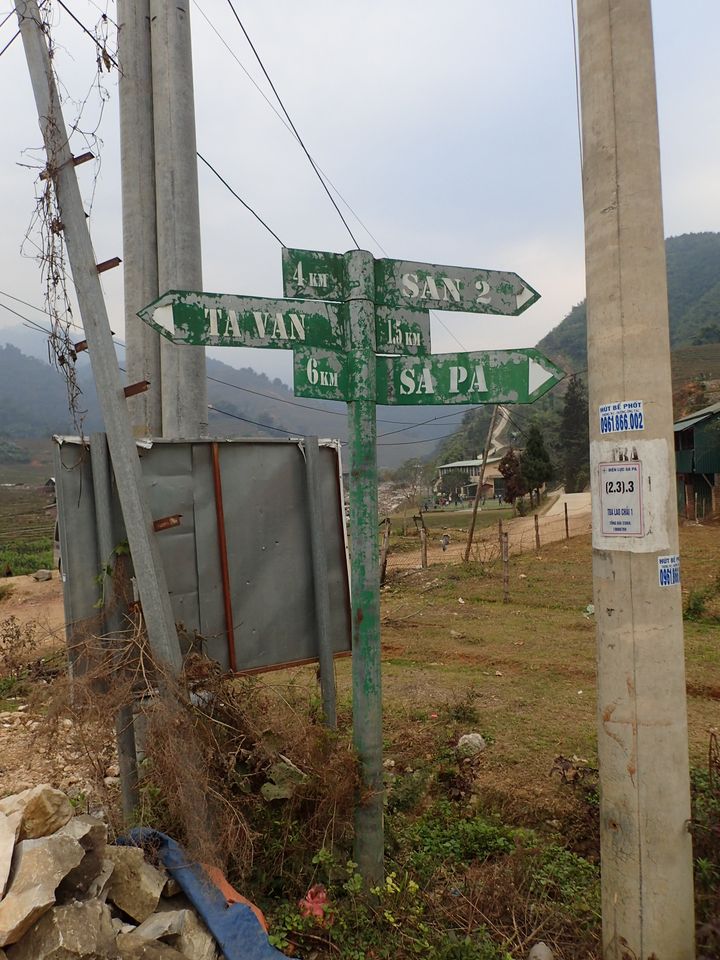Hanoi, Vietnam
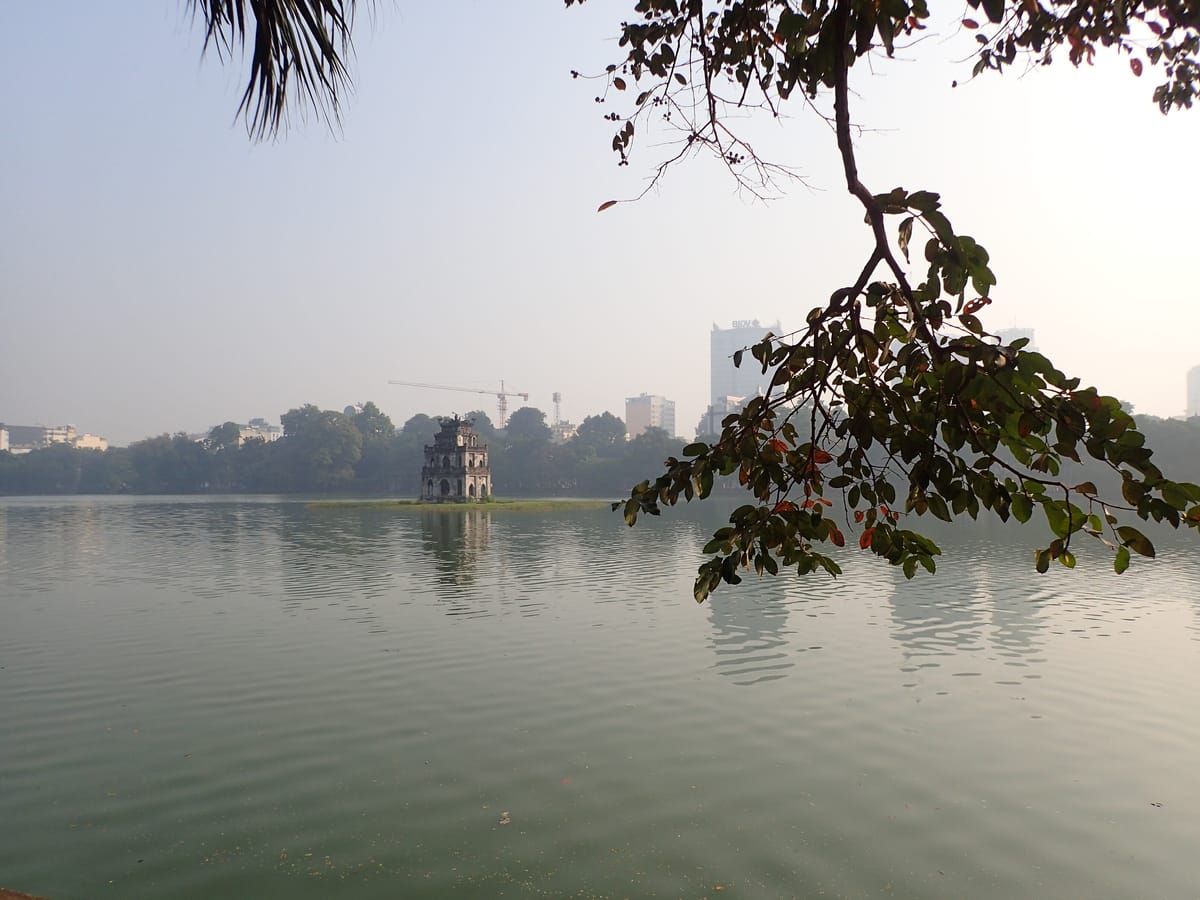
My Hanoi adventure by itself.... ✌🏽
Aside from a previous Vietnam adventure that took me north to Y Tý, a remote border town next to China to summit Lao Than Mountain, pit stop in Hanoi before continuing south through central Vietnam to Ho Chi Minh City, this was my first trip focused on exploring Hanoi in depth. I spent more time discovering the city’s rich culture, with side adventures to the mountains and to Cát Bà Island, a scenic gateway to Hạ Long and Lan Hạ Bays.
For this trip, I explored the following places. Click on a location to jump to its writeup.
• Chợ Đồng Xuân (Dong Xuan Market) • Chùa Lý Triều Quốc Sư (Ly Trieu Quoc Su Pagoda) • Chùa Trấn Quốc (Tran Quoc Pagoda) • Cột Cờ Hà Nội (Hanoi Flag Tower) • Đài tưởng niệm các Anh hùng Liệt sĩ (Monument for Heroic Martyrs) • Đài tưởng niệm 'Quyết tử để Tổ quốc quyết sinh' (The "Determined to Die so that the Fatherland May Live" Monument) • Đường Tàu Hà Nội (Hanoi Train Street) • Ga Long Biên (Long Bien Railway Station) • Hồ Hoàn Kiếm/Đền Ngọc Sơn (Hoan Kiem Lake/Ngoc Son Temple) • Hoàng Thành Thăng Long (Imperial Citadel of Thang Long) • Khu Phố Pháp (French Quarter) • Lăng Chủ Tịch Hồ Chí Minh (Ho Chi Minh Mausoleum) • Nhà hát lớn Hà Nội (Hanoi Opera House) • Nhà hát Múa rối nước Thăng Long (Thang Long Water Puppet Theatre) • Nhà sàn Bác Hồ (Uncle Ho's Stilt House/Ho Chi Minh Stilt House) • Nhà Thờ Chính Tòa Thánh Giuse/Nhà thờ Lớn Hà Nội (Saint Joseph Cathedral) • Nhà Tù Hỏa Lò (Hỏa Lò Prison) • Phố Cổ Hà Nội (Old Quarter) • Văn Miếu (Temple of Literature)From Singapore to Hà Nội
I made this trip at the end of November, hoping to experience Hanoi’s year-end coolness as the city transitioned from autumn to winter. Expect pleasantly cool and dry weather, typically ranging from 18°C to 24°C, which is considered one of the most beautiful times to visit Hanoi.
Arriving at Hà Nội
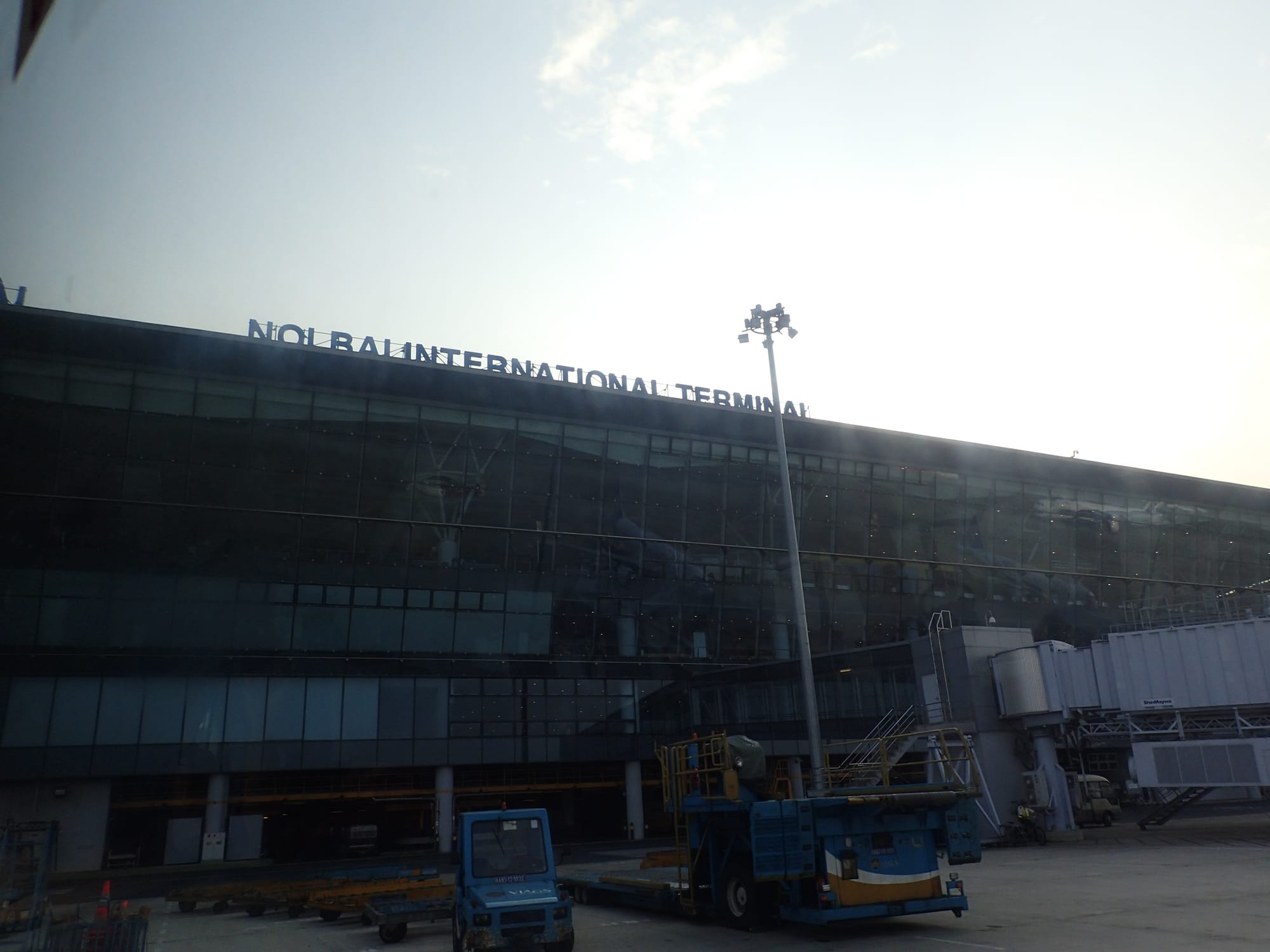
After I touched down at Noi Bai International Airport (IATA: HAN), I took the Hanoi Airport Bus 86 (2025: 45,000 VND) from the airport to the Old Quarter.
The bus service operates between Nội Bài Airport’s Domestic Terminal 1 and Hanoi Railway Station. From the airport, the first bus departs at 0645 hours and the last at 2210 hours. From Hanoi Railway Station, services start at 0515 hours and end at 2025 hours. Buses run at 30-minute intervals.
If you are arriving at Terminal 1 (domestic flights), exit the terminal and walk about 40 metres to your right and the bus stop is located at column no. 12. For Terminal 2 (international flights), exit the terminal and you will find the bus stop directly in front, at column no. 3.
When I was there, the bus conductor came around to handle ticketing on board. You can use Google Translate to ask him to alert you when your stop is approaching. Alternatively, download the BusMap Hanoi mobile app to track the bus in real time. Occasionally, the driver may make a brief stop along the route to personally collect fares, so don't be surprised if he multitasks. 😅
iseasywith.me Public Service Announcement
The bus fare is usually displayed inside the bus, keep a lookout to avoid being overcharged. It is best to have the exact fare ready, as change may not always be available.
Understand that contactless payment via credit or debit cards are available now.
The route for the bus from the airport is as follows:
- Noi Bai Airport Domestic Terminal 1
- Noi Bai Airport International Terminal 2
- ALS Cargo Terminal/VAECO Company
- Lac Long Quan-Au Co Intersection/(523 Au Co Street)
- Yen Phu - Cua Bac Intersection
- Yen Phu Water Treatment Plant
- Long Bien Bus Interchange
- 162 Tran Quang Khai
- Hanoi Opera House
- Melia Hotel
- Hanoi Railway Station
The route for the bus to the airport is as follows:
- Hanoi Railway Station
- Bus stop opposite the Melia Hotel
- Hanoi Post Office
- 23 Hang Tre/opposite Hanoi Elpis Grand Hotel
- Long Bien Transpoint Station (E11)
- Bus stop at intersection Yen Phu
- Bus stop at intersection Au Co–Xuan Dieu
- Au Co–Lac Long Quan (468 Au Co Street)
- ALS Cargo Terminal/VAECO Company
- Noi Bai Airport International Terminal 2
- Noi Bai Airport Domestic Terminal 1
After about a 50-minute bus ride, I alighted at the '162 Tran Quang Khai' stop and arrived at the Old Quarter.
This is where Google Maps comes in to get you to your accommodation.
As you make your way along, don't forget to soak in the vibrant ambience of the Old Quarter and capture some photos to remember your adventure.
In and Around Hà Nội
iseasywith.me Public Service Announcement
- When visiting pagodas and temples, dress modestly. Cover your shoulders and knees as a respect for the sacred sites.
- Be prepared to remove your shoes before entering certain areas.
- Speak softly and avoid disruptive behaviour.
- Ask if you can take photos e.g. during religious ceremonies, in worship areas, of worshippers i.e. monks or locals, in restricted or dimly lit areas, etc.
Chợ Đồng Xuân (Dong Xuan Market)
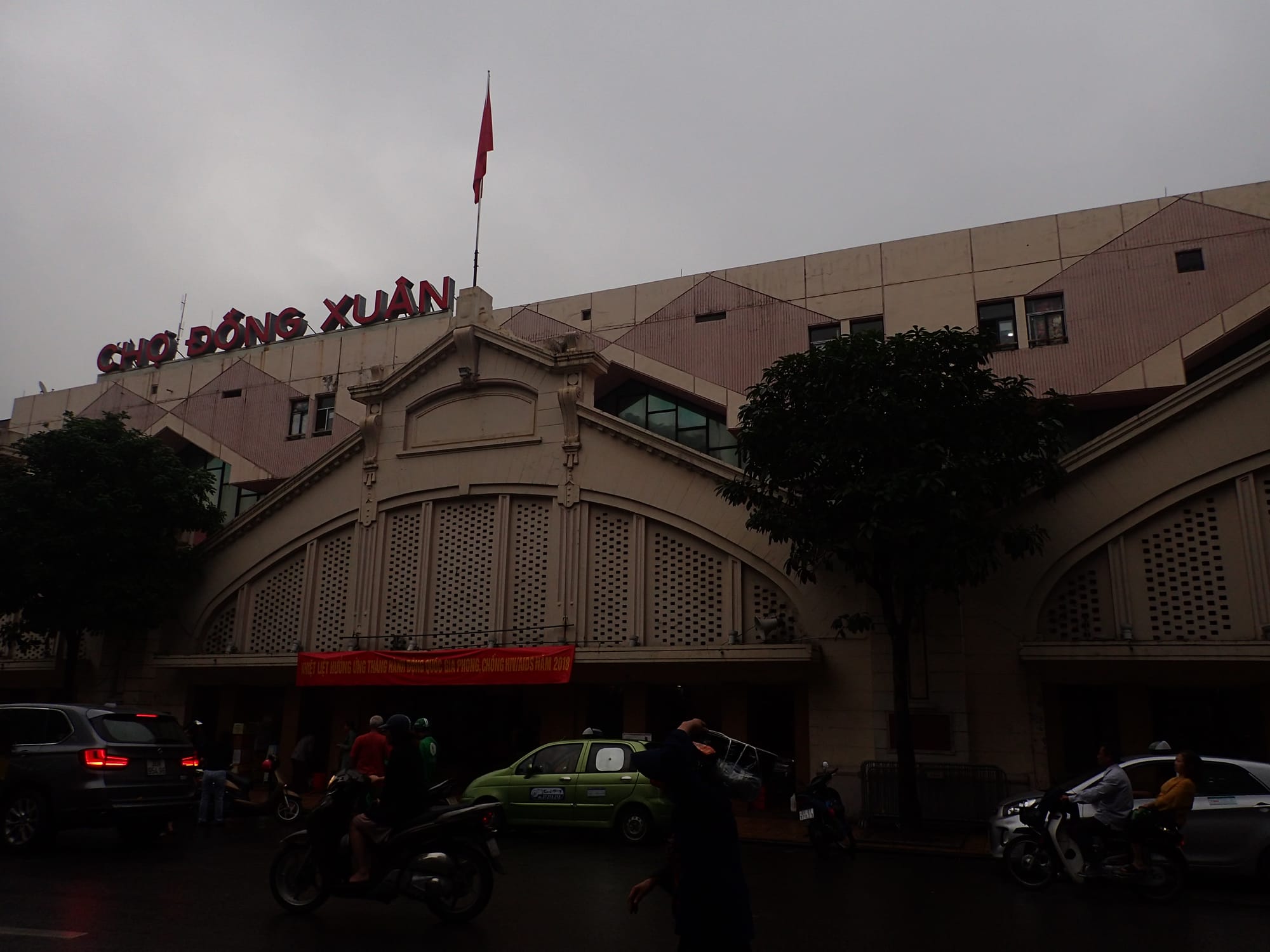
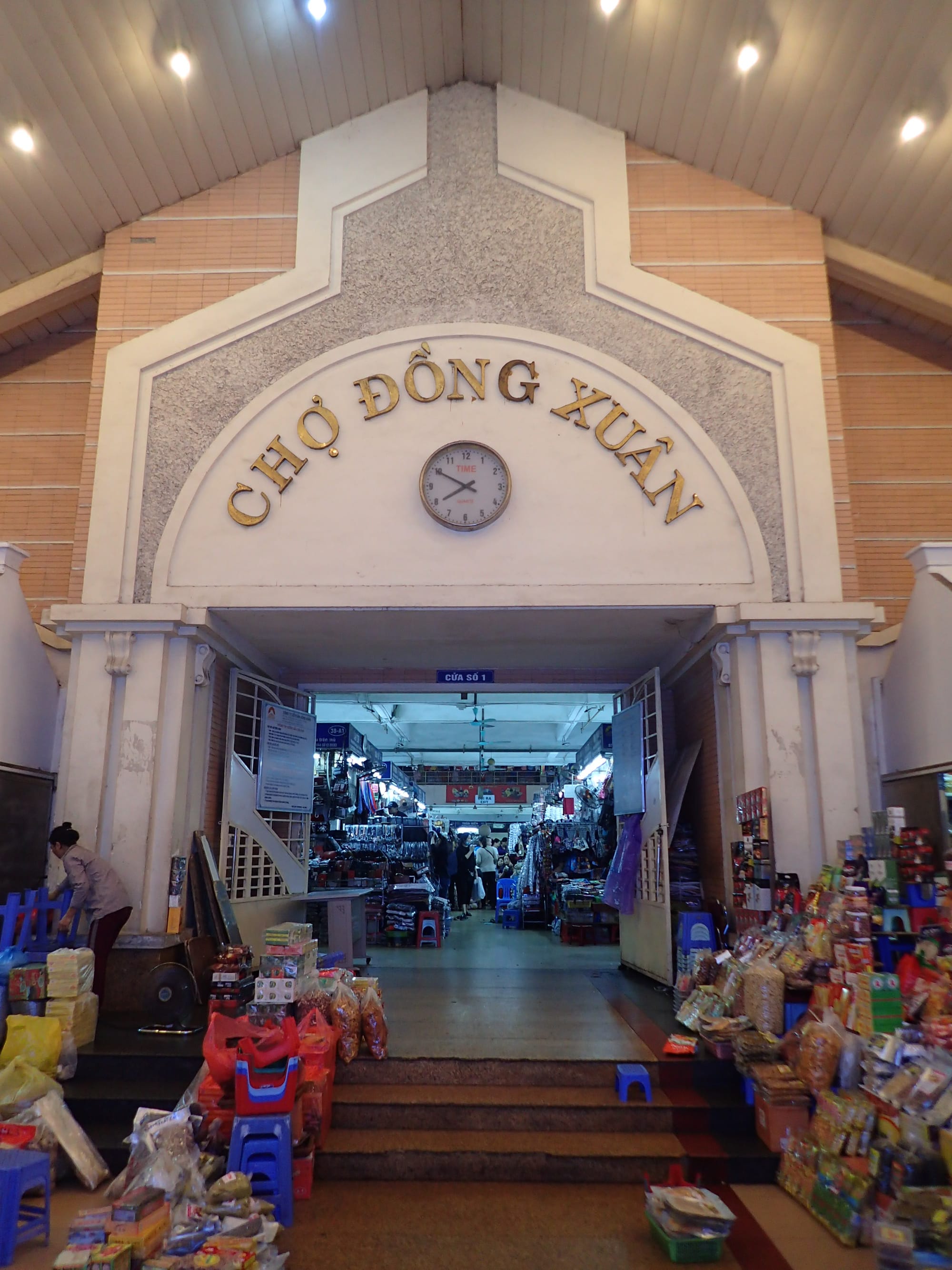
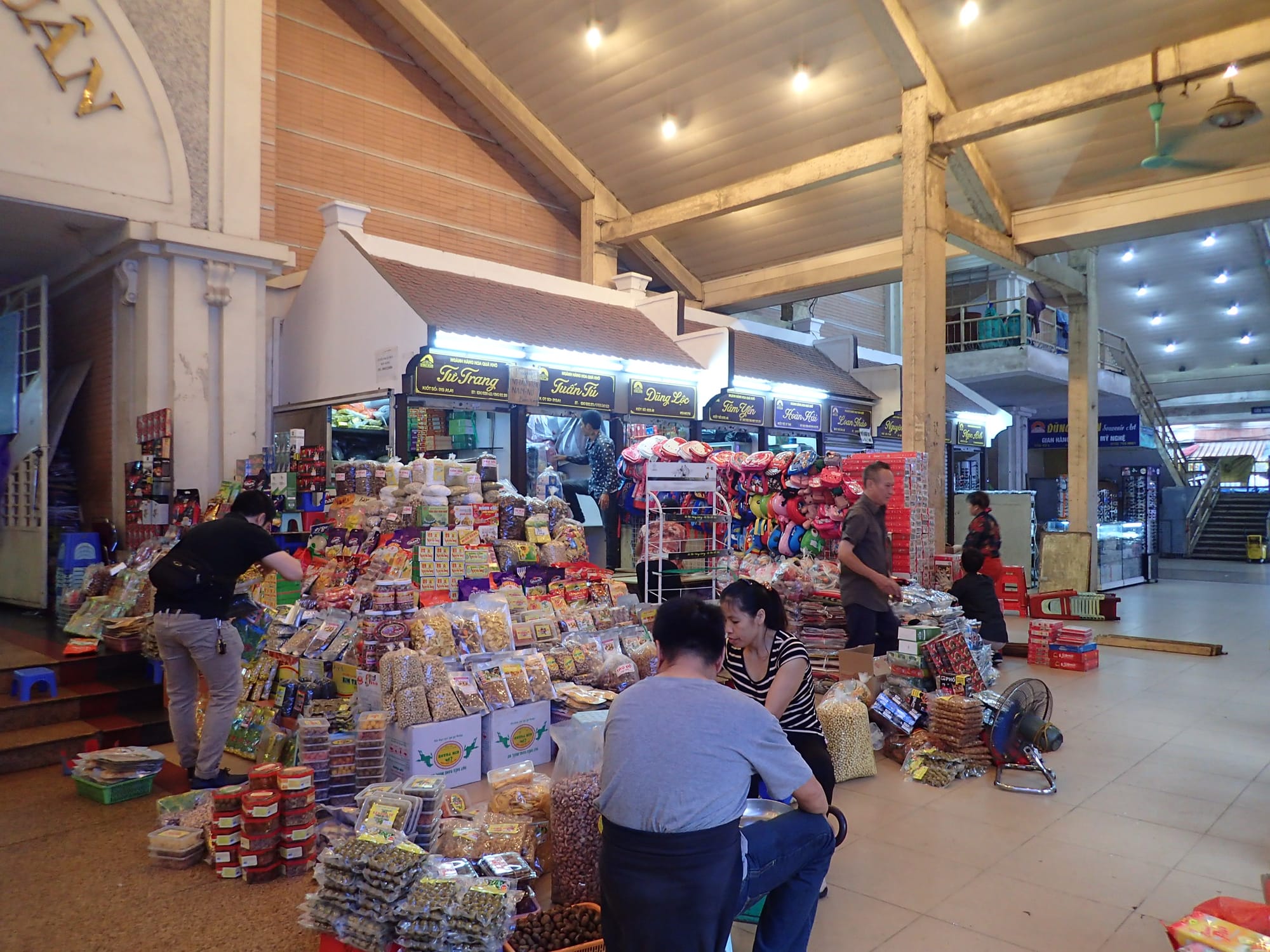
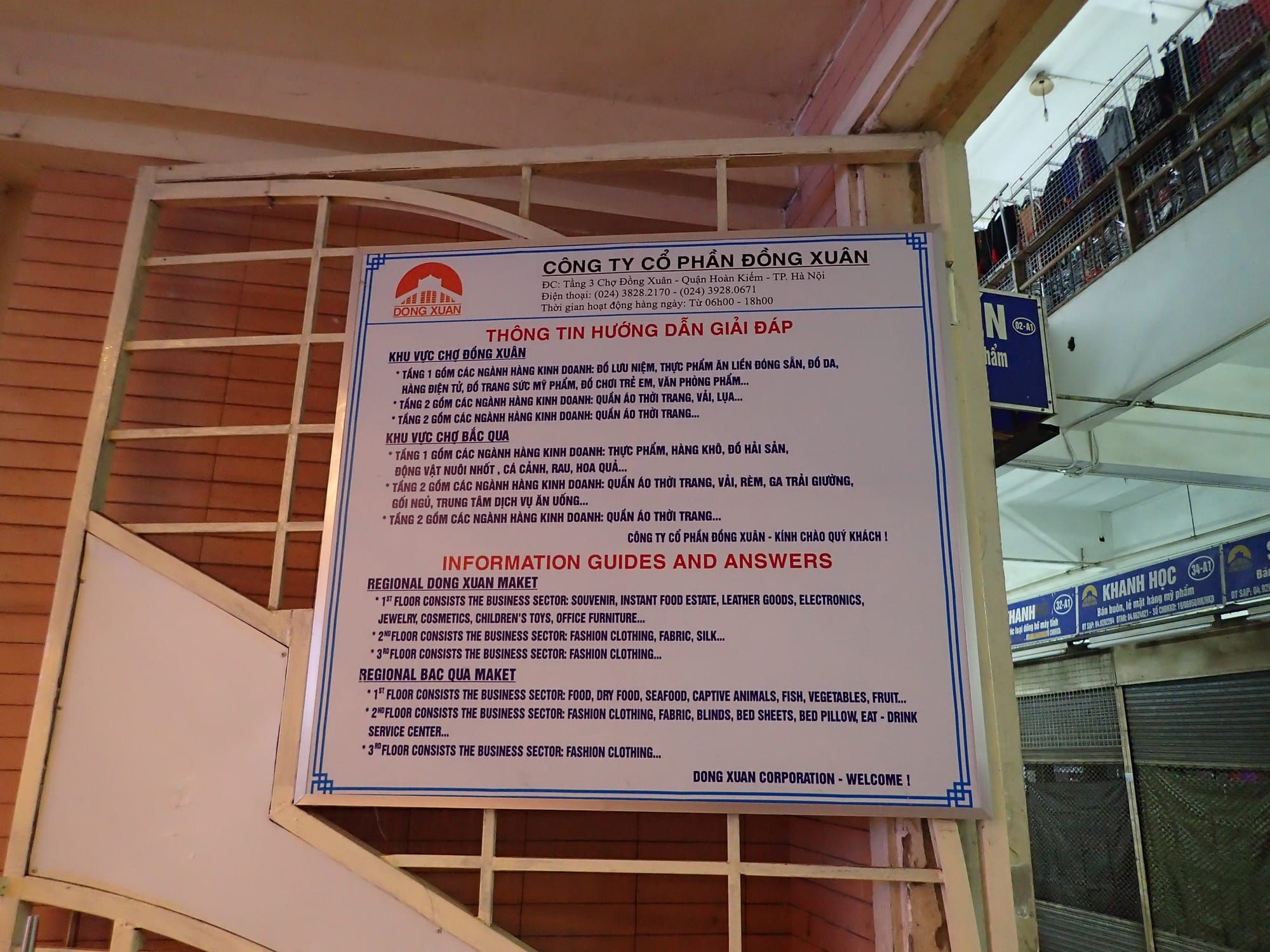
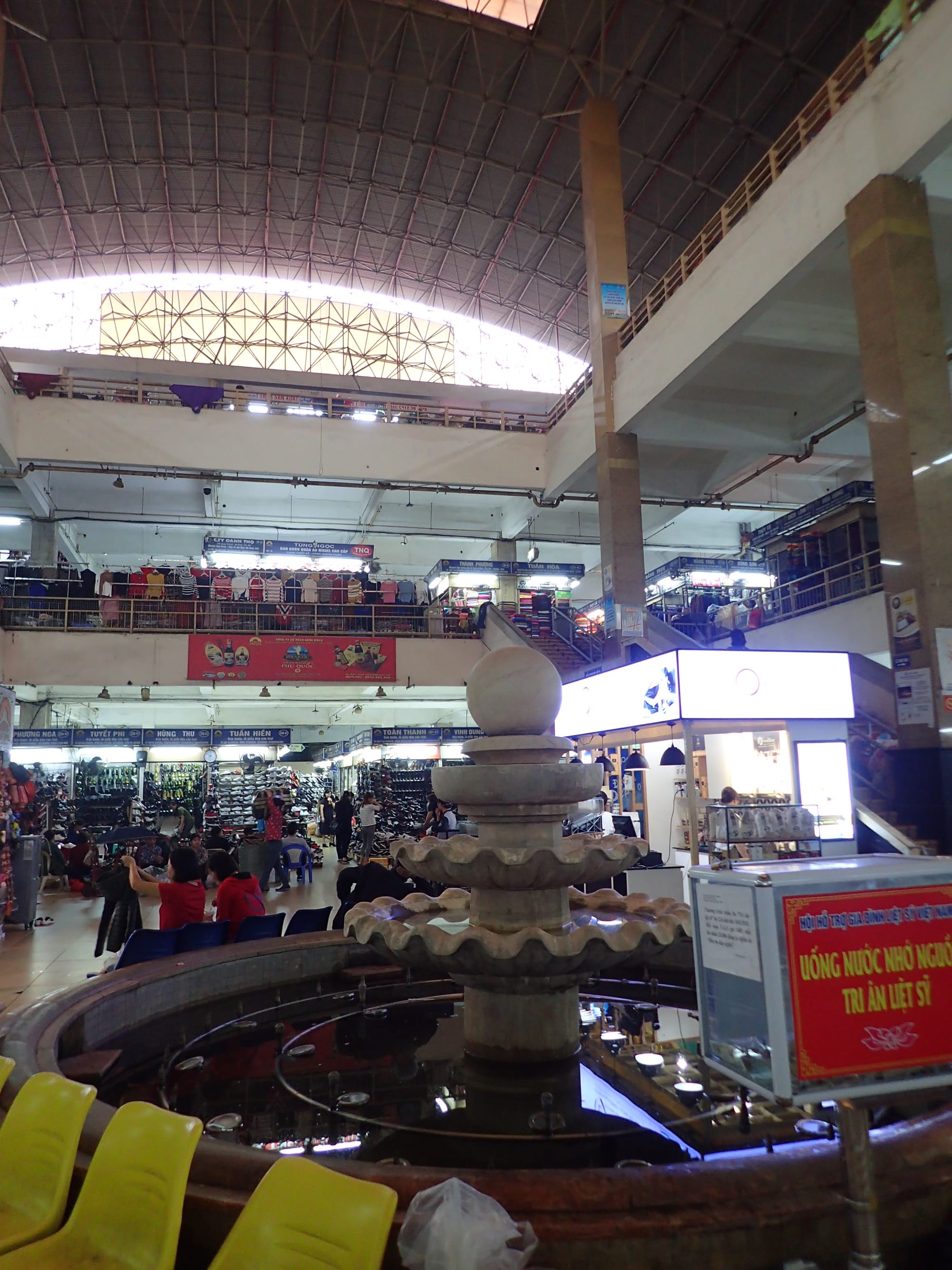
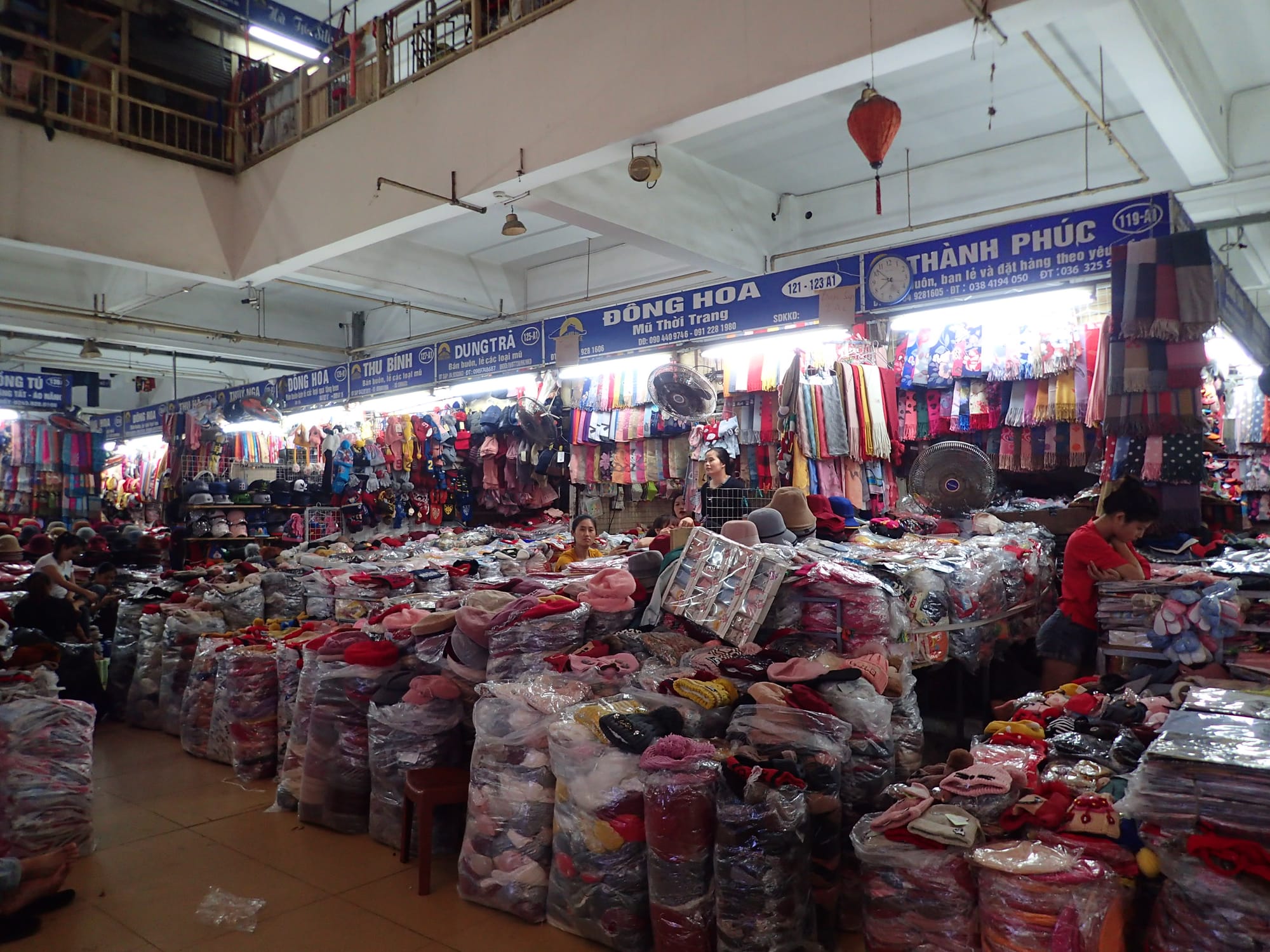
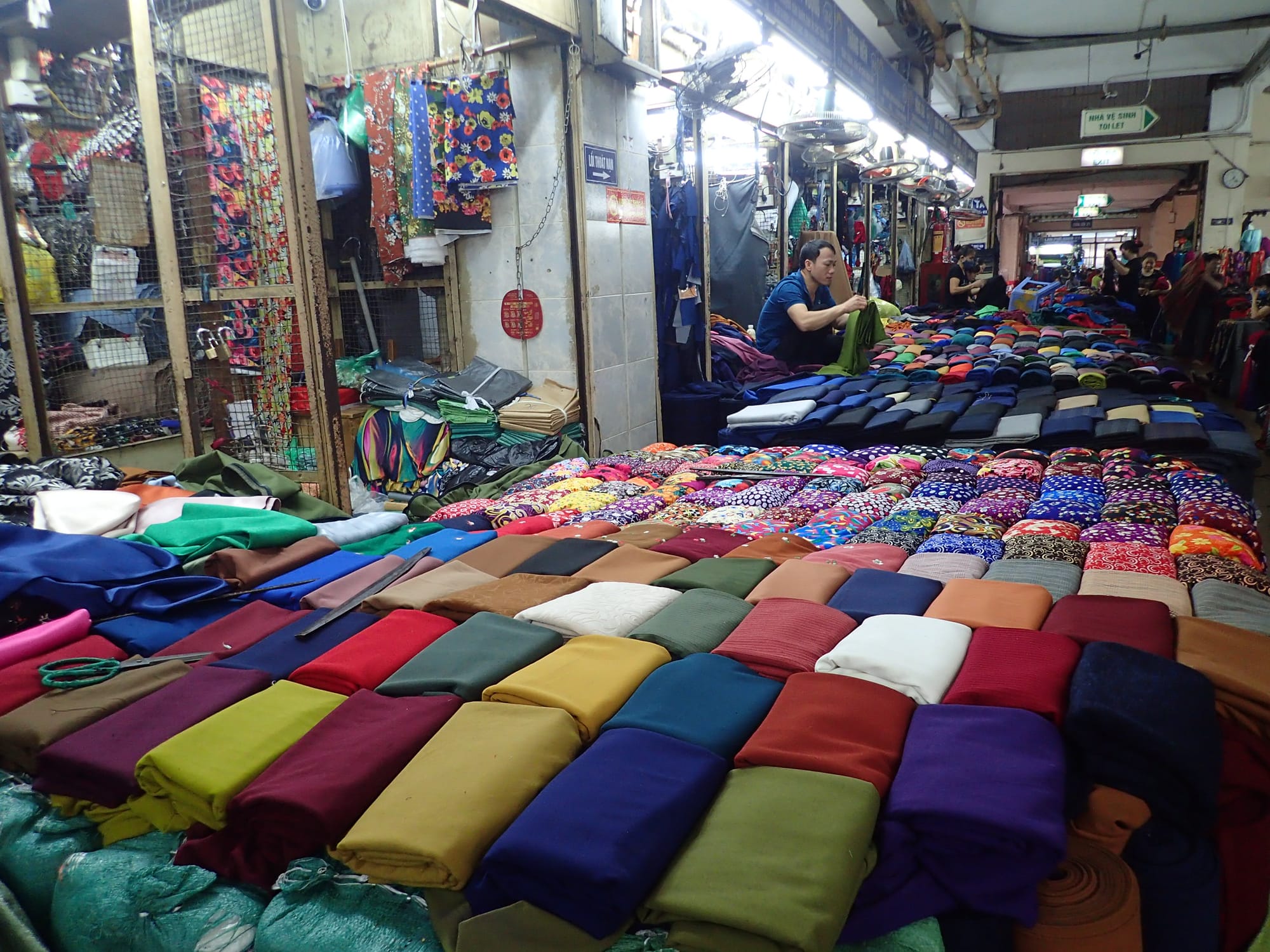
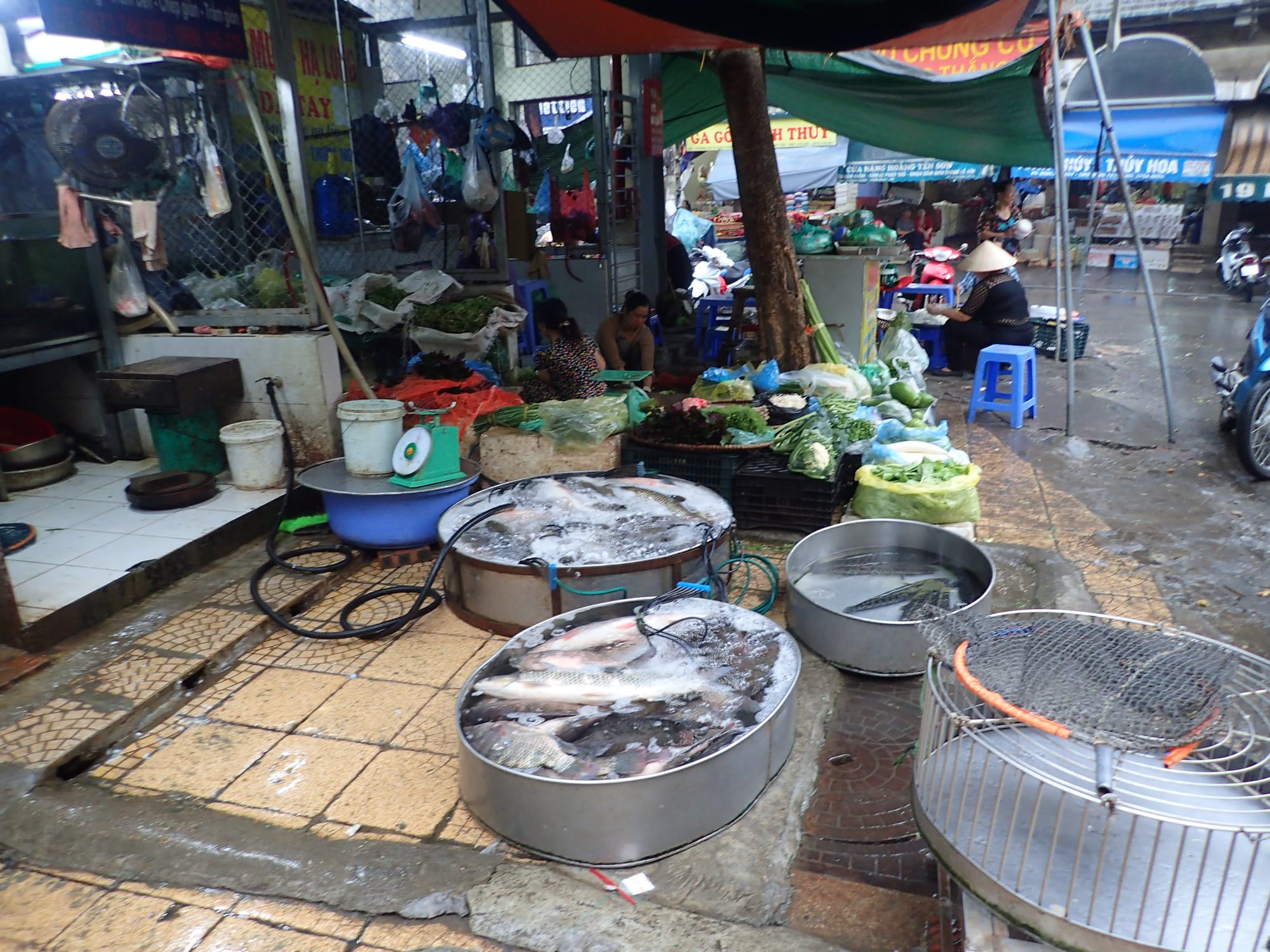
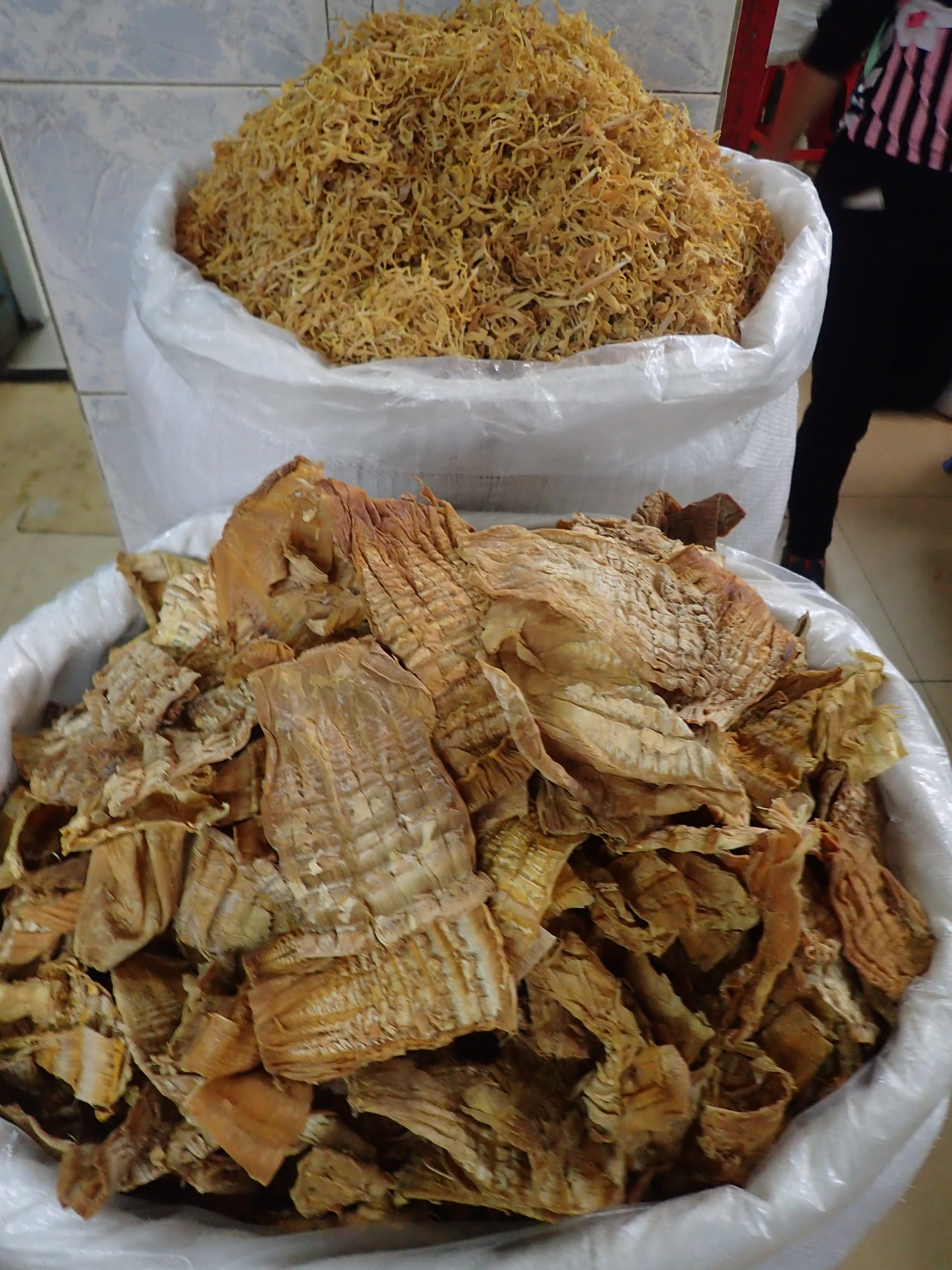
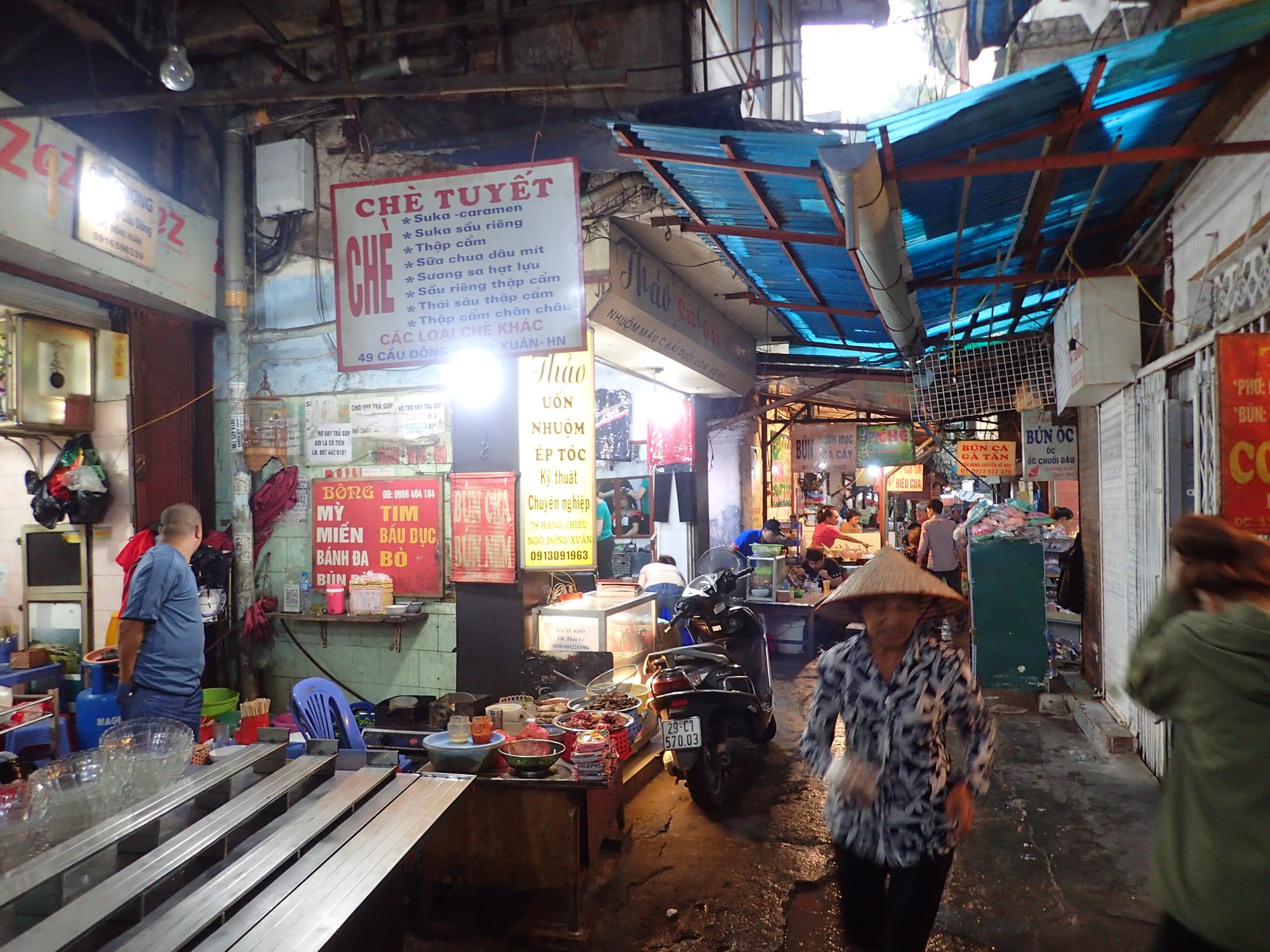
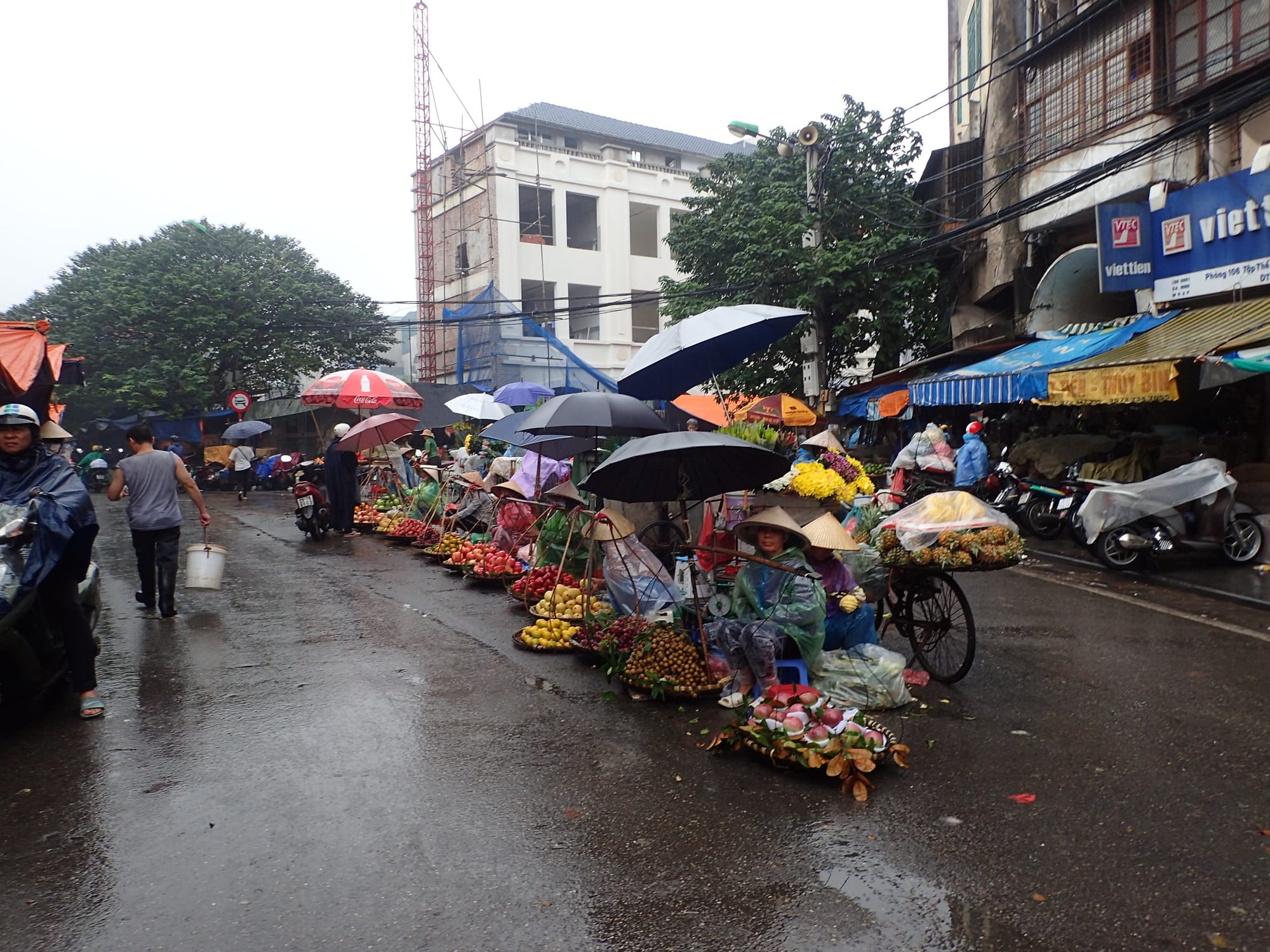
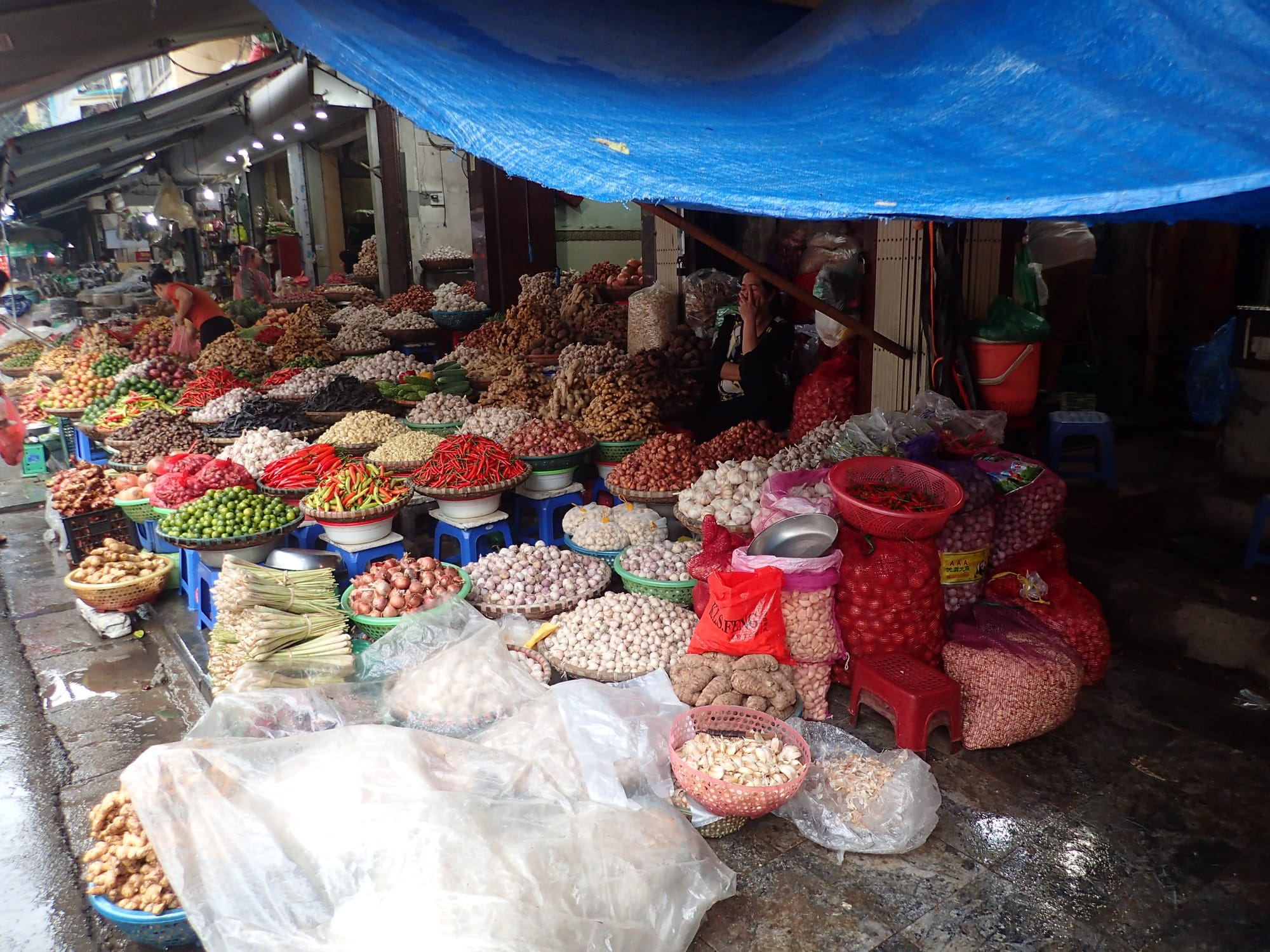
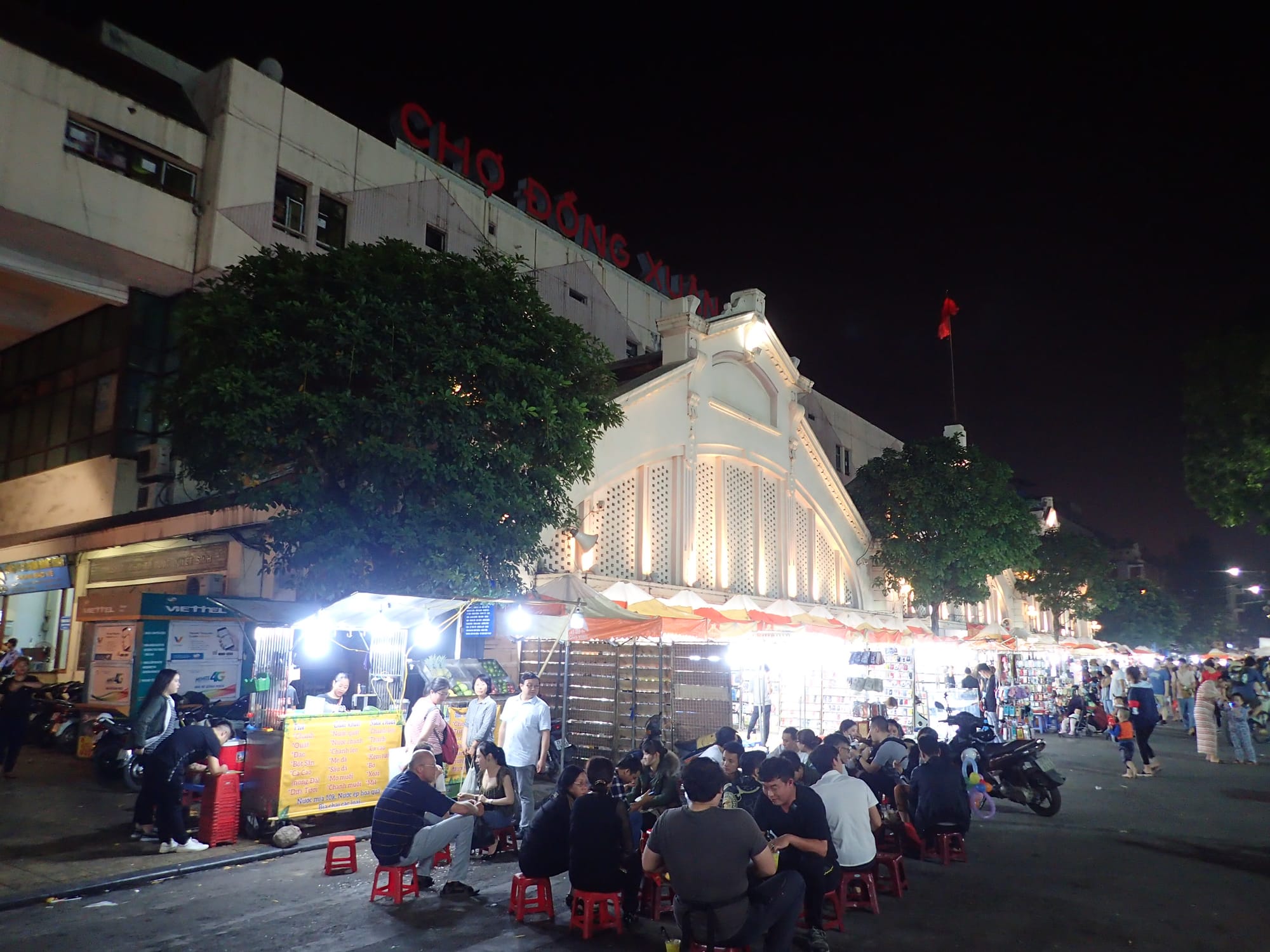
Dong Xuan Market is one of Hanoi’s largest and most vibrant marketplaces. Established by the French in 1889, it has played a key role in the city's commercial life for over a century. Despite wars, fires and waves of modernisation, the market continues to thrive, blending traditional Vietnamese trade with the energy of modern-day Hanoi.
Step inside and you’ll find narrow aisles packed with a dizzying variety of goods. On the ground floor, vendors offer everything from dried herbs and fresh produce to meats, seafood and spices. Scattered among them are street food stalls serving up Hanoi favourites like bún chả, phở and bún đậu mắm tôm (a dish consisting of rice vermicelli (bún), fried tofu (đậu) and fermented shrimp paste (mắm tôm).
Venture to the upper floors to discover wholesale textiles, clothing, electronics, household items and souvenirs. Many local shopkeepers stock up here, adding to the daily buzz and fast pace.
In the evenings, the market spills onto the surrounding streets and transforms into an open-air bazaar. Food vendors set up under the lights and a festive atmosphere takes over with everything from fruits and street snacks to clothes and accessories.
Chùa Lý Triều Quốc Sư (Ly Trieu Quoc Su Pagoda)
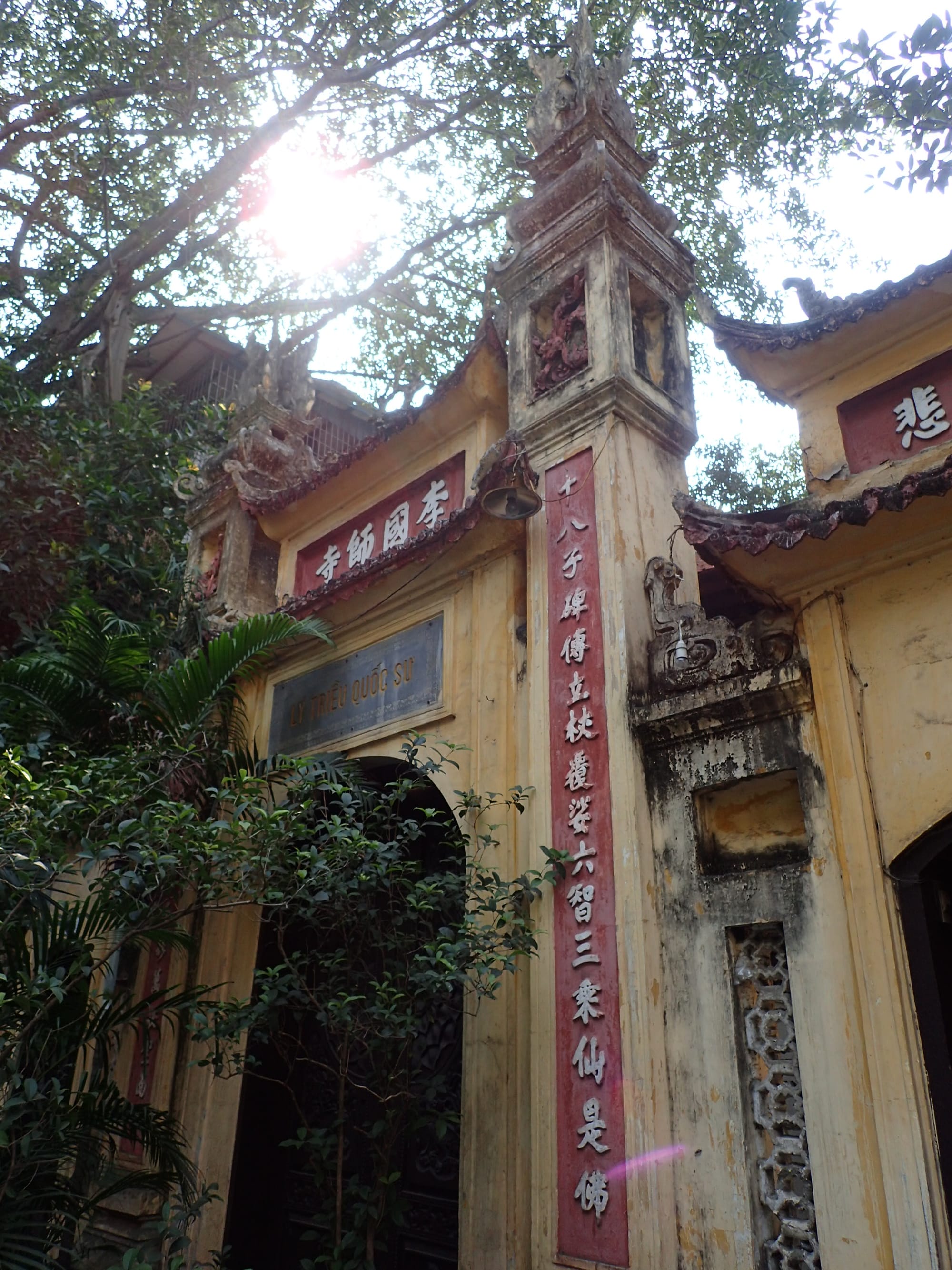
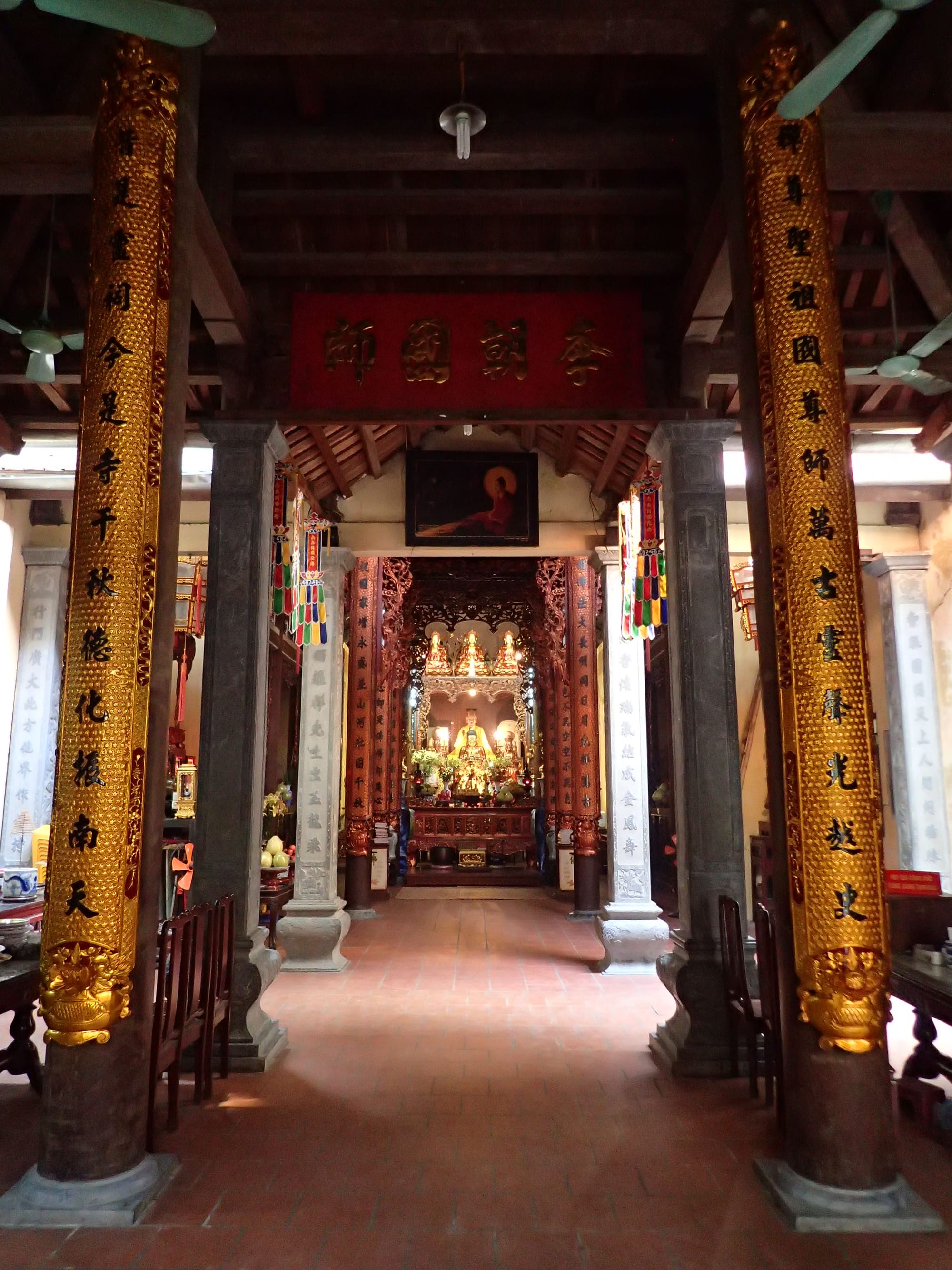
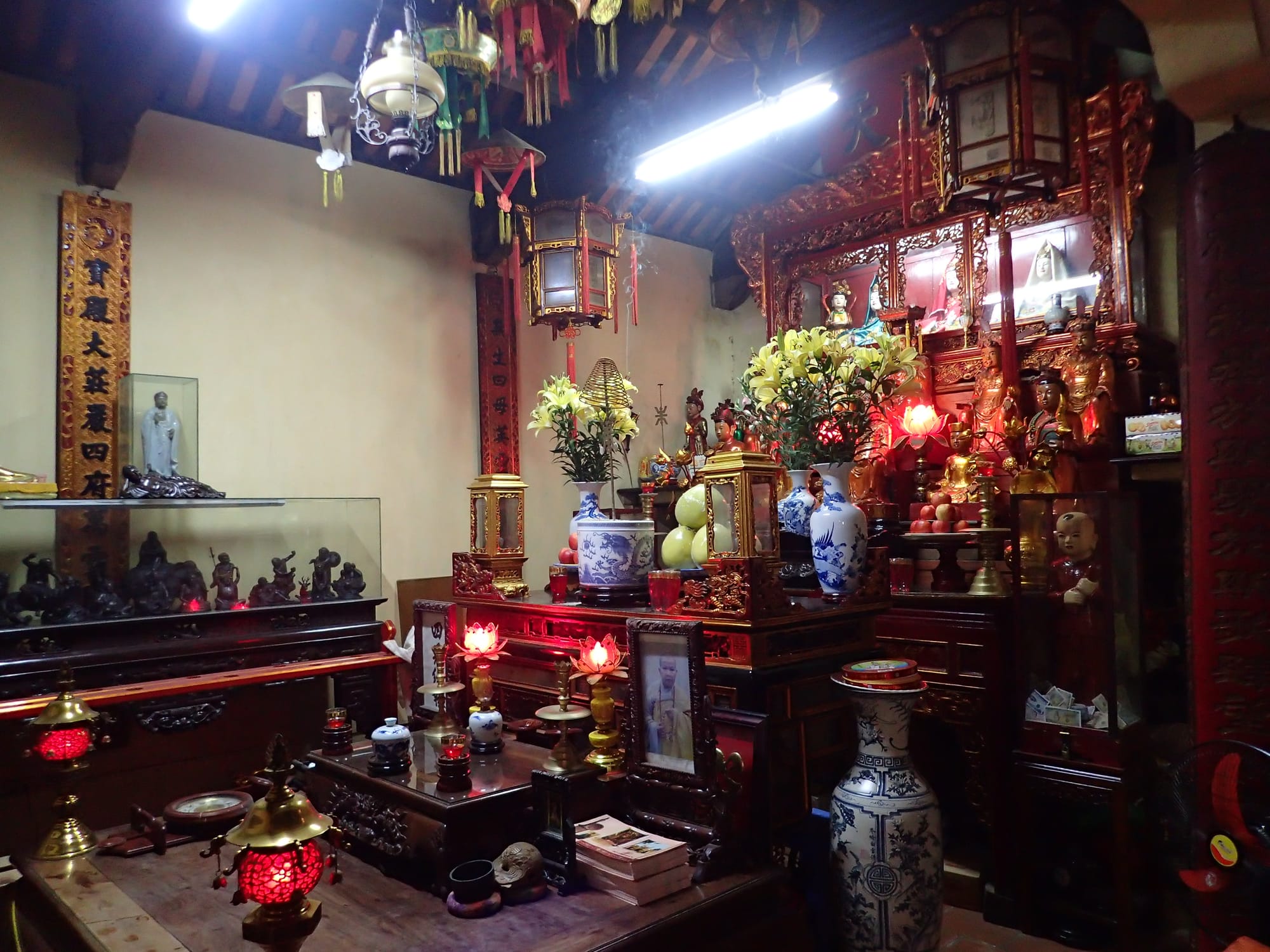
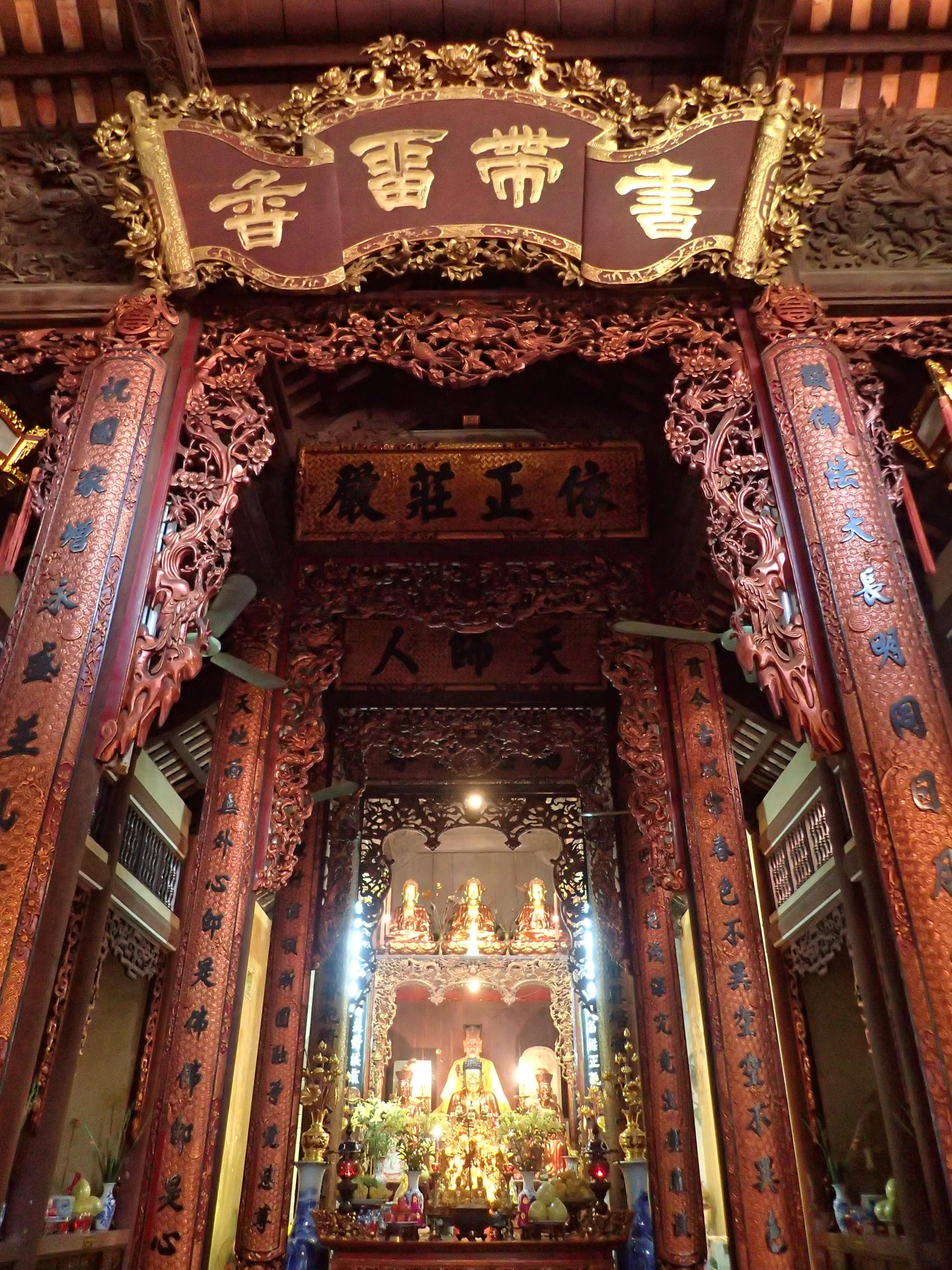
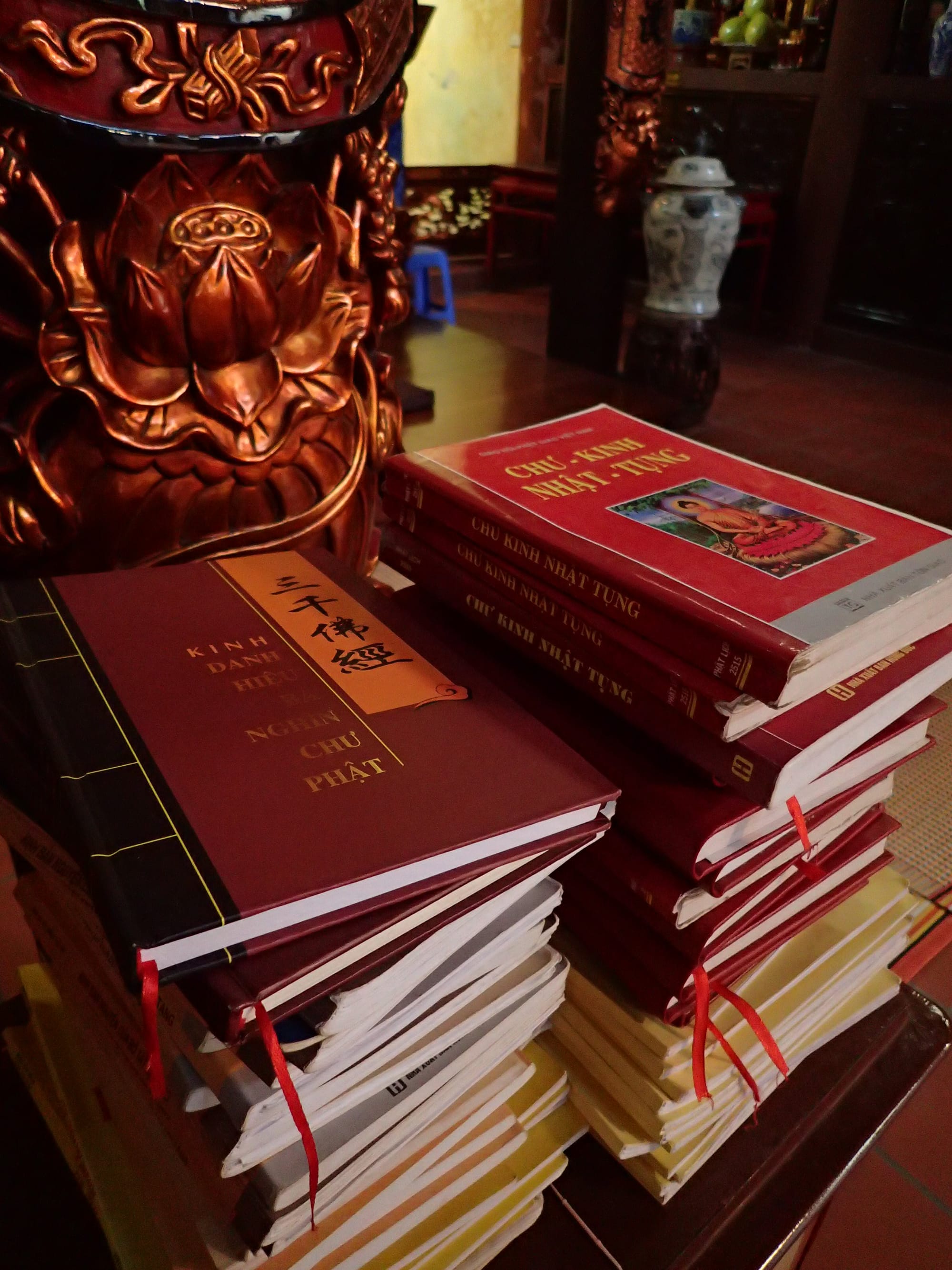
Ly Trieu Quoc Su Pagoda is one of the city's oldest and most revered Buddhist temples located in the heart of the bustling Old Quarter. Built in 1131 during the Lý Dynasty, the pagoda was established to honour Nguyễn Minh Không, a revered Buddhist monk and healer who famously cured the king of a serious illness.
You can explore tranquil courtyards, admire intricate statues and traditional Vietnamese architecture, and witness locals offering prayers. Just steps from Hoàn Kiếm Lake and St. Joseph’s Cathedral, this historic site is a meaningful stop for anyone seeking to connect with the area's rich cultural and spiritual heritage.
Chùa Trấn Quốc (Tran Quoc Pagoda)
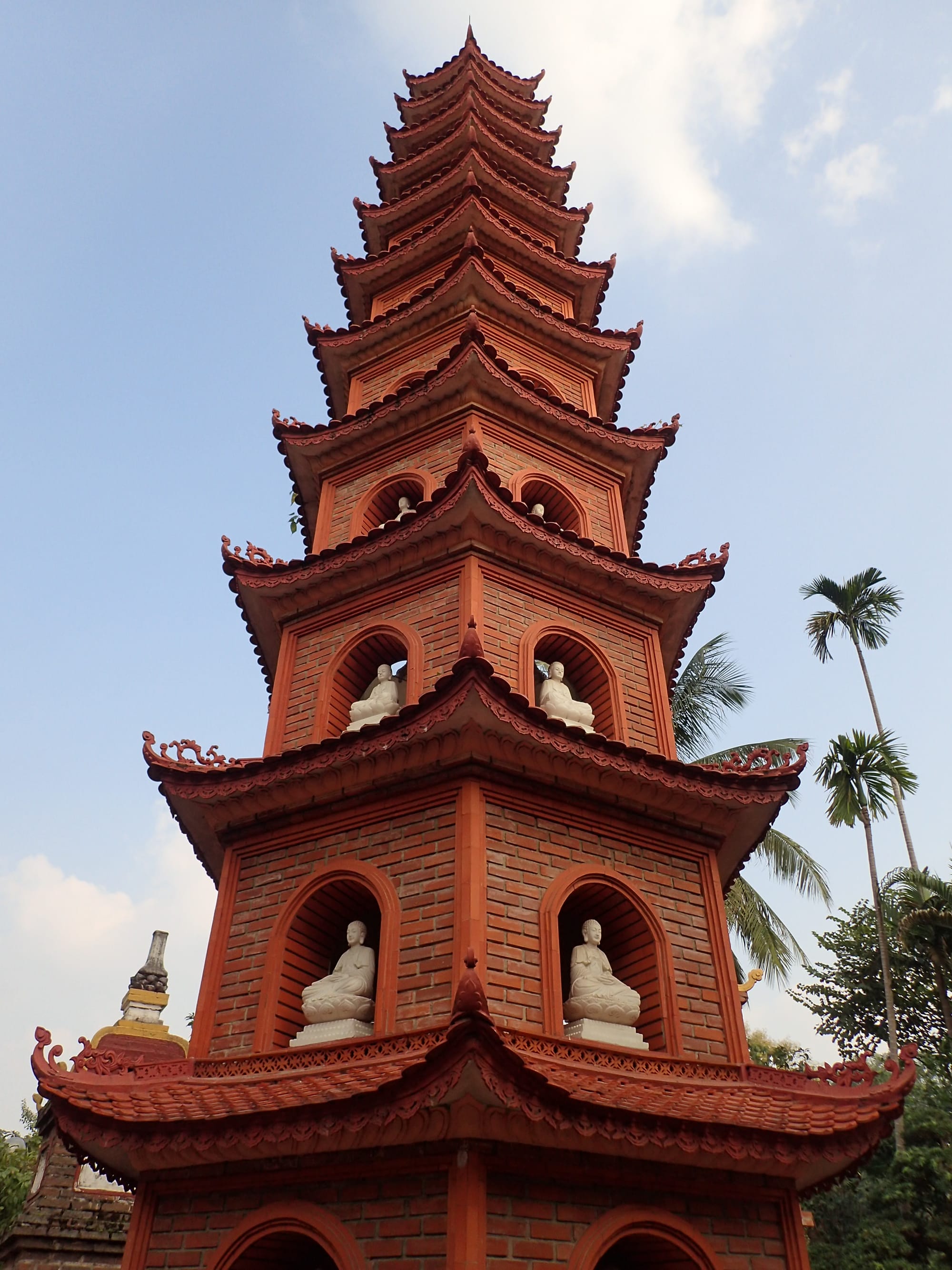
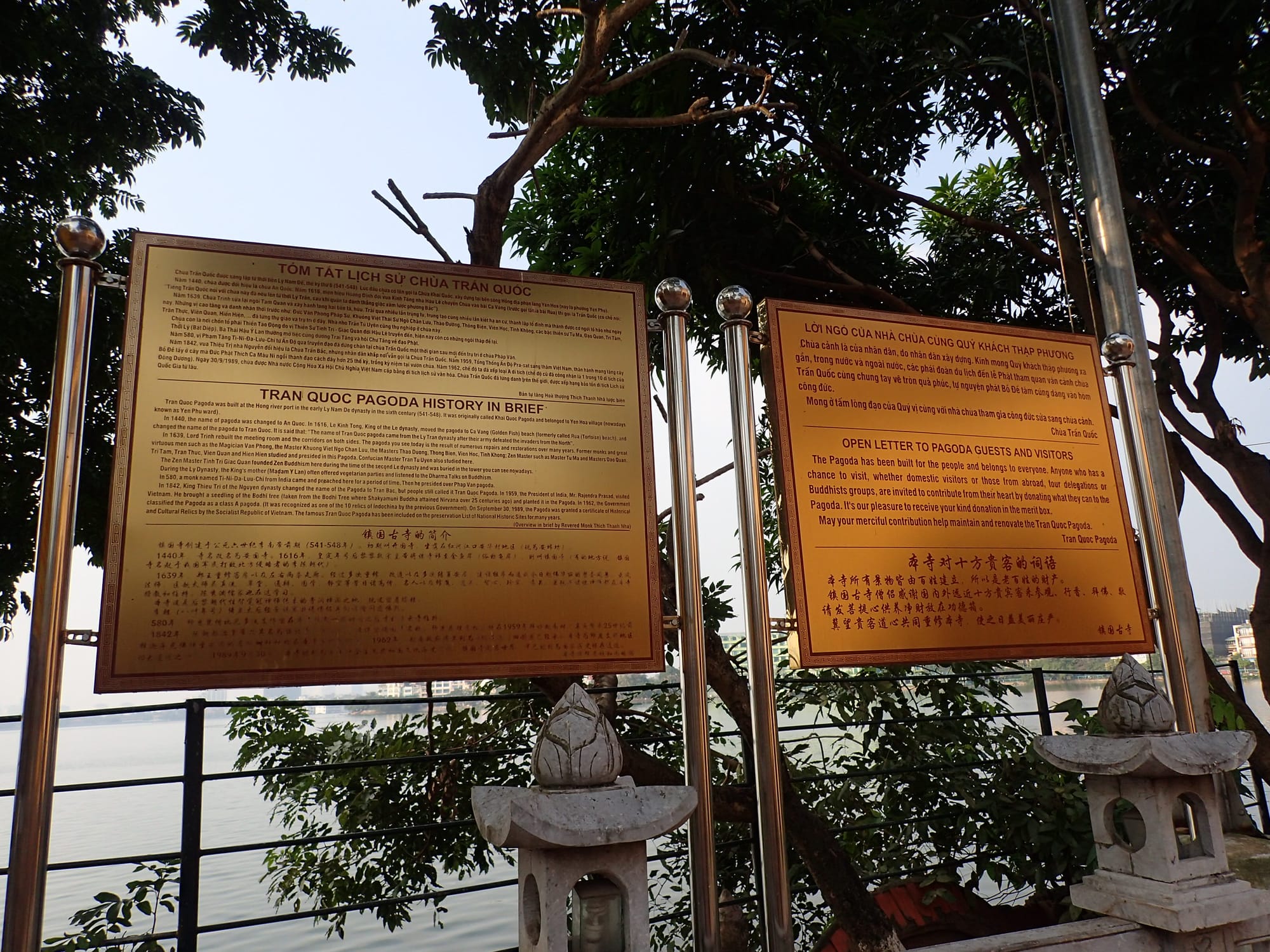
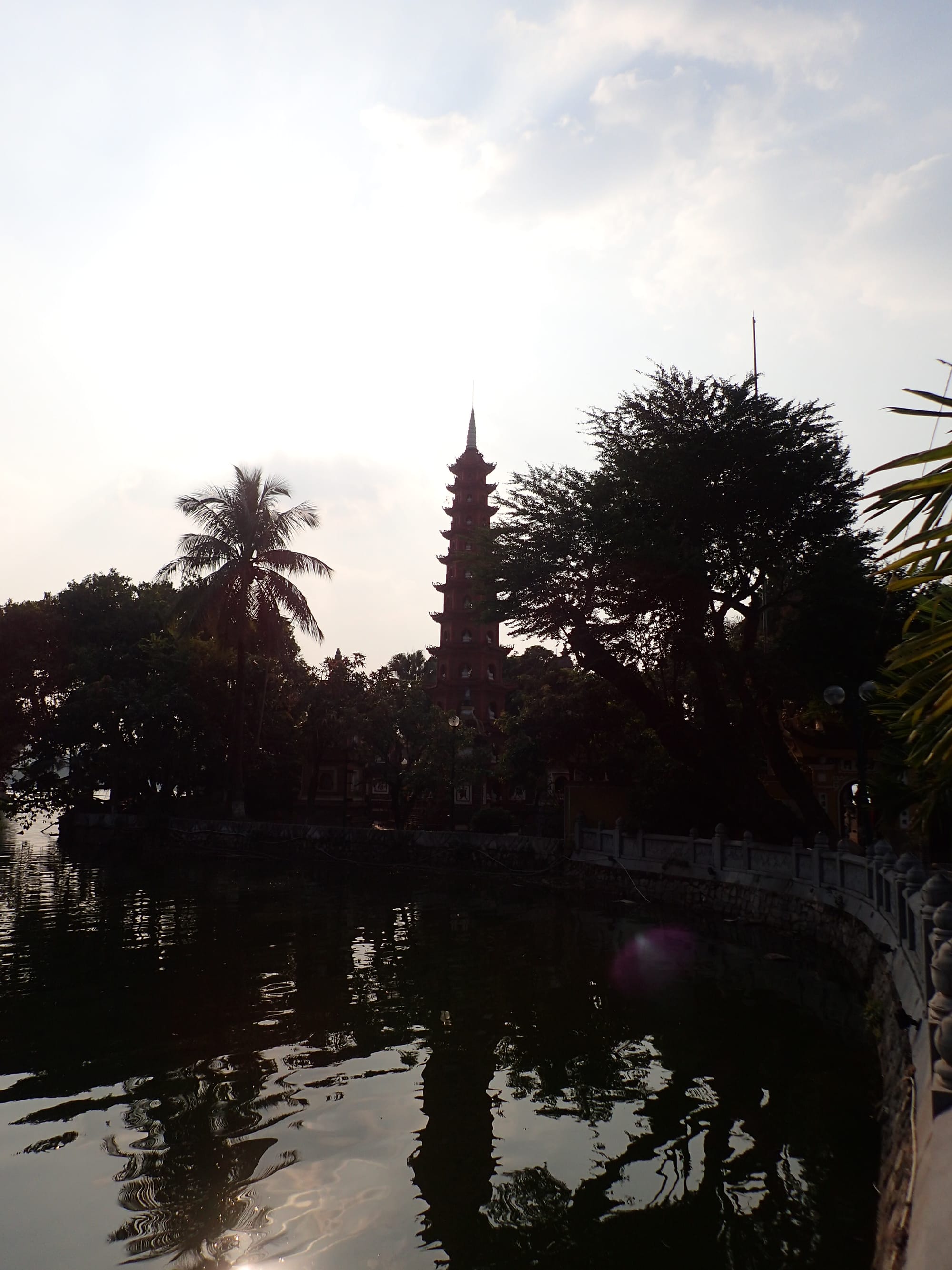
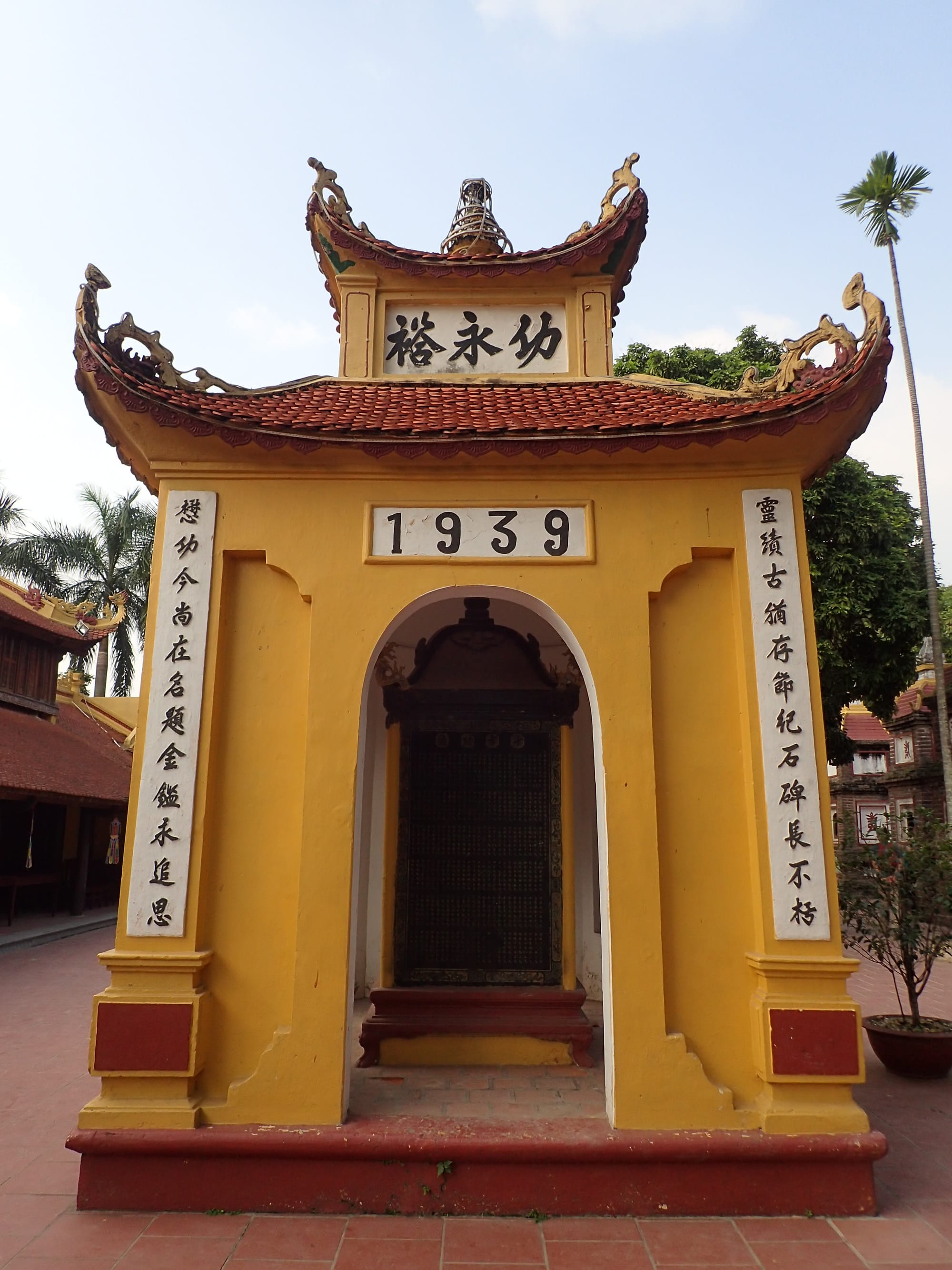
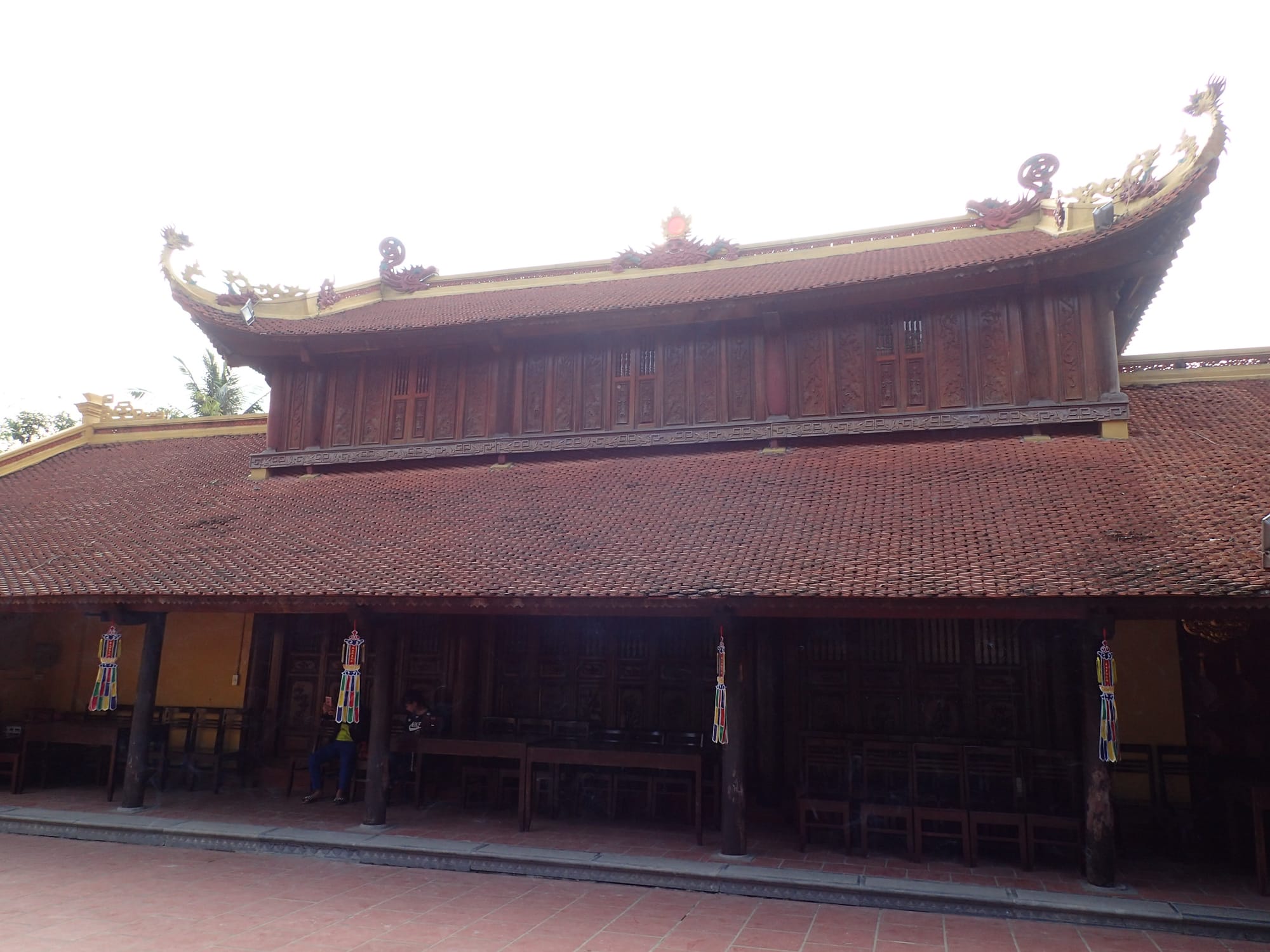
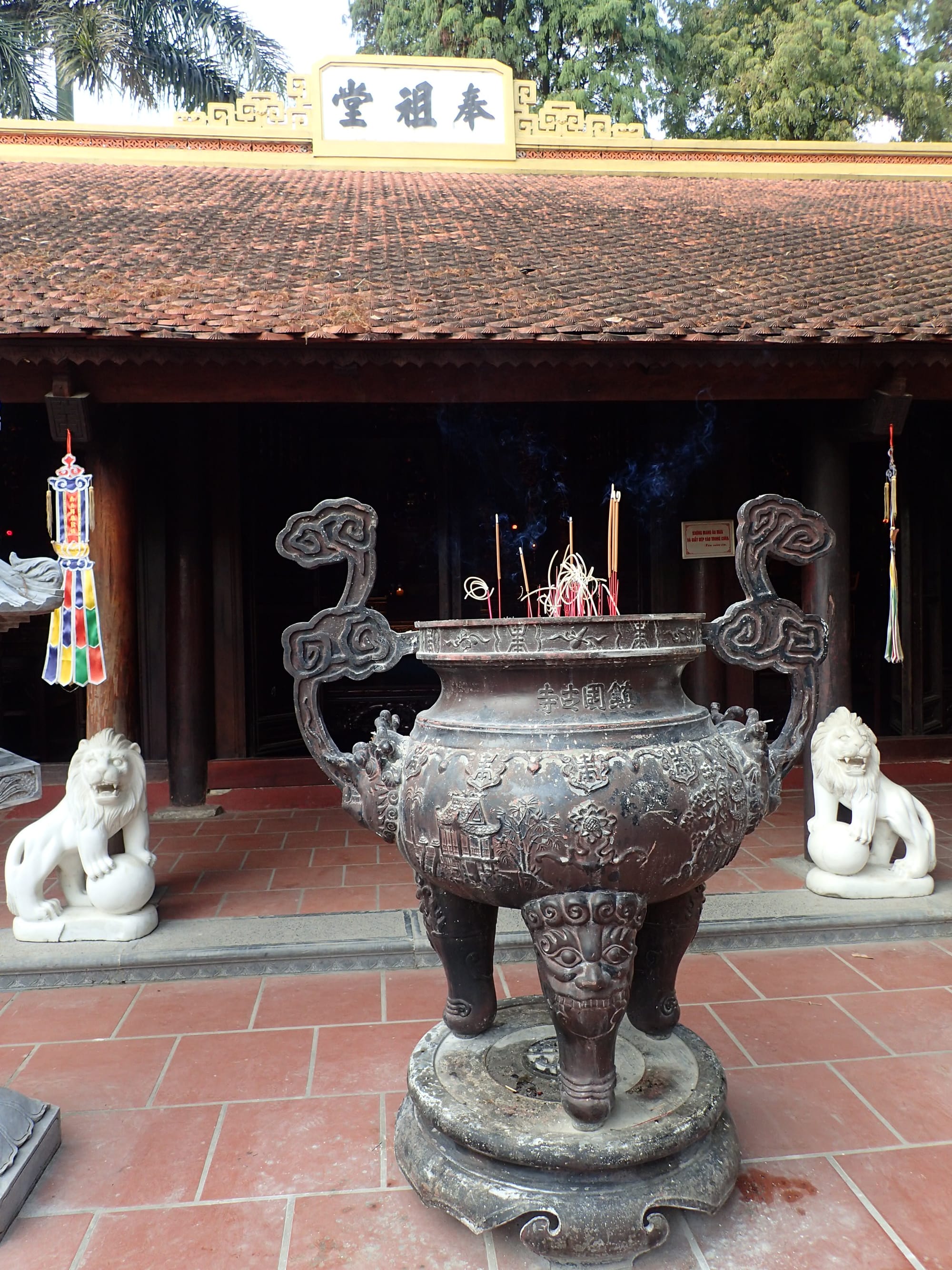
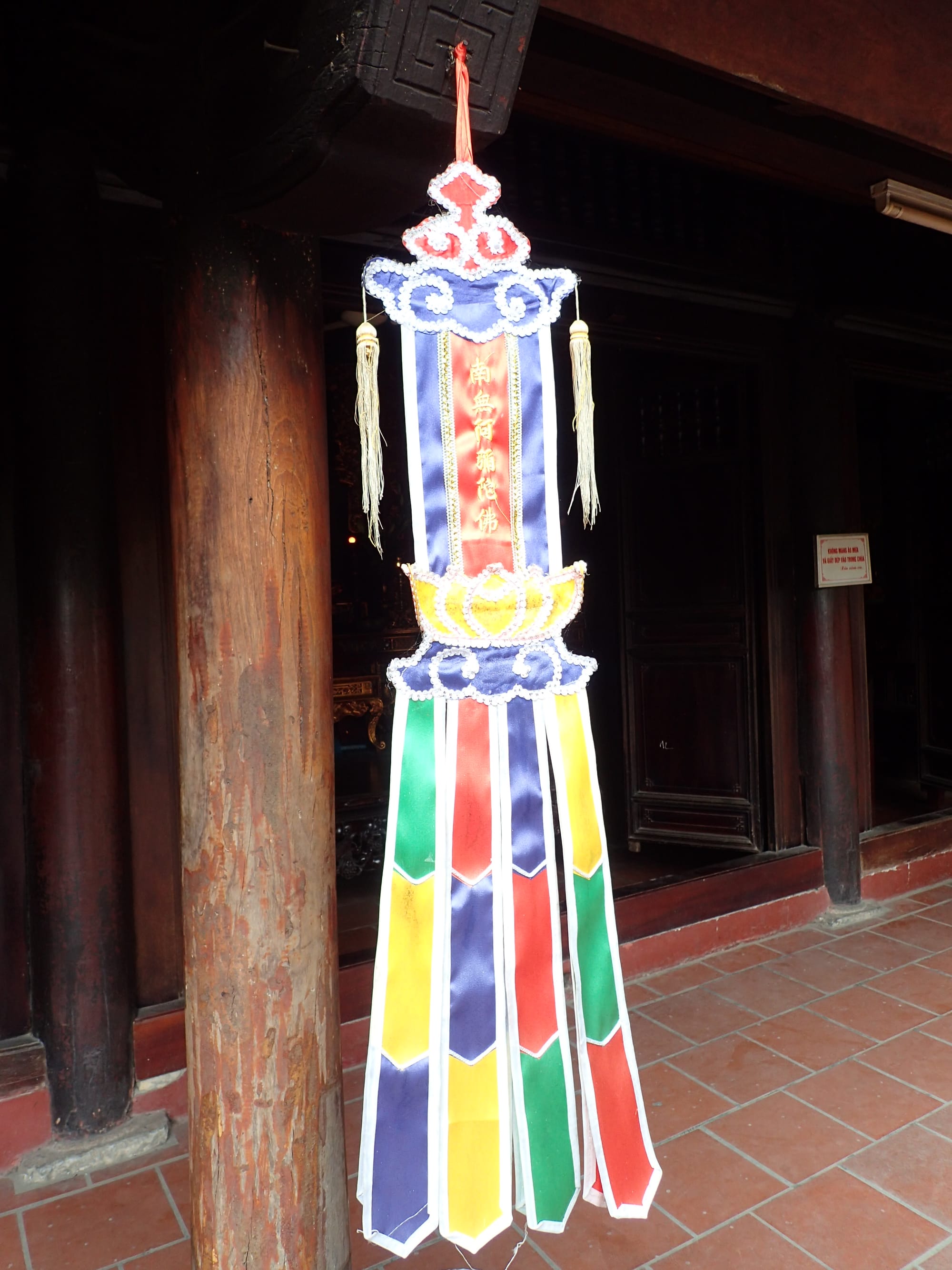
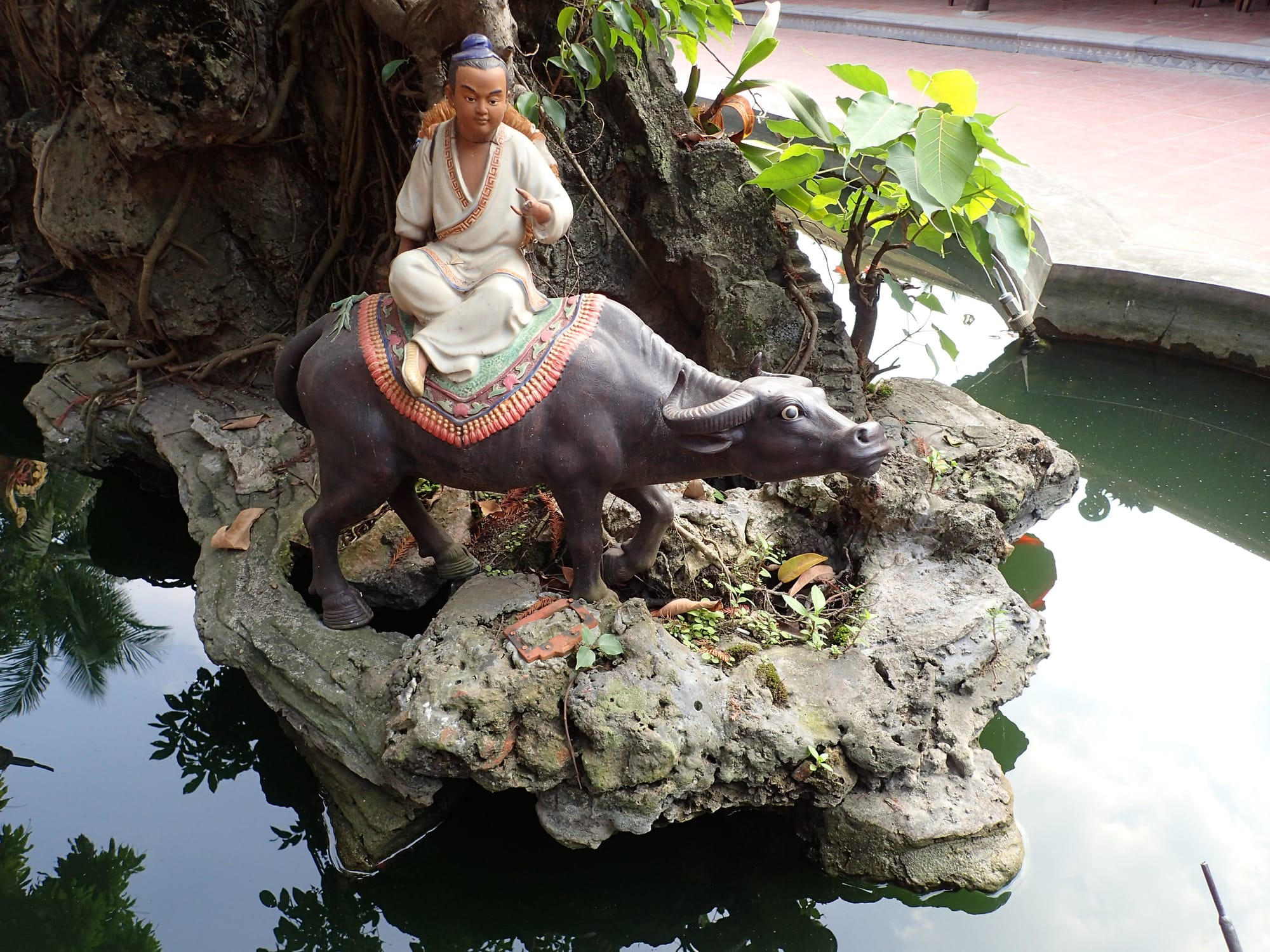

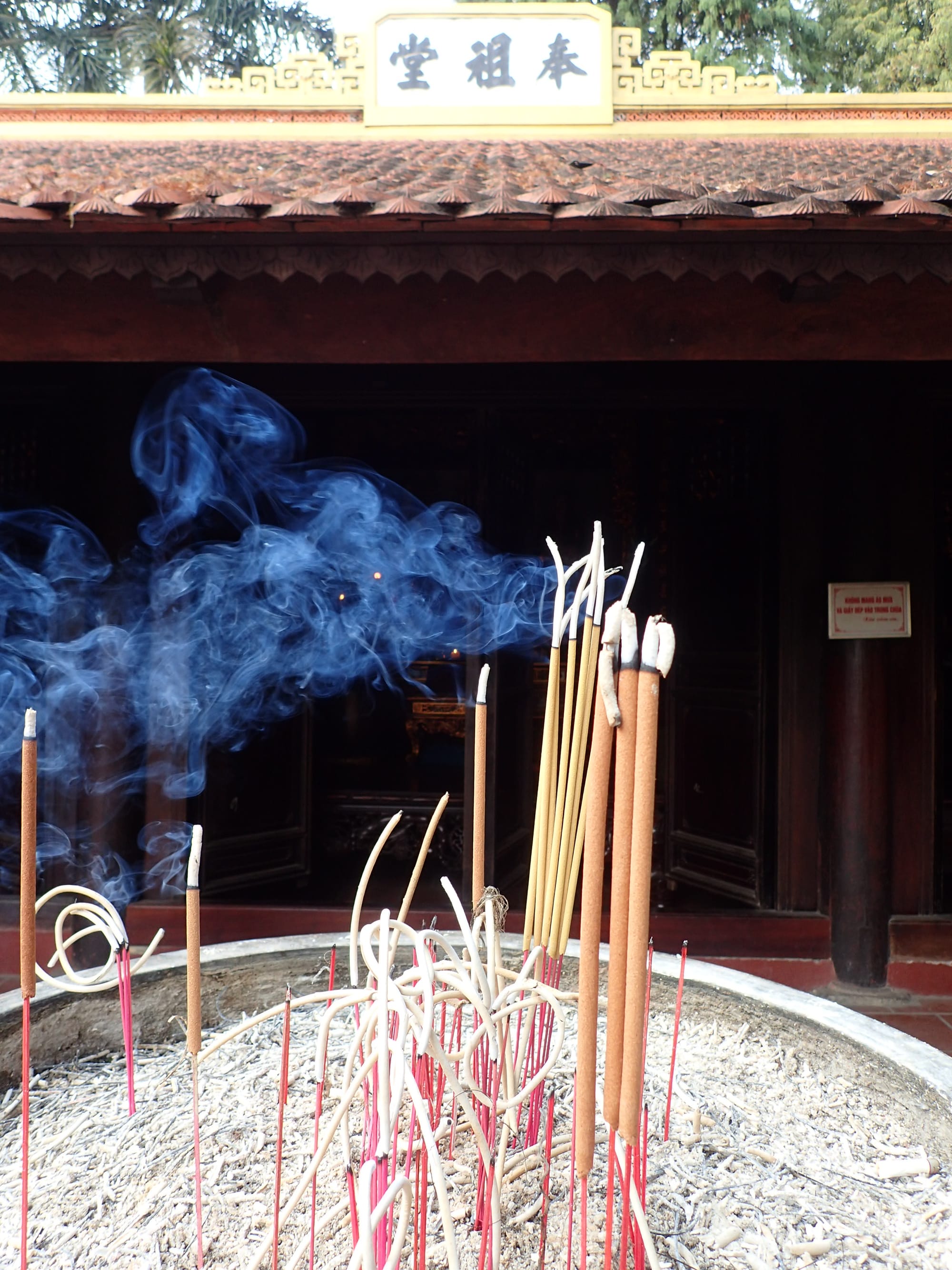
Tran Quoc Pagoda, perched gracefully on an islet in West Lake, is Hanoi’s oldest and most revered Buddhist temple, offering a captivating blend of ancient history, spiritual tranquility, and picturesque beauty. Dating back to the 6th century, this iconic landmark has witnessed over a millennium of Vietnamese history and was relocated to its current scenic location in the 17th century to escape river erosion.
The impressive 11-storey red stupa with each level containing a statue of Amitabha Buddha and the sacred Bodhi tree gifted from India in 1959 are prominent features of the temple. An active place of worship, it invites quiet contemplation and a deeper understanding of Vietnamese Buddhism, while also providing stunning sunset views over West Lake.
Cột Cờ Hà Nội (Hanoi Flag Tower)
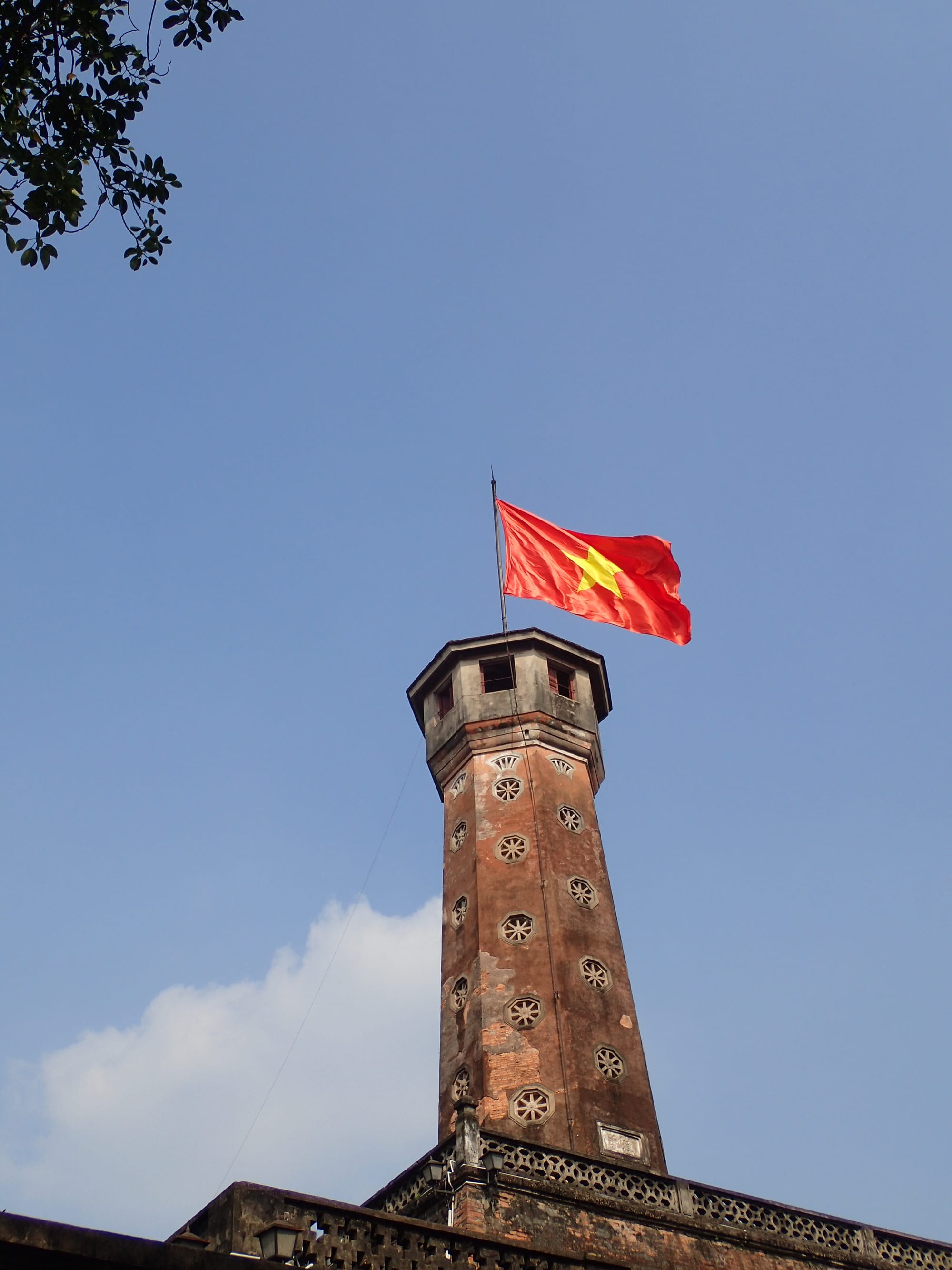
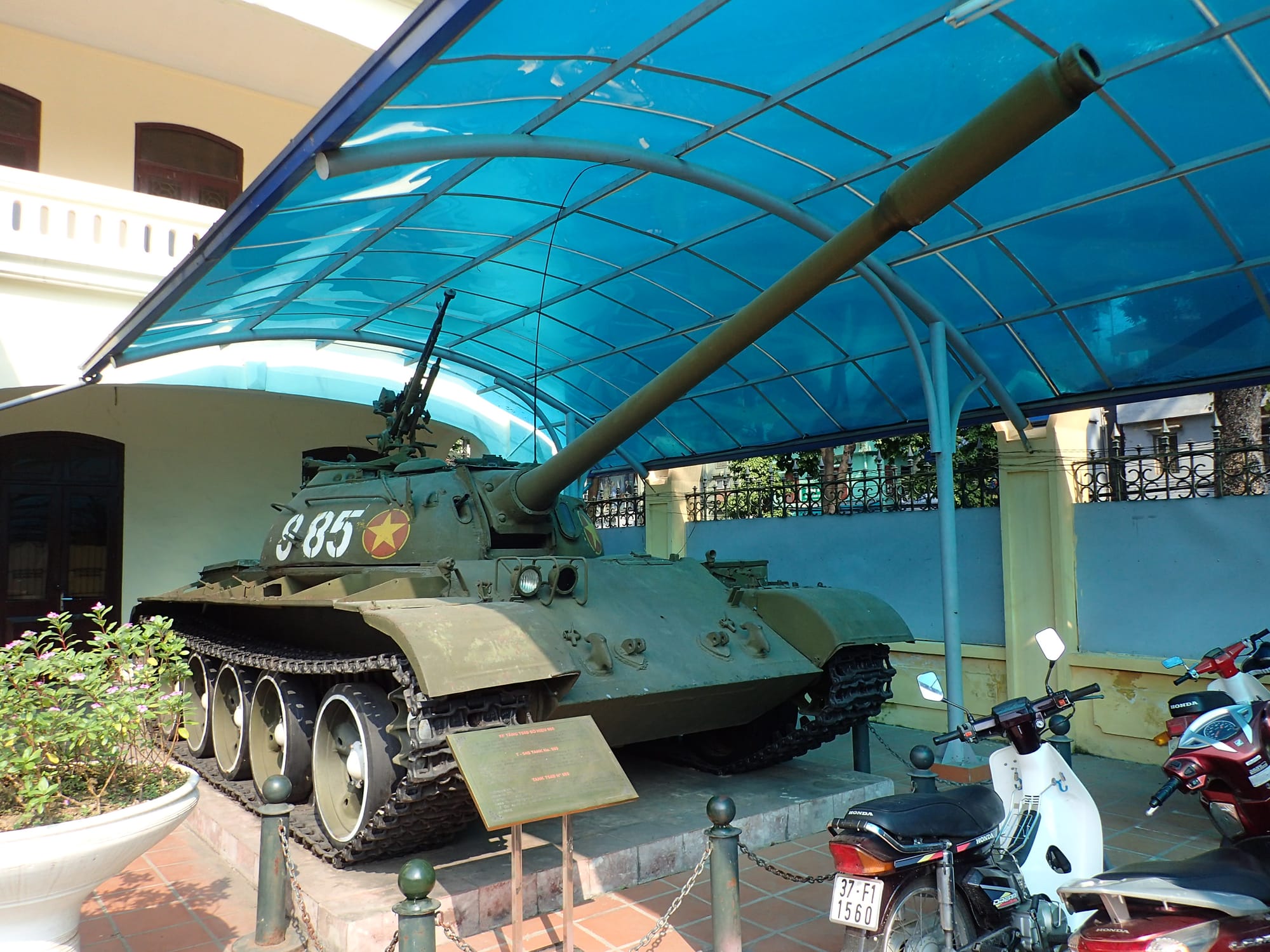
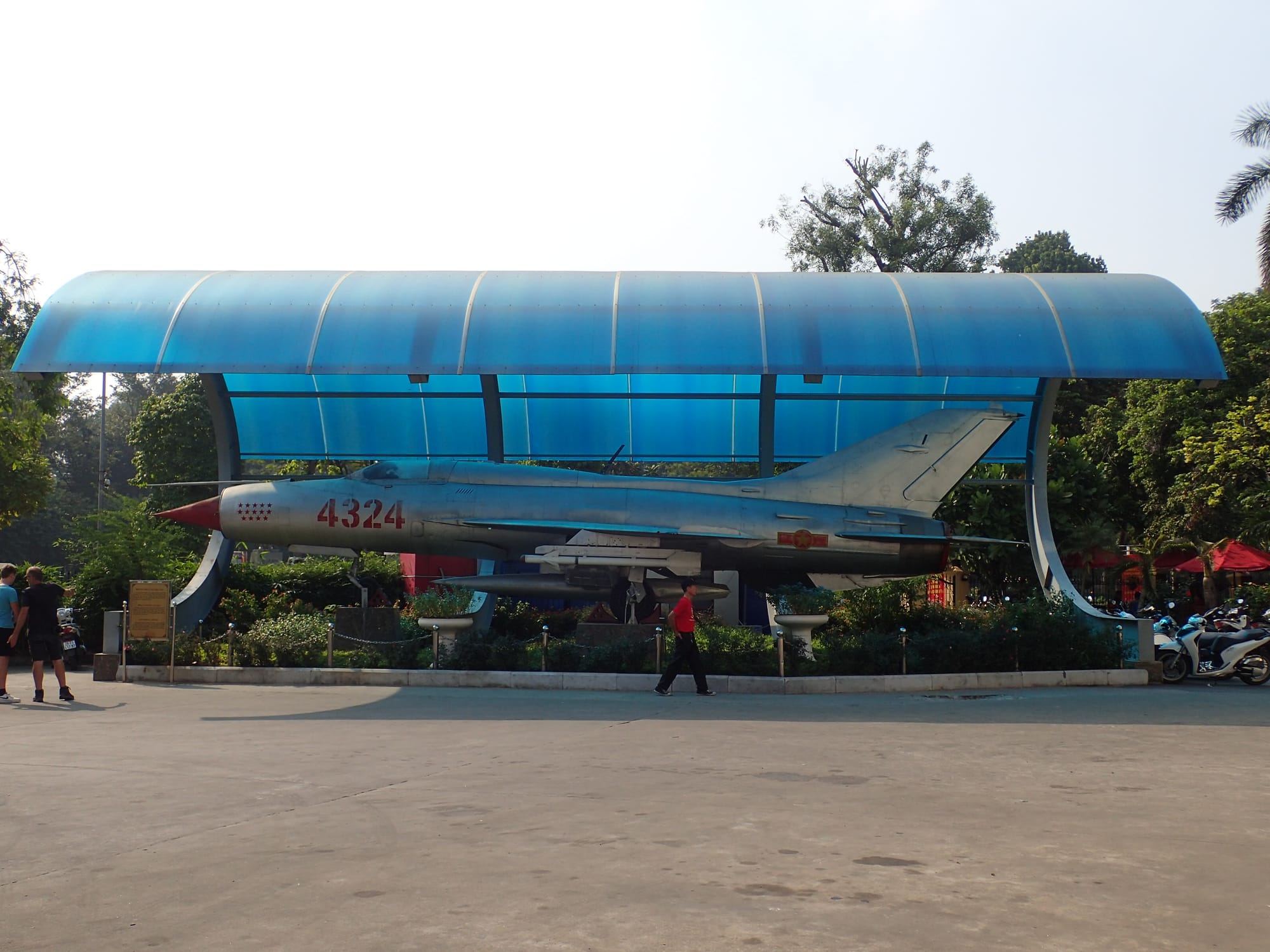
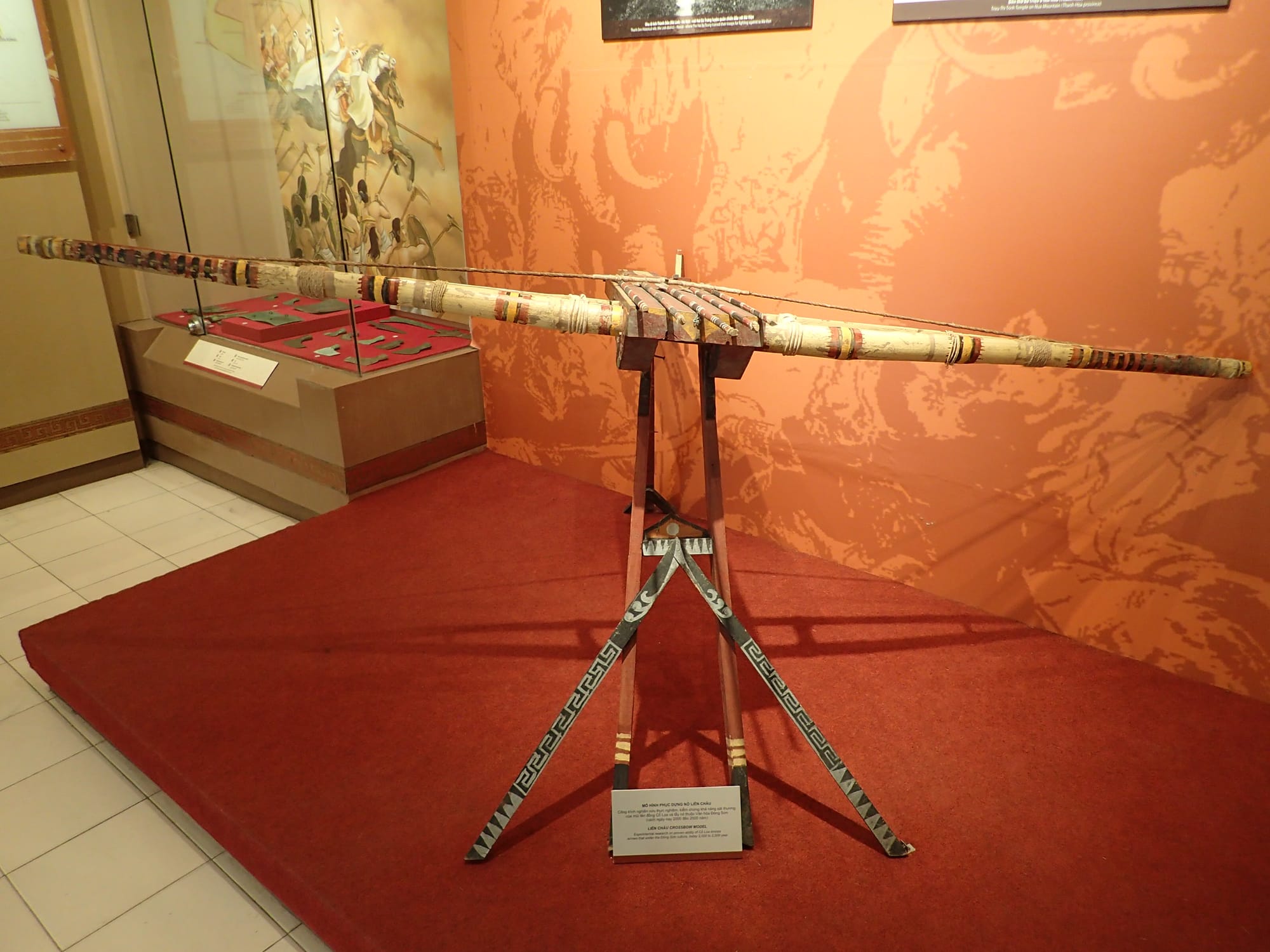
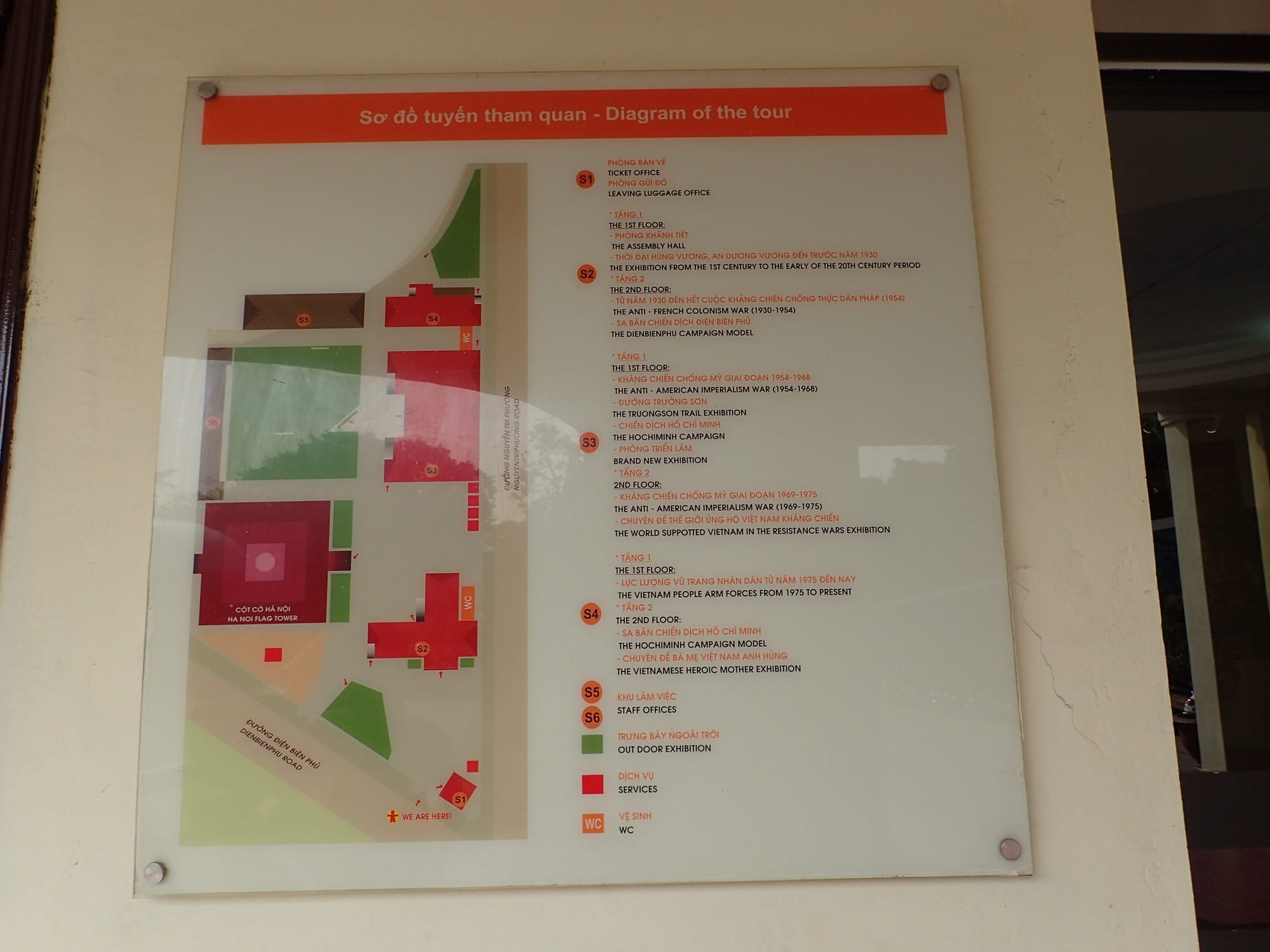
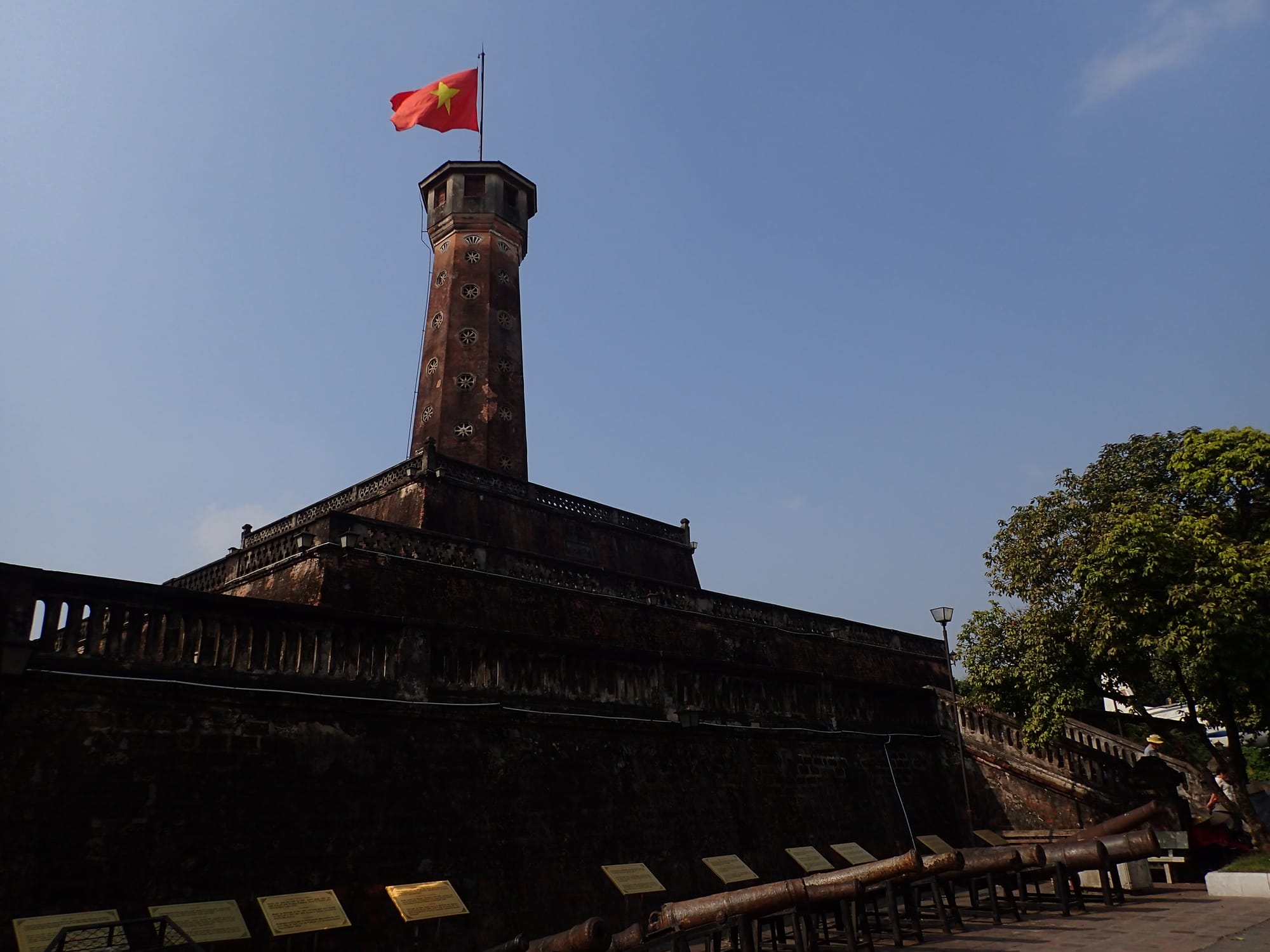
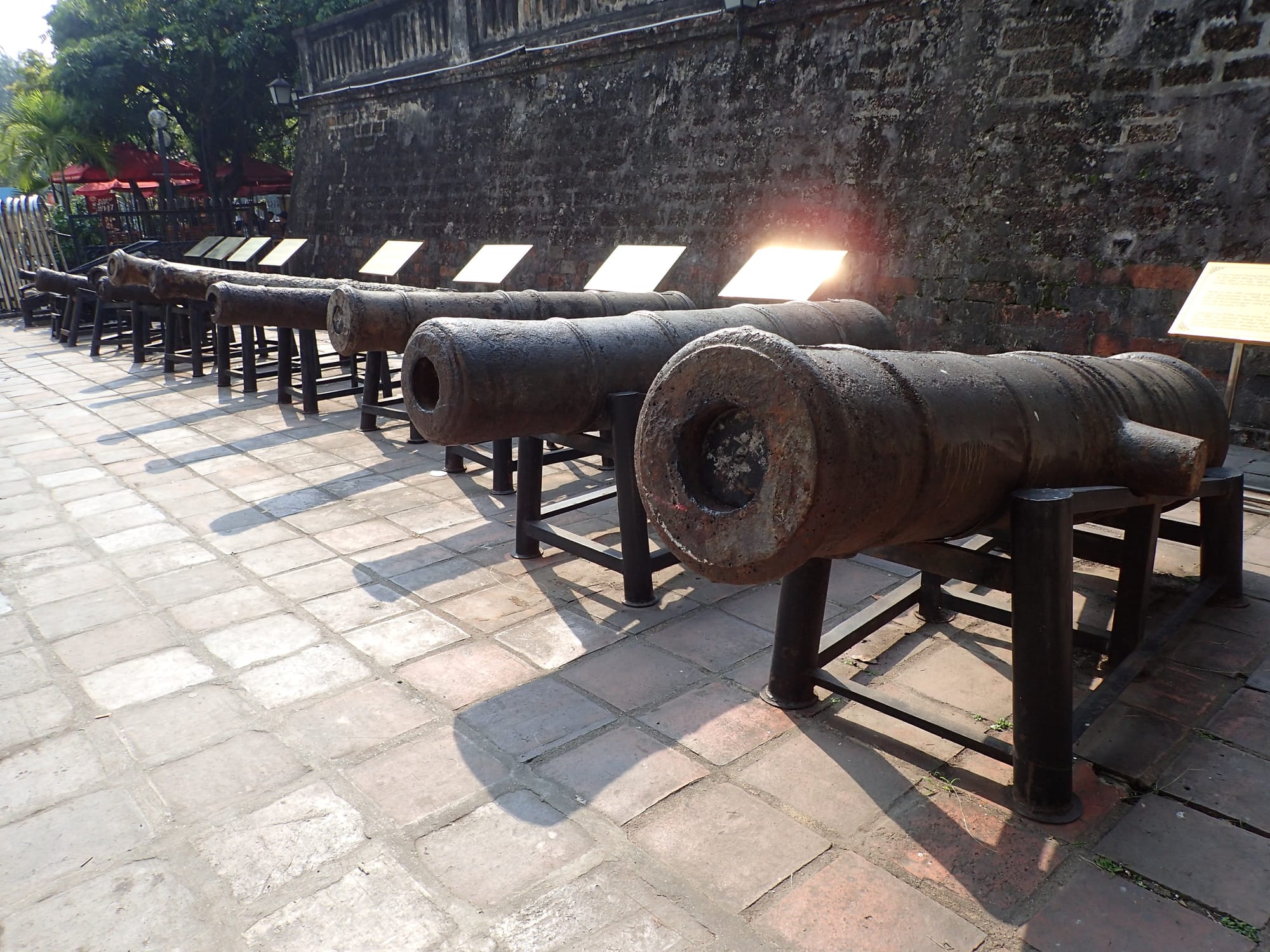

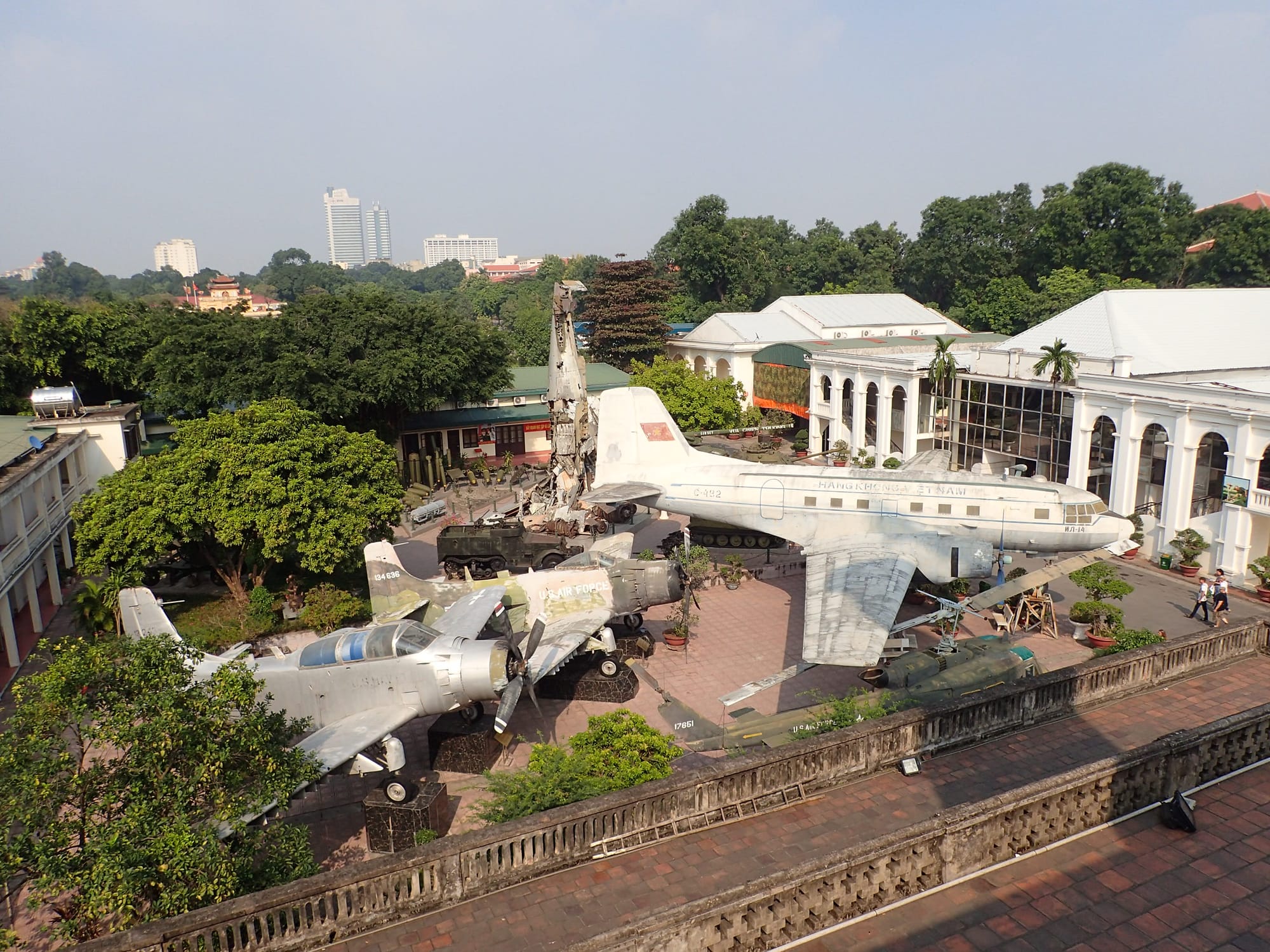
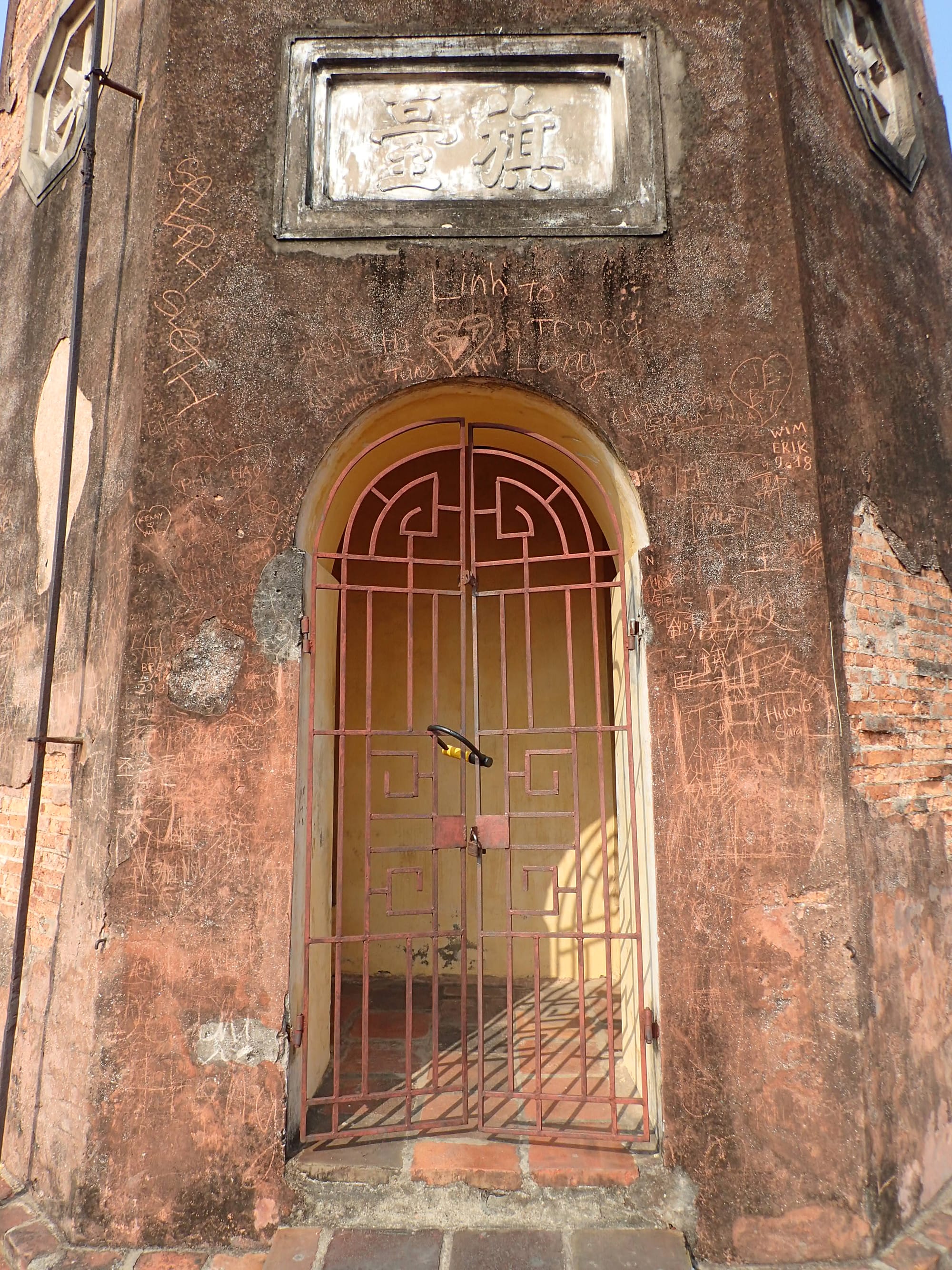
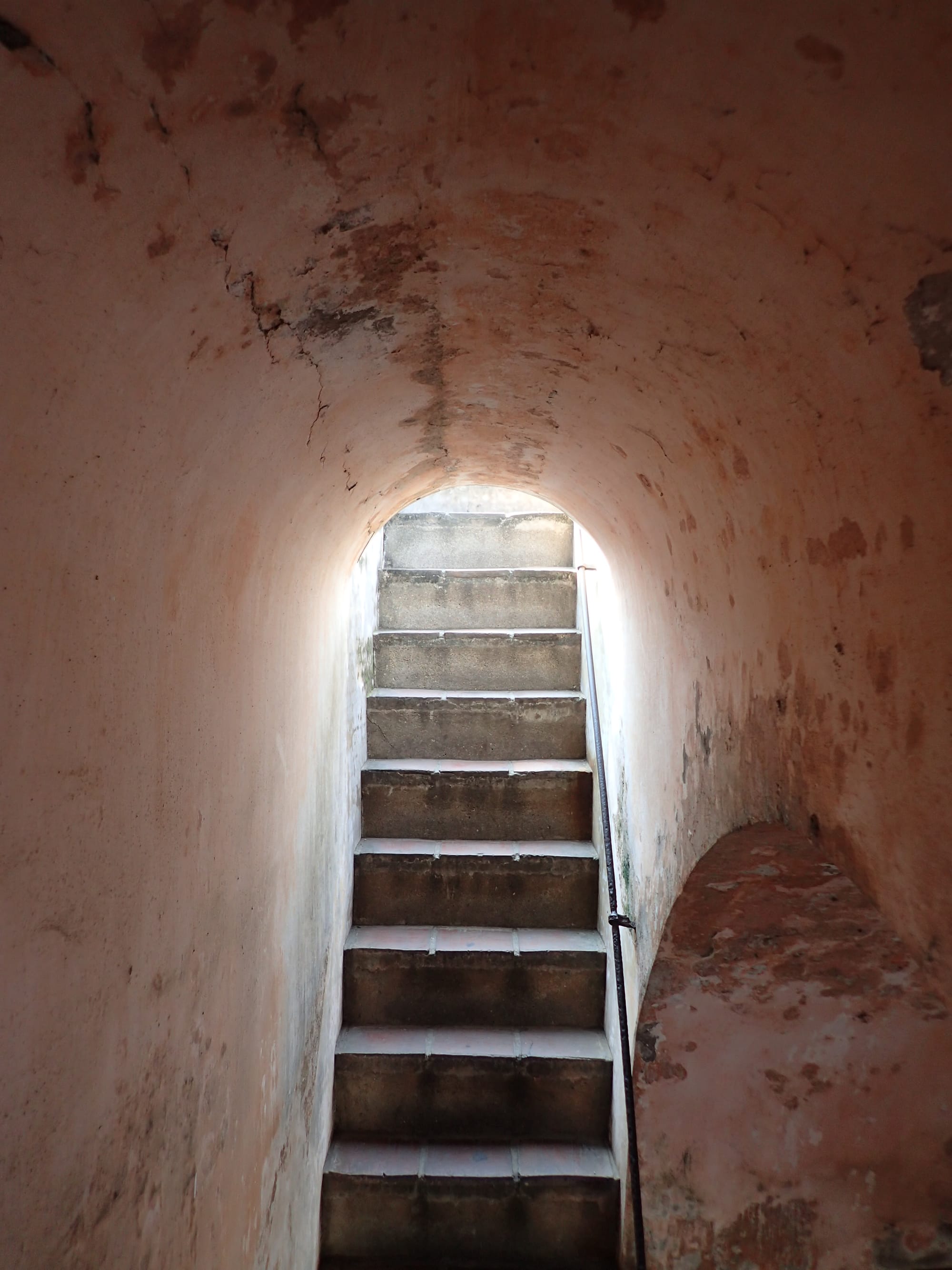
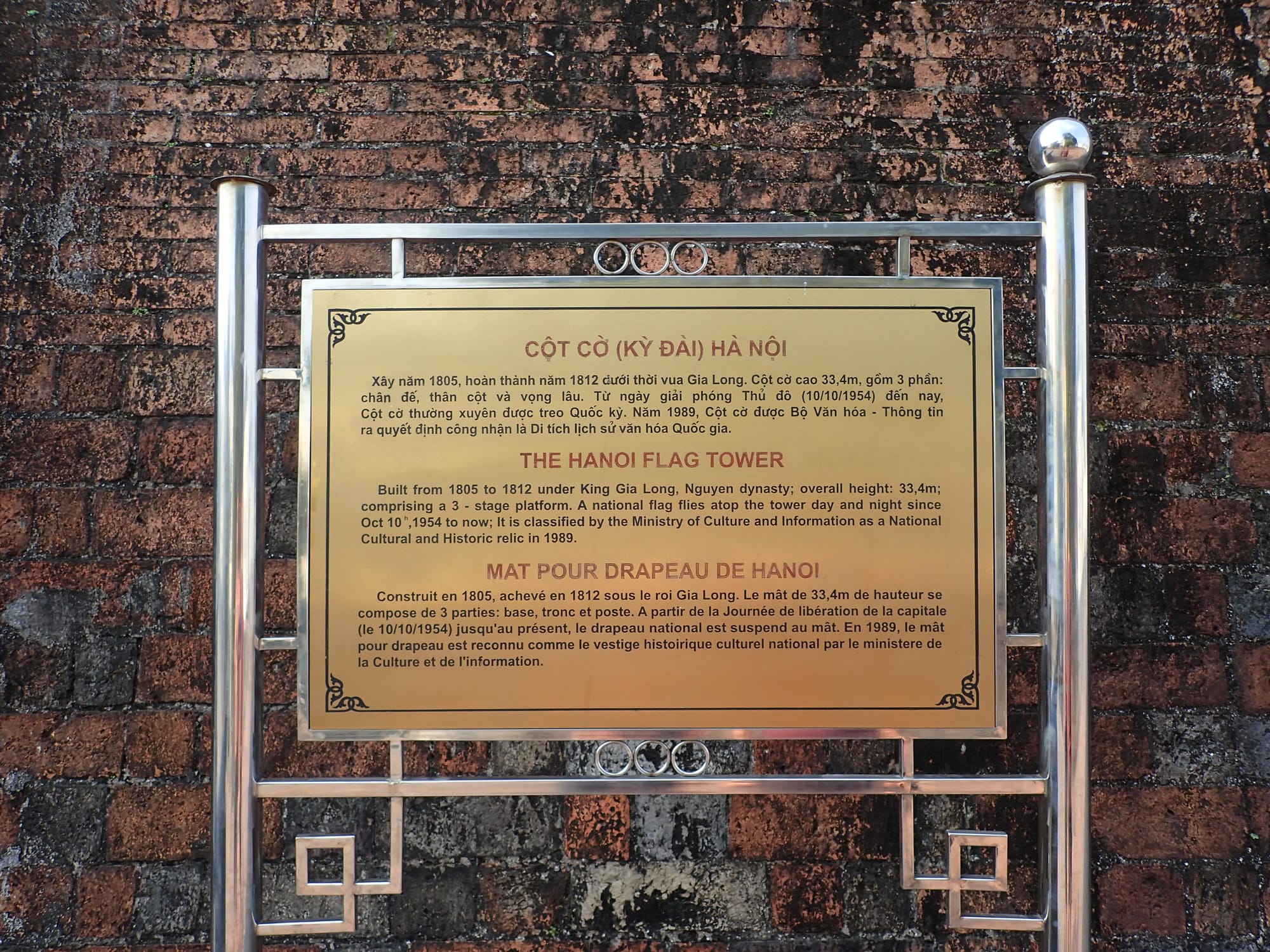
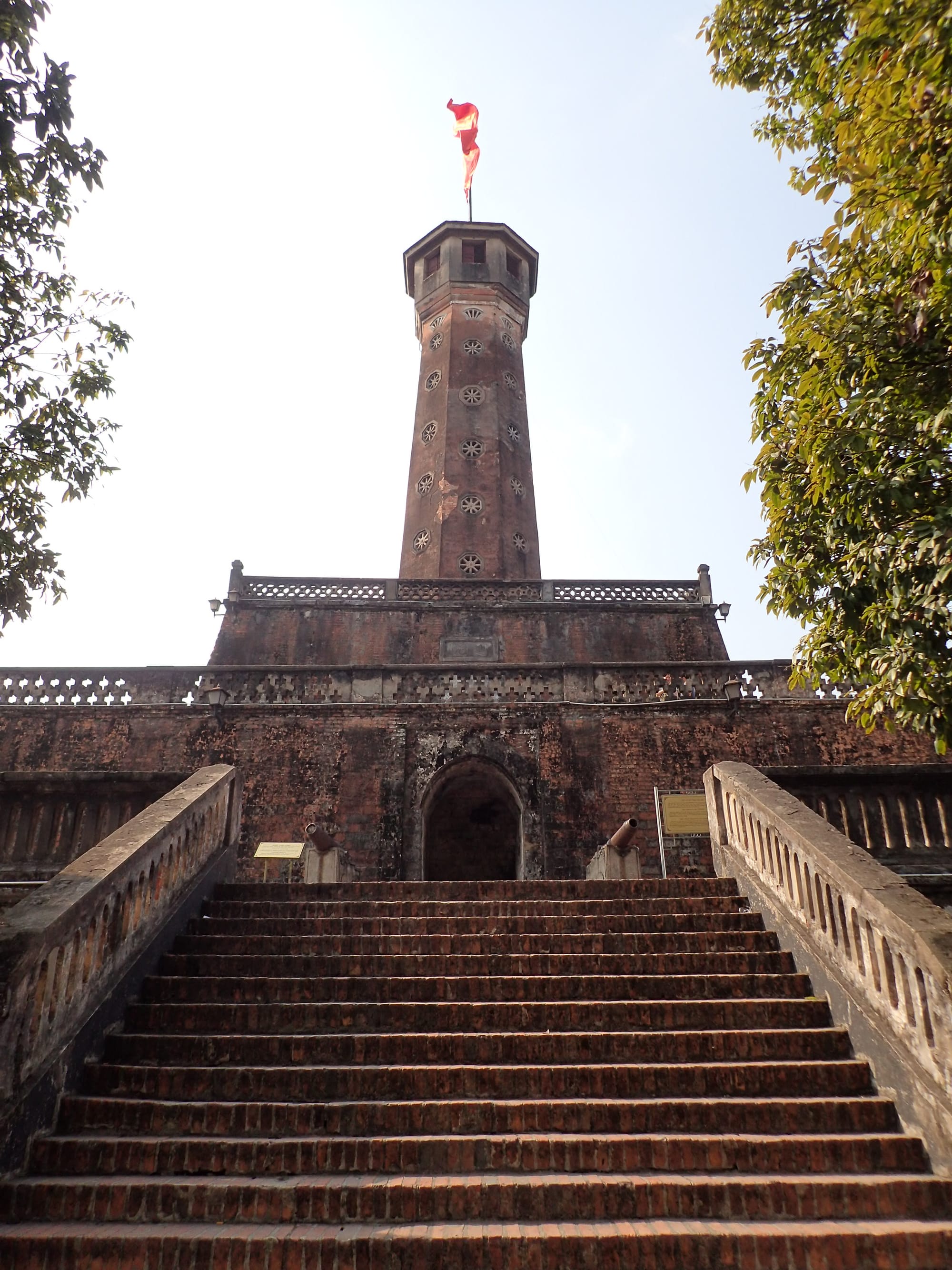
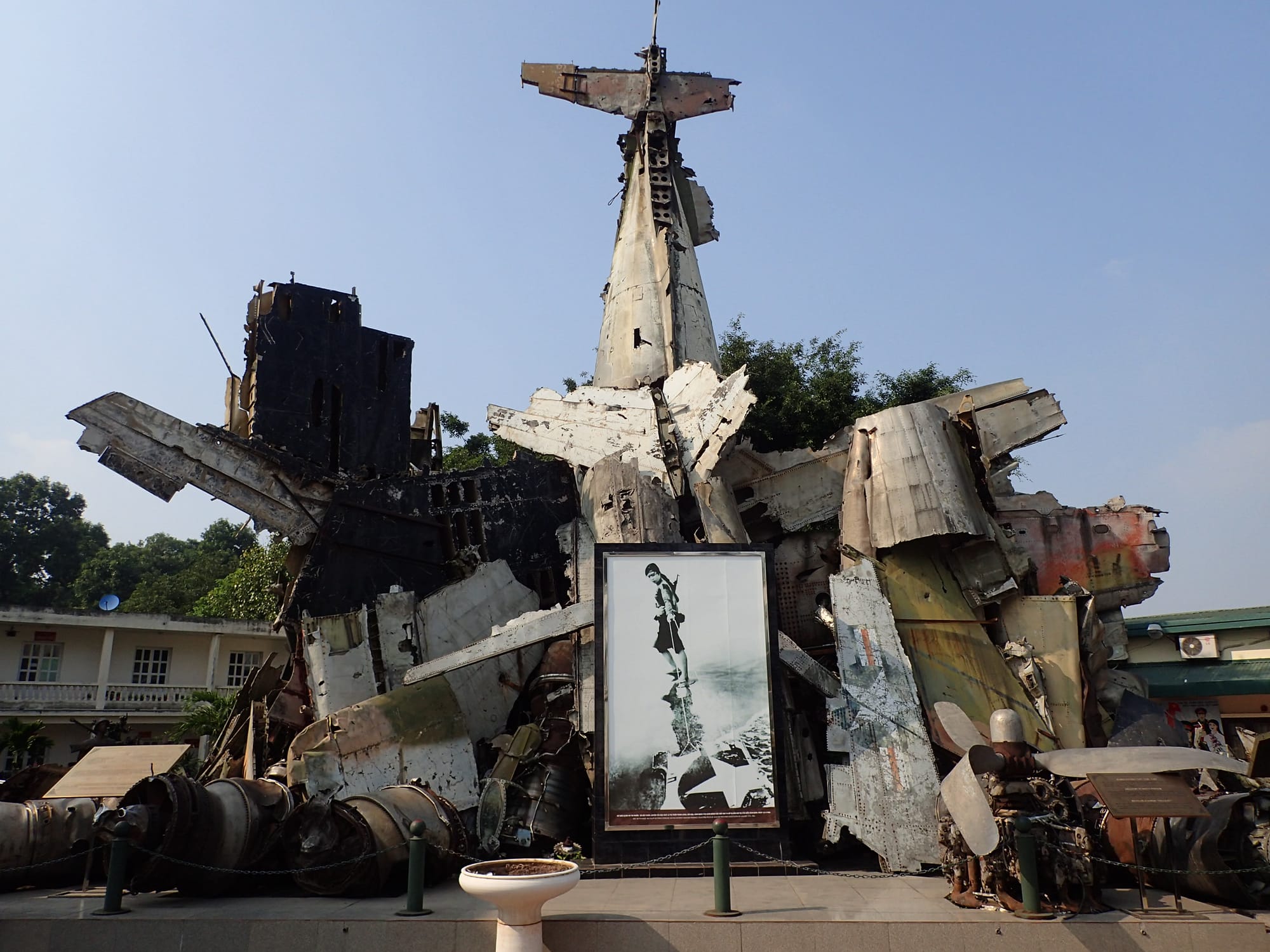
Hanoi Flag Tower soars 41 metres tall above the bustling streets of Hanoi, standing as an enduring symbol of Vietnamese resilience and independence. Built between 1805 and 1812 during the Nguyen Dynasty, the tower was originally part of the Thăng Long Imperial Citadel, the historic heart of Hanoi and Vietnam’s former imperial capital. Remarkably, it survived the destruction of the French colonial era and later conflicts, serving as a vital military observation post throughout history.
Today, the tower is one of Hanoi’s most iconic landmarks and forms part of the Vietnam Military History Museum. Its architecture blends traditional Vietnamese design with Vauban-style military elements, featuring a three-tiered base and a cylindrical structure that you can climb via a spiral staircase.
At the summit, you’ll be rewarded with sweeping panoramic views of central Hanoi and the surrounding former citadel grounds. Soaring above it all is the vibrant red flag with a yellow star, a powerful symbol of Vietnam’s enduring spirit and hard-fought independence.
Đài tưởng niệm các Anh hùng Liệt sĩ (Monument for Heroic Martyrs)
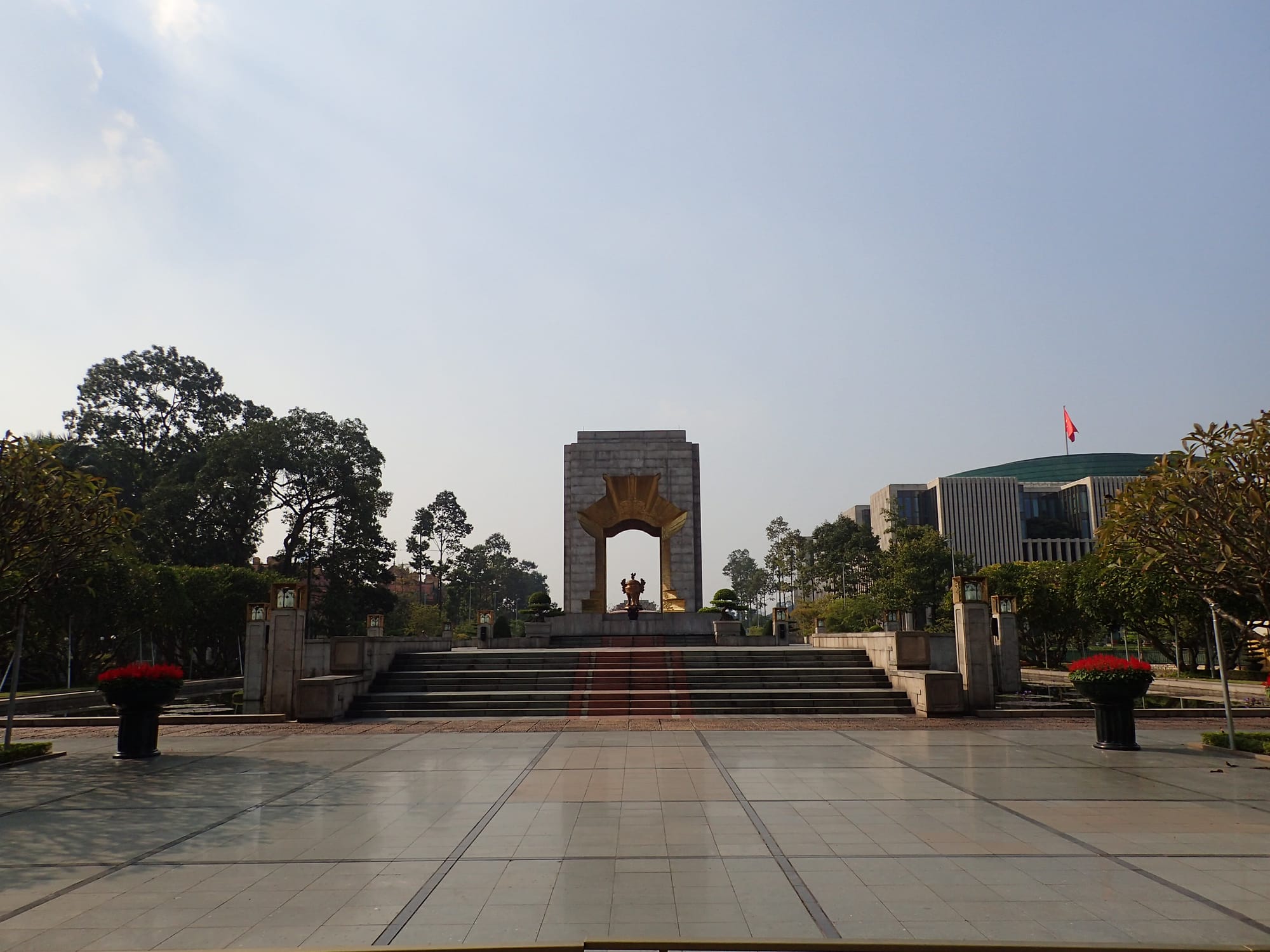
The Monument for Heroic Martyrs also known as the Bac Son Monument (Đài tưởng niệm Bắc Sơn), stands with quiet dignity in the historic heart of Hanoi, just steps from the Ho Chi Minh Mausoleum and the National Assembly House. While not as internationally recognised as other landmarks, it offers a powerful tribute to Vietnam’s enduring spirit and the sacrifices made for its independence.
In Vietnamese history, martyrs (liệt sĩ, literally 'heroic soldier/person') are individuals who sacrificed their lives for the nation’s freedom, independence and unification. These brave men and women often fought in wars or uprisings against foreign invaders or oppressive regimes. Their sacrifice is deeply honoured and remembered as a symbol of courage, patriotism and unwavering commitment to the country’s sovereignty and well-being.
Originally built to honour the fallen of the 1940 Bac Son Uprising, an early act of resistance against French colonial rule, the monument now commemorates heroic martyrs from various chapters of Vietnamese history.
The structure is rich in symbolism. It features a soaring stone tower rising from a stylised lotus-shaped base, a national symbol of purity and resilience, representing the strength and dignity of those who gave their lives. At its foot stands a large bronze urn shaped like a ceremonial incense burner, often adorned with floral offerings during national remembrance events. The broad, ceremonial steps and expansive plaza create an atmosphere of solemnity and reflection.
Đài tưởng niệm "Quyết tử để Tổ quốc quyết sinh" ('Determined to Die so that the Fatherland May Live' Monument)
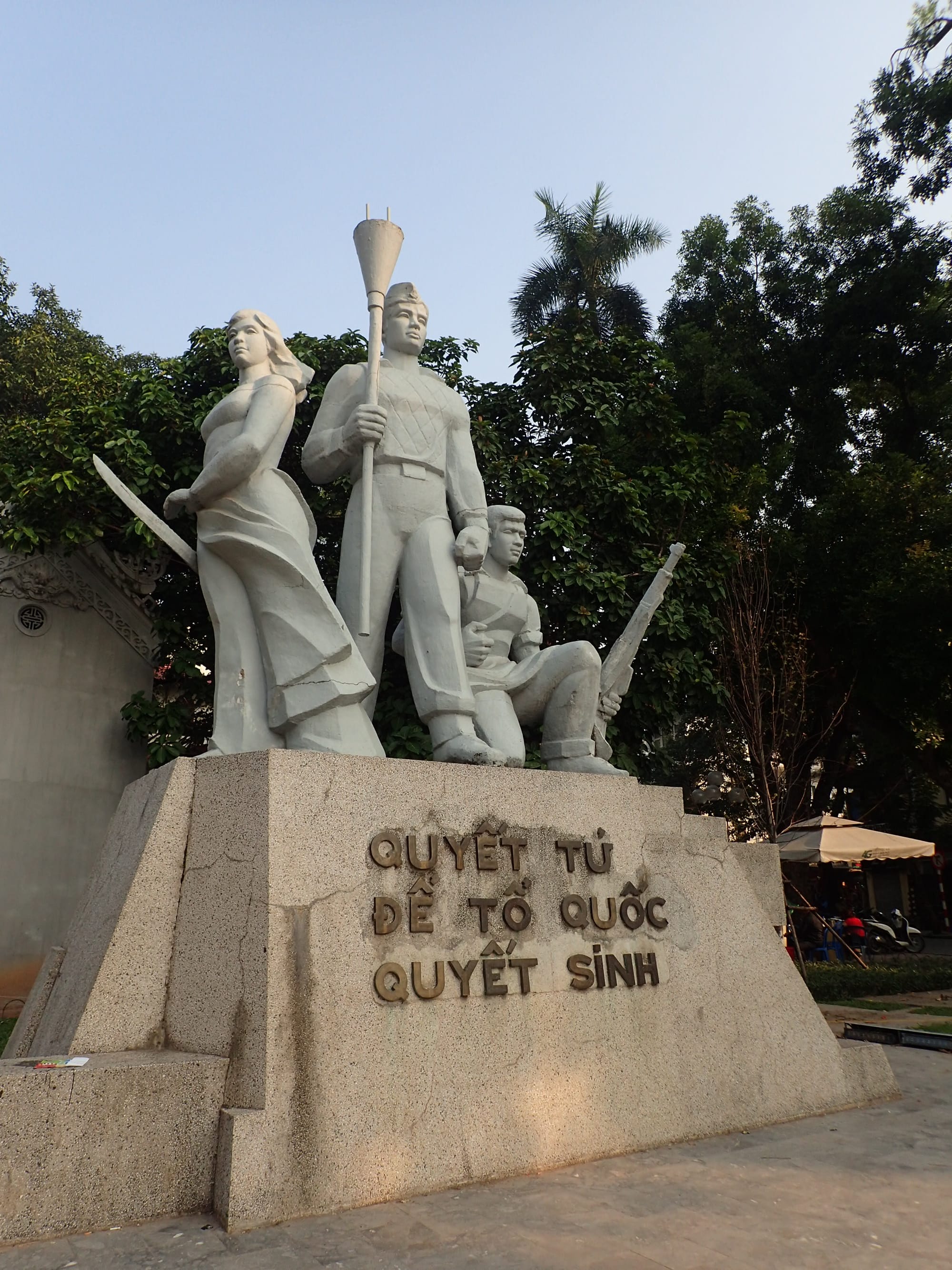
The 'Determined to Die so that the Fatherland May Live' monument is situated within the peaceful greenery of Van Xuan Park (Vườn hoa Vạn Xuân). It stands as a powerful tribute to the spirit of sacrifice and steadfast dedication to national independence that has shaped Vietnam’s modern history.
The phrase 'Quyết tử để Tổ quốc quyết sinh' was coined by President Ho Chi Minh in December 1946. It became a rallying cry that inspired Hanoi’s people and soldiers during the intense 60-day resistance against French colonial forces in the Hanoi Winter of 1946, a critical moment early in the First Indochina War. Their courageous defence provided crucial time for the fledgling Vietnamese government to regroup and prepare for the long struggle ahead.
The monument features three striking stone figures, each representing a different facet of the collective sacrifice:
- The woman, holding a sword, symbolises the readiness to defend the nation.
- The man, standing tall with a torch, represents the enduring flame of resistance and the guiding spirit of national struggle.
- The crouching youth, gripping a rifle, embodies vigilance, courage and the determination of even the younger generation.
Their unified stance and resolute expressions reflect the bravery and solidarity that defined this historic chapter in Hanoi’s fight for independence.
Đường Tàu Hà Nội (Hanoi Train Street)
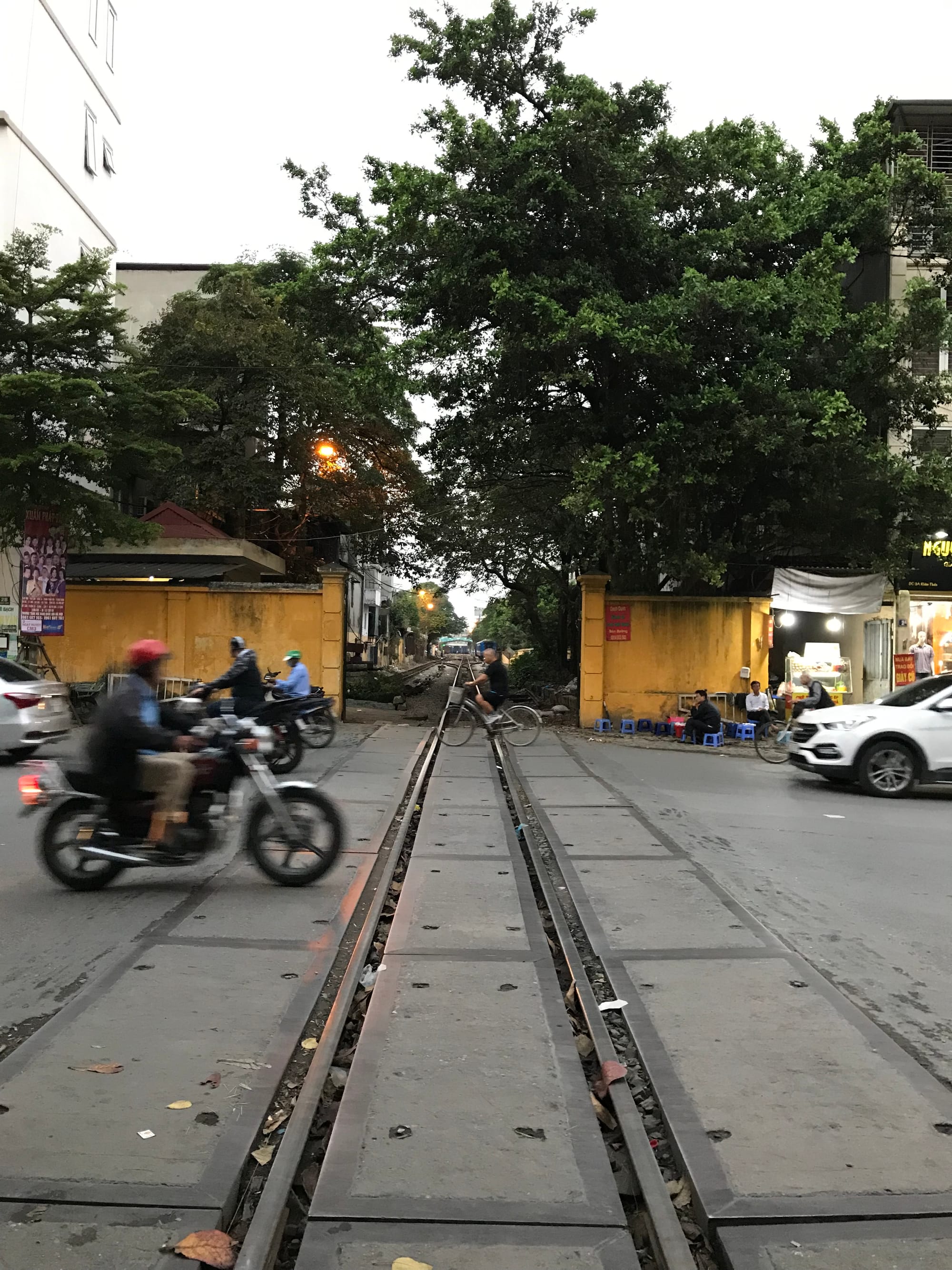
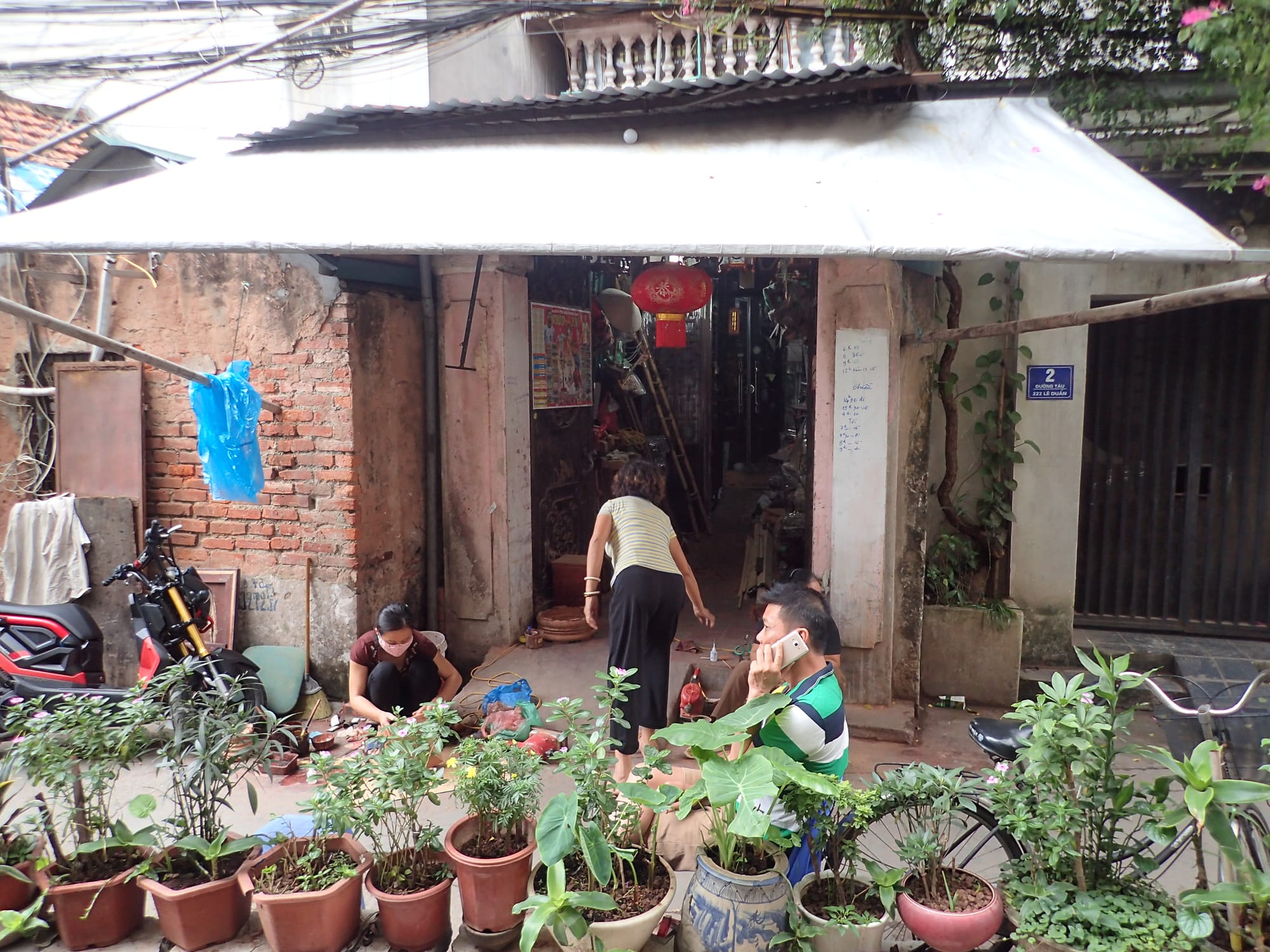
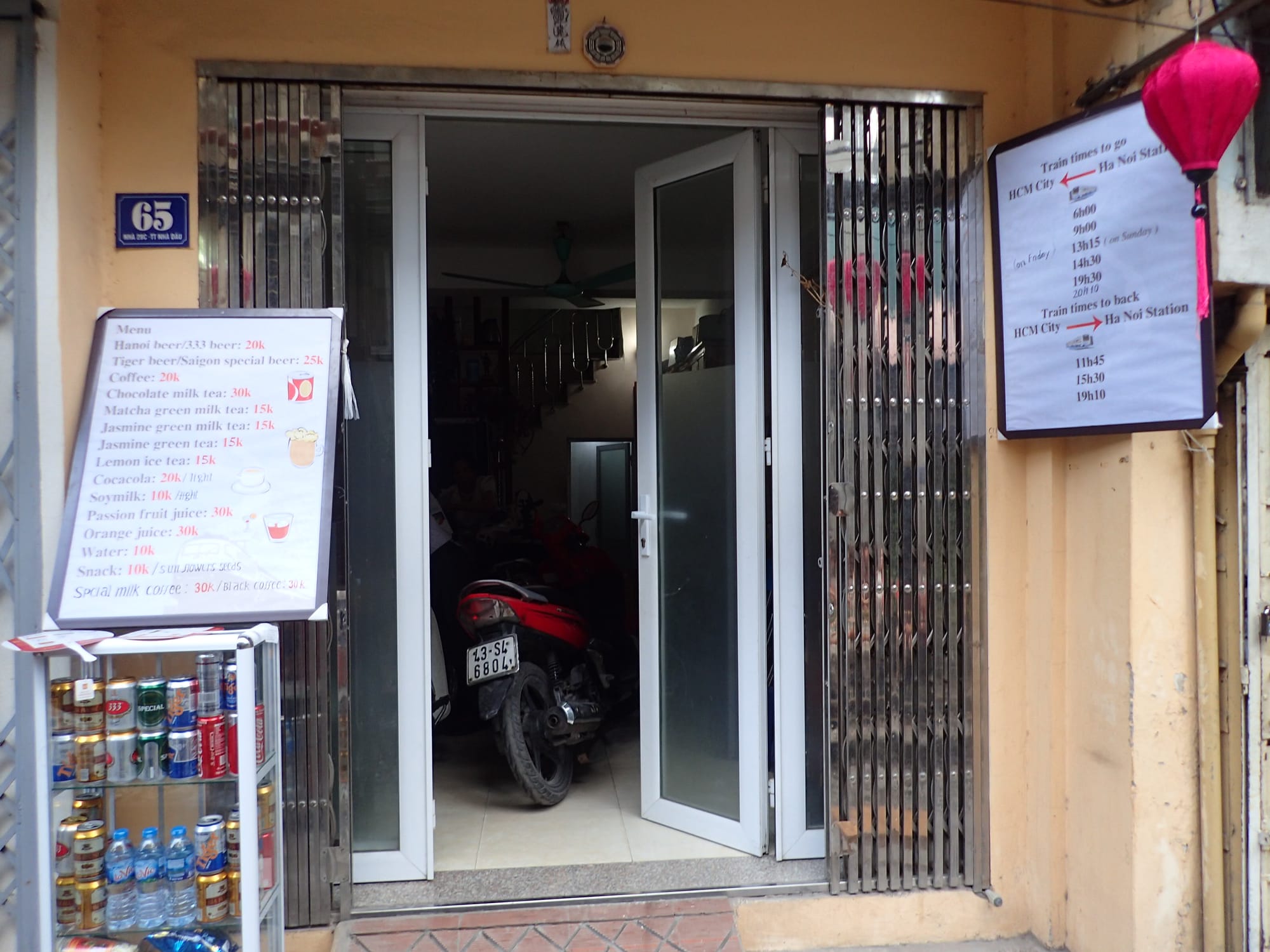
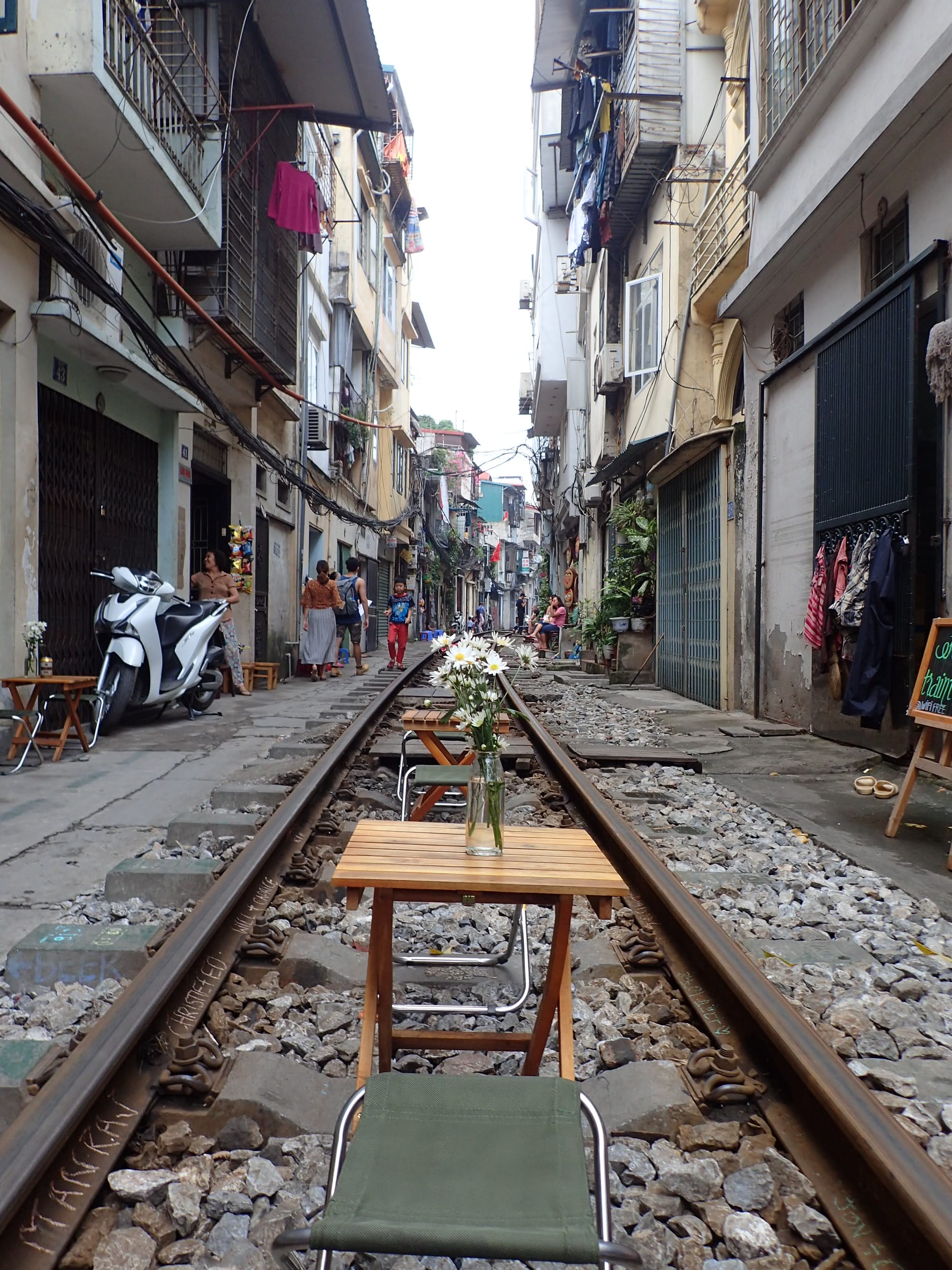
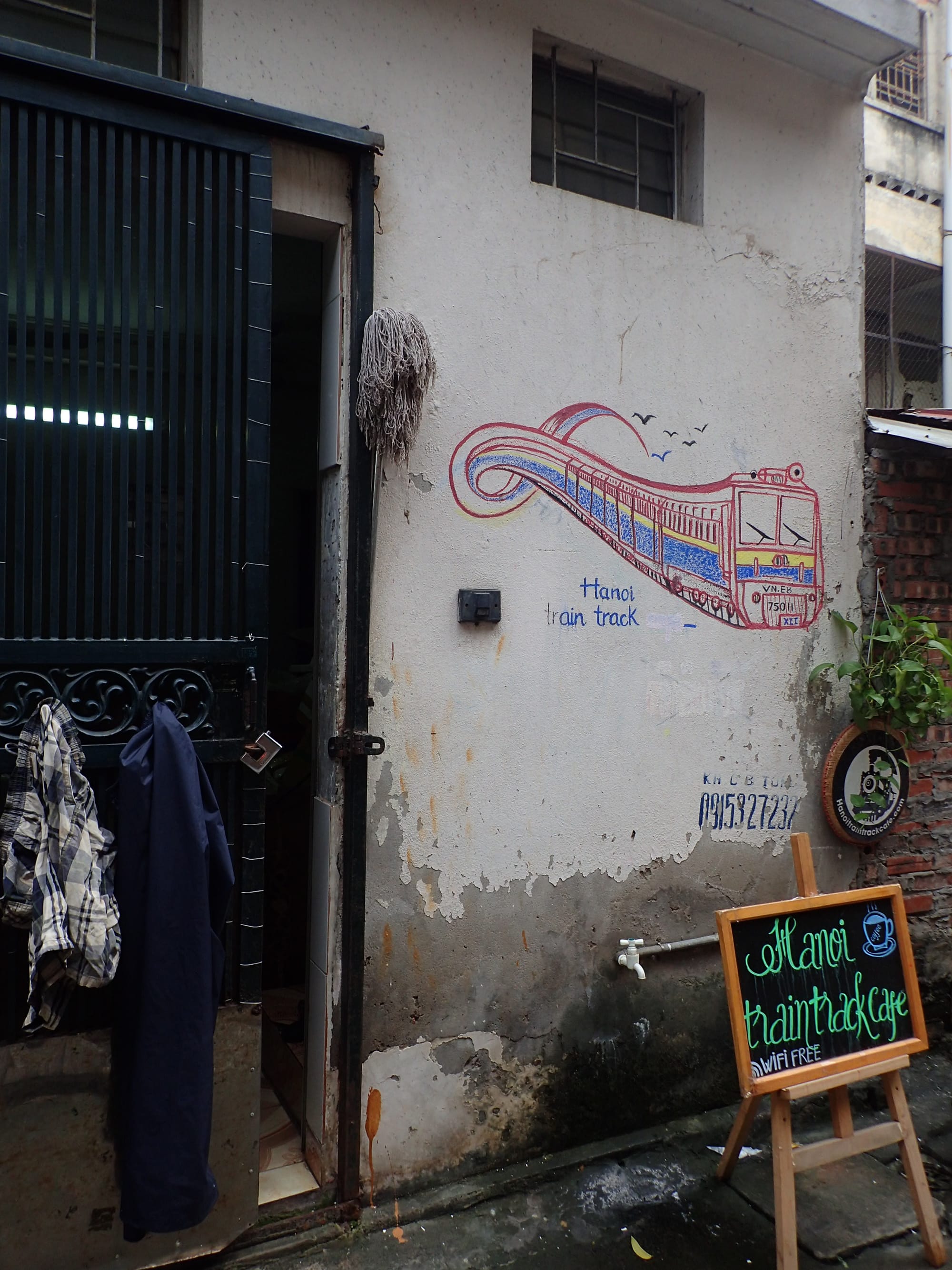
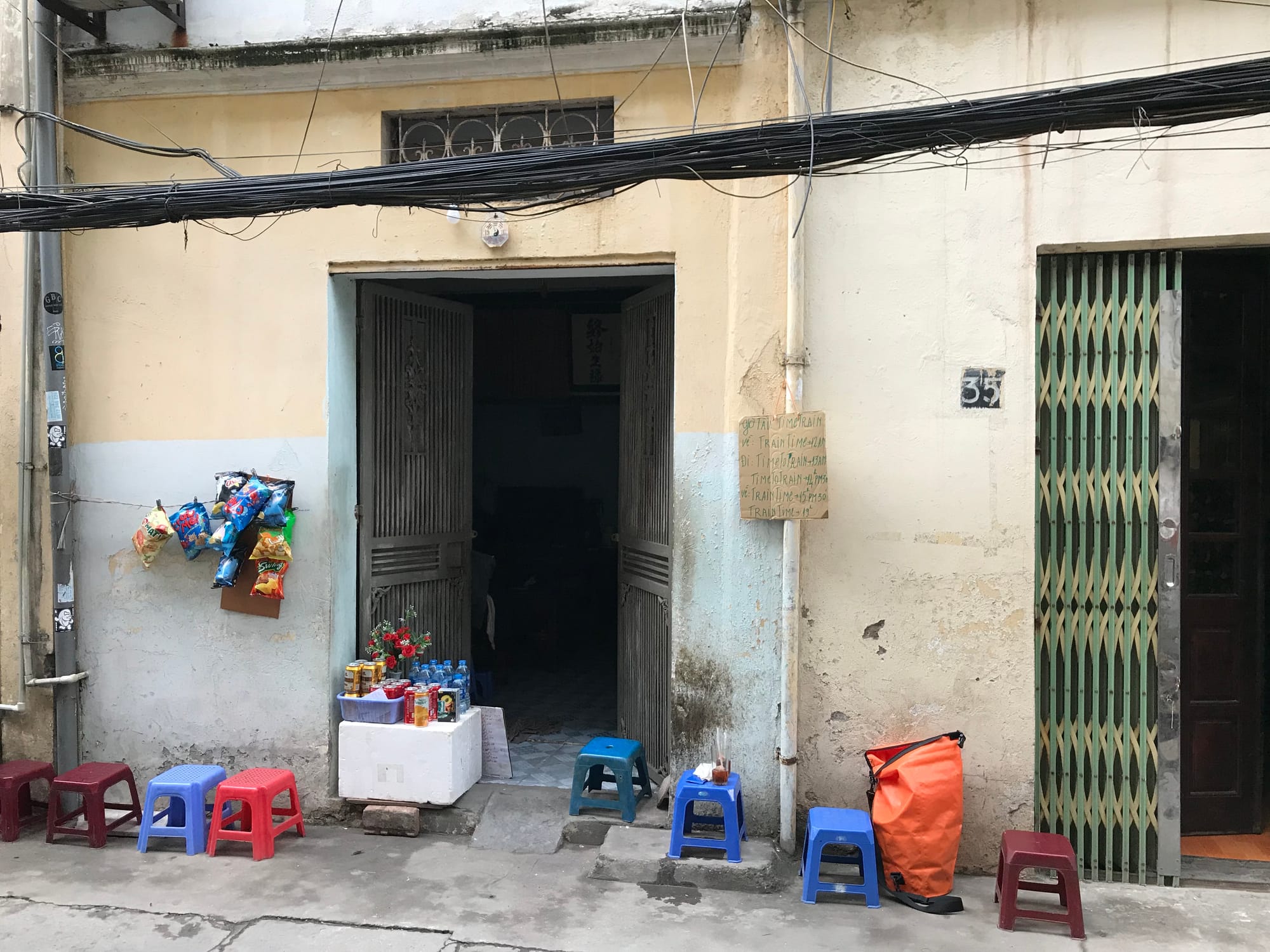
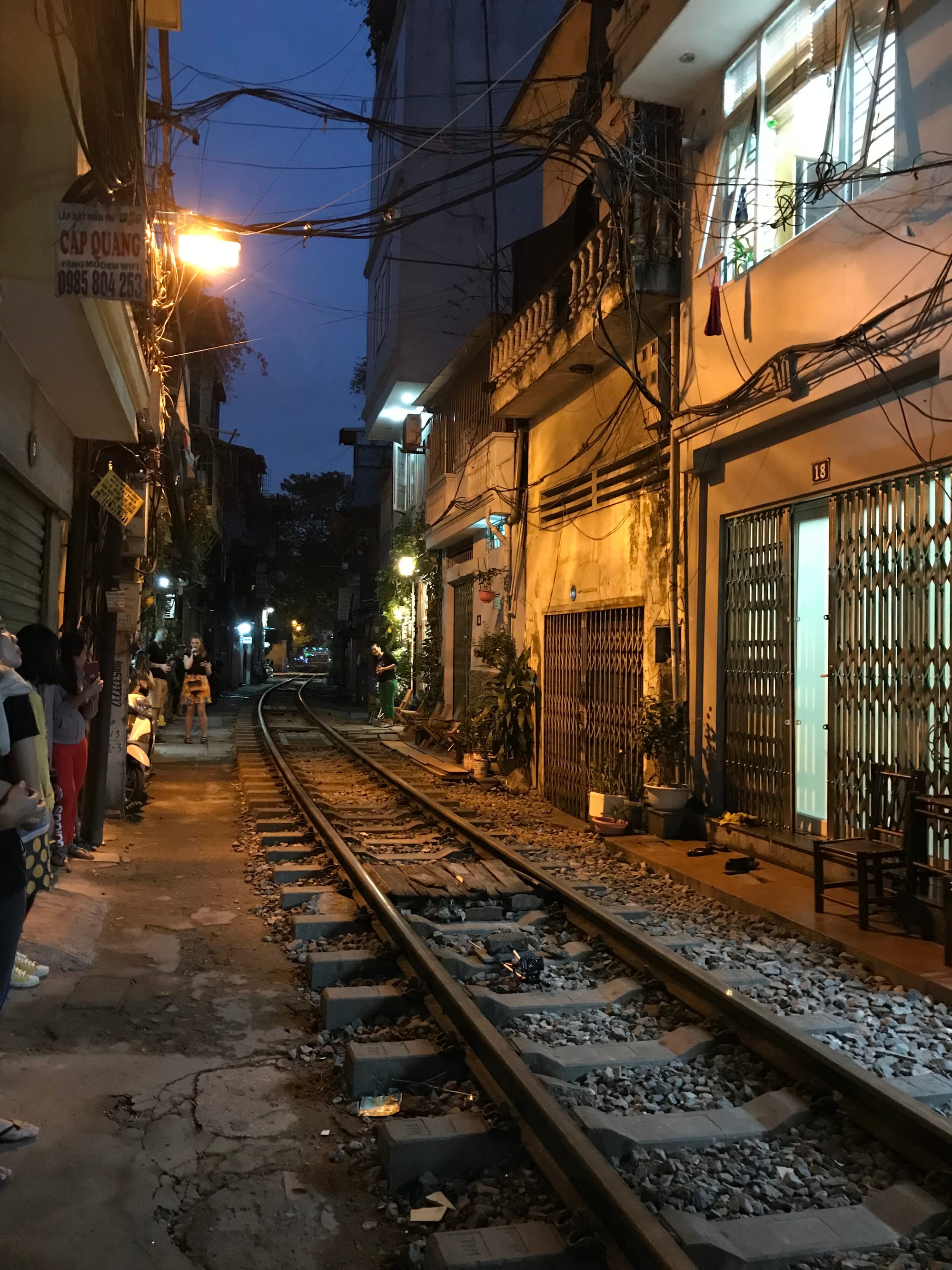
Hanoi Train Street offers one of the city’s most thrilling and unconventional sights. This narrow railway corridor, commonly accessed from Ngõ 224 Lê Duẩn (where I was) or 5 Trần Phú Street, cuts through tight residential alleys where trains pass within arm’s reach of everyday life.
The scheduled arrival times at Le Duan are 1530 hours and 1910 hours.
I planned to catch the 1530 hours train but was not sure if the trip was cancelled or delayed as it only arrived at 1745 hours but the experience was well worth the wait. 🚂
Originally a quiet curiosity known mostly to backpackers, Hanoi Train Street rose to global fame thanks to social media. The allure of its raw energy and surreal setting made it a magnet for photographers and travellers. Businesses sprang up offering front-row views, drawing even more attention.
But with fame came safety concerns. Overcrowding and proximity to fast-moving trains led authorities to restrict access to certain sections. While some parts may now be off-limits, areas near licensed cafés often remain open.
iseasywith.me Public Service Announcement
- Check the train schedule when you are planning for your adventure as well as when you are there. The businesses there are likely to have a copy displayed on their walls.
- When a train is approaching, always heed local warnings and stand clear, pressed against the walls of the houses. The trains move faster than you expect and the space is extremely narrow. Your safety is paramount.
- As this is a residential area, be mindful of the residents' homes and respect their privacy.
- Do Support local businesses by buying a drink or snack from one of the cafes.
- The experience is a photographer's dream but always prioritise safety.
- Some parts of the train street may be barricaded or have limited entry depending on current regulations. Be prepared for this and respect any official guidance.
Ga Long Biên (Long Bien Railway Station)
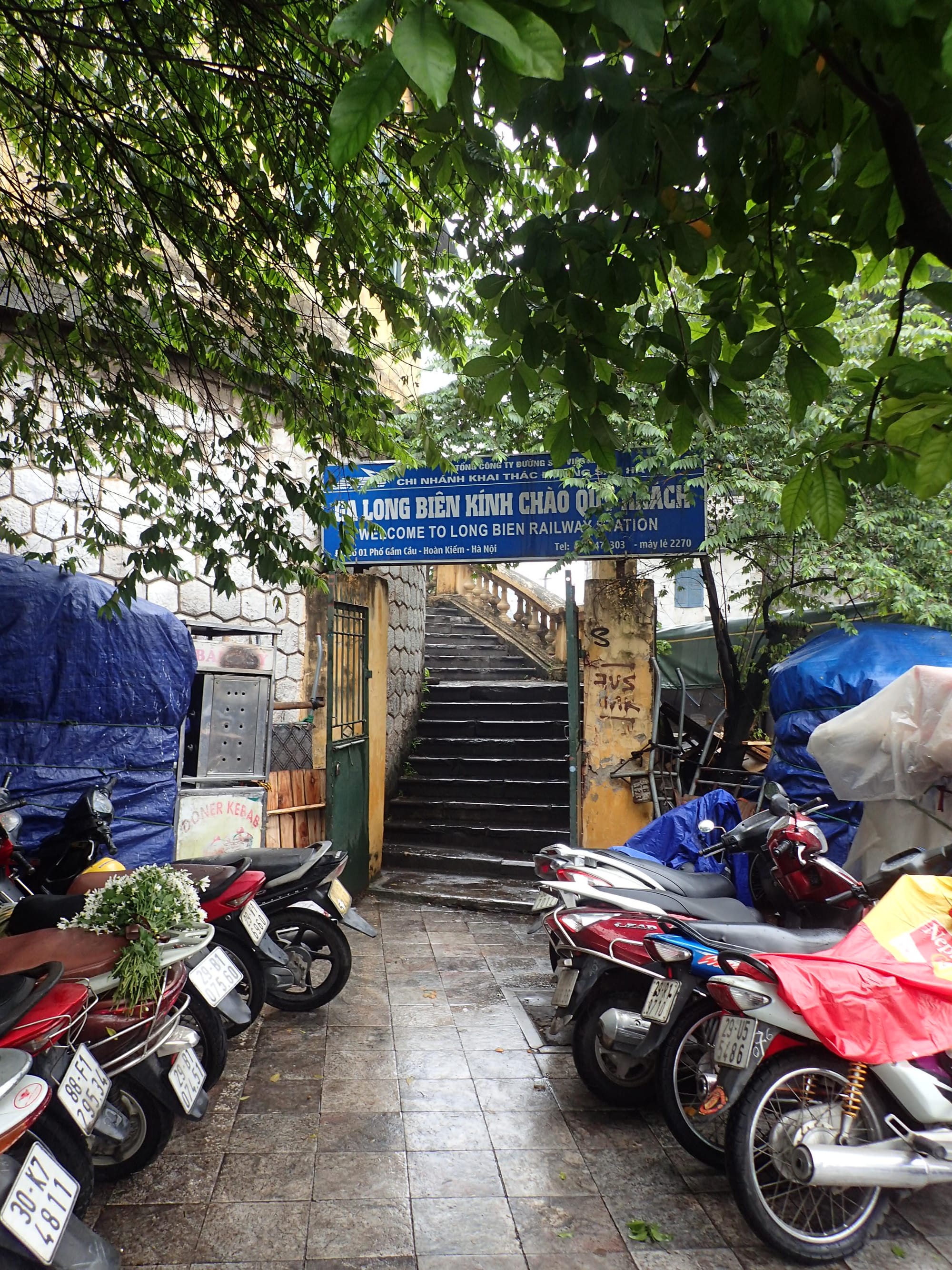
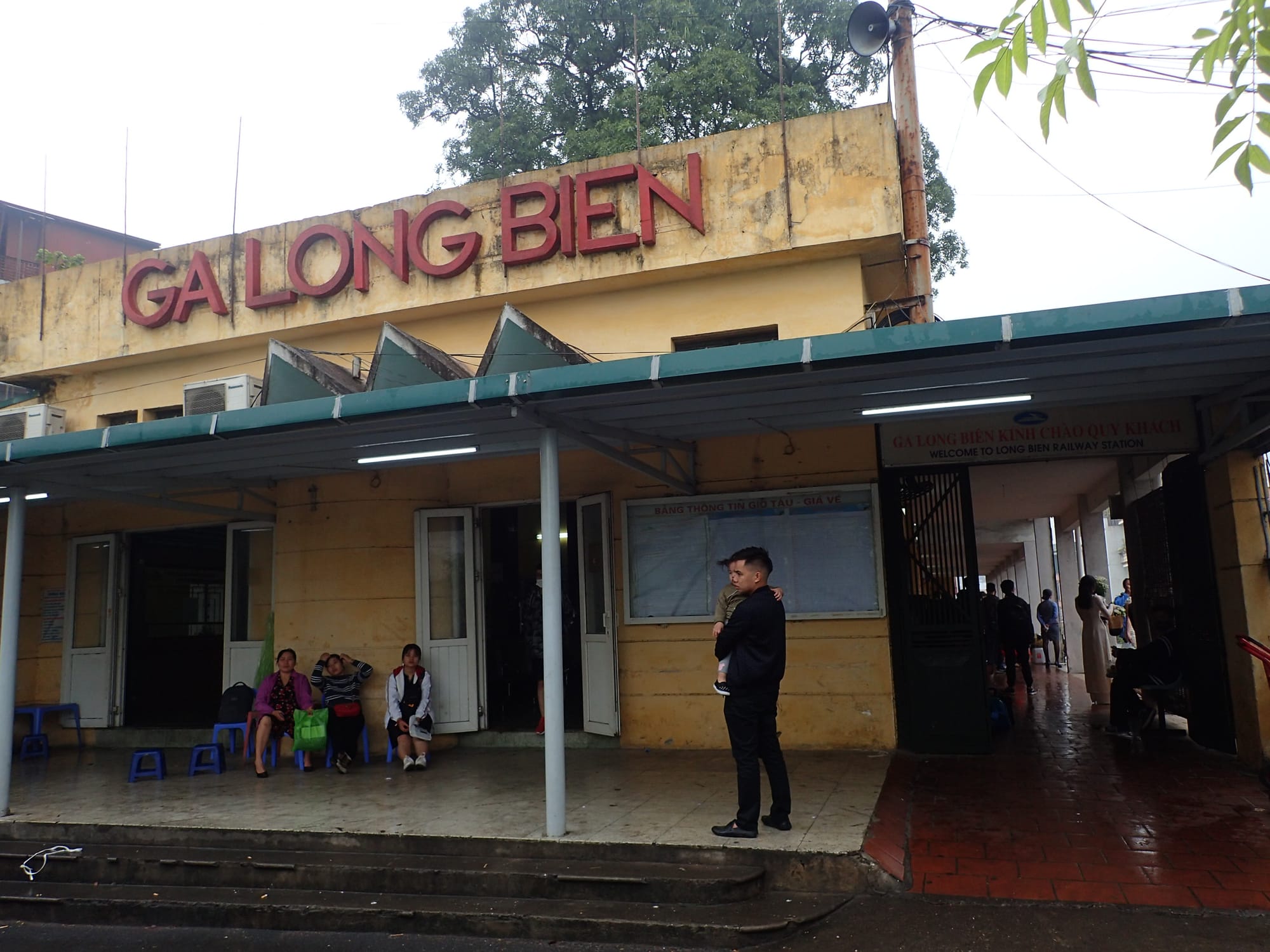
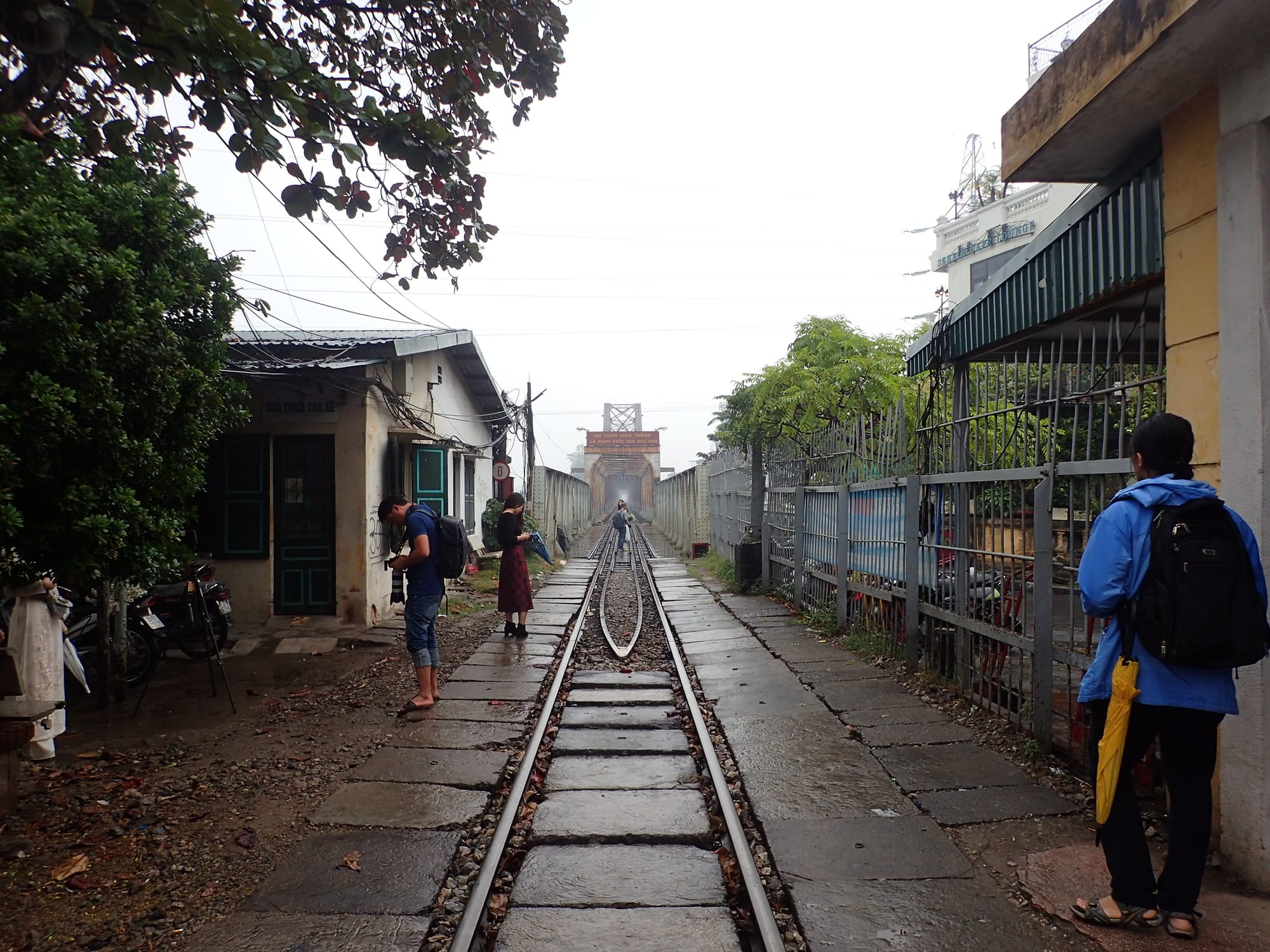
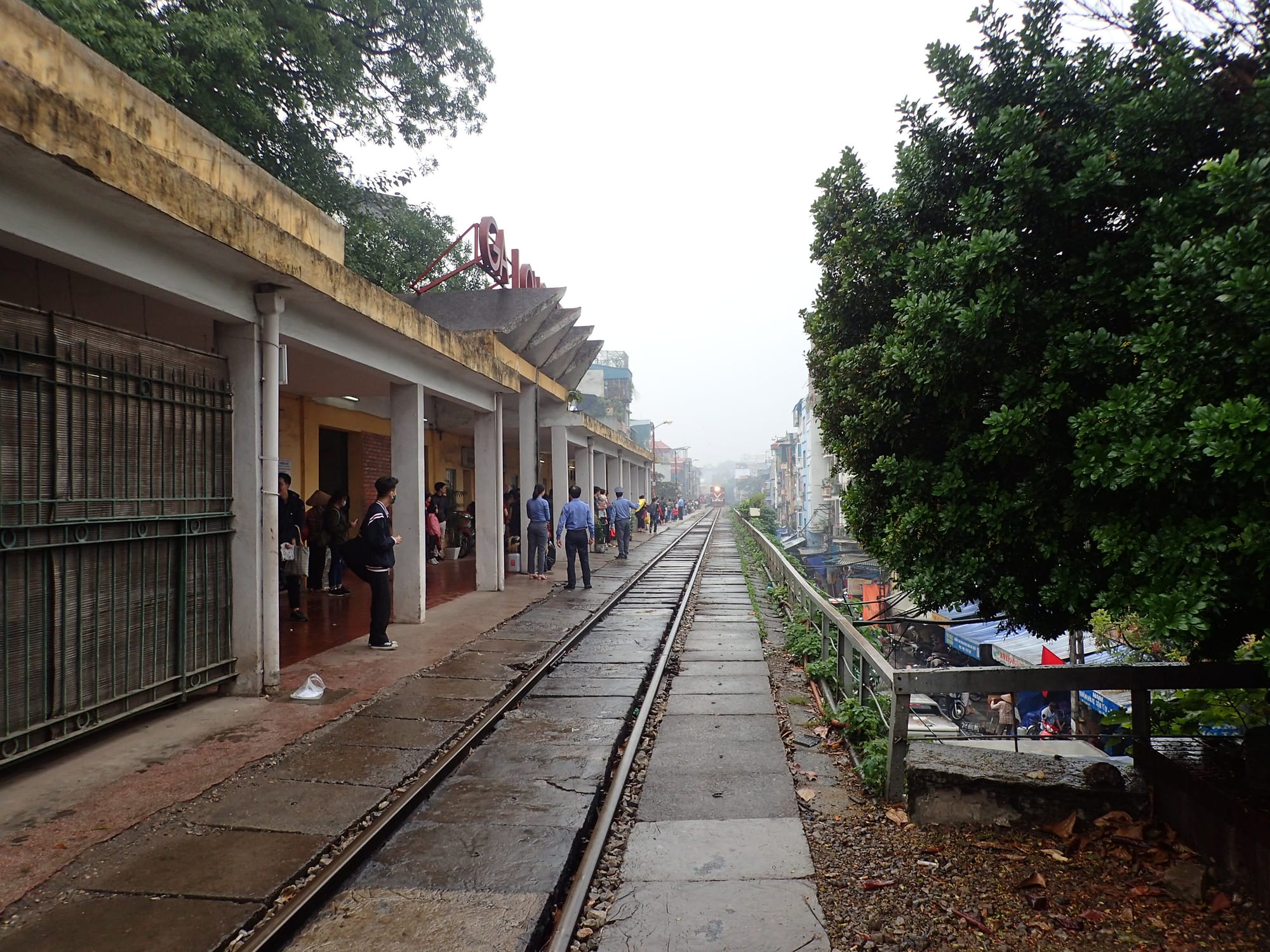
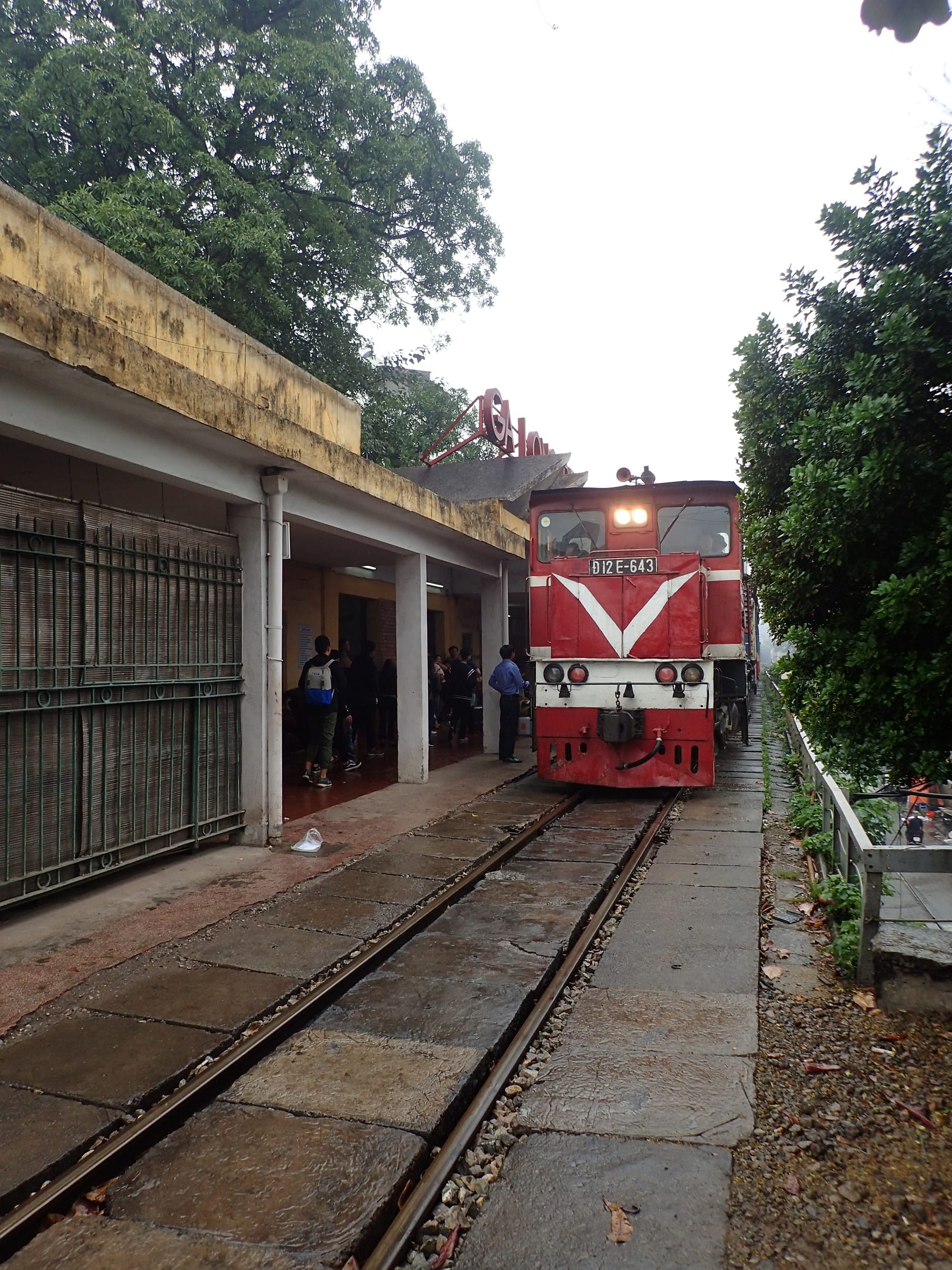
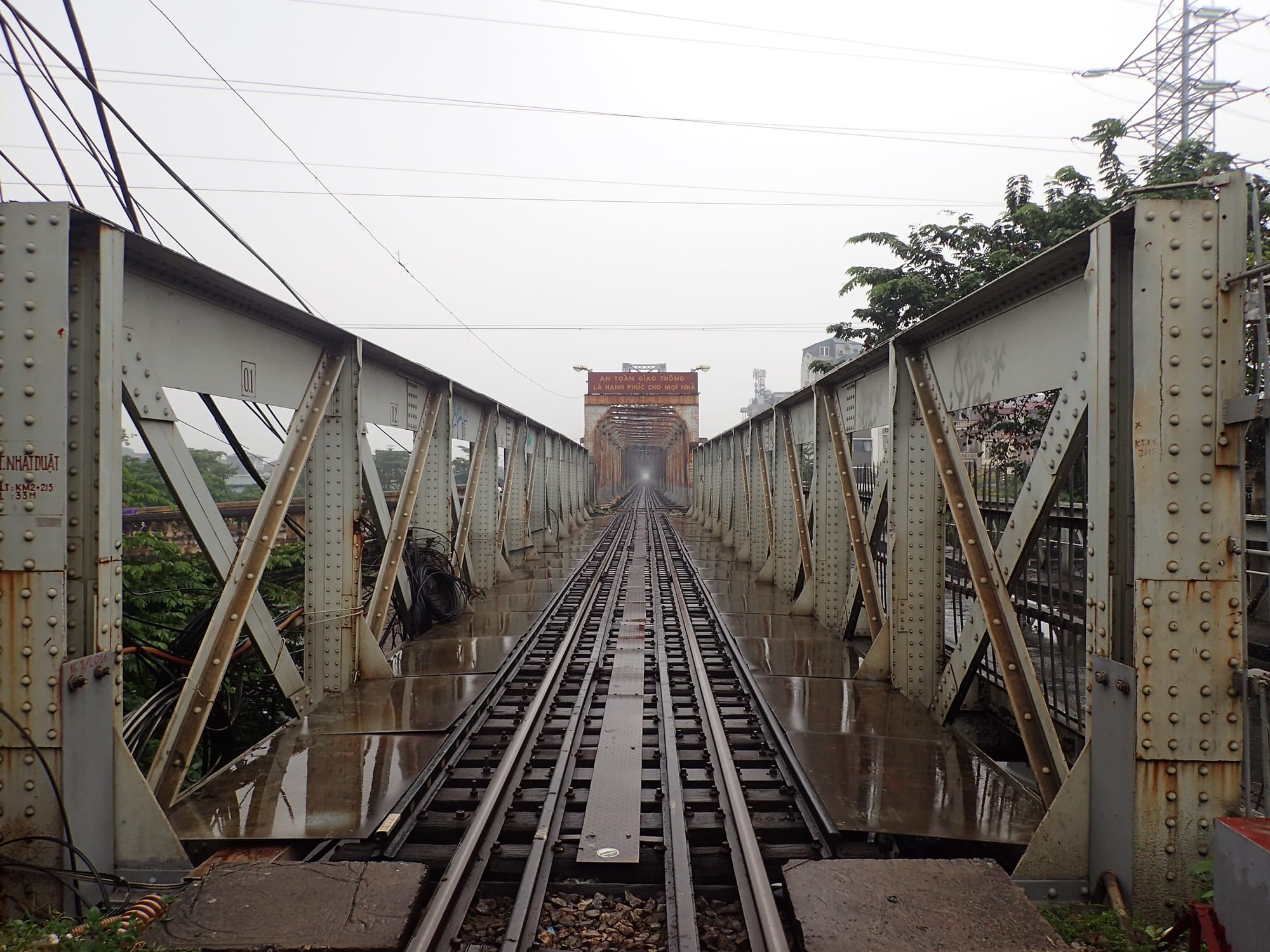
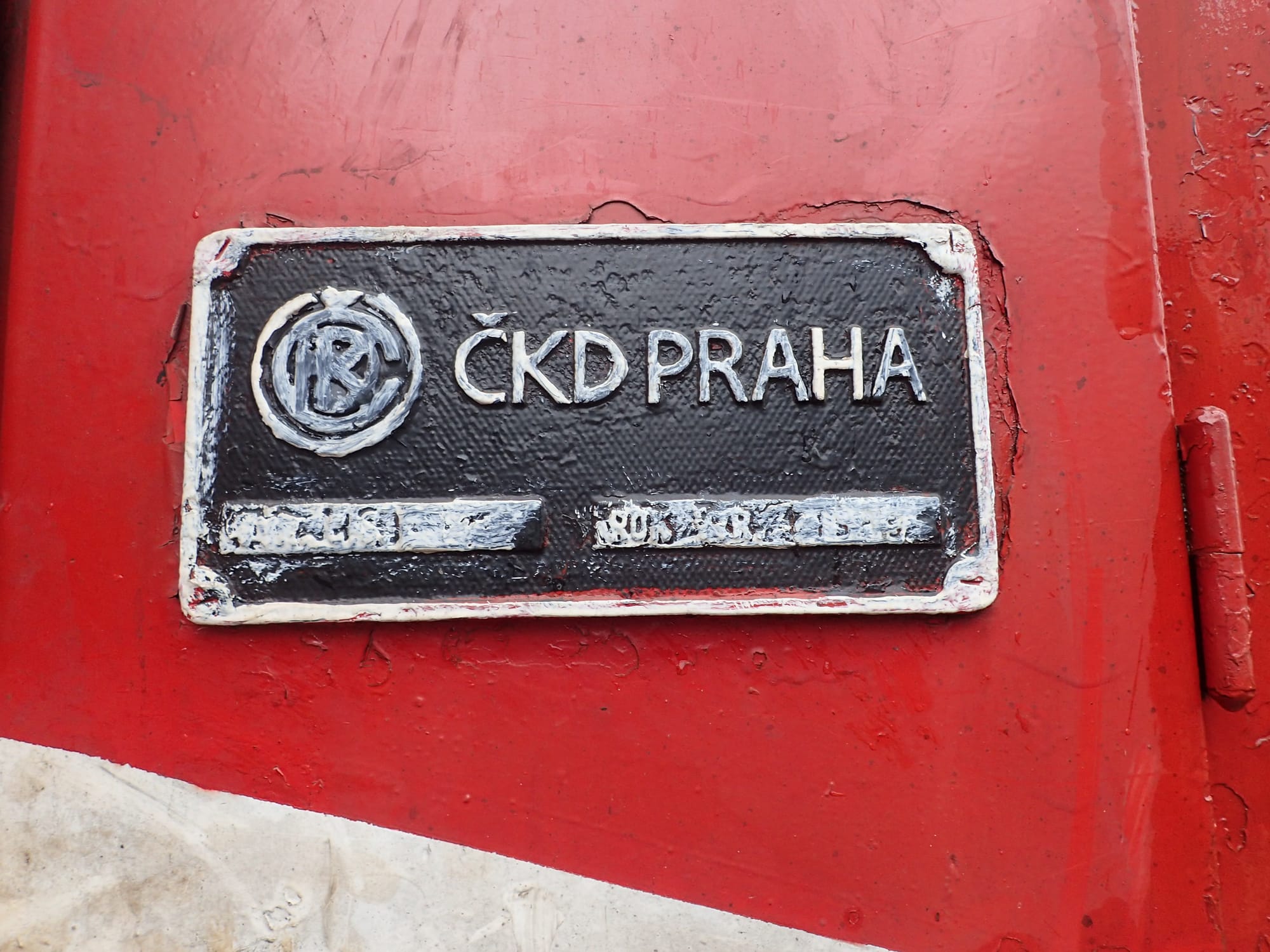
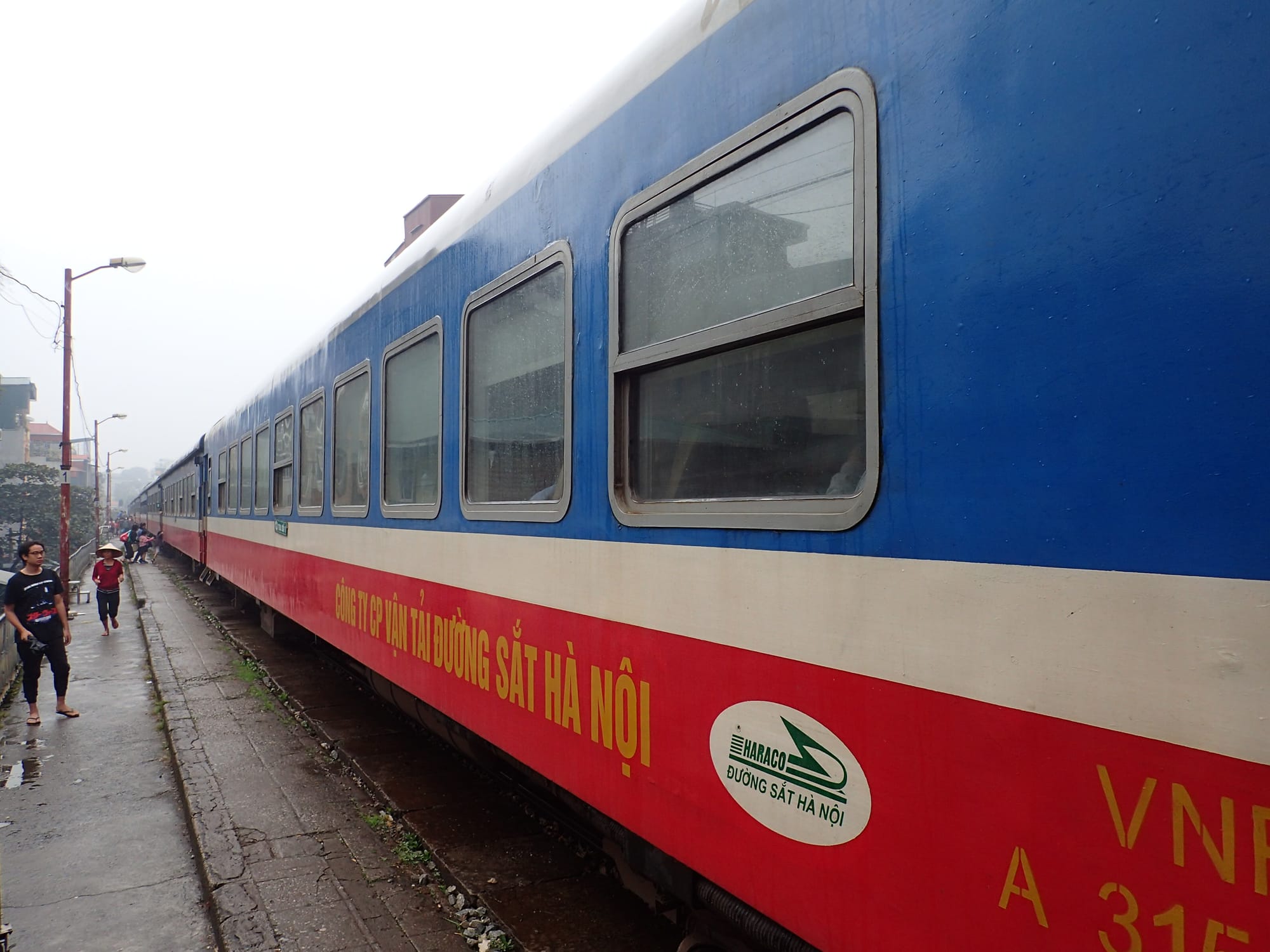
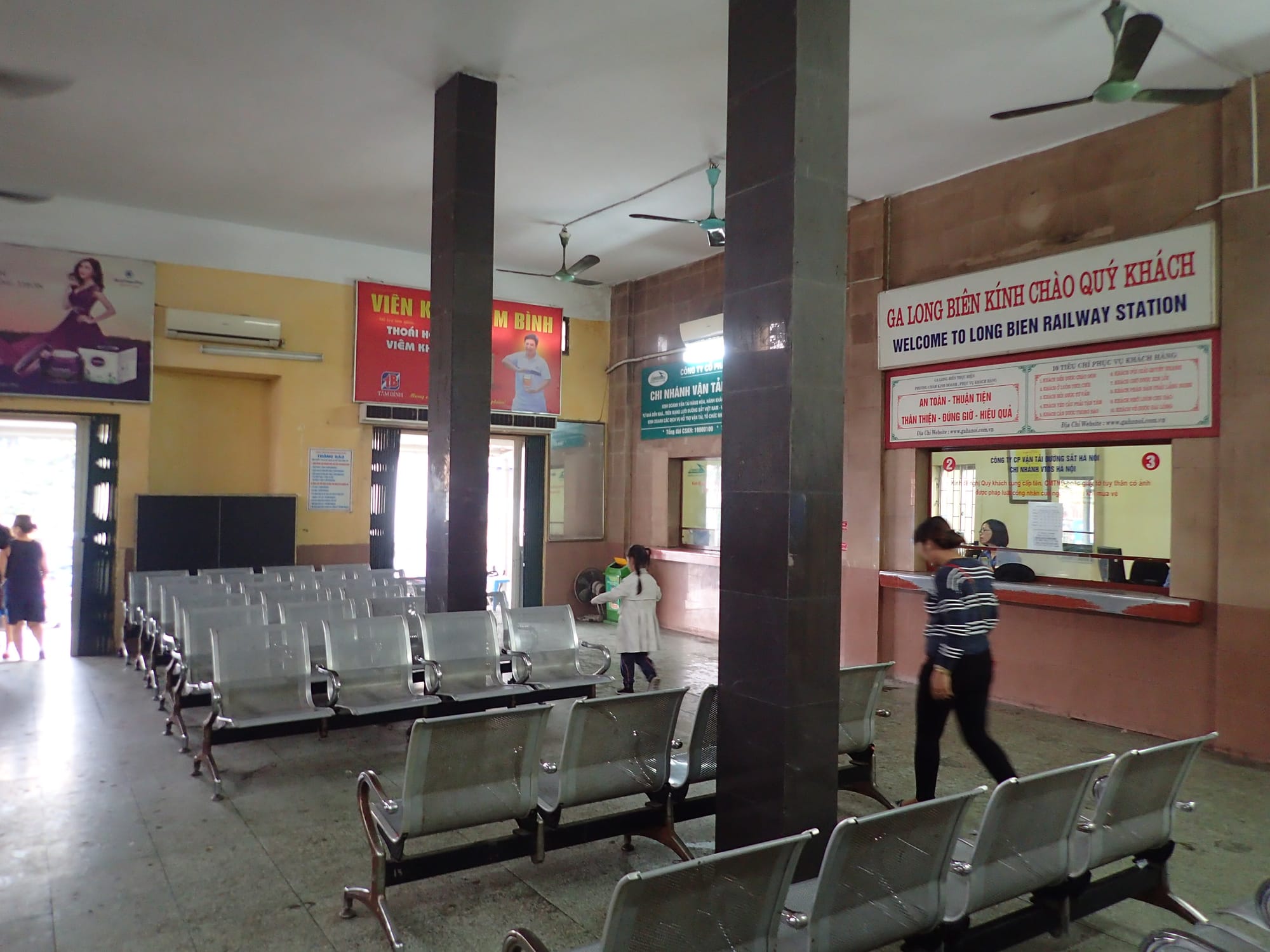
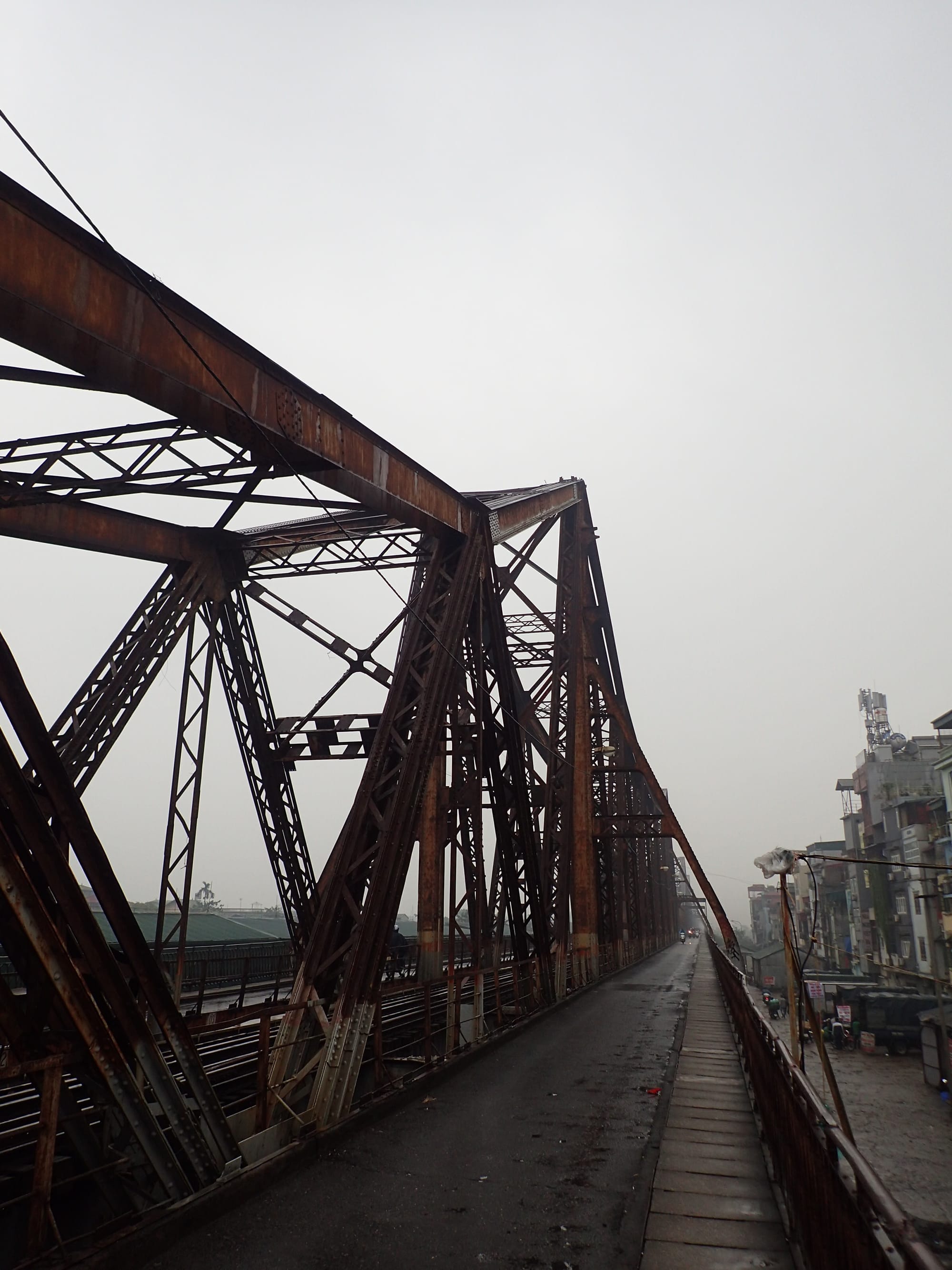
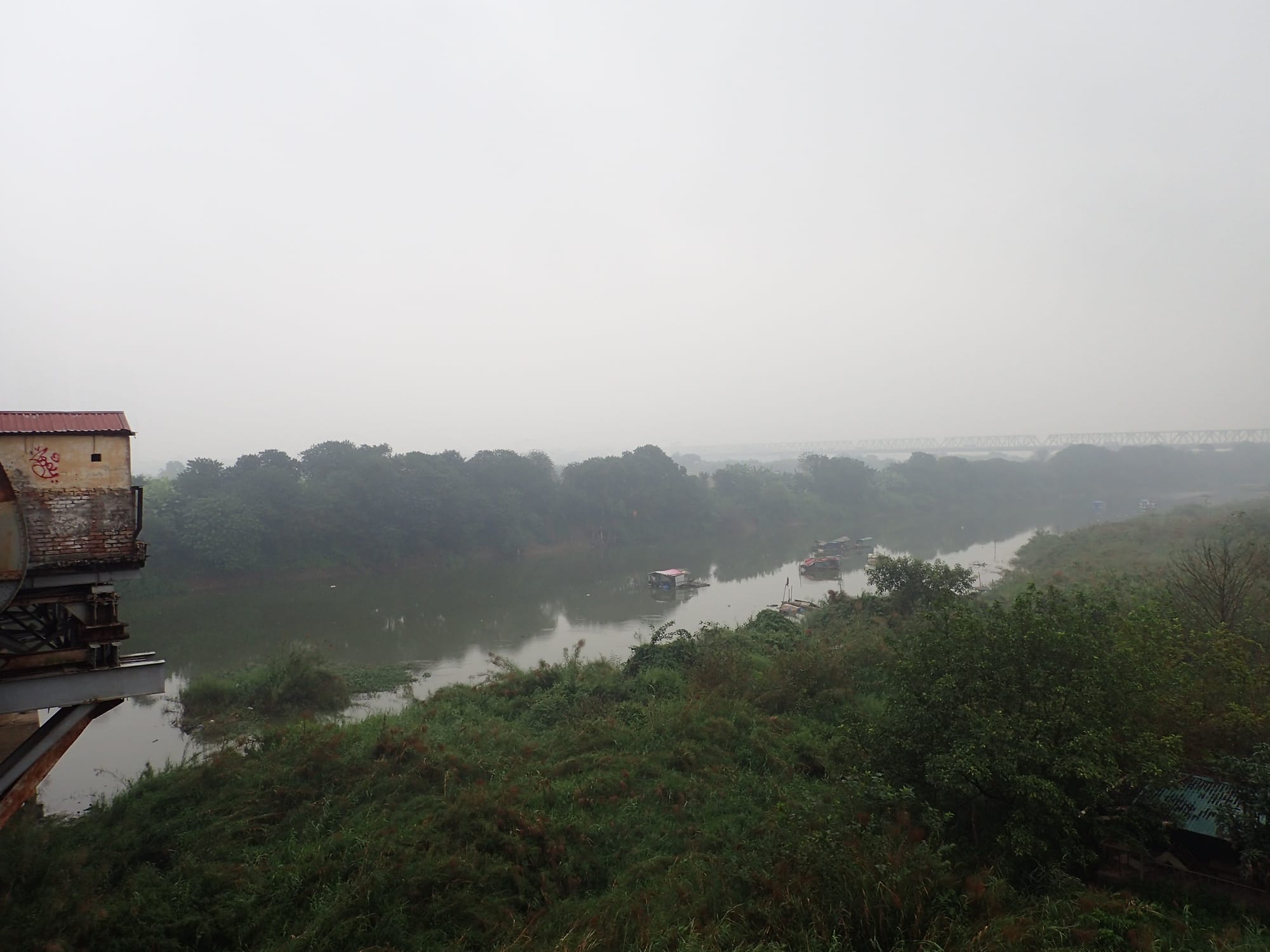
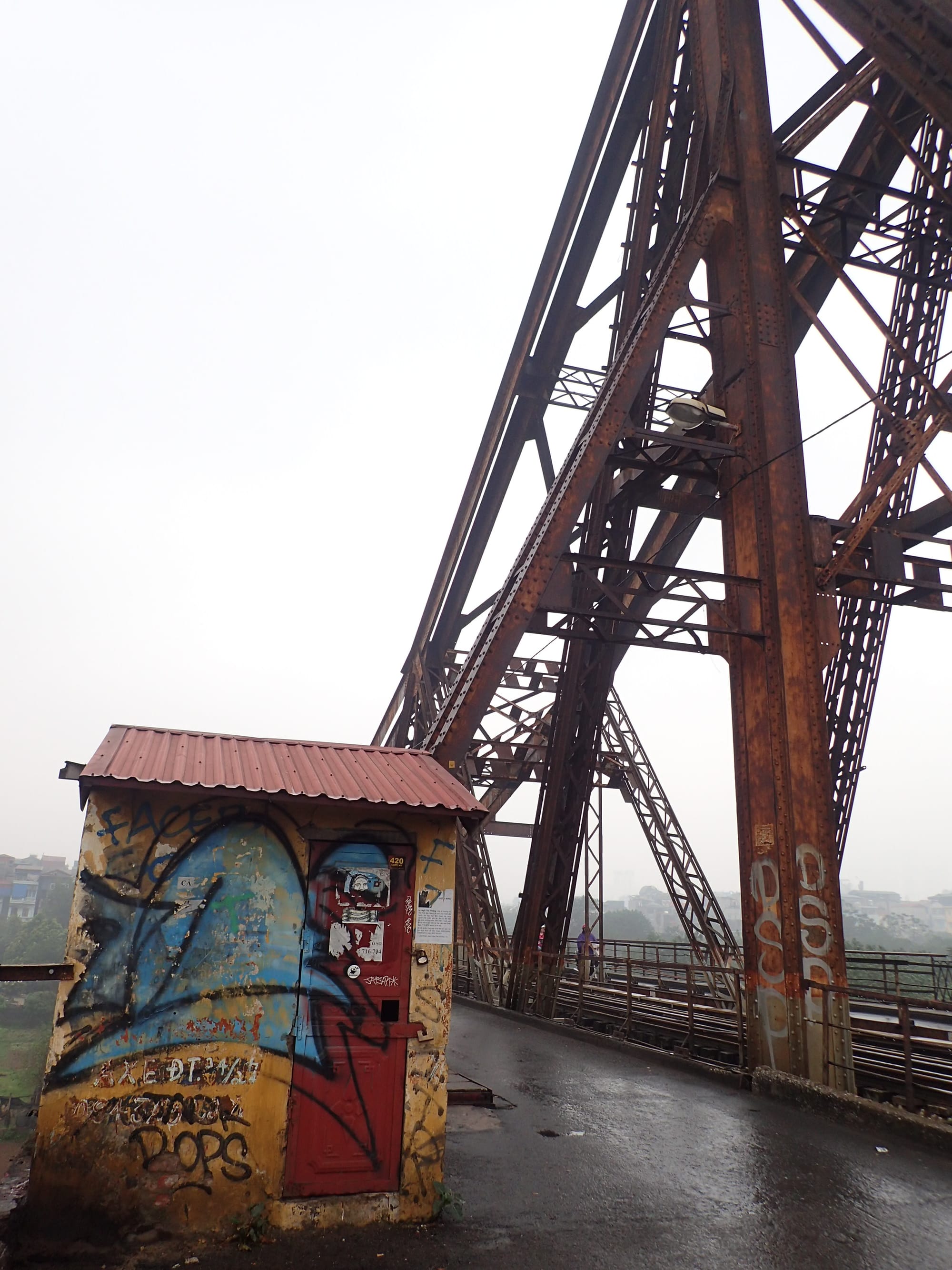
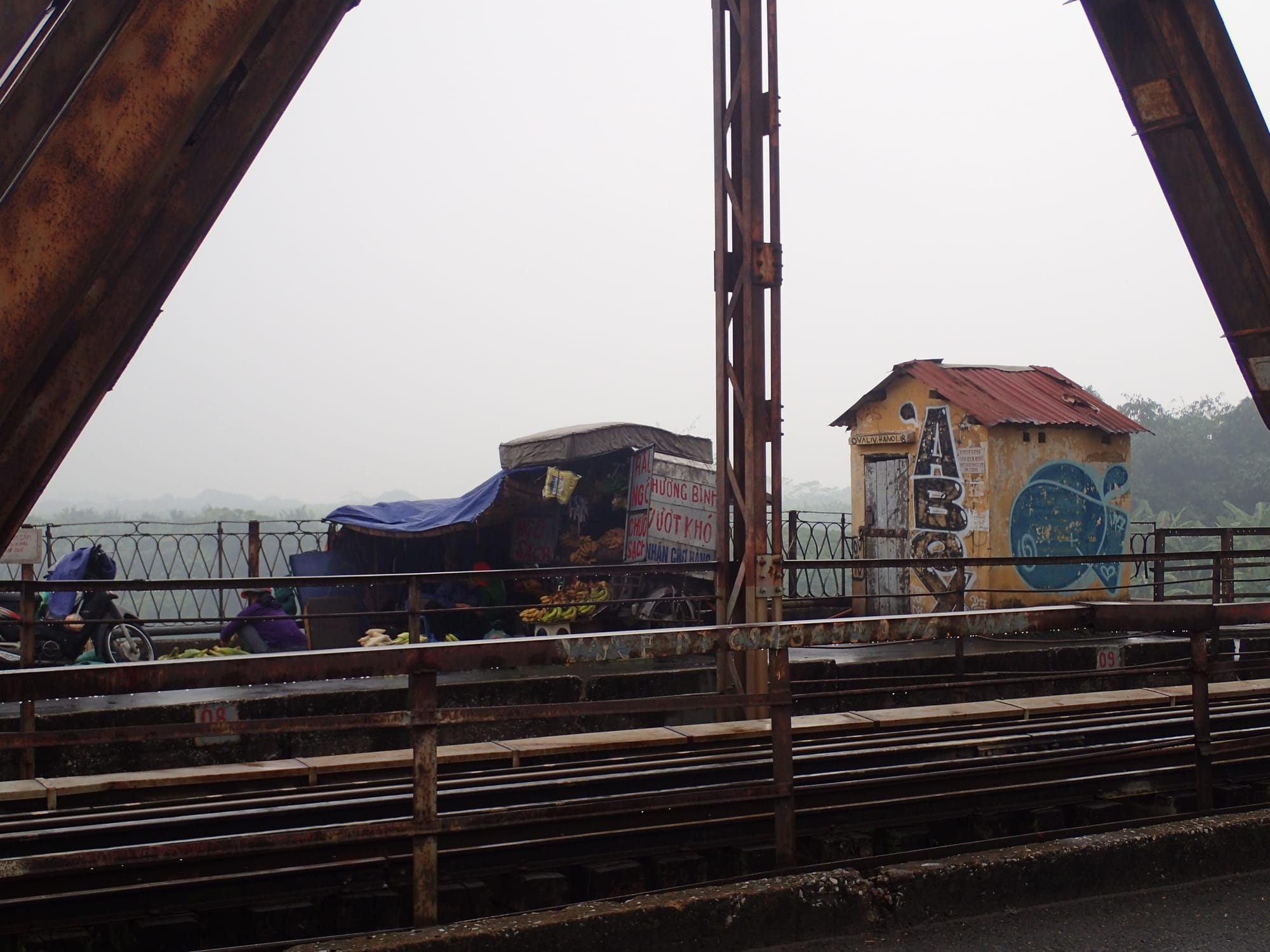
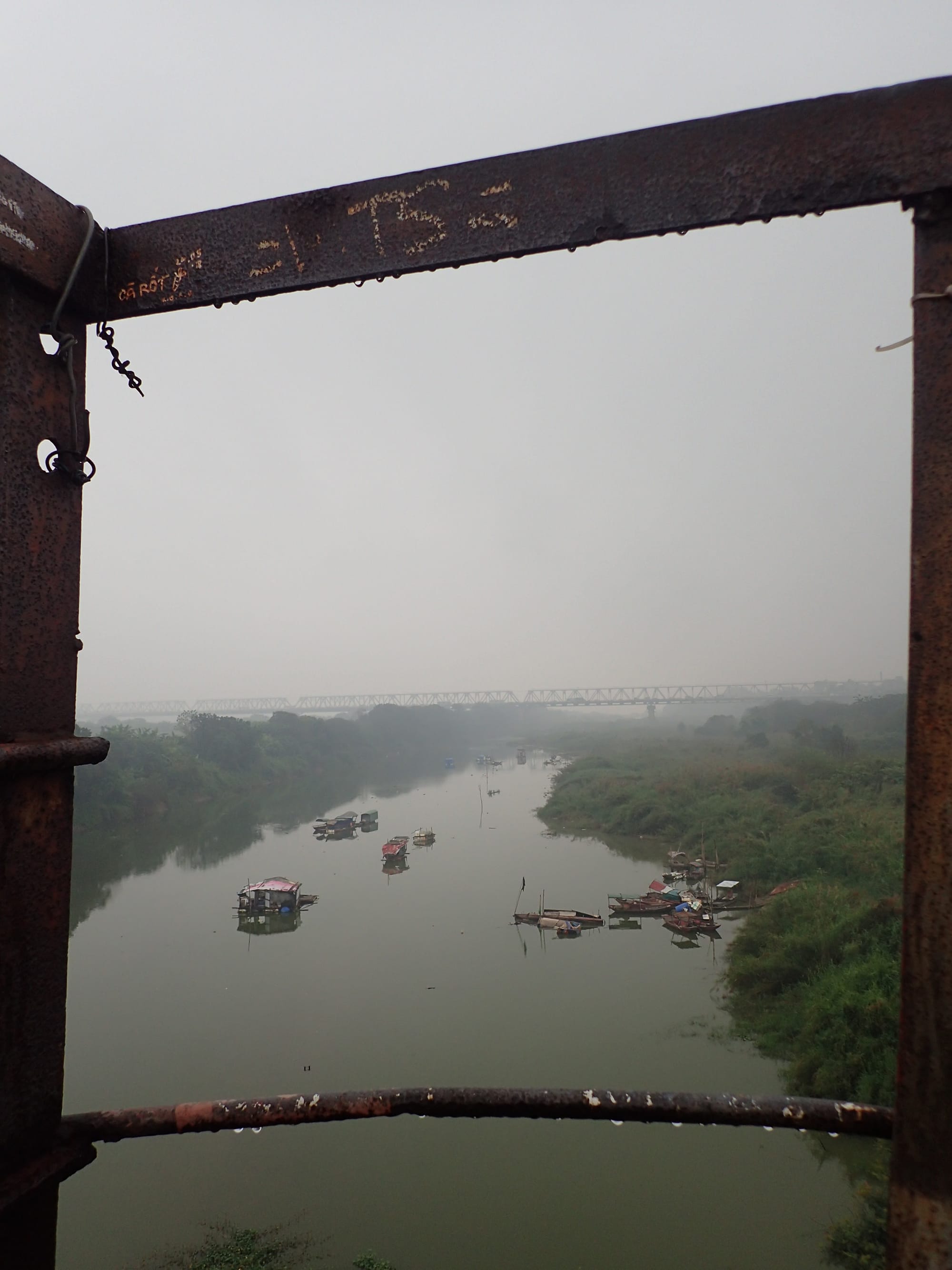
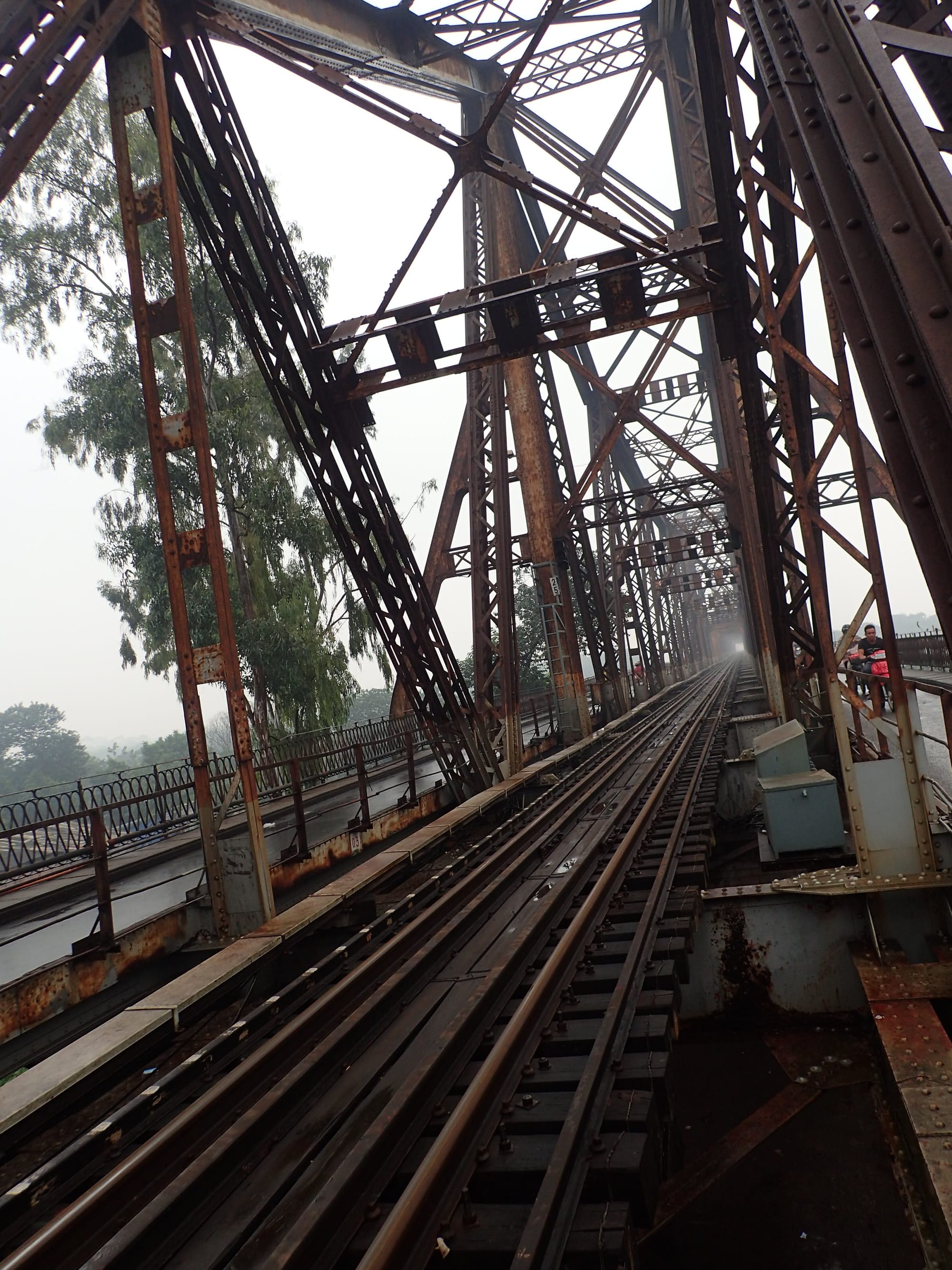
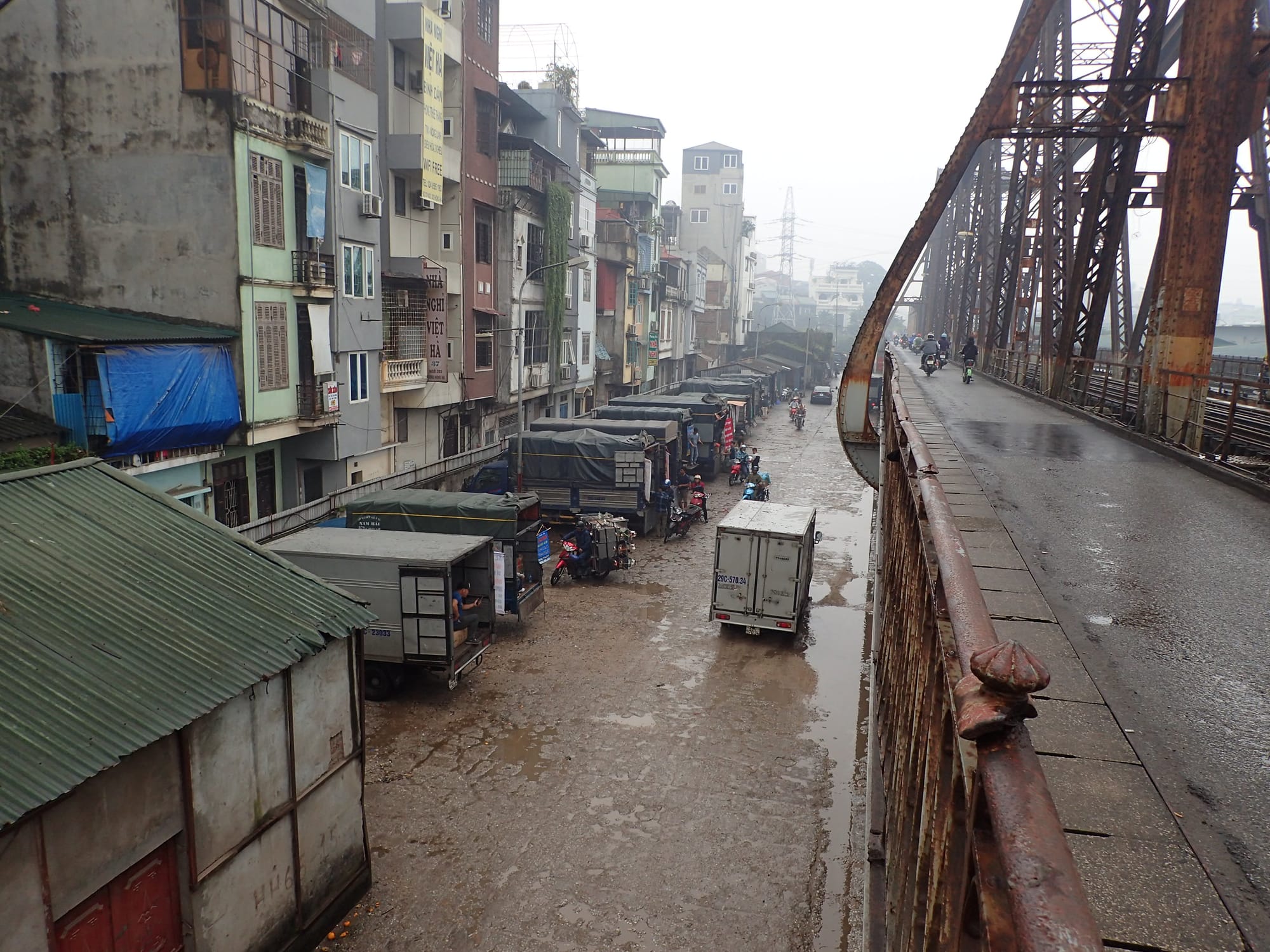
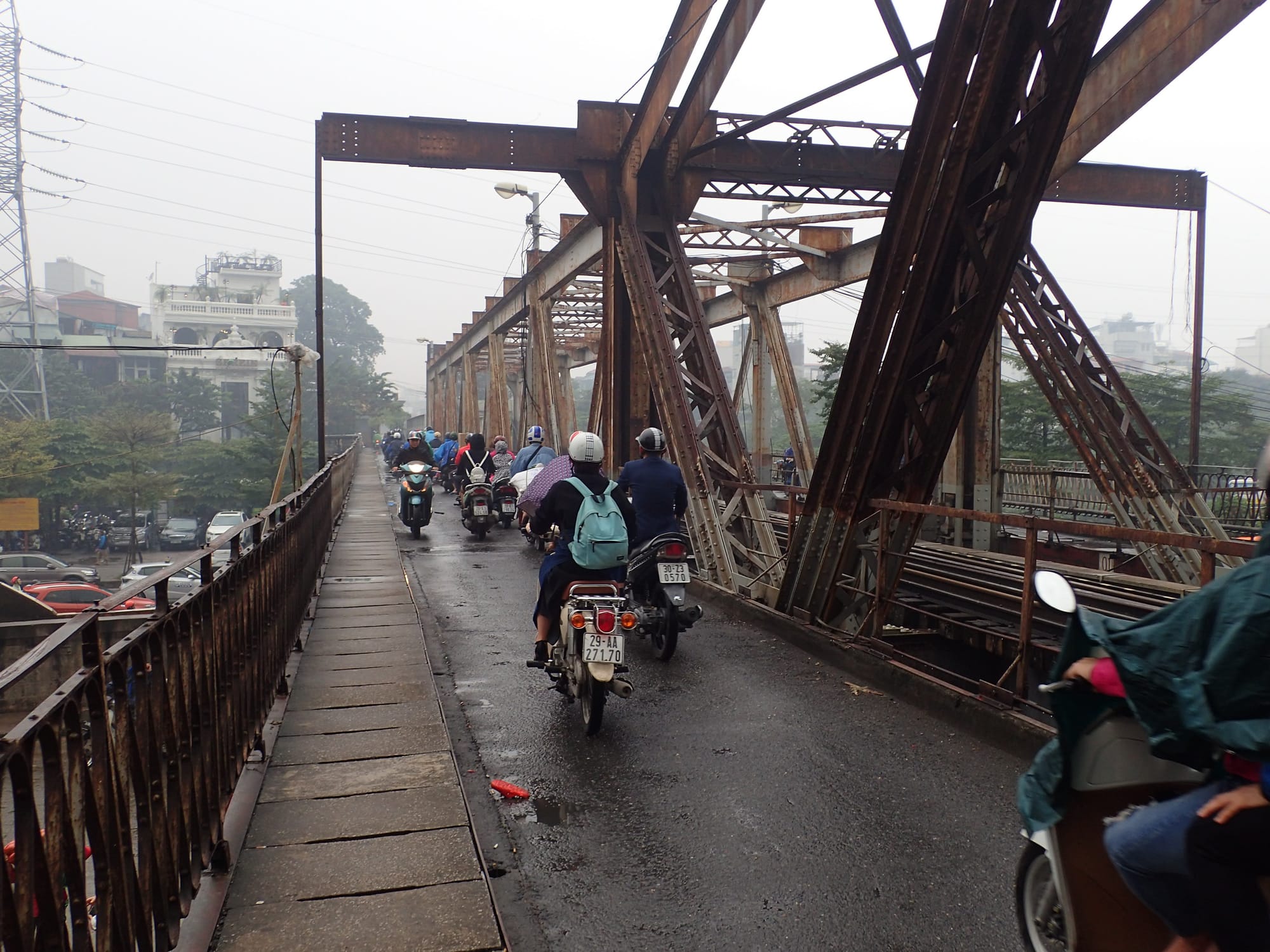
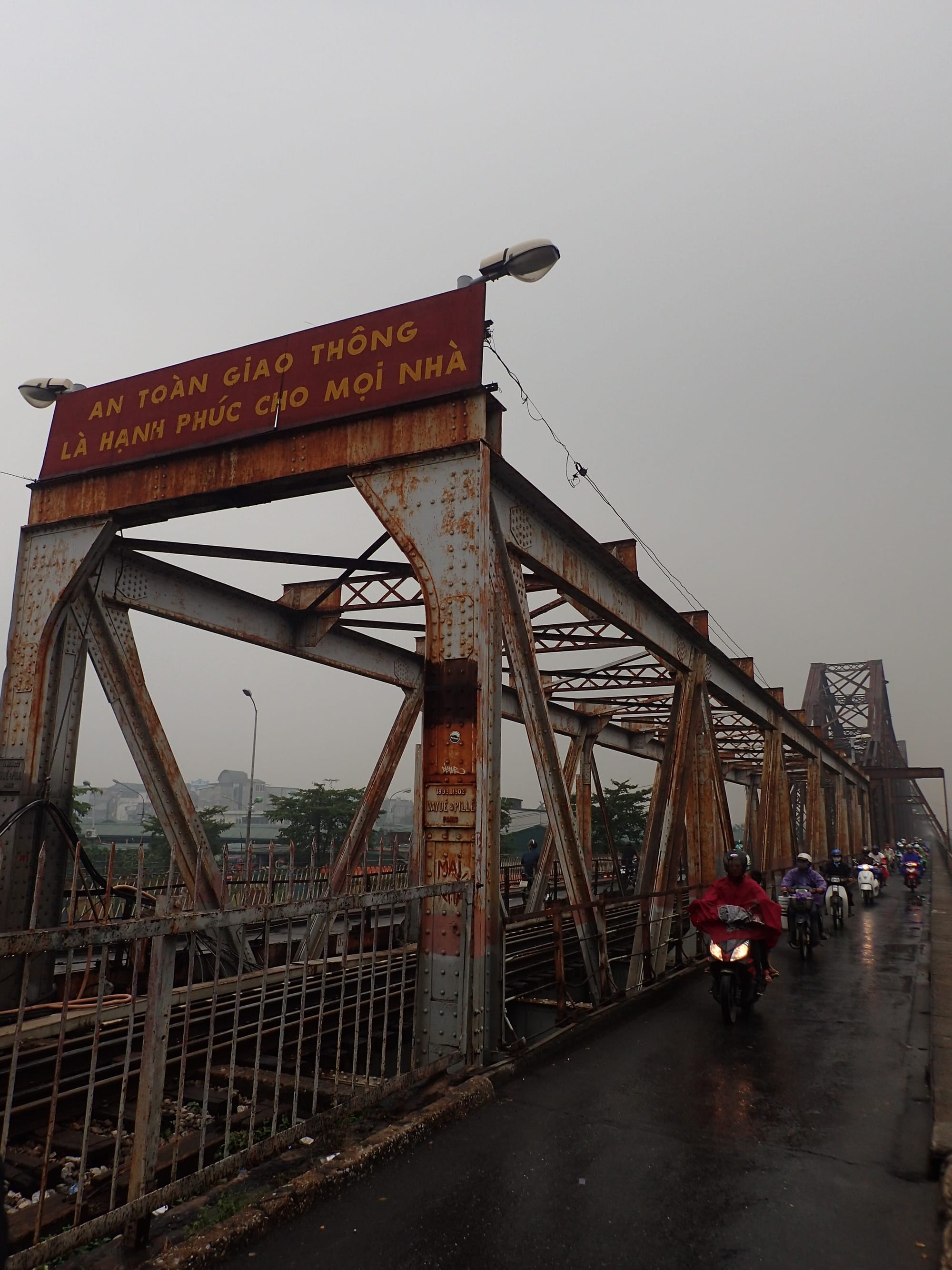
Long Bien Railway Station is one of the oldest and most historically significant train stations in Vietnam. Built in 1902 during the French colonial period, it stands at the western end of the iconic Long Biên Bridge and continues to serve as a vital transportation hub connecting Hanoi with provinces to the north and east.
Its French neoclassical architecture, modest size and singular track give the station a nostalgic charm that evokes a bygone era.
More than just a functional rail stop, Long Biên Station is a place where heritage, urban life and photography converge. A cozy waiting lounge with arched glass windows offers a scenic spot to enjoy a coffee while watching trains pass by, with the iconic bridge stretching out in the background.
Hồ Hoàn Kiếm/Đền Ngọc Sơn (Hoan Kiem Lake/Ngoc Son Temple)

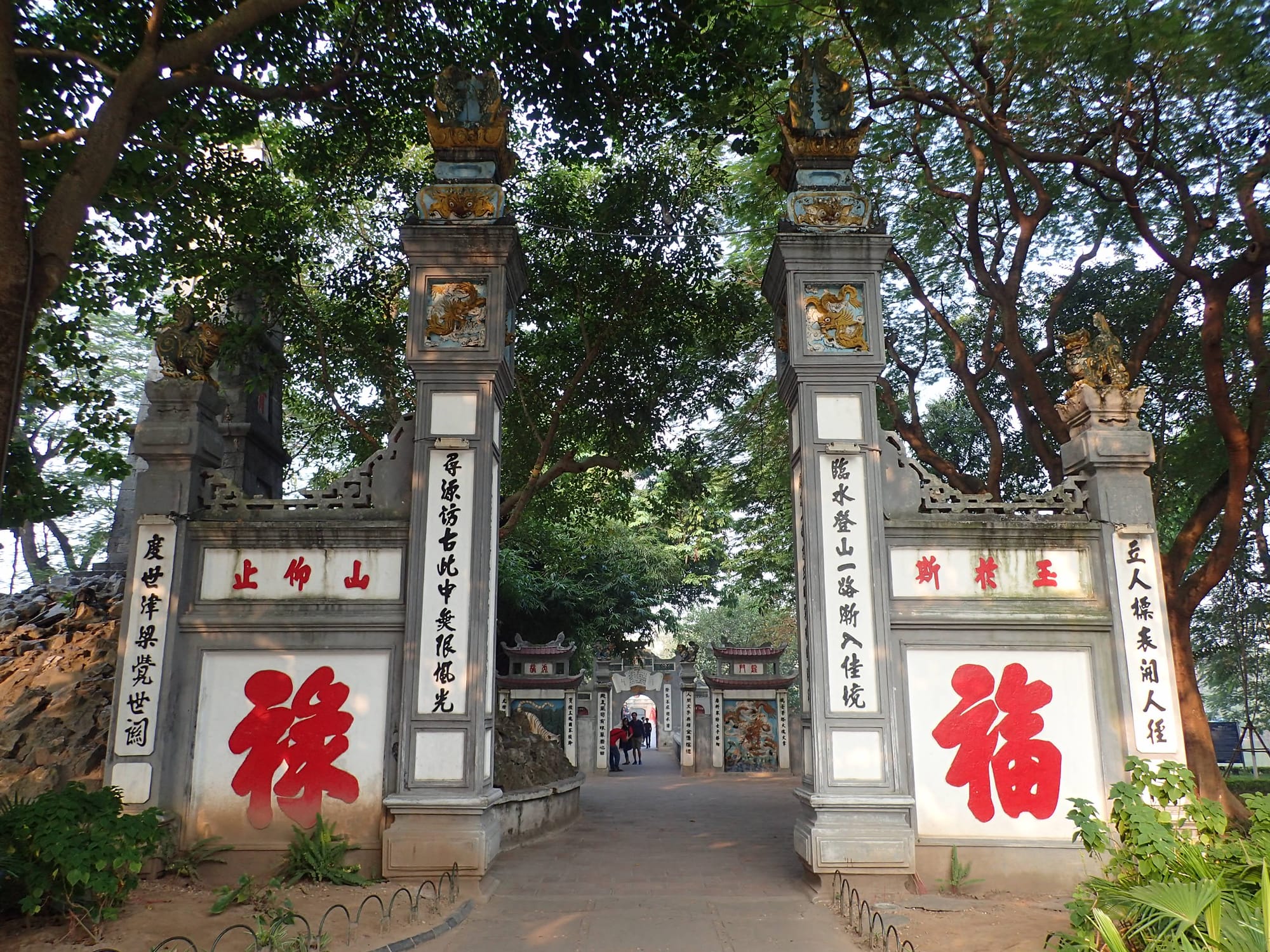
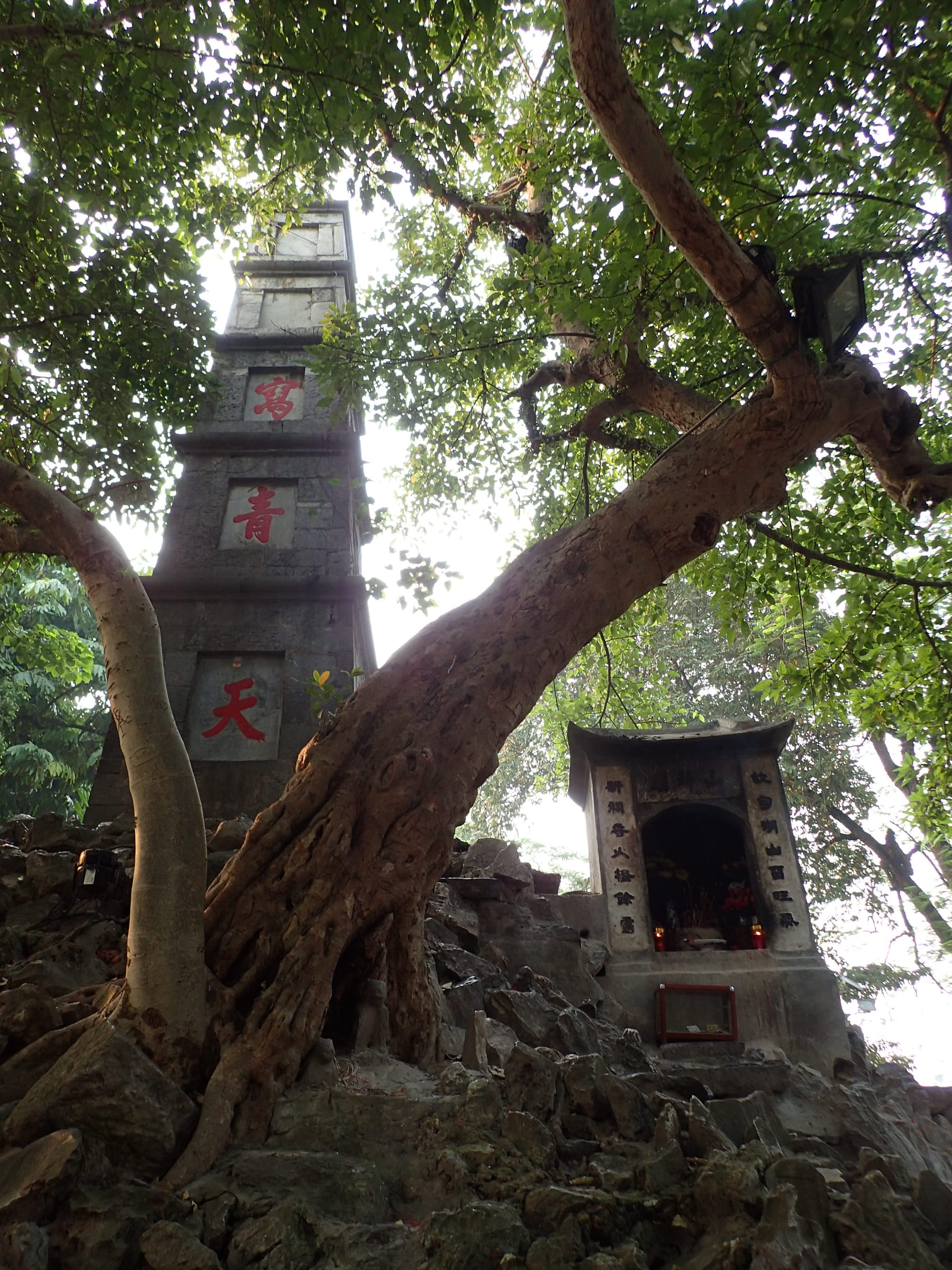
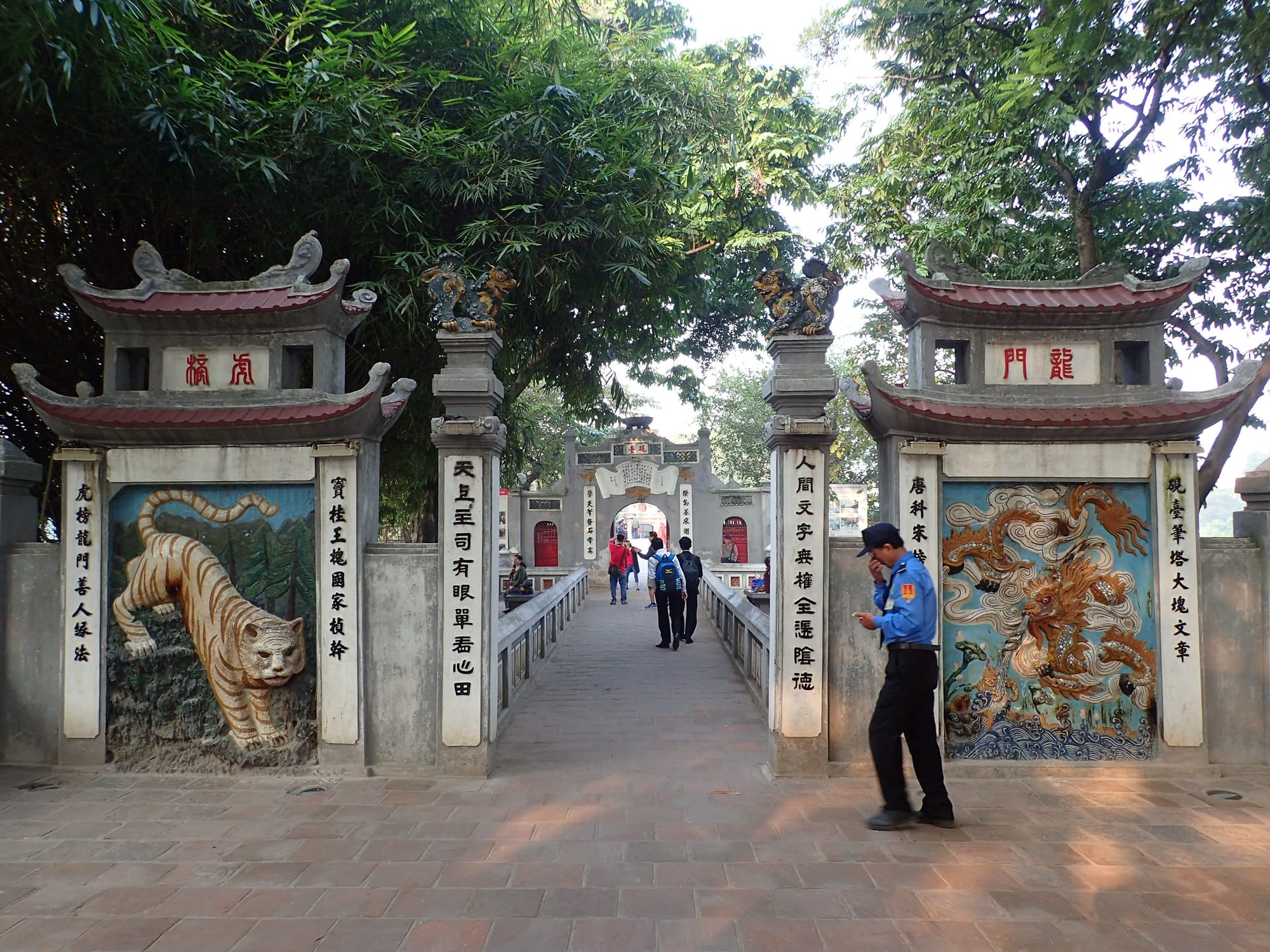
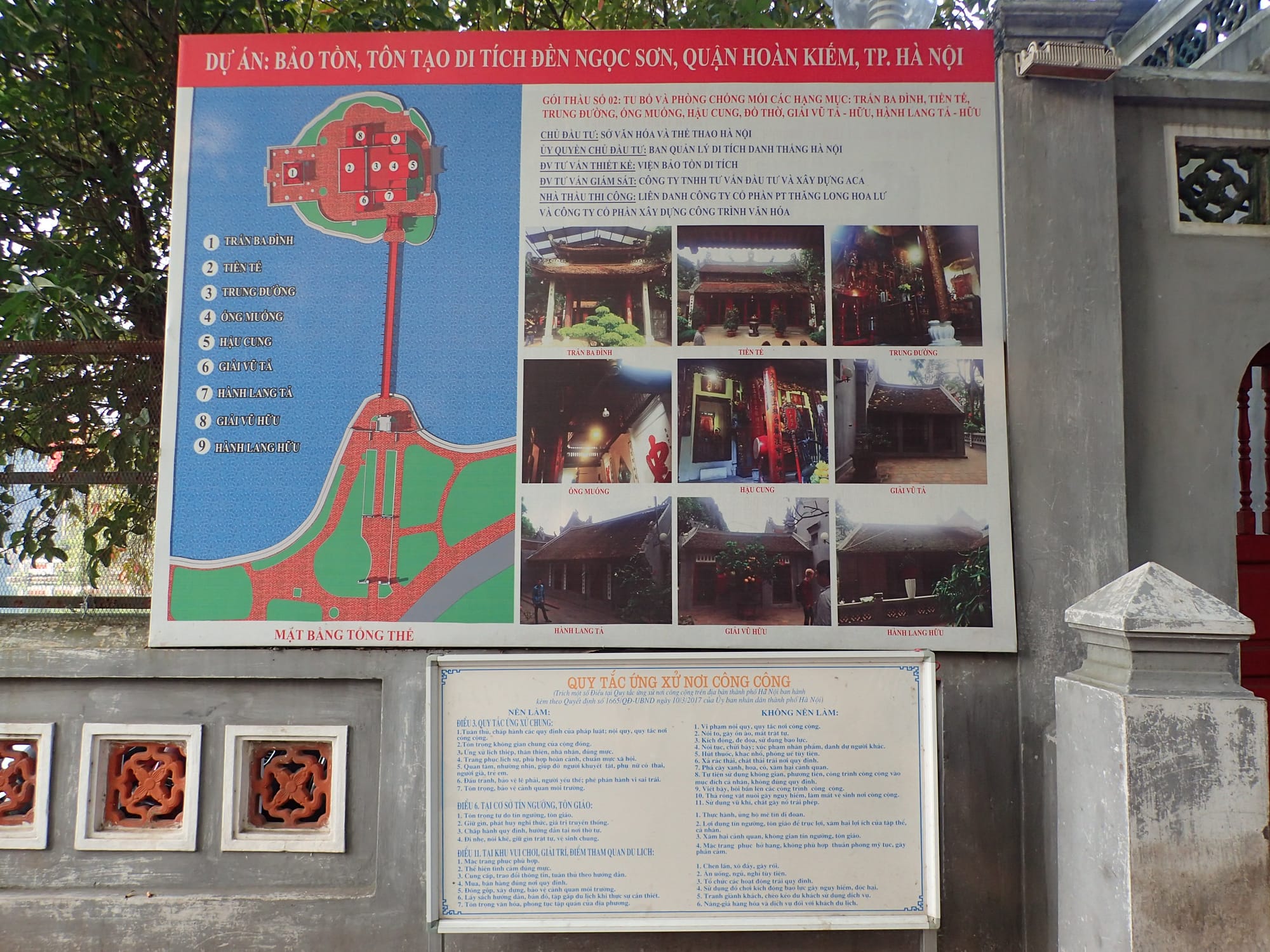
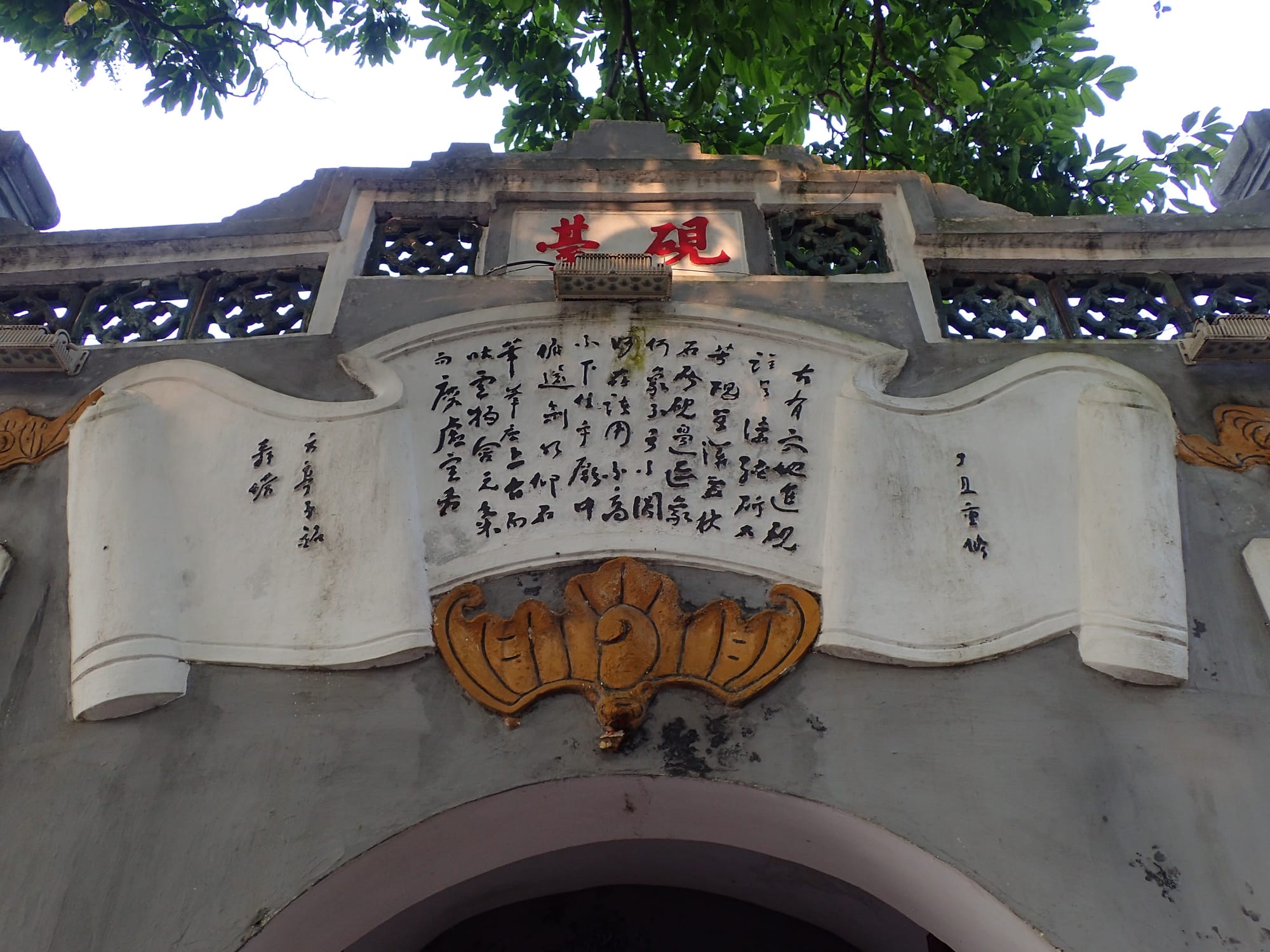
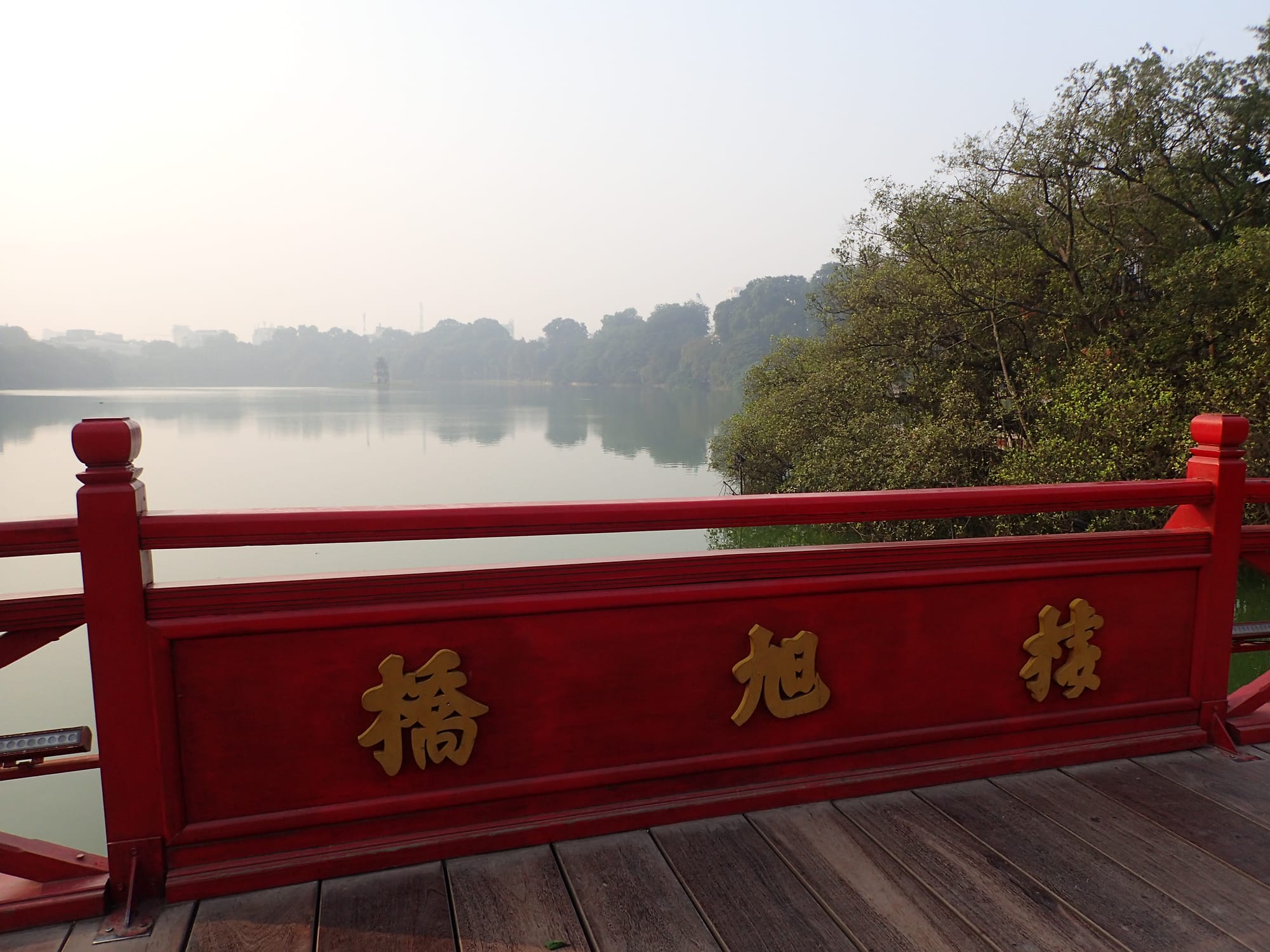
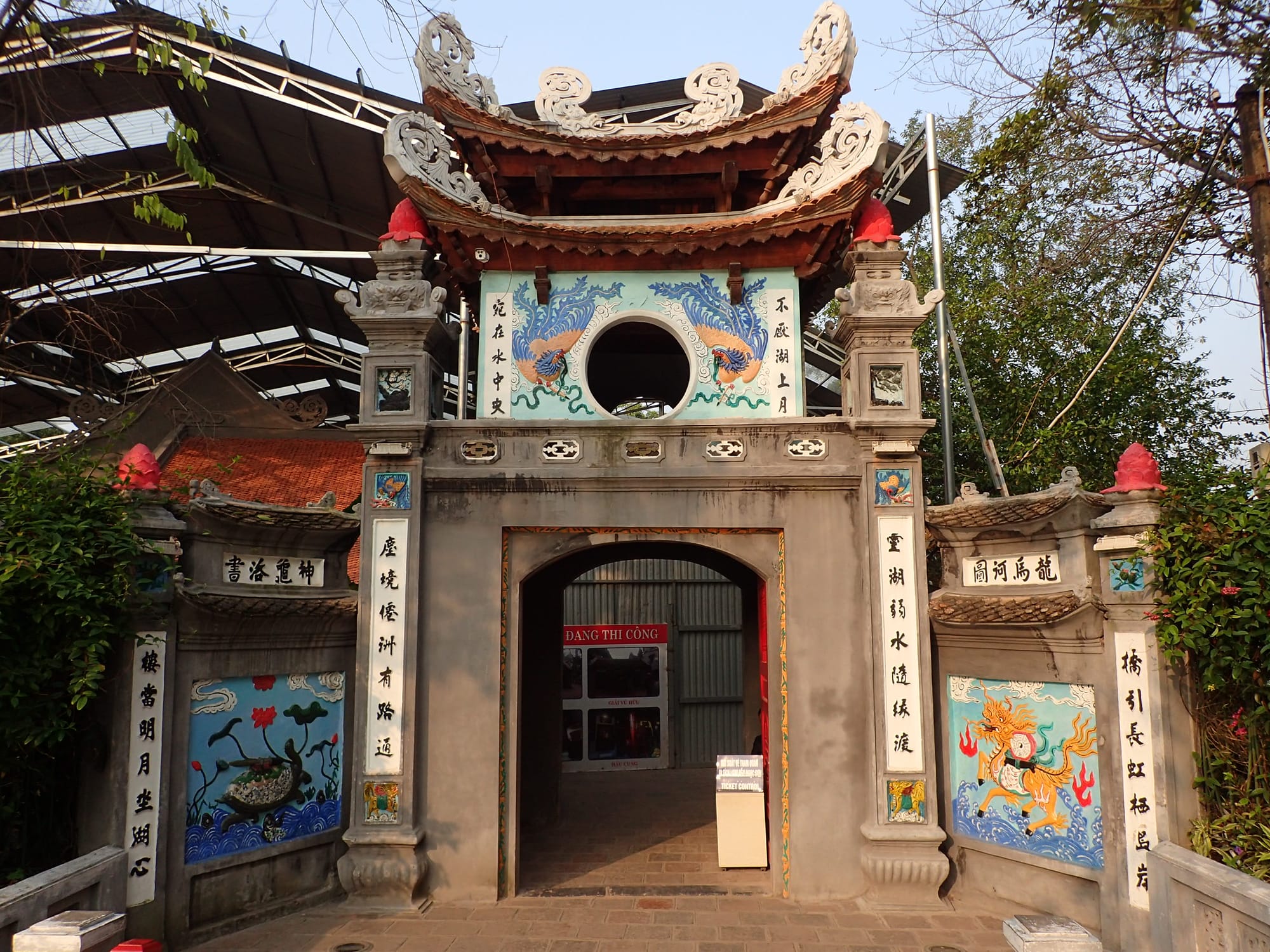
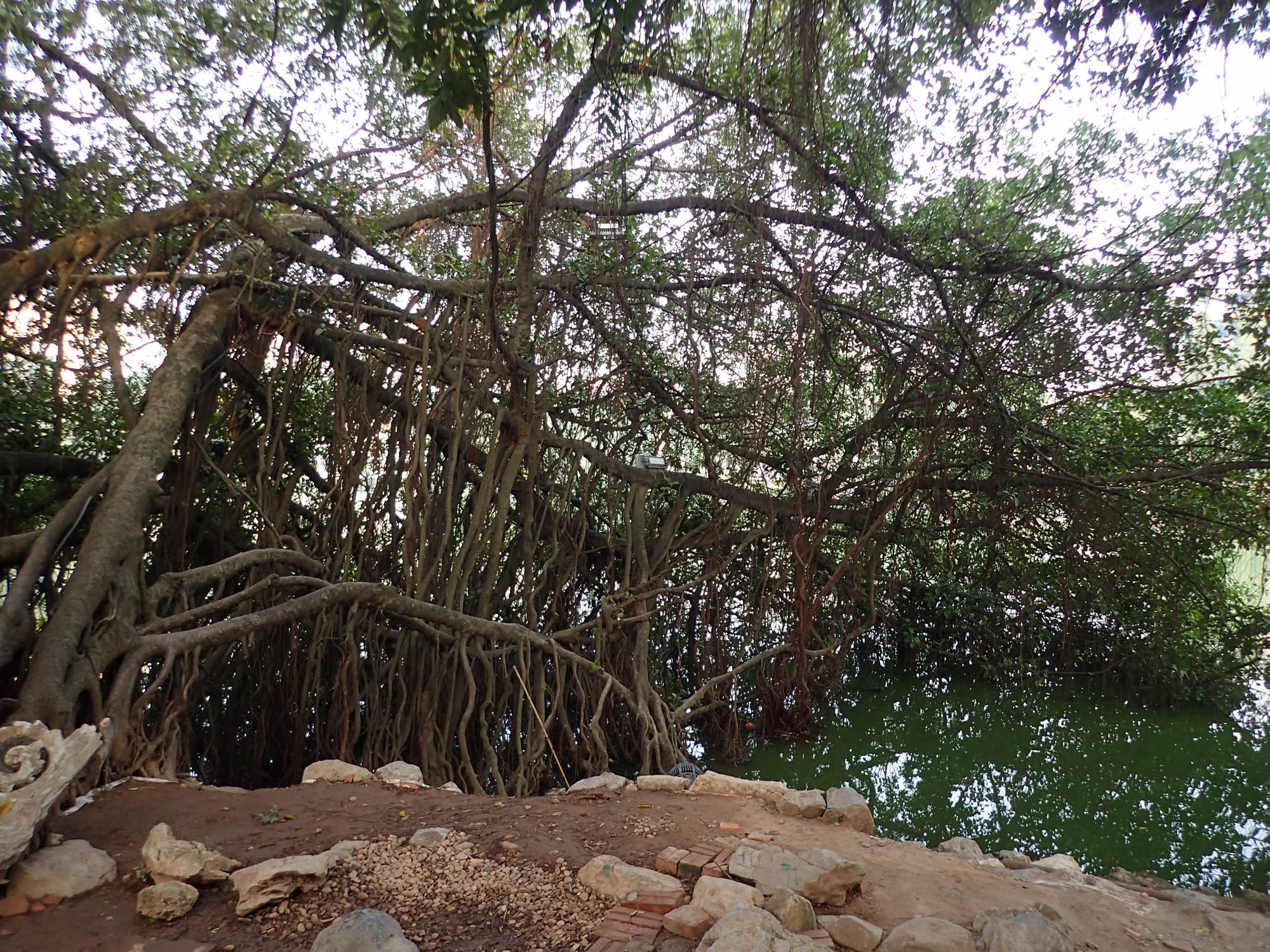
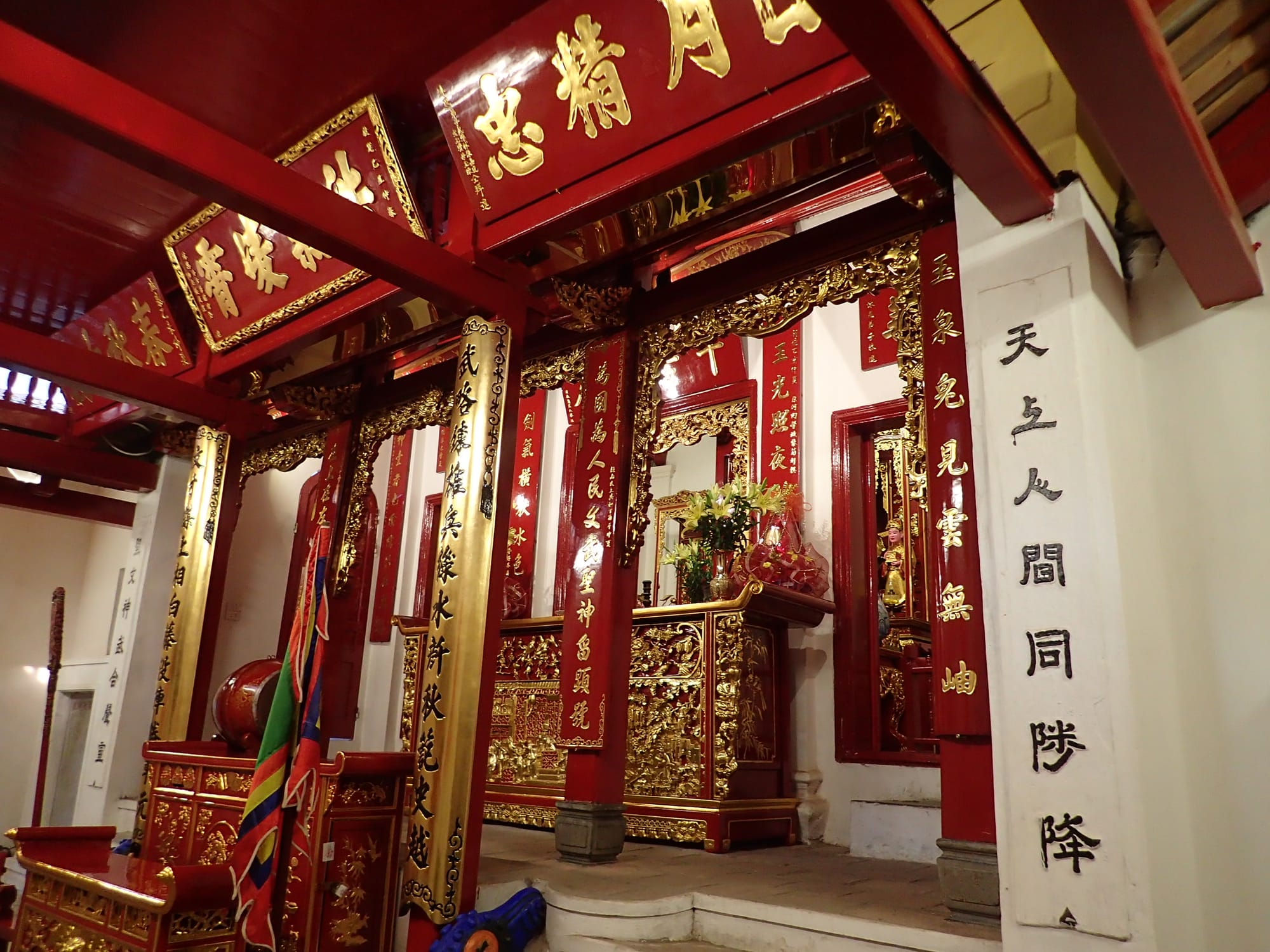
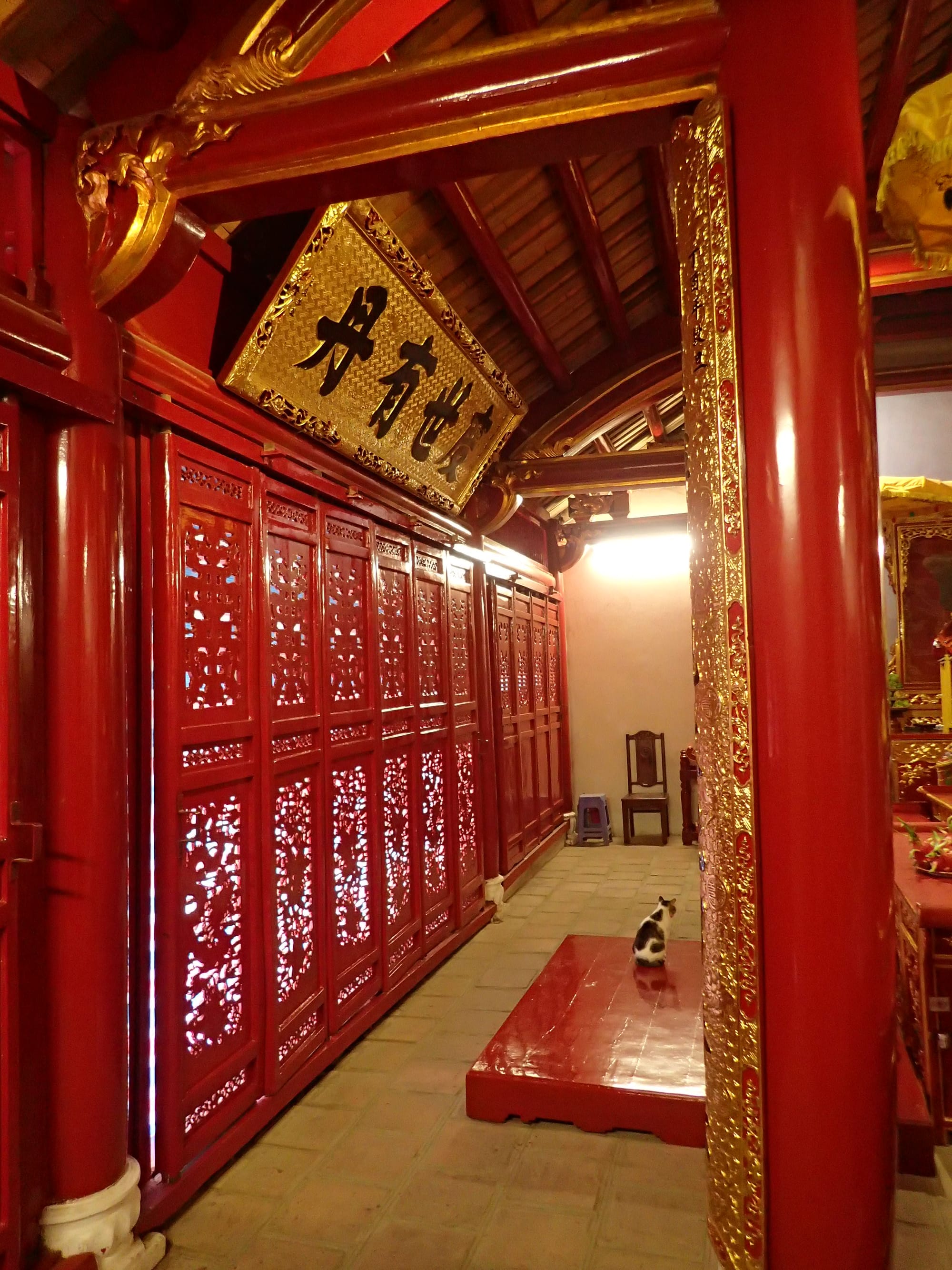
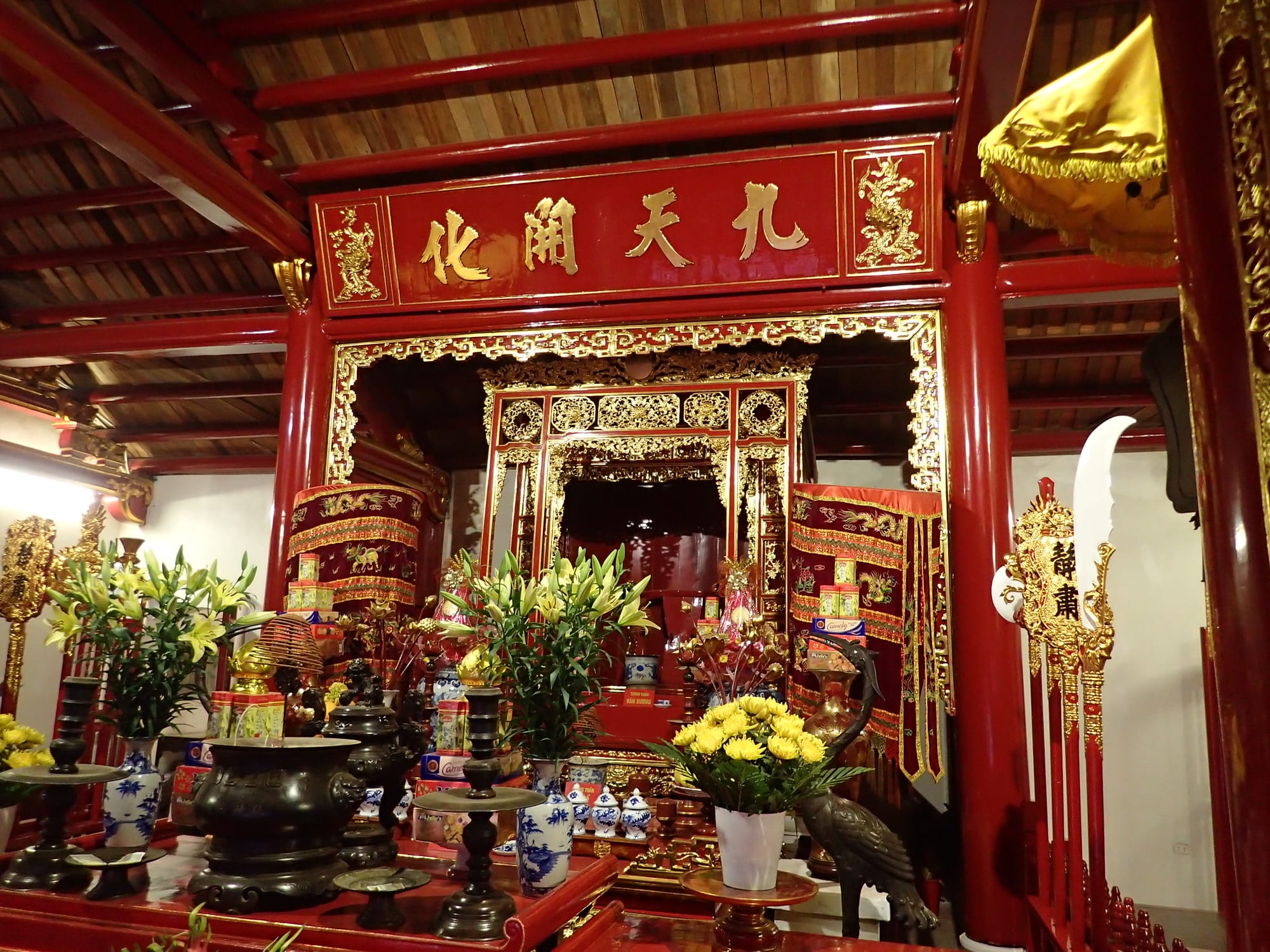
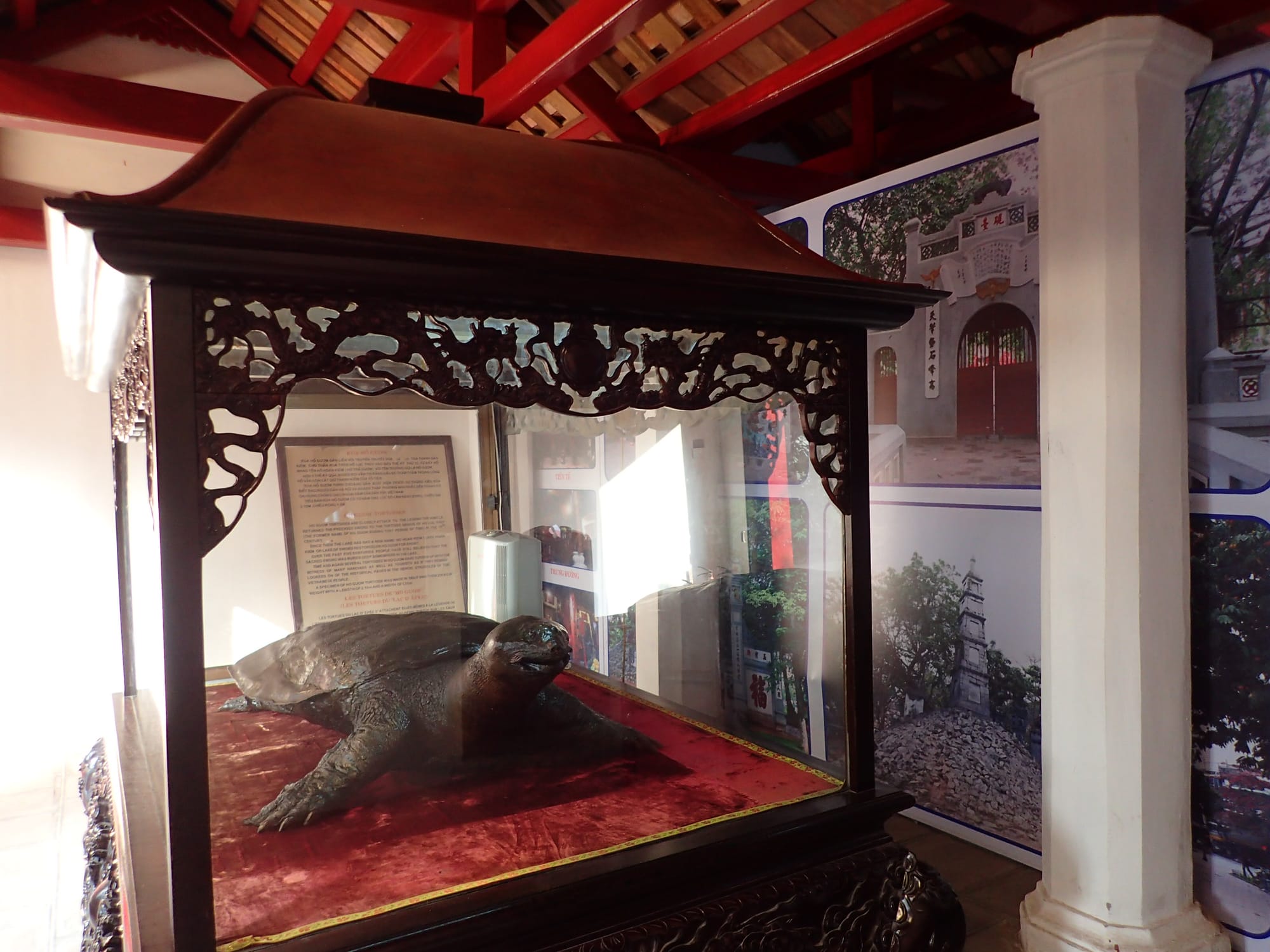
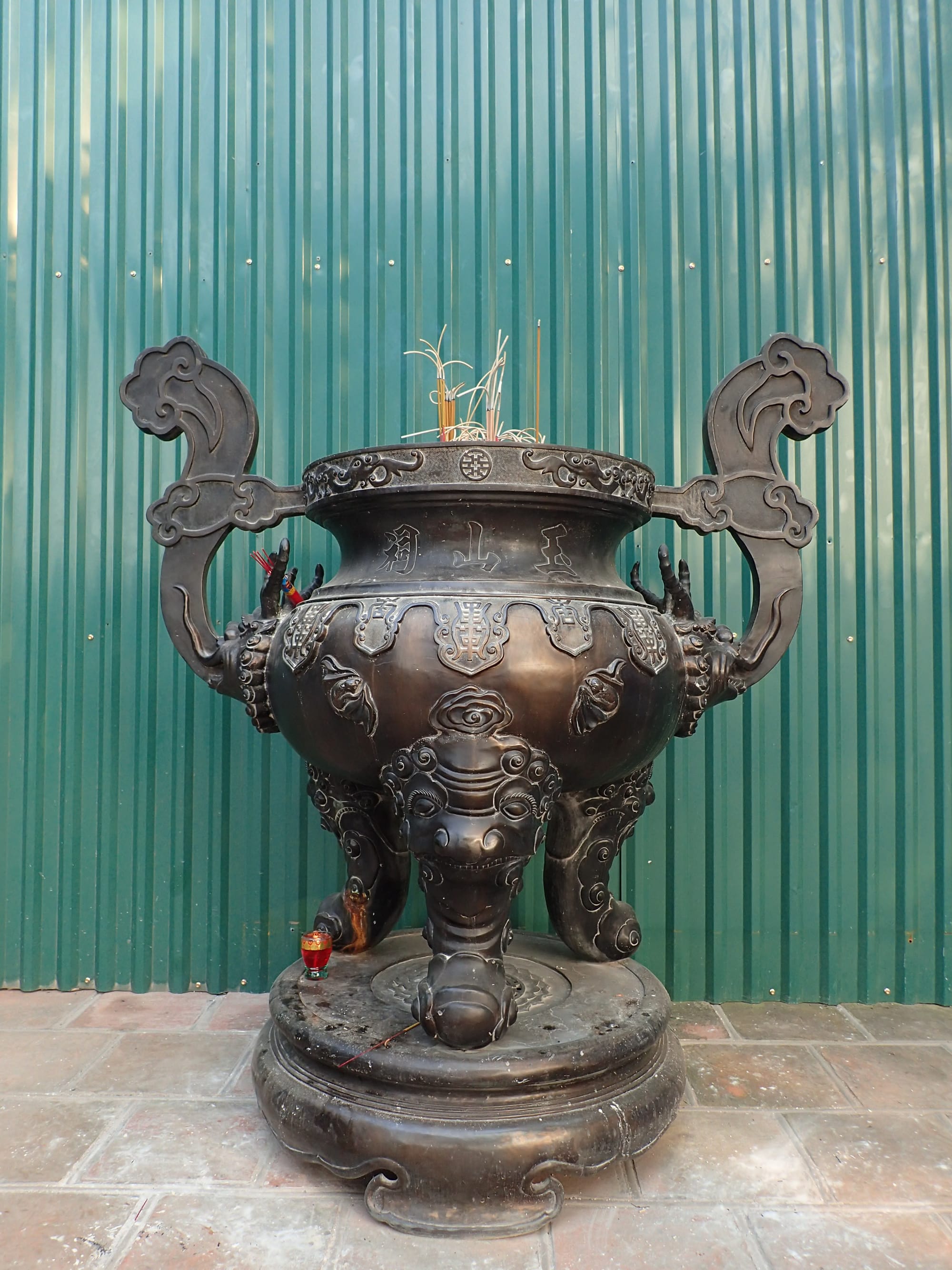
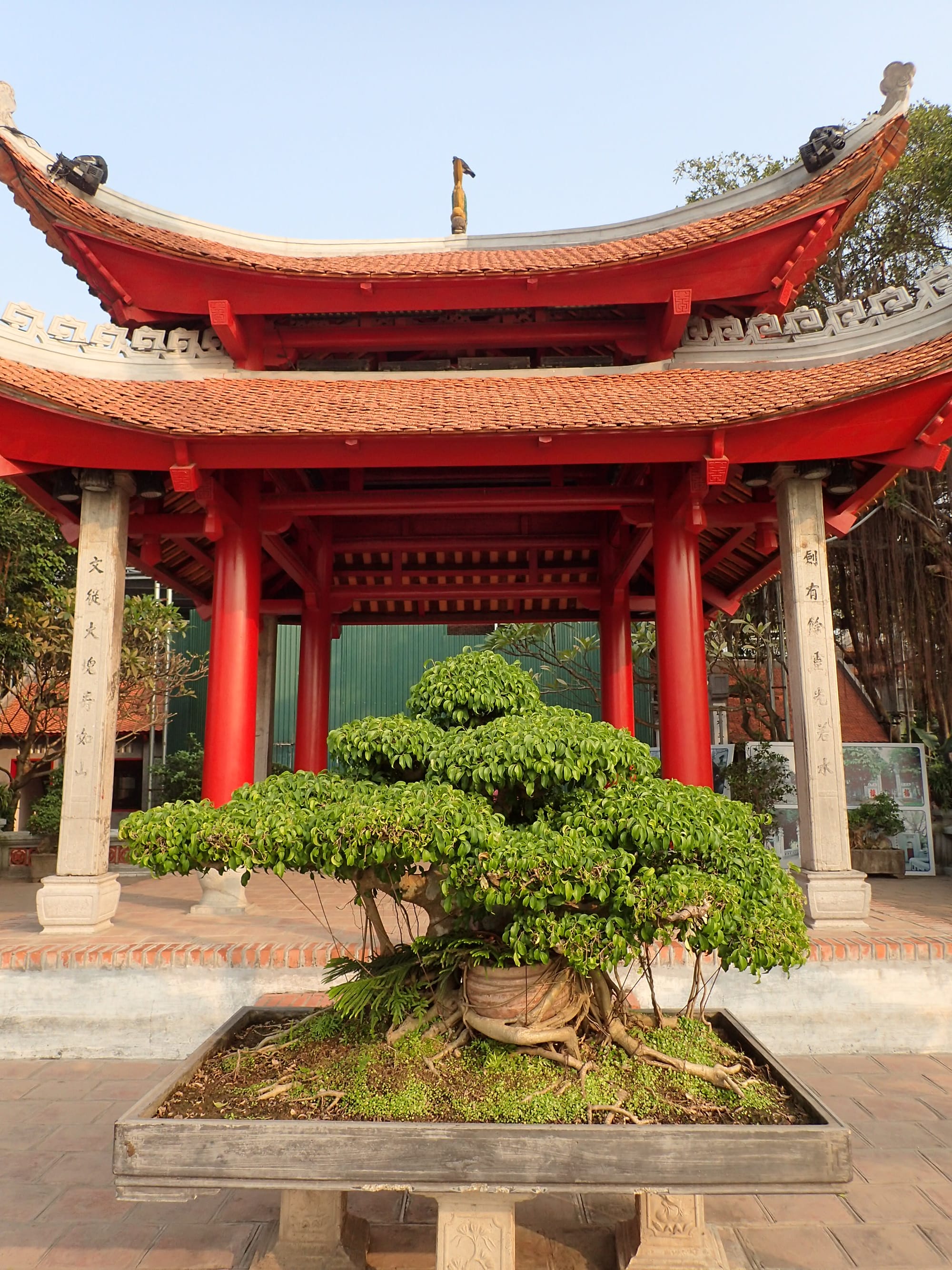
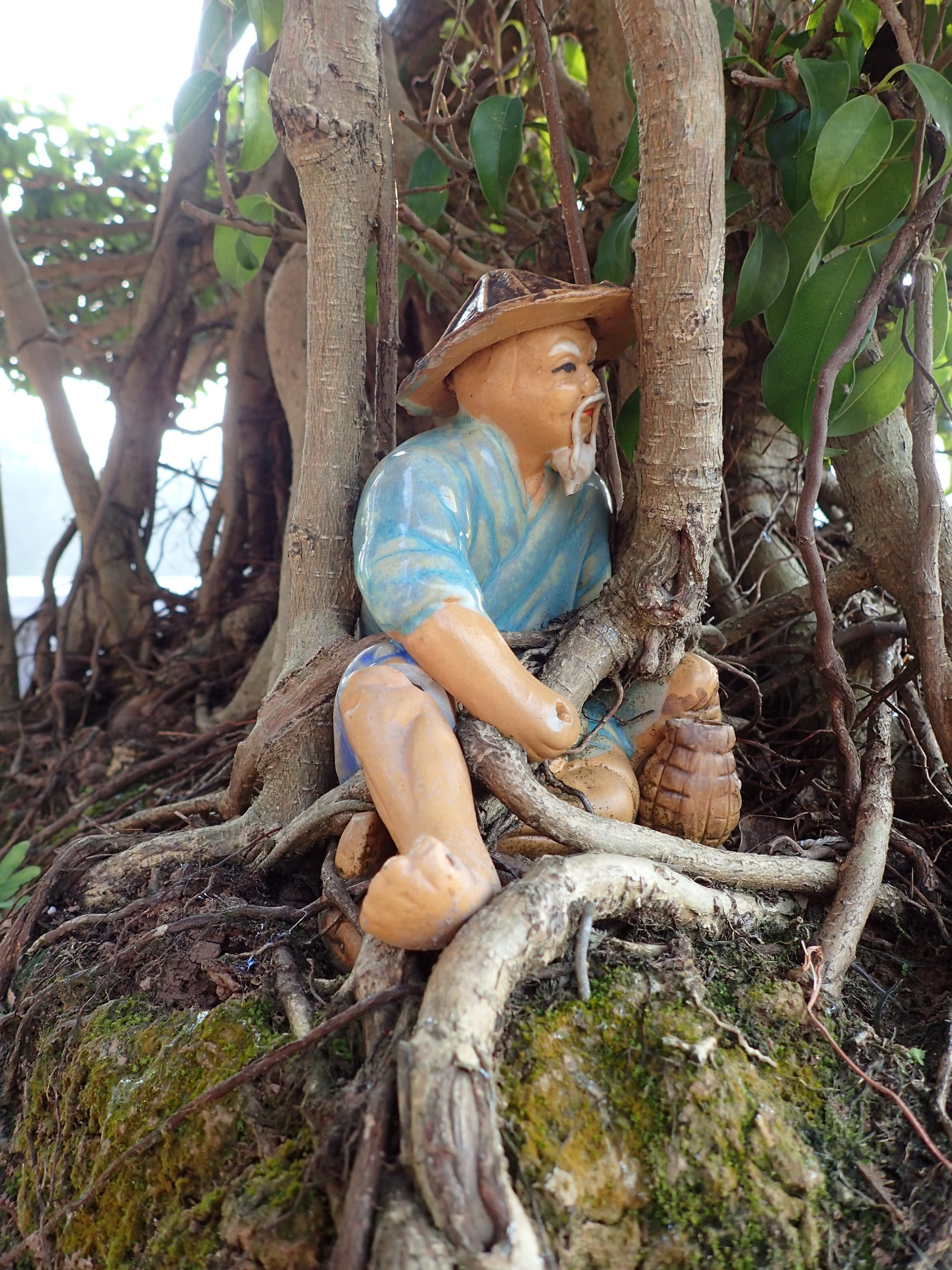
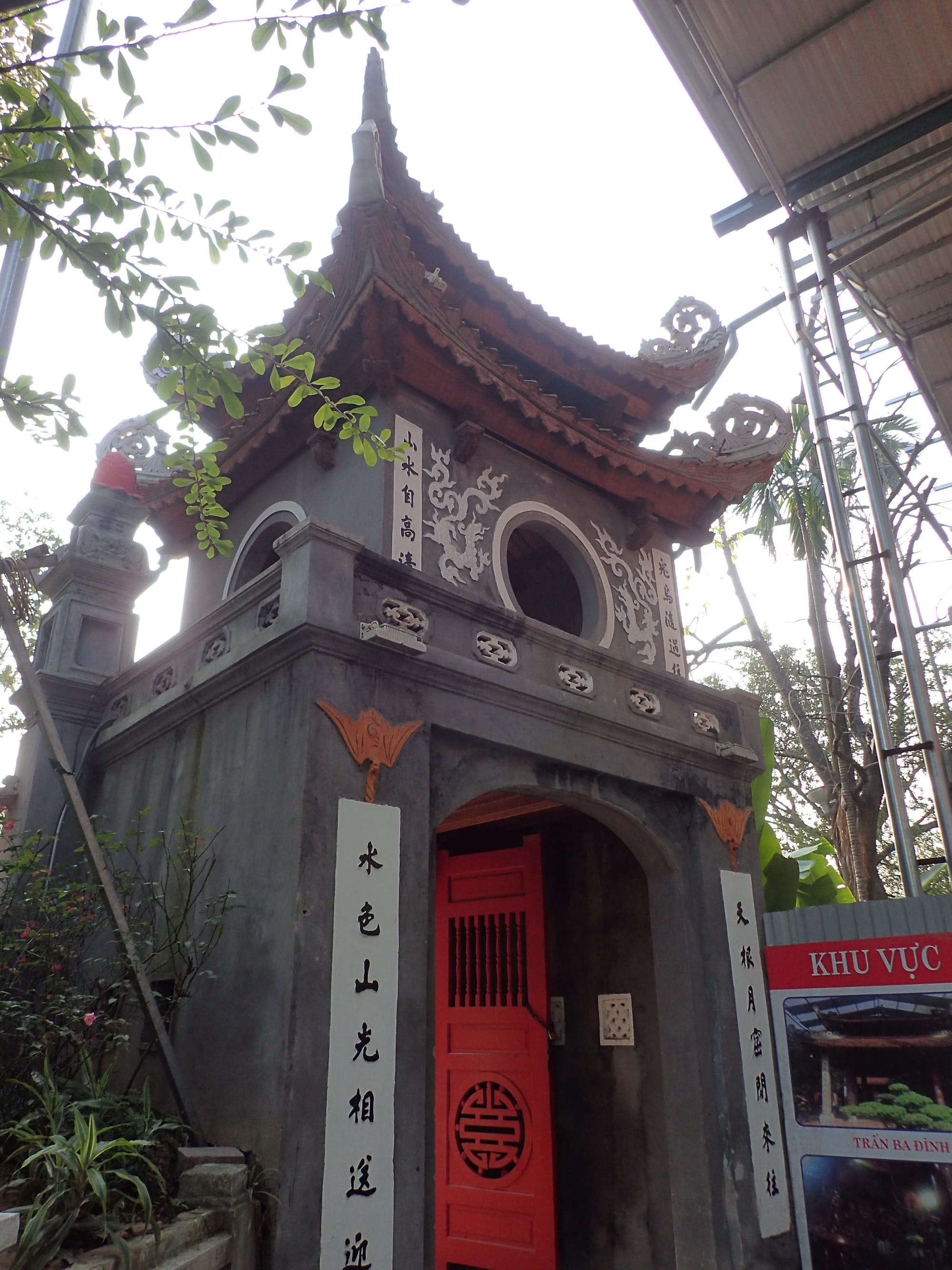
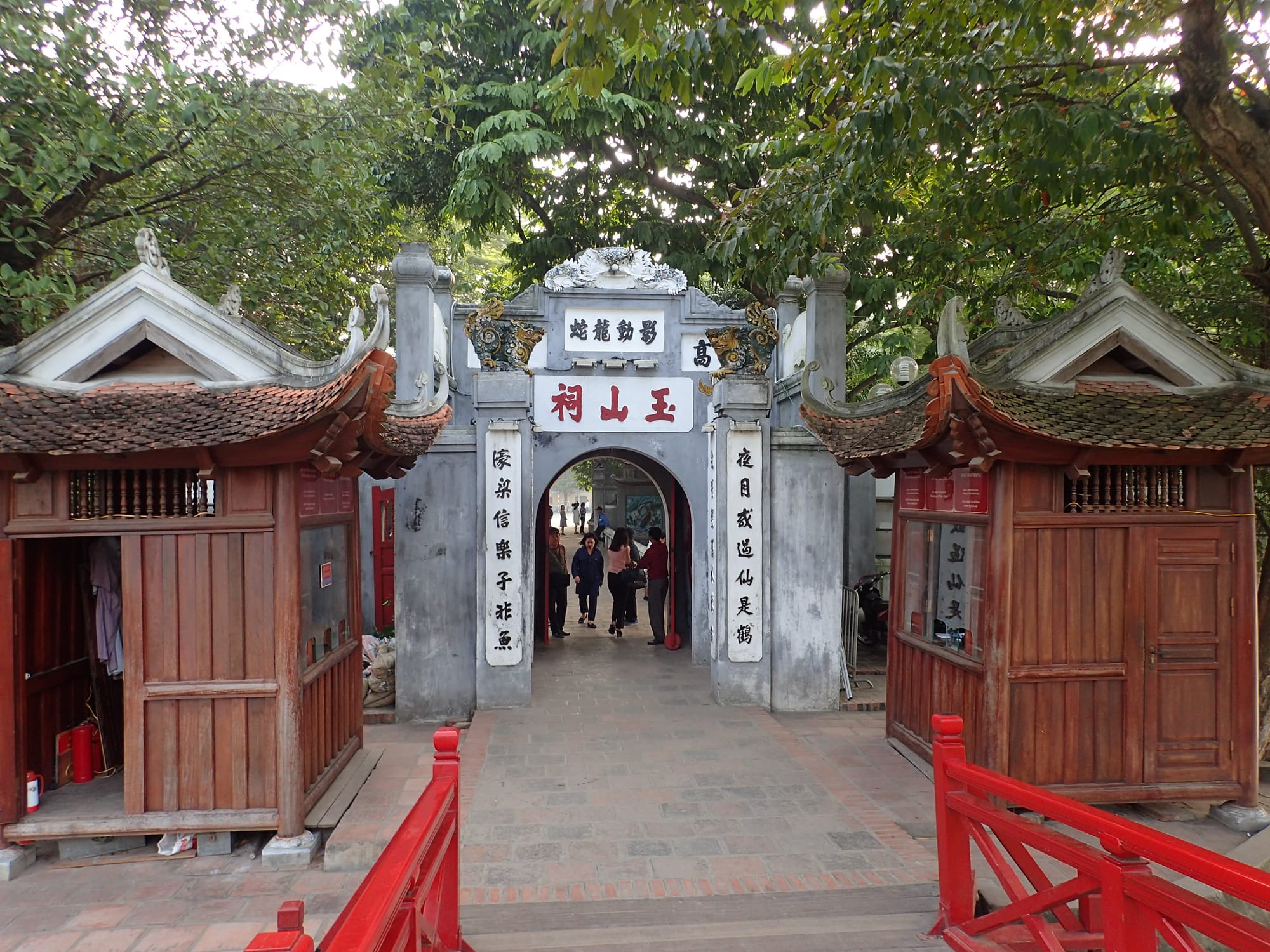
Hoan Kiem Lake and Ngoc Son Temple are two of Hanoi’s most iconic and beloved landmarks, offering a peaceful retreat in the heart of the bustling capital.
More than just a scenic body of water, Hoan Kiem Lake or the 'Lake of the Returned Sword', is steeped in legend. The lake’s name comes from a captivating 15th-century tale where Emperor Lê Lợi was given a magical sword by the Golden Turtle God to help defeat the invading Ming forces. After his victory, the emperor was boating on the lake when the turtle surfaced to reclaim the sword and disappeared into its depths, symbolising the return of peace and the end of conflict. The Turtle Tower (Tháp Rùa) is believed to be the spot. The legendary moment gave the lake its enduring name, Hoàn Kiếm ('Returned Sword'). A preserved specimen of a giant softshell turtle, believed to be linked to this myth, is now displayed in the nearby temple.
At the northern end of the lake, perched on a small island, is Ngoc Son Temple, or the 'Temple of the Jade Mountain'. Dedicated to revered figures such as General Trần Hưng Đạo, Văn Xương Đế Quân (the God of Literature) and La To (patron saint of medicine), the temple is a blend of history, spirituality and traditional Vietnamese architecture.
You can cross the iconic Huc Bridge (Cầu Thê Húc), a bright red wooden bridge known as the 'Bridge of the Rising Sun' to reach the temple. Nearby, you can also spot the Pen Tower (Tháp Bút) and Ink Slab (Đài Nghiên), symbols honouring scholarly pursuit and intellect.
Inside the temple grounds, you will find incense-filled altars, ancient relics and peaceful courtyards that offer a welcome pause from Hanoi's energetic streets. Whether you are drawn by the legend, the architecture or simply the calm atmosphere, Hoan Kiem Lake and Ngoc Son Temple are not to be missed during your adventure in Hanoi.
Klook.comHoàng Thành Thăng Long (Imperial Citadel of Thang Long)
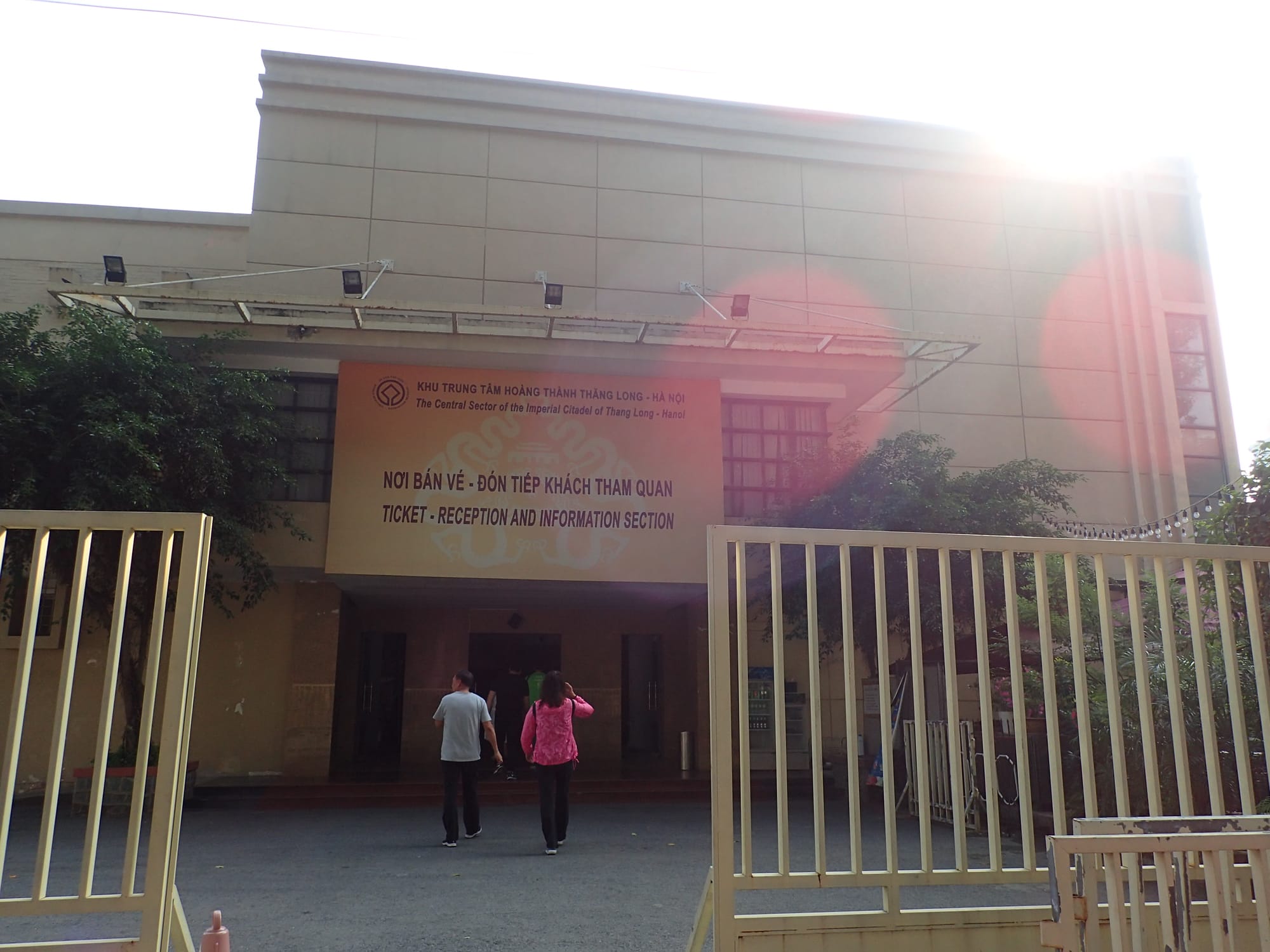
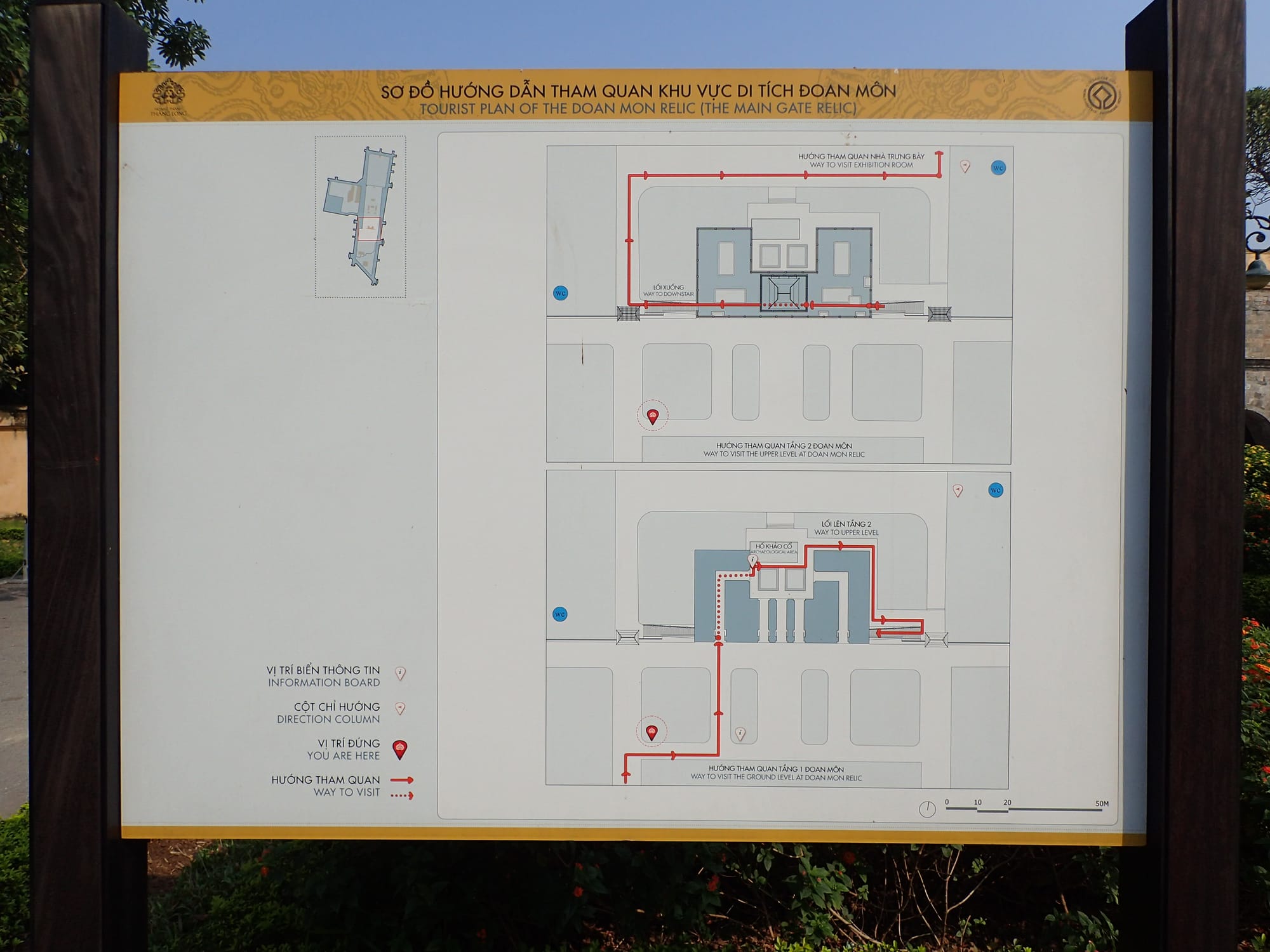
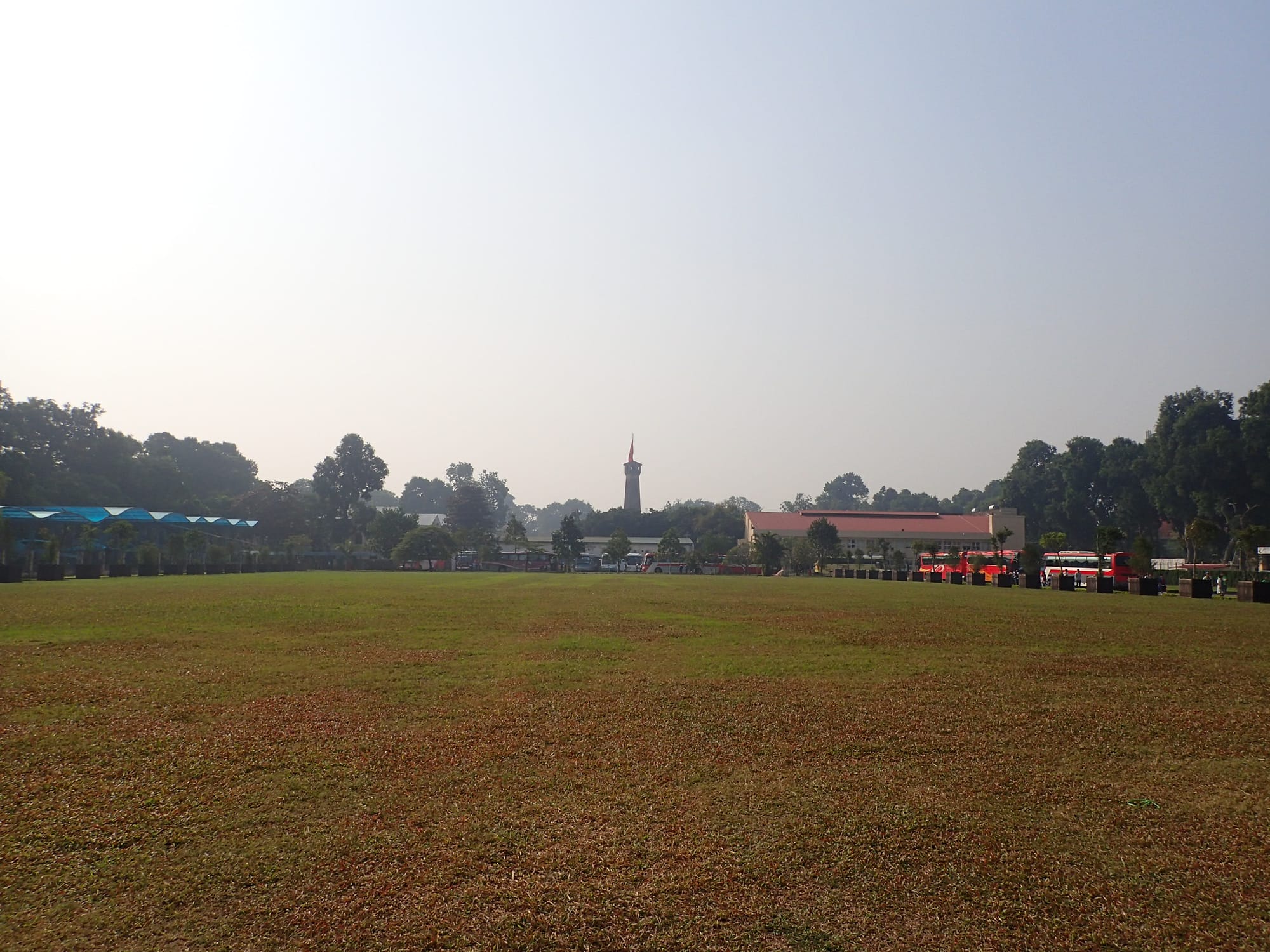
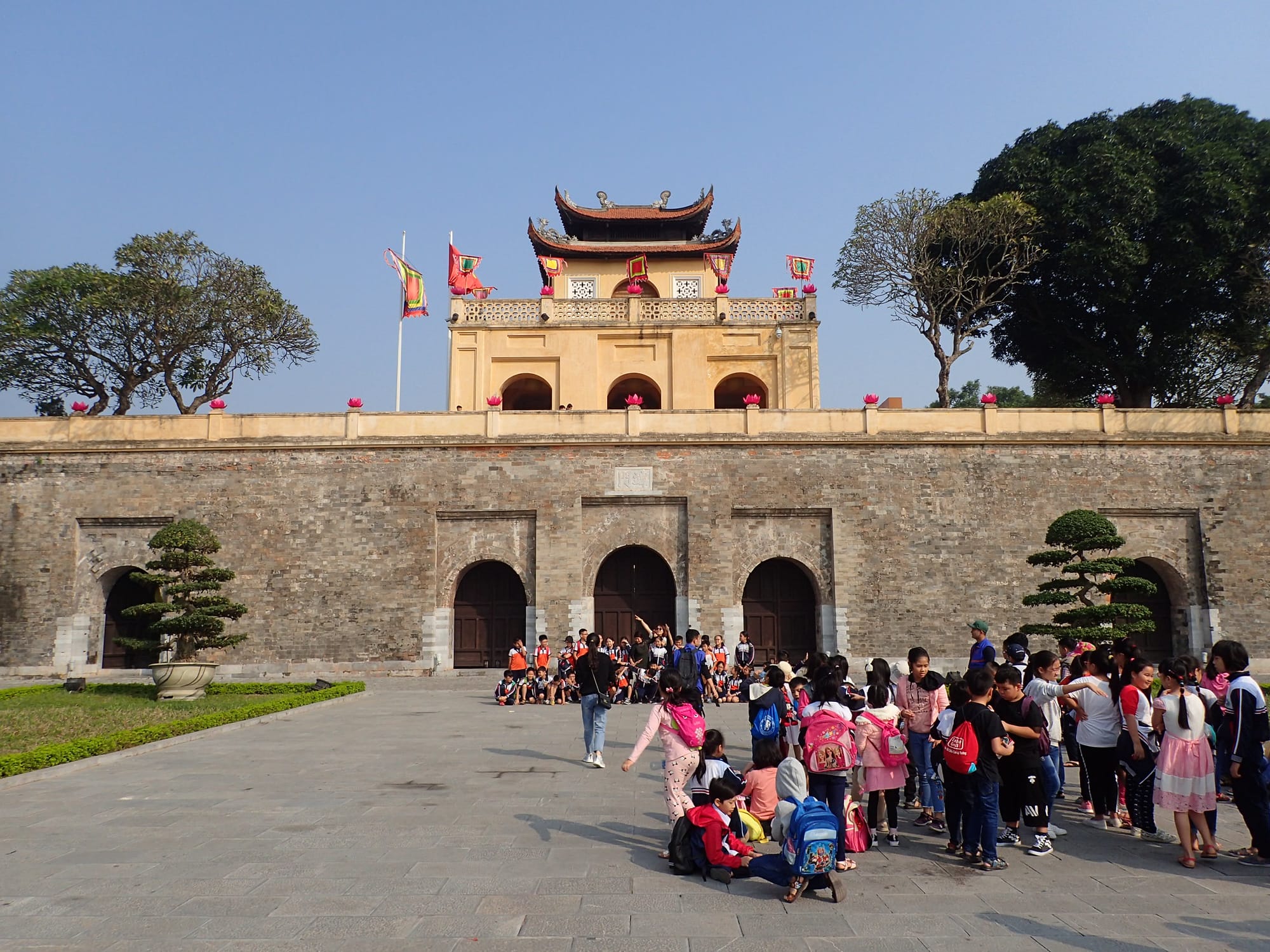
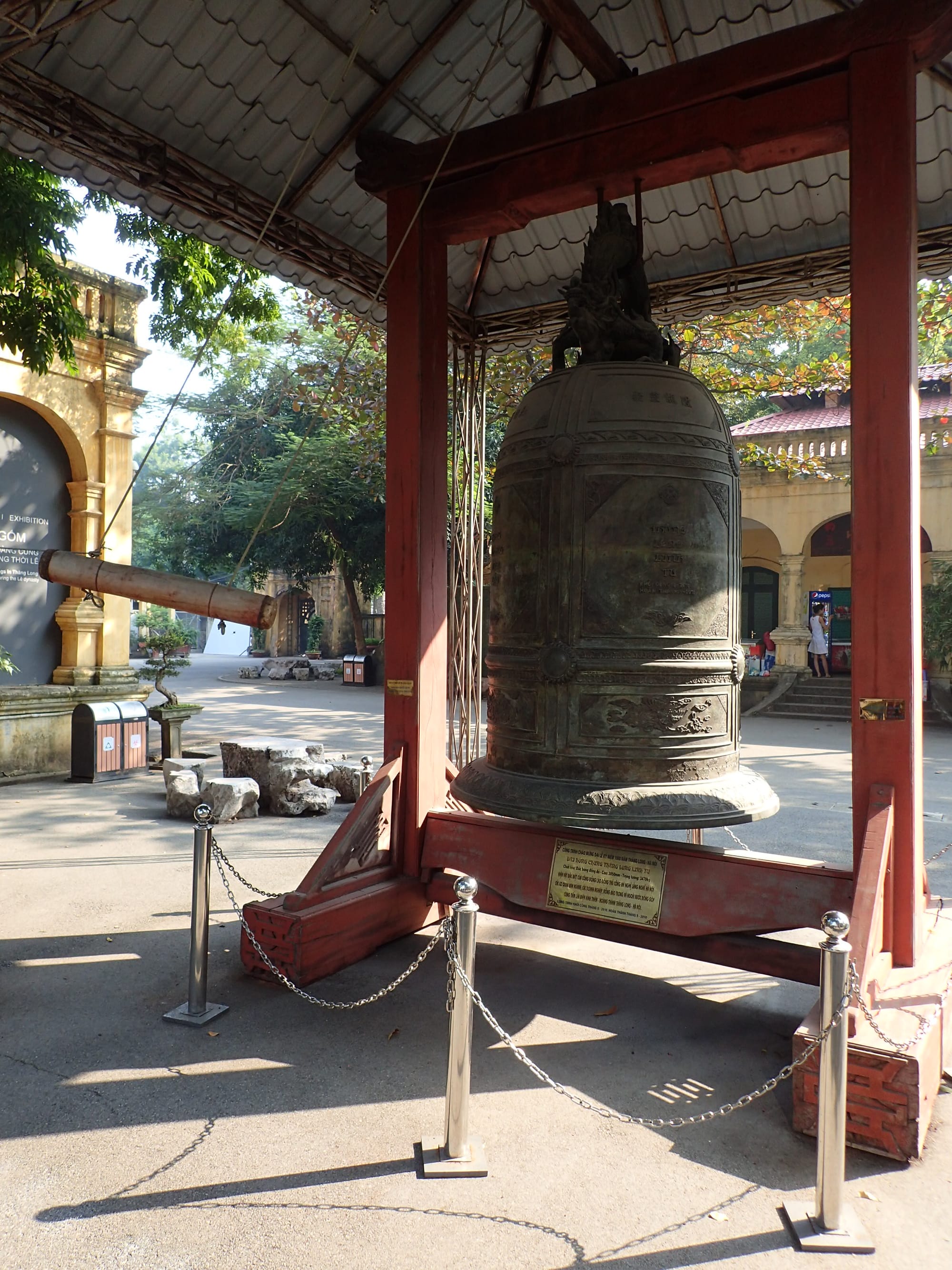
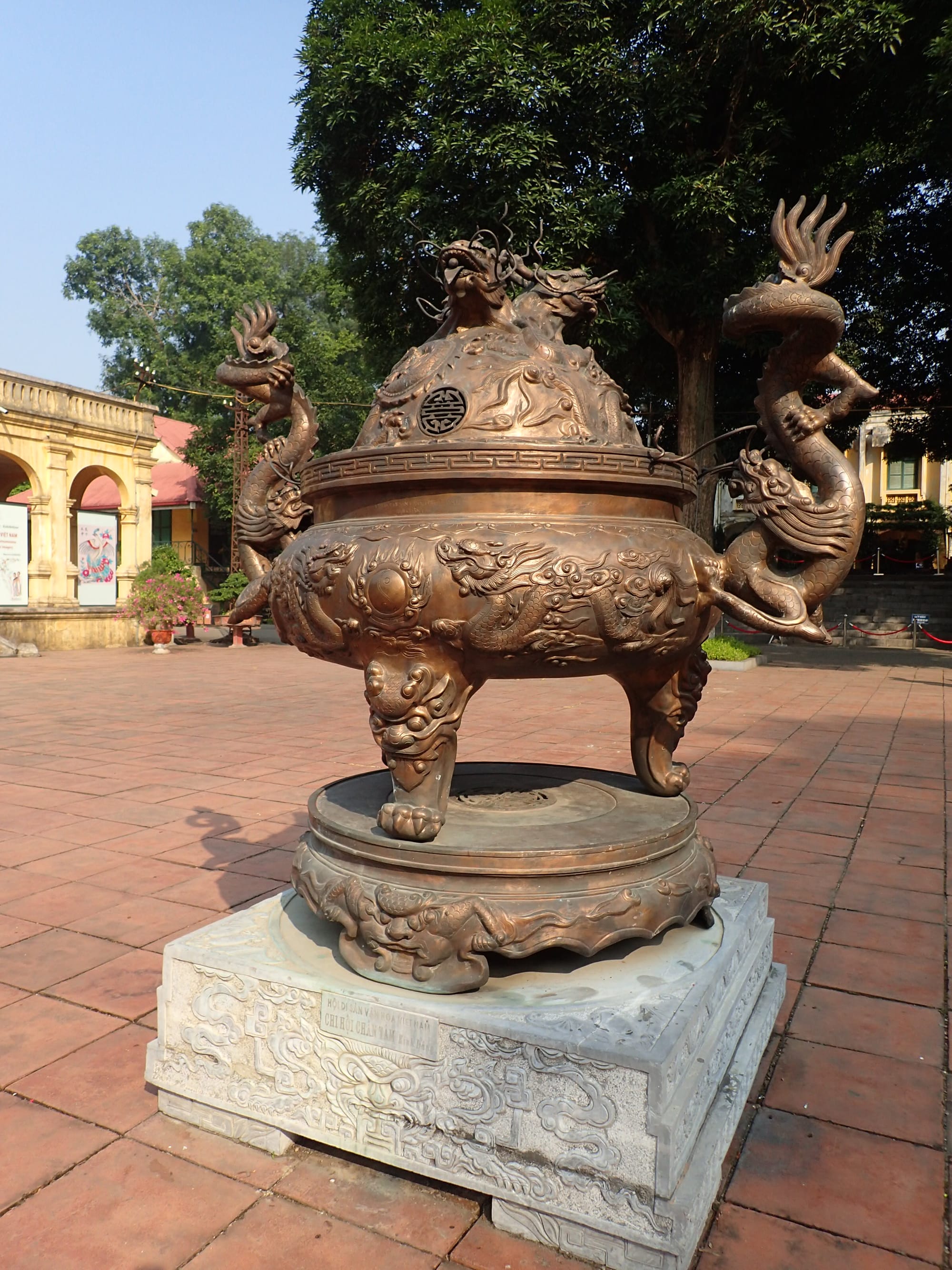

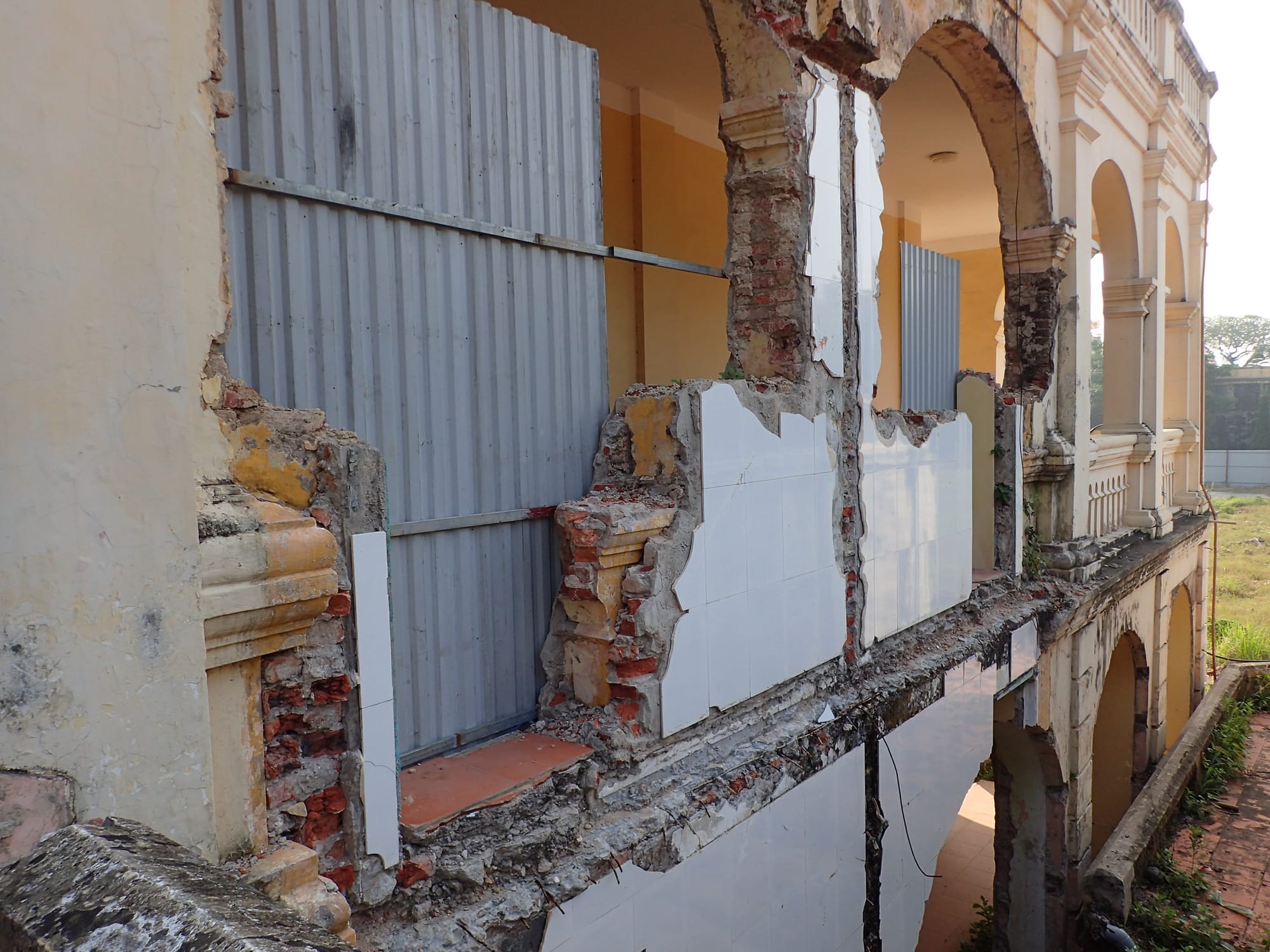
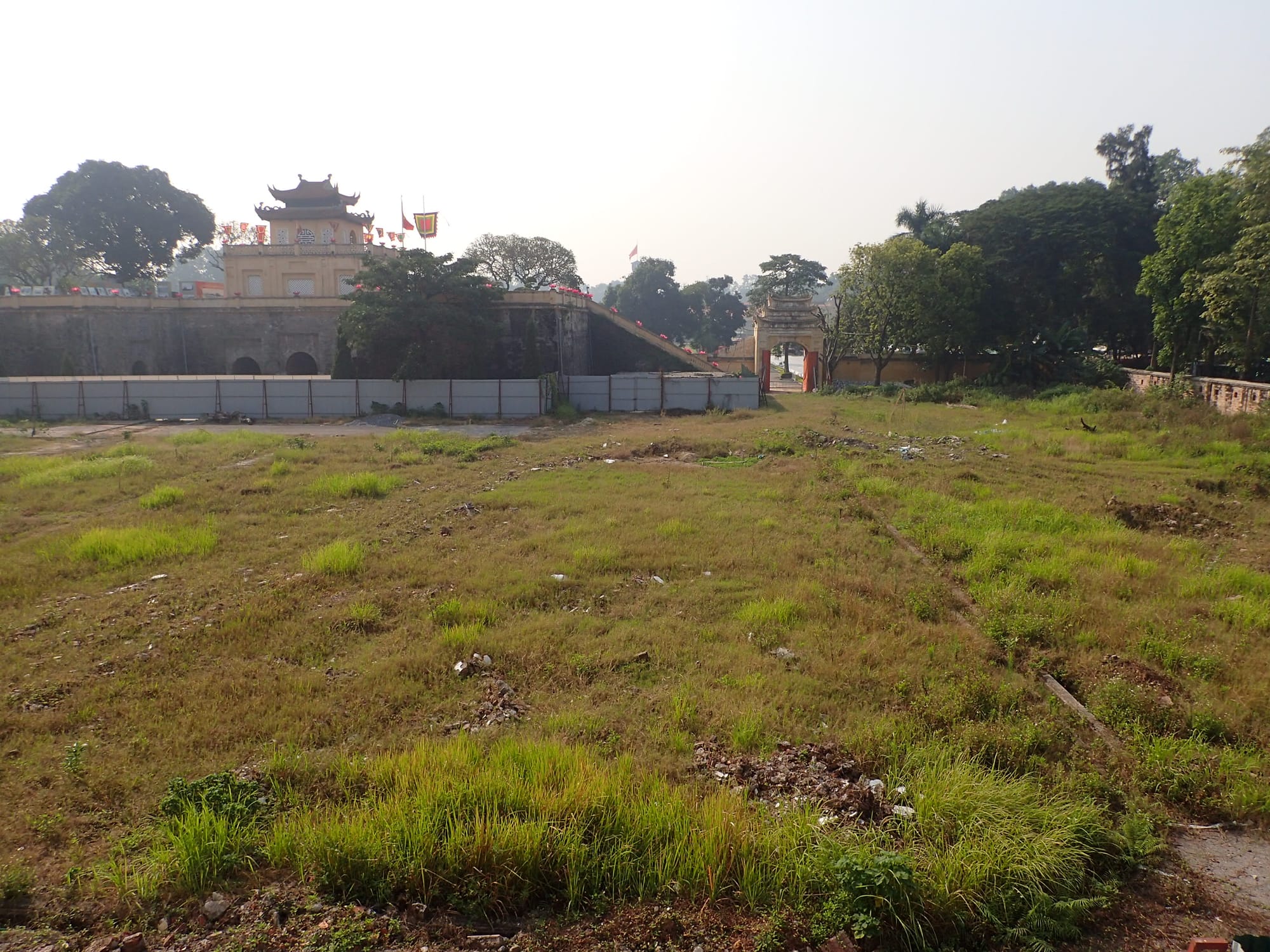
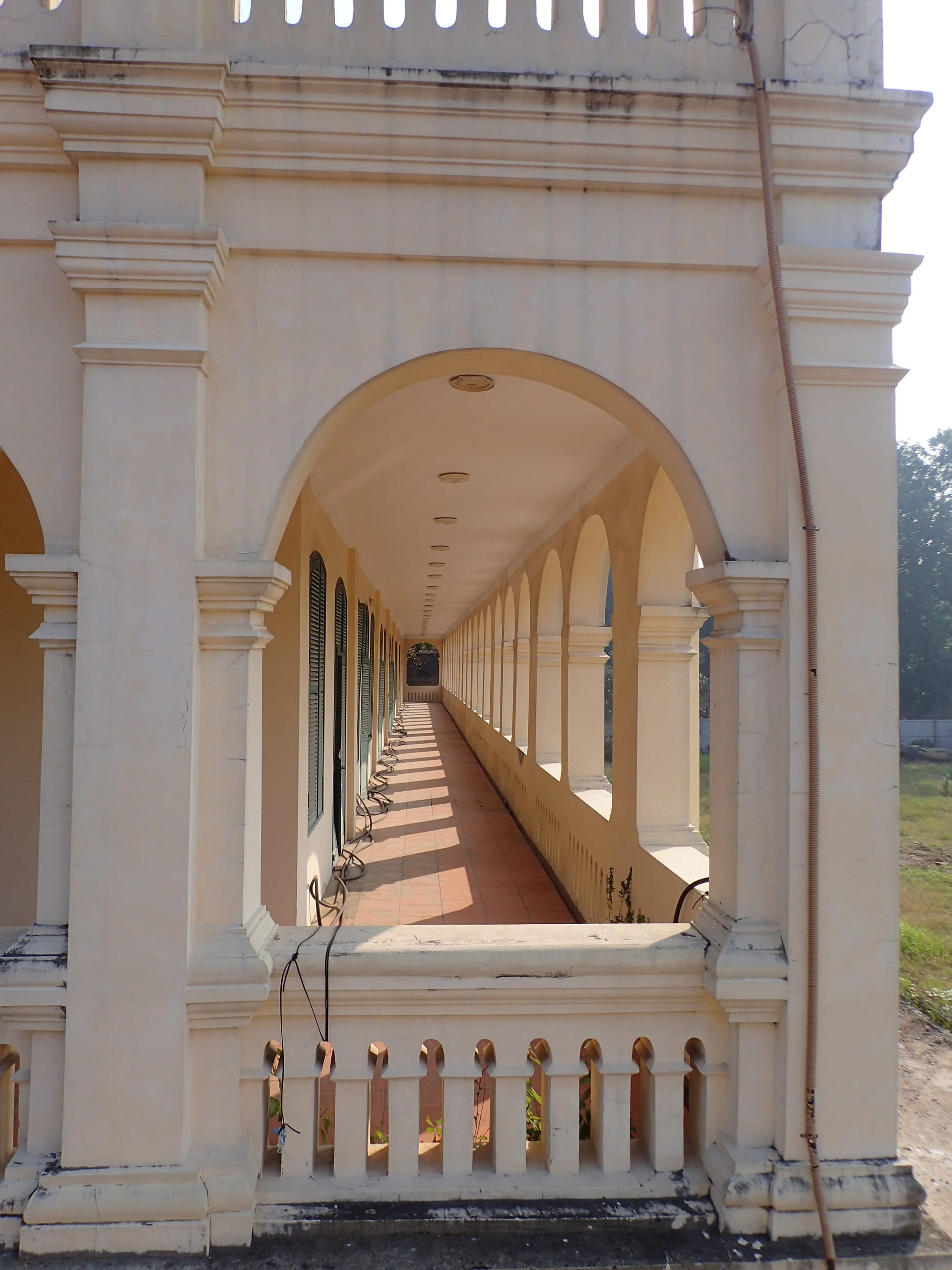
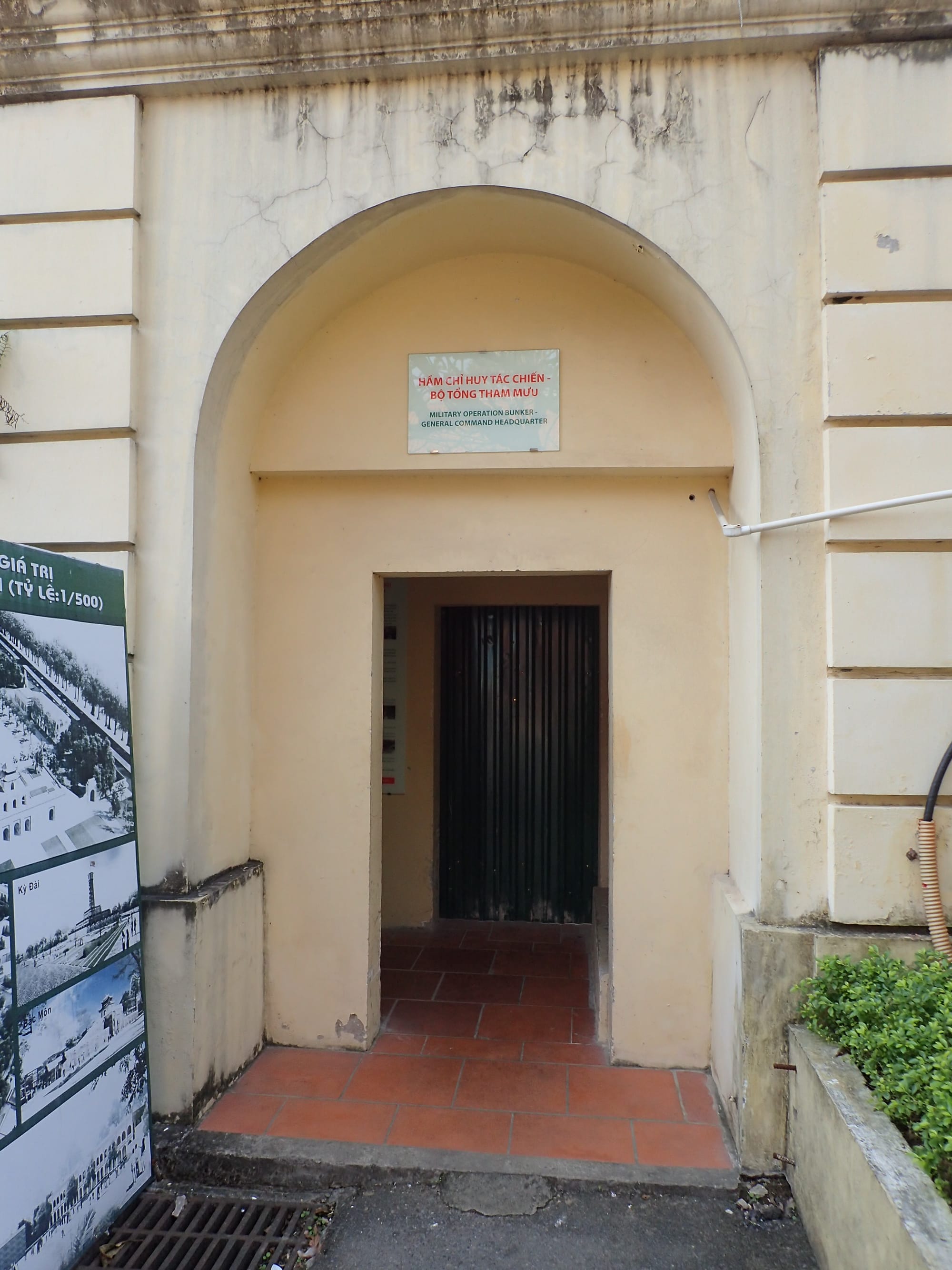
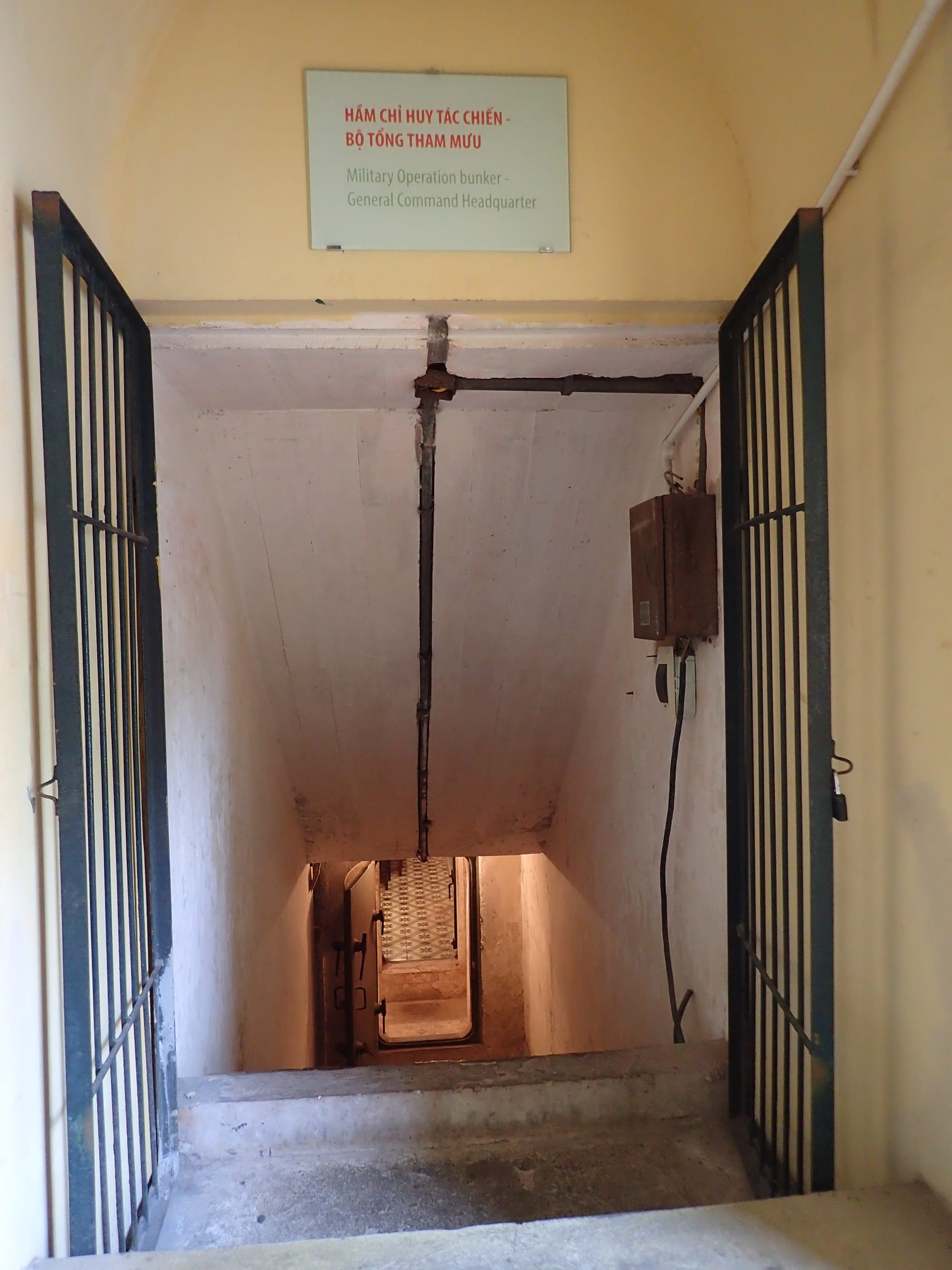
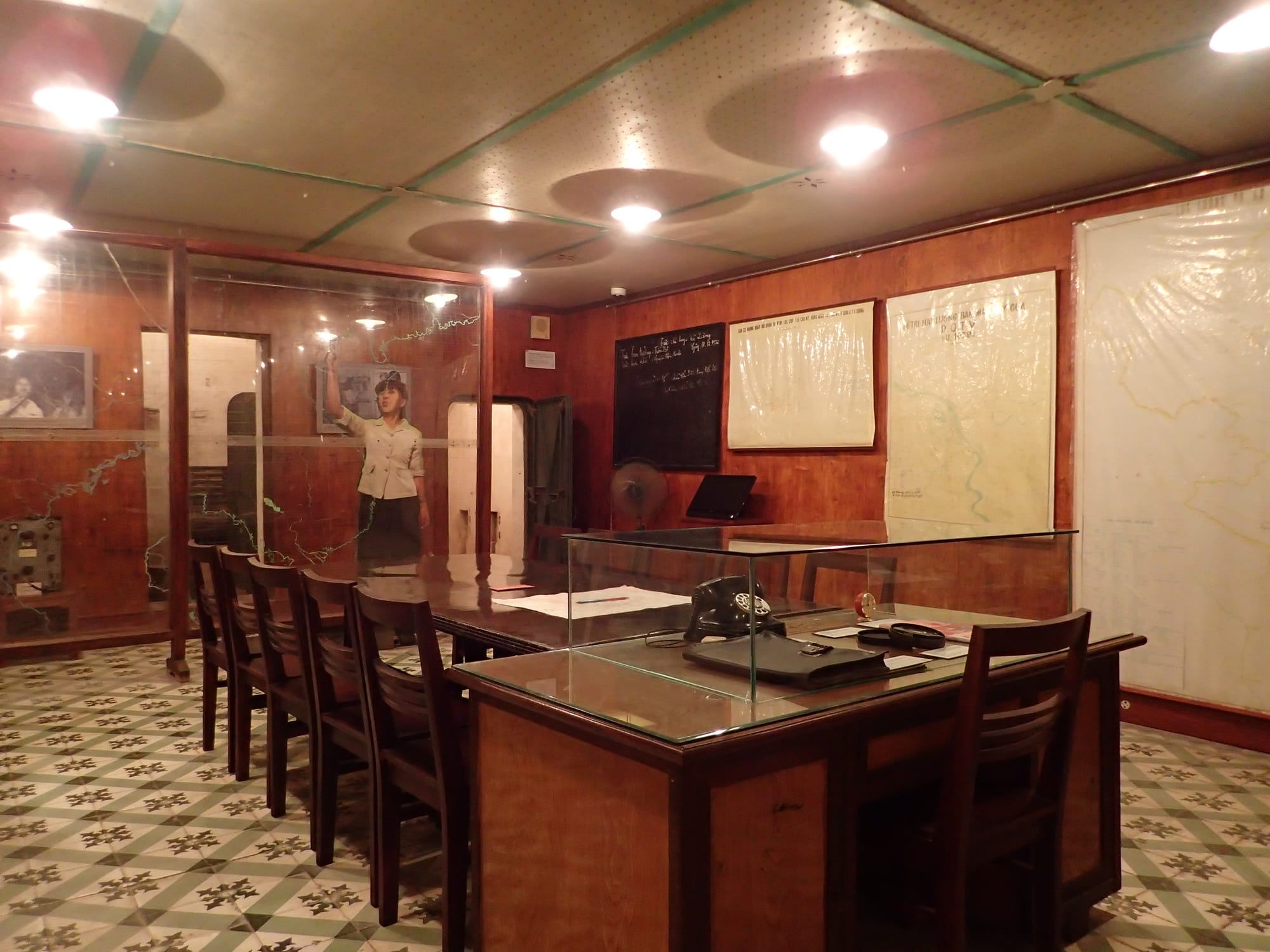
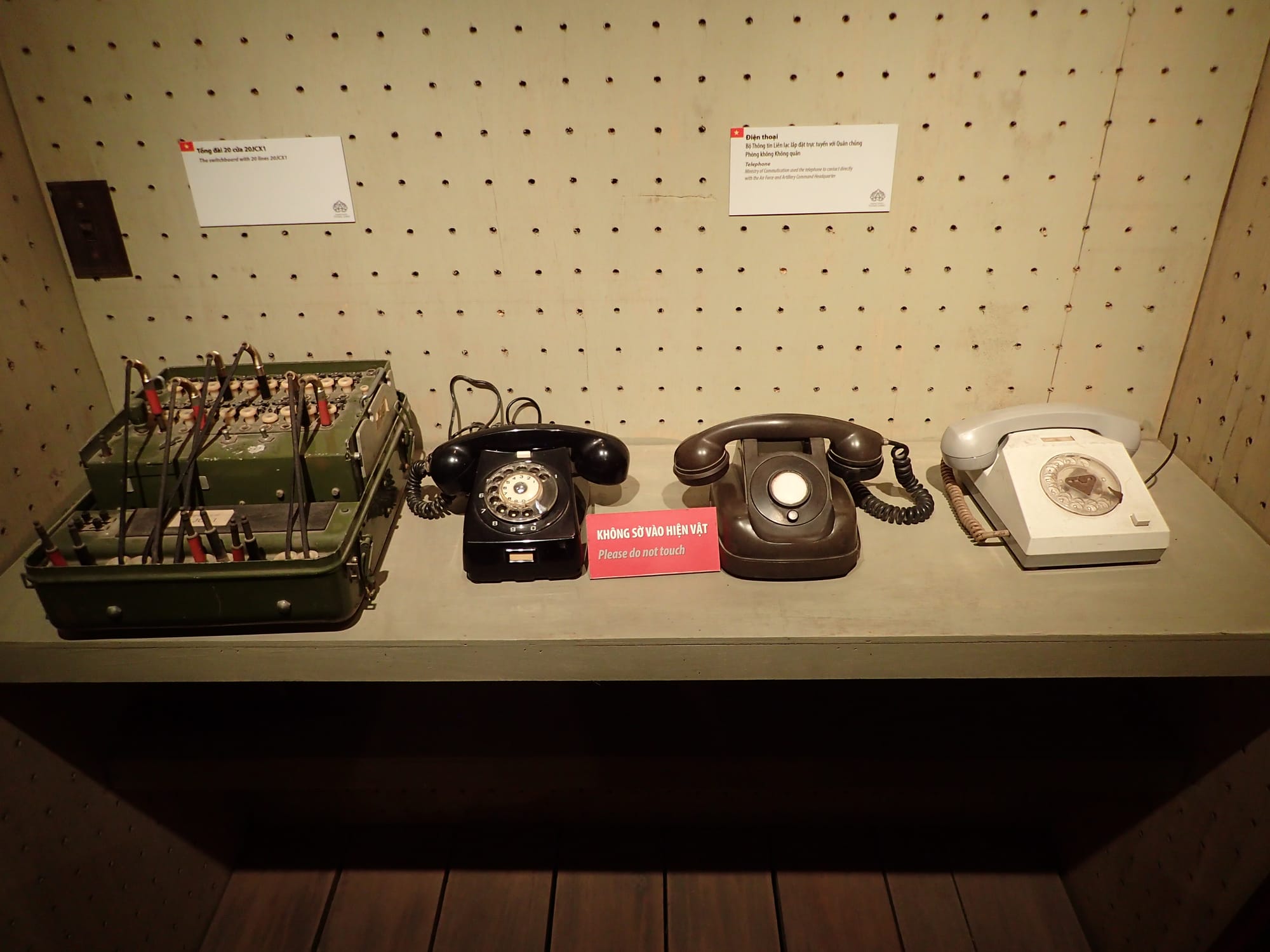
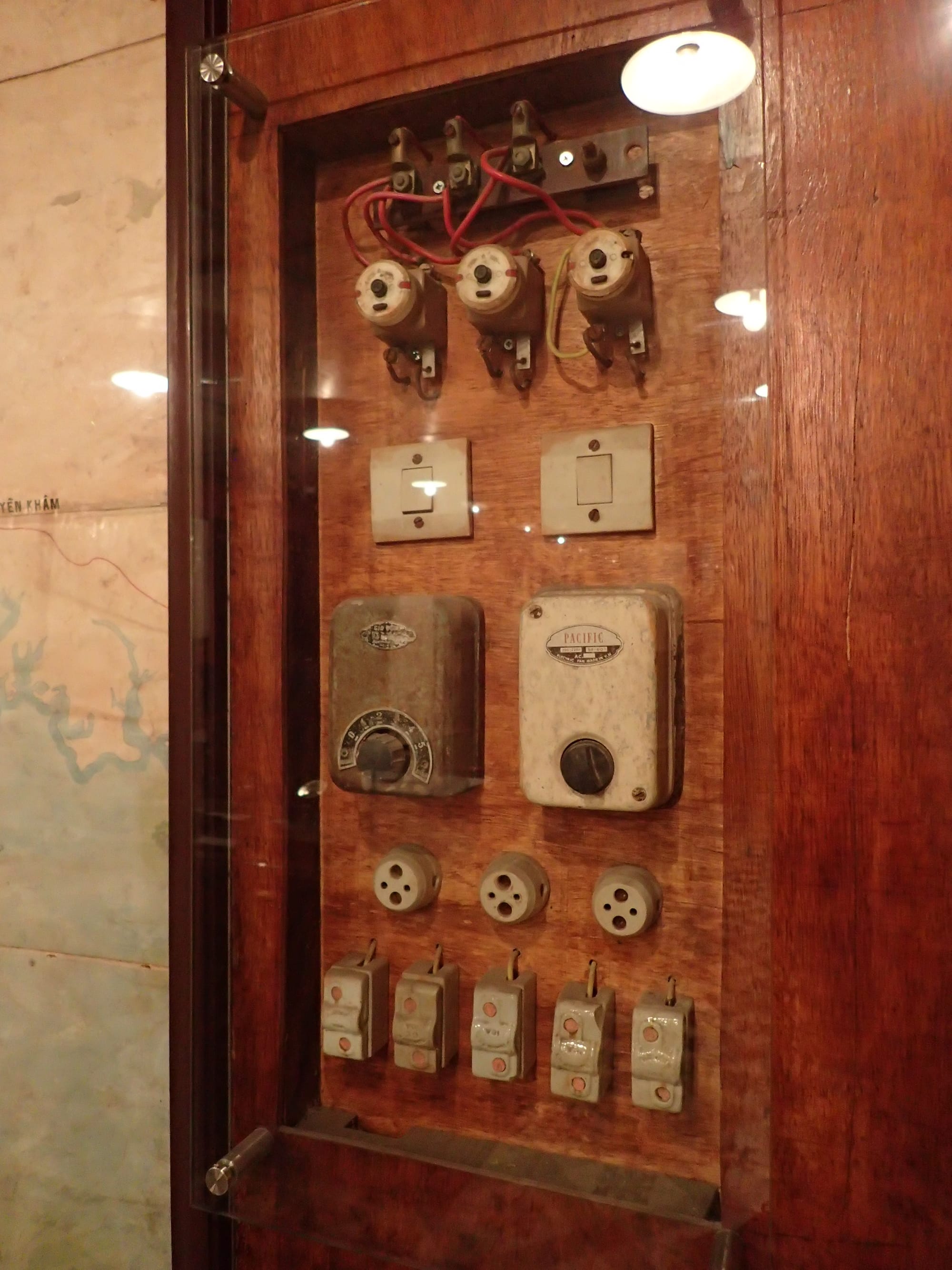
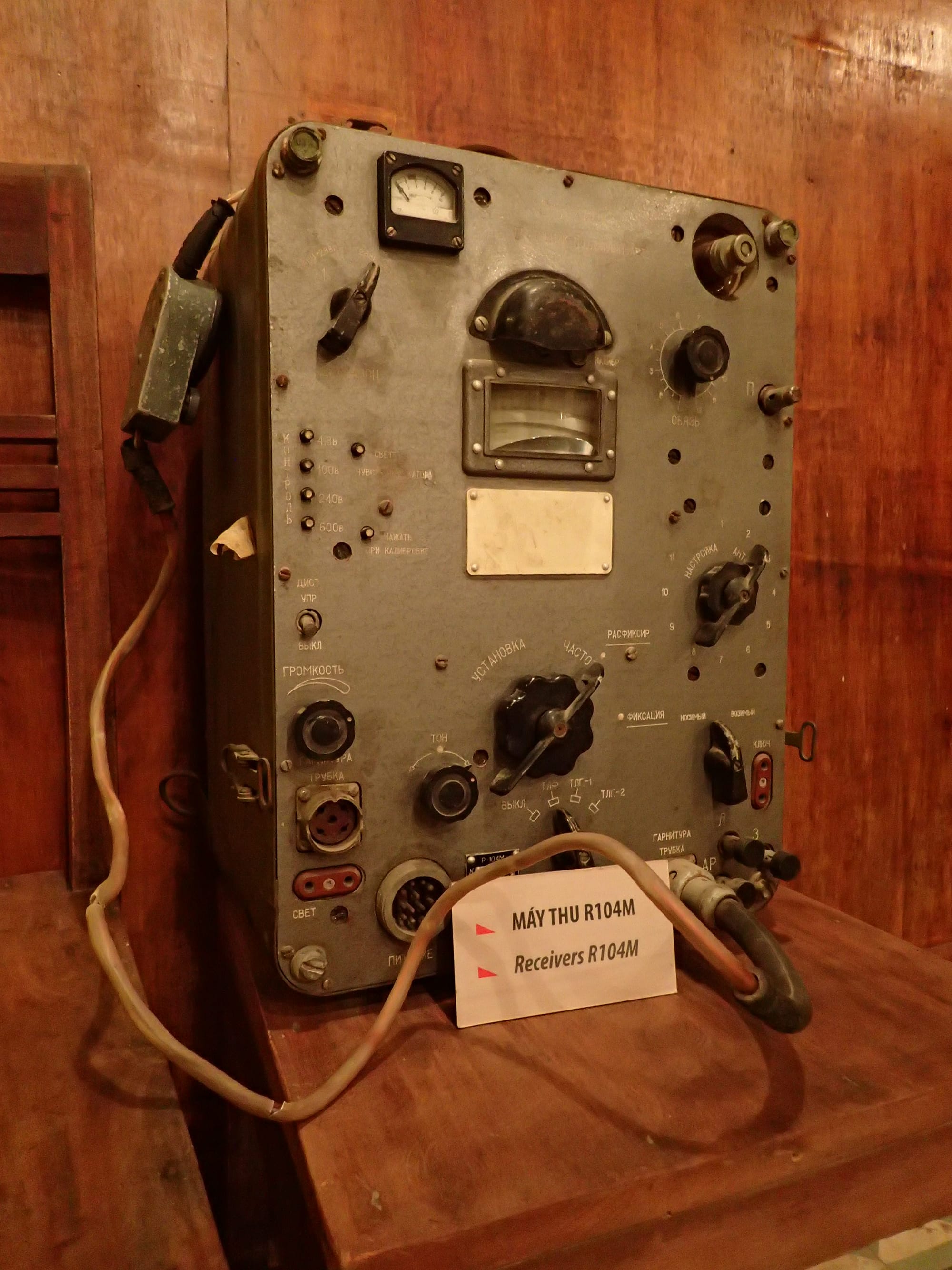
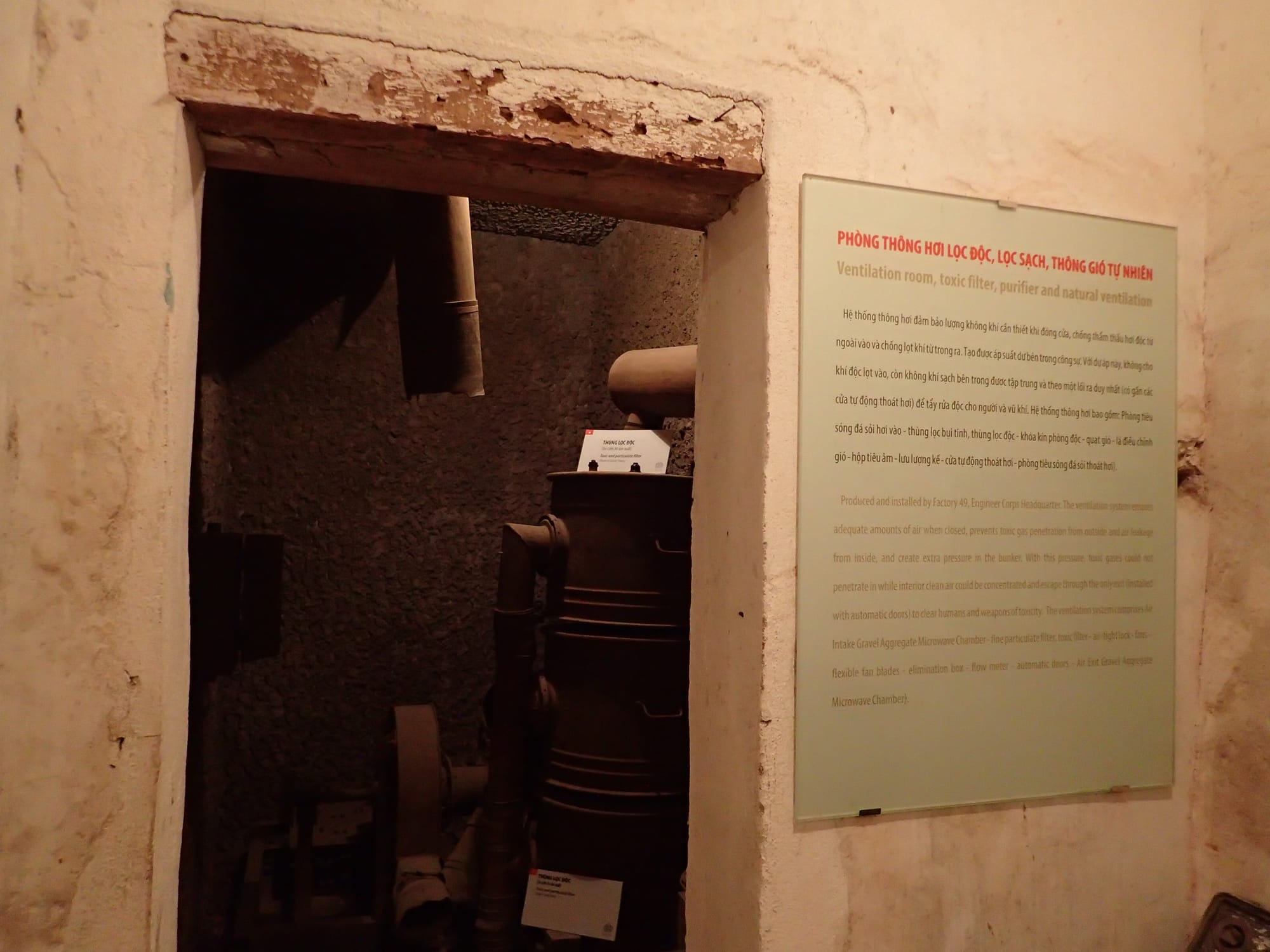
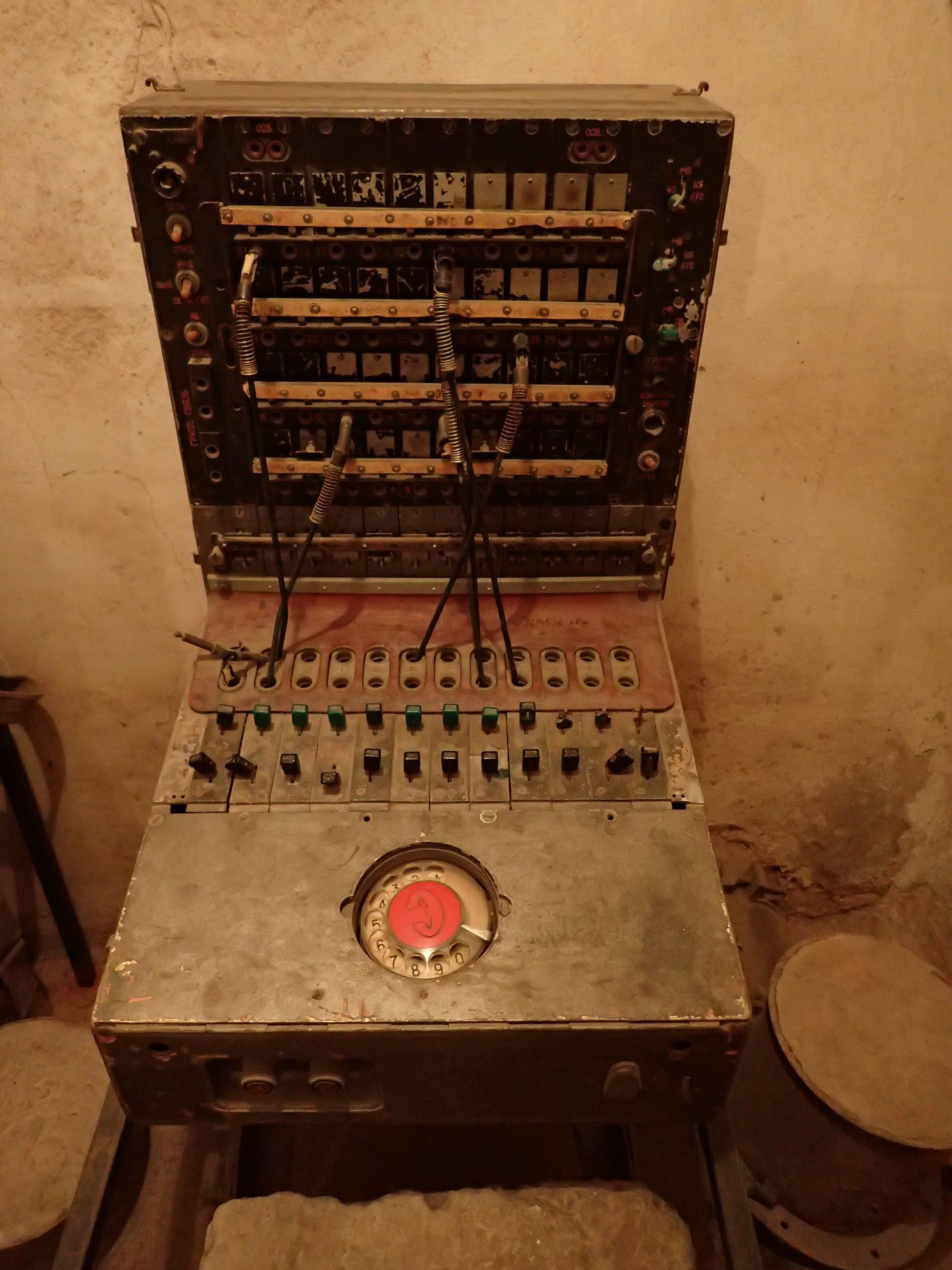
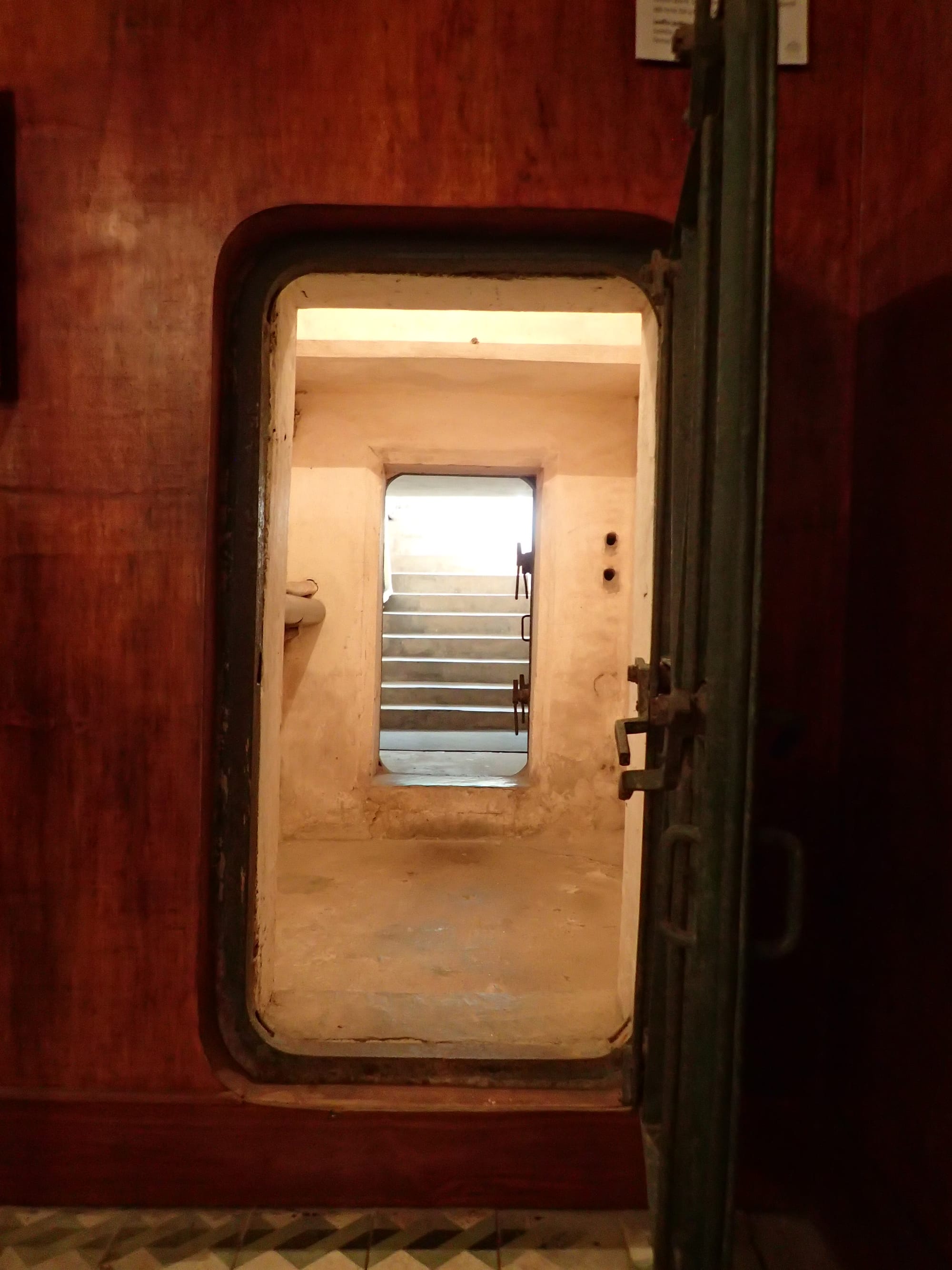
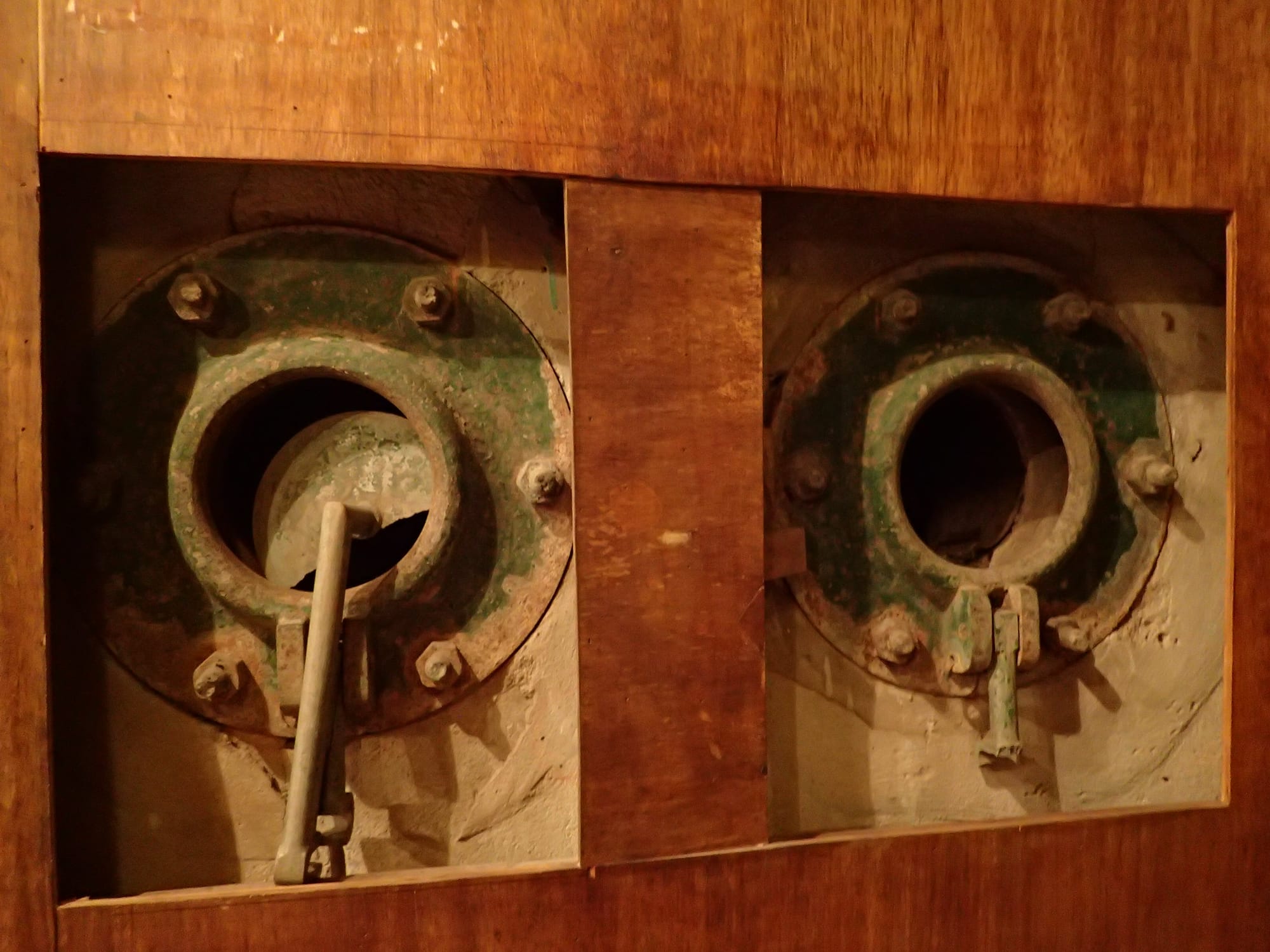
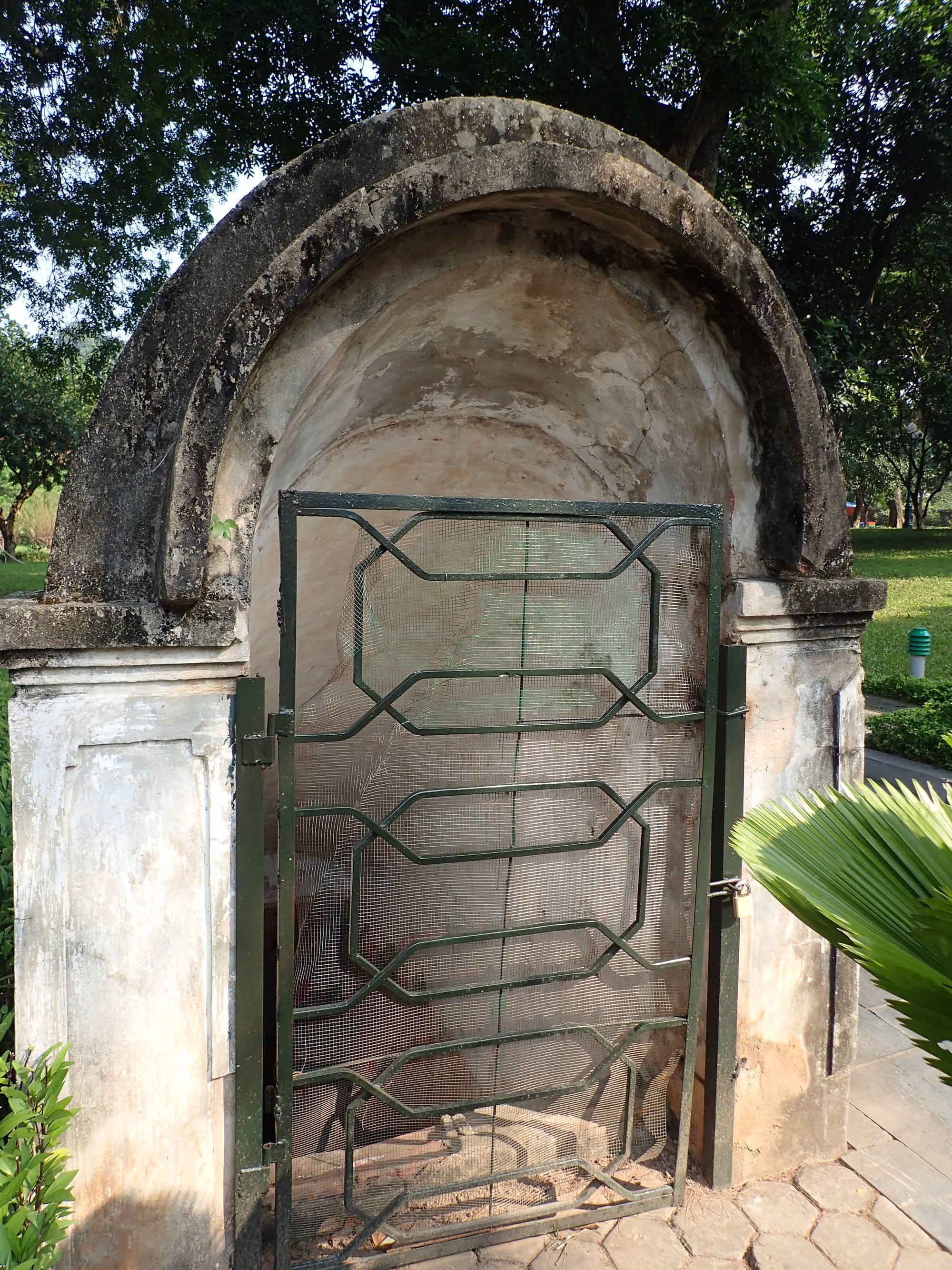
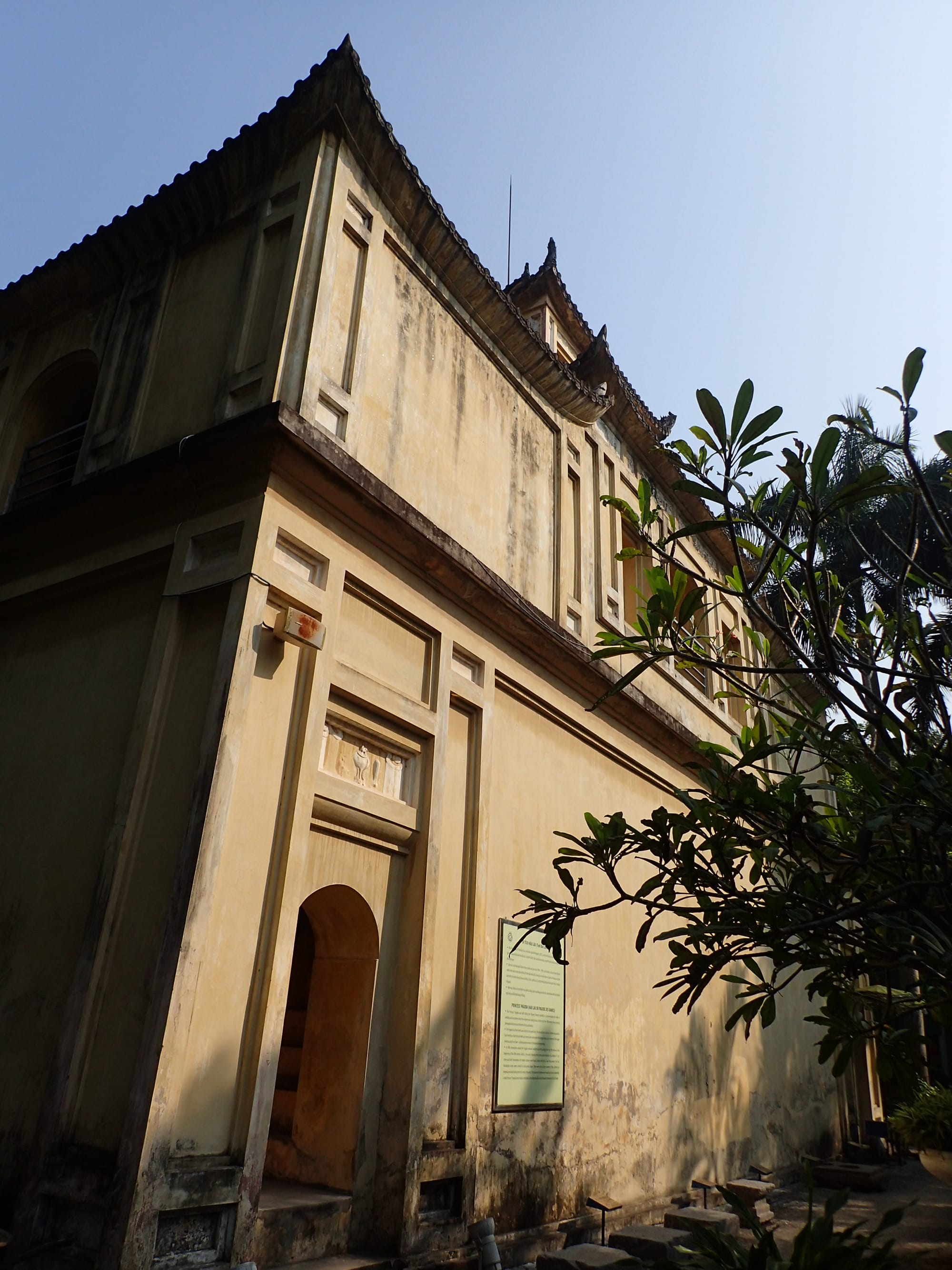
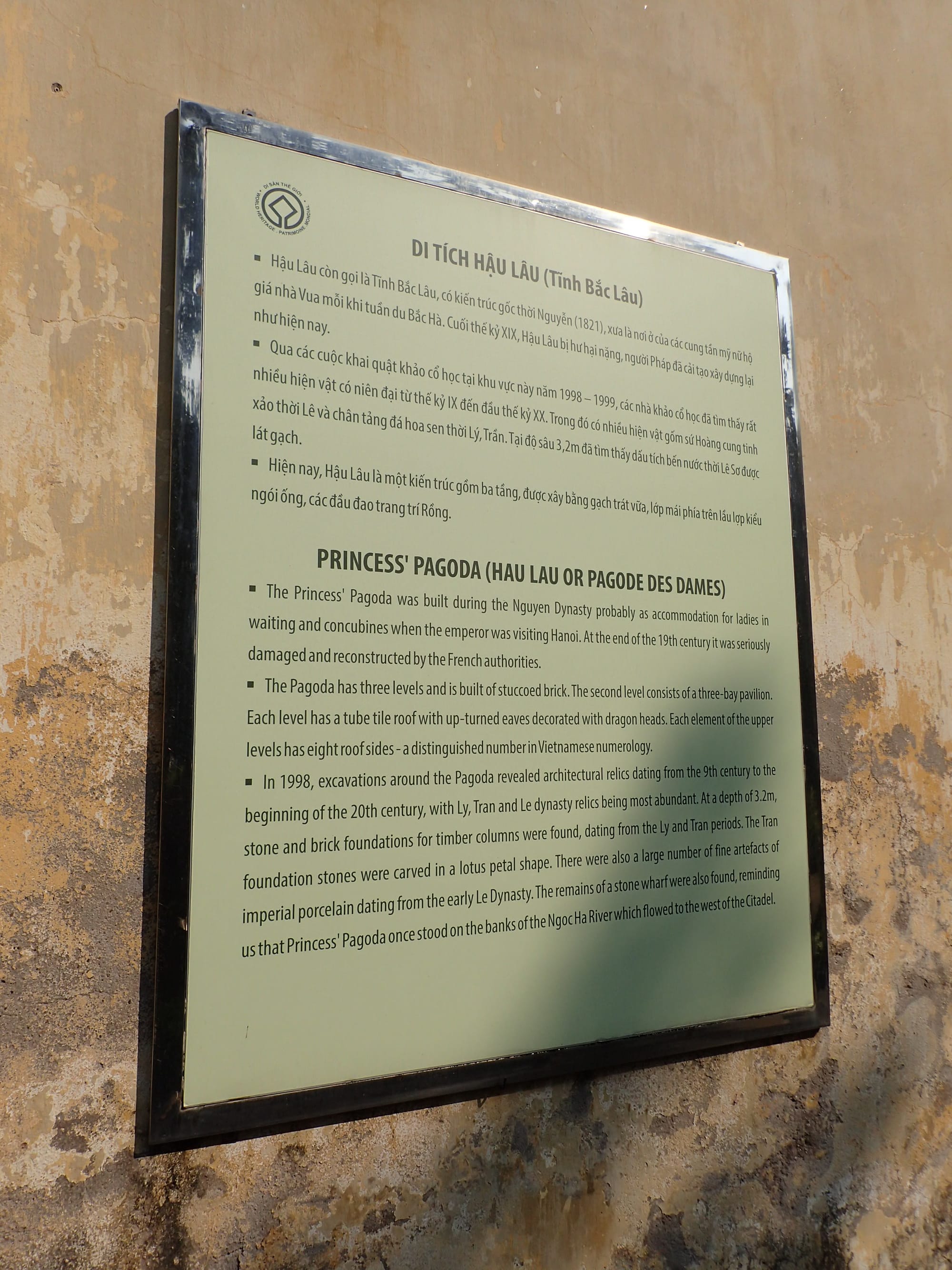
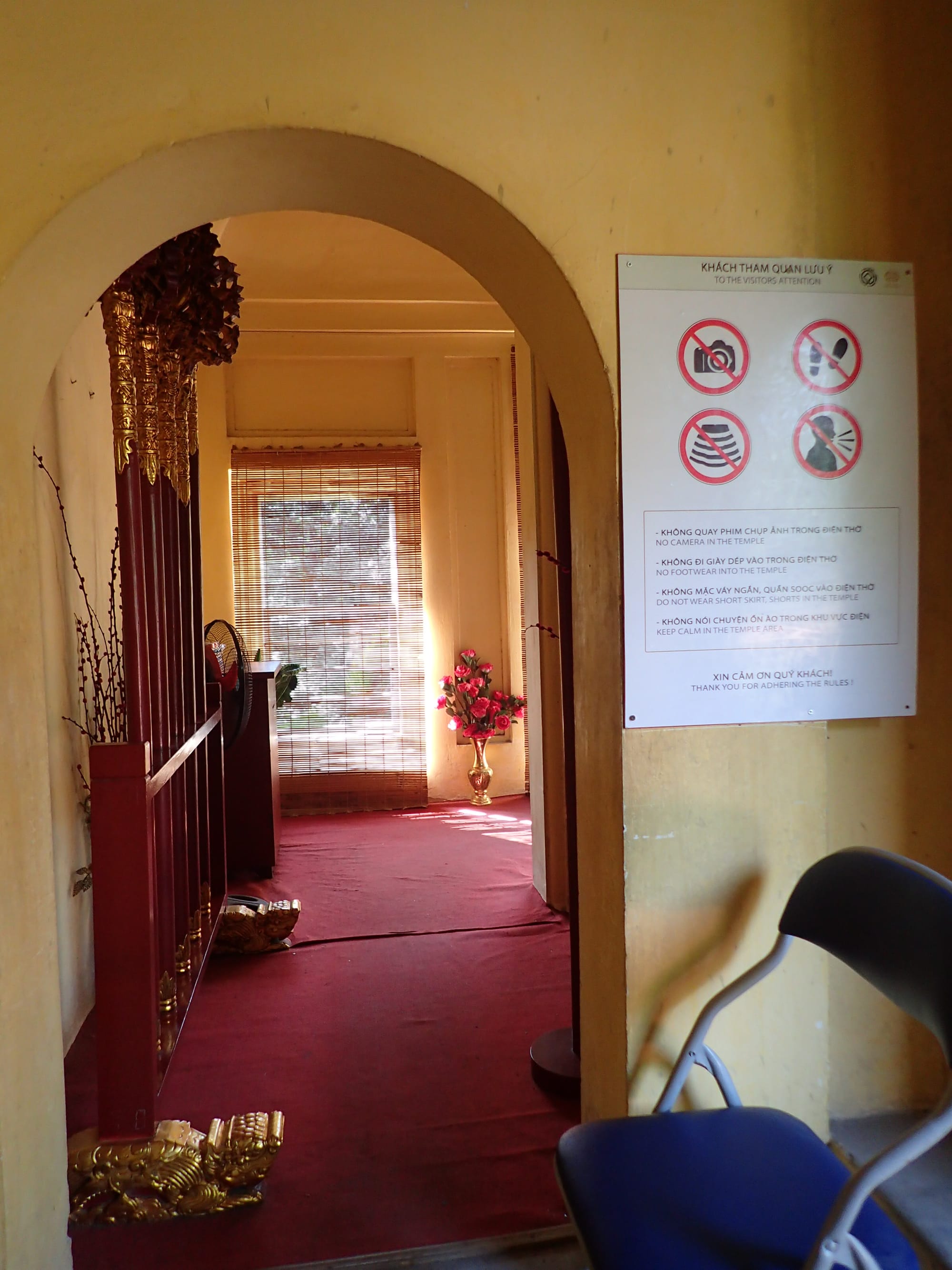
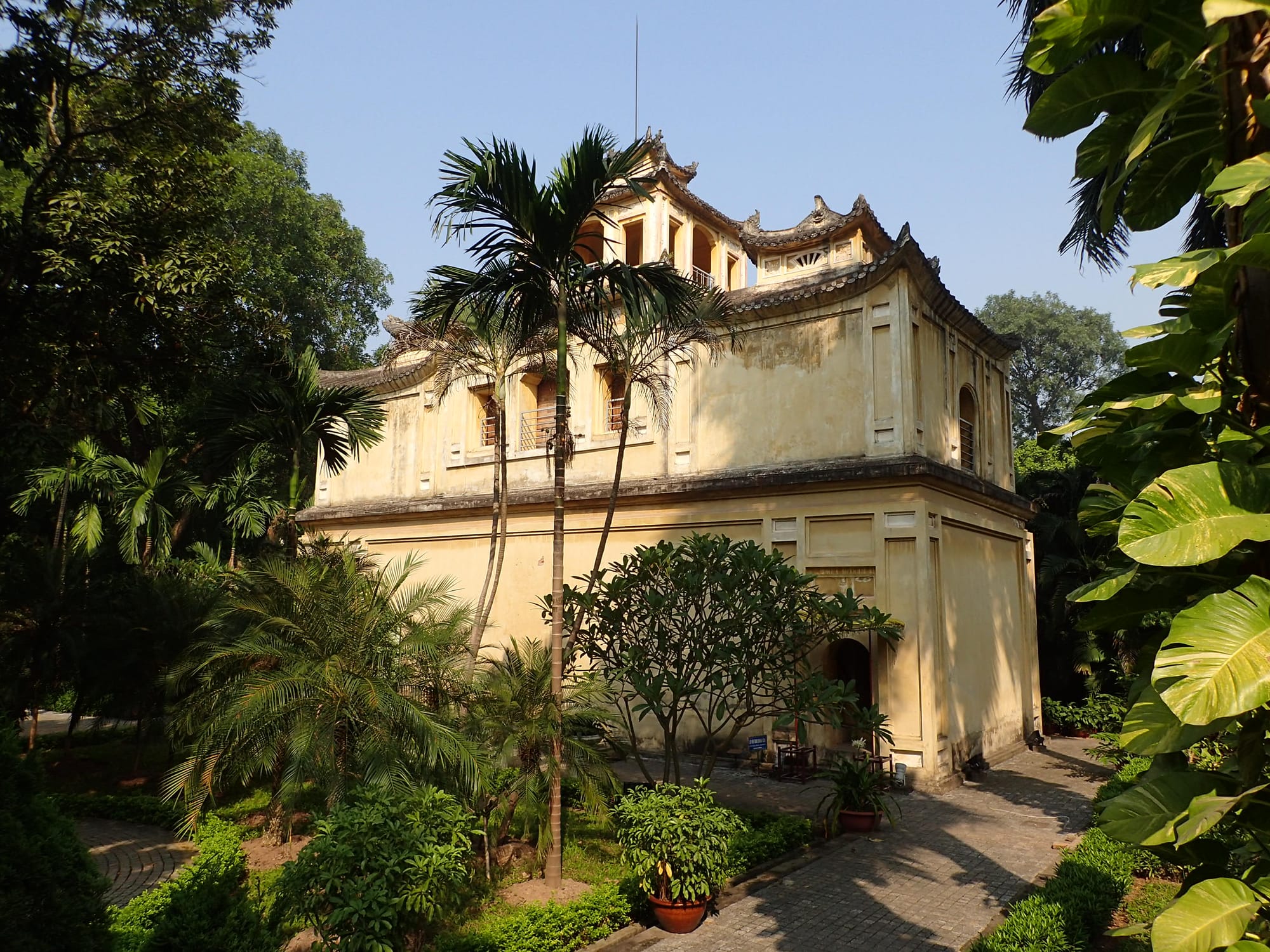
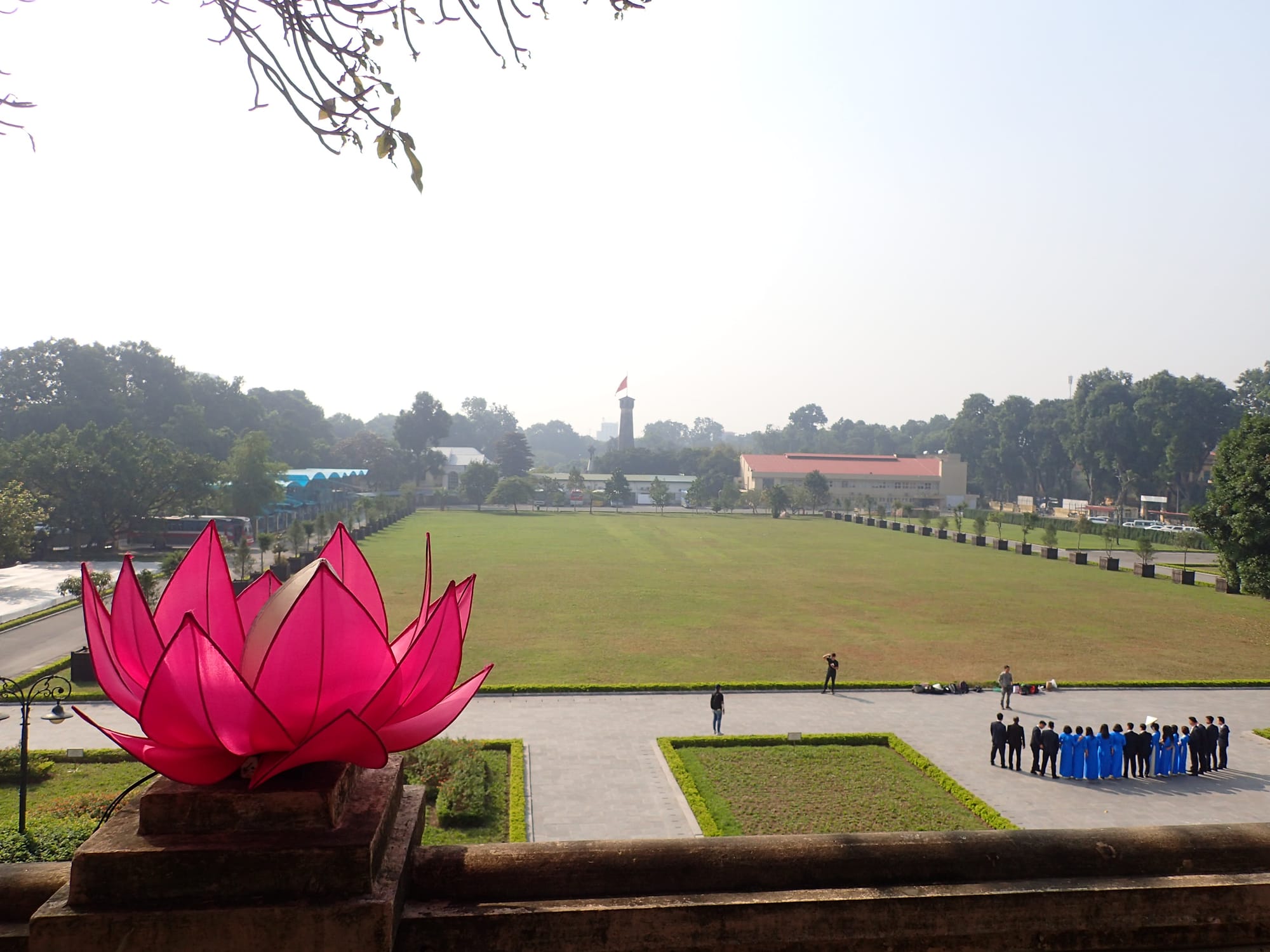
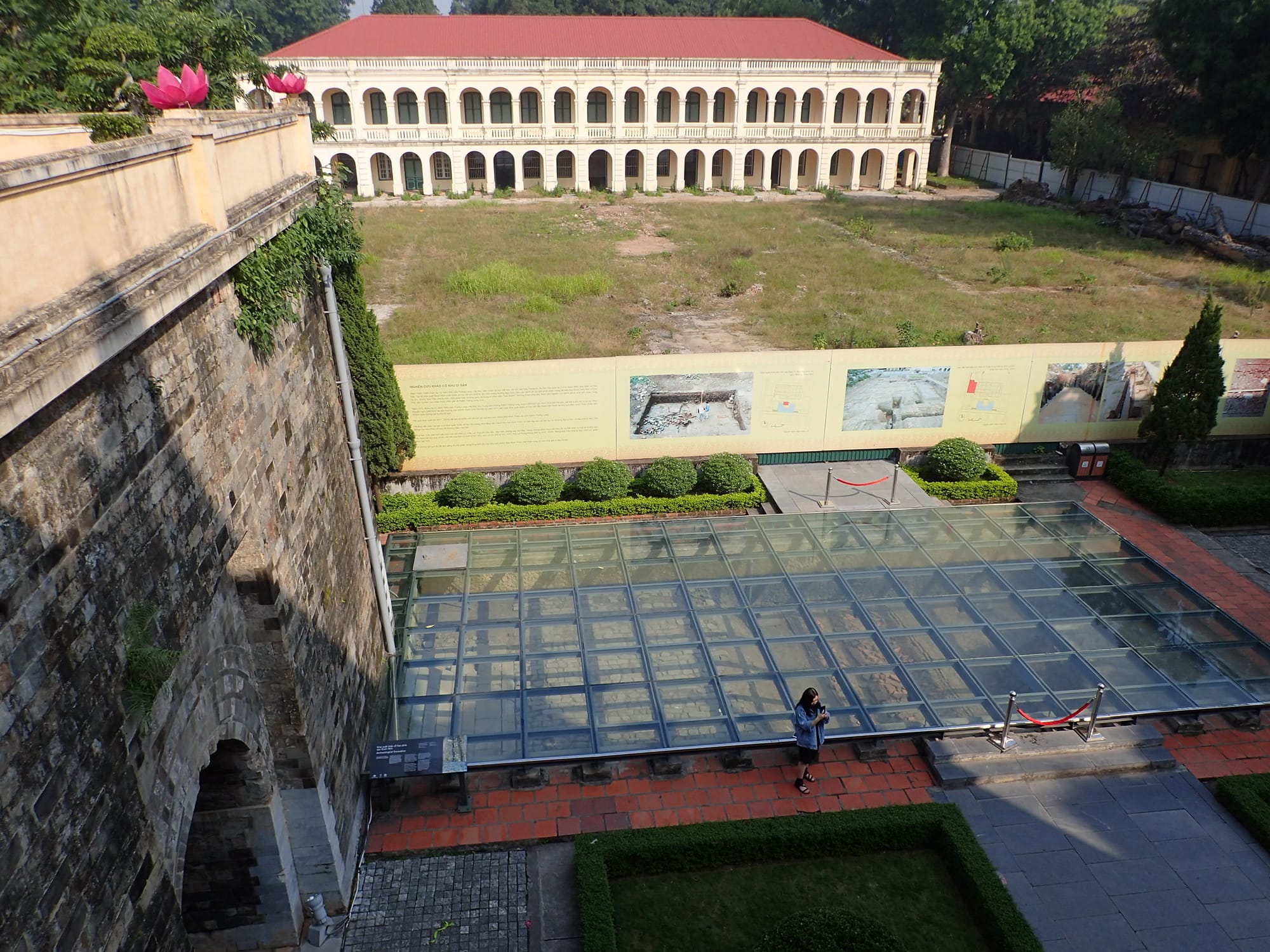
The Imperial Citadel of Thang Long is a UNESCO World Heritage Site and one of Hanoi’s most historically significant landmarks. Located in the heart of the city, this ancient complex reveals over a thousand years of Vietnam’s cultural and political evolution. Established in the 7th century and elevated to prominence in 1010 by Emperor Lý Thái Tổ, who named the capital Thăng Long ('Ascending Dragon'), the citadel served as the seat of power for the Lý, Trần, Lê and Nguyễn dynasties.
Though much of the original architecture was lost over centuries due to war and colonialism, archaeological excavations have uncovered palace foundations, dragon-carved stone steps, ancient wells, pottery and other artifacts that tell the story of Vietnam’s imperial courts.
You can explore several key highlights within the citadel:
- Doan Mon Gate, the main entrance to the Forbidden City, showcasing imposing architecture that reflects imperial power.
- The foundations of Kinh Thiên Palace, featuring original relics from the Lê Dynasty, including intricately carved dragon steps.
- Hậu Lâu, a 19th-century building believed to have housed royal concubines and princesses.
- The D67 House and underground bunker, a wartime command center used by military leaders during the Vietnam War.
- The Archaeological Exhibition House which displays many of the artefacts unearthed during excavations, providing a deeper understanding of the site’s rich history.
Khu Phố Pháp (French Quarter)
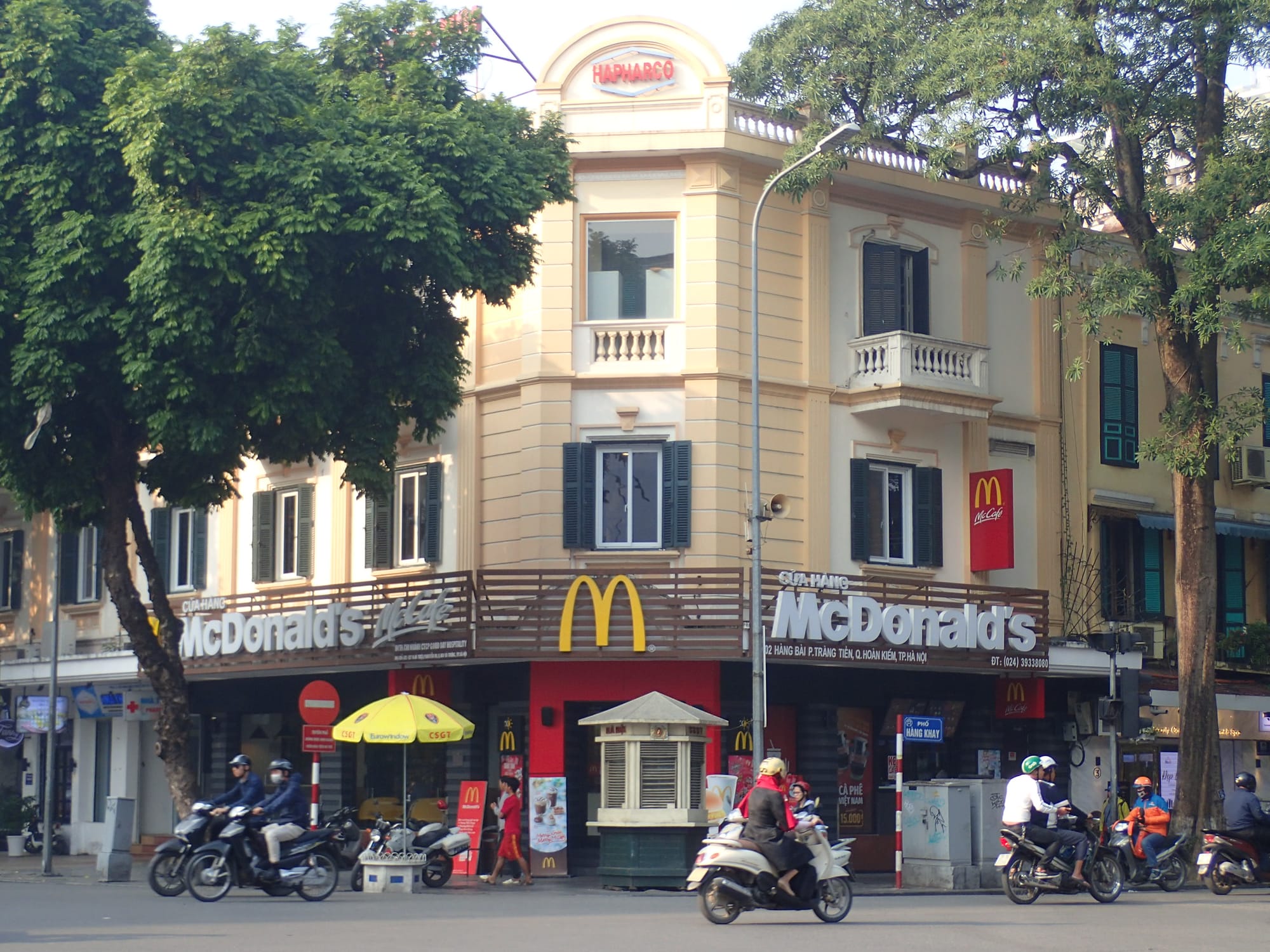
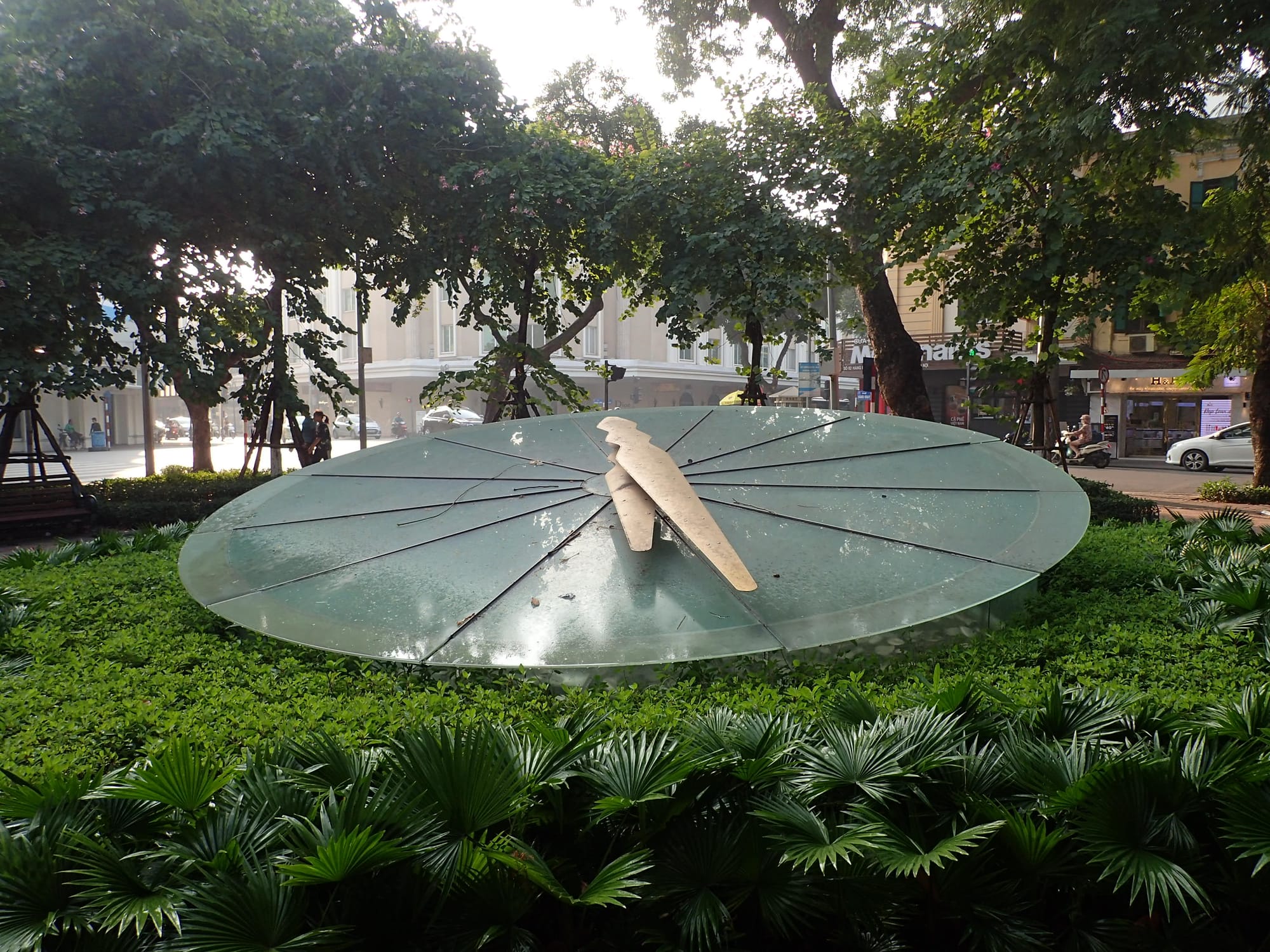
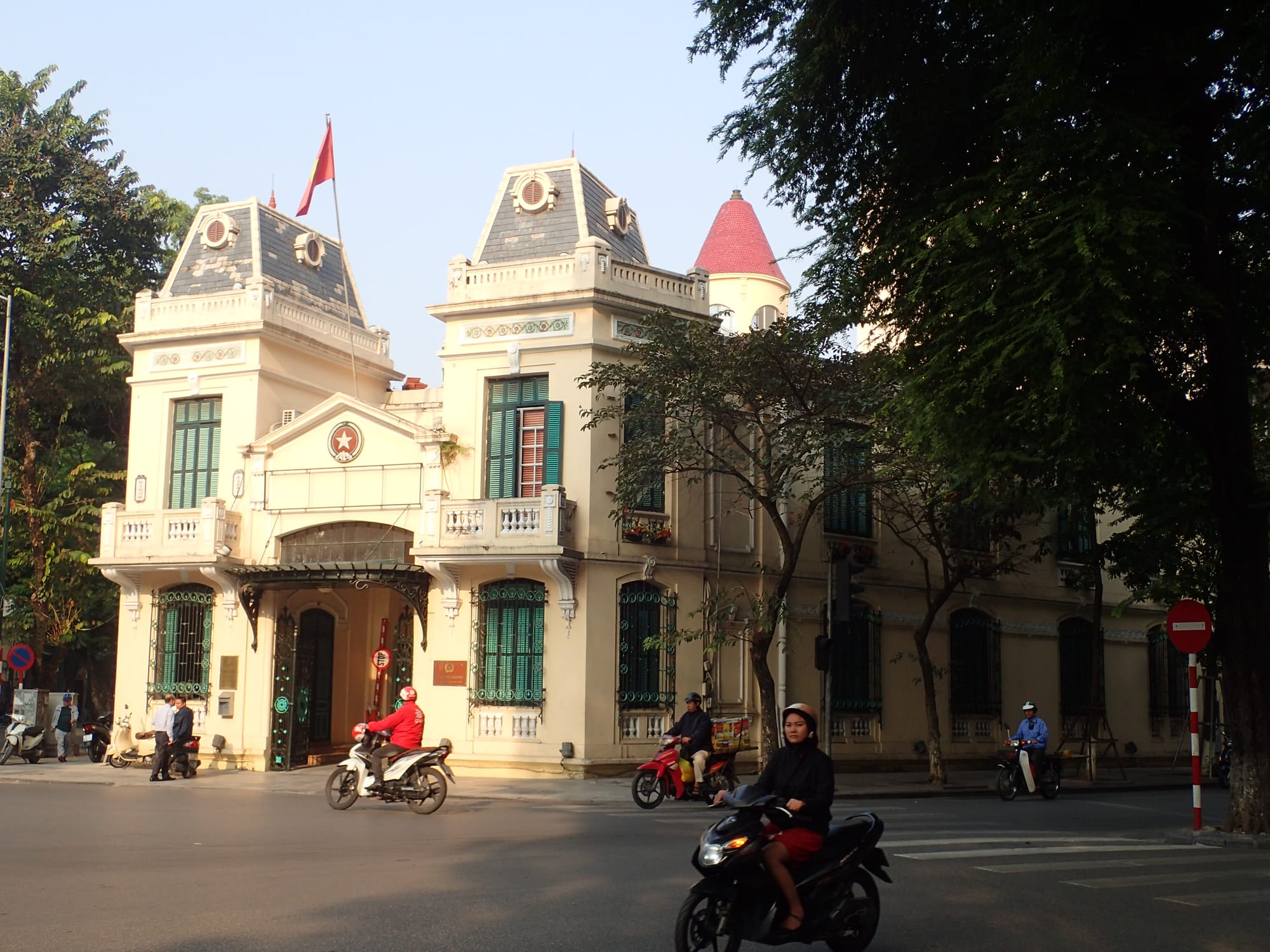
The French Quarter in Hanoi is defined by wide tree-lined boulevards, grand colonial villas and an undeniable sense of European grandeur, creating a serene and refined atmosphere.
Built primarily during the late 19th and early 20th centuries when Vietnam was part of French Indochina, the French Quarter was designed as a miniature Paris in Asia. The French meticulously planned wide avenues, introduced electric street lighting and constructed elegant villas and grand public buildings to house administrators and wealthy merchants. Today, this architectural heritage remains well-preserved, serving as a living museum of colonial history and culture.
As you explore the French Quarter, you will encounter some of Hanoi’s most striking landmarks, each rich in history and architectural charm.
- Hanoi Opera House, modelled after Paris’s Palais Garnier, is a grand example of French colonial architecture. With its ornate façade and opulent interior, it continues to serve as a vibrant venue for opera, classical concerts and traditional Vietnamese performances.
- St. Joseph’s Cathedral, consecrated in 1886, features a striking Neo-Gothic architecture with twin bell towers and stained-glass windows. It stands as a lasting symbol of French religious influence and remains a central place of worship for Hanoi’s Catholic community.
- Sofitel Legend Metropole Hanoi, an iconic hotel dating back to 1901, has welcomed presidents, royalty and film stars. With its colonial-era elegance and storied past, it is a highlight of the district, even for those just passing by.
Many grand, yellow-hued government buildings with classical facades and shuttered balconies were once French administrative offices. Hidden behind ornate gates and lush gardens, beautifully preserved French villas now serve as embassies, art galleries, boutique hotels or private residences.
Lăng Chủ Tịch Hồ Chí Minh (Ho Chi Minh Mausoleum)

The Ho Chi Minh Mausoleum stands solemnly in Hanoi’s historic Ba Dinh Square, where Ho Chi Minh declared the country’s independence in 1945. It is a powerful symbol of Vietnam’s national pride and revolutionary legacy.
Completed in 1975, the mausoleum houses the embalmed body of Ho Chi Minh, despite his wish for a simple cremation. For the nation, preserving his body was a profound gesture of respect, ensuring that 'Uncle Ho' remains a lasting presence at the heart of Vietnam. The structure, built from grey granite, is stark and monumental, blending traditional Vietnamese architectural elements with Soviet-influenced design.
iseasywith.me Public Service Announcement
- Dress Appropriately.
Shoulders and knees must be covered. No shorts, mini-skirts, sleeveless tops, tank tops or spaghetti straps.
Footwear should be respectful.
Hats/caps must be removed before entering the mausoleum.- Arrive at the entrance gate on Ngọc Hà Street and join the security queue where your bags will be scanned and belongings may need to be deposited. Remember to get a 'Luggage Ticket' for your deposited items.
- Follow the marked path through Ba Đình Square lawn area toward the mausoleum.
- Once you enter the mausoleum building, the atmosphere becomes extremely solemn.
Maintain absolute silence. No talking, laughing or making noise.
Walk in single file and keep moving at a steady pace. Do not stop or linger.
Hands should be kept out of pockets.
No photography or video recording inside the mausoleum chamber. Security guards are vigilant.
You will walk past the glass-encased body of Ho Chi Minh. Maintain respect and solemnity.
Children must also adhere to these rules.
Nhà hát lớn Hà Nội (Hanoi Opera House)
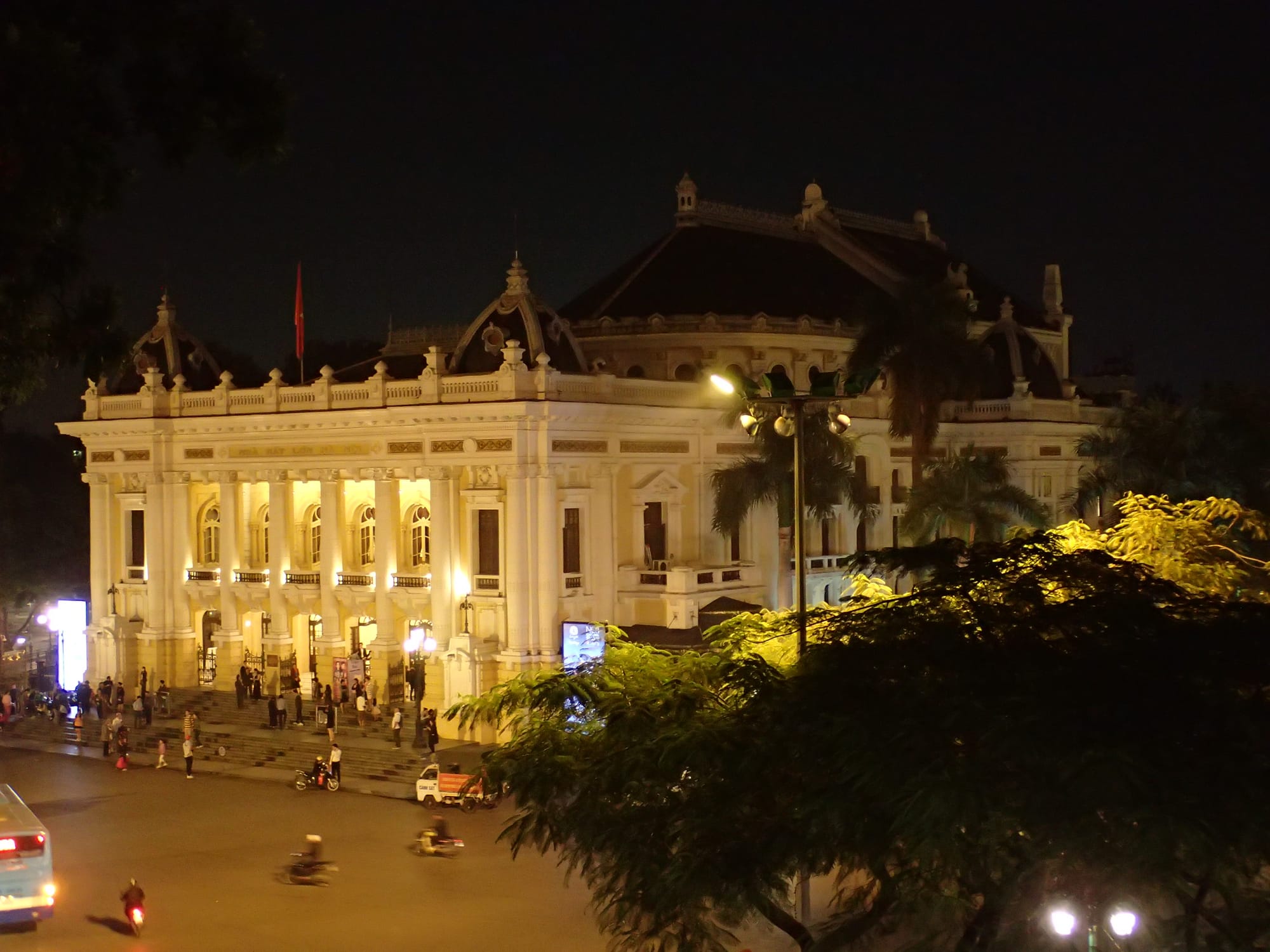
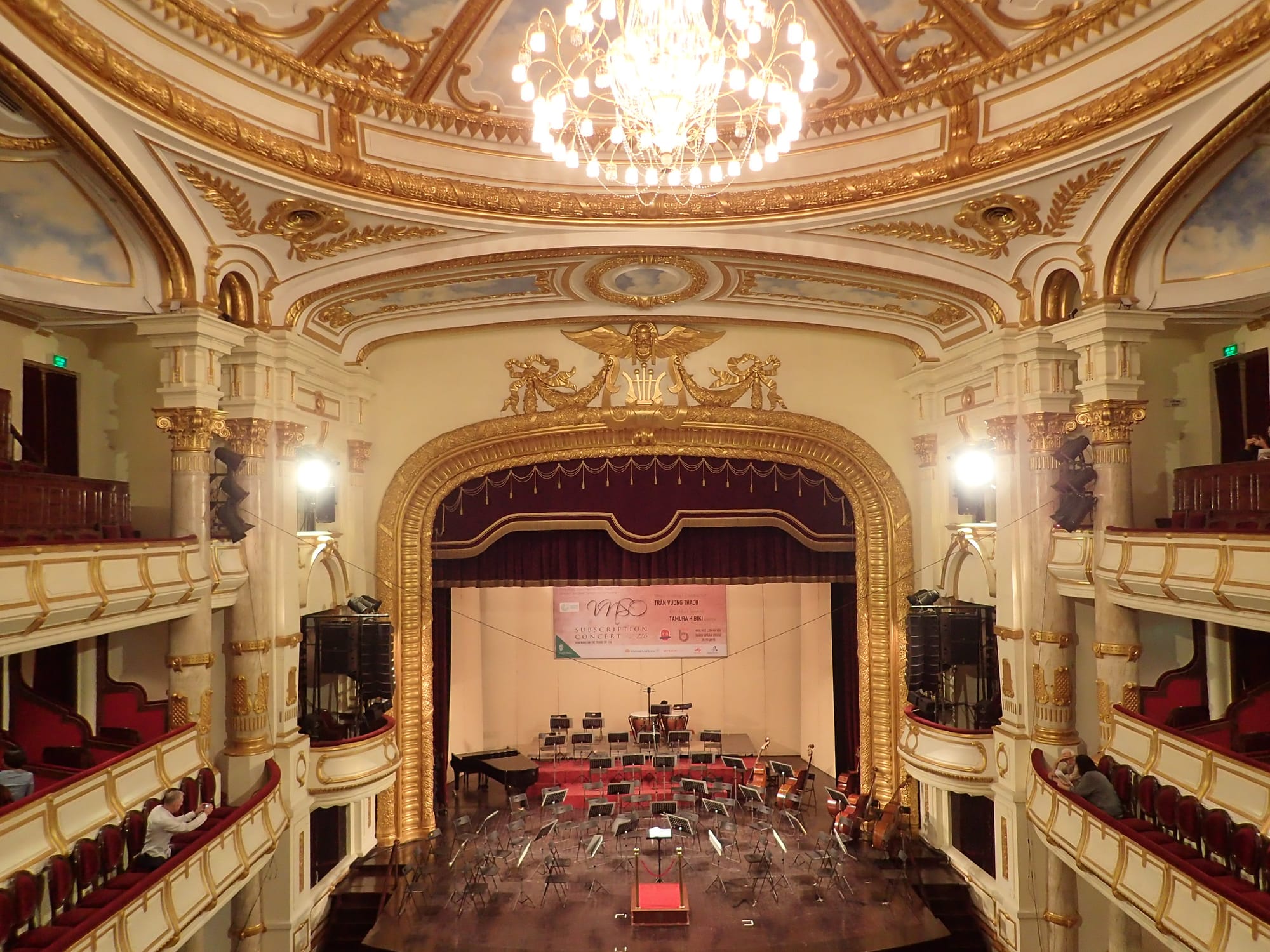
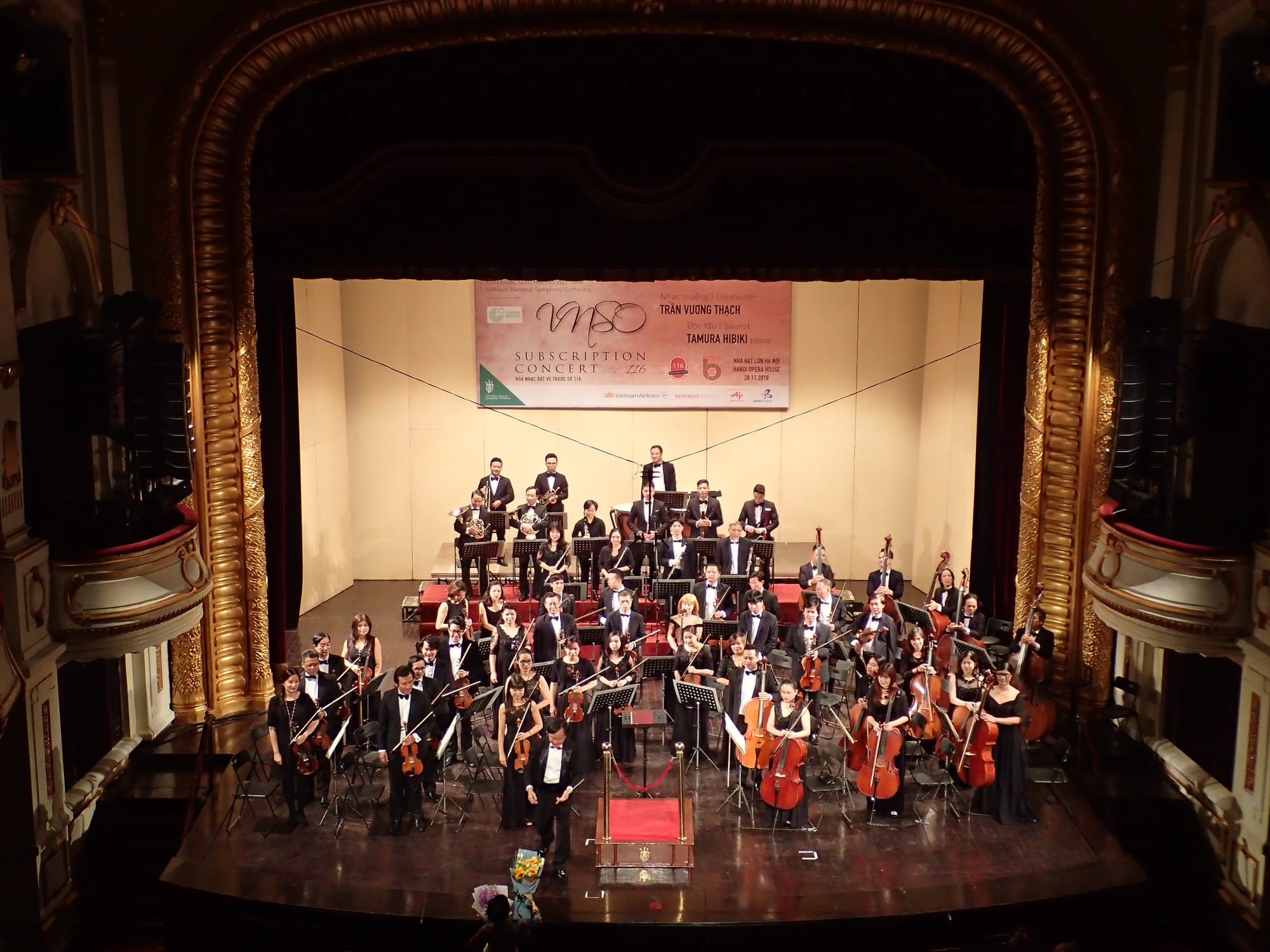
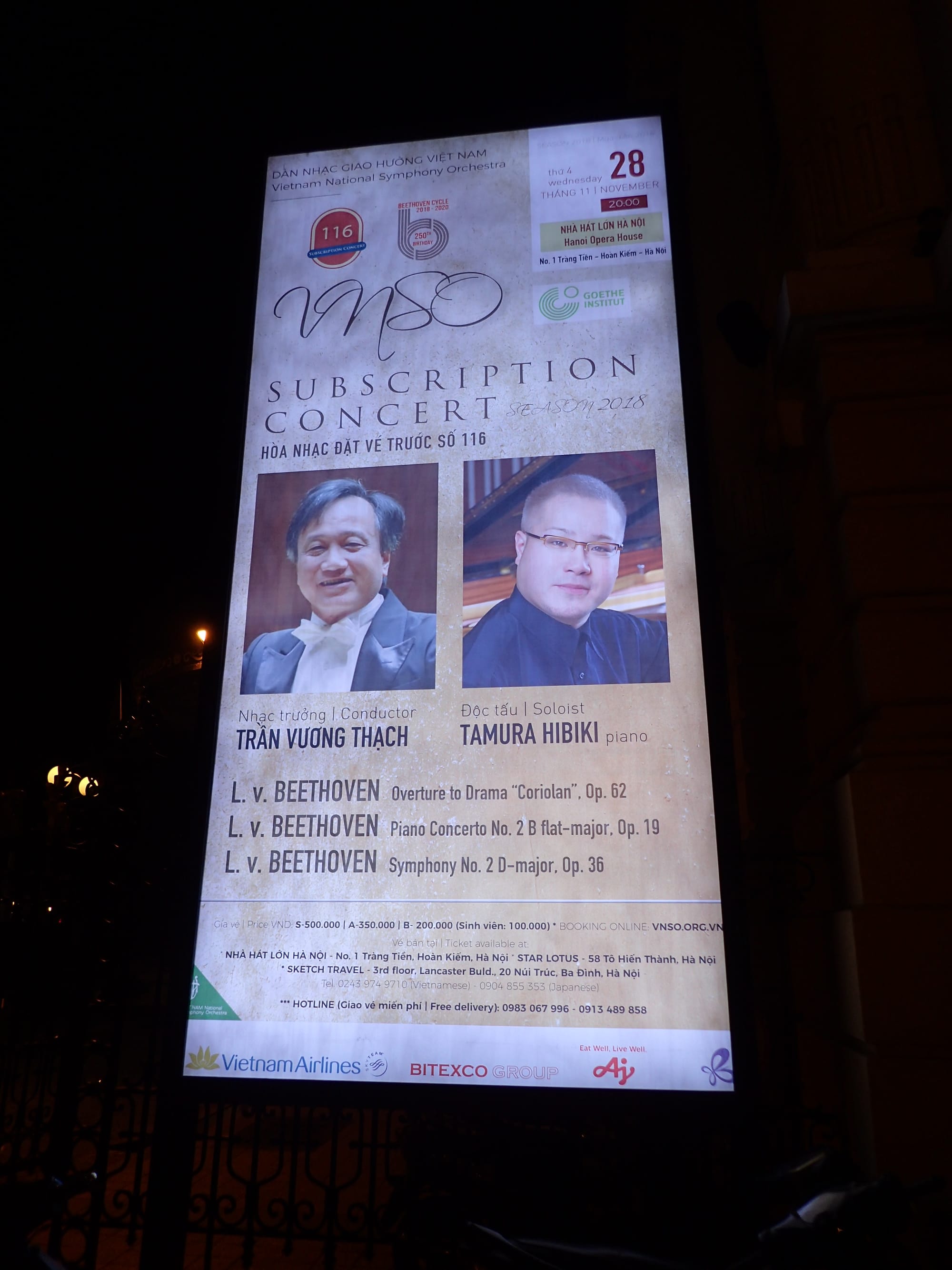
Hanoi Opera House stands proudly in the heart of the city’s elegant French Quarter, a magnificent landmark that blends architectural grandeur with rich cultural heritage. Evoking the spirit of Belle Époque Paris, this iconic building reflects Hanoi’s colonial past and its enduring passion for the arts.
Built between 1901 and 1911 by the French colonial authorities, the Opera House was inspired by the Palais Garnier in Paris. Though smaller in scale, it captures the same neoclassical elegance with its arched windows, grand columns, ornate detailing and signature pale yellow façade, a hallmark of colonial architecture in Vietnam. In its early days, it served as the cultural centrepiece of French Indochina, staging performances for colonial elites.
Inside, the opulence continues with sweeping marble staircases, sparkling chandeliers and a lavishly decorated 600-seat auditorium that exudes timeless elegance. Red velvet seats, gilded accents and a frescoed ceiling have all been carefully preserved, offering a glimpse into a bygone era of theatrical splendor.
Beyond its architectural beauty, the Opera House holds historical weight. In 1945, it became a focal point for revolutionary gatherings during the August Revolution. Today, it remains a dynamic cultural venue, hosting everything from classical music and ballet to traditional Vietnamese opera and contemporary performances, welcoming both local and international audiences.
When I was there, I attended a concert by the Vietnam National Symphony Orchestra.
Nhà hát Múa rối nước Thăng Long (Thang Long Water Puppet Theatre)
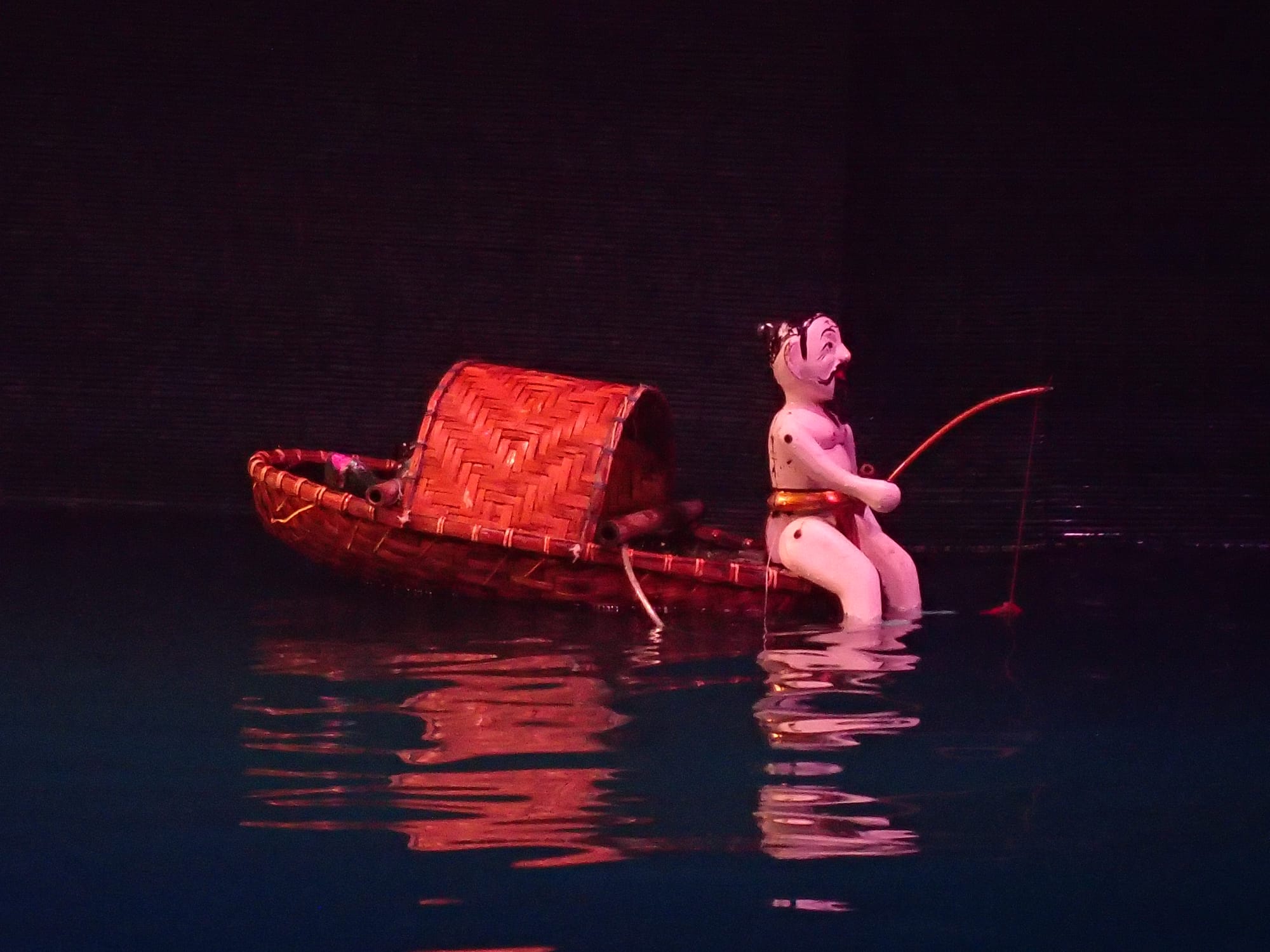
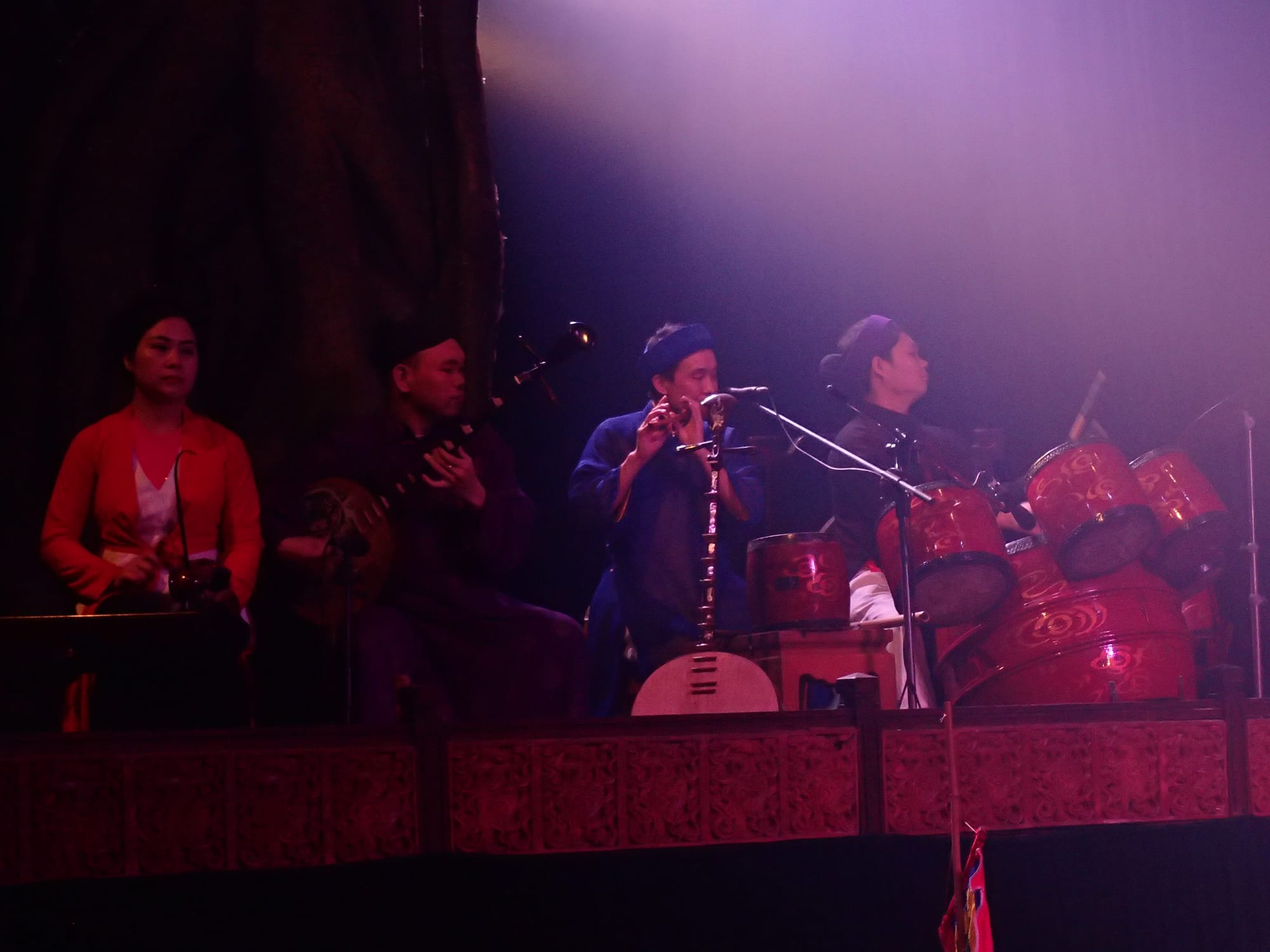
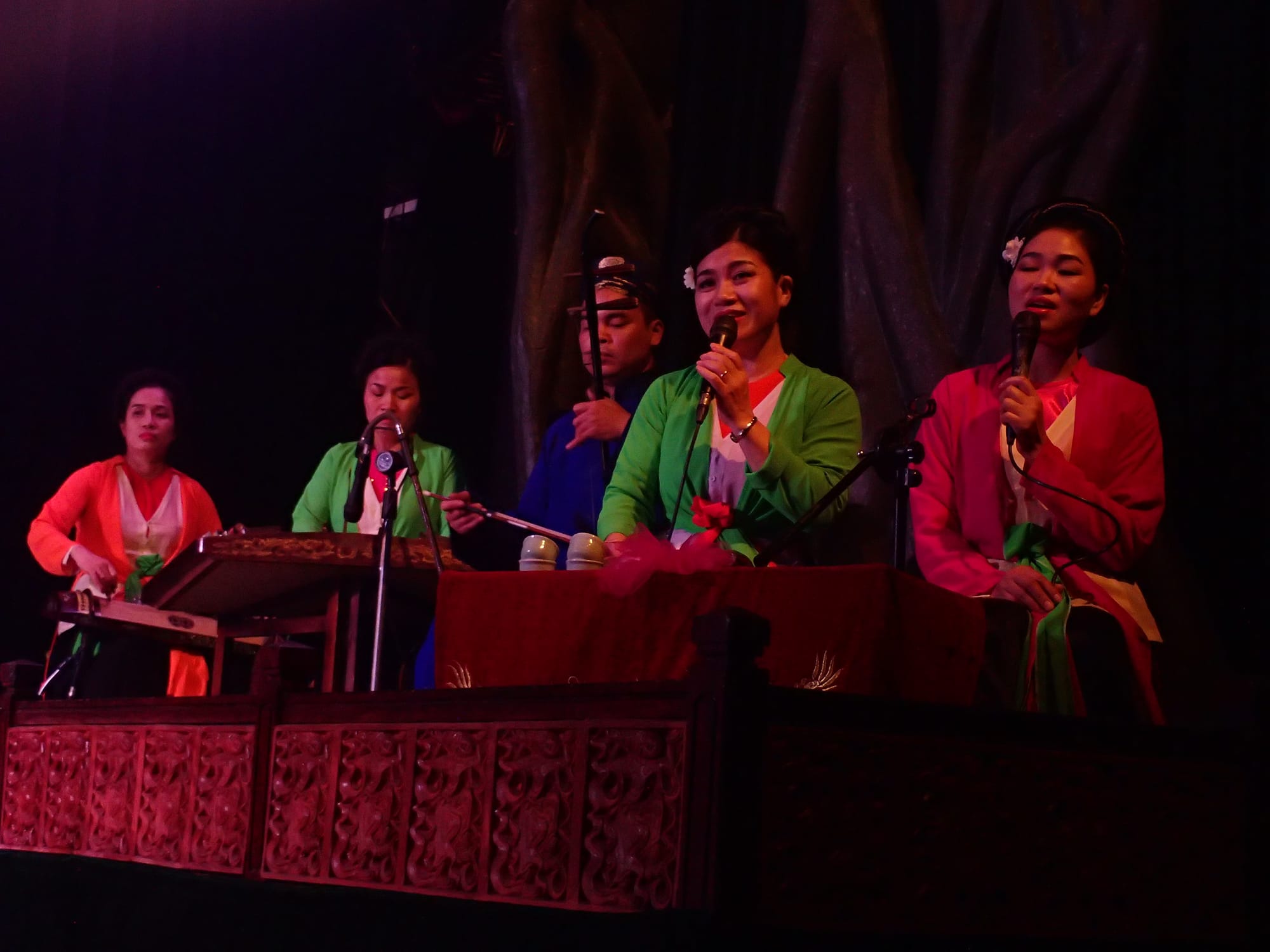
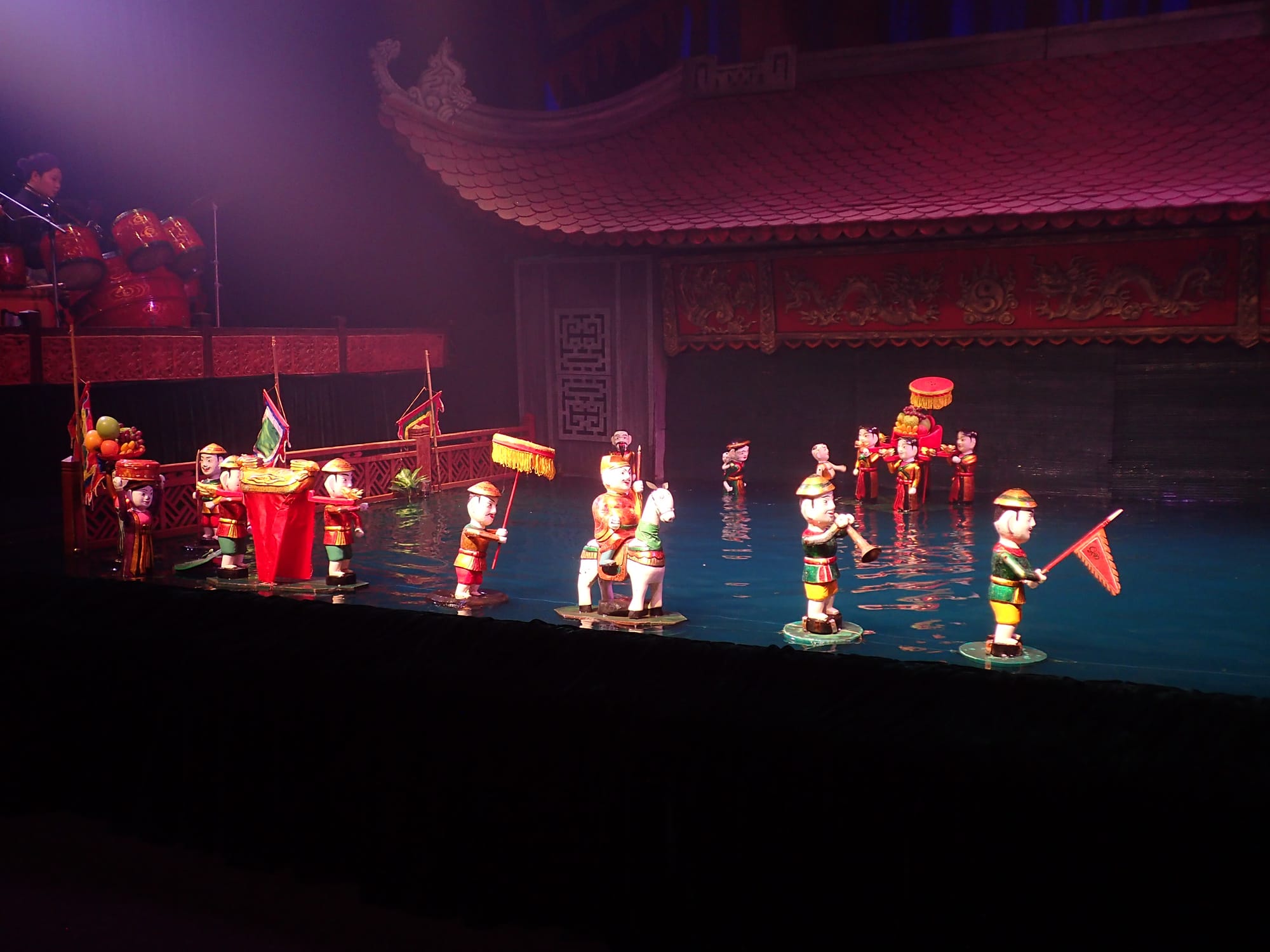
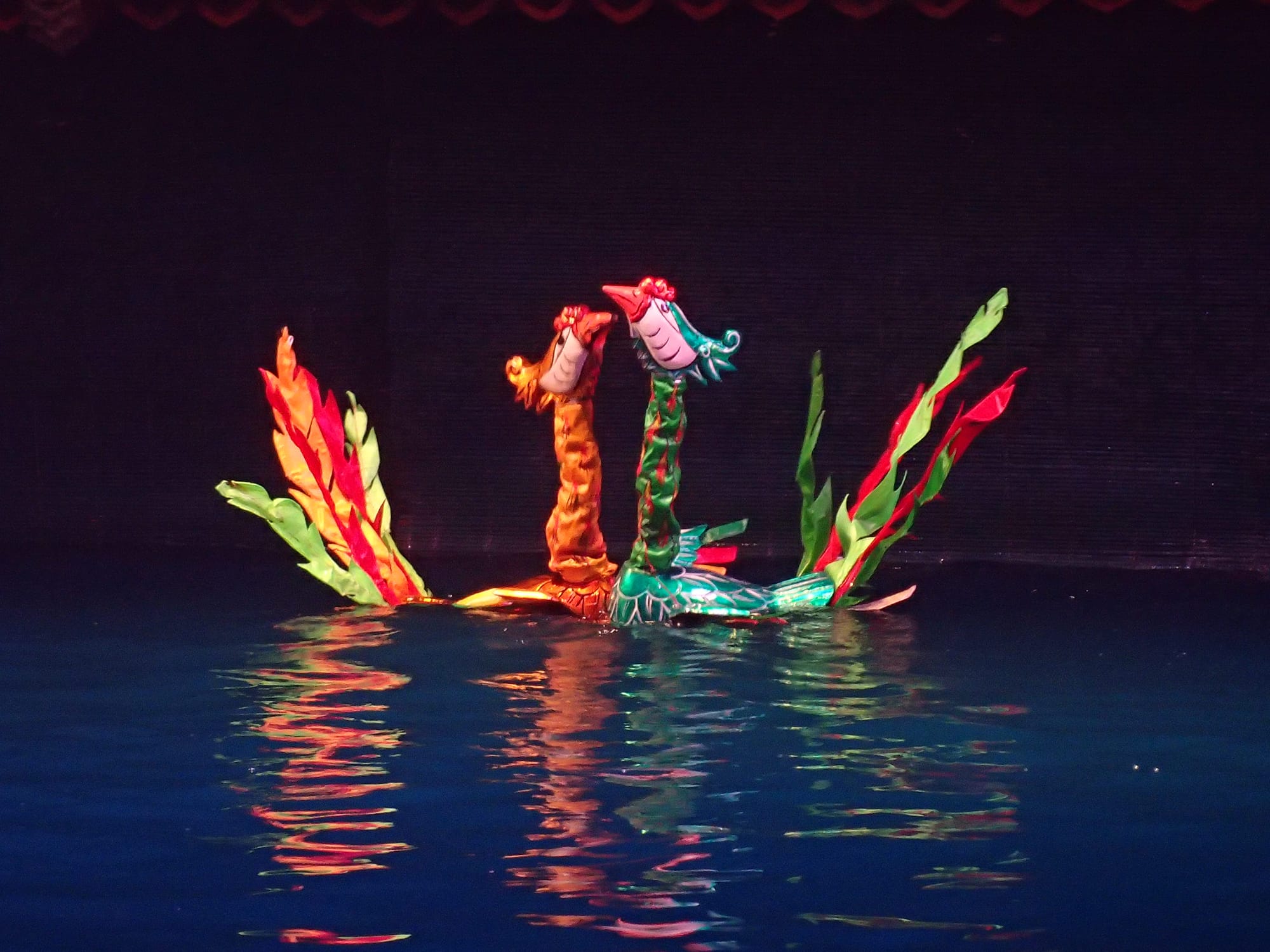
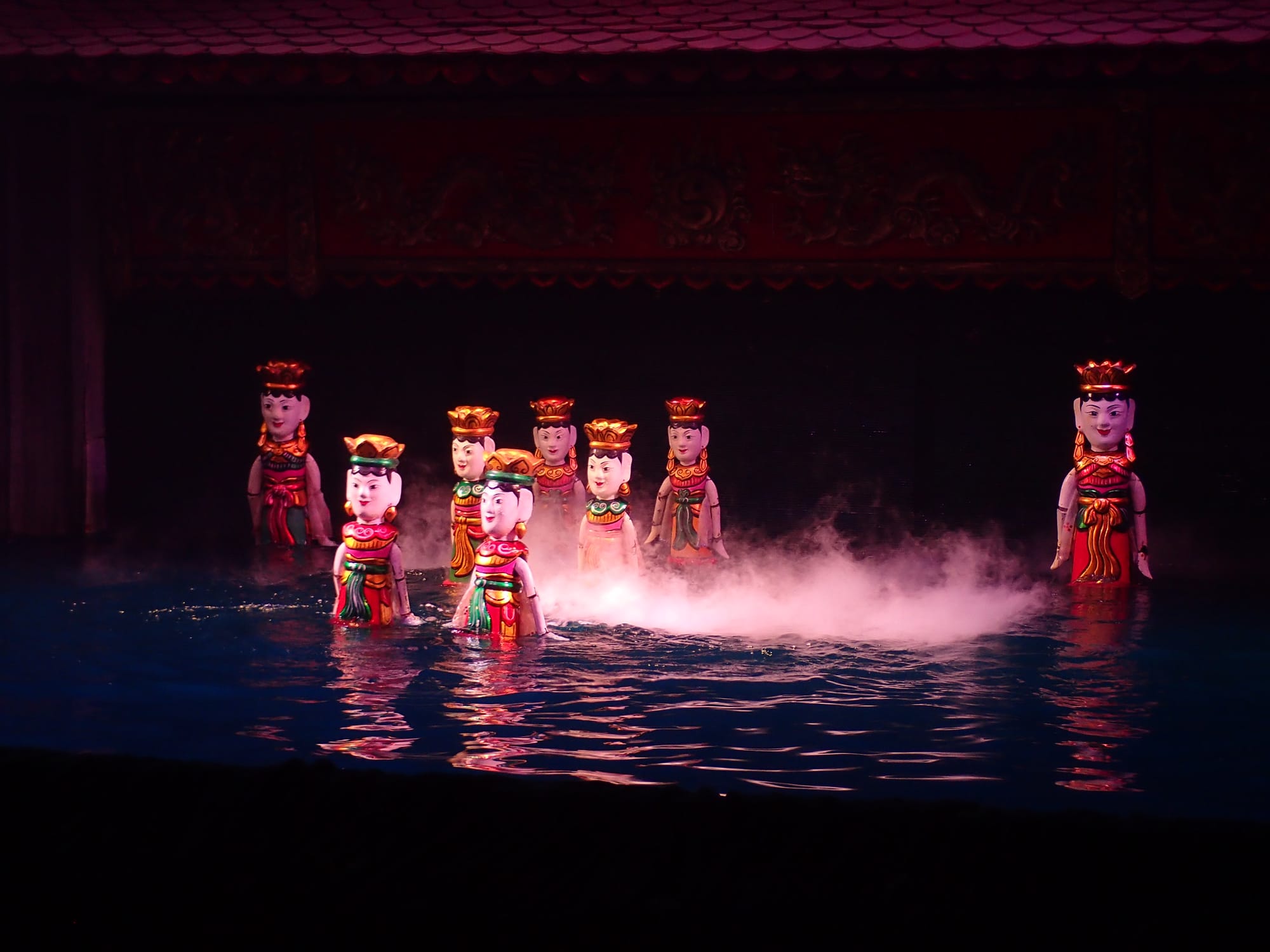
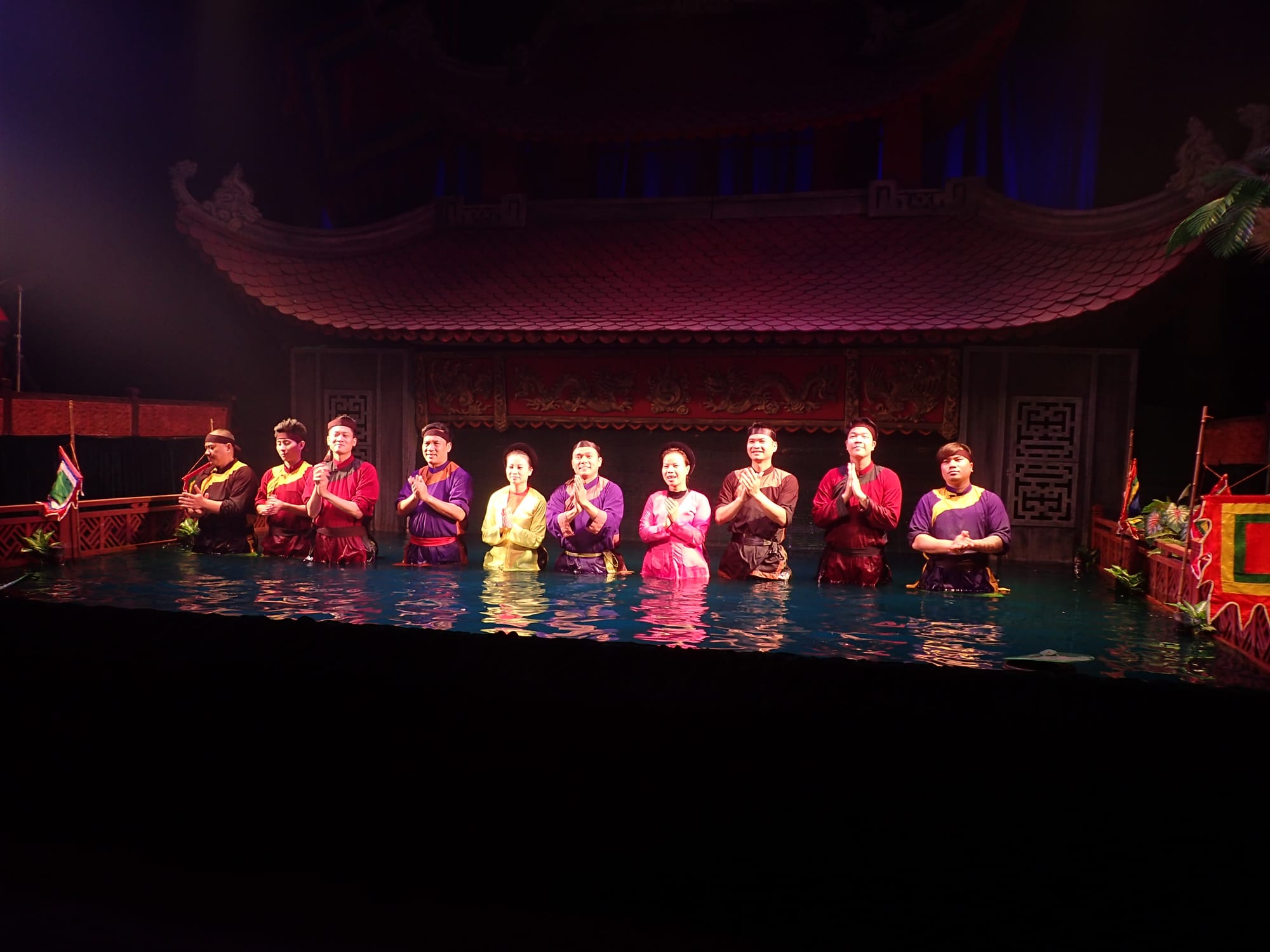
The Thang Long Water Puppet Theatre is a renowned cultural attraction located right in the heart of the Old Quarter near Hoàn Kiếm Lake.
This theatre is famous for showcasing traditional Vietnamese water puppet shows, a unique art form that dates back to the 11th century, originating in the rice paddies of the Red River Delta. Performances depict scenes from Vietnamese folklore, history and rural life, brought to life by intricately carved wooden puppets, lacquered, and operated by skilled puppeteers standing in waist-deep water behind a screen.
Each show is a captivating blend of puppetry, live traditional music and storytelling, enhanced by the sounds of bamboo flutes, drums and vocals from a live Chèo-style orchestra. The stories often feature iconic characters such as Tễu the jester, along with mythical creatures like dragons and phoenixes, and scenes portraying daily village life such as fishing, rice farming and festivals.
Performances may also include visual effects like fireworks, smoke and laser lighting, adding a contemporary touch to this ancient art.
For international visitors, audio guides in multiple languages are available for rent to help follow along with the show’s storyline.
Nhà sàn Bác Hồ (Uncle Ho's Stilt House/Ho Chi Minh Stilt House)
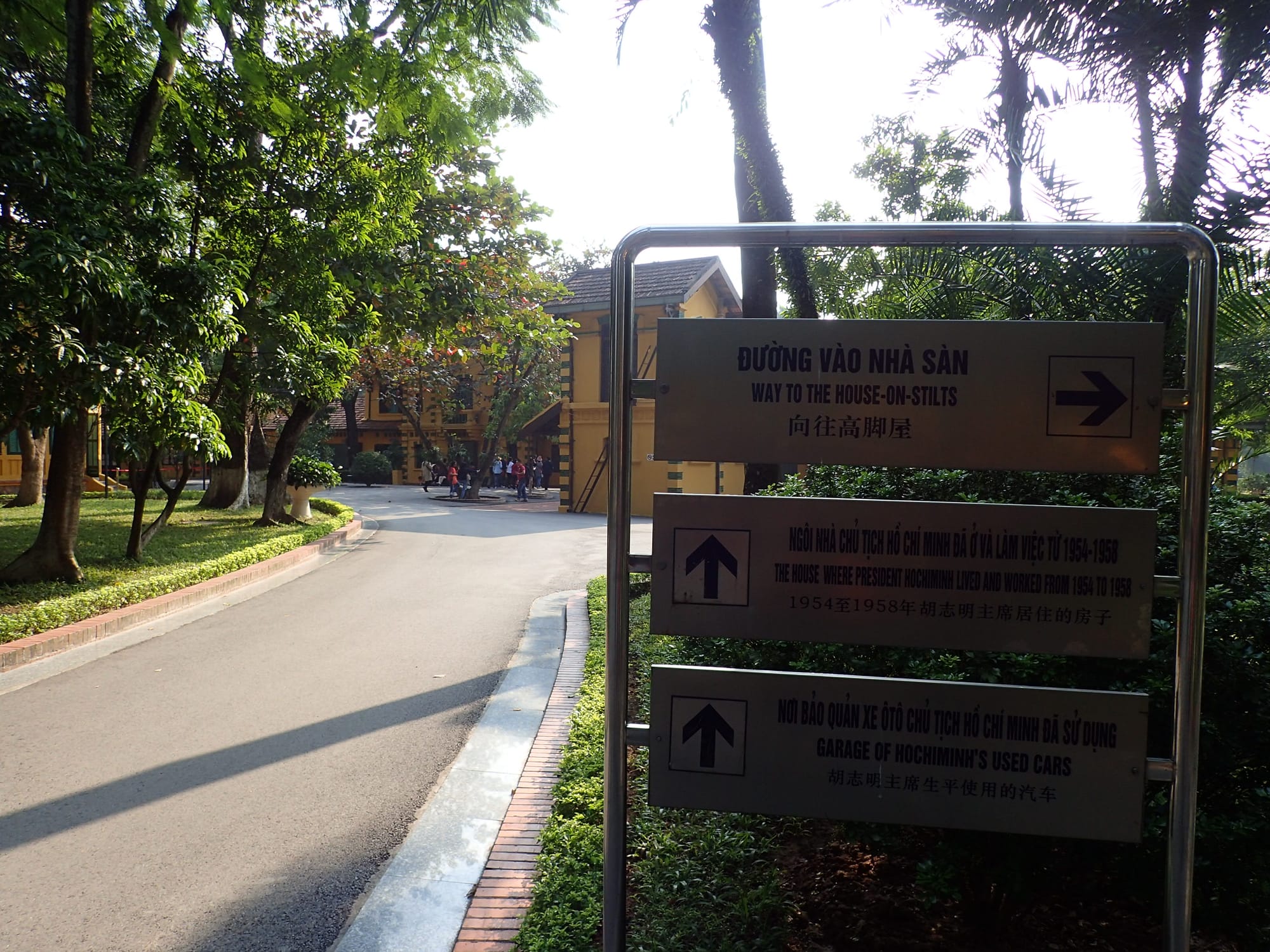
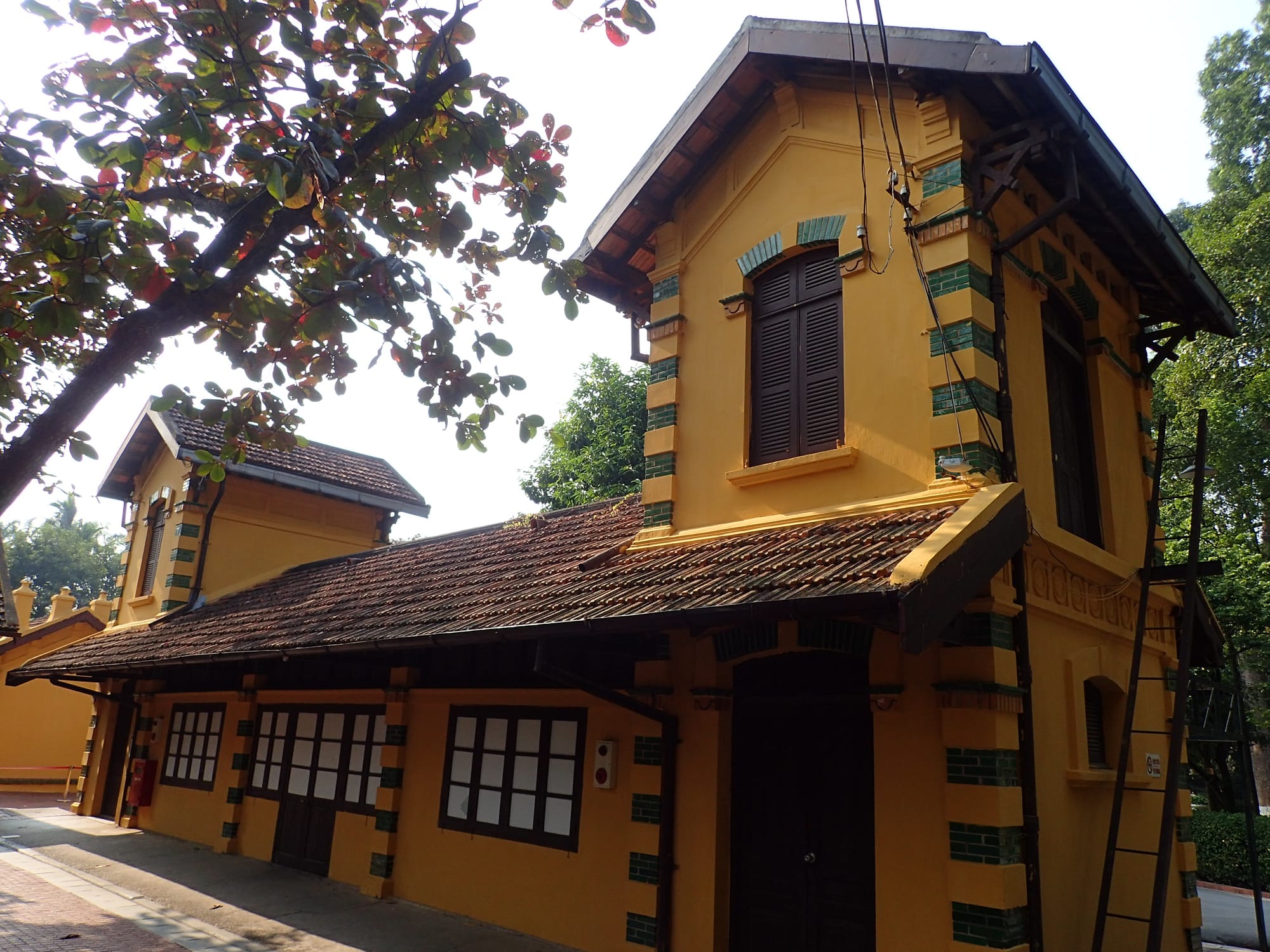
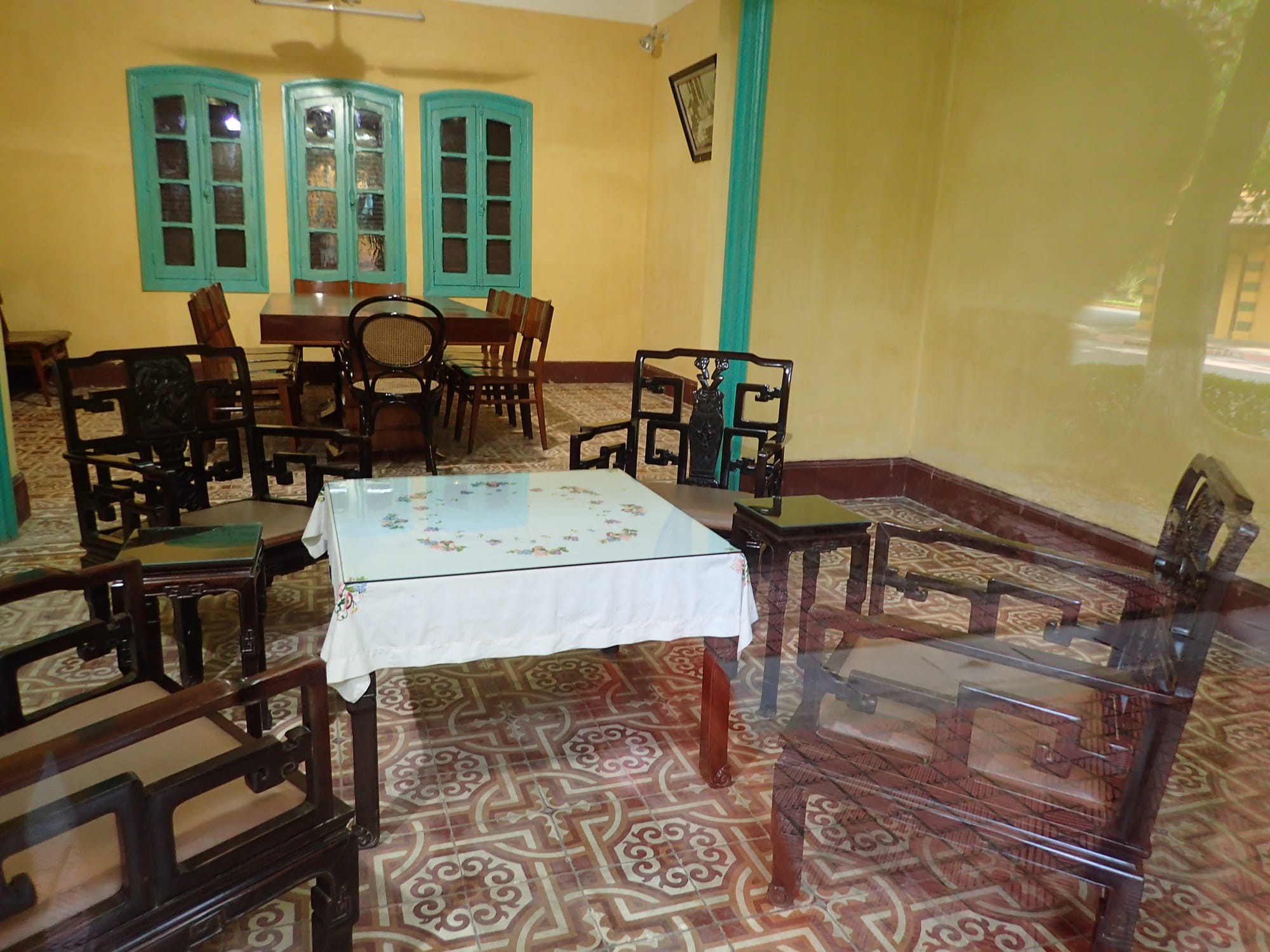
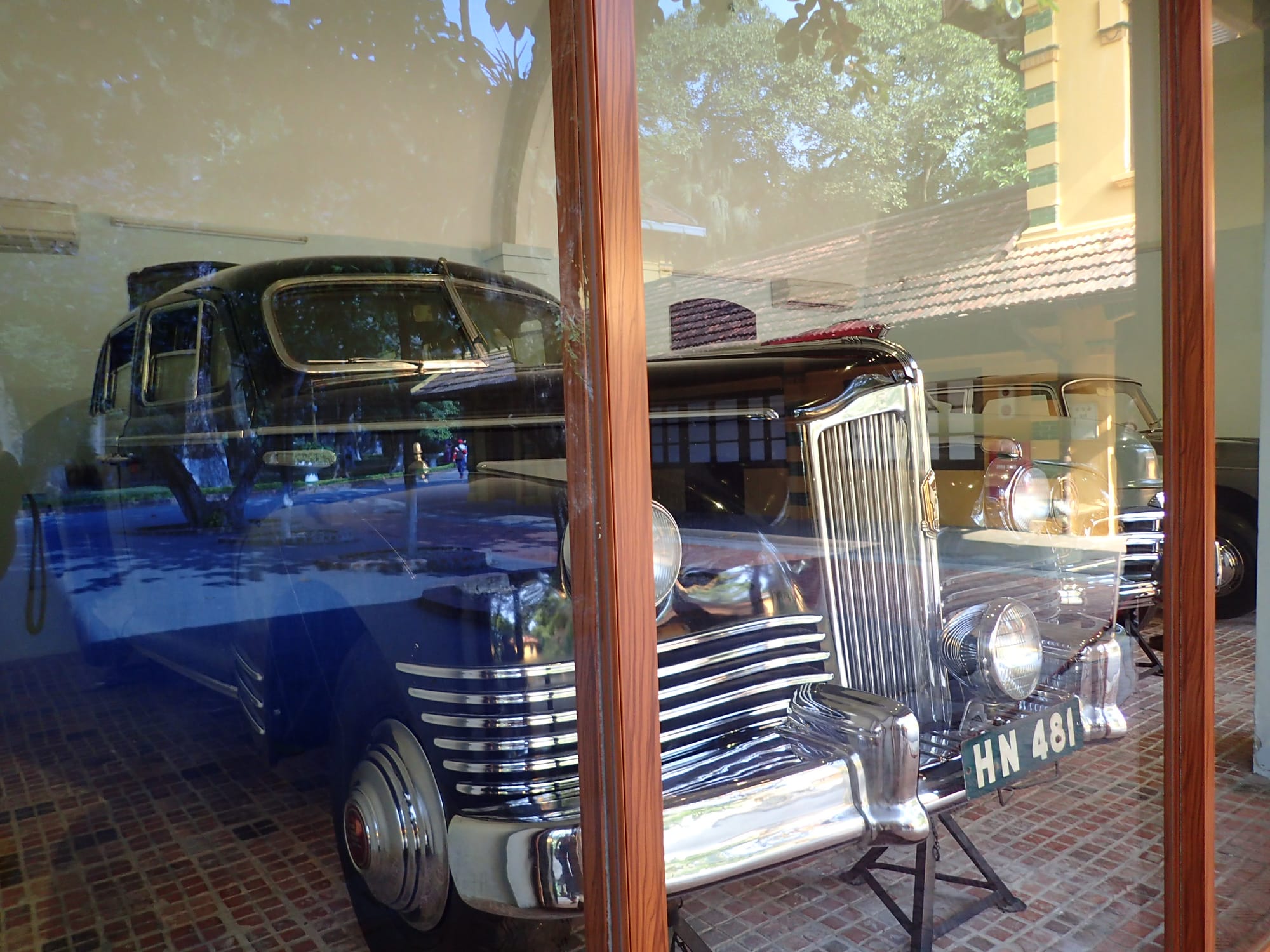
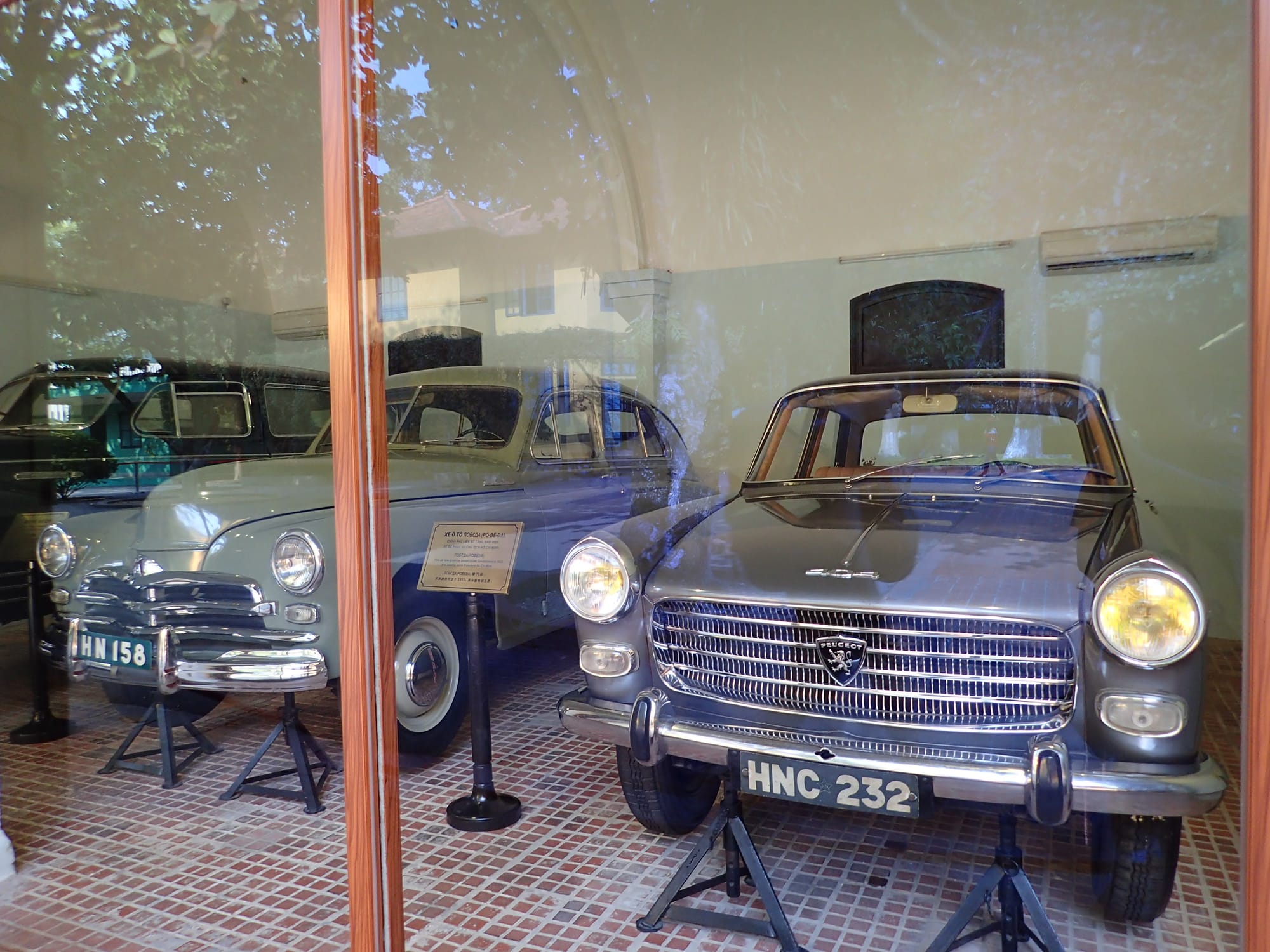
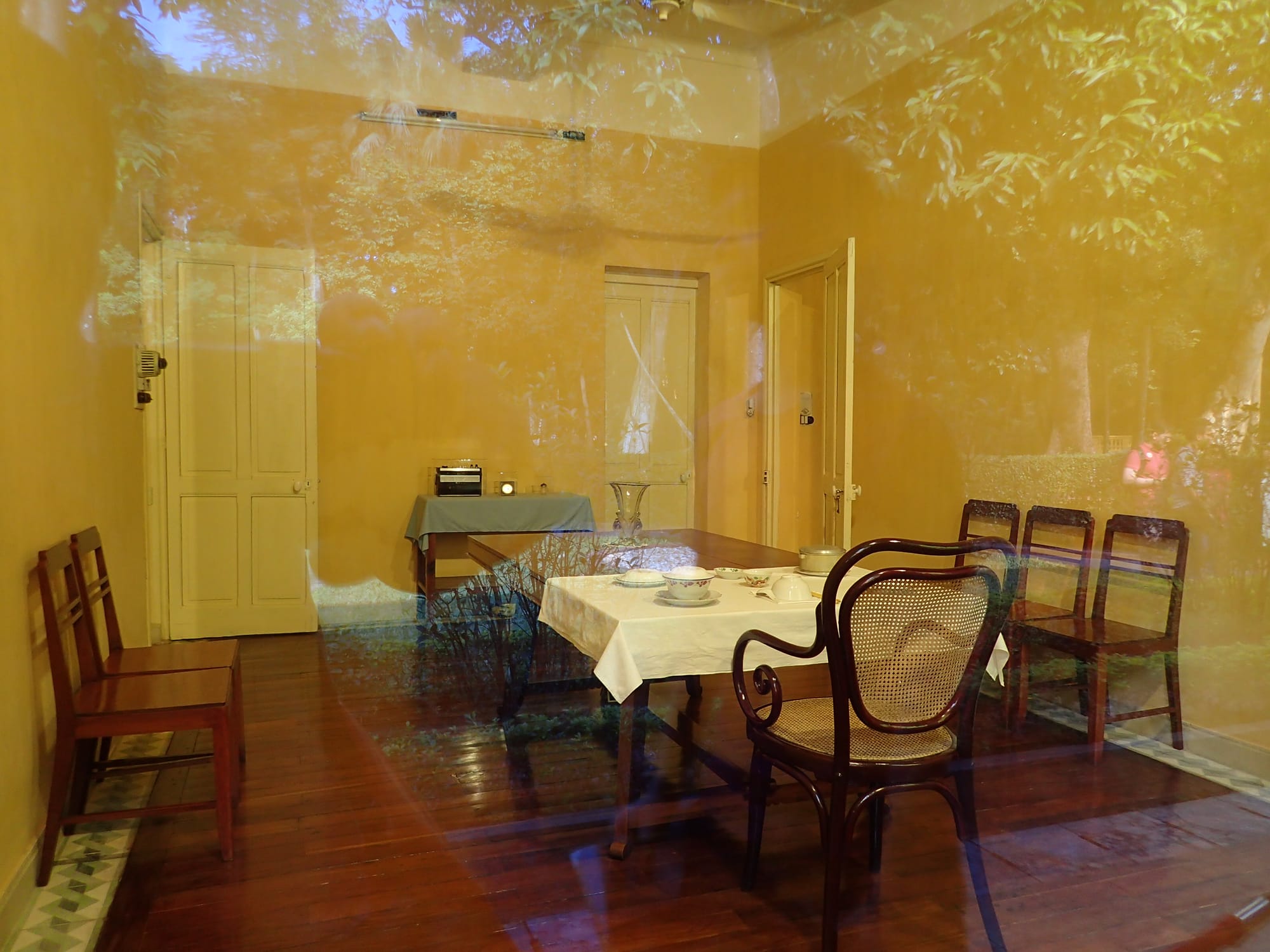
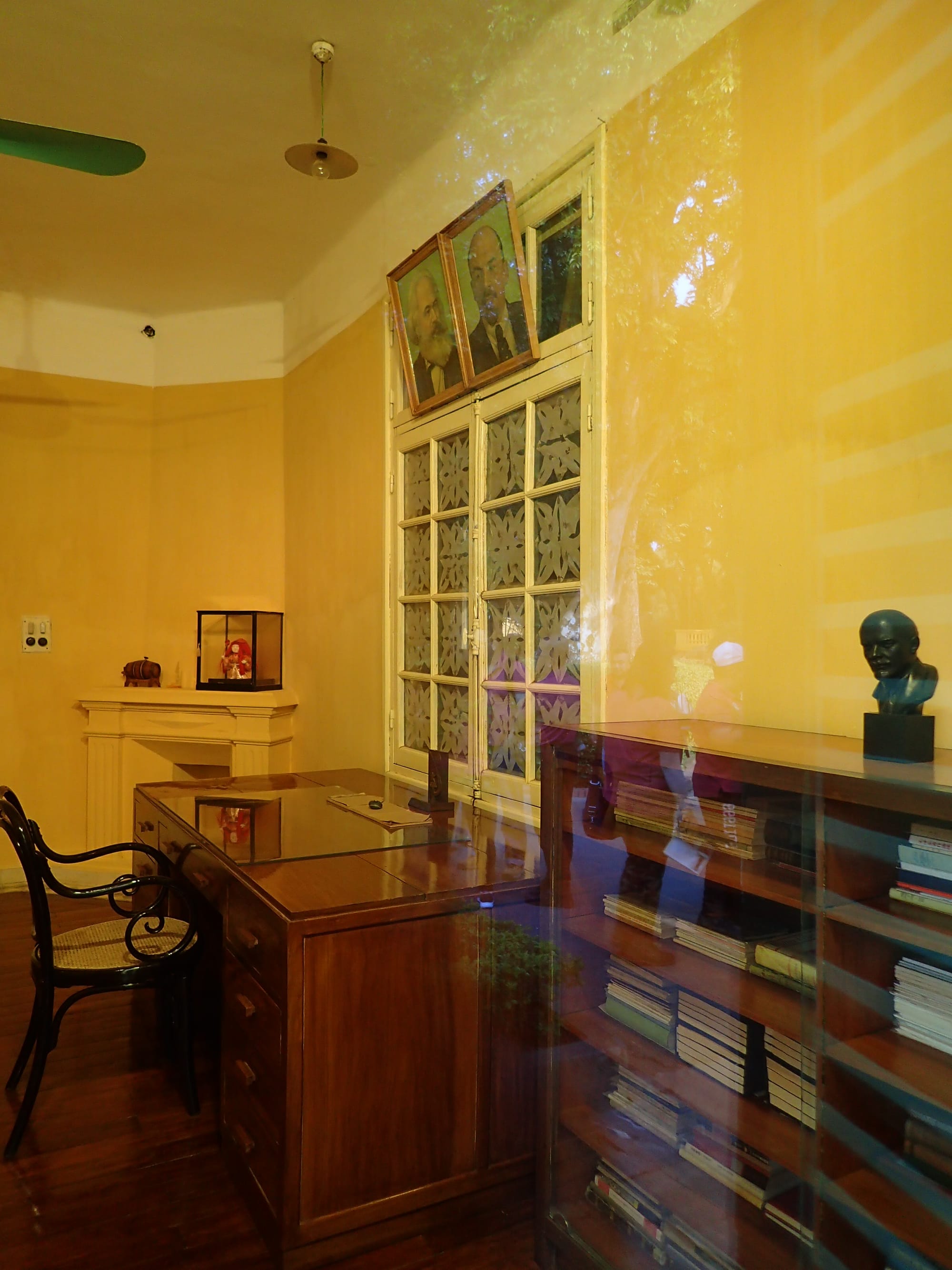
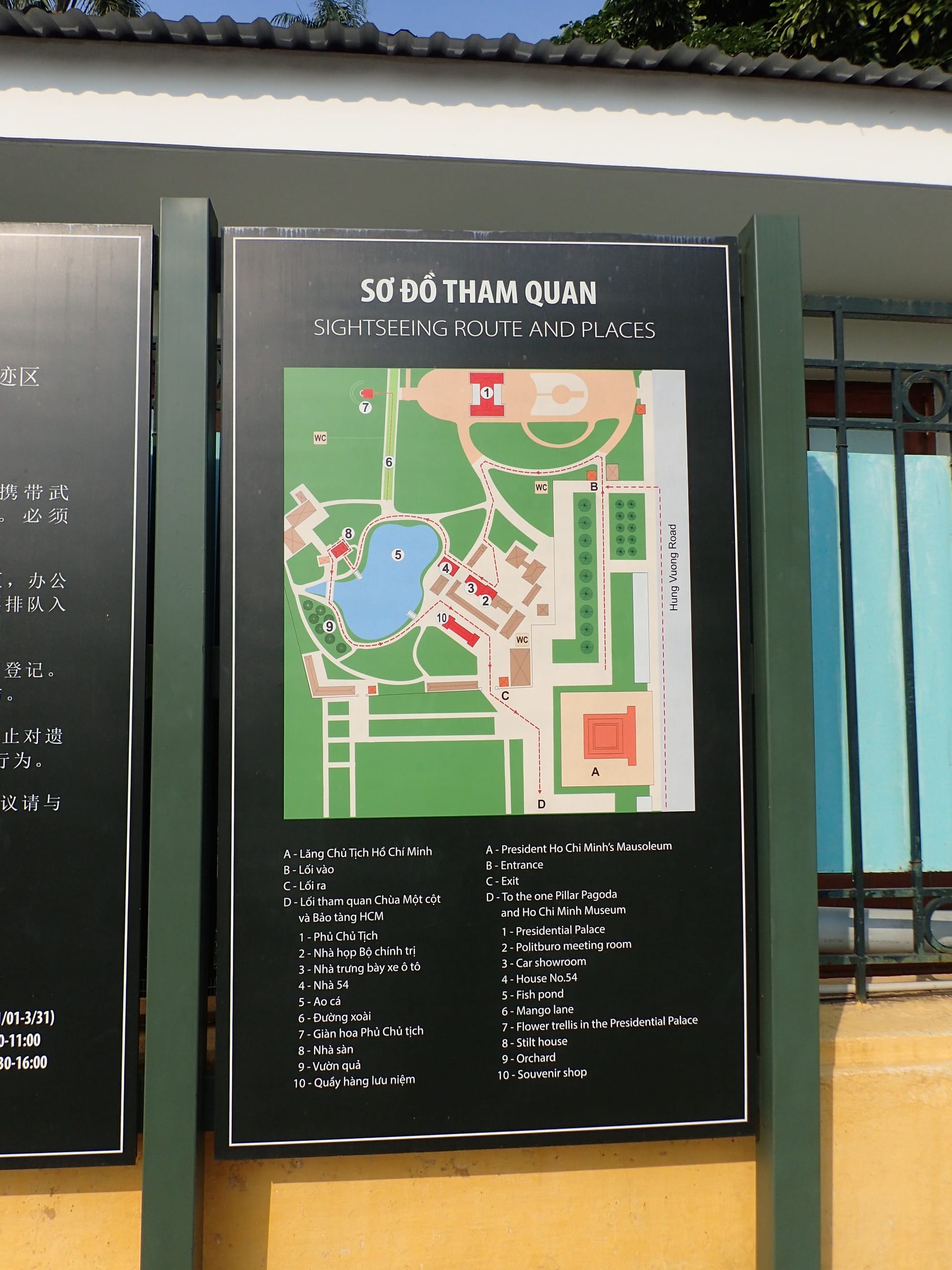
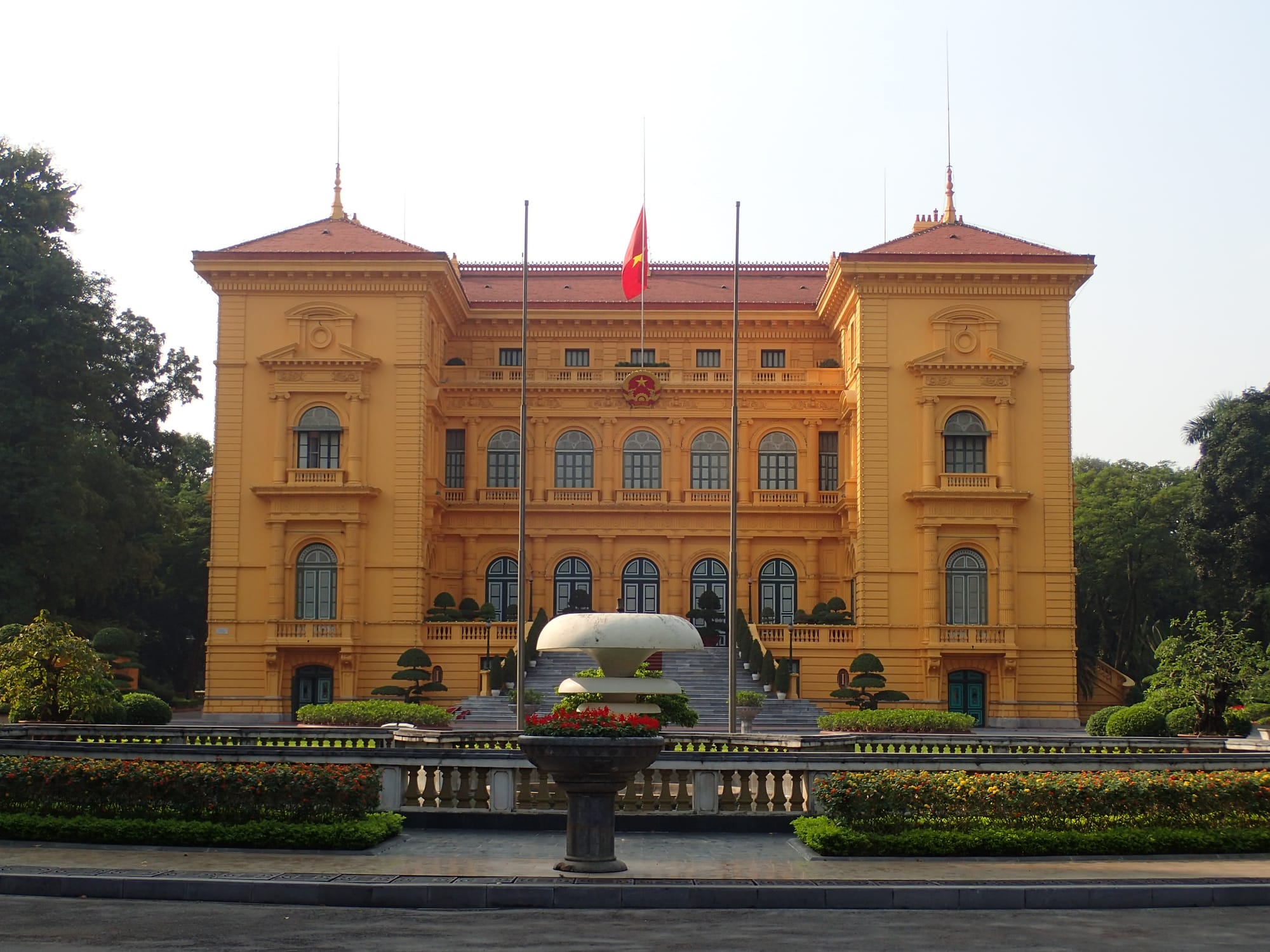
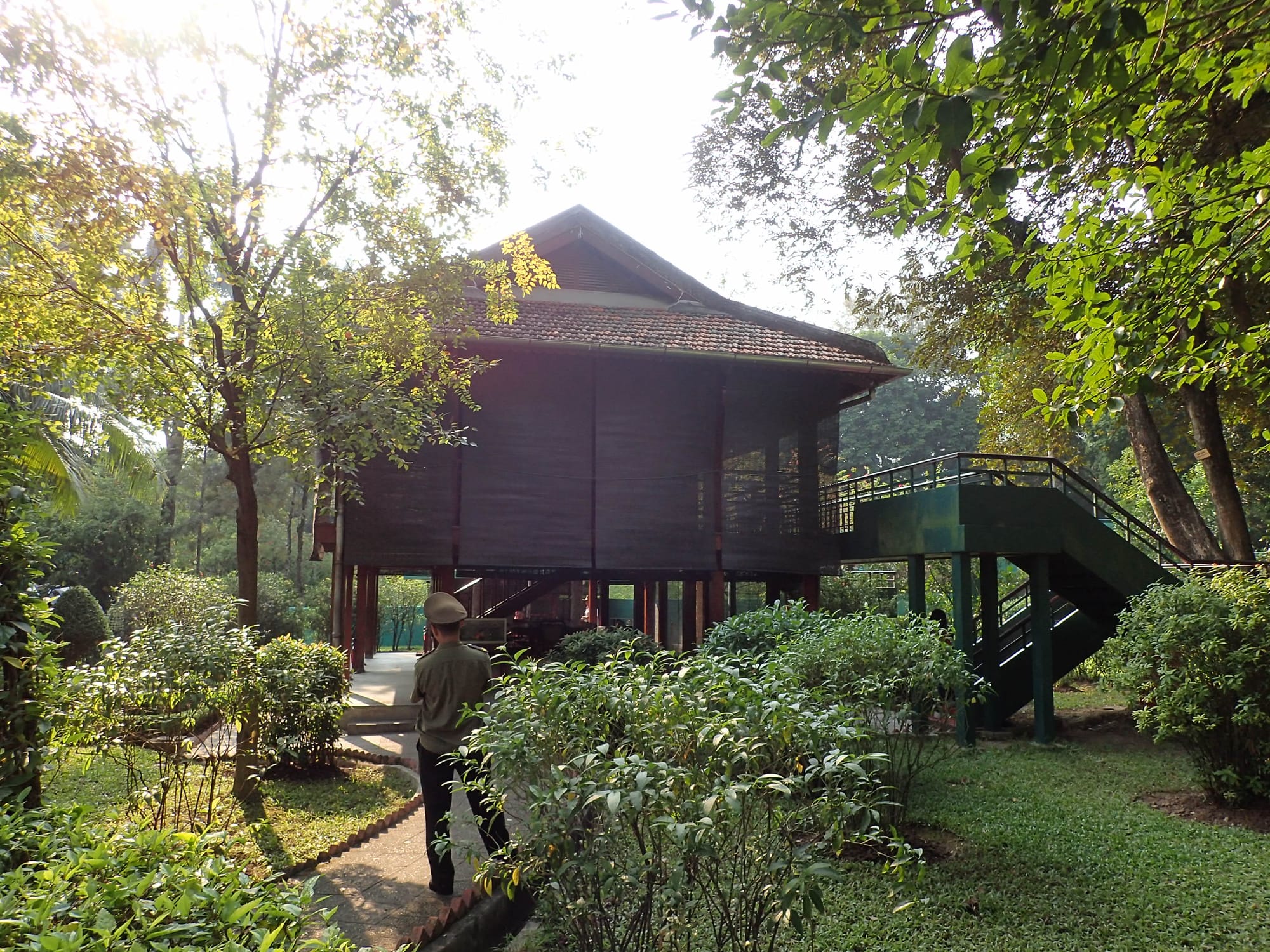
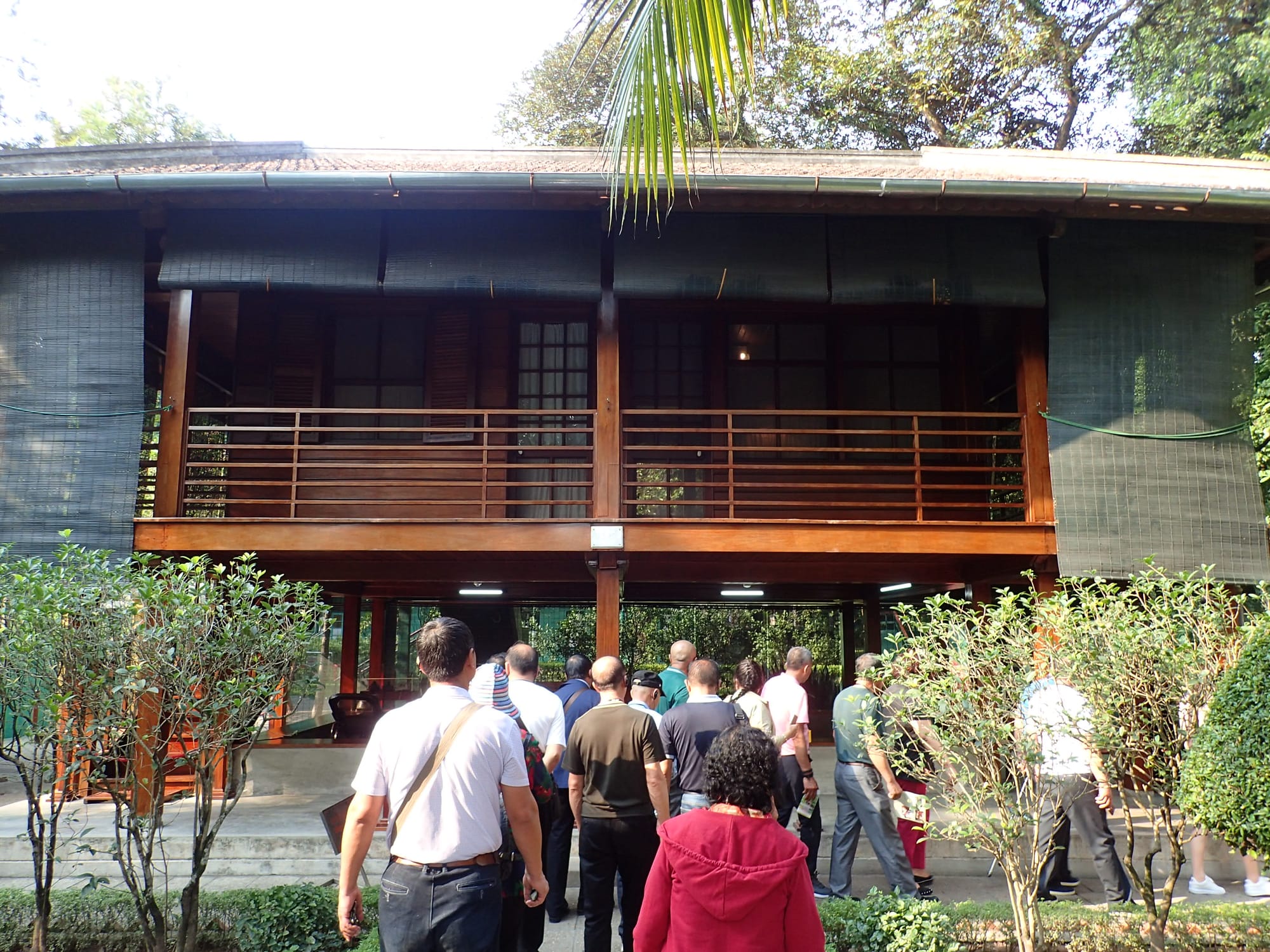
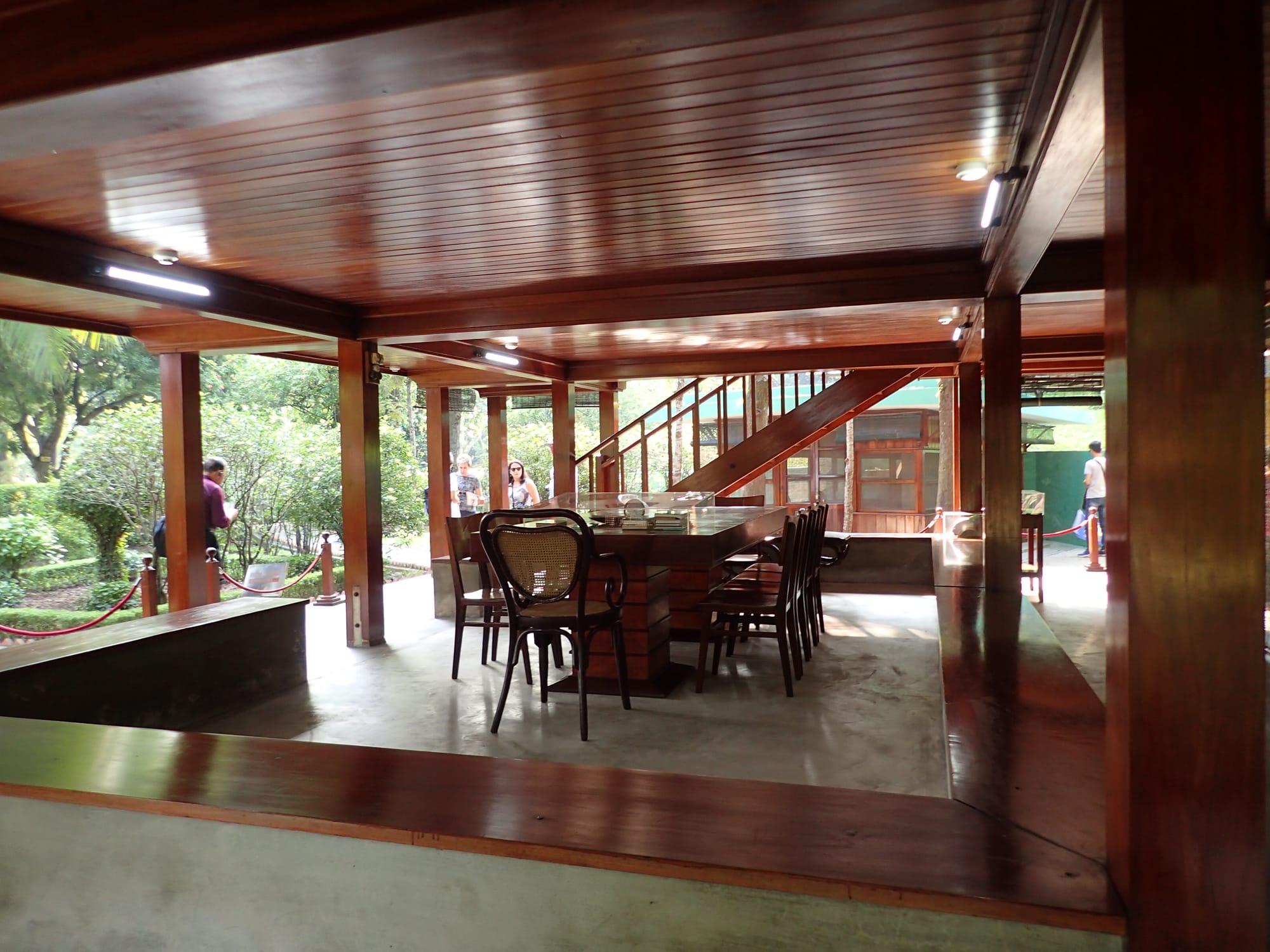
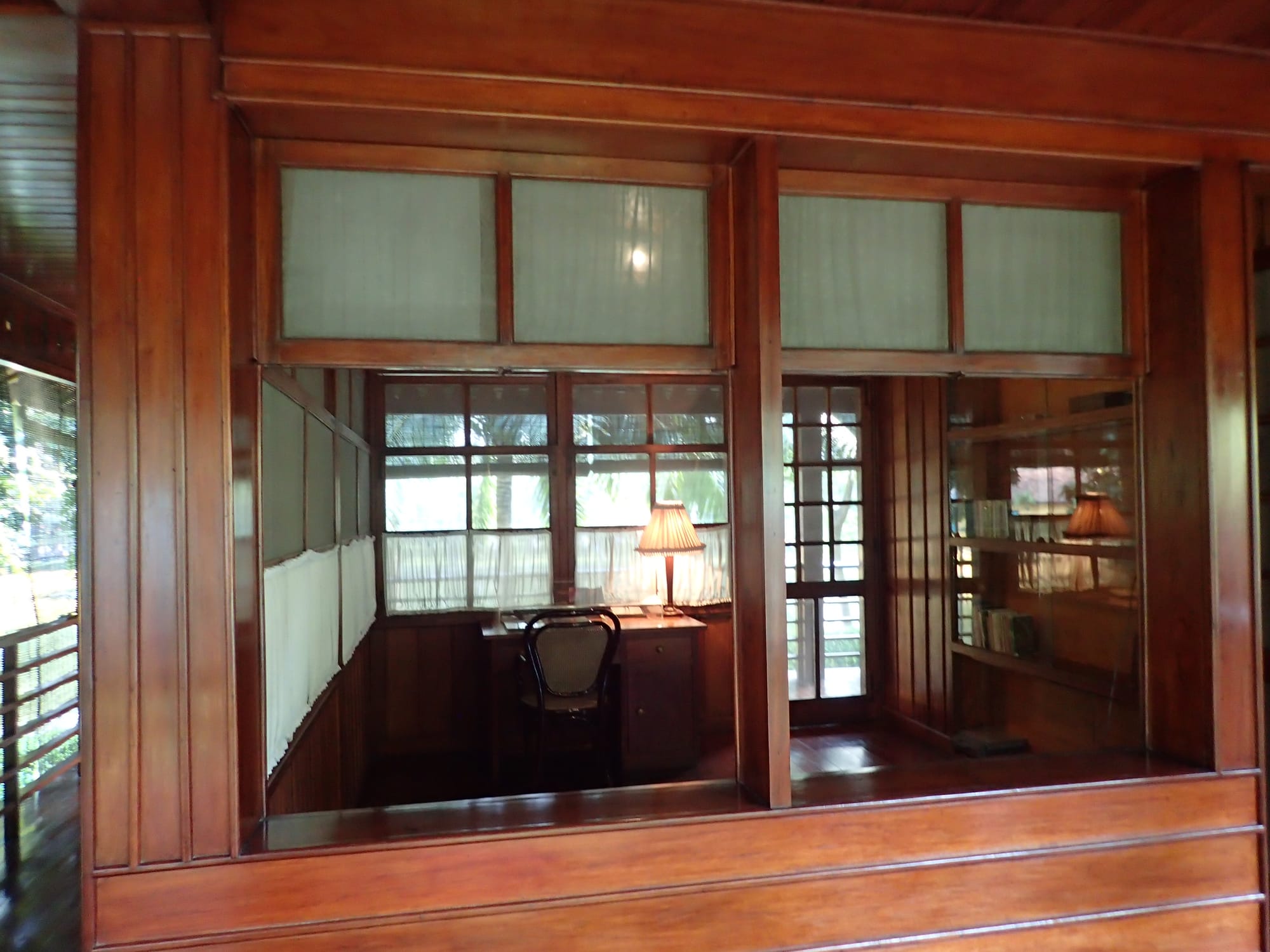
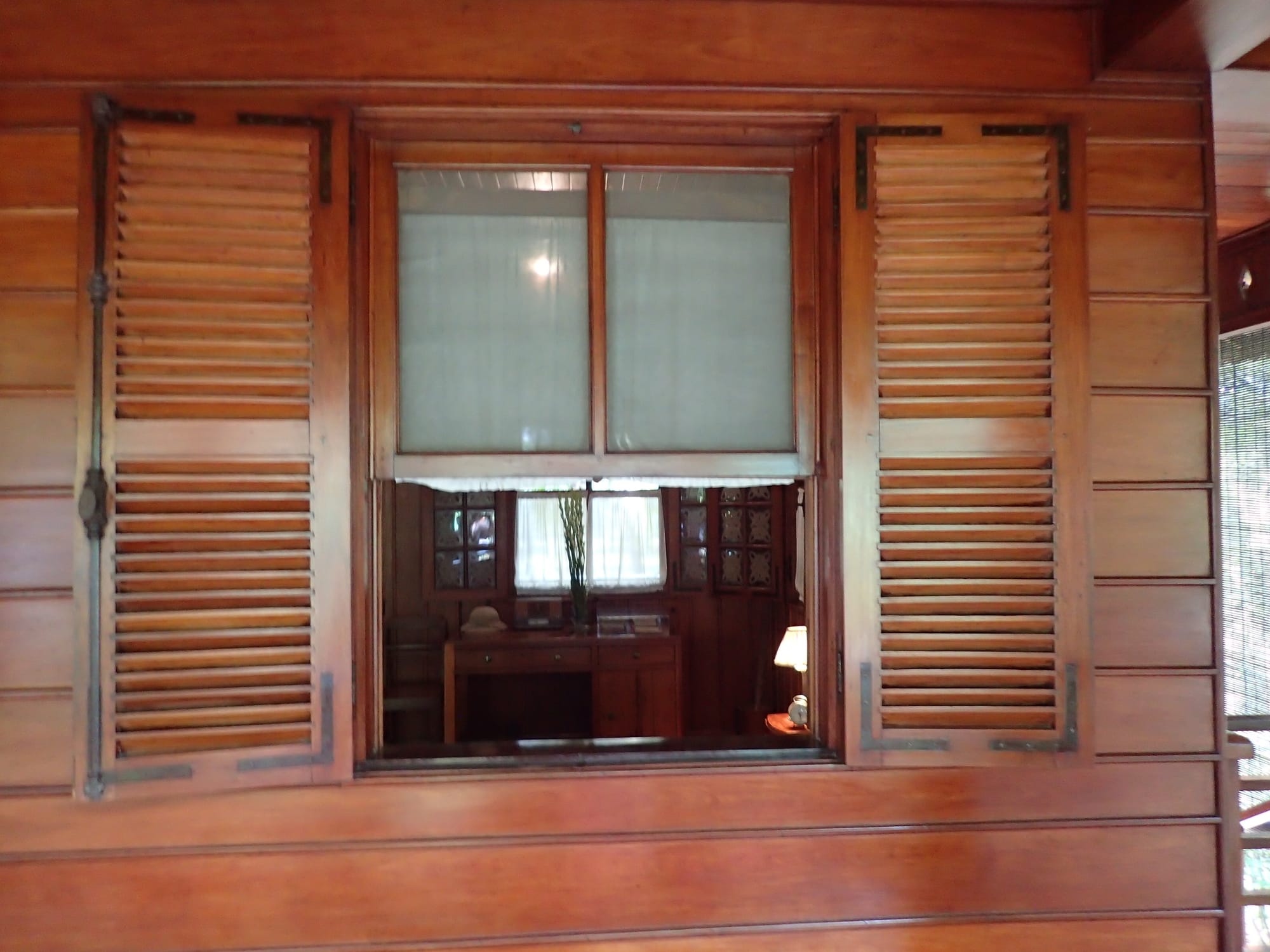
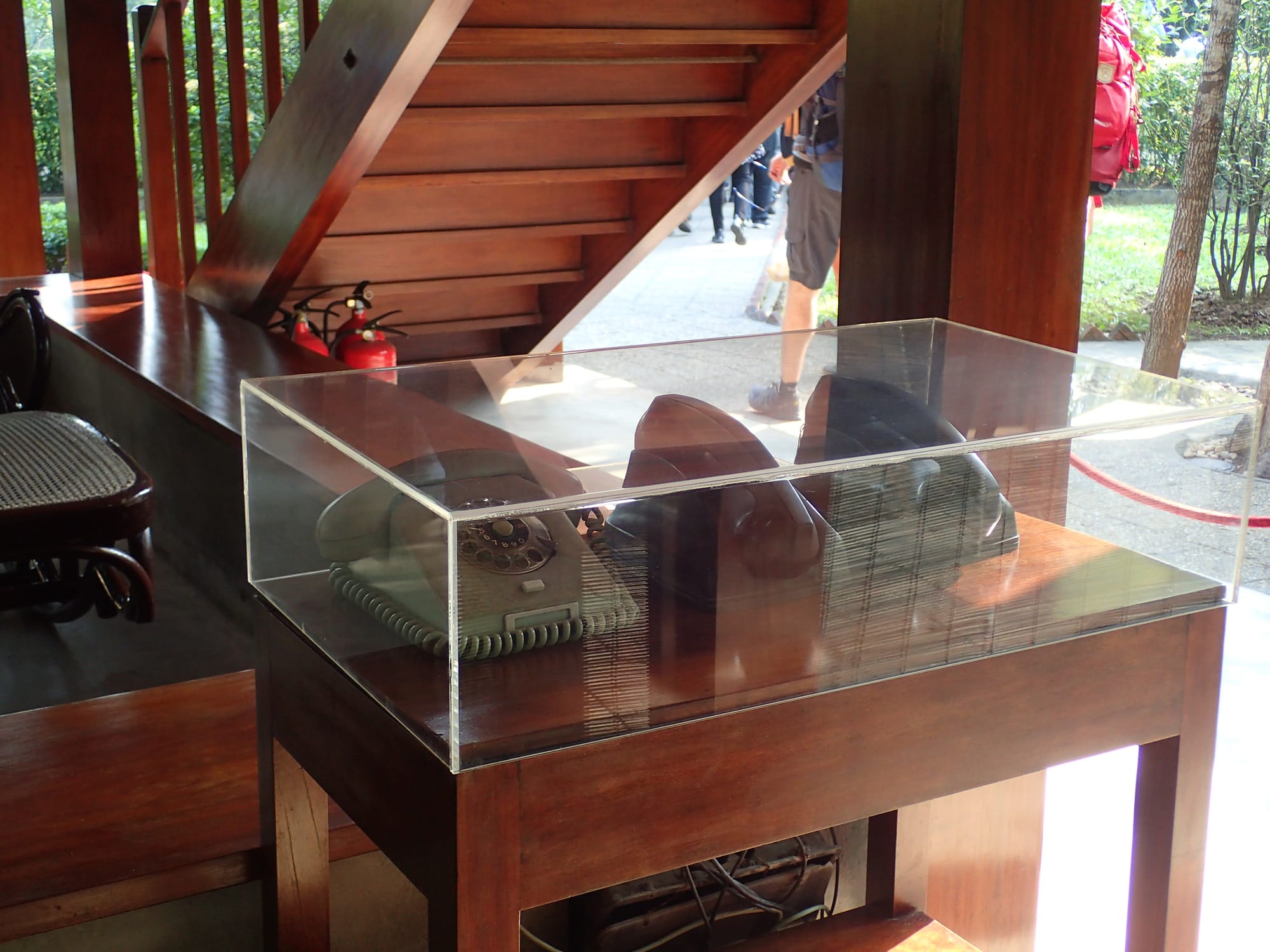
Presidential Palace vs Ho Chi Minh Stilt House
Ho Chi Minh Stilt House is nestled within the serene grounds of the Presidential Palace complex in Hanoi, just a short walk from the Ho Chi Minh Mausoleum. This remarkably humble wooden dwelling offers a poignant contrast to the grand monuments nearby and provides a deeply personal insight into the simple, ascetic life of Vietnam’s revered revolutionary leader.
Built in 1958, the stilt house was Ho Chi Minh’s residence and workplace until his death in 1969. Despite being the President of Vietnam, 'Uncle Ho' famously refused to live in the opulent French colonial Presidential Palace nearby, choosing instead this traditional Vietnamese stilt house reminiscent of rural homes. This choice perfectly embodied his philosophy of living simply and staying connected to the common people.
The two-storey wooden structure is elevated on stilts to protect against dampness and insects and to provide a cool, airy living space. The open ground floor served as a meeting and reception area, furnished with a simple table and chairs. Upstairs, a narrow staircase leads to two small rooms, Ho Chi Minh’s bedroom and study, sparsely furnished with a bed, bookshelf, desk and a few personal items.
Nhà Thờ Chính Tòa Thánh Giuse/Nhà thờ Lớn Hà Nội (Saint Joseph Cathedral)
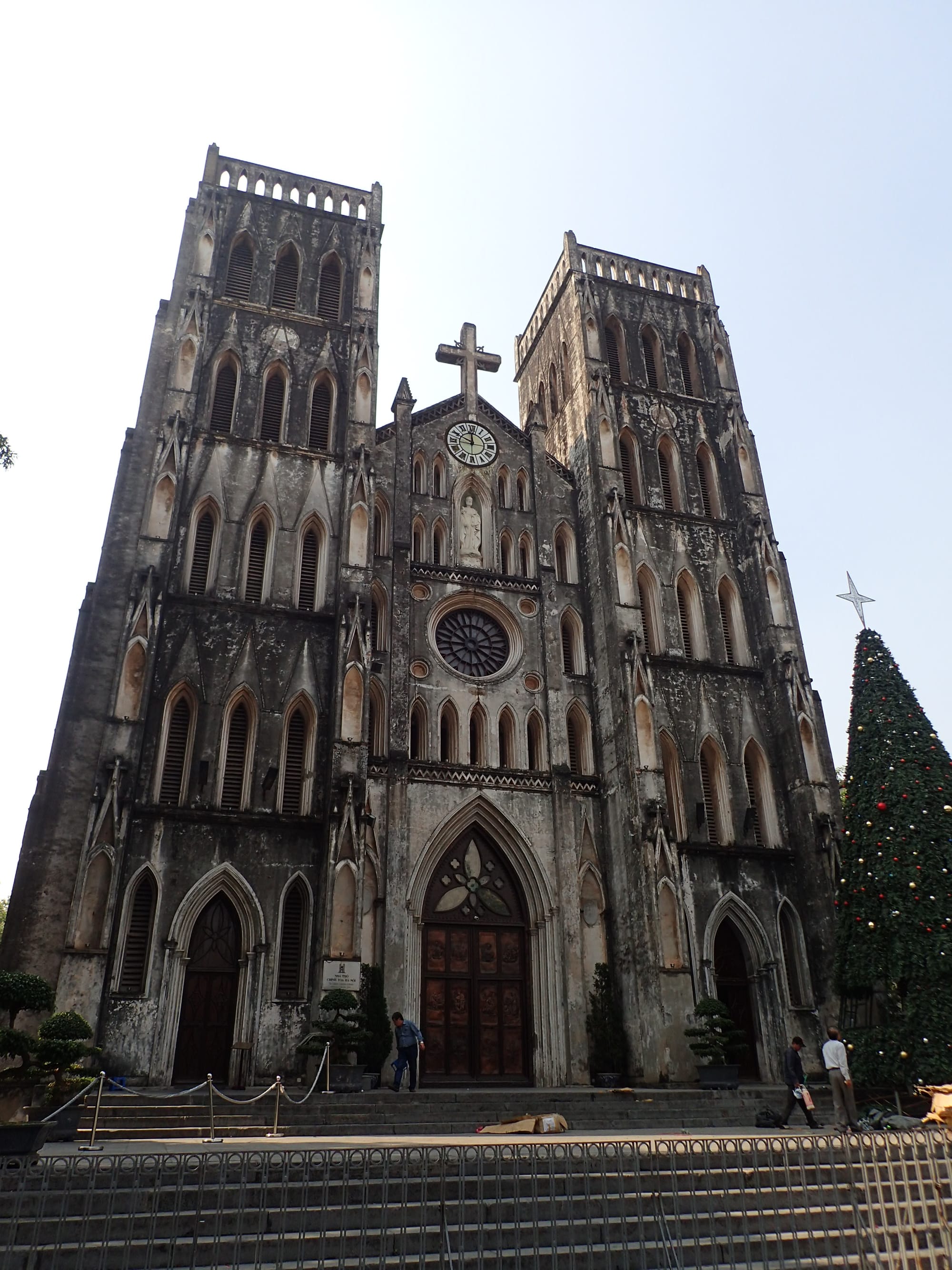
Saint Joseph’s Cathedral stands majestically in the heart of Hanoi and offers a striking glimpse into the city’s colonial past and enduring religious heritage, with its neo-Gothic architecture and weathered grey stone facade evoking timeless grandeur reminiscent of Europe’s great cathedrals.
Consecrated on Christmas Eve in 1886, the cathedral was built by the French colonial government on the site of the ancient Bao Thien Pagoda. Inspired by Notre Dame de Paris, it features twin square bell towers, a large rose window and intricate stained-glass windows. The cathedral marked a significant period of French influence and became the spiritual heart of Hanoi’s growing Catholic community.
Inside, high vaulted ceilings, a long nave and religious iconography create a sacred and solemn atmosphere.
Nhà Tù Hỏa Lò (Hoa Lo Prison)
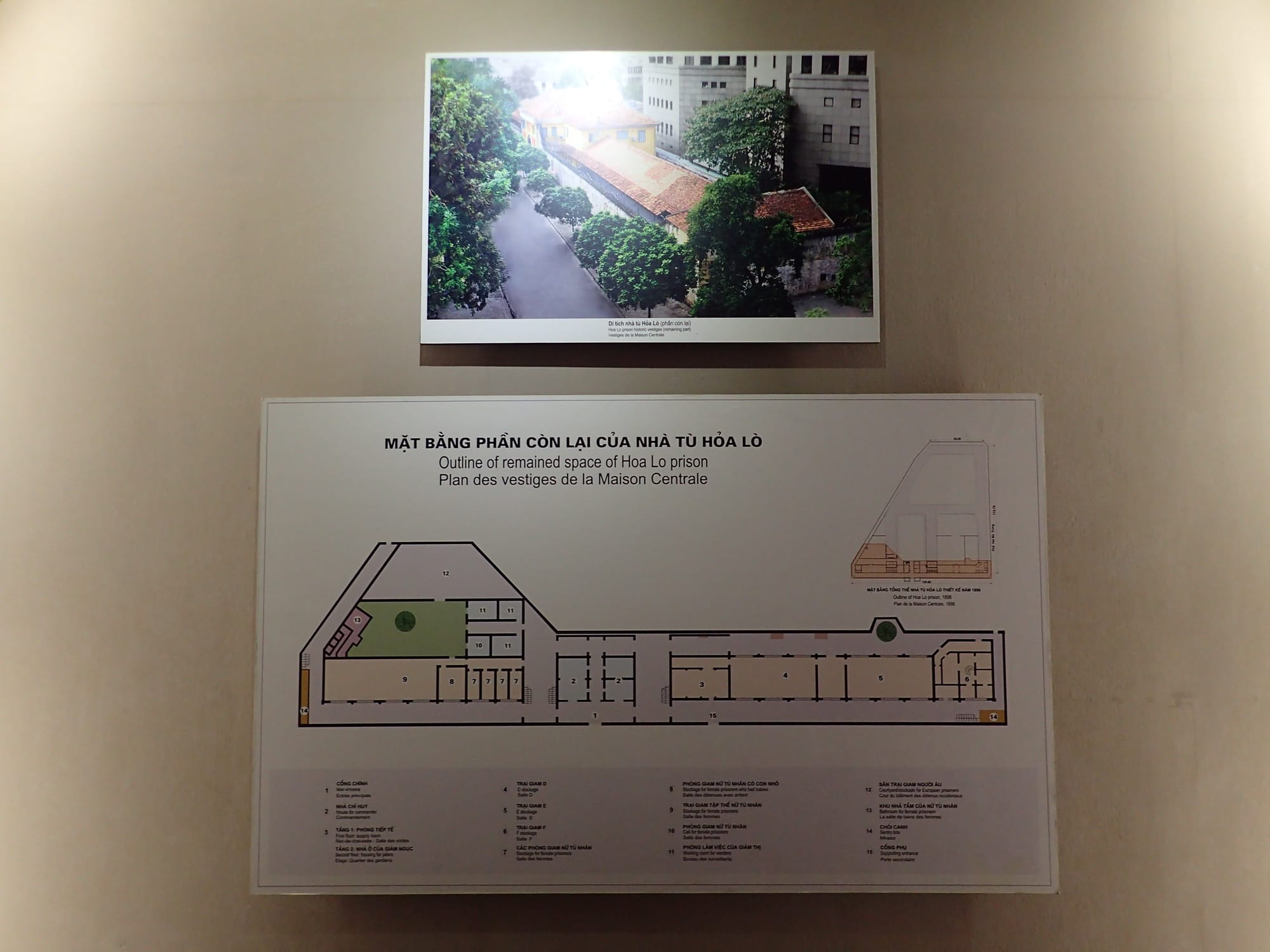
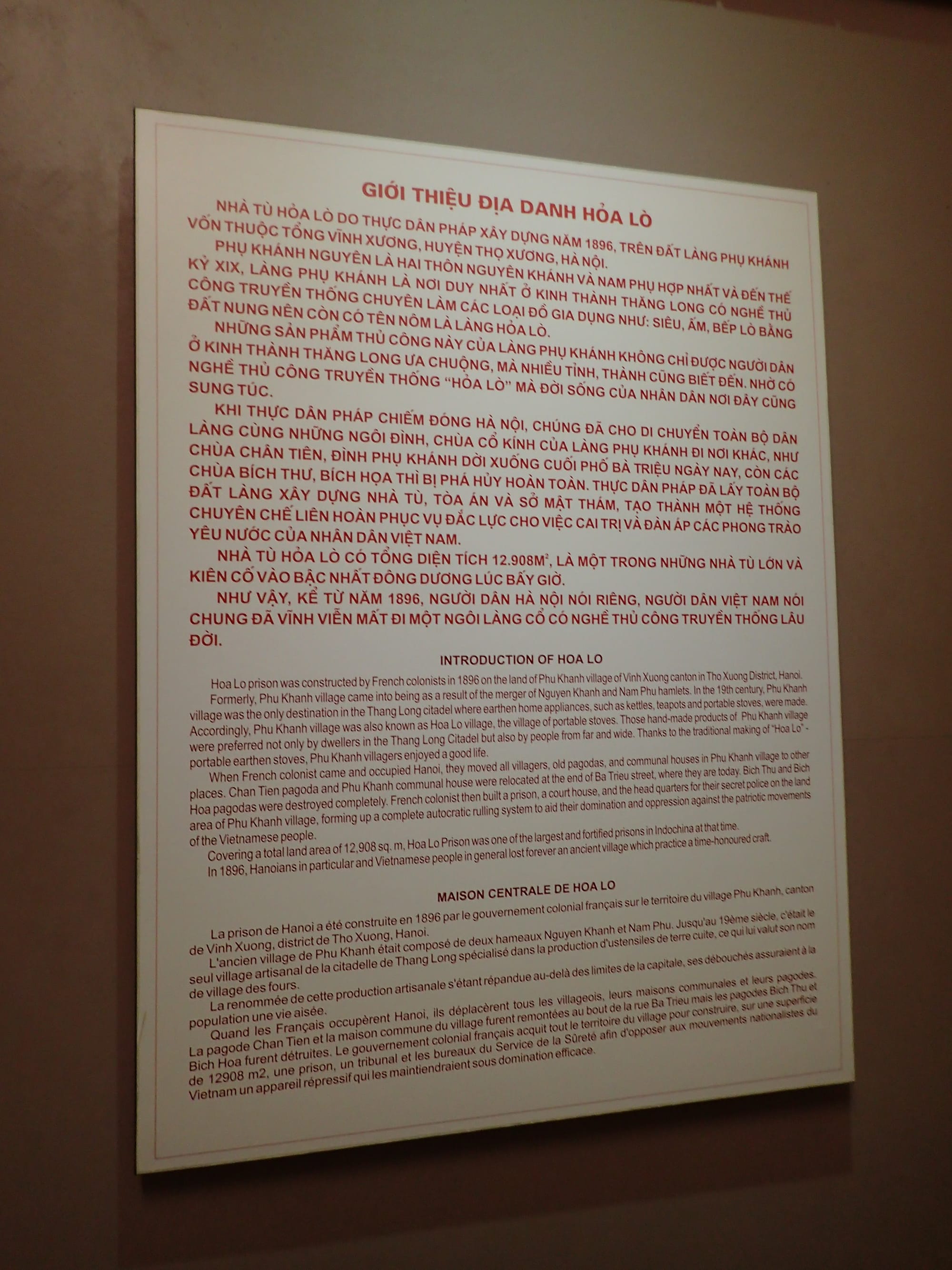
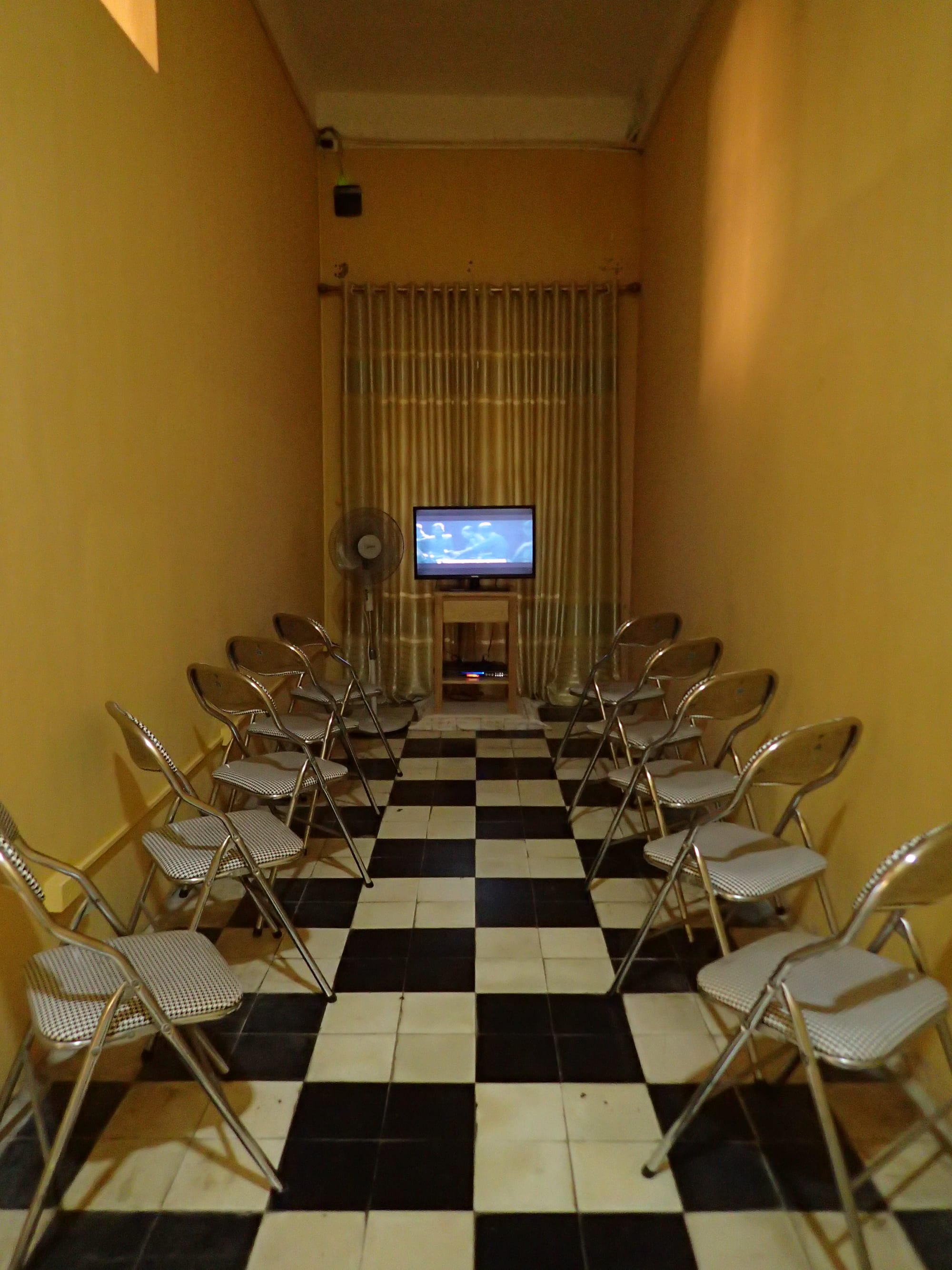
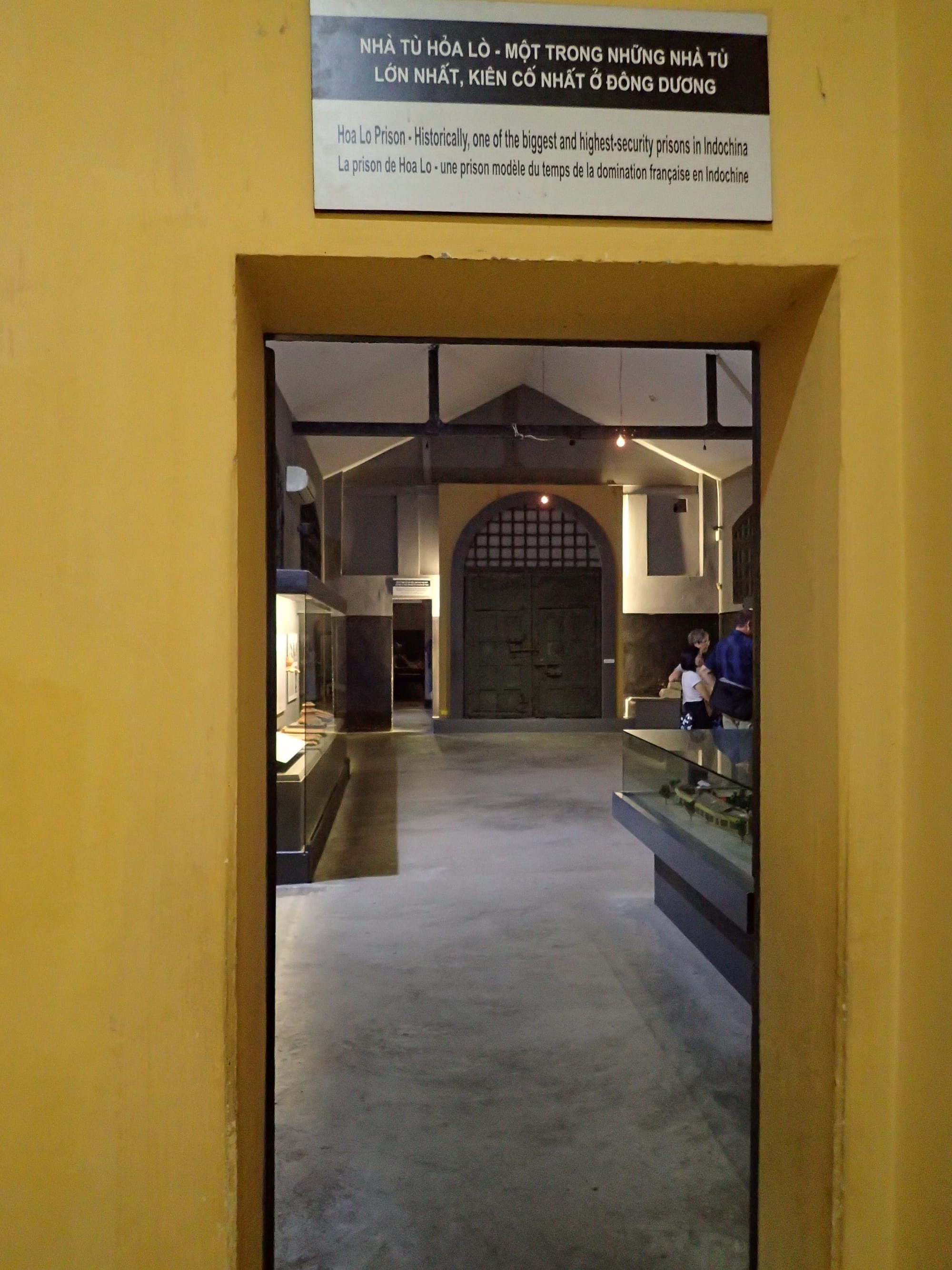
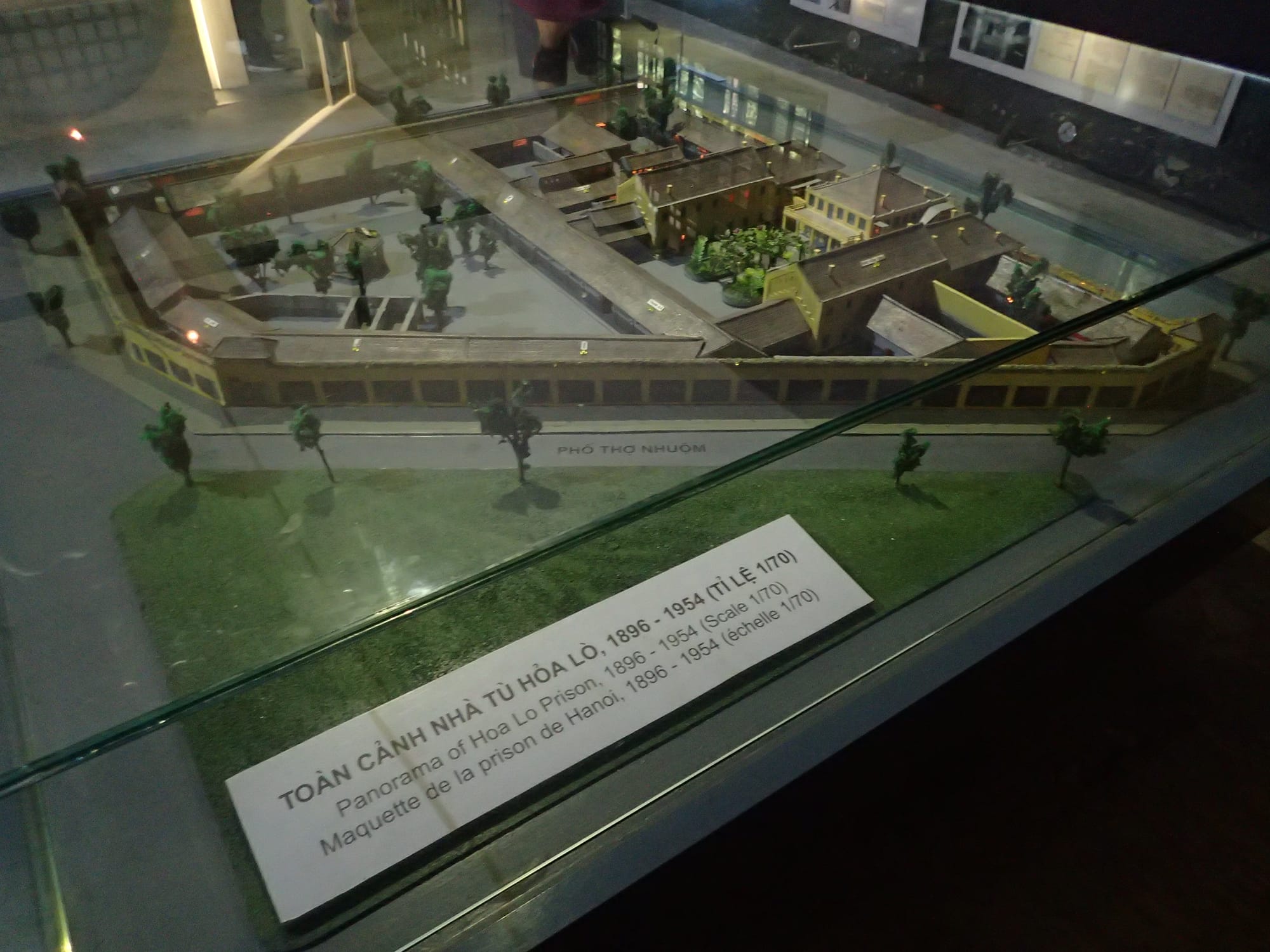
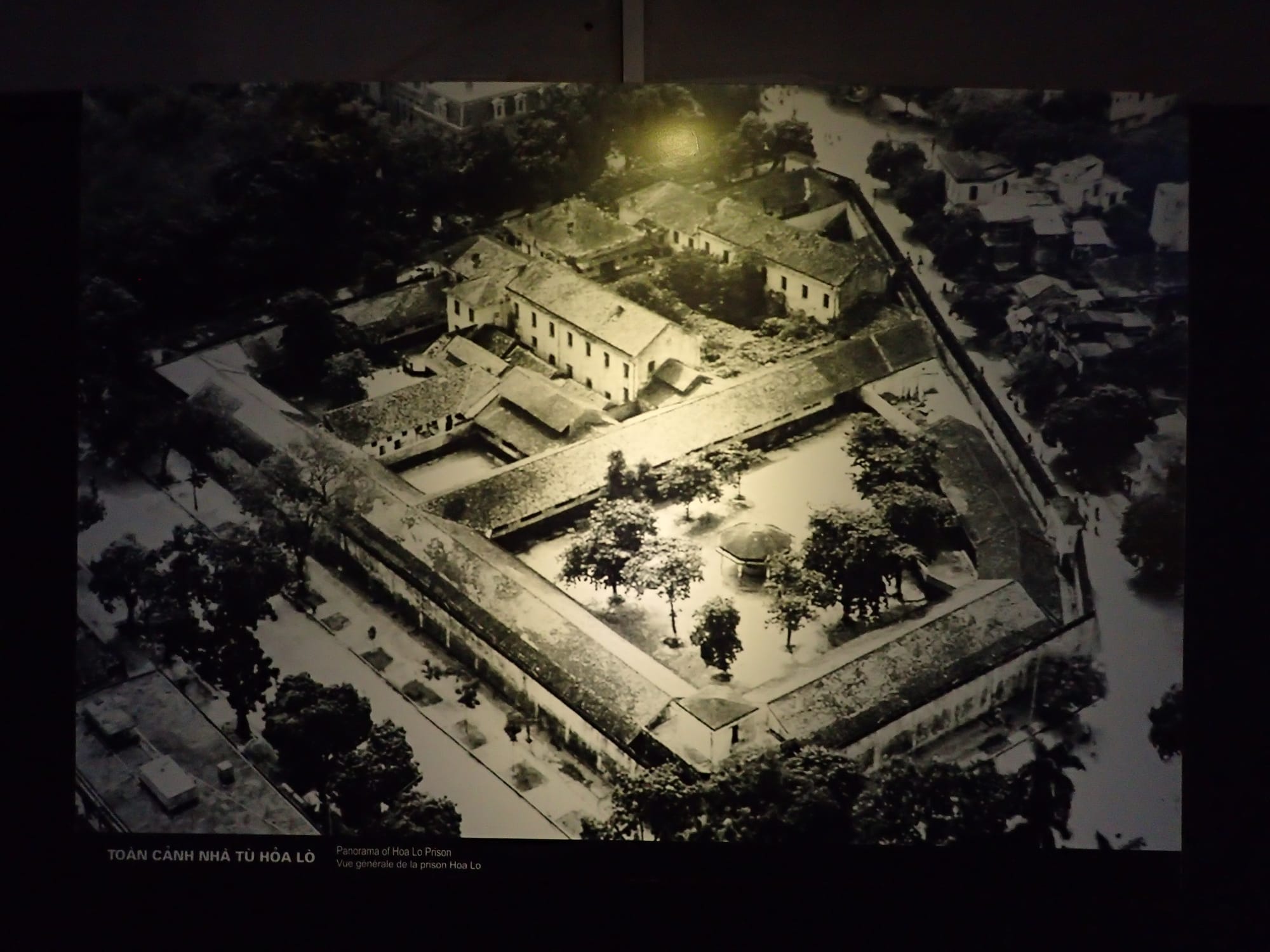
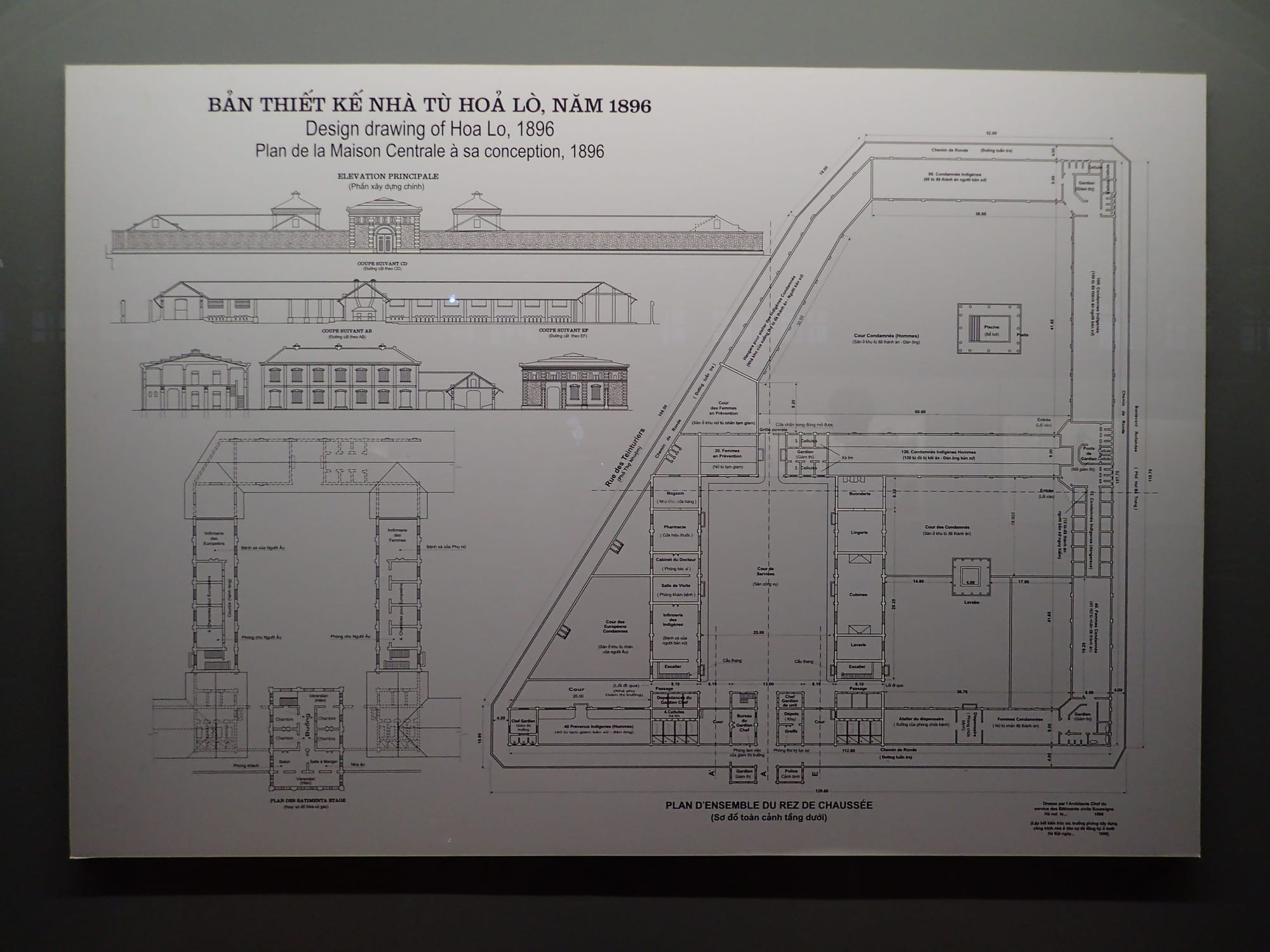
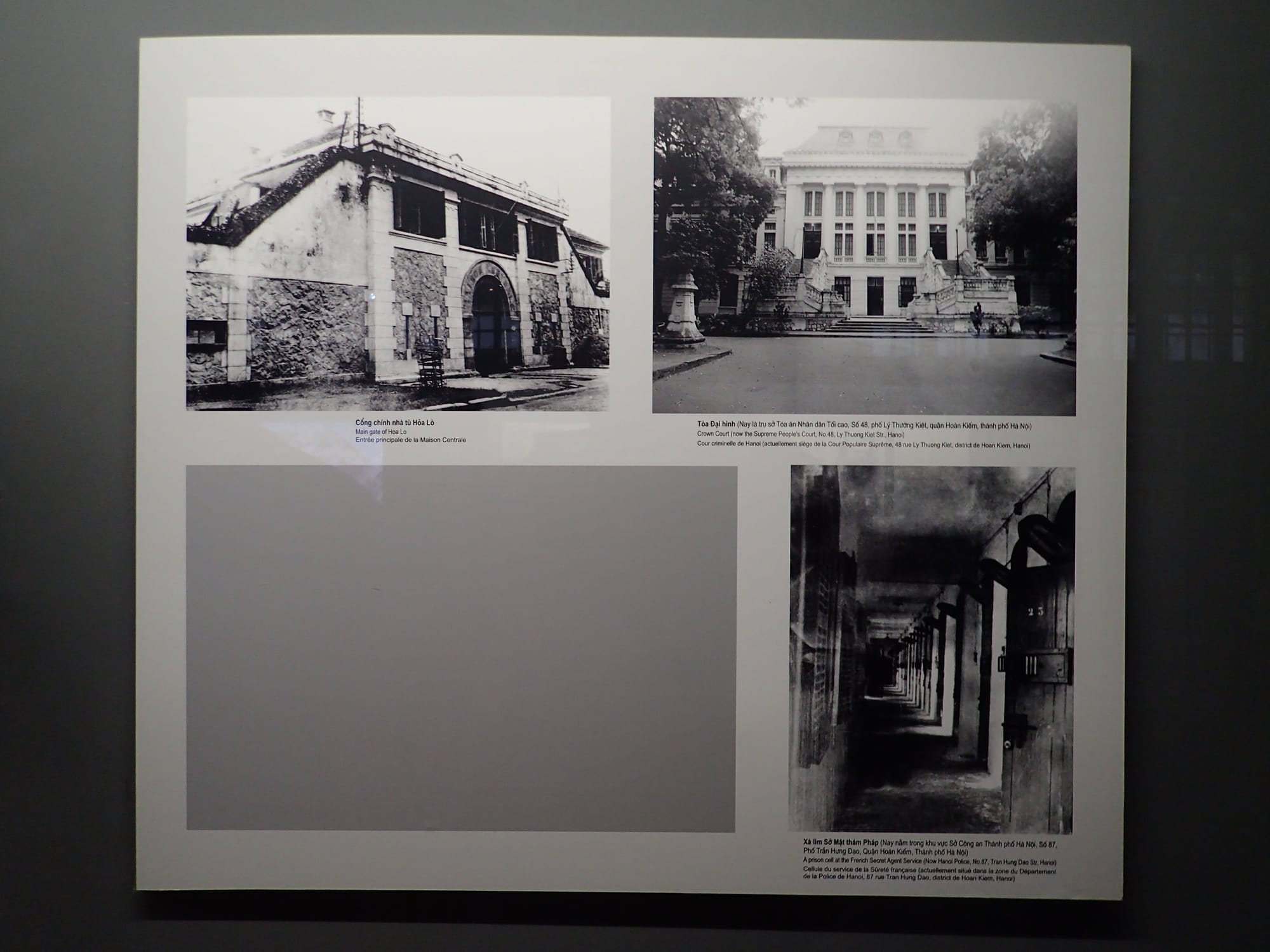
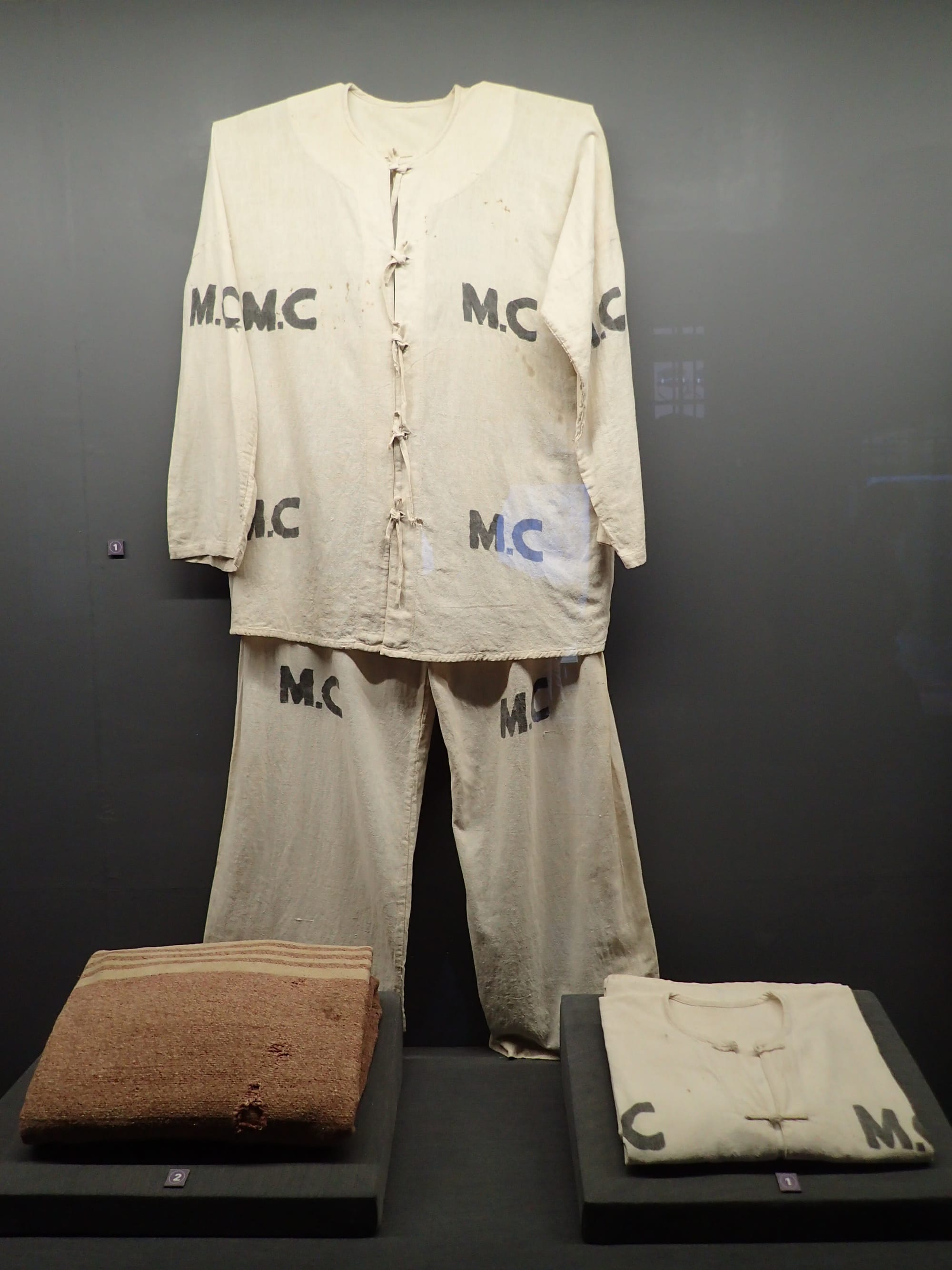
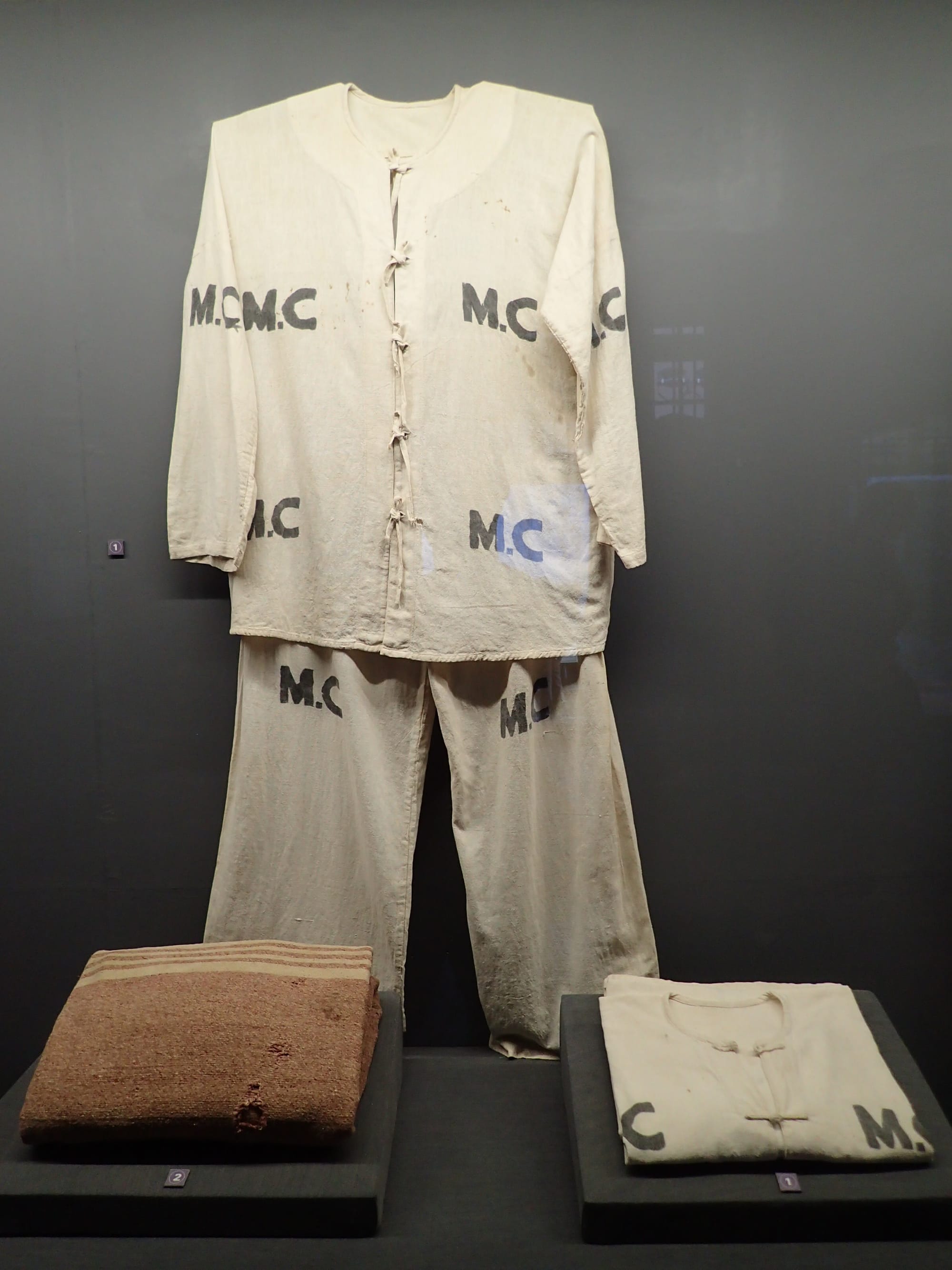
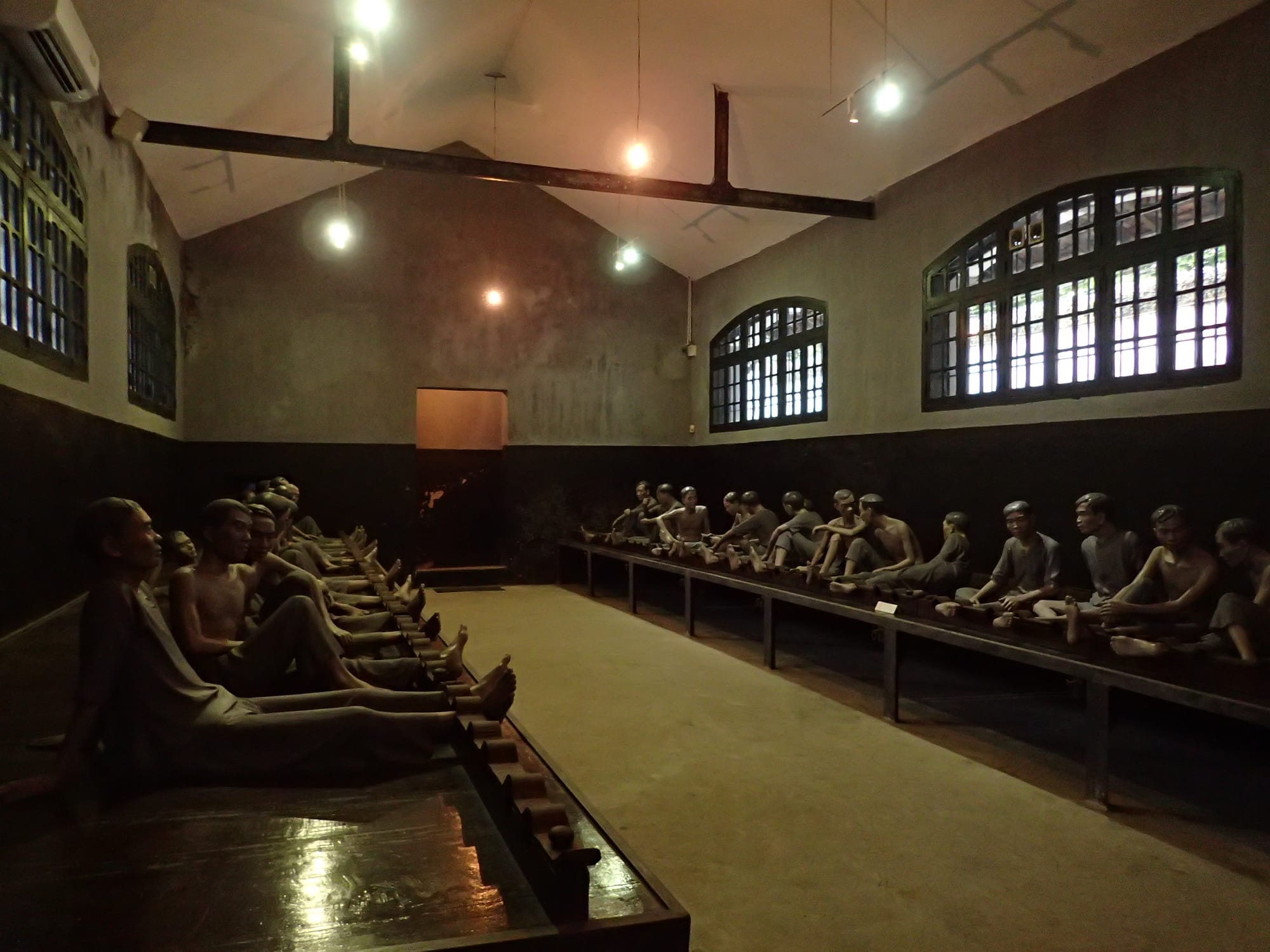
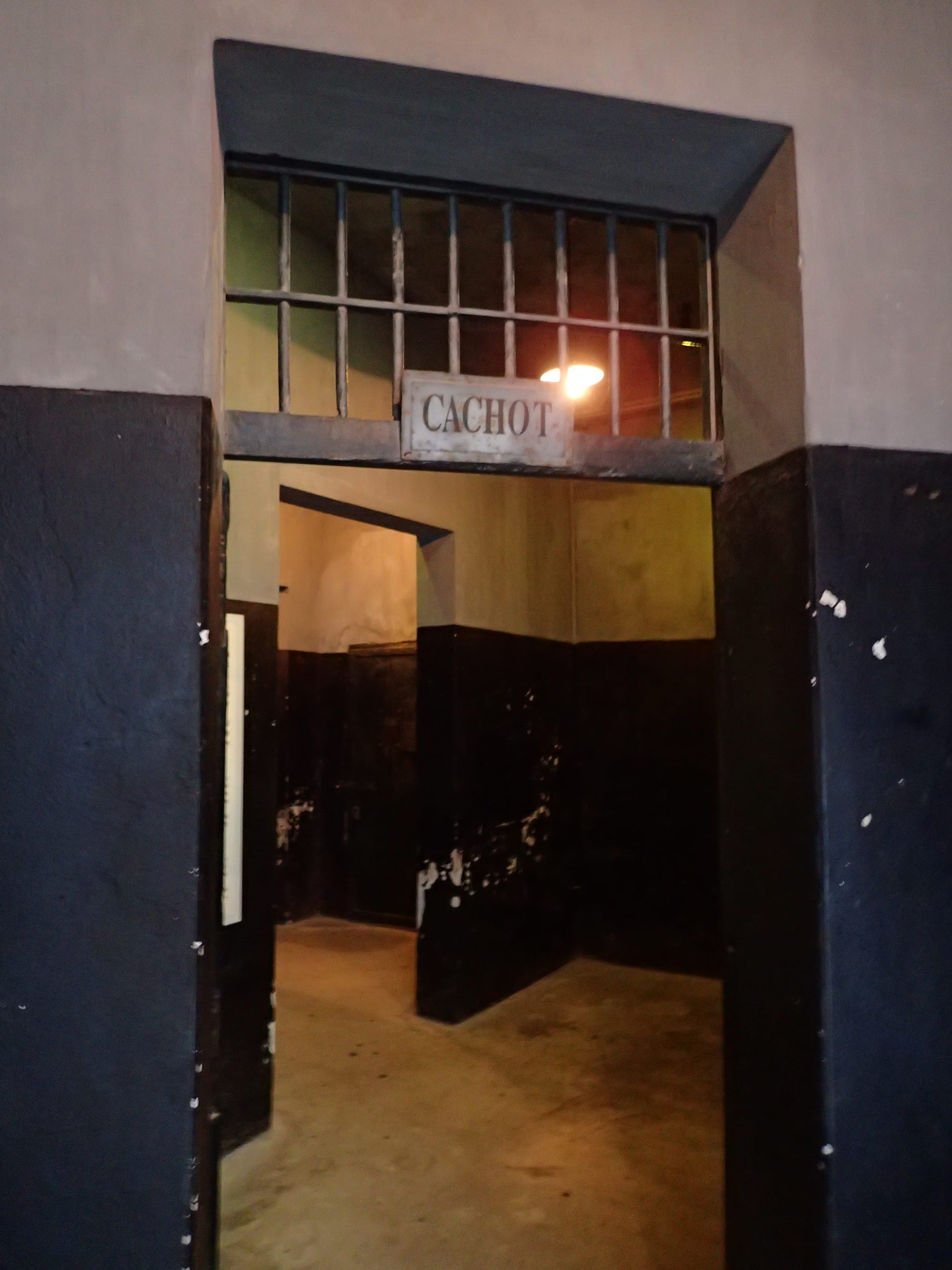
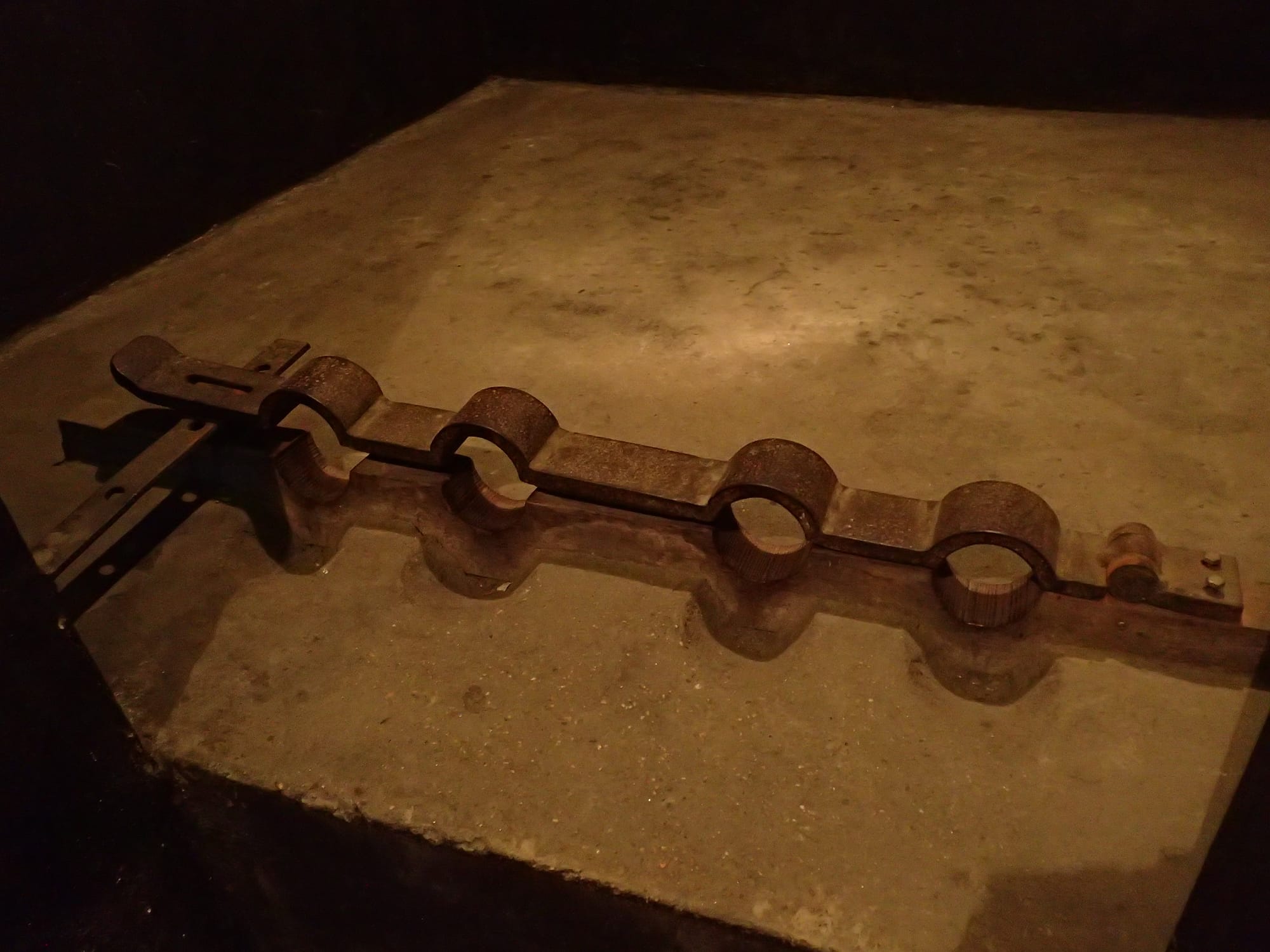
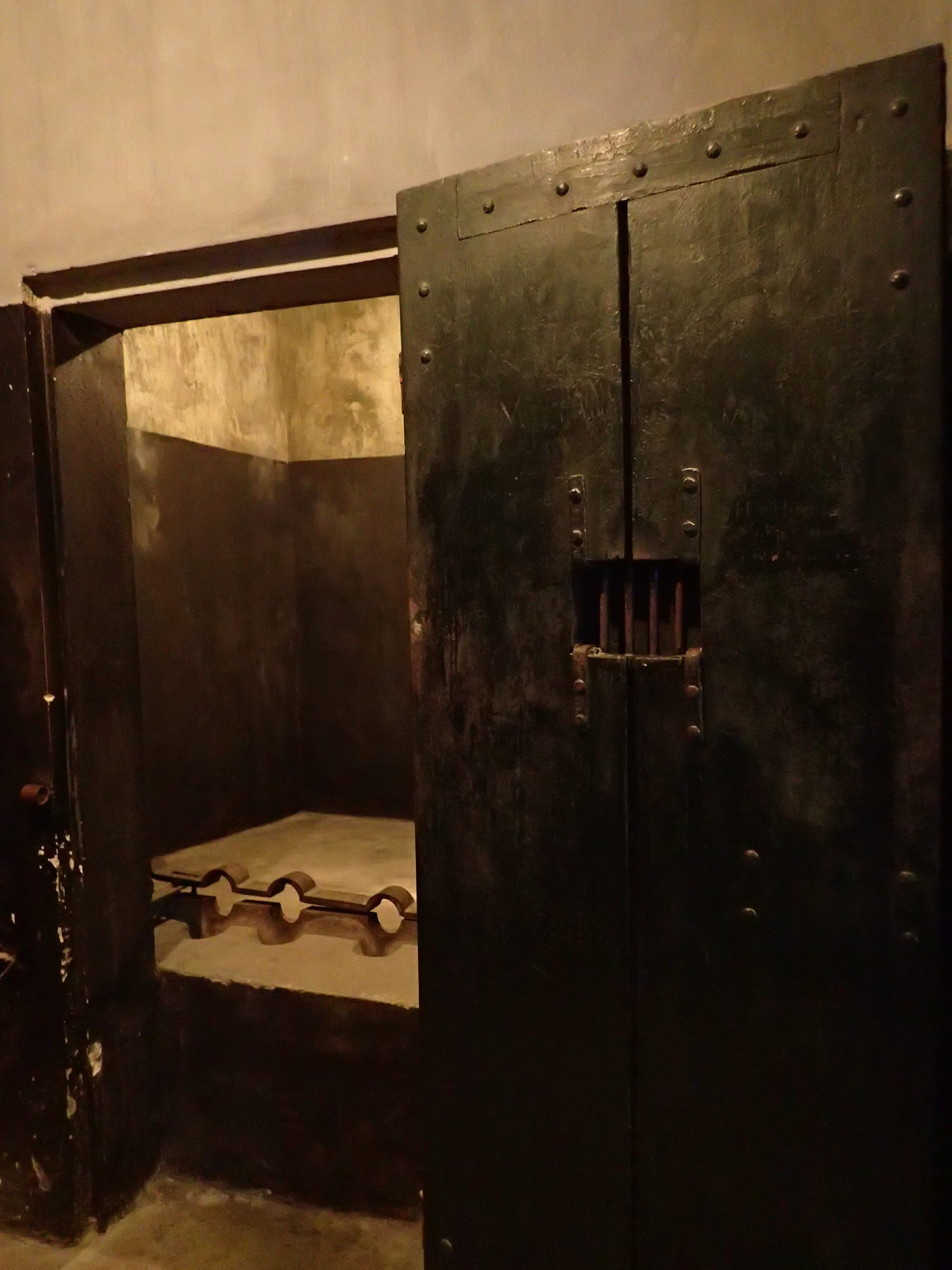
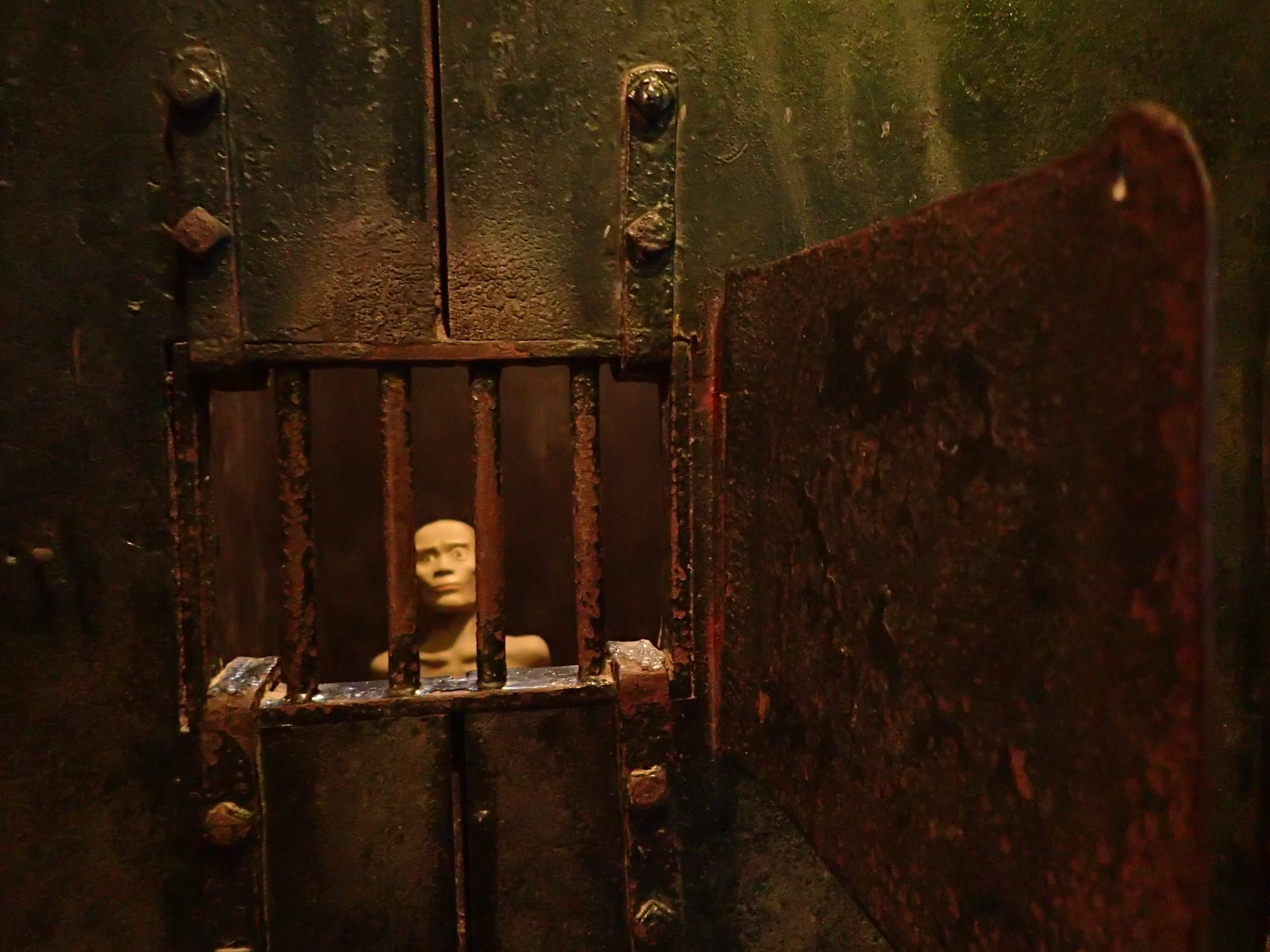
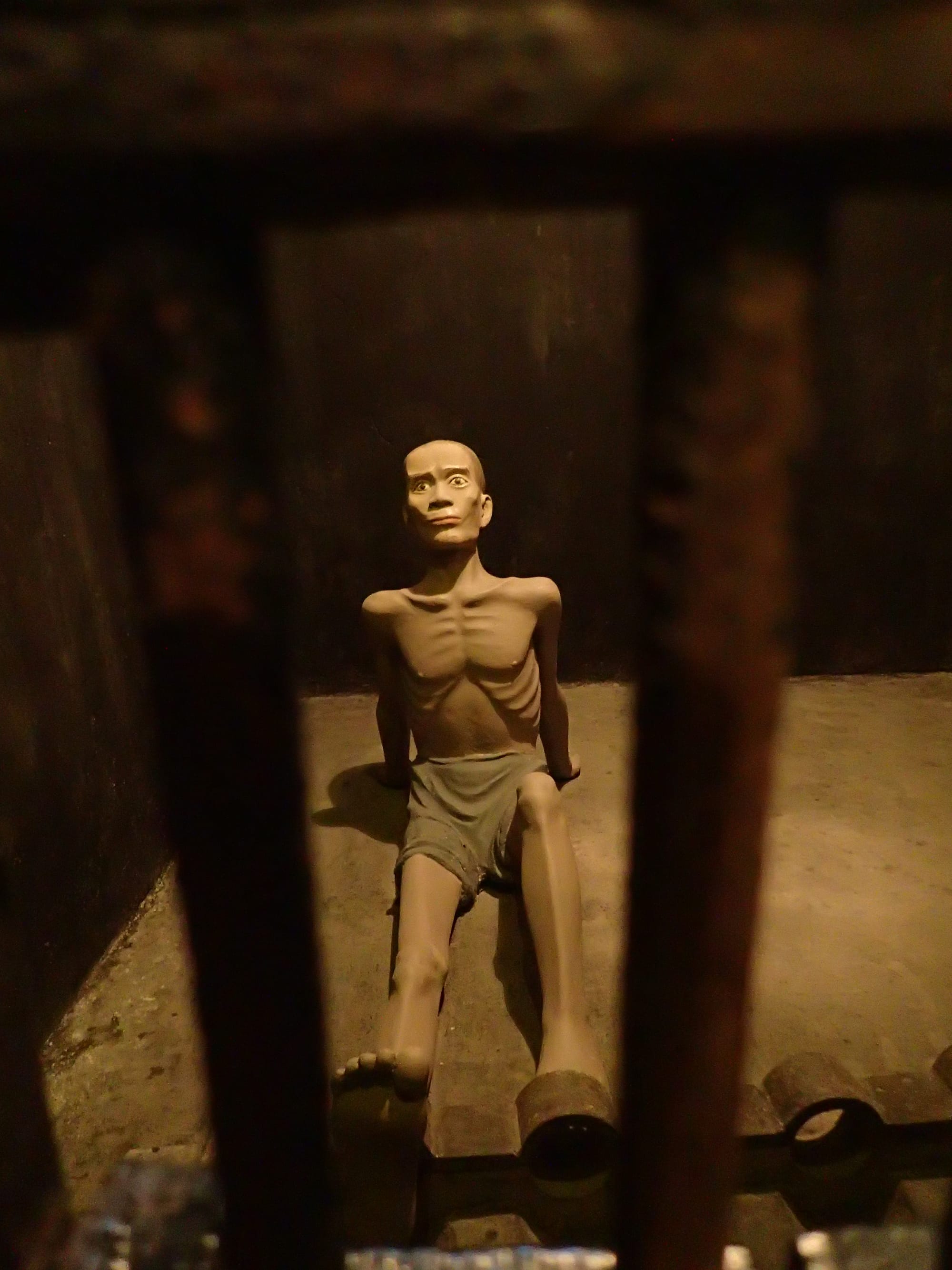
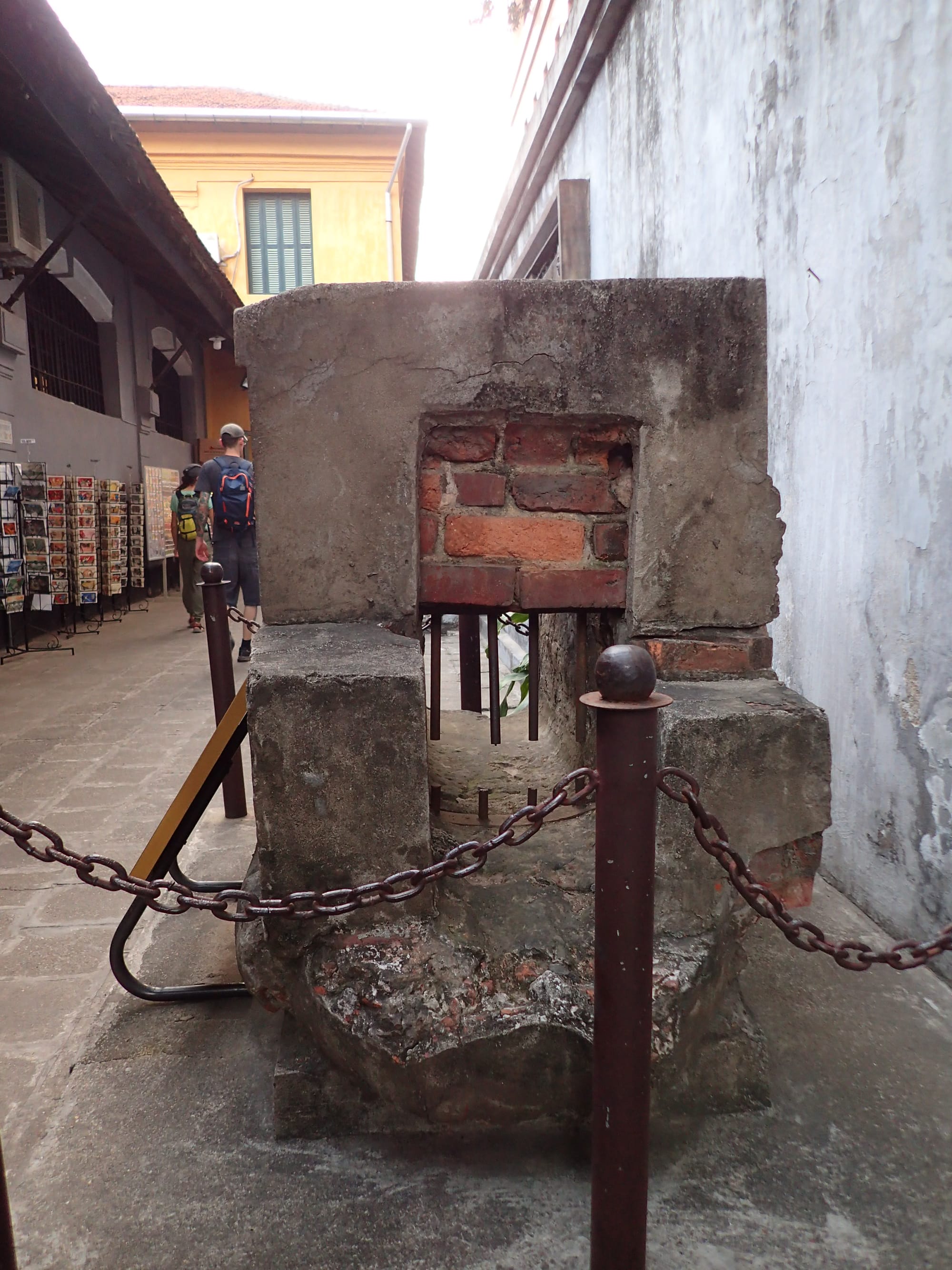
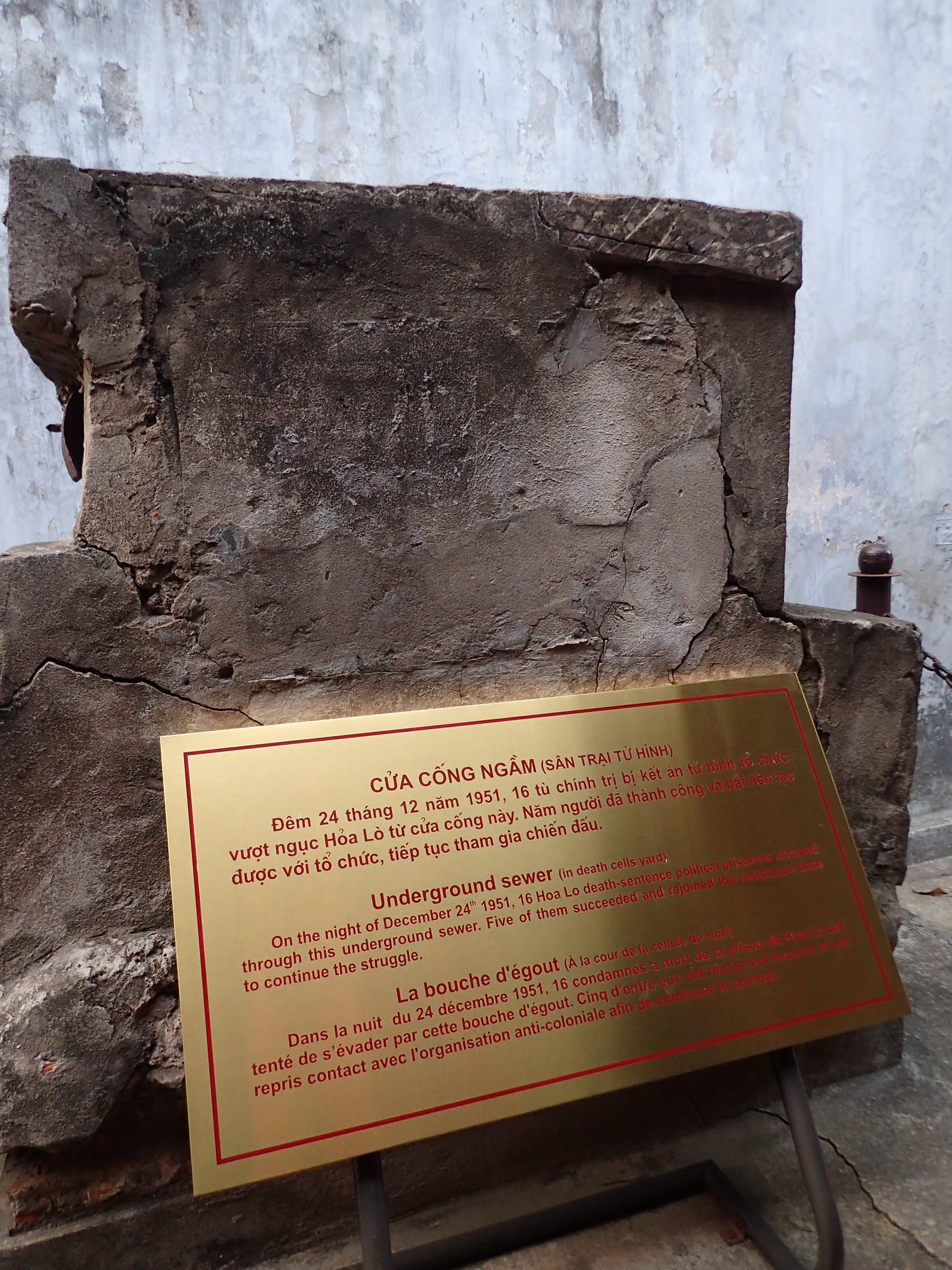
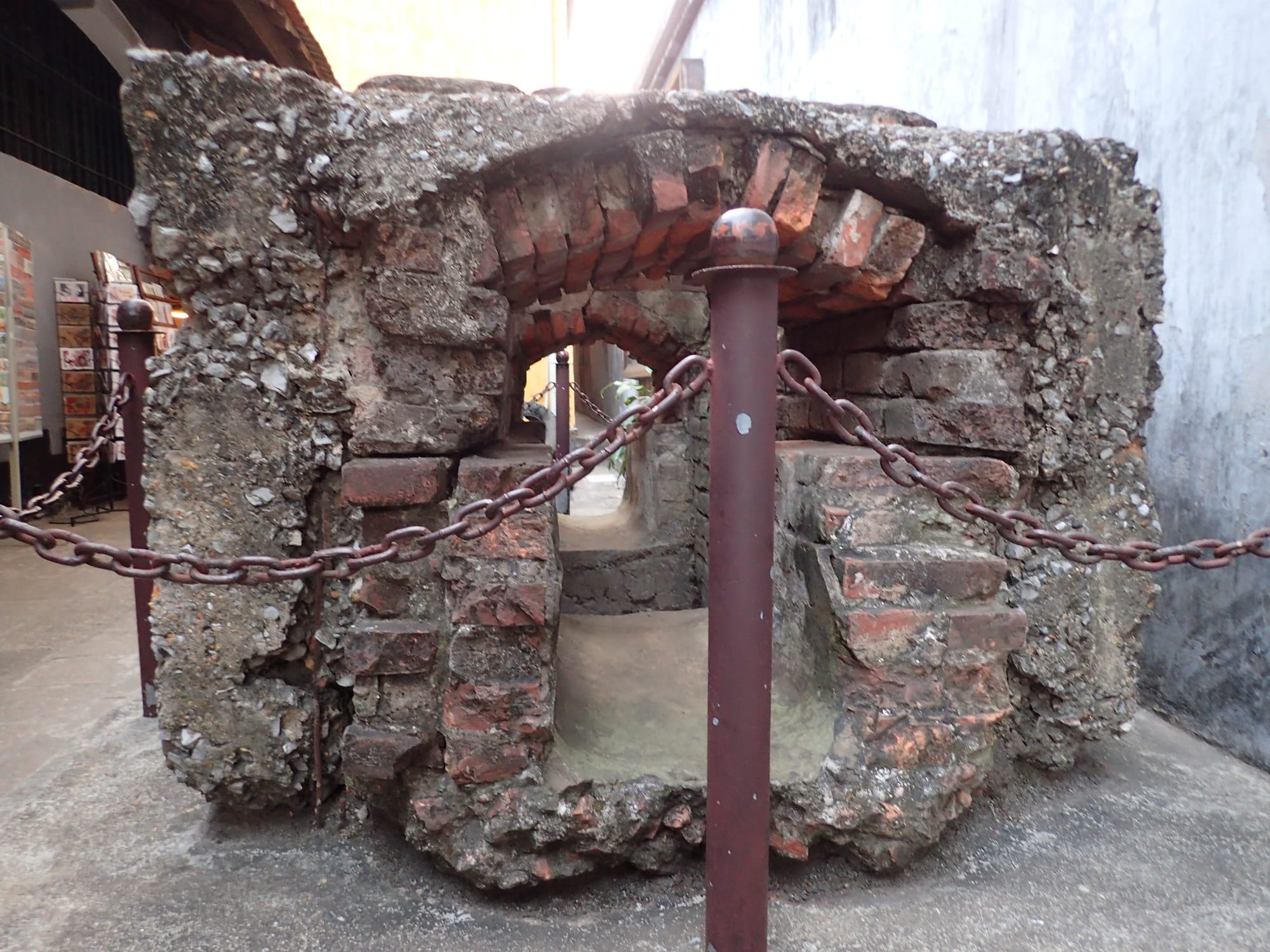
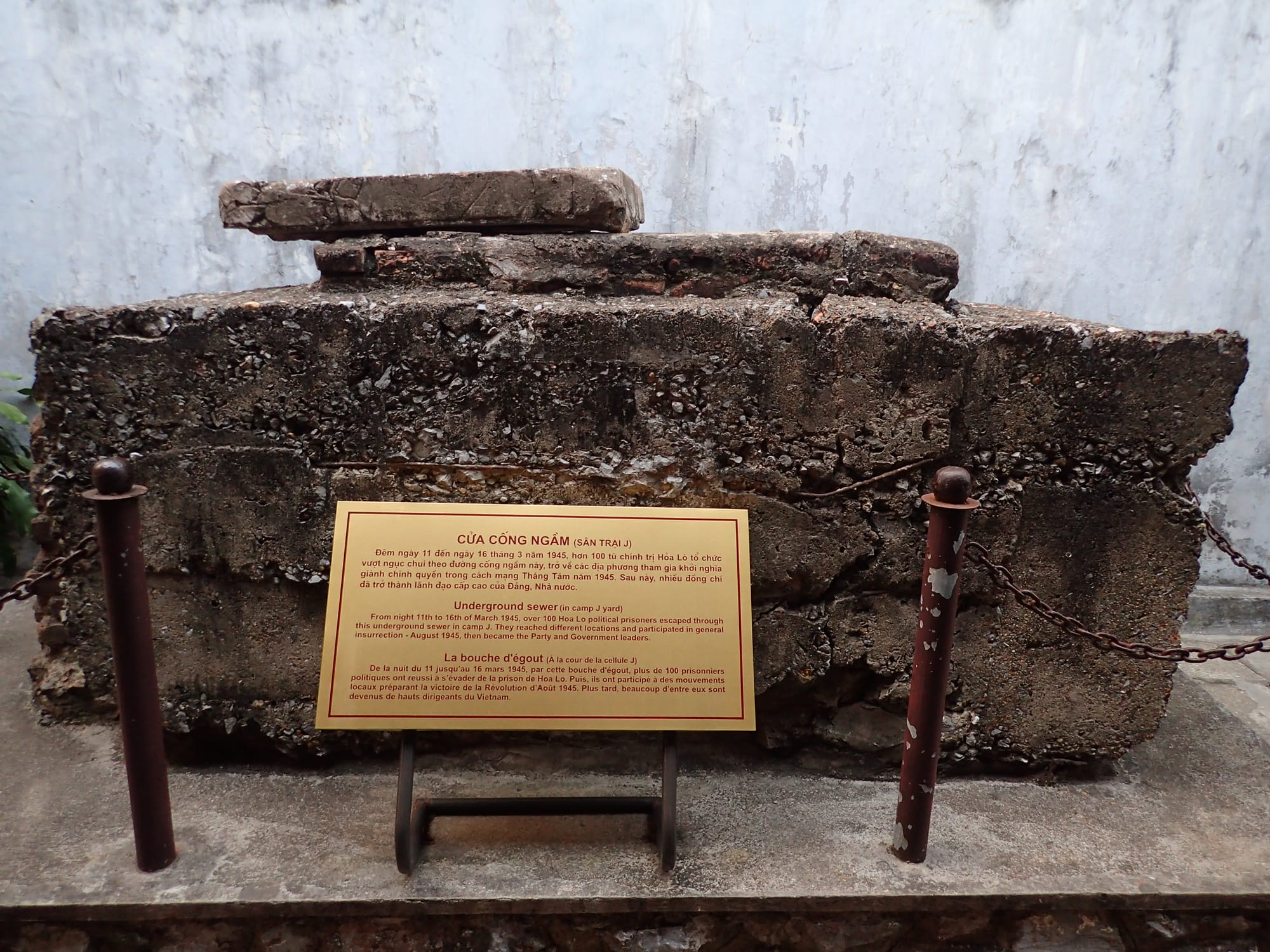
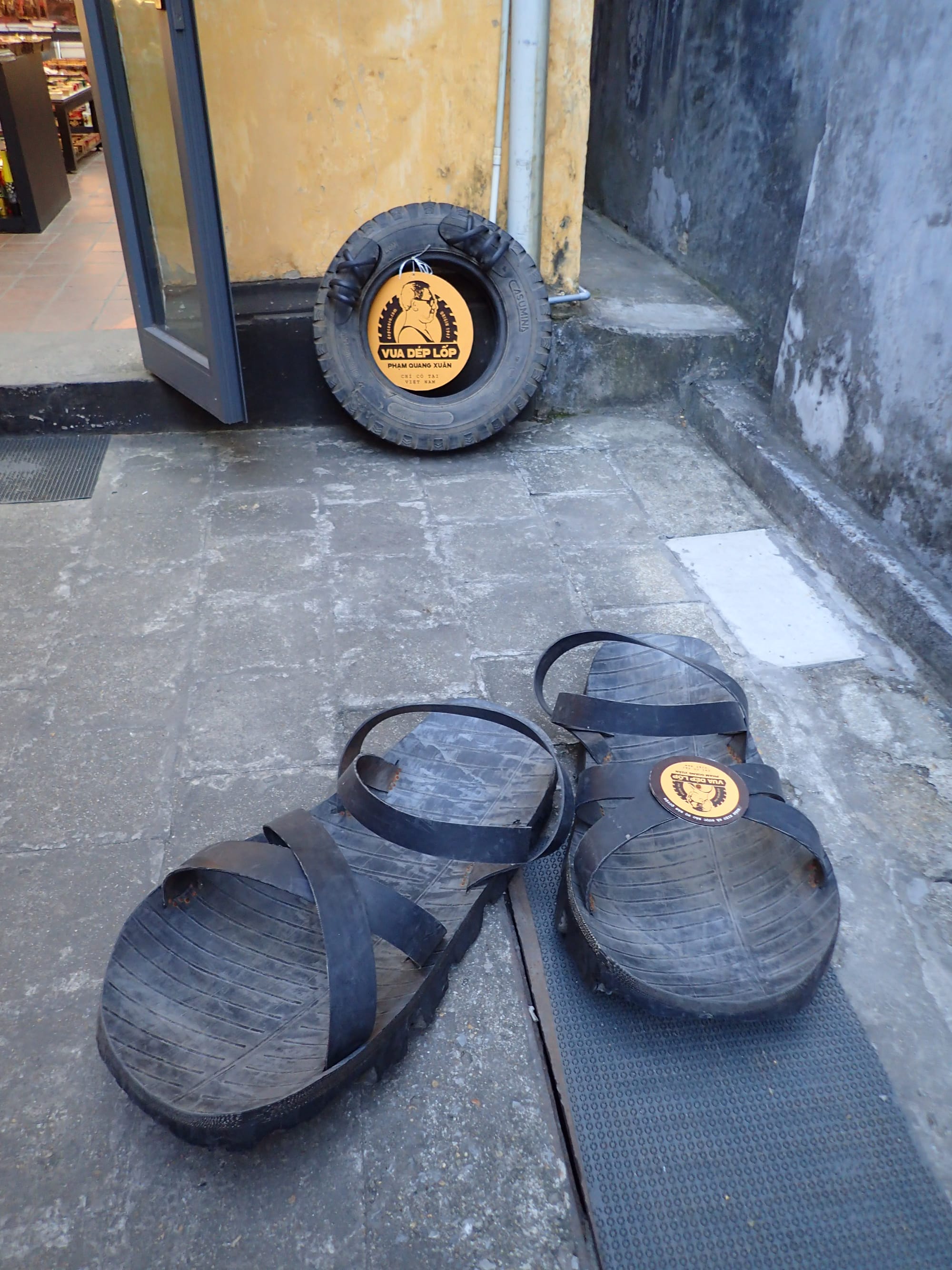
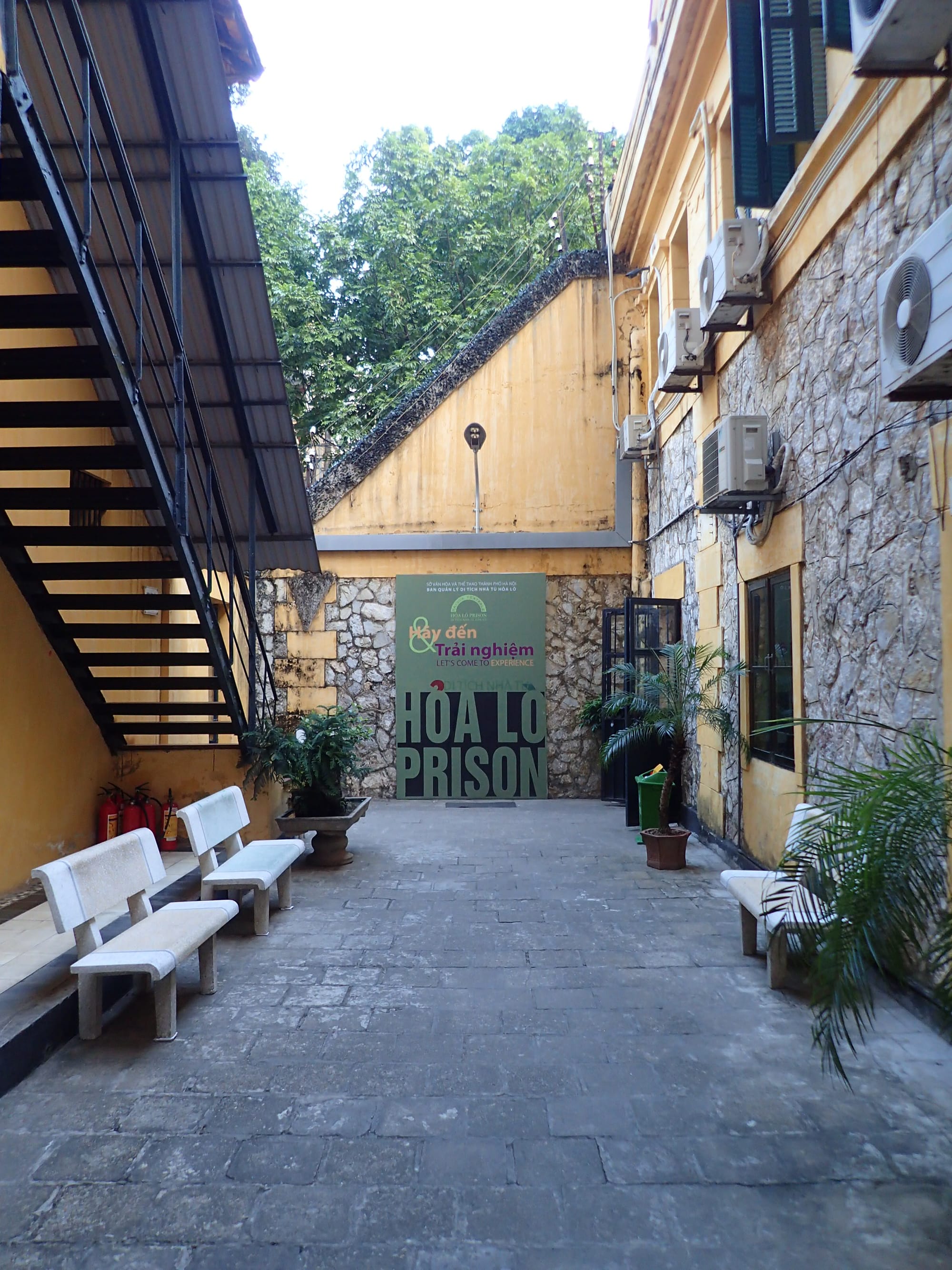
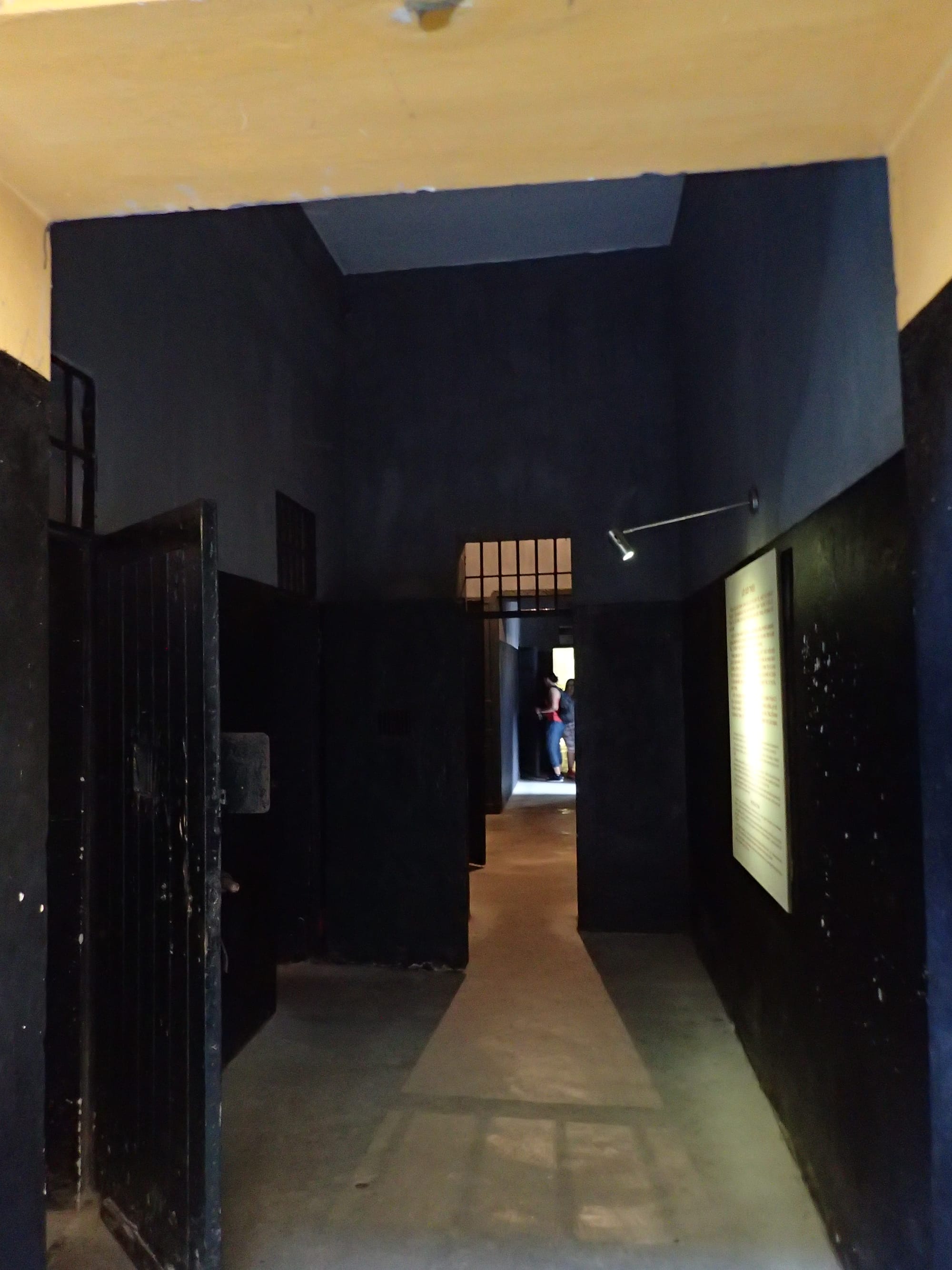
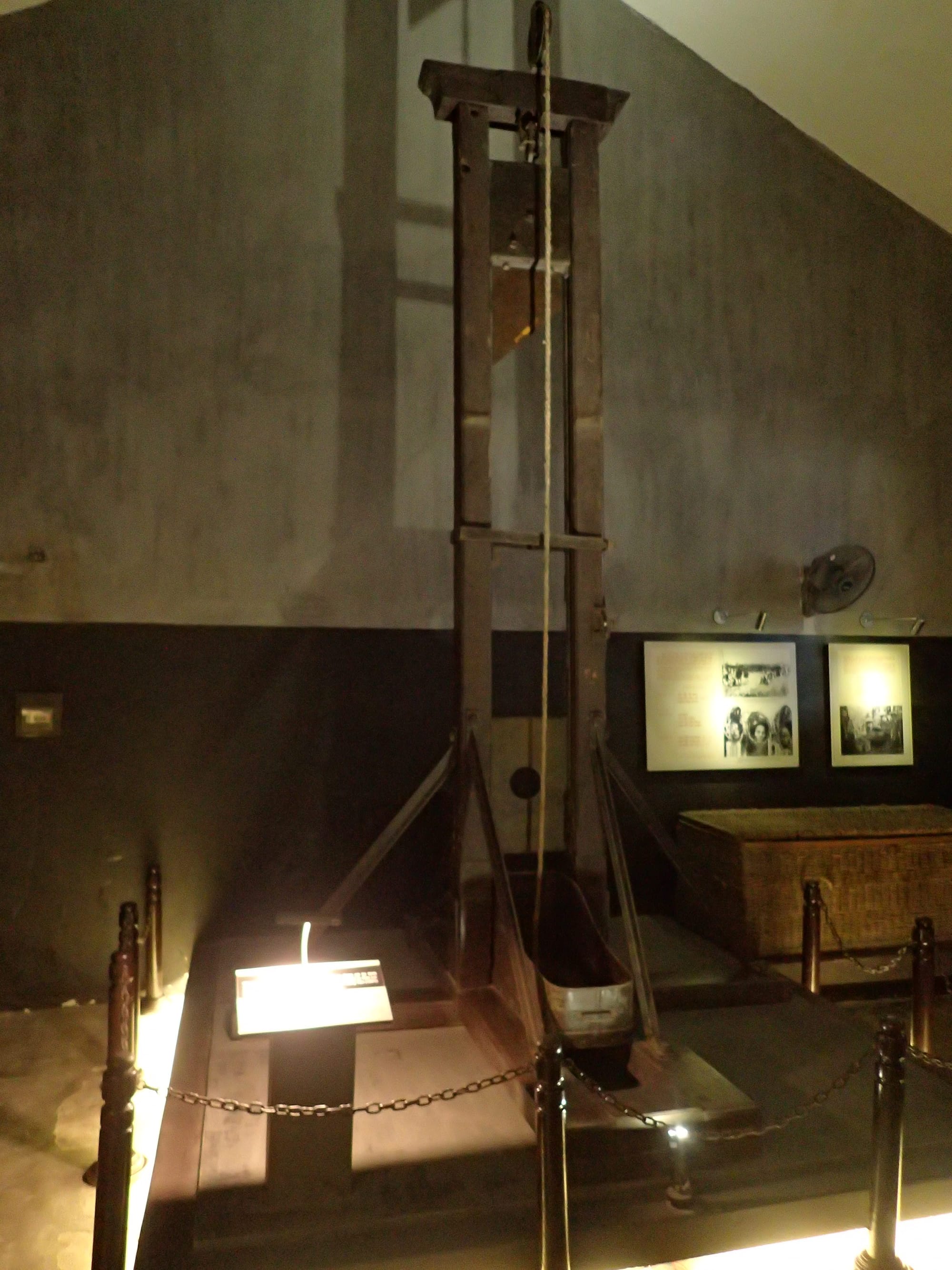
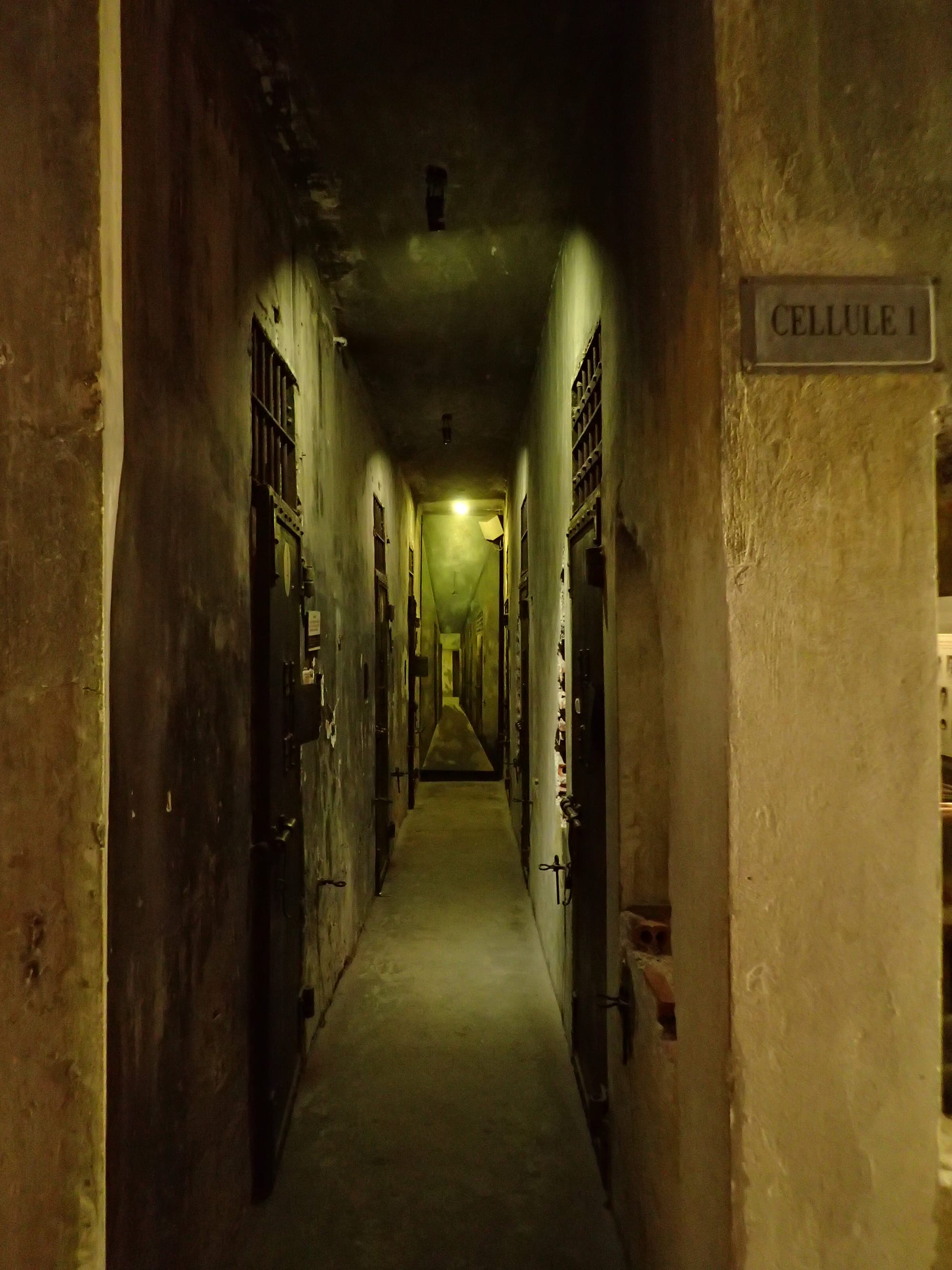
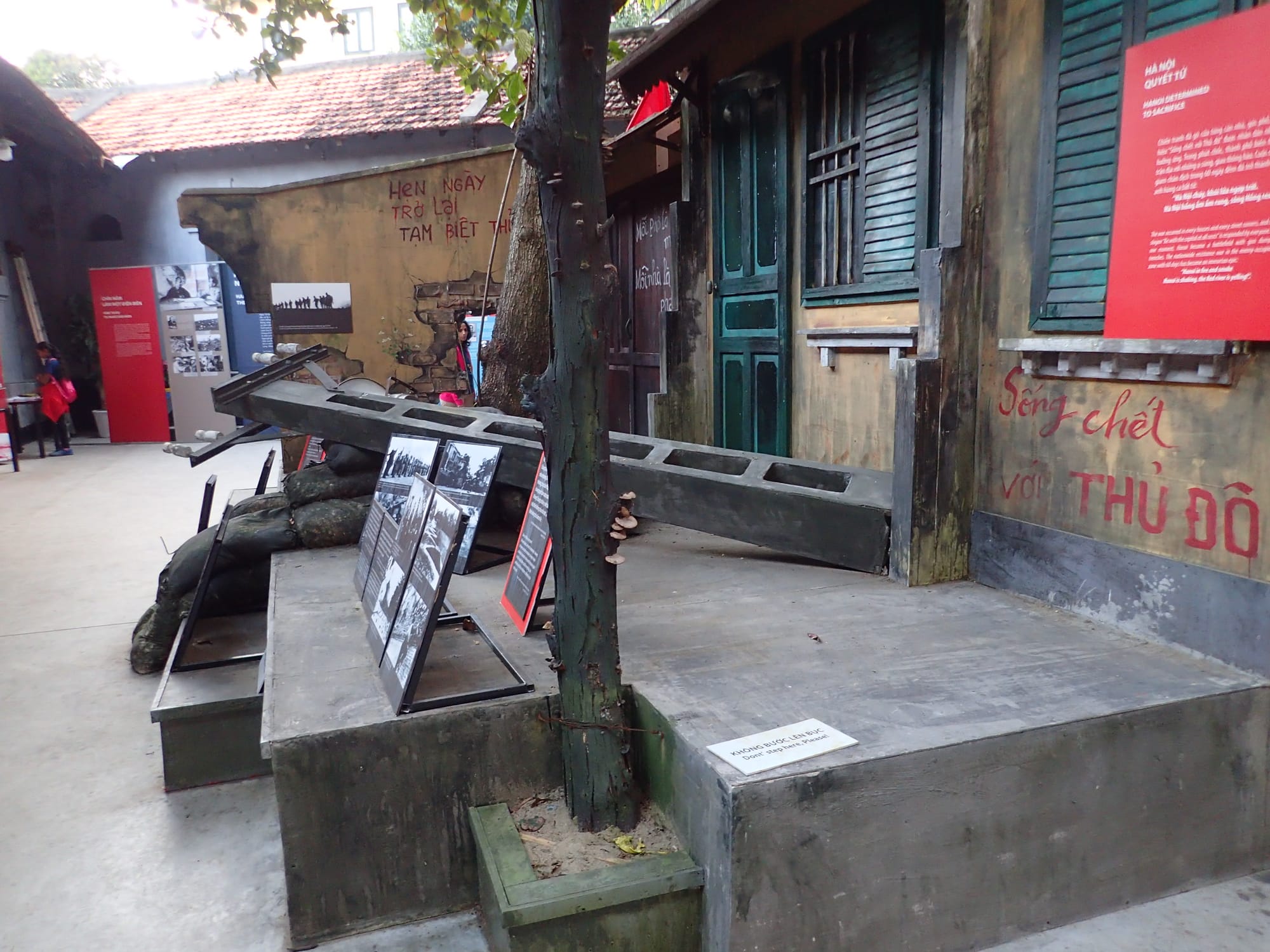
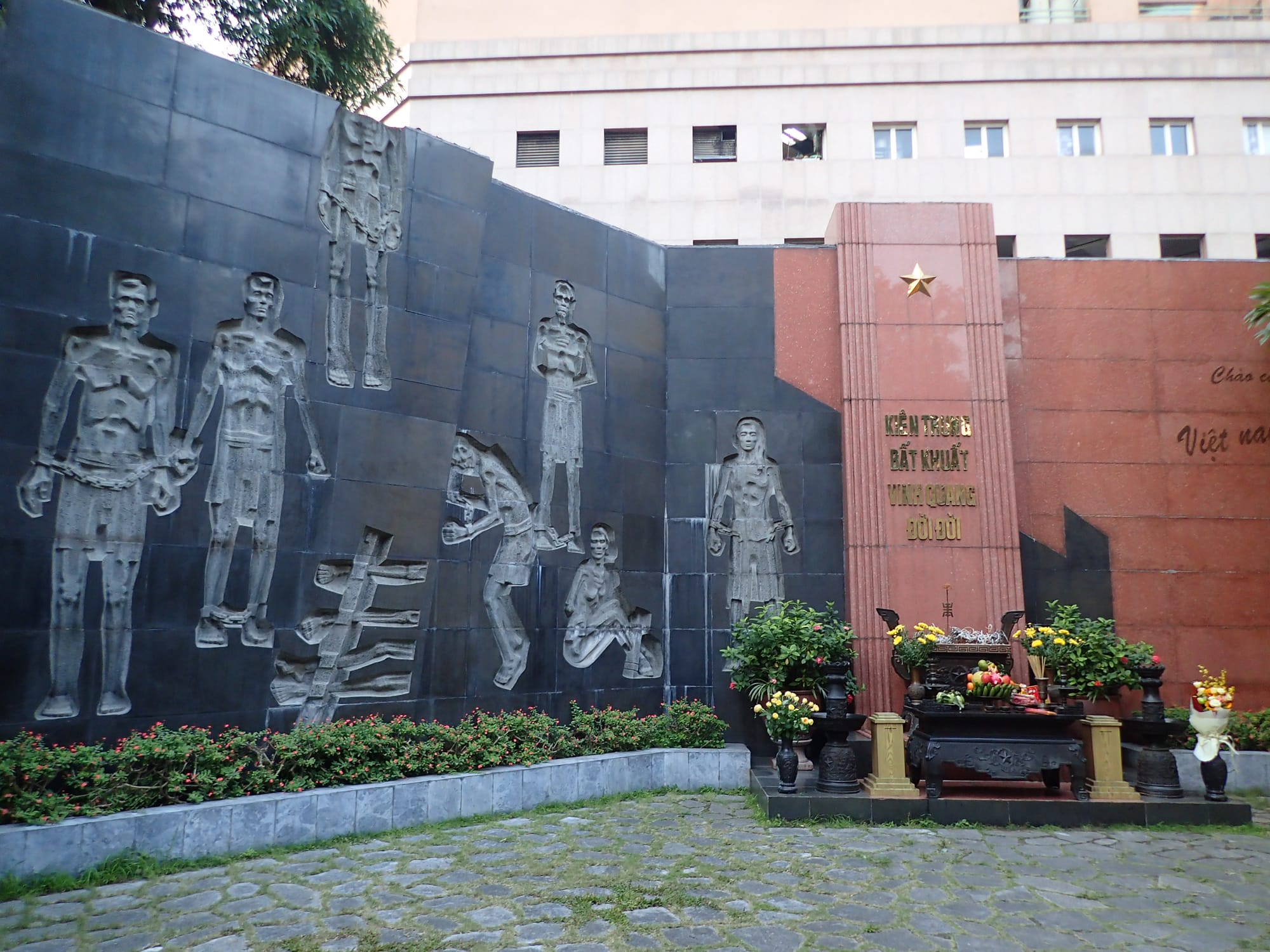
Hoa Lo Prison offers a vivid glimpse into a pivotal chapter of Vietnamese history. Known as the 'Hanoi Hilton' by American prisoners of war during the Vietnam War, its grim walls tell stories of colonial oppression, revolutionary struggle and human resilience.
Built by French colonists between 1896 and 1901, Hoa Lo was one of the largest and most notorious prisons in Indochina. Its name, meaning 'fiery furnace' or 'stove', refers to nearby pottery kilns and foreshadows the brutal conditions inside. Originally used to detain Vietnamese political prisoners and revolutionaries, the prison’s exhibits reveal harsh living conditions, crude torture devices and stories of sacrifice and perseverance.
Though much of the prison was demolished in the 1990s to make way for modern developments, a significant section remains as a museum. This preserved area focuses on the Vietnamese experience under colonial rule but also includes a smaller section dedicated to American POWs, portraying aspects of their captivity.
Phố Cổ Hà Nội (Old Quarter)
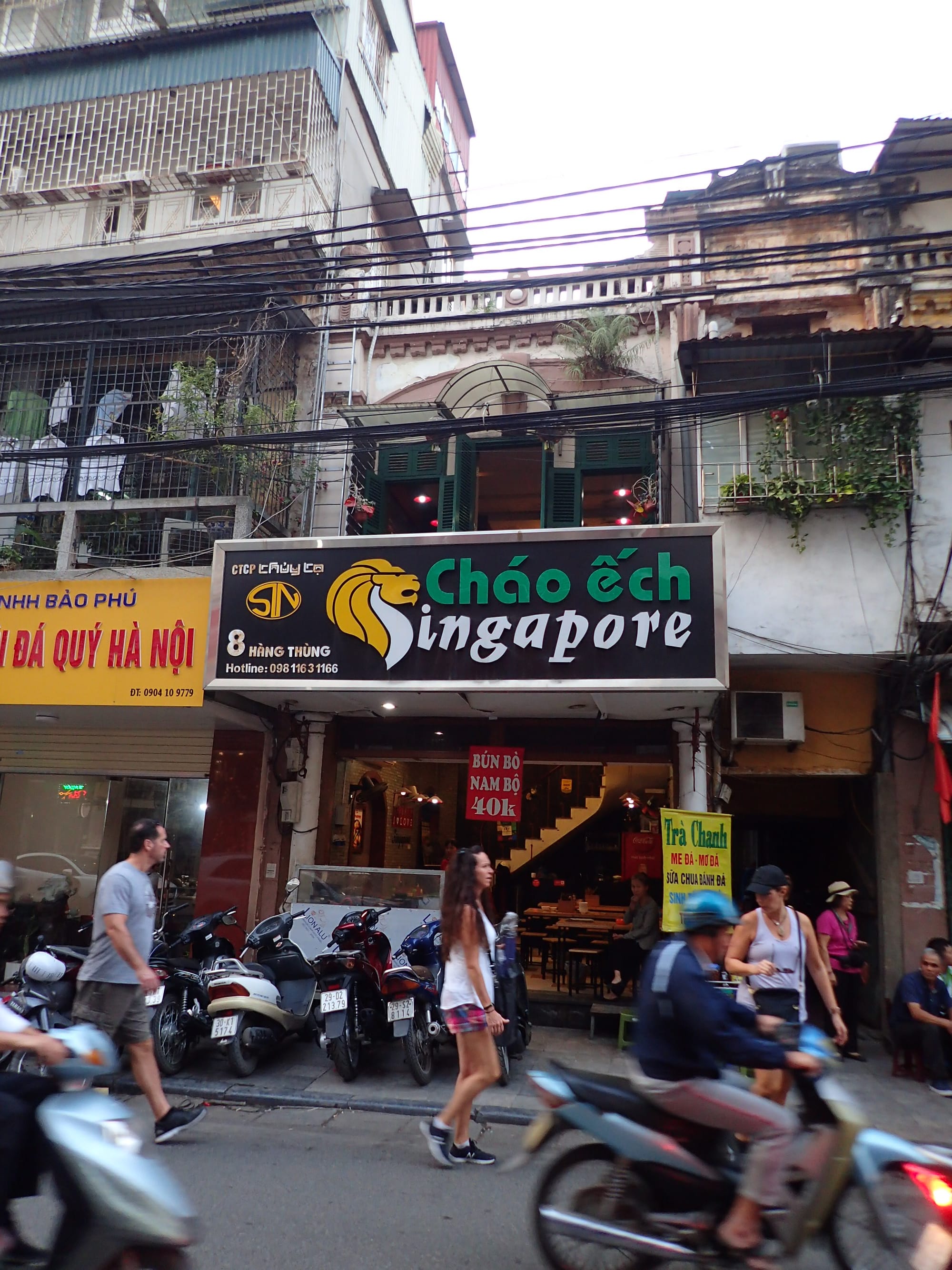

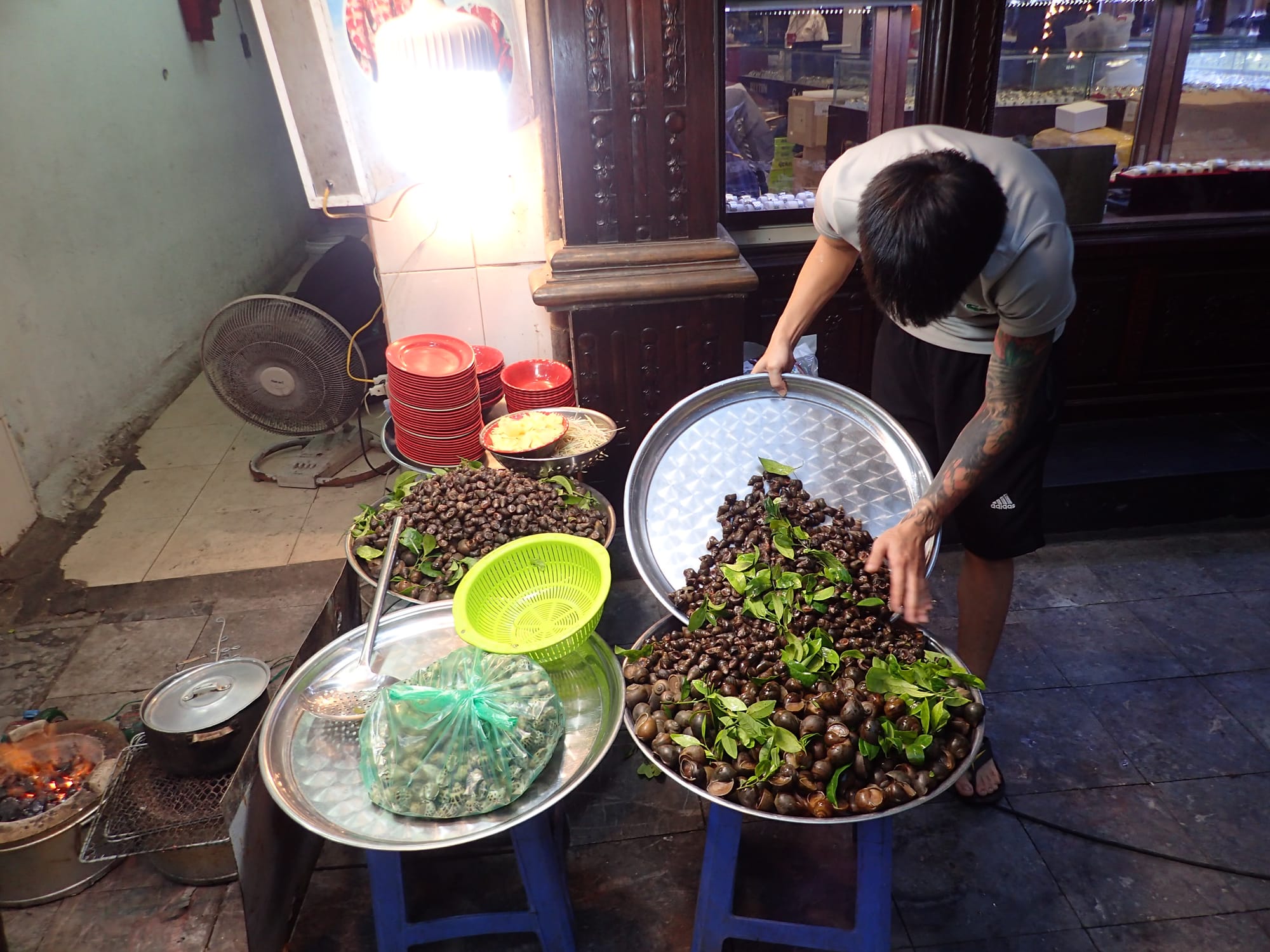
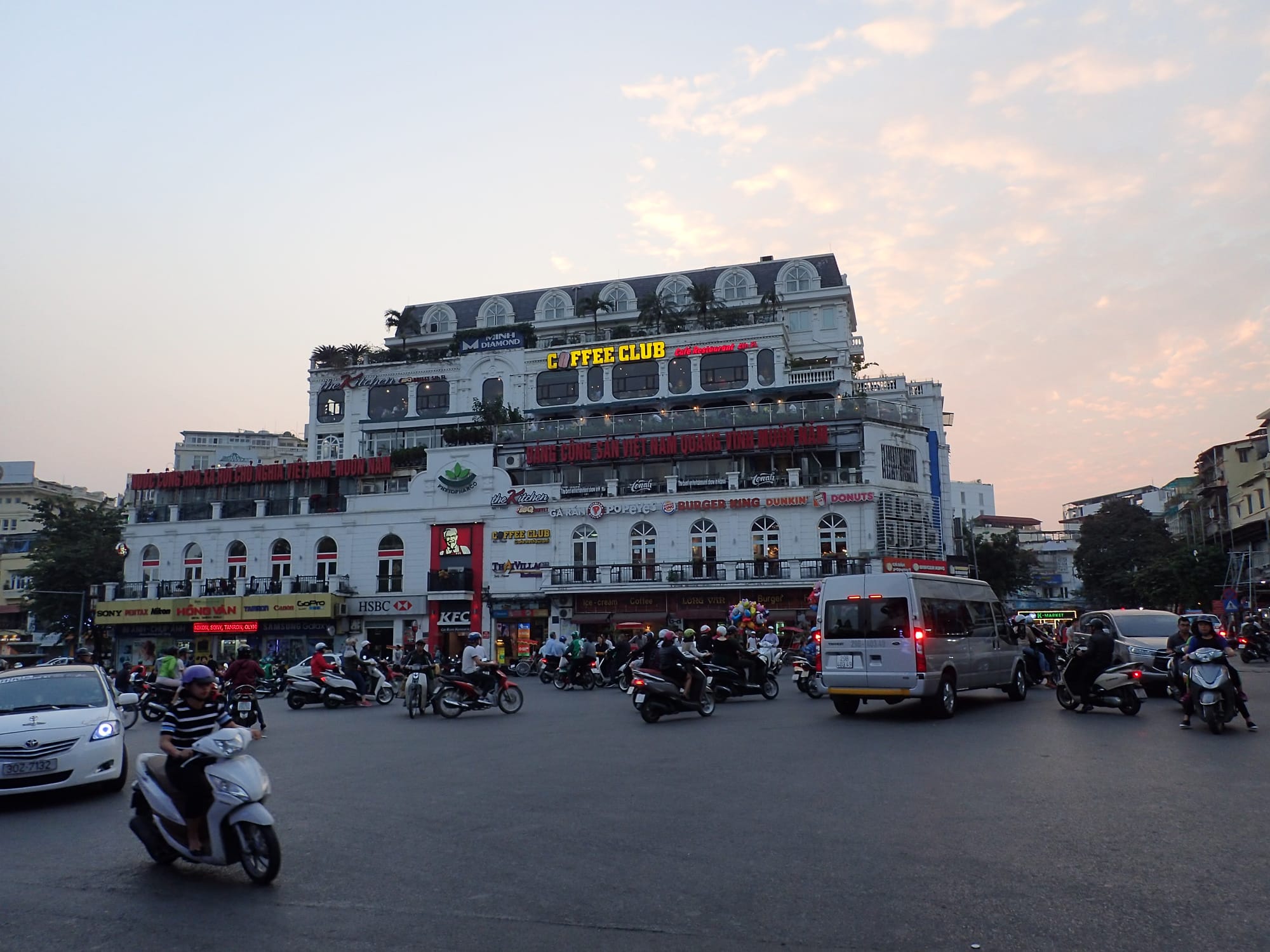
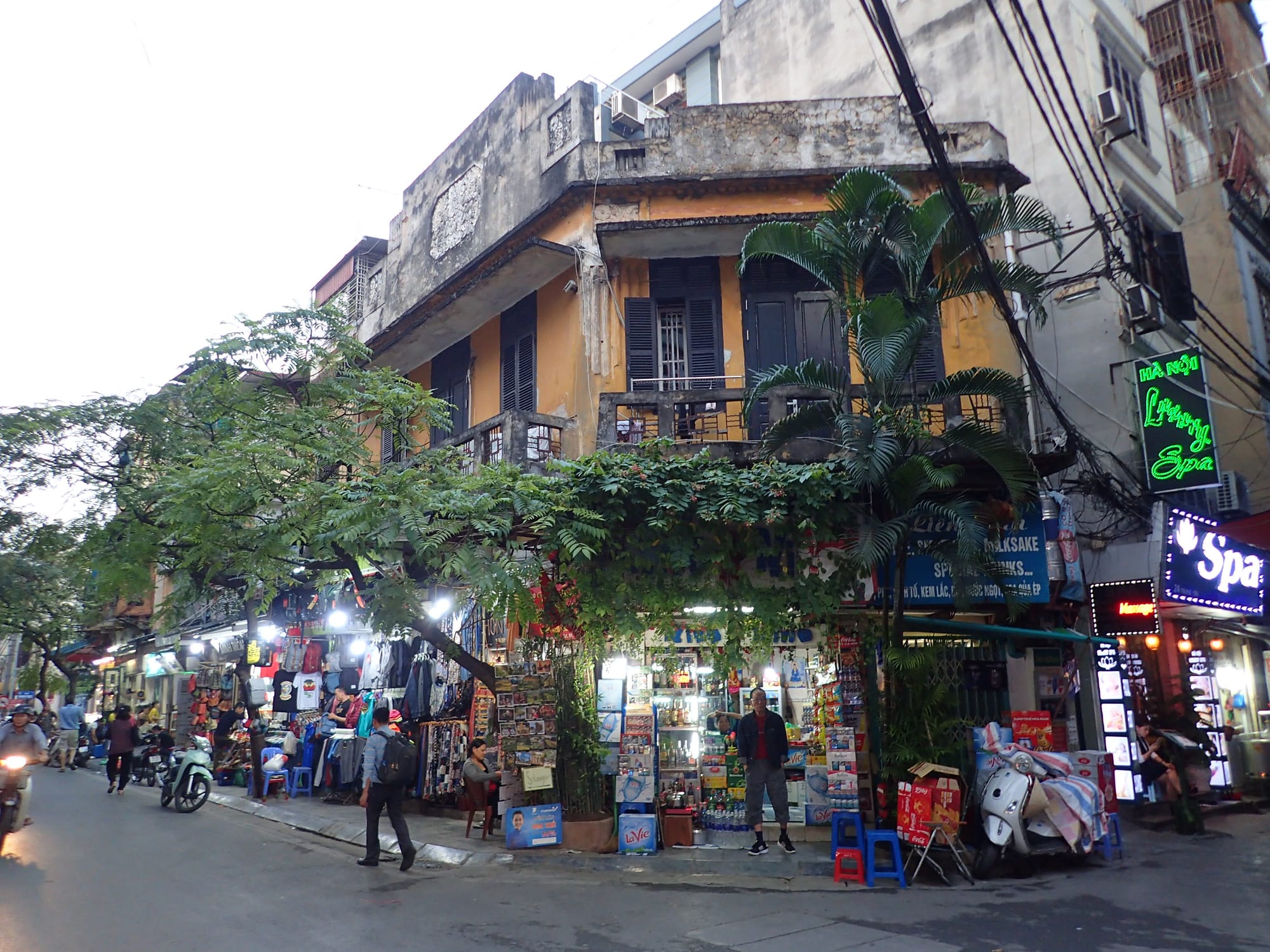

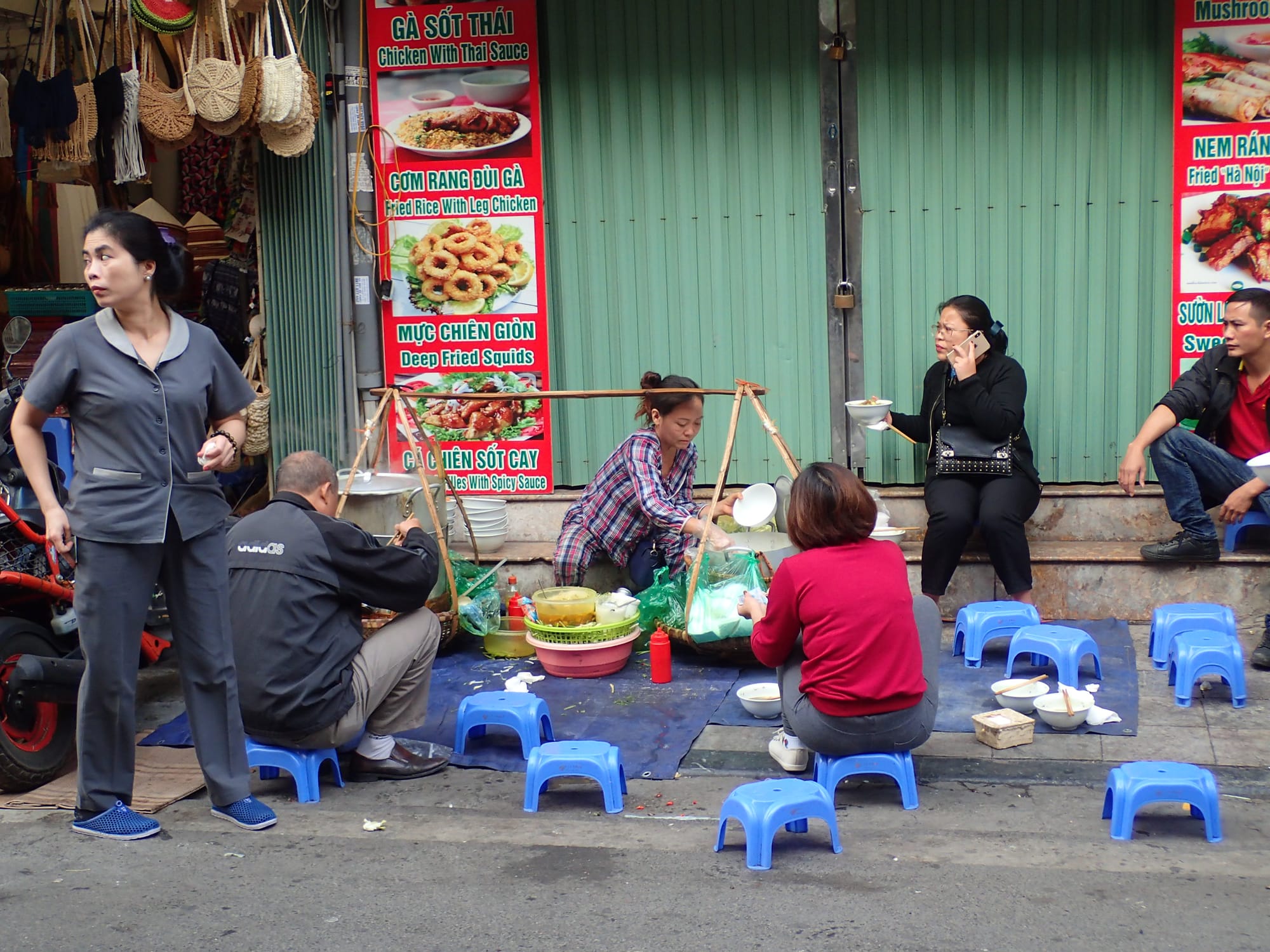
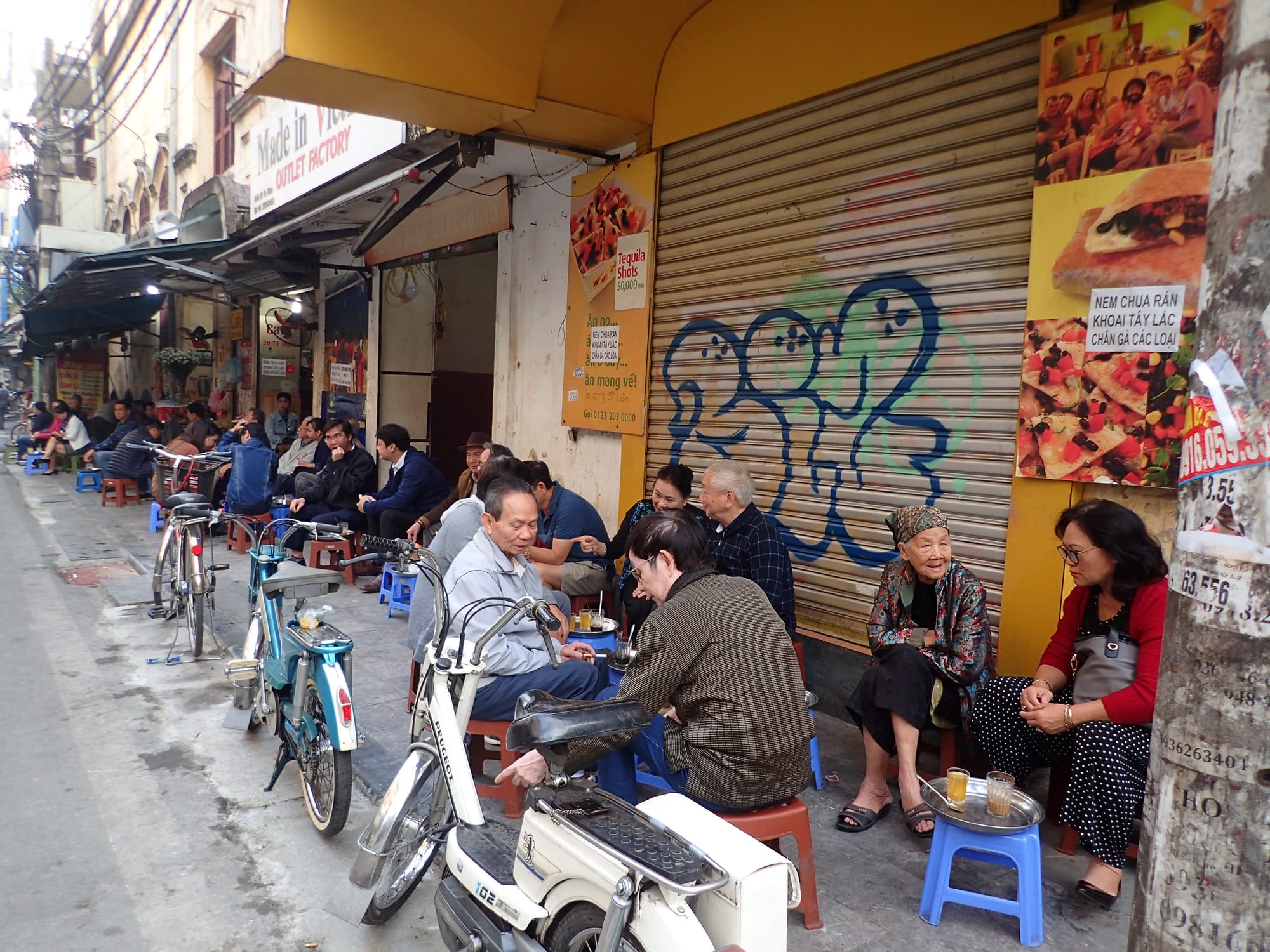
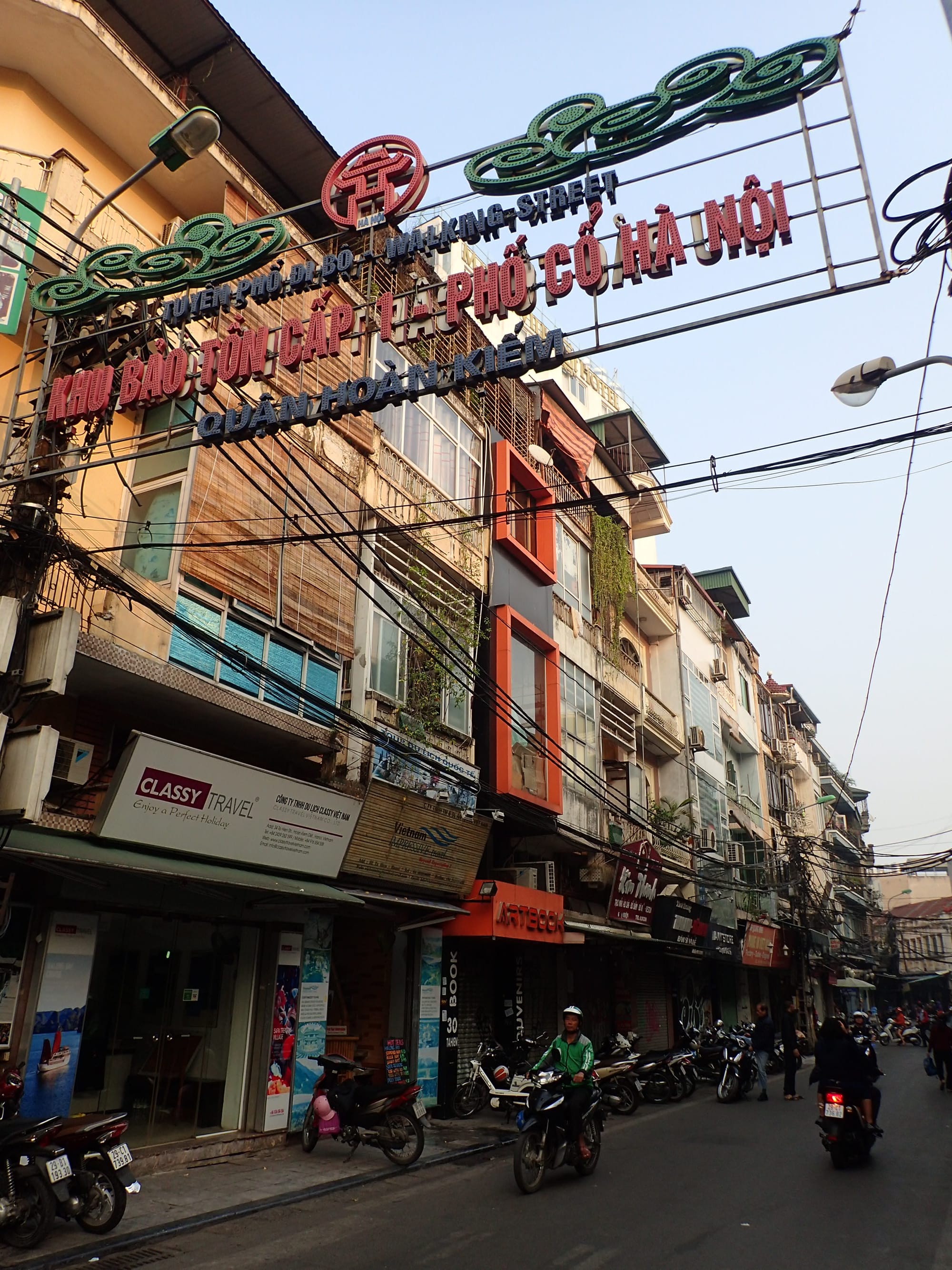
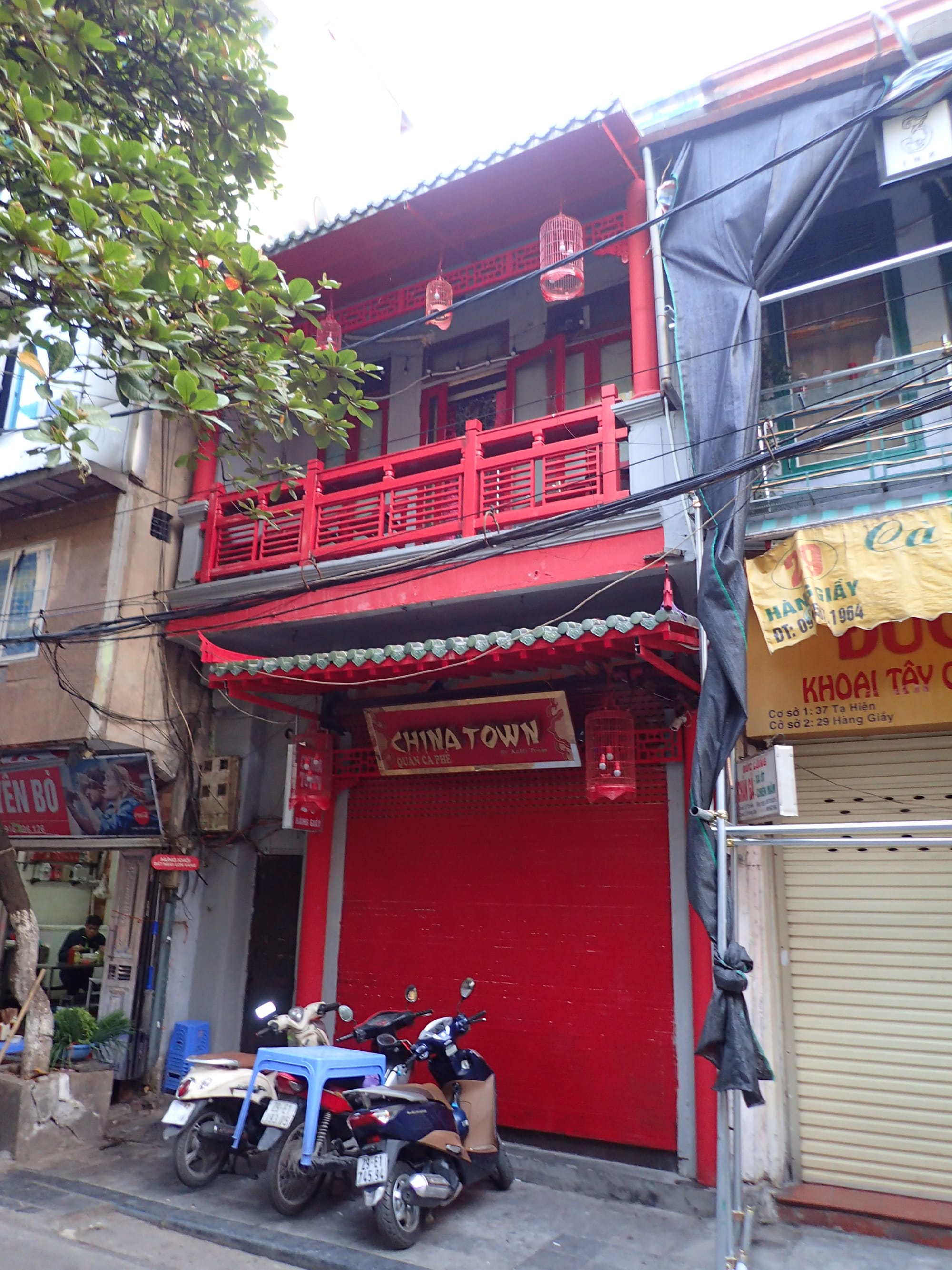
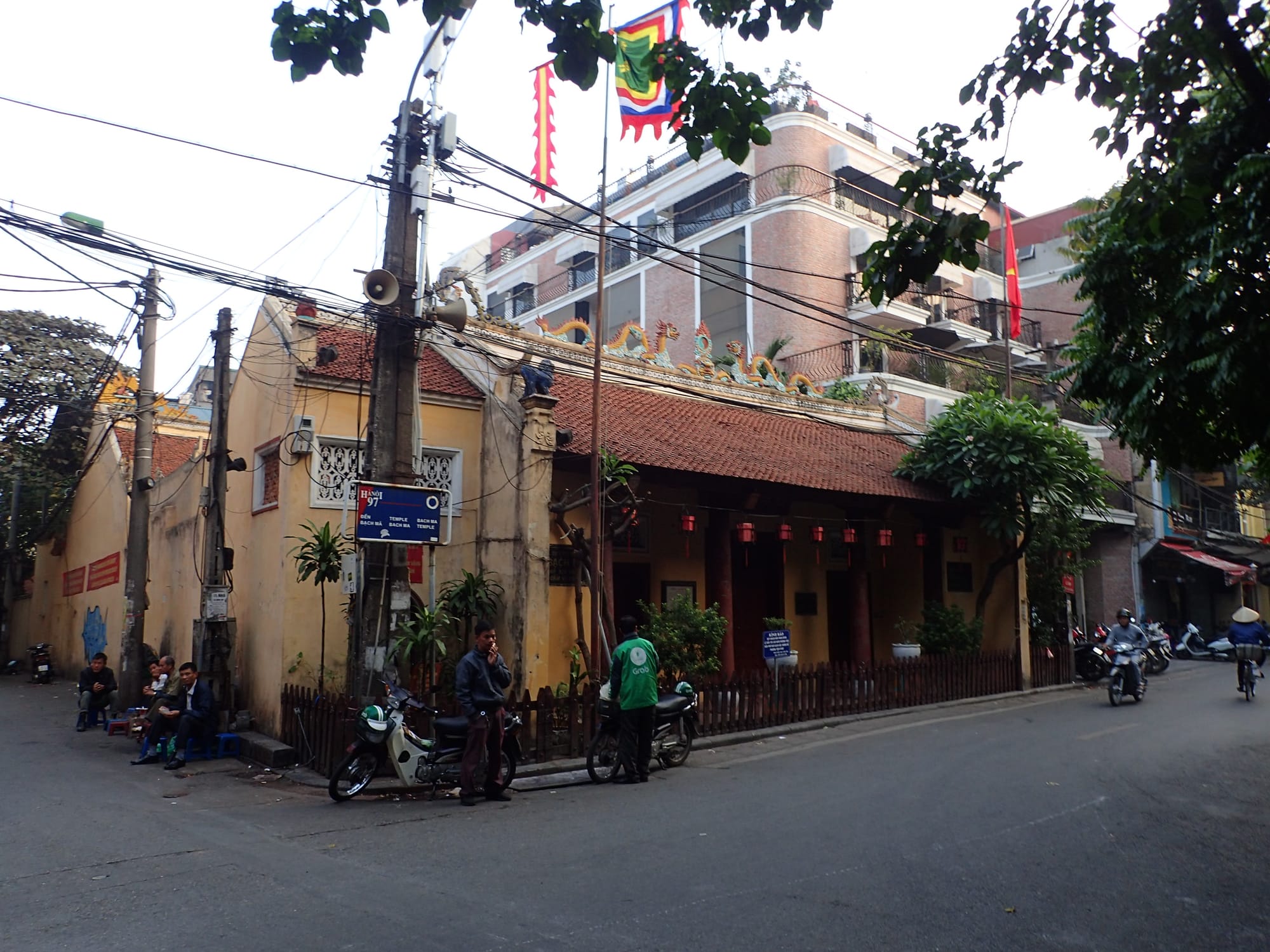
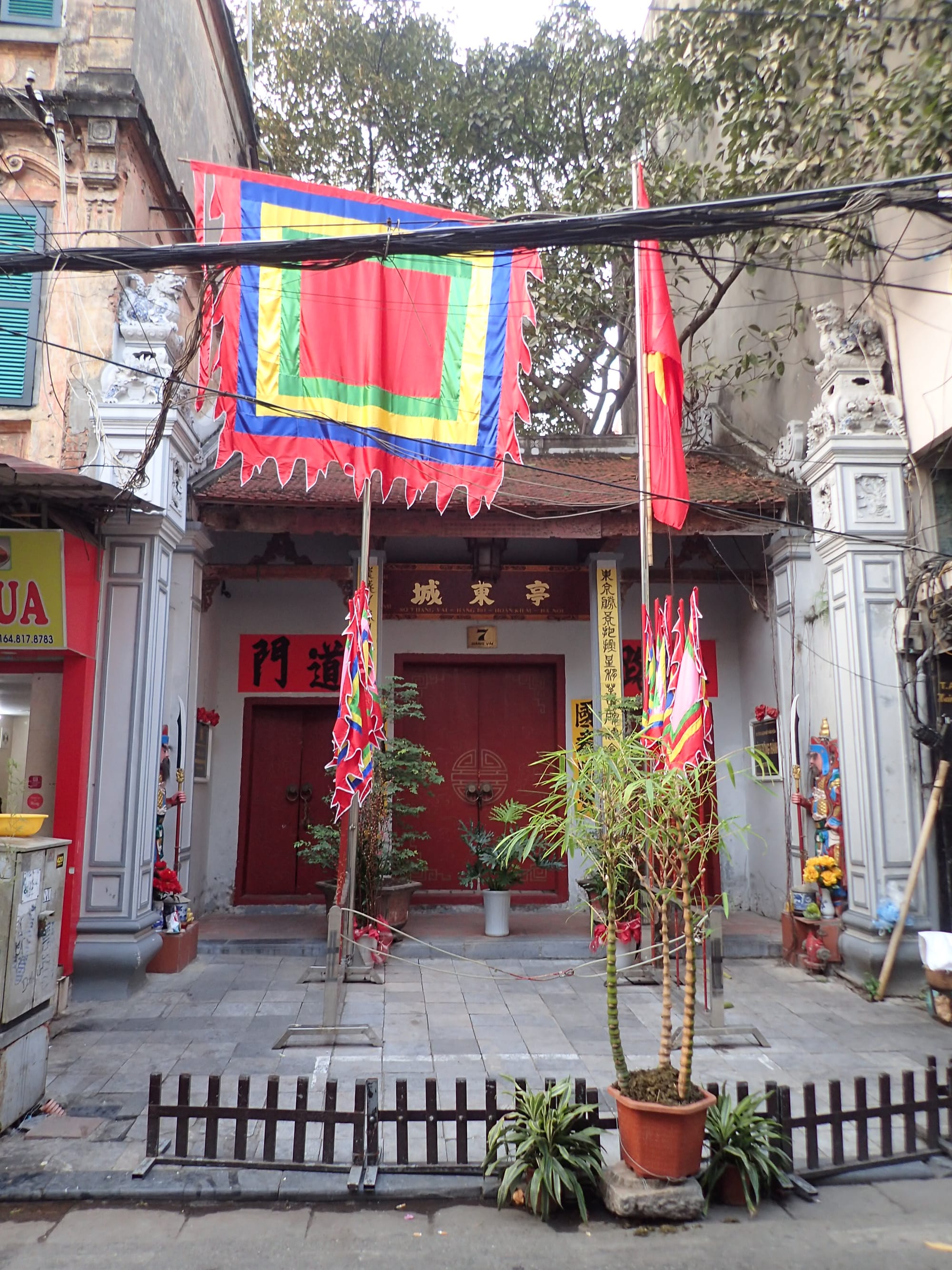
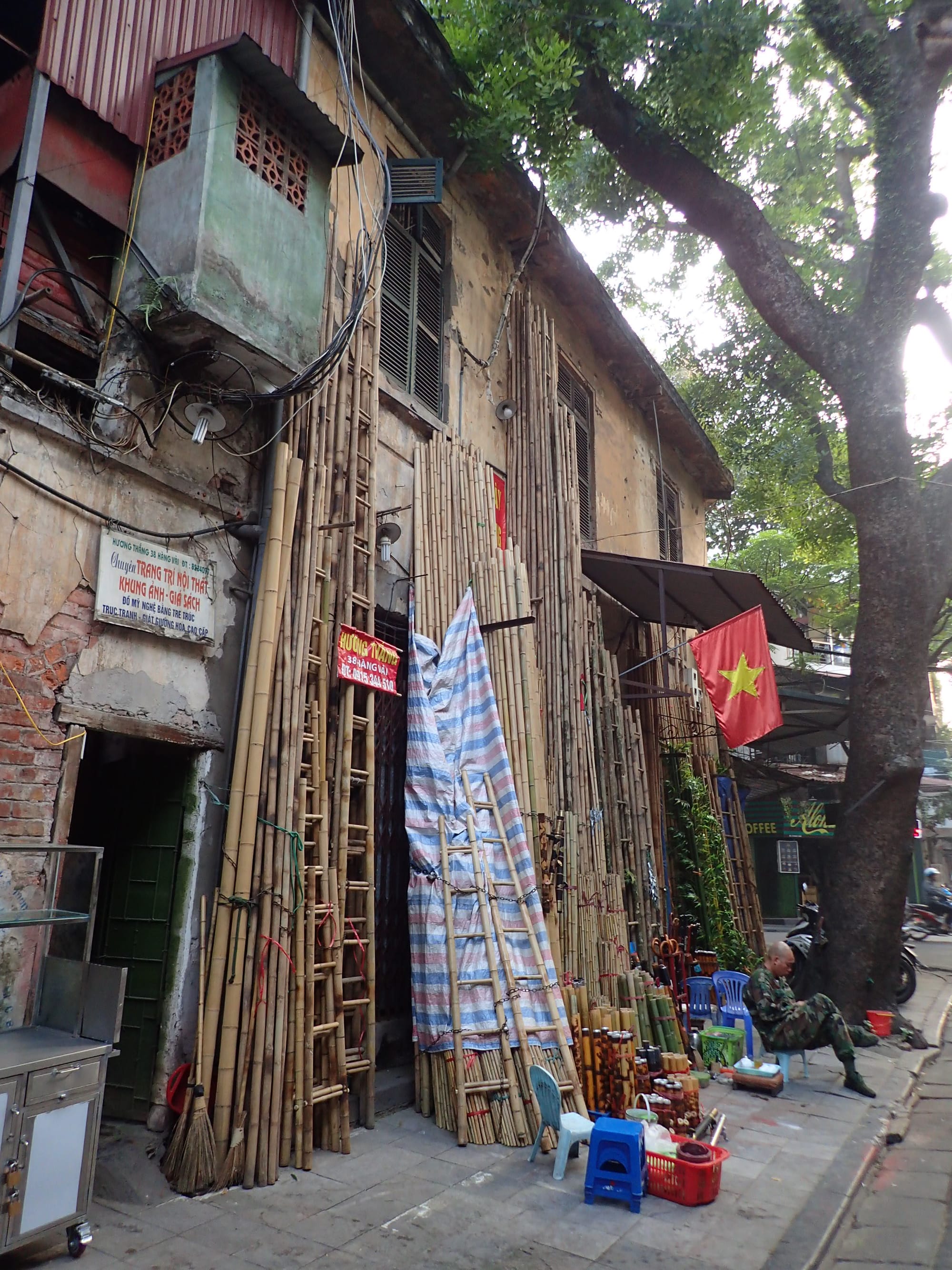
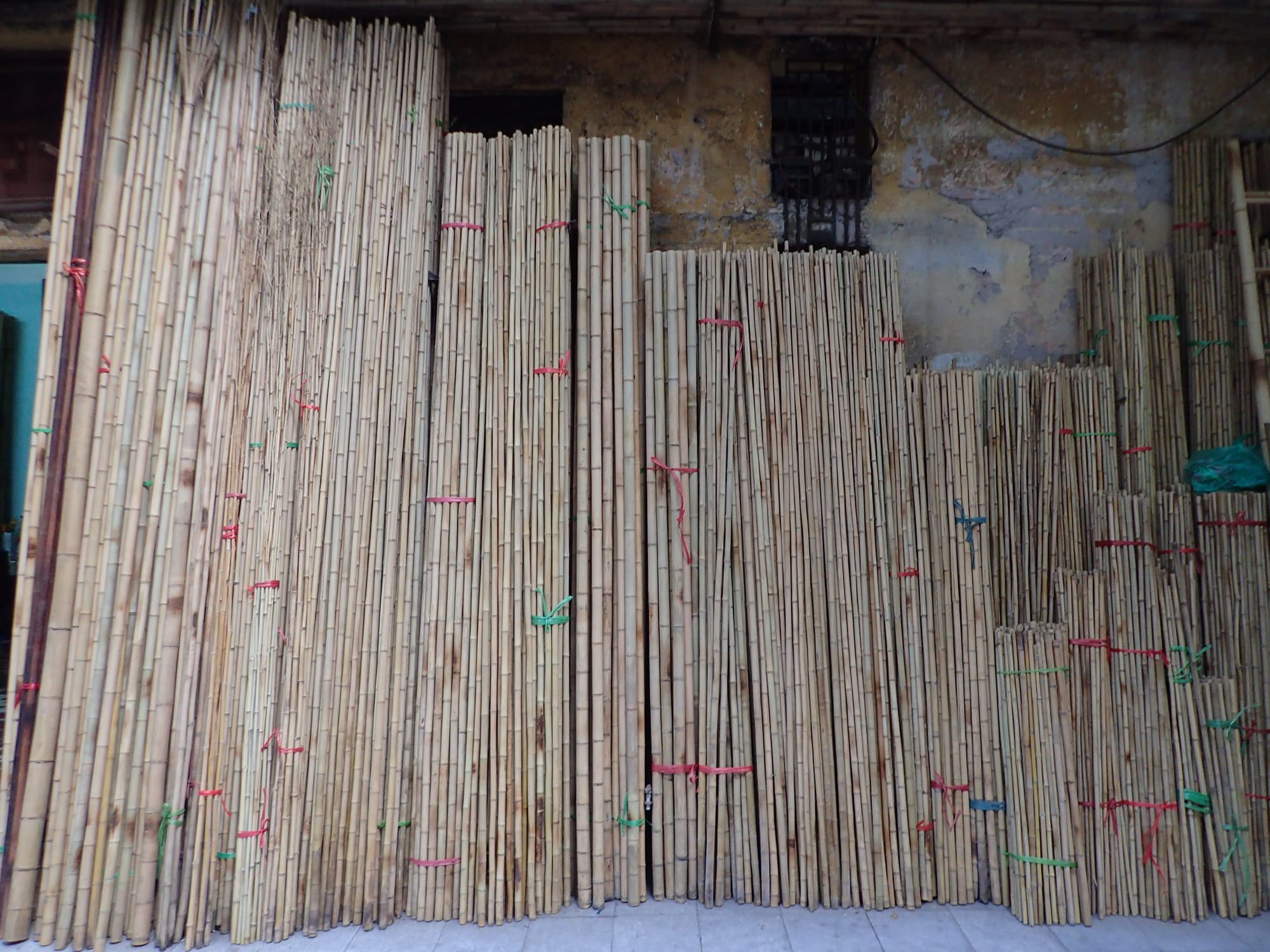
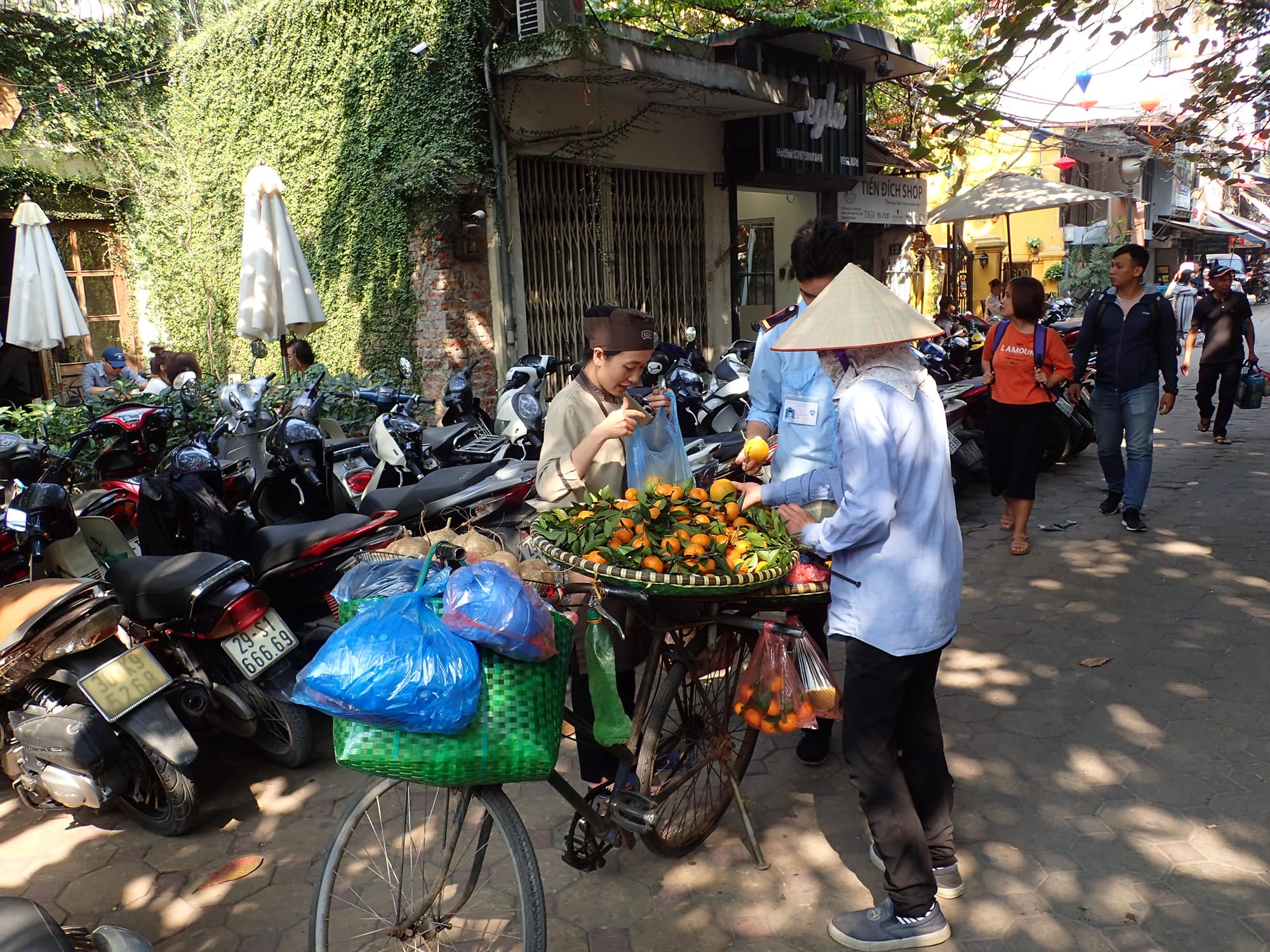
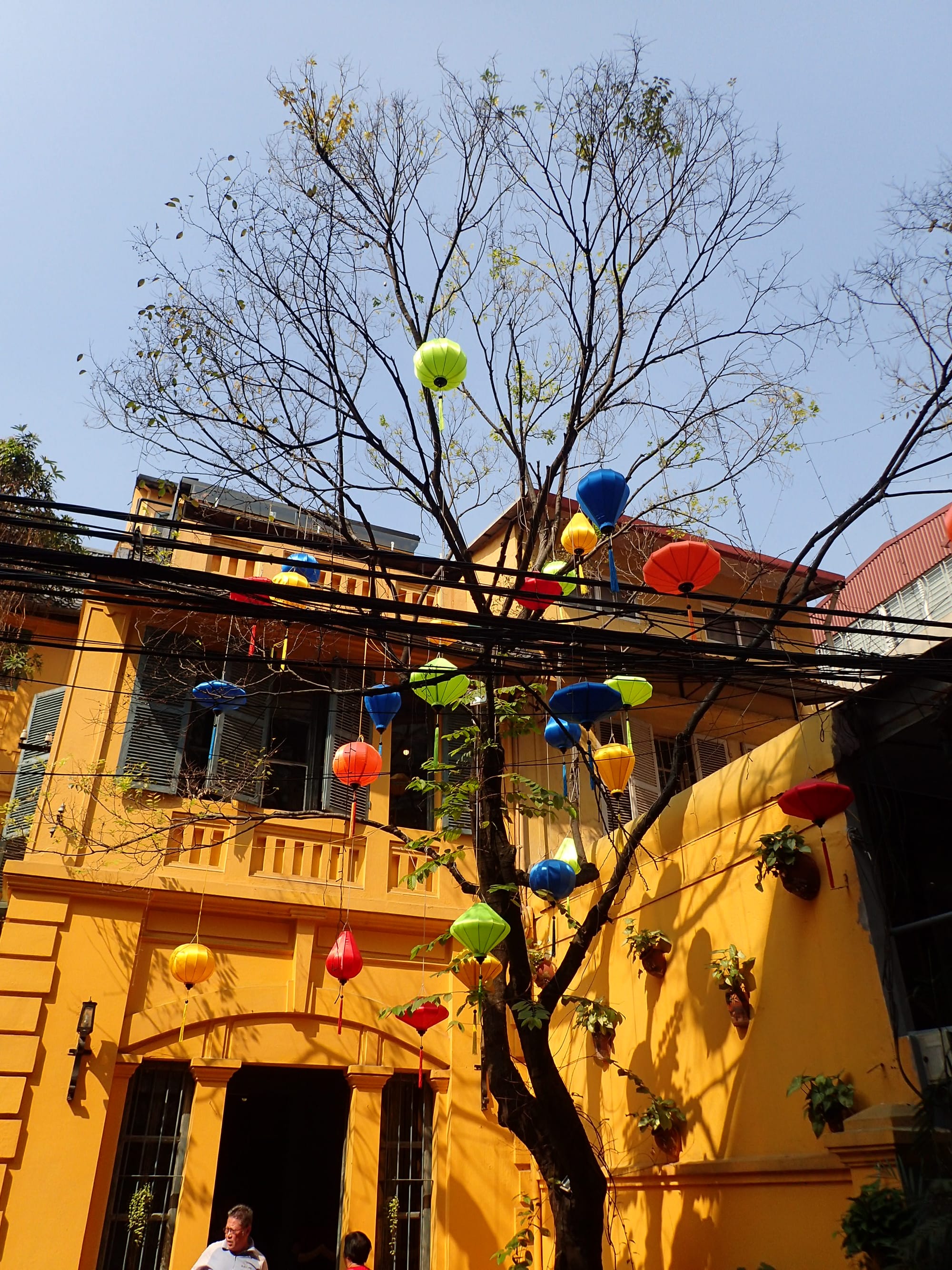
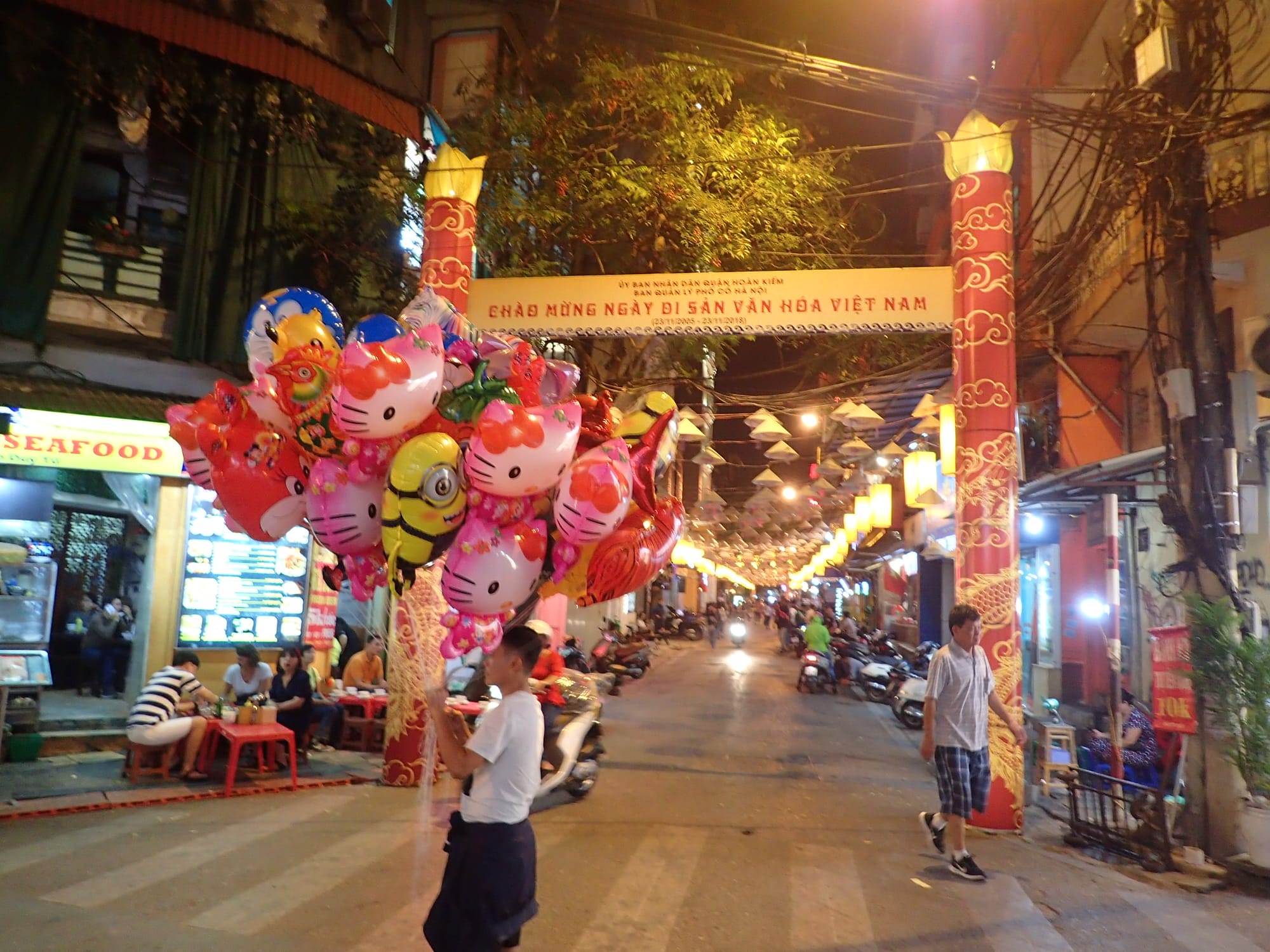
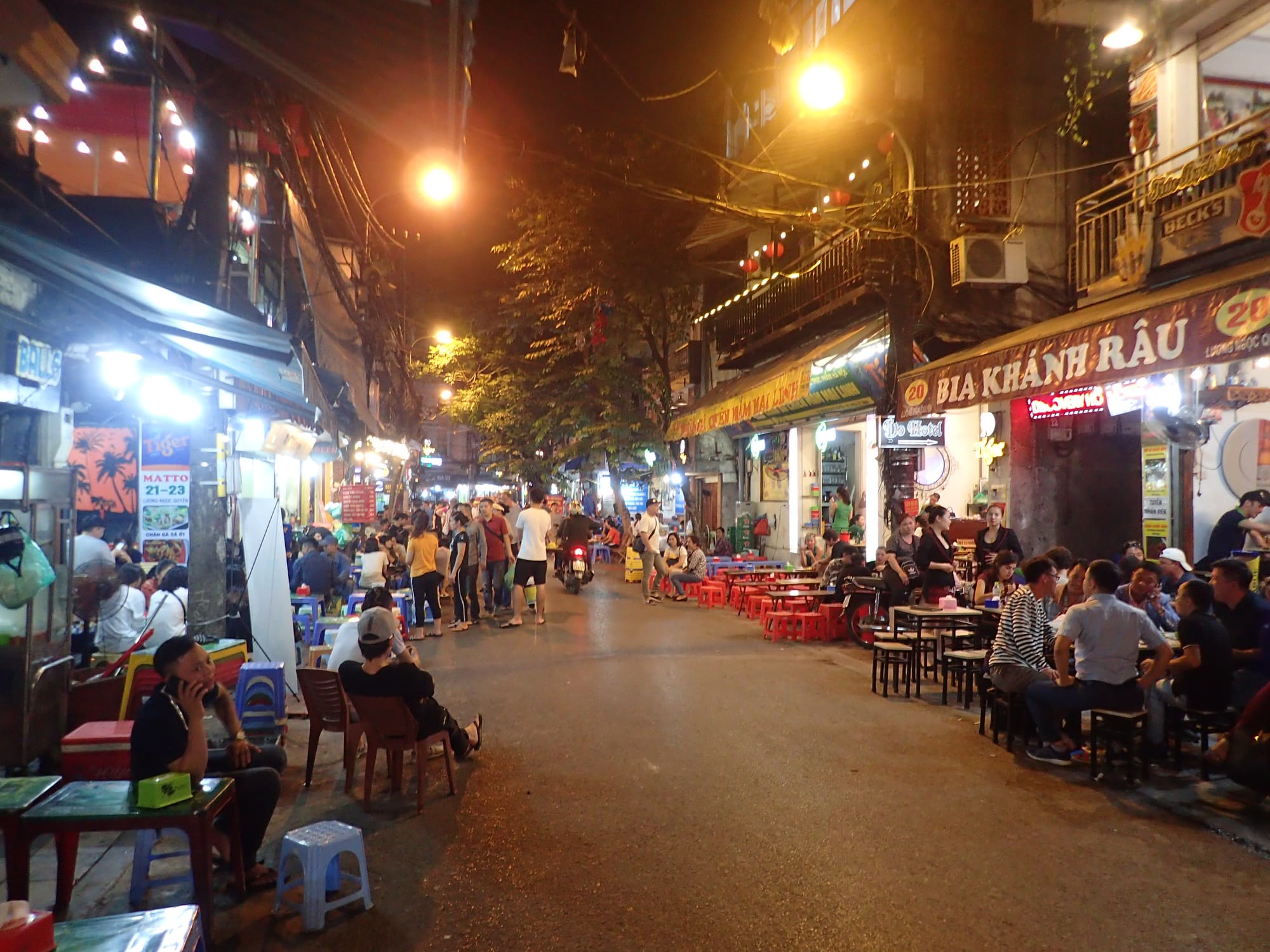
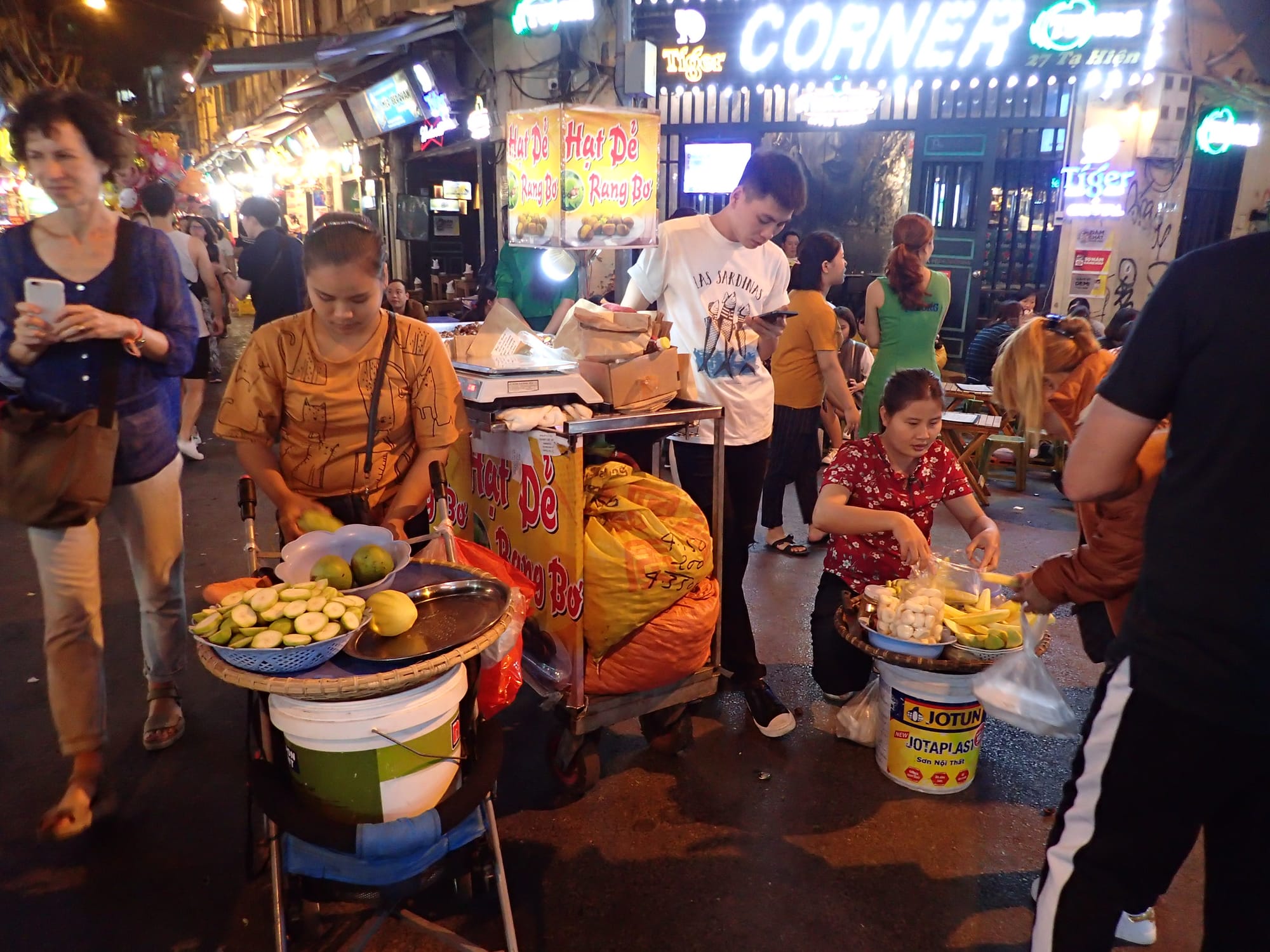
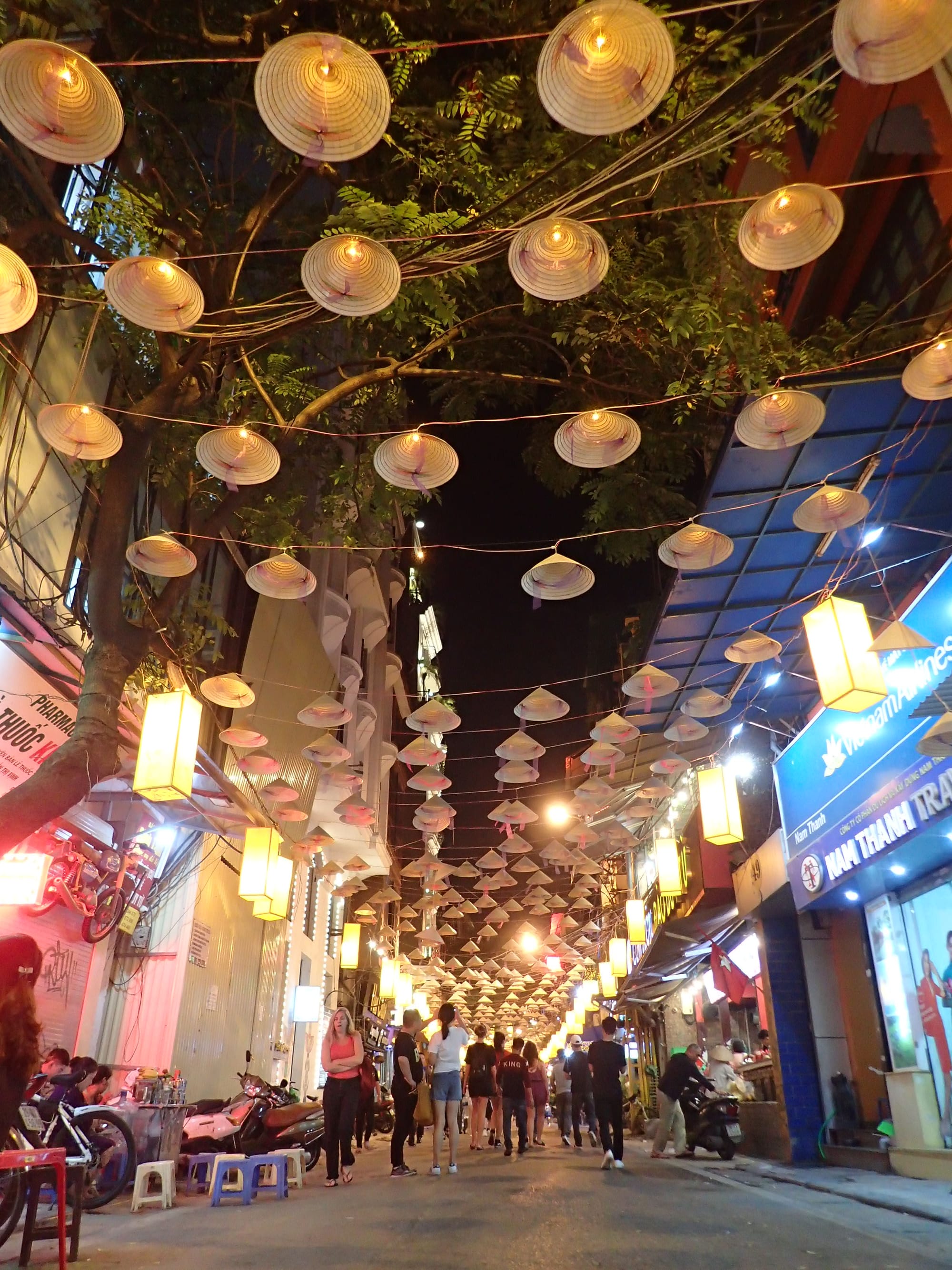
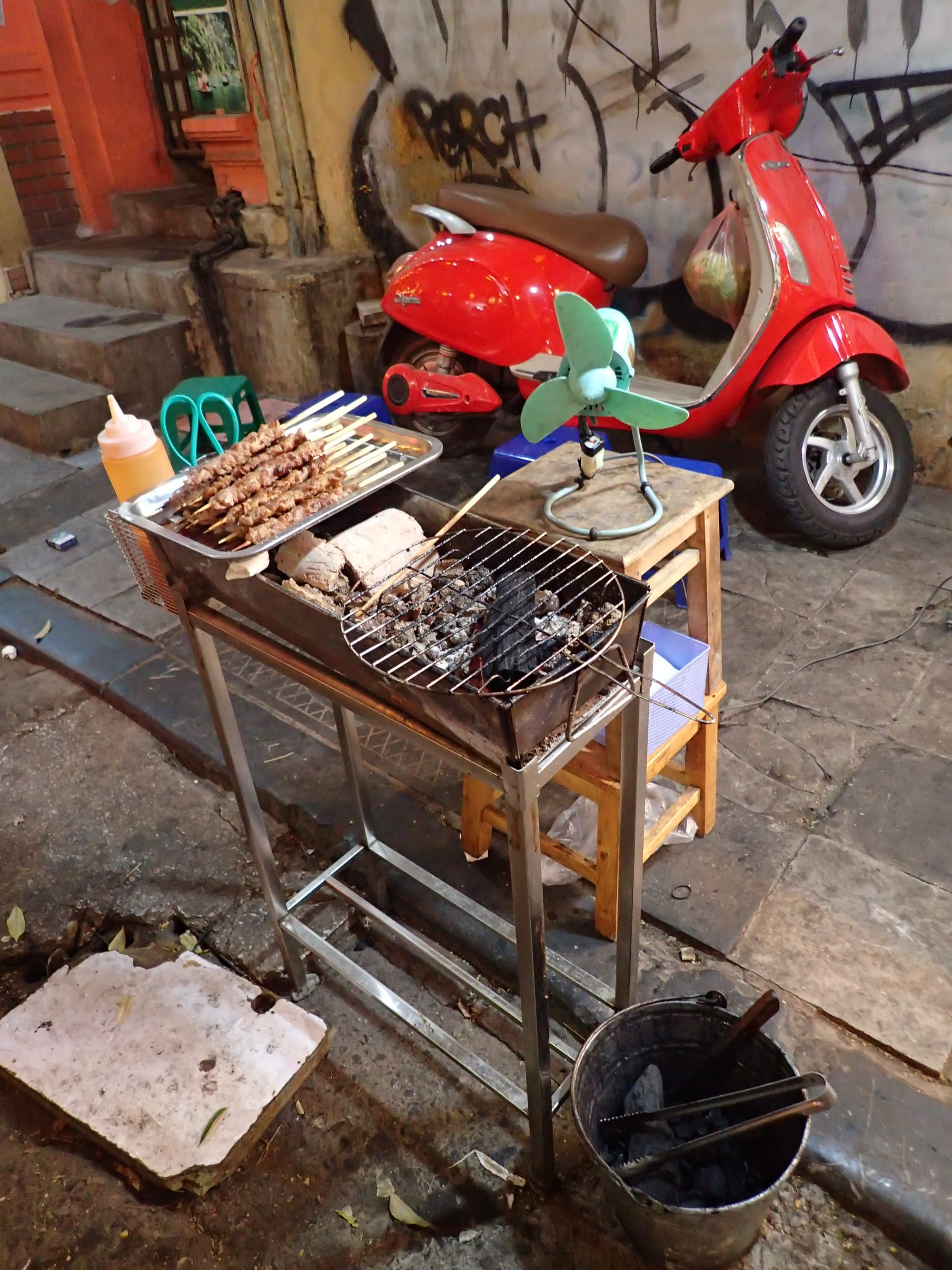
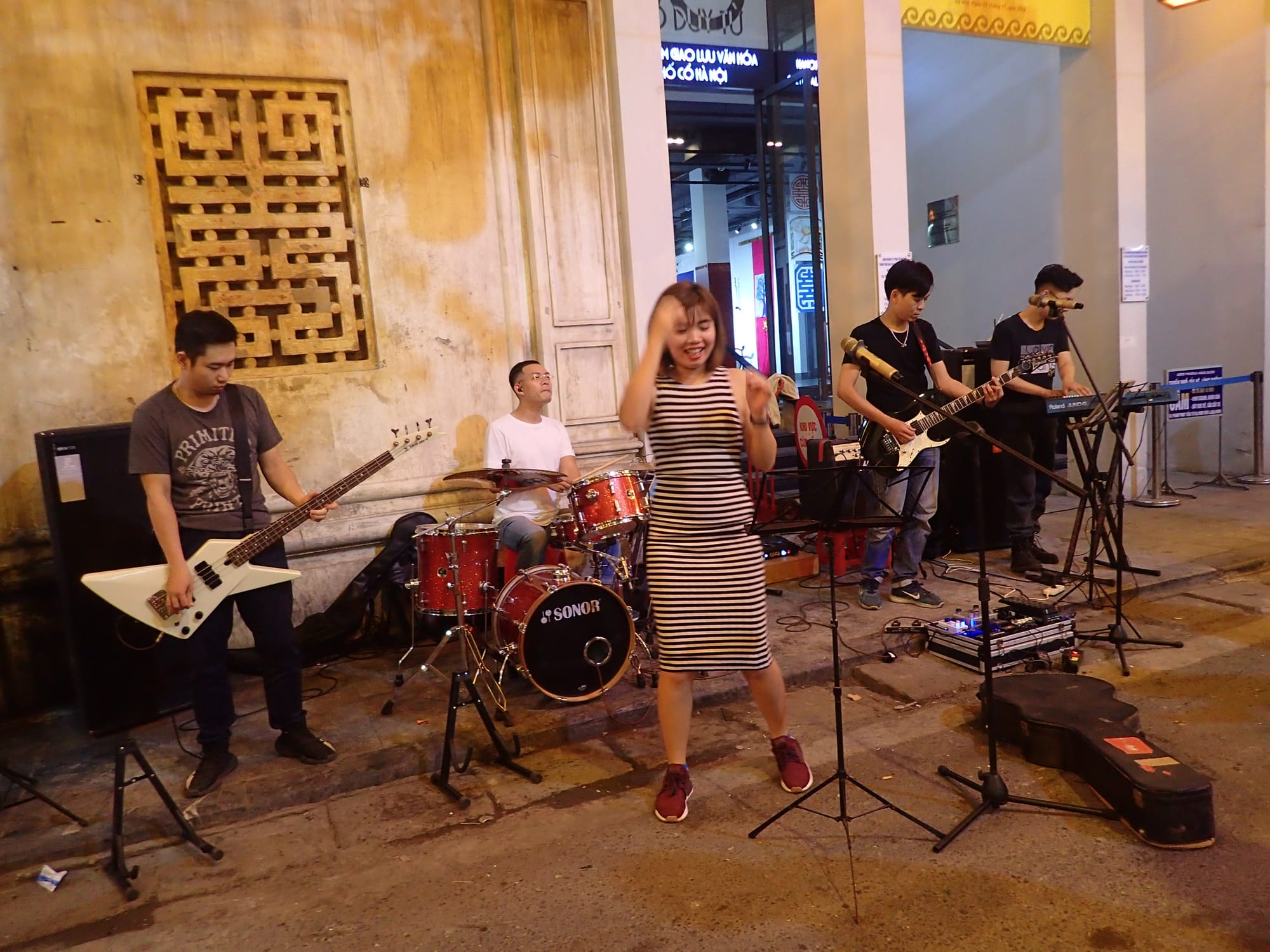
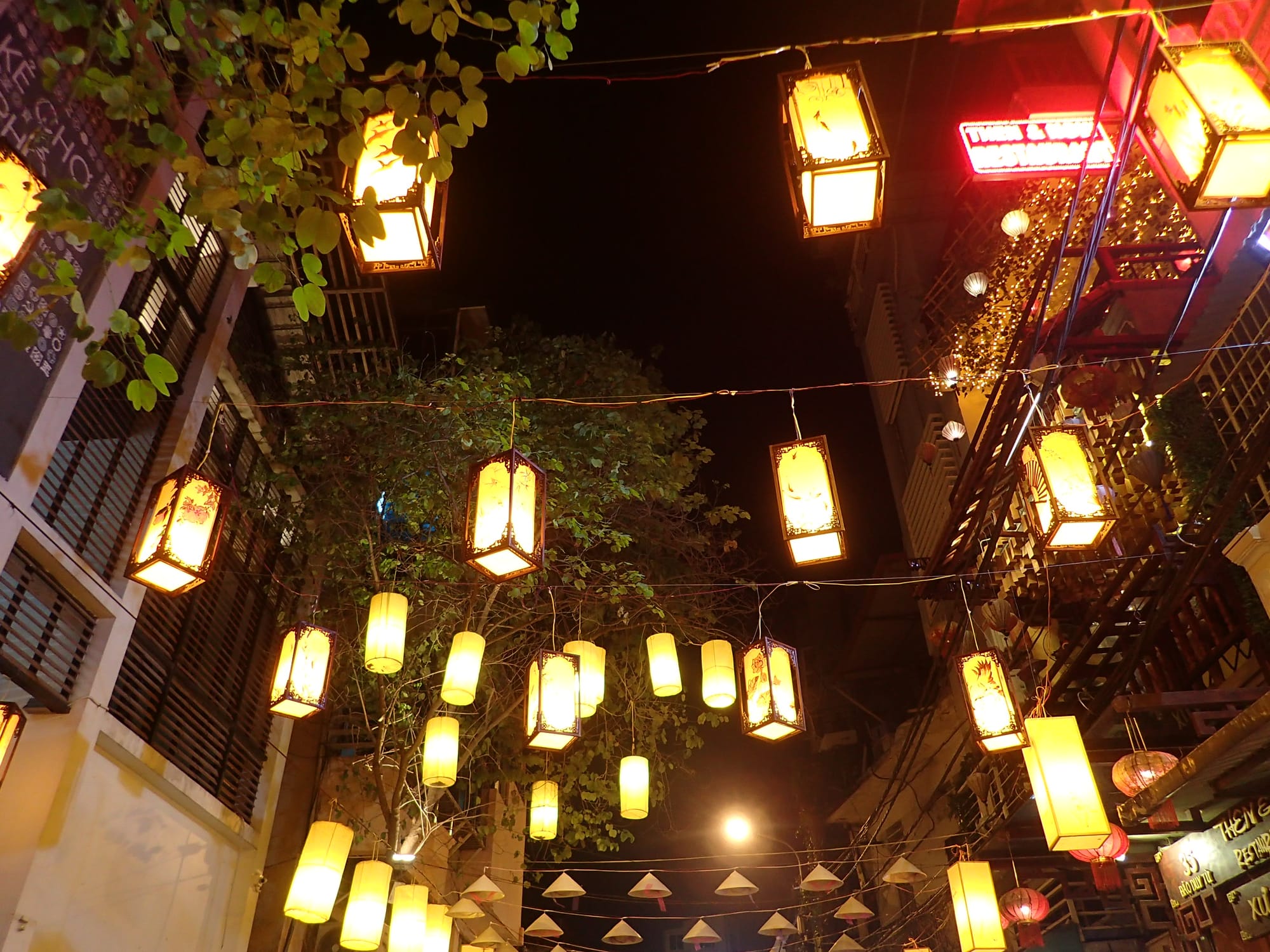
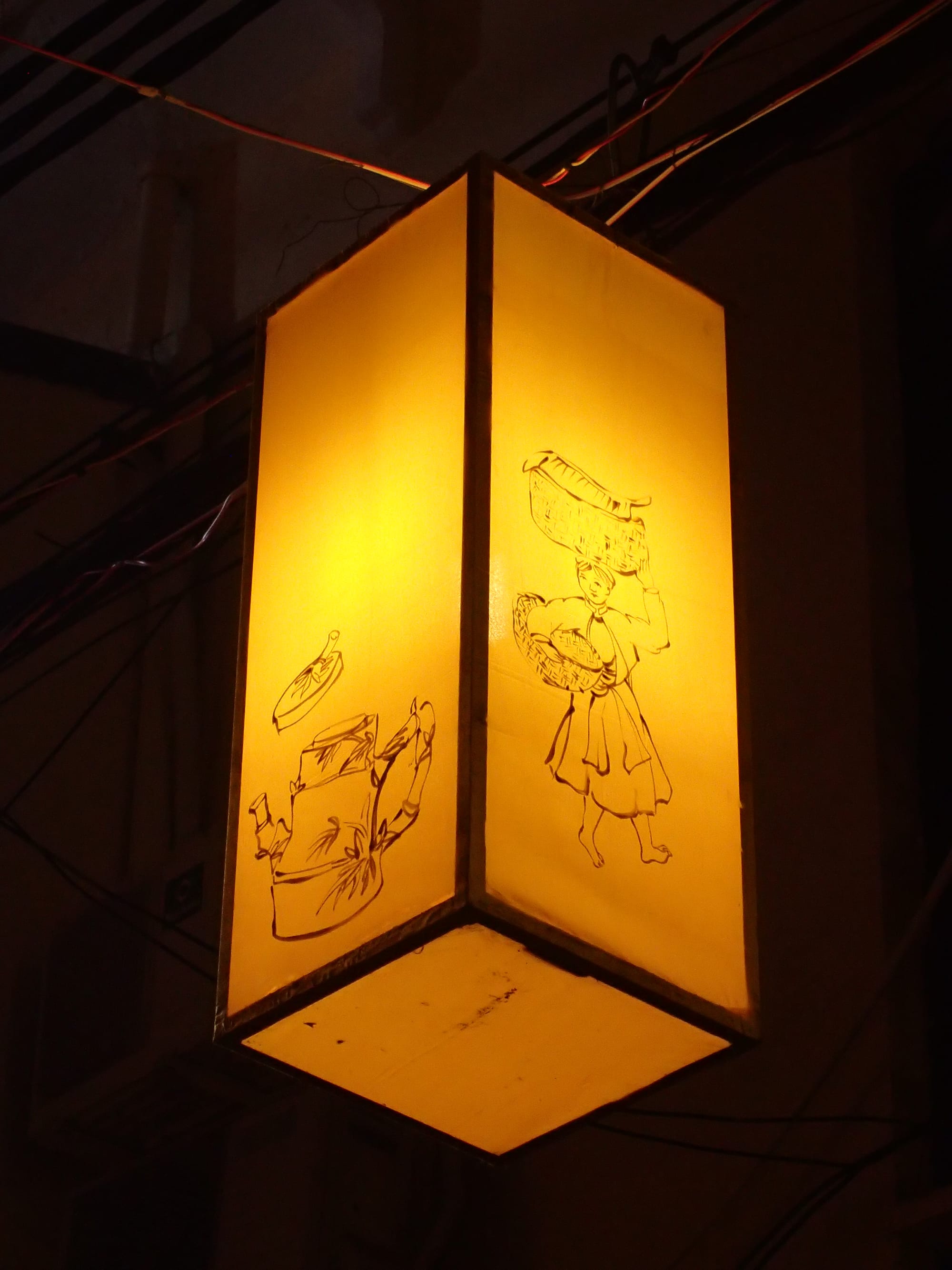
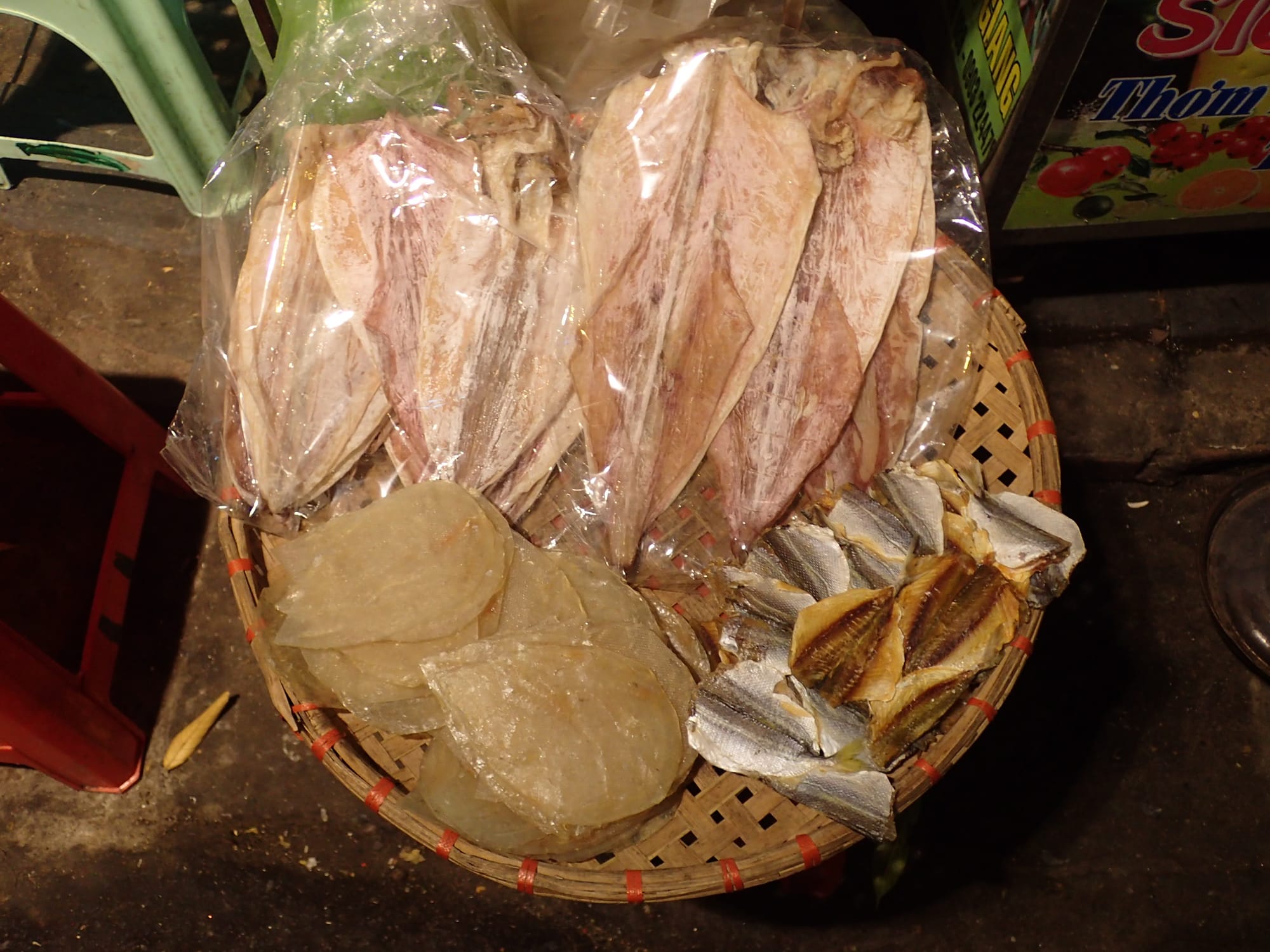
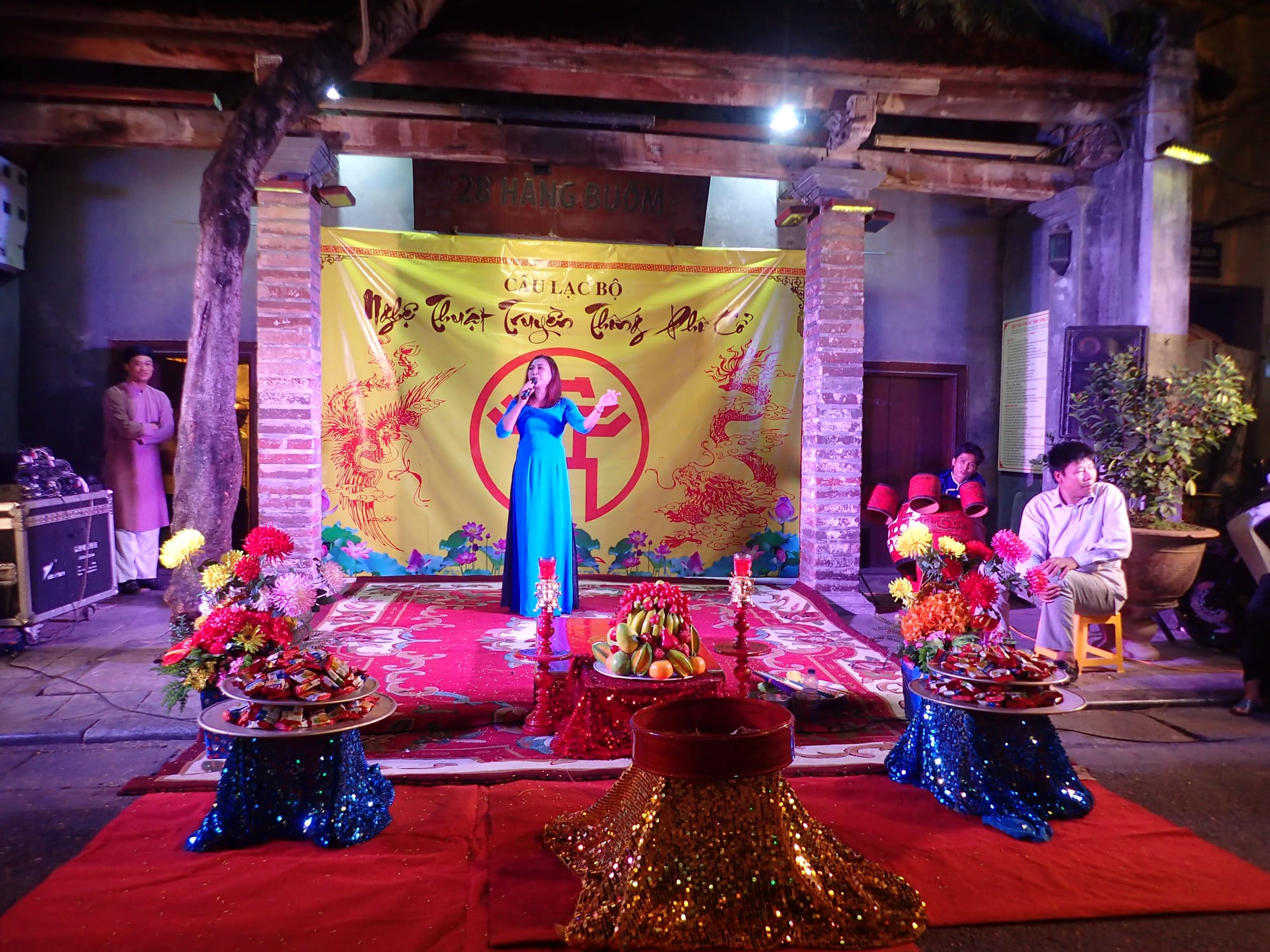
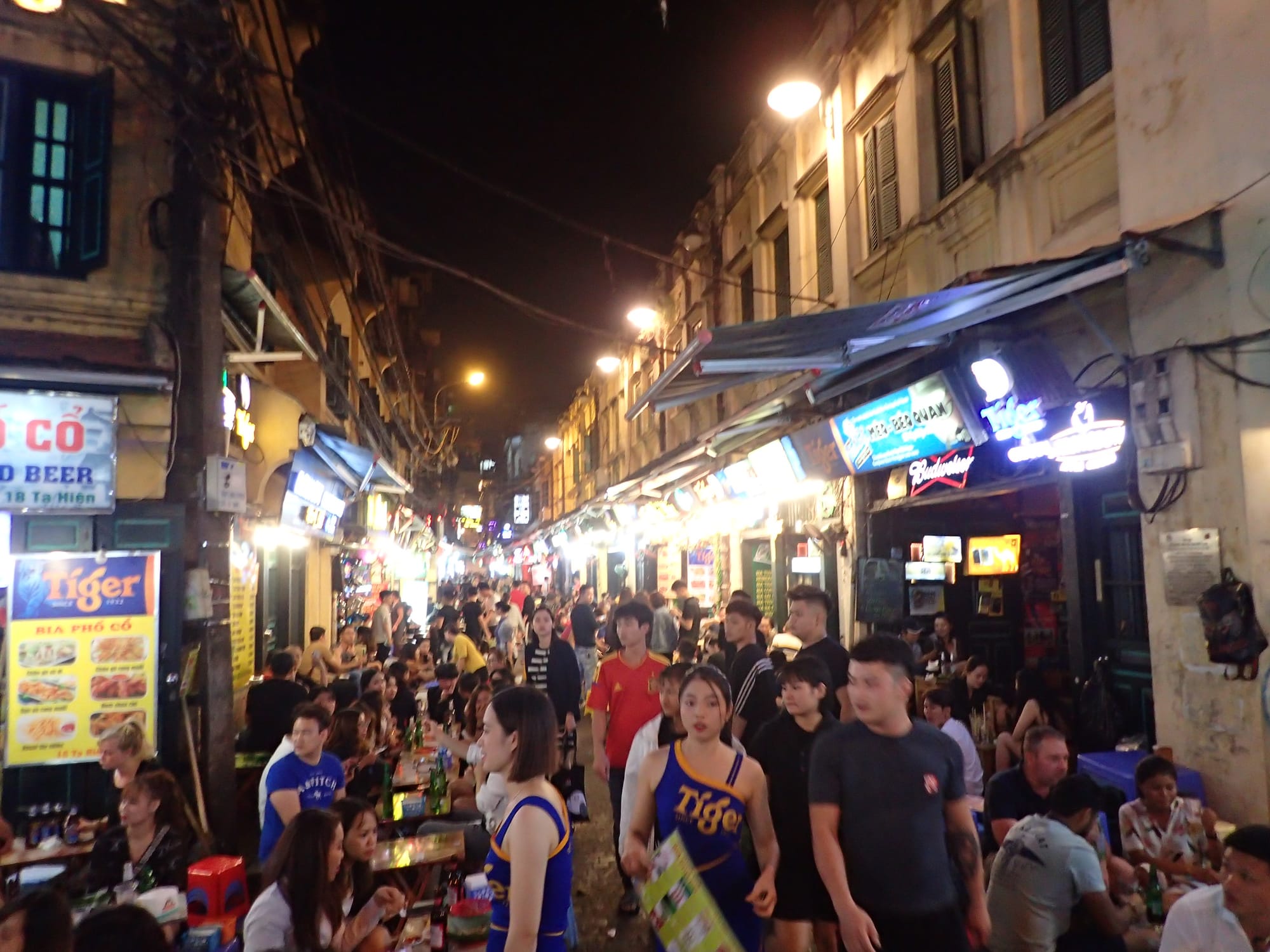
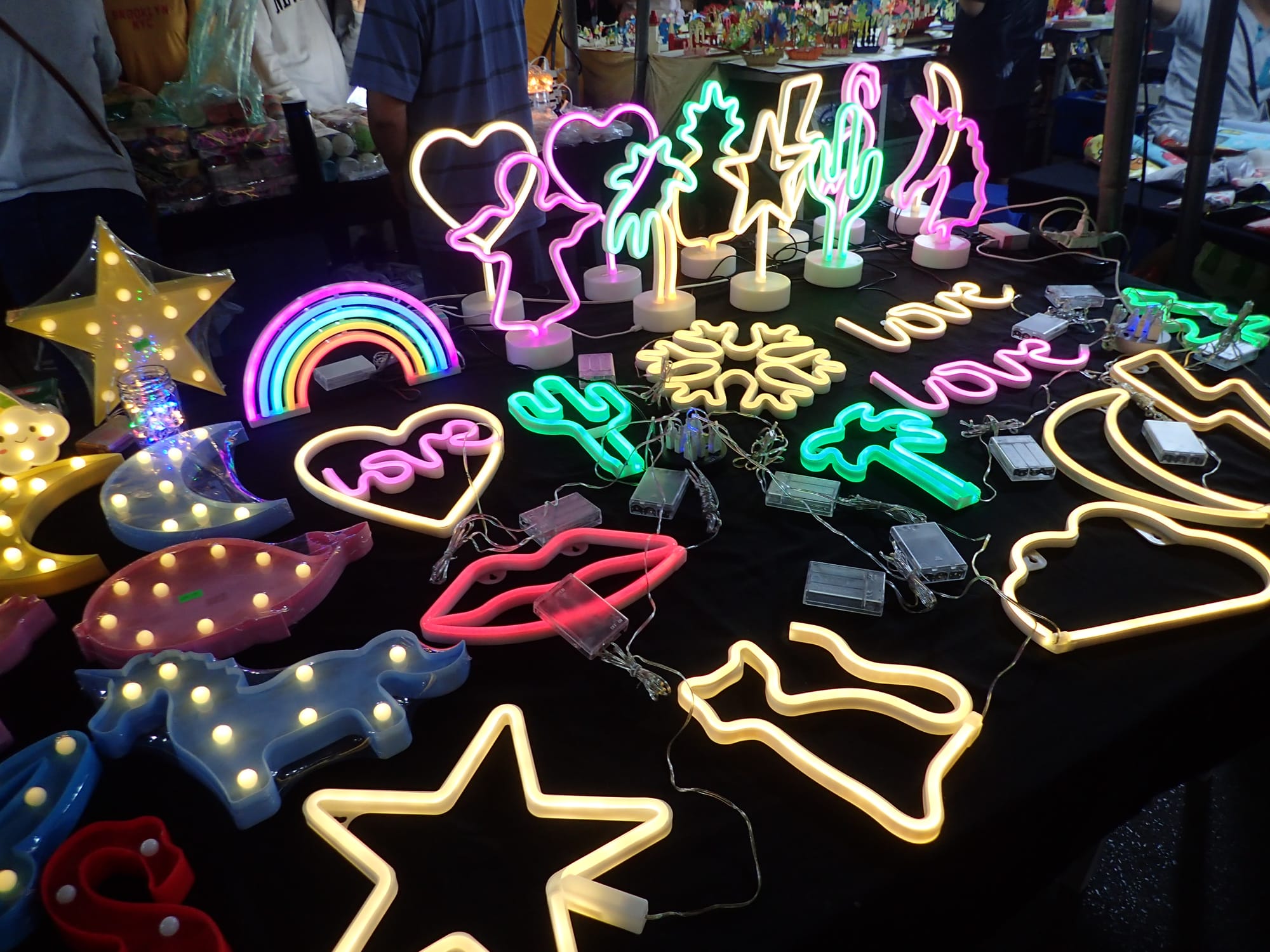
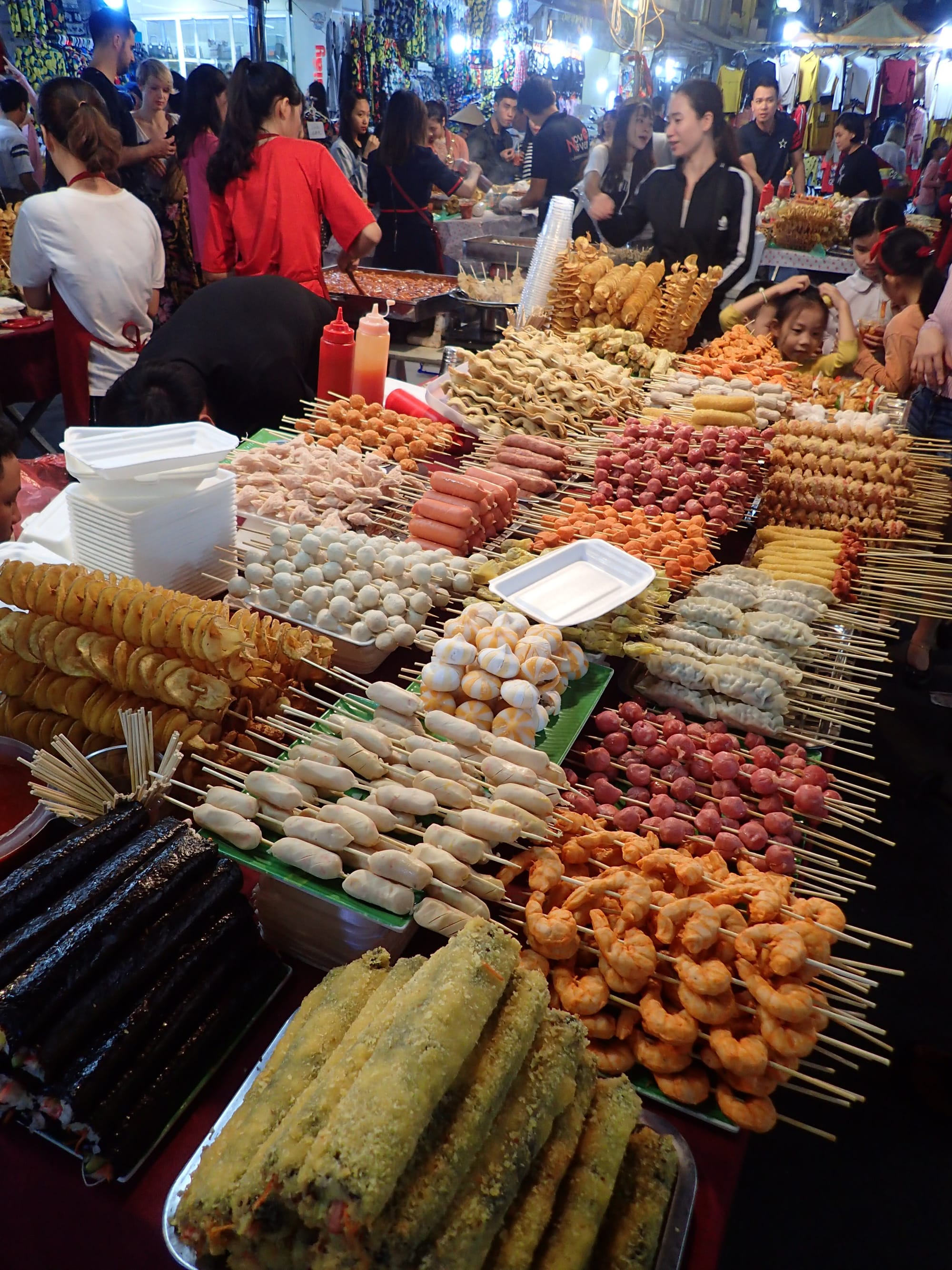
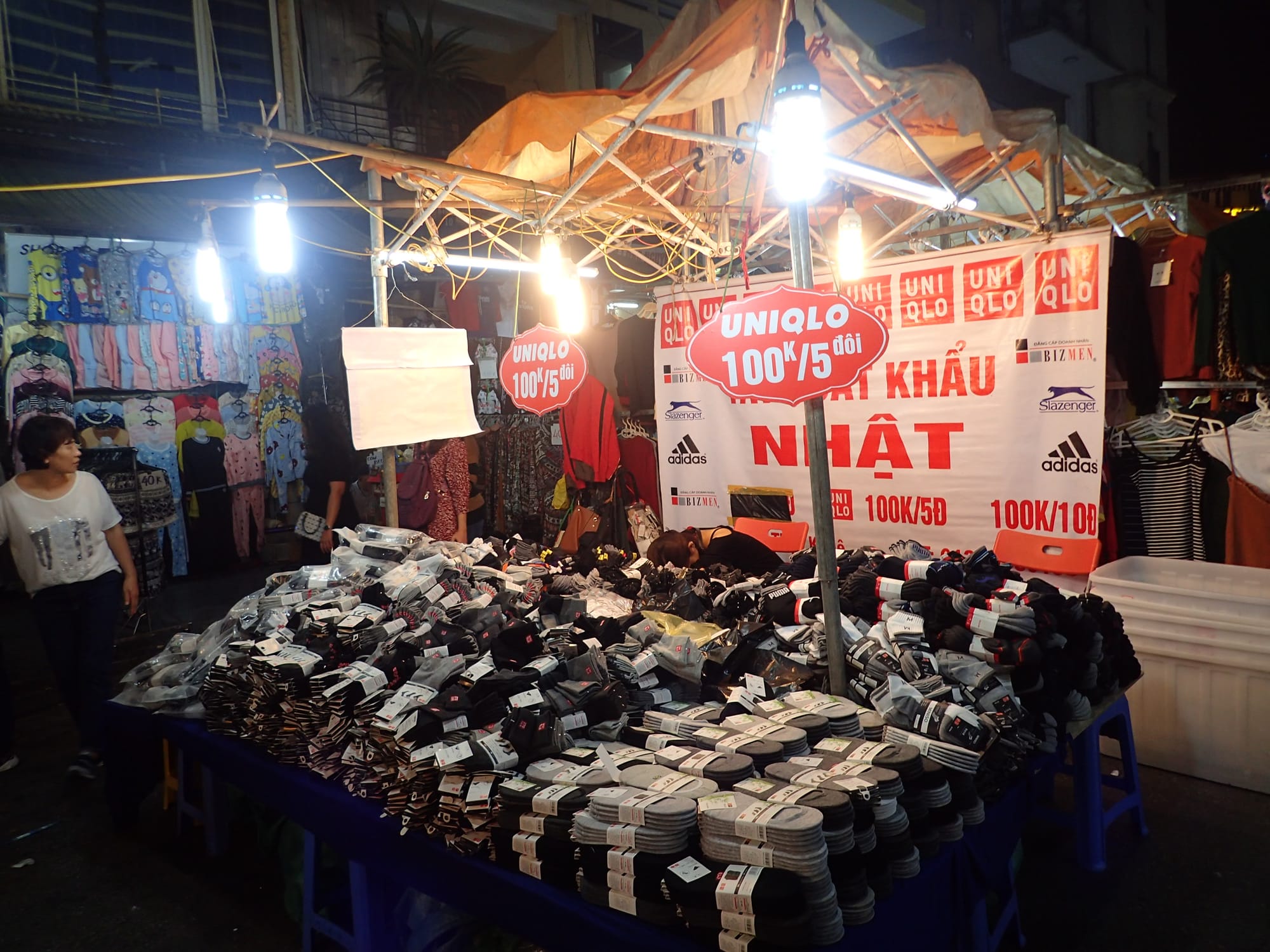
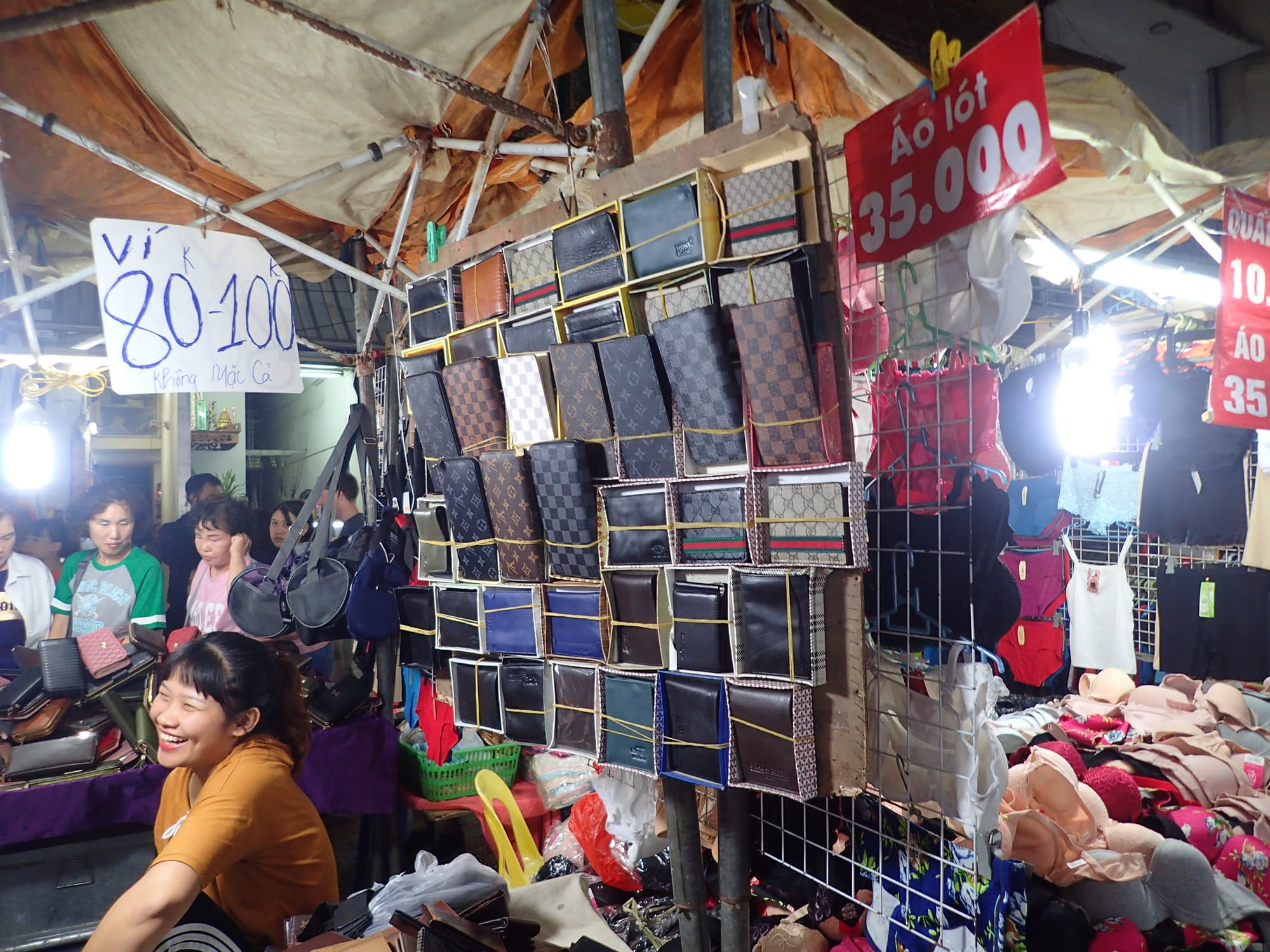
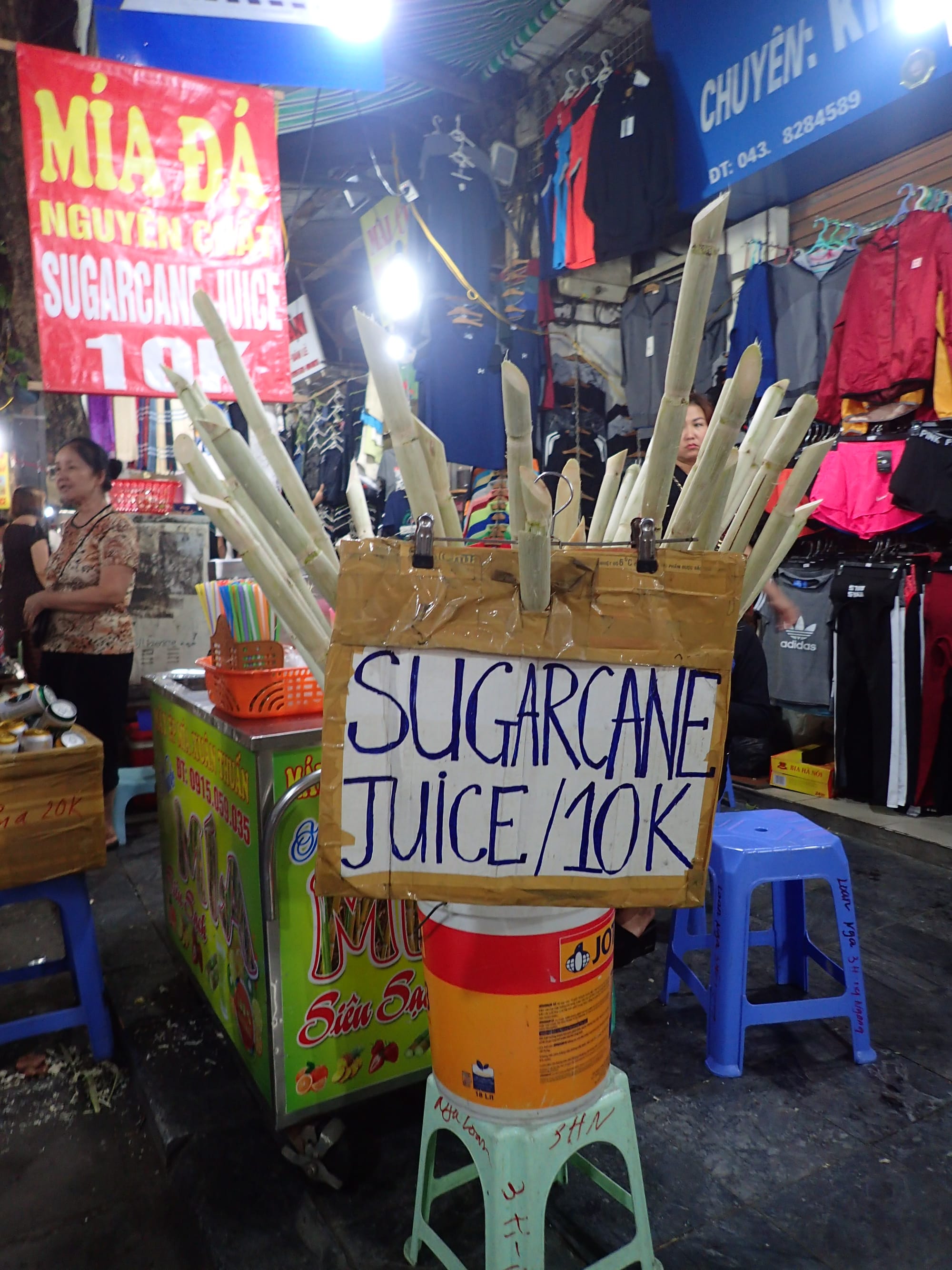
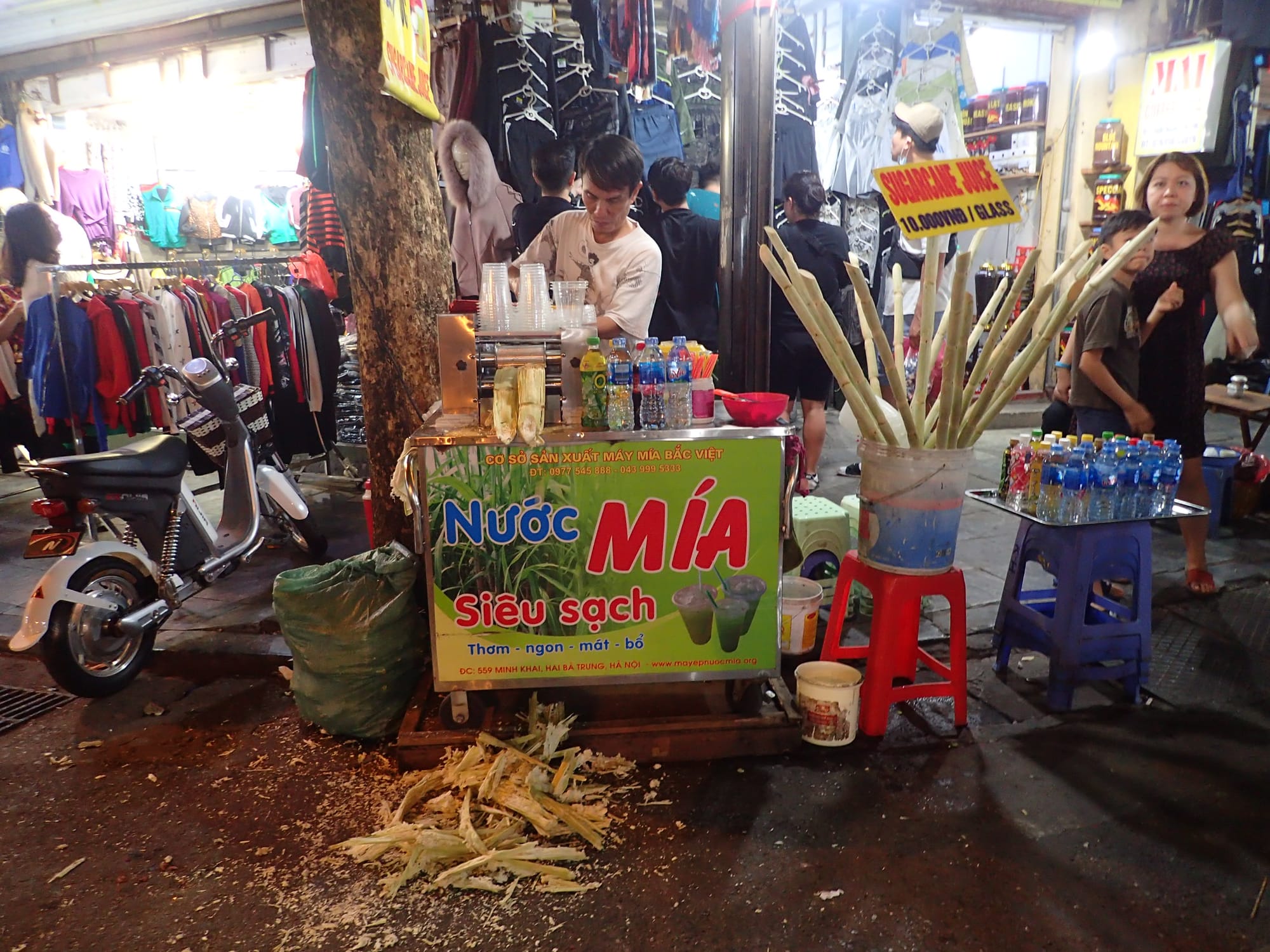
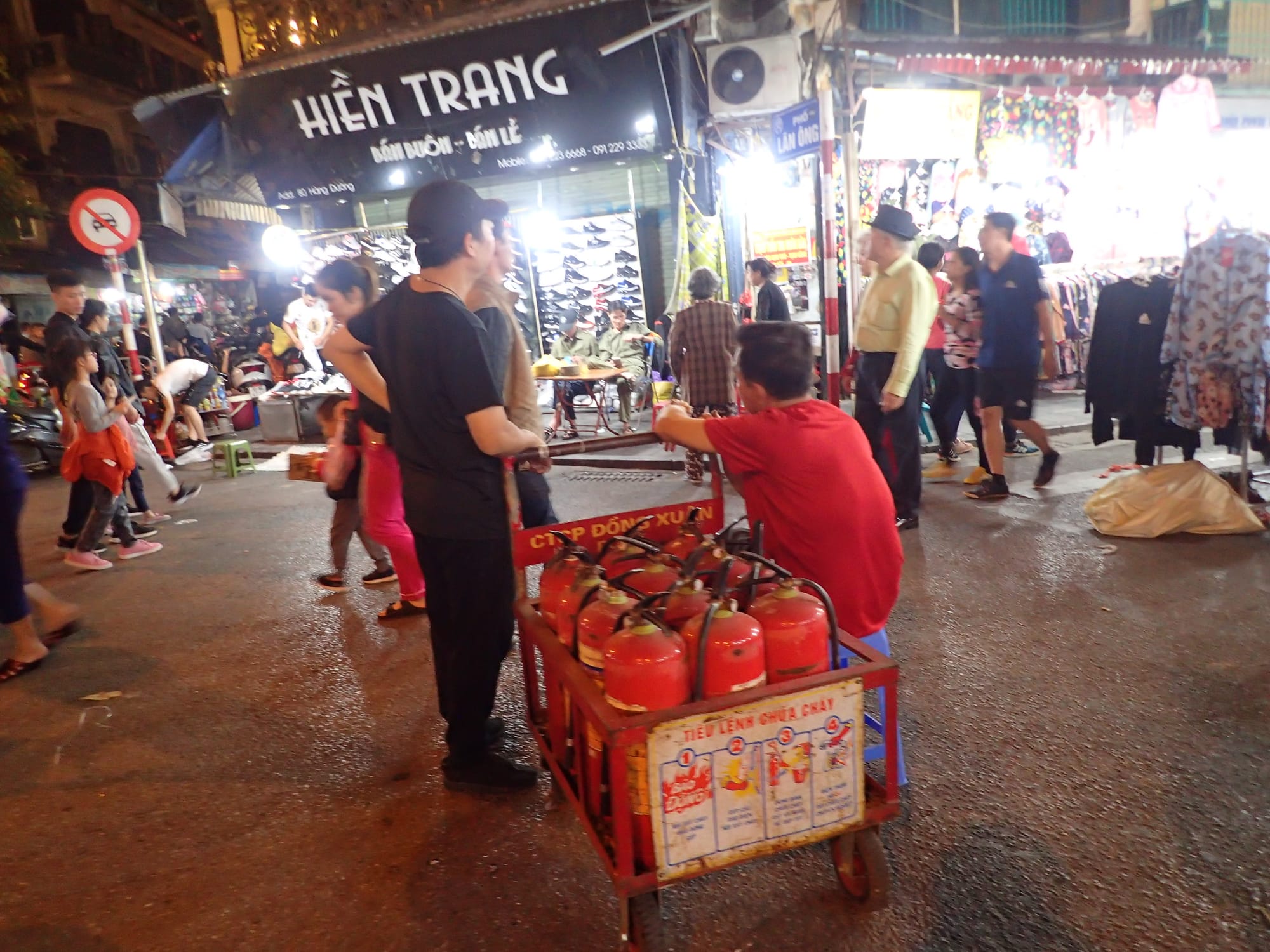
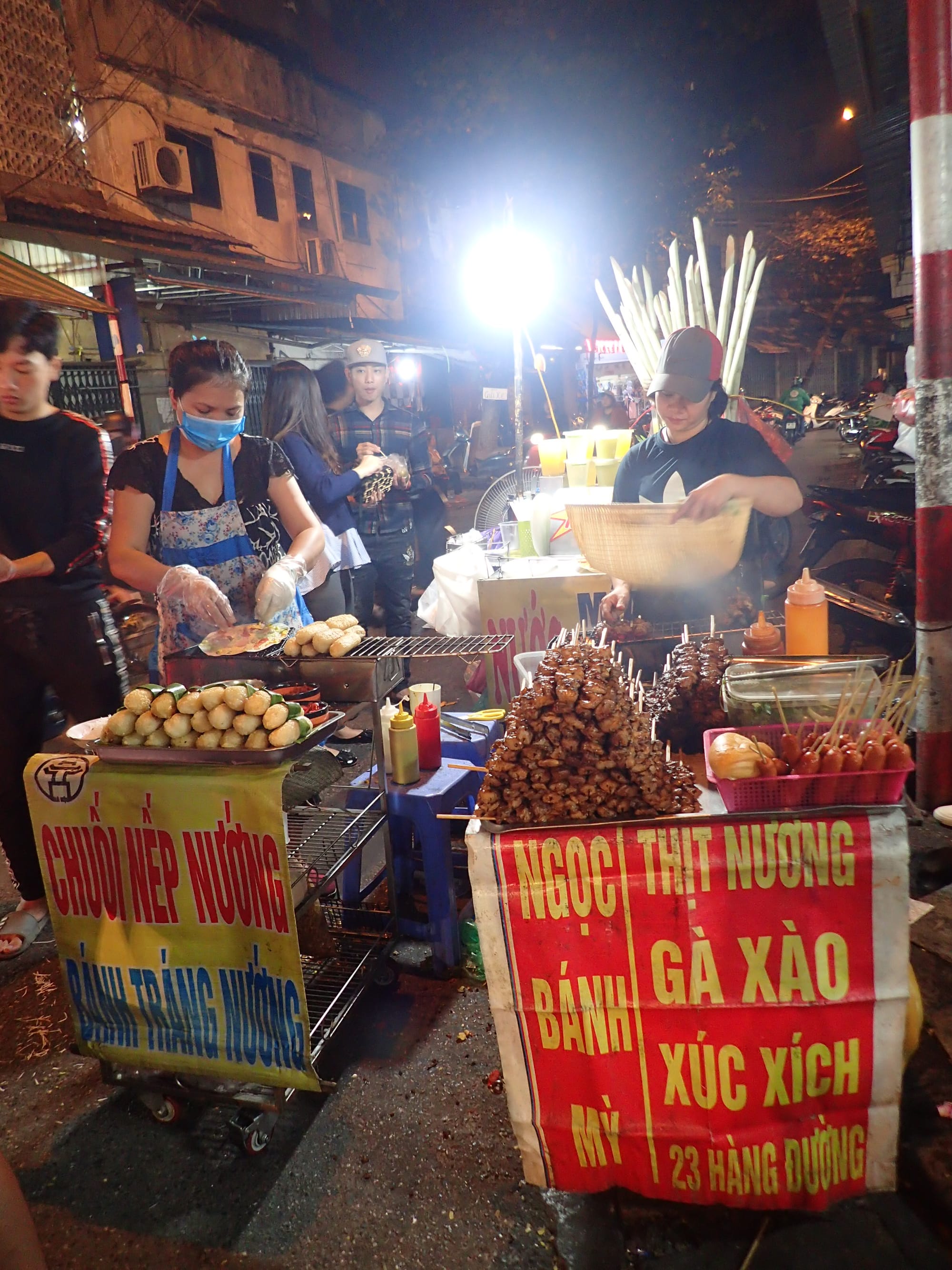
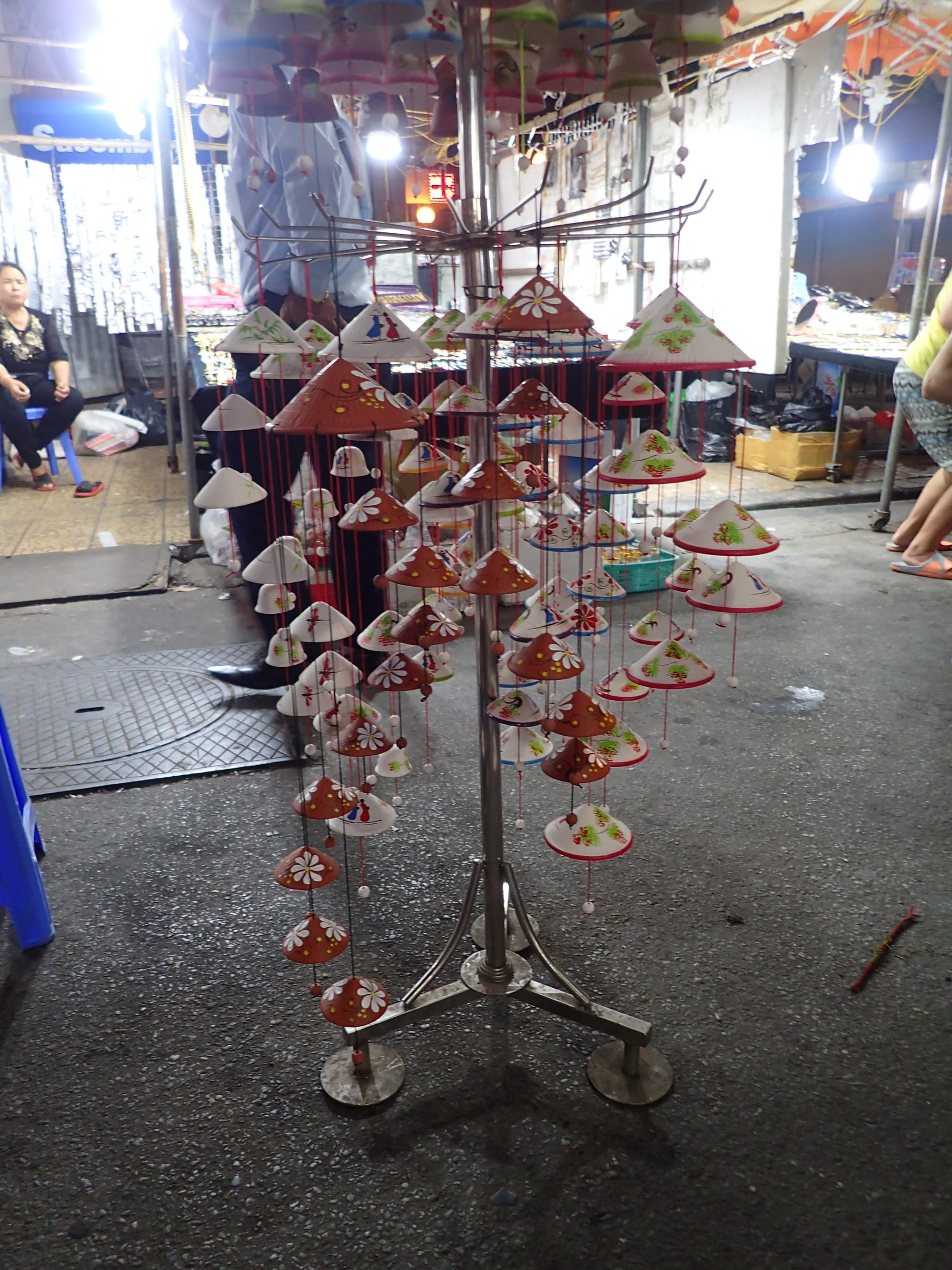
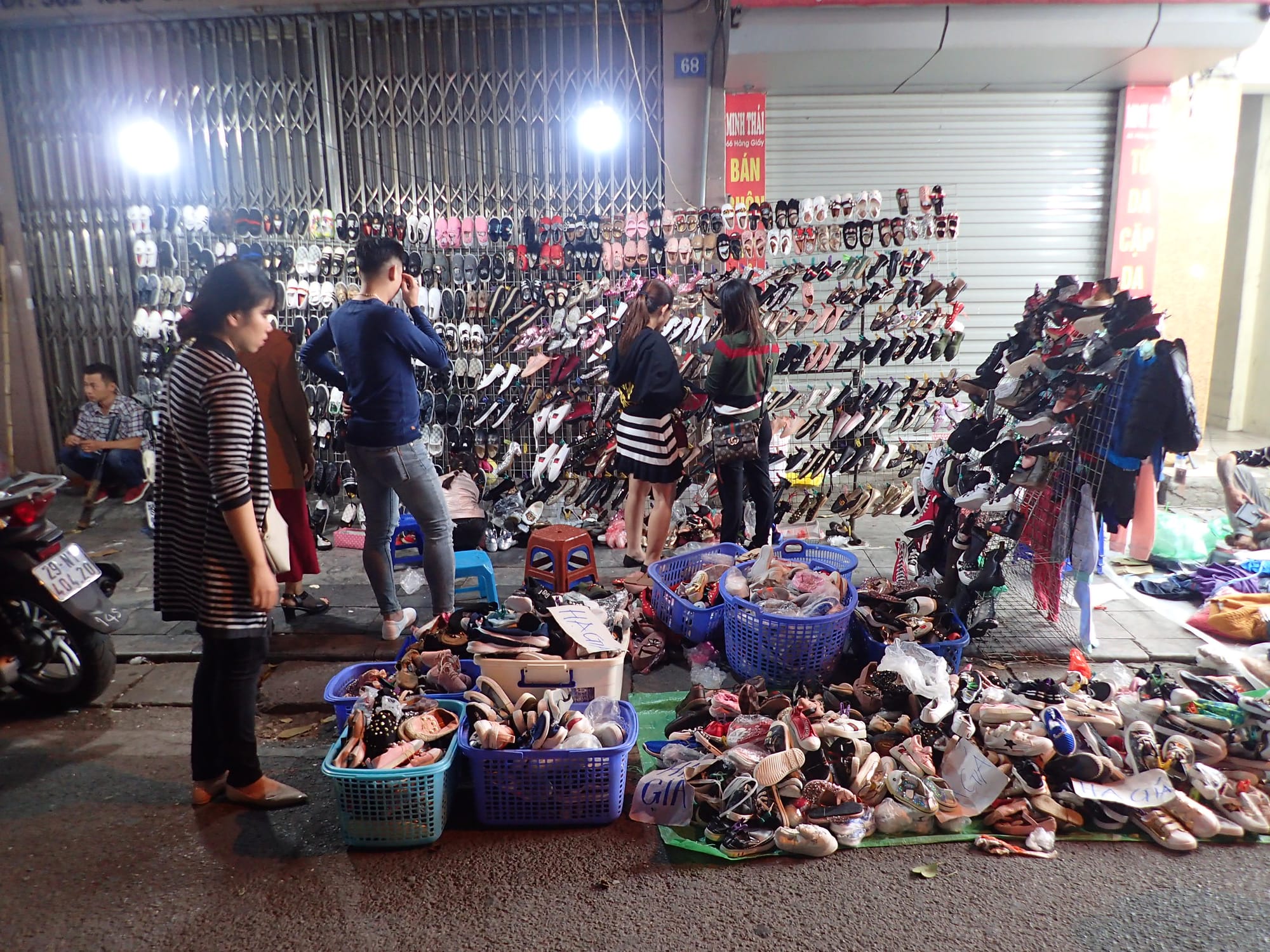

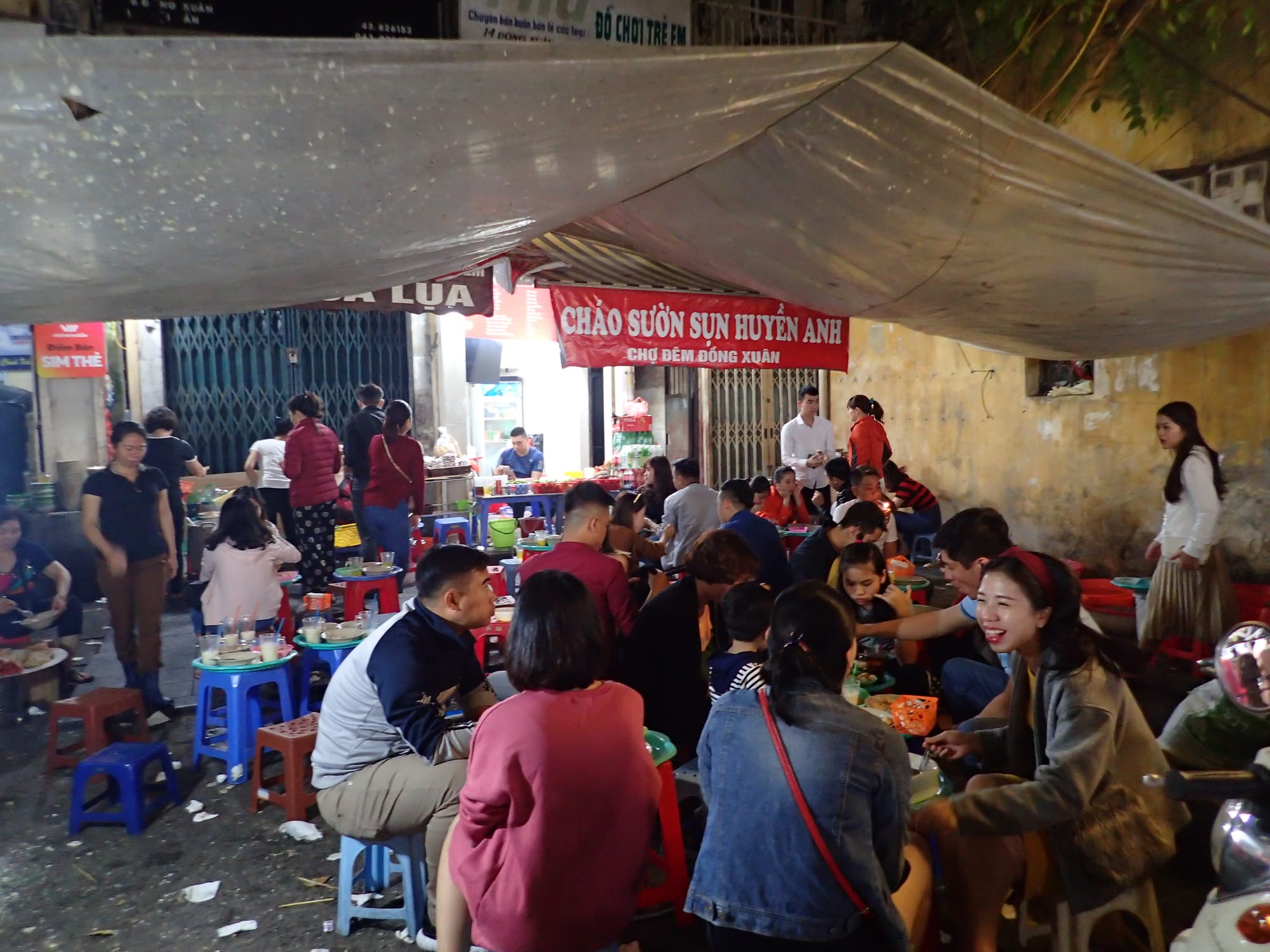
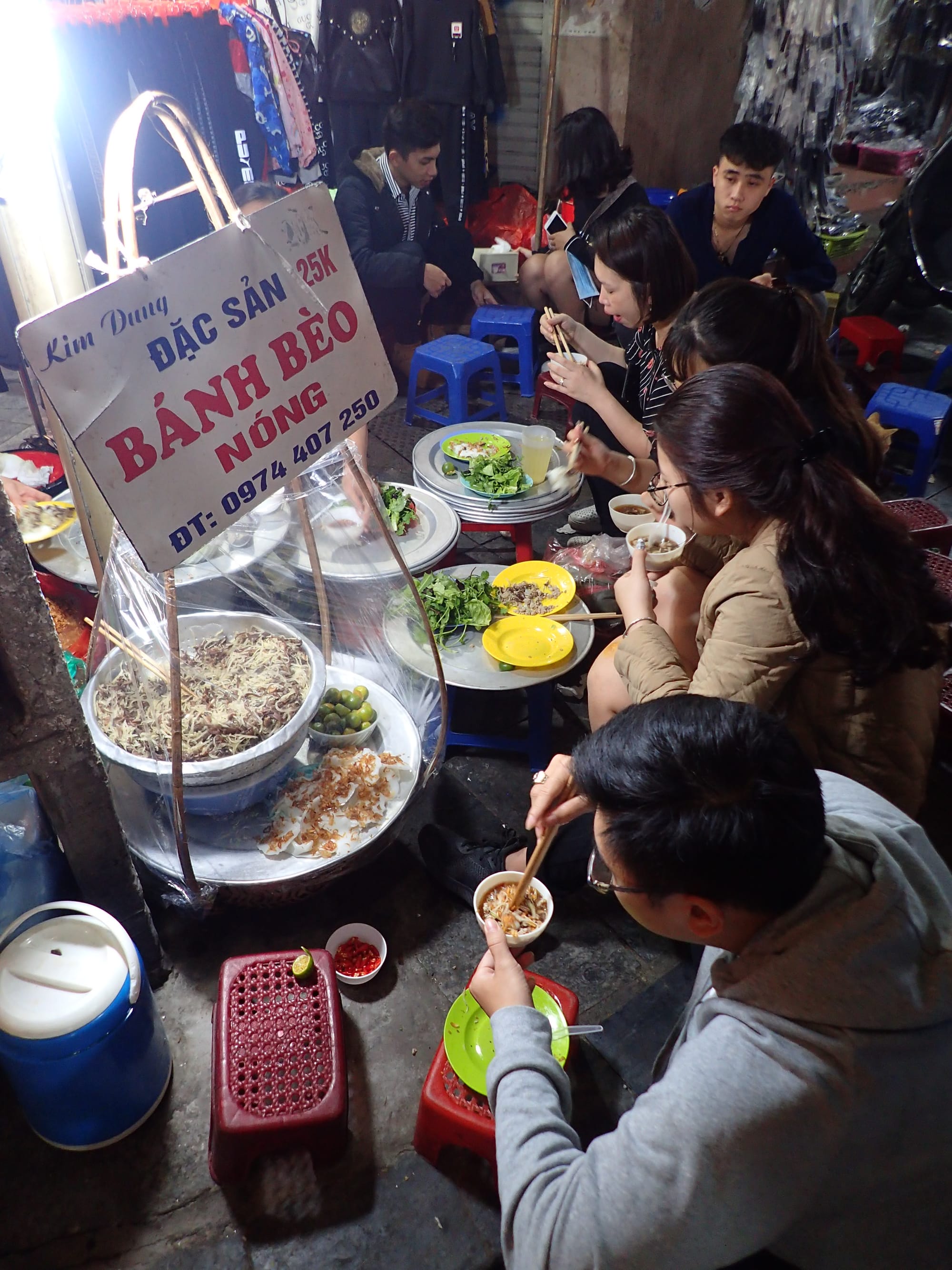
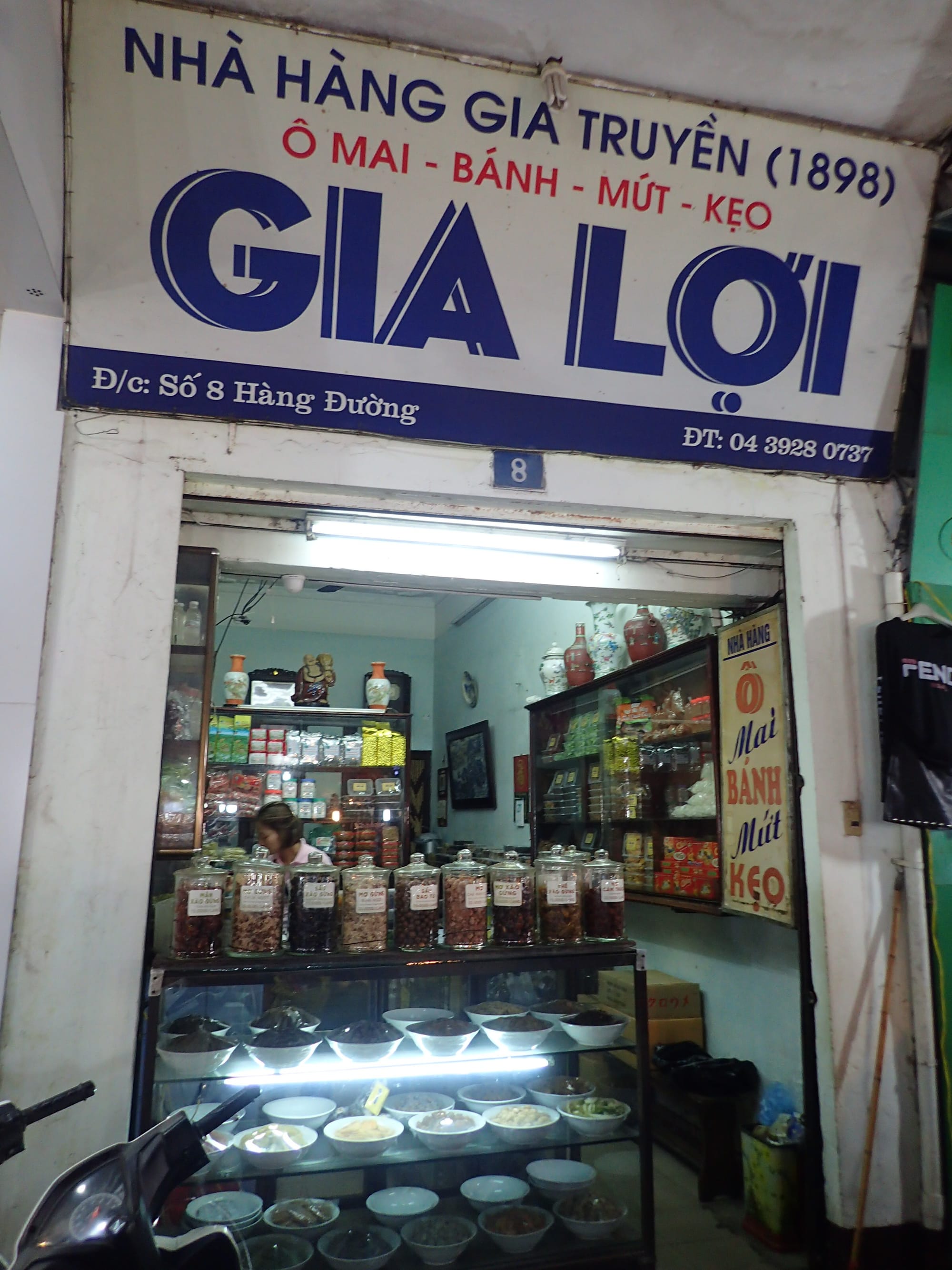
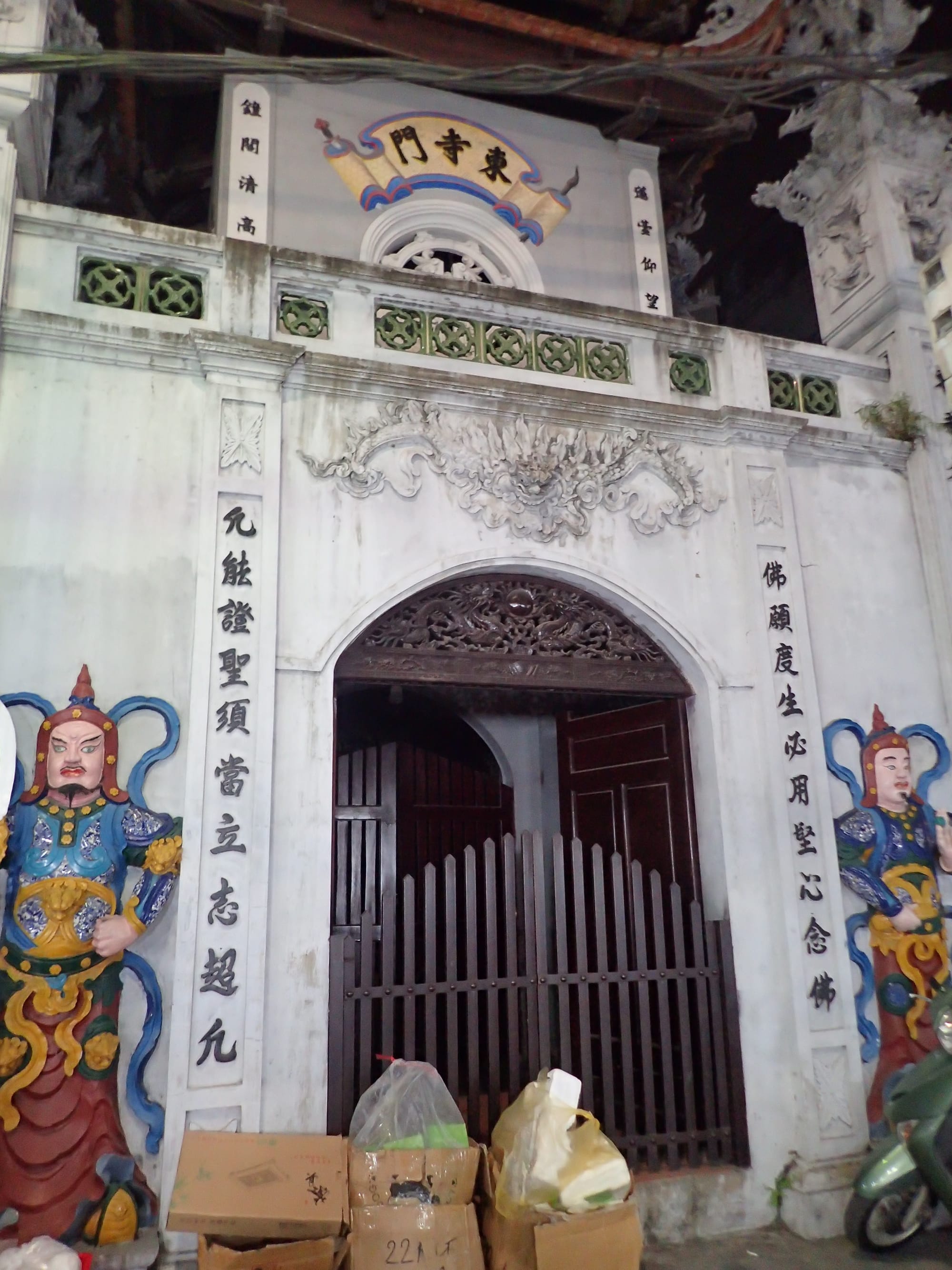
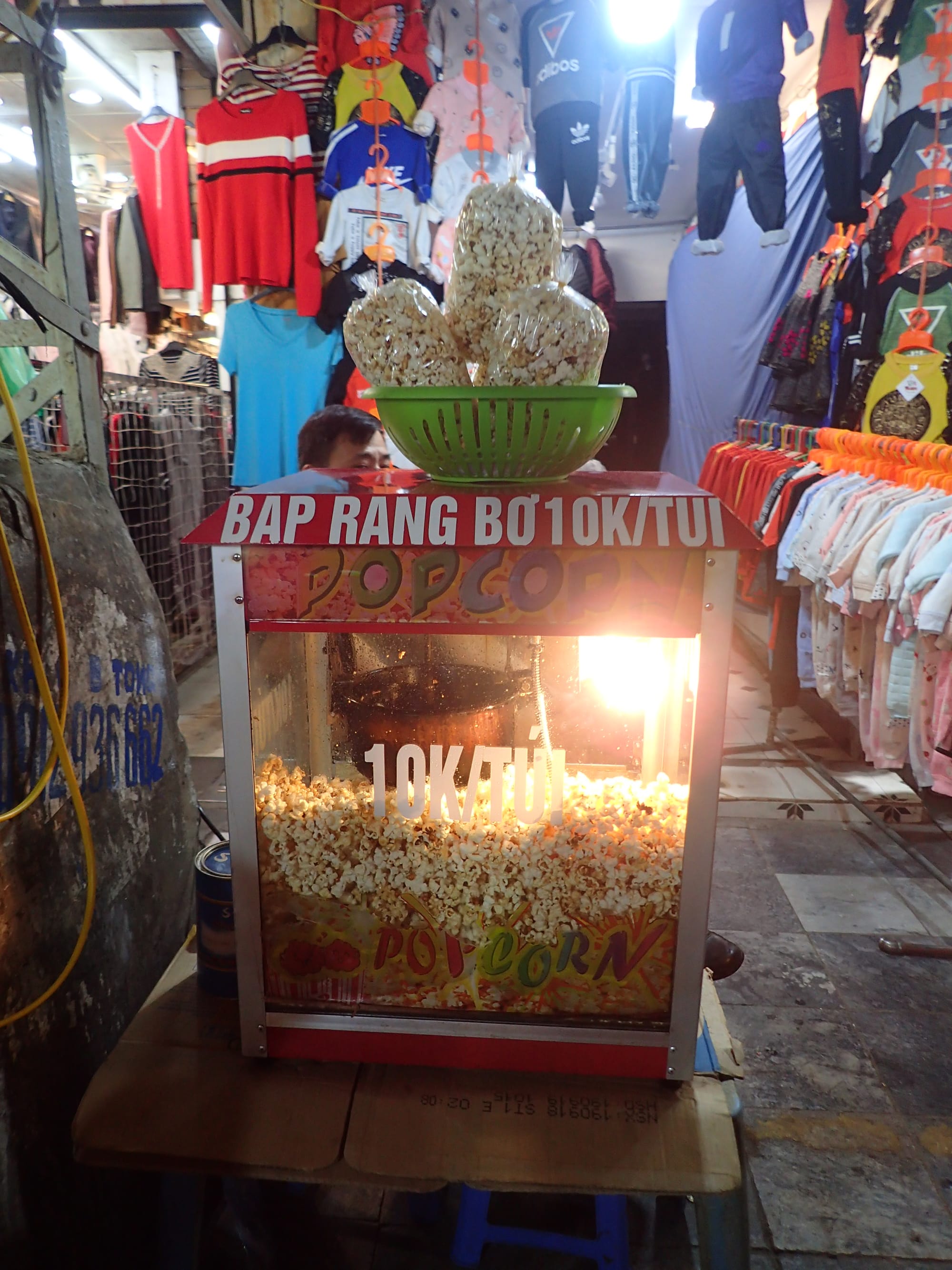
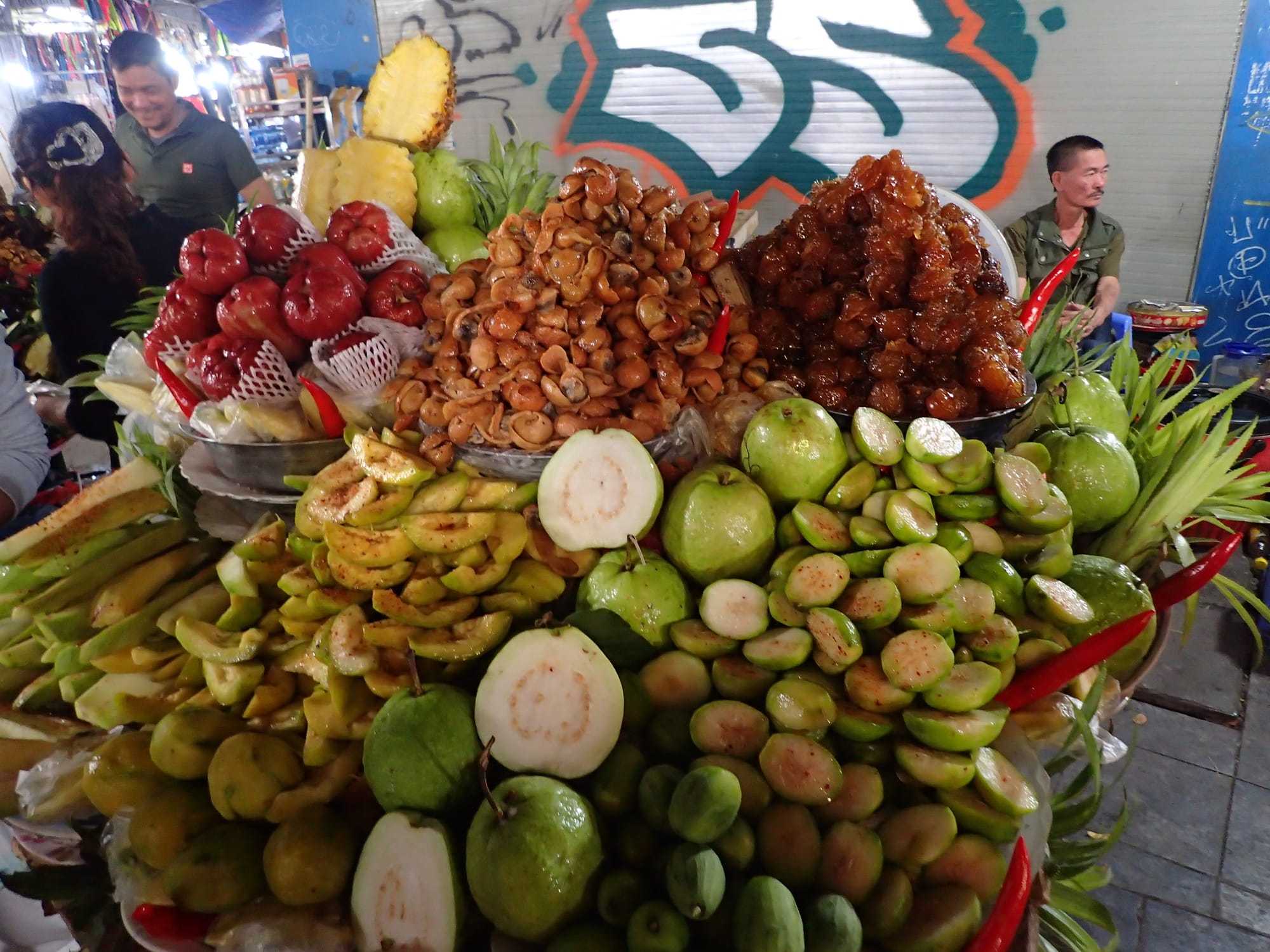
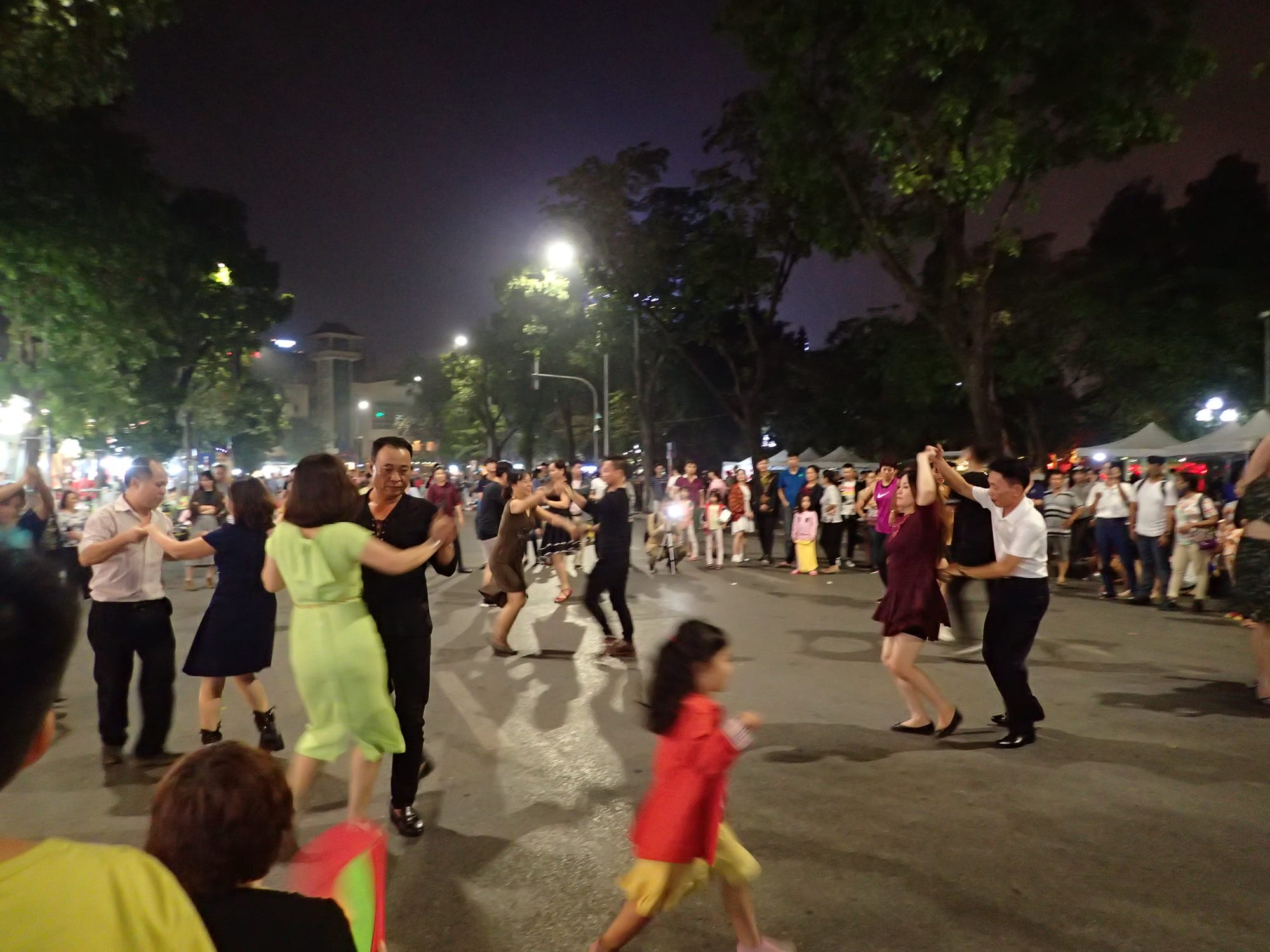
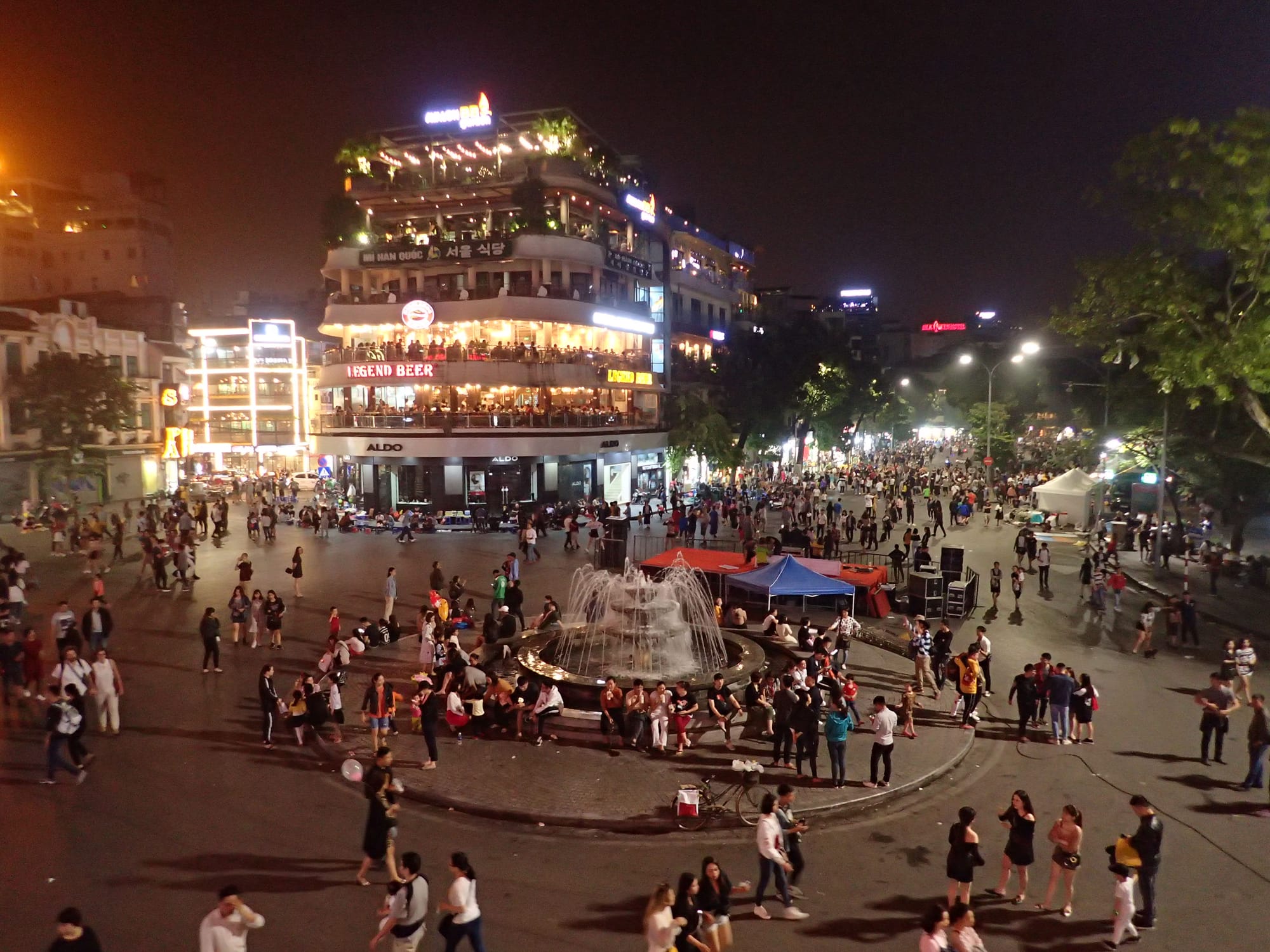
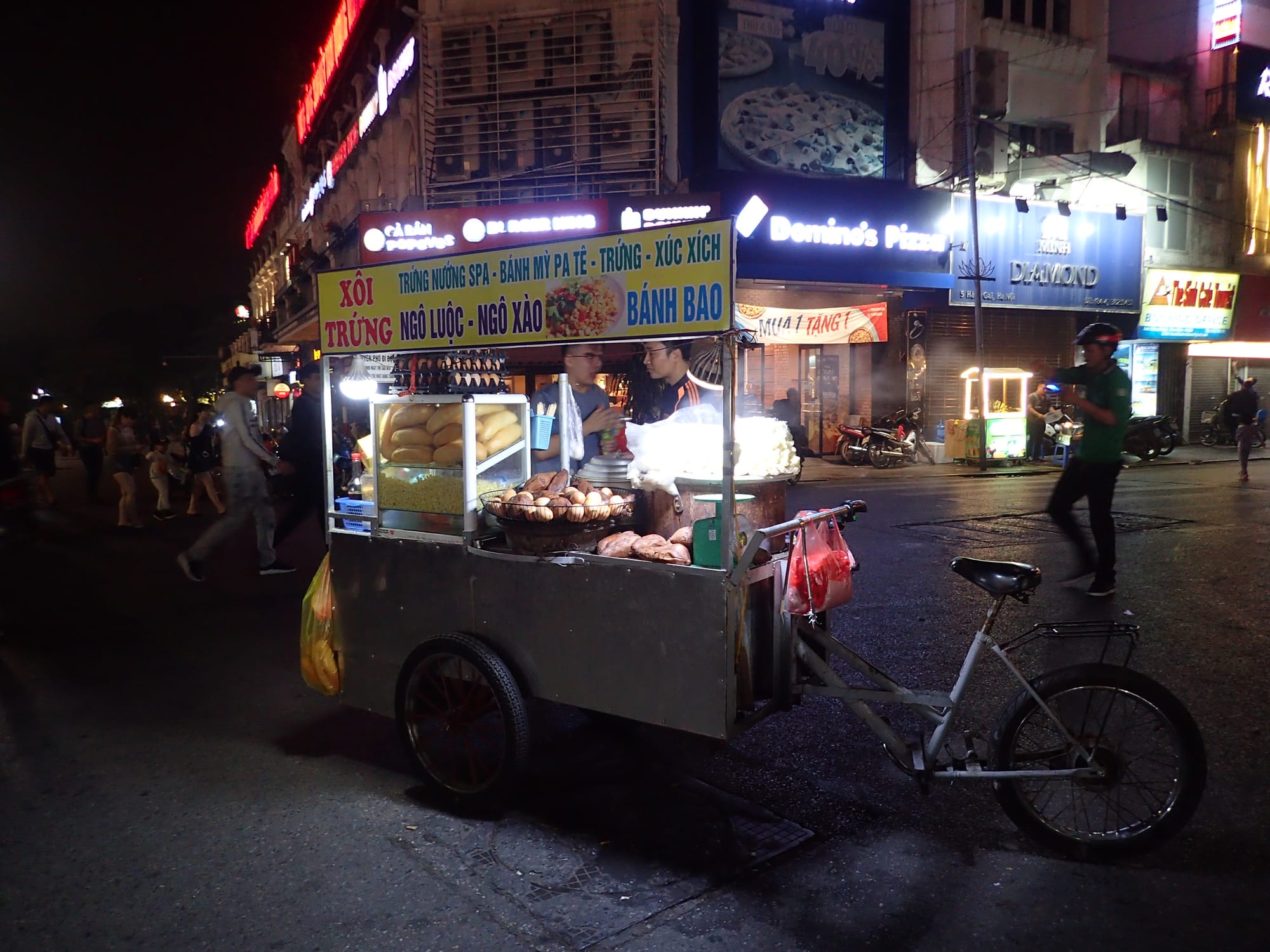
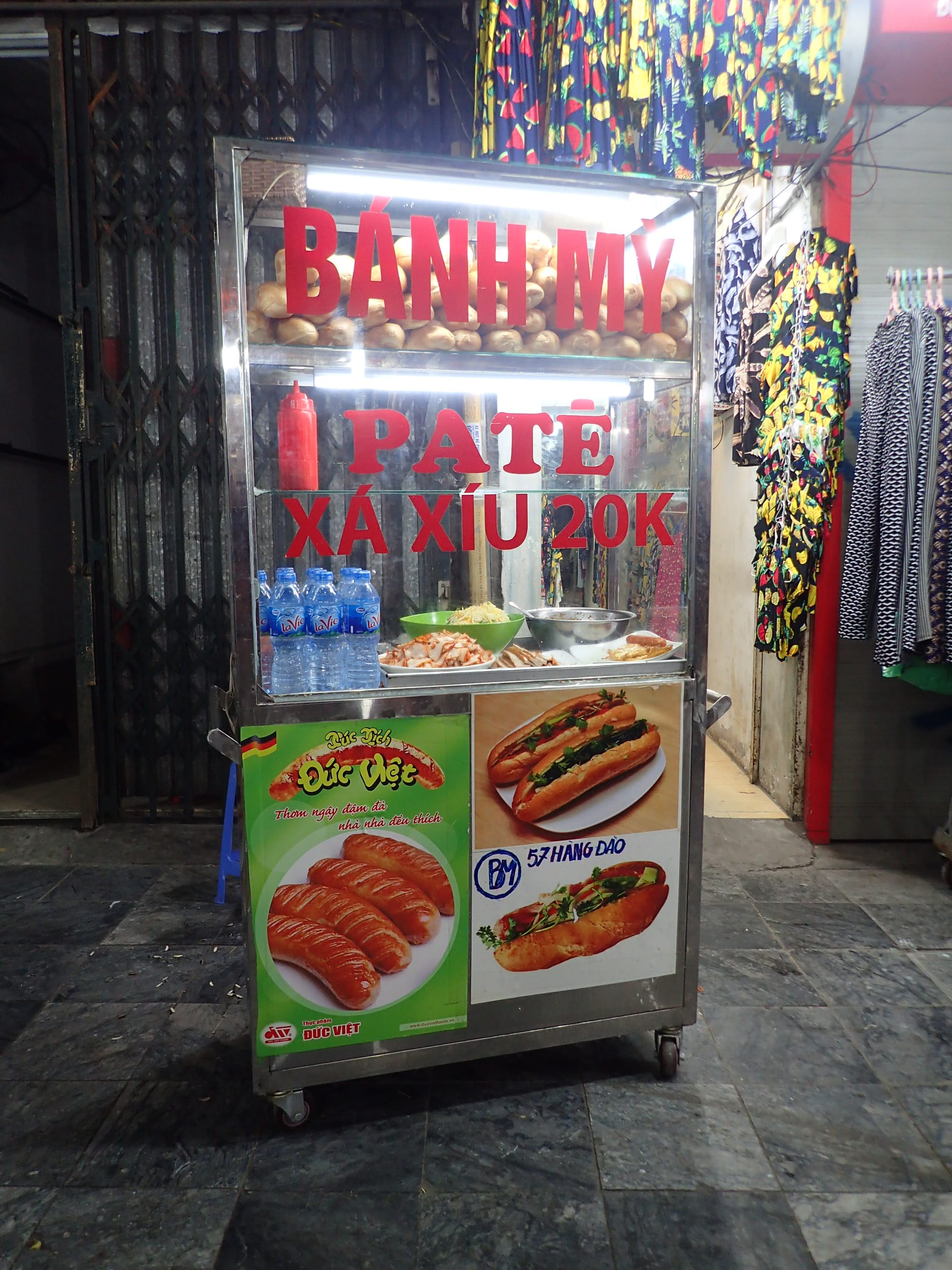
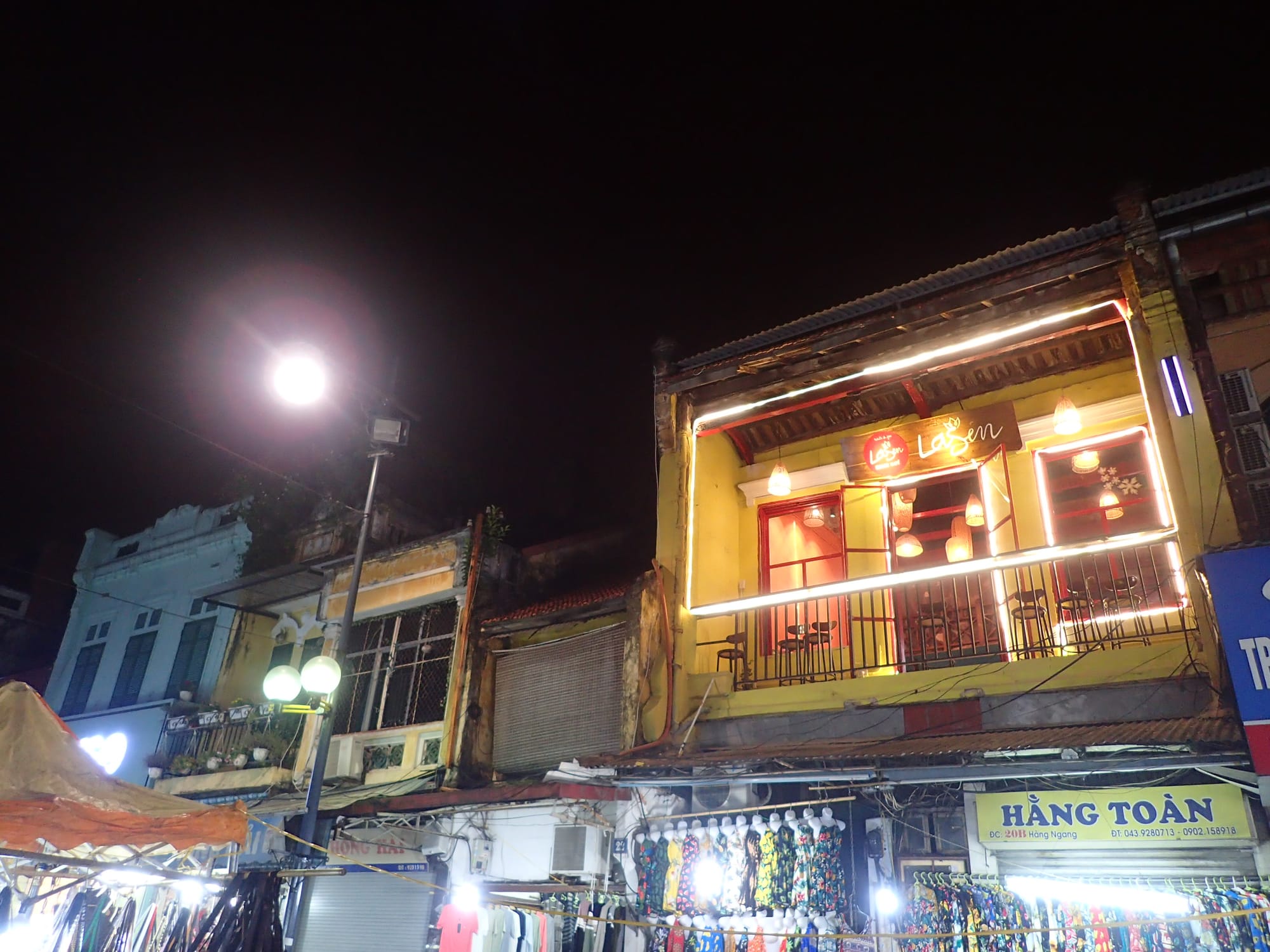
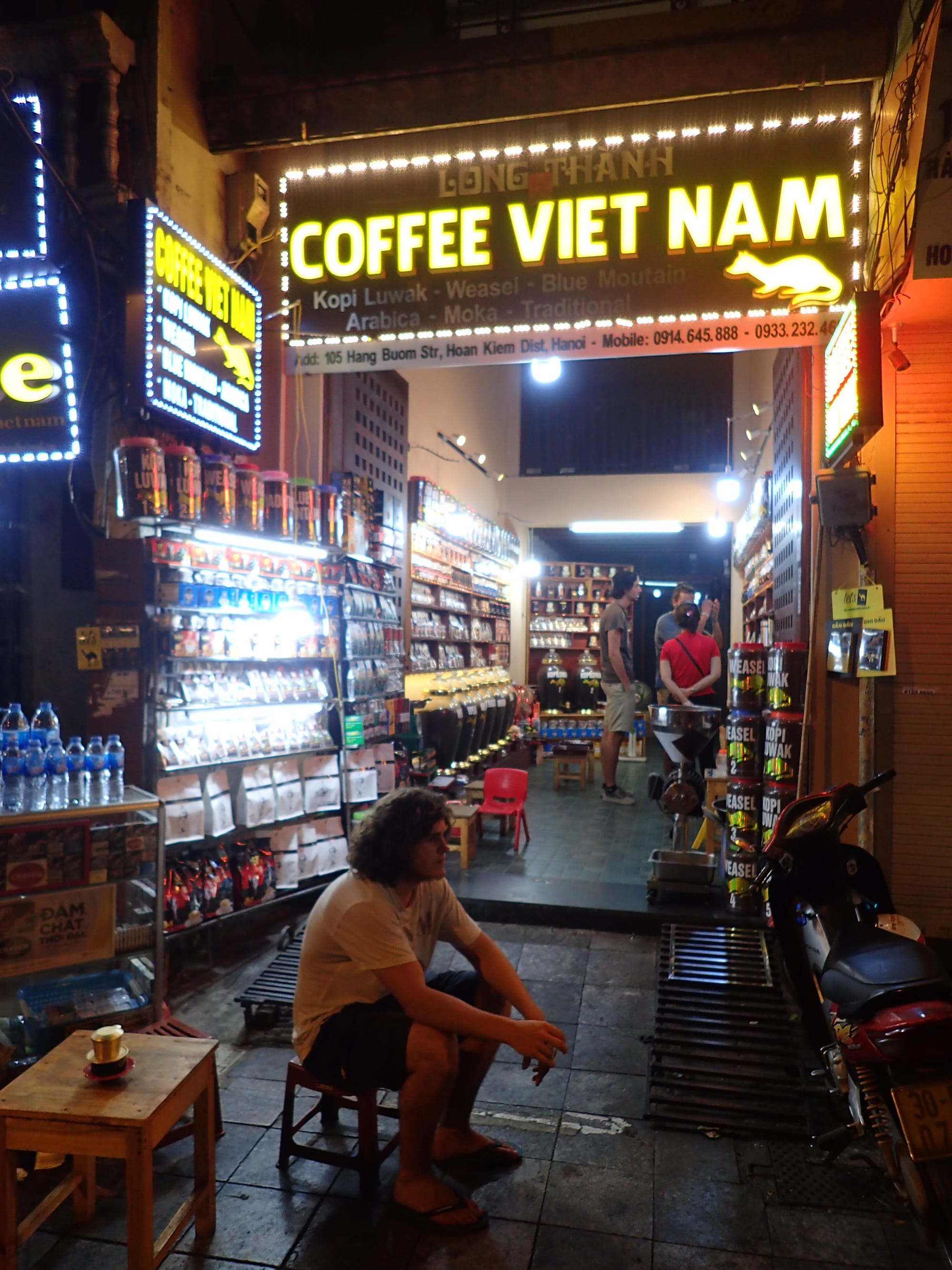
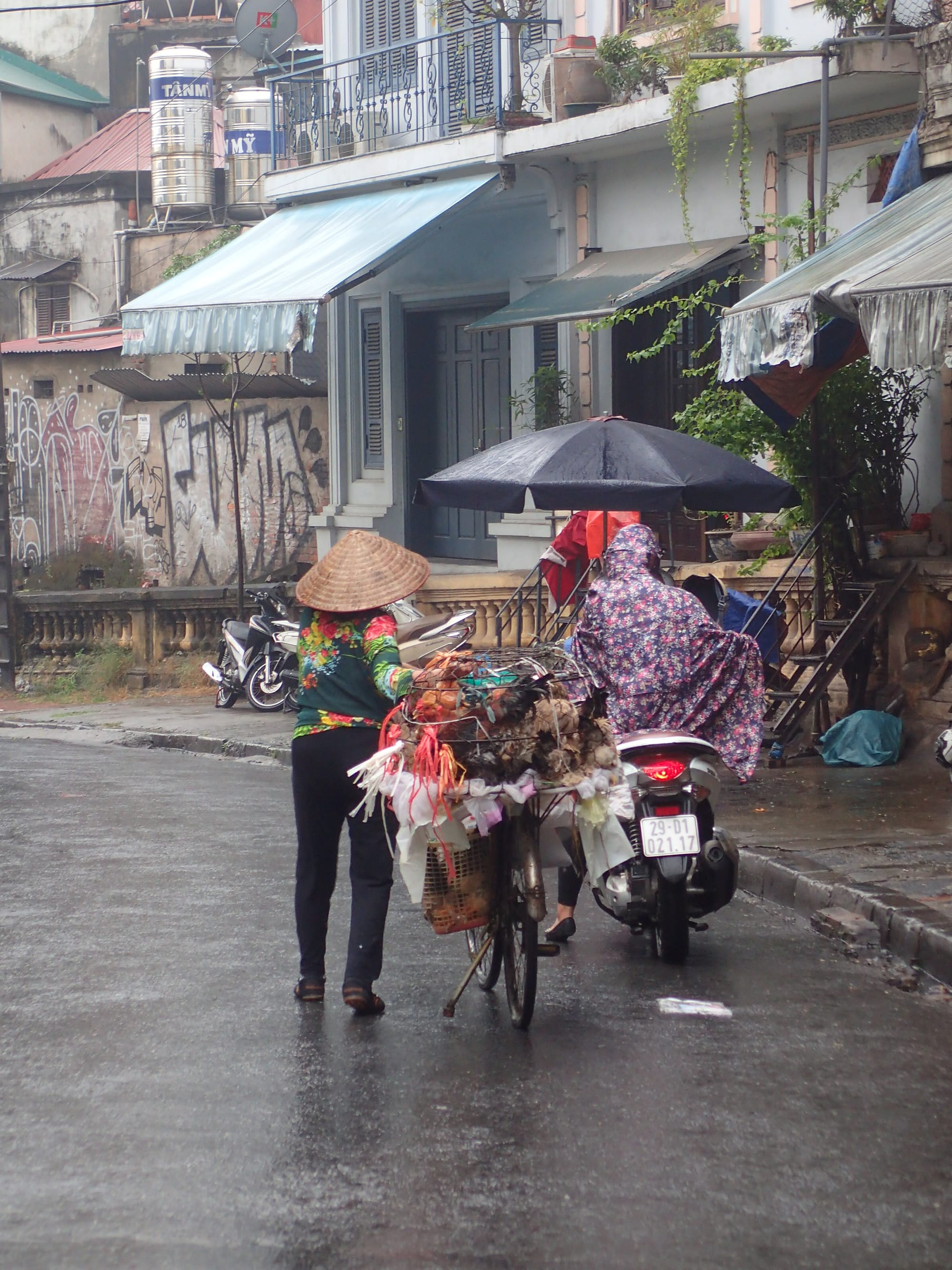
The Old Quarter is the pulsating heart of Hanoi and a timeless testament to Vietnam’s rich commercial history. It is an intoxicating maze of narrow streets, ancient houses and ceaseless activity, offering an unfiltered glimpse into traditional Vietnamese urban life.
For centuries, the Old Quarter was a hub of commerce, with each street traditionally specialising in a particular trade or craft. Though some have shifted, the spirit of the '36 Streets' (actually more than 36 now) endures. You will still find streets dedicated to shoes (Hàng Dầu), silk (Hàng Gai) and silver (Hàng Bạc) and traditional medicines, among countless others. This historic division gave the area its unique character and made it a vital center of trade through various dynasties.
The Old Quarter is an exhilarating assault on the senses. Motorbikes weave through crowded lanes, vendors hawk their wares, the aroma of street food wafts from every corner and the chatter of daily life fills the air. It is chaotic, charming and utterly authentic. Ancient 'tube houses' which are narrow, deep buildings designed to minimise street frontage tax, line the streets, often with shopfronts downstairs and living quarters above.
In this vibrant district, street food truly comes alive. From piping hot bowls of phở and crispy bún chả to savory bánh cuốn and refreshing chè, every alley promises a delicious culinary adventure. If you visit on a weekend, don’t miss the bustling night market.
The Old Quarter is best explored on foot, allowing you to absorb its unique atmosphere. While it can feel overwhelming at first, embrace the chaos as it is part of its charm! Crossing streets requires courage and a steady pace, letting the motorbikes flow around you.
iseasywith.me Public Service Announcement
- On weekend evenings (Friday, Saturday and Sunday), many streets around Hoan Kiem Lake and within the Old Quarter are closed to traffic, transforming into a bustling pedestrian zone with street performances and markets.
- Stay Vigilant: Like any busy area, be mindful of your belongings.
- Embrace the chaos, go with the flow. It is part of the authentic Hanoi experience.
- Wear Comfortable Shoes as you will be doing a lot of walking.
Văn Miếu (Temple of Literature)
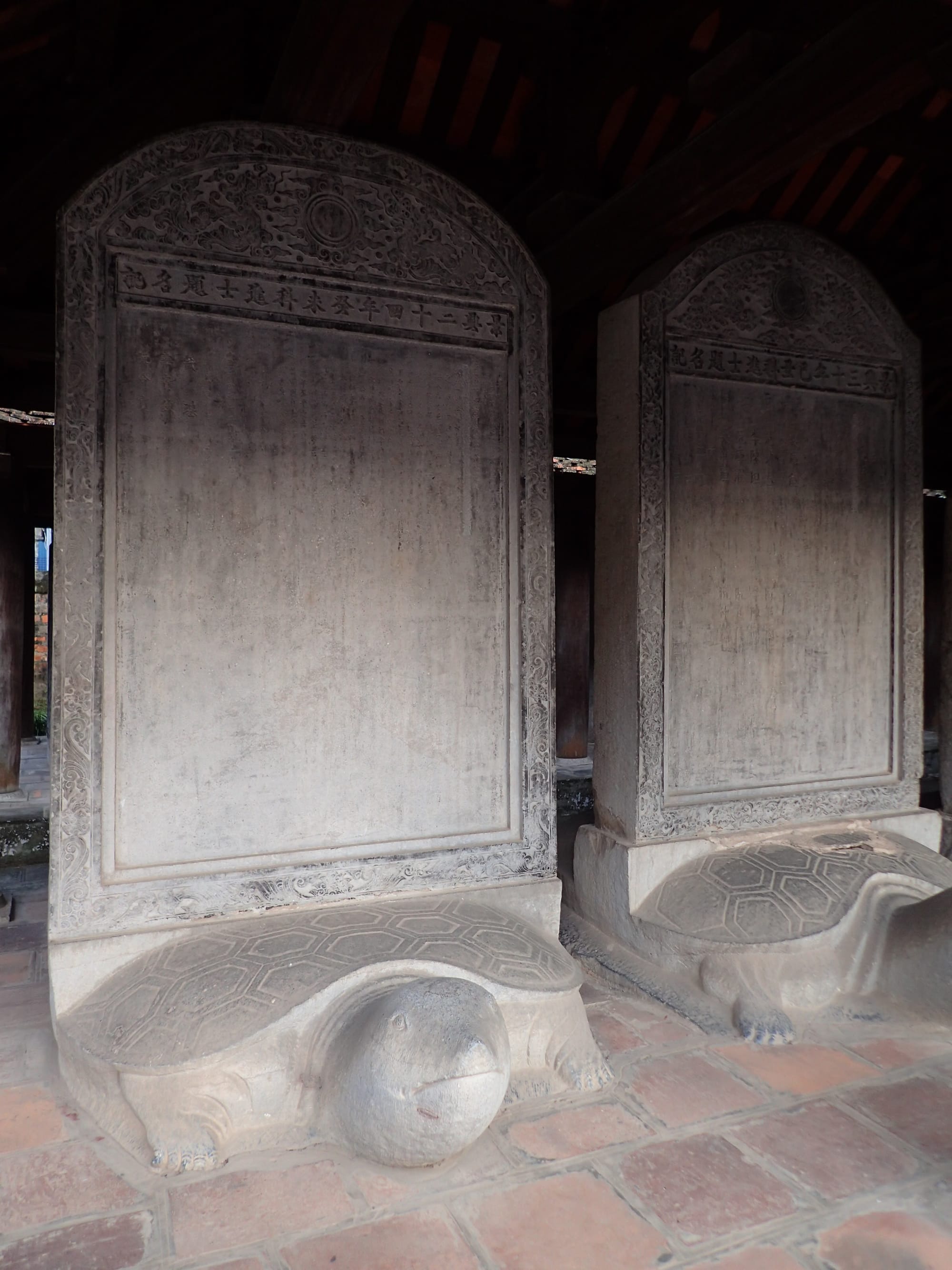
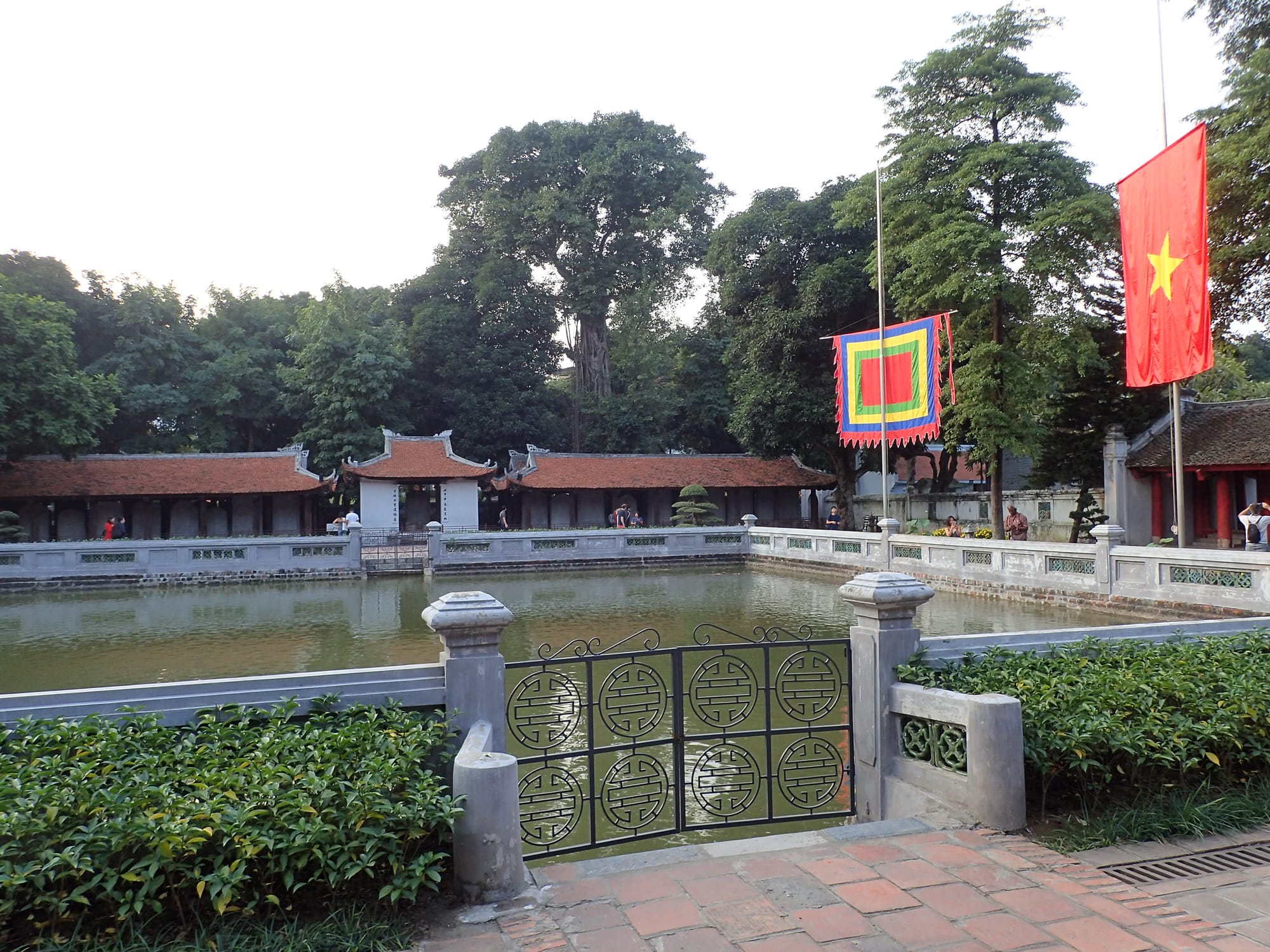
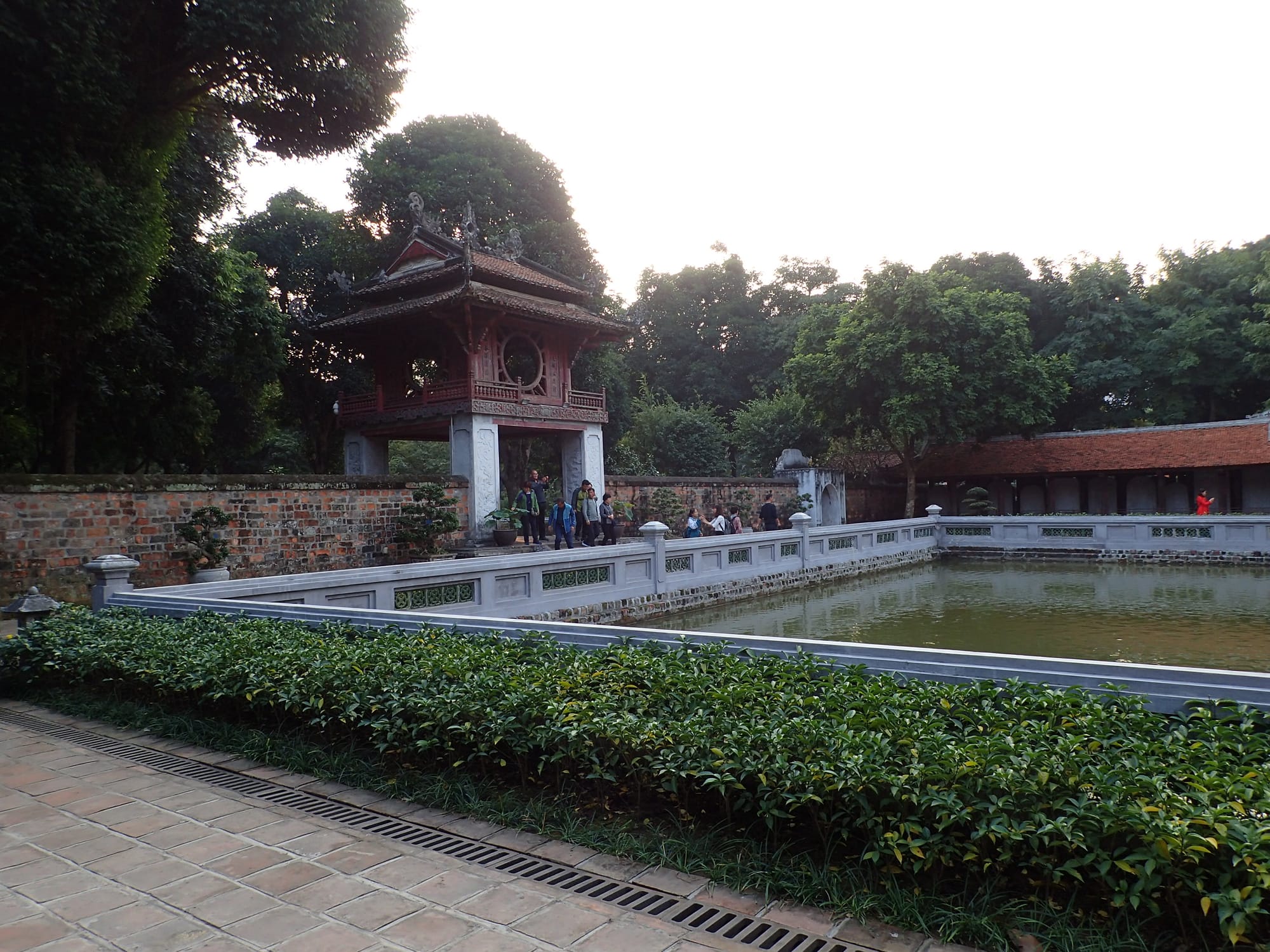
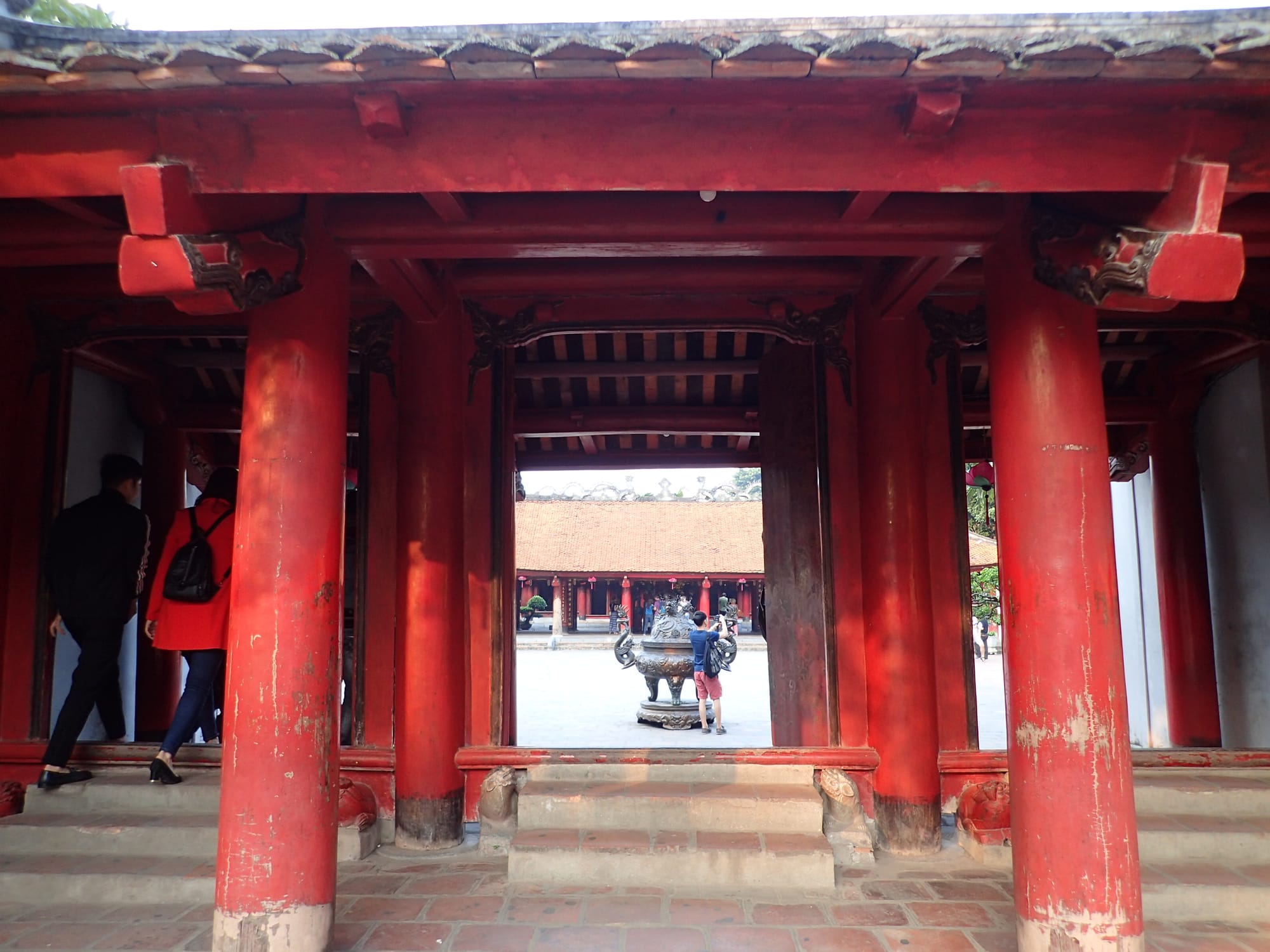
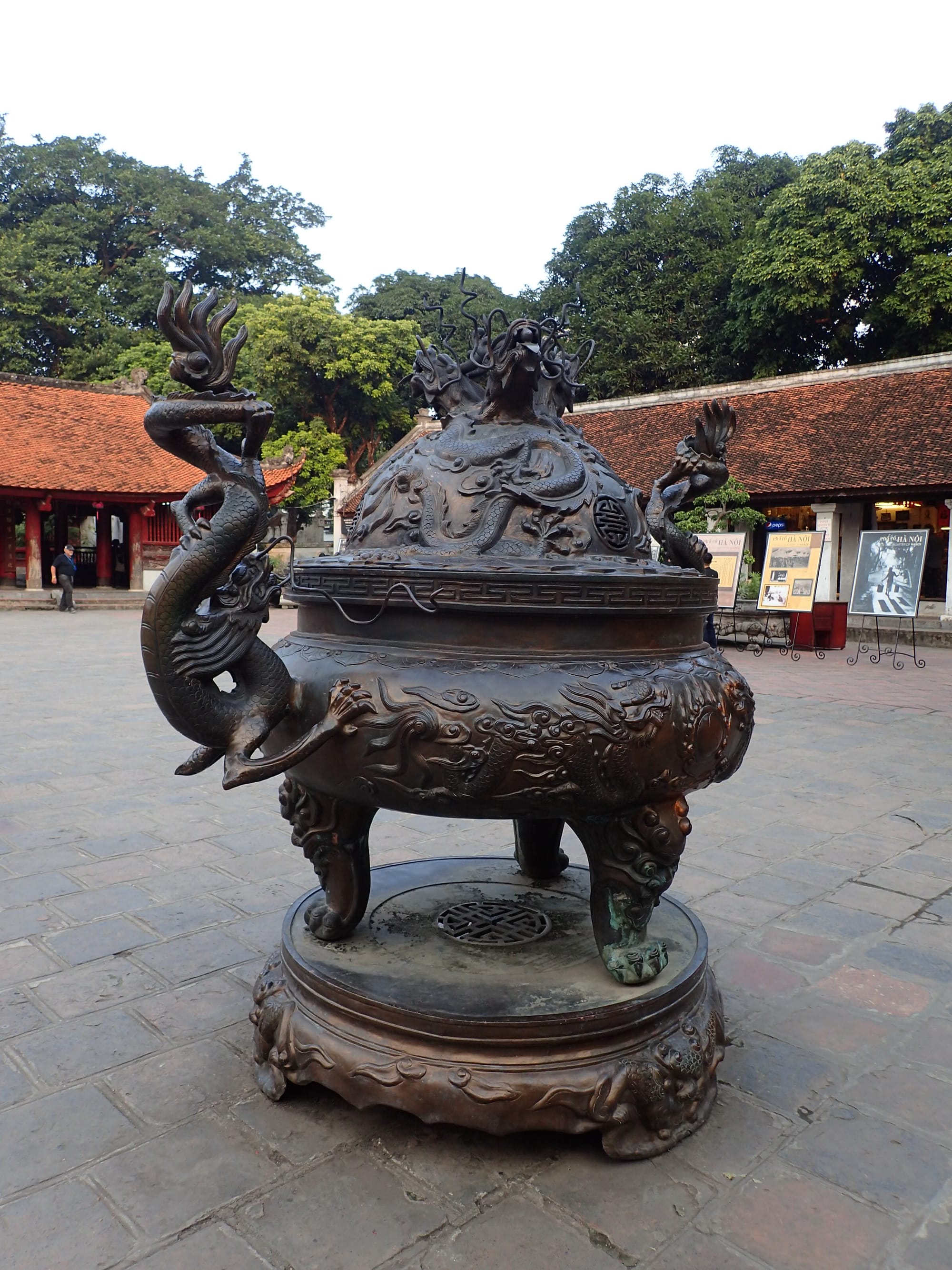
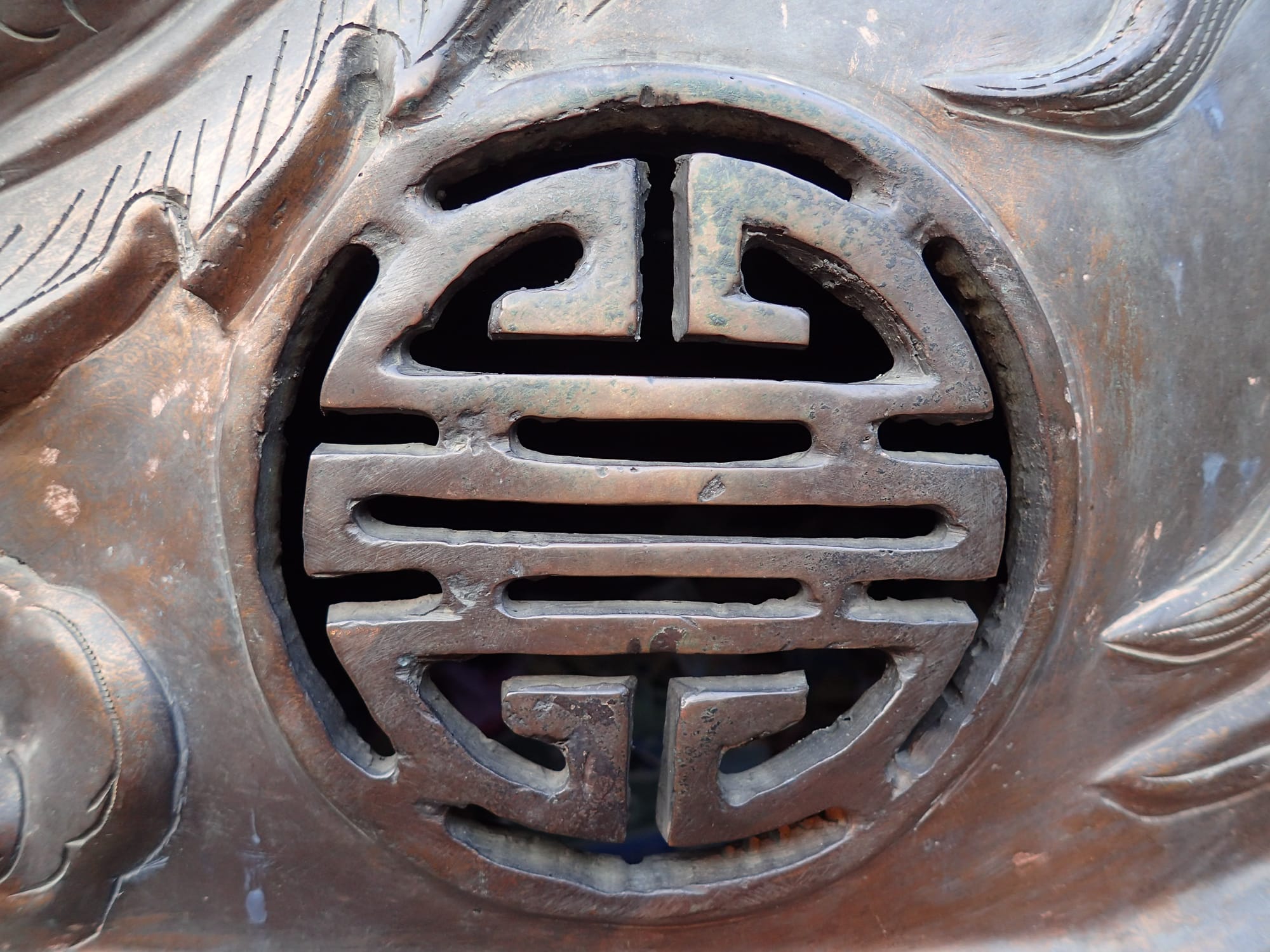
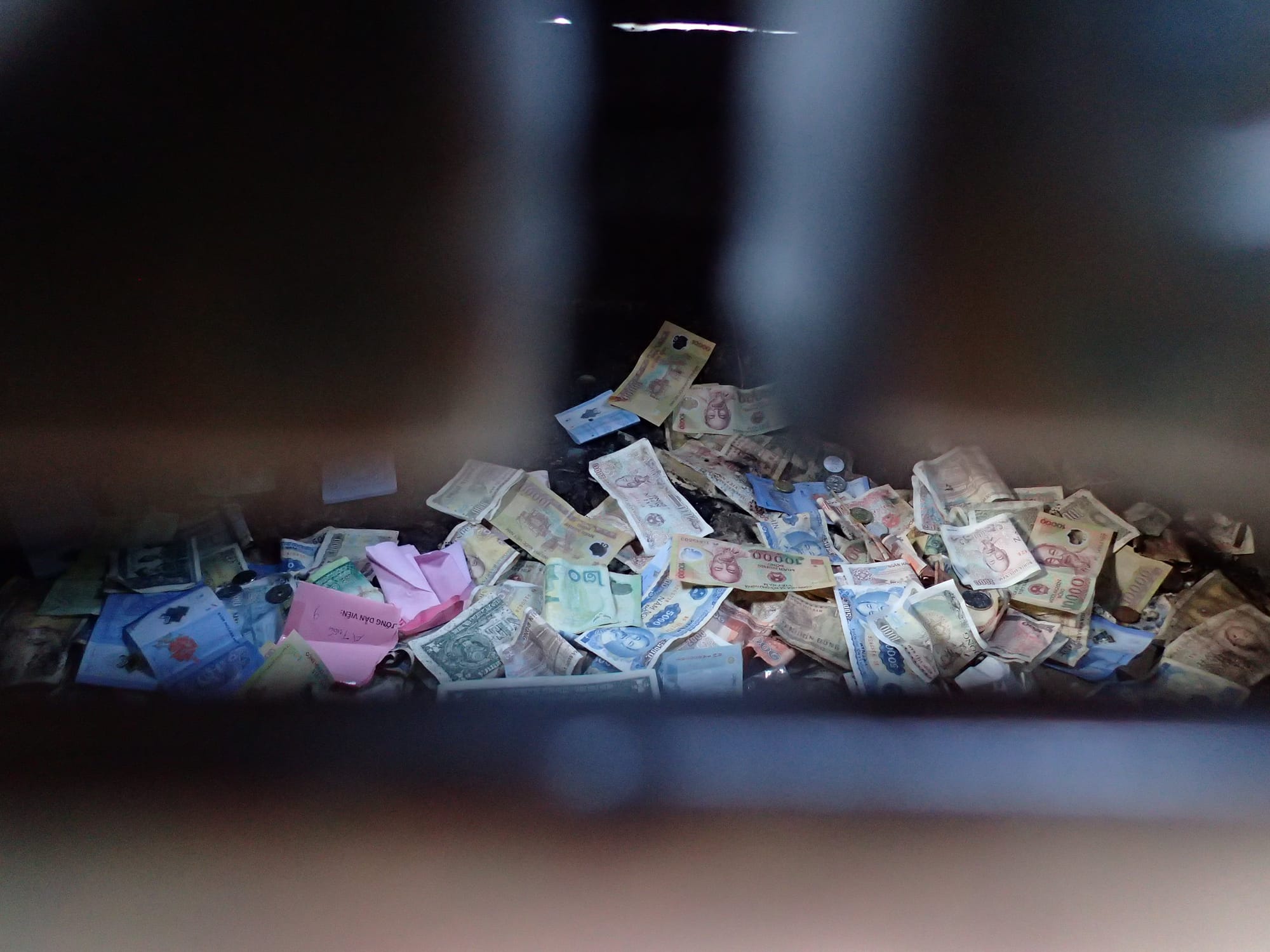
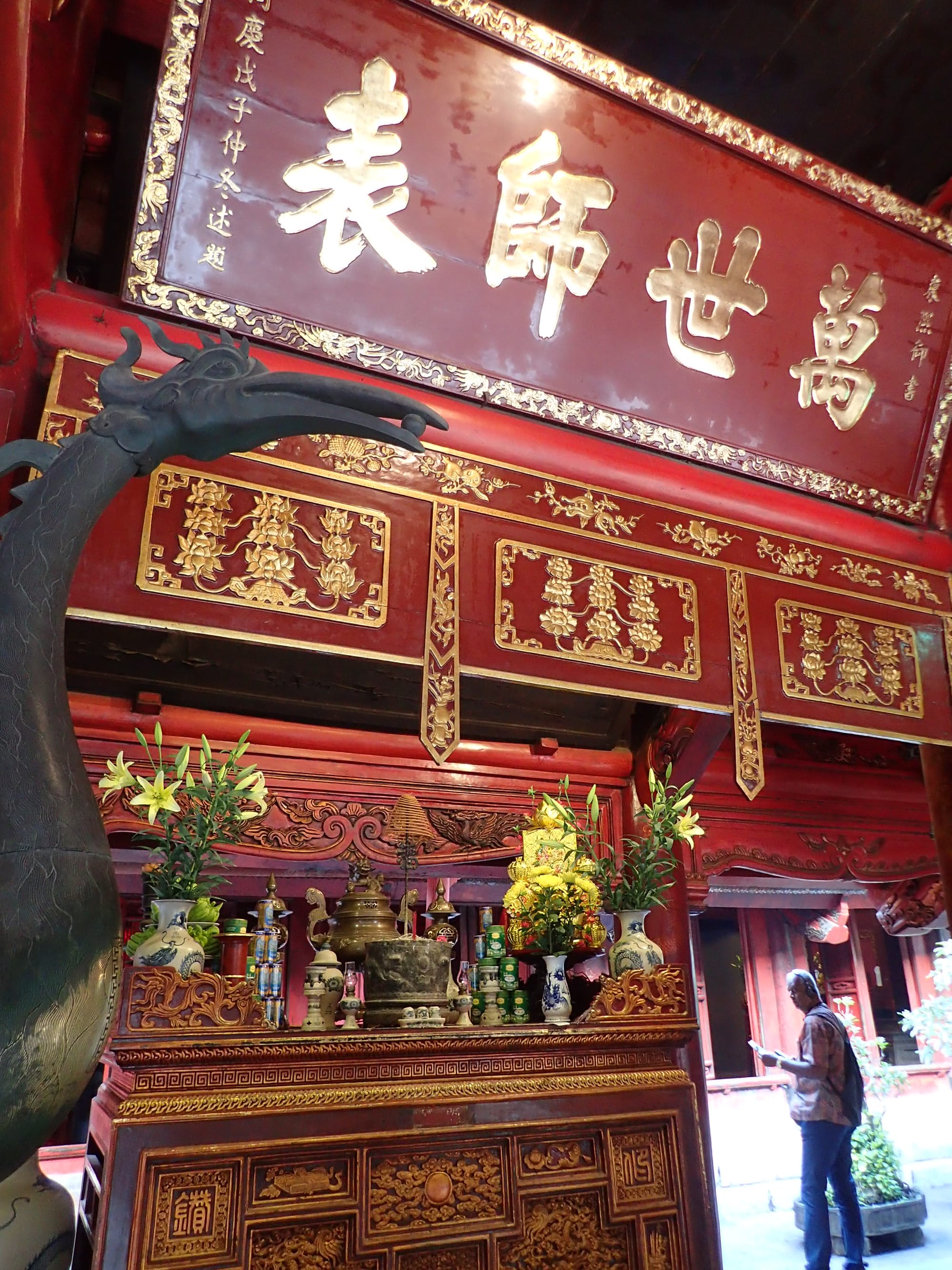
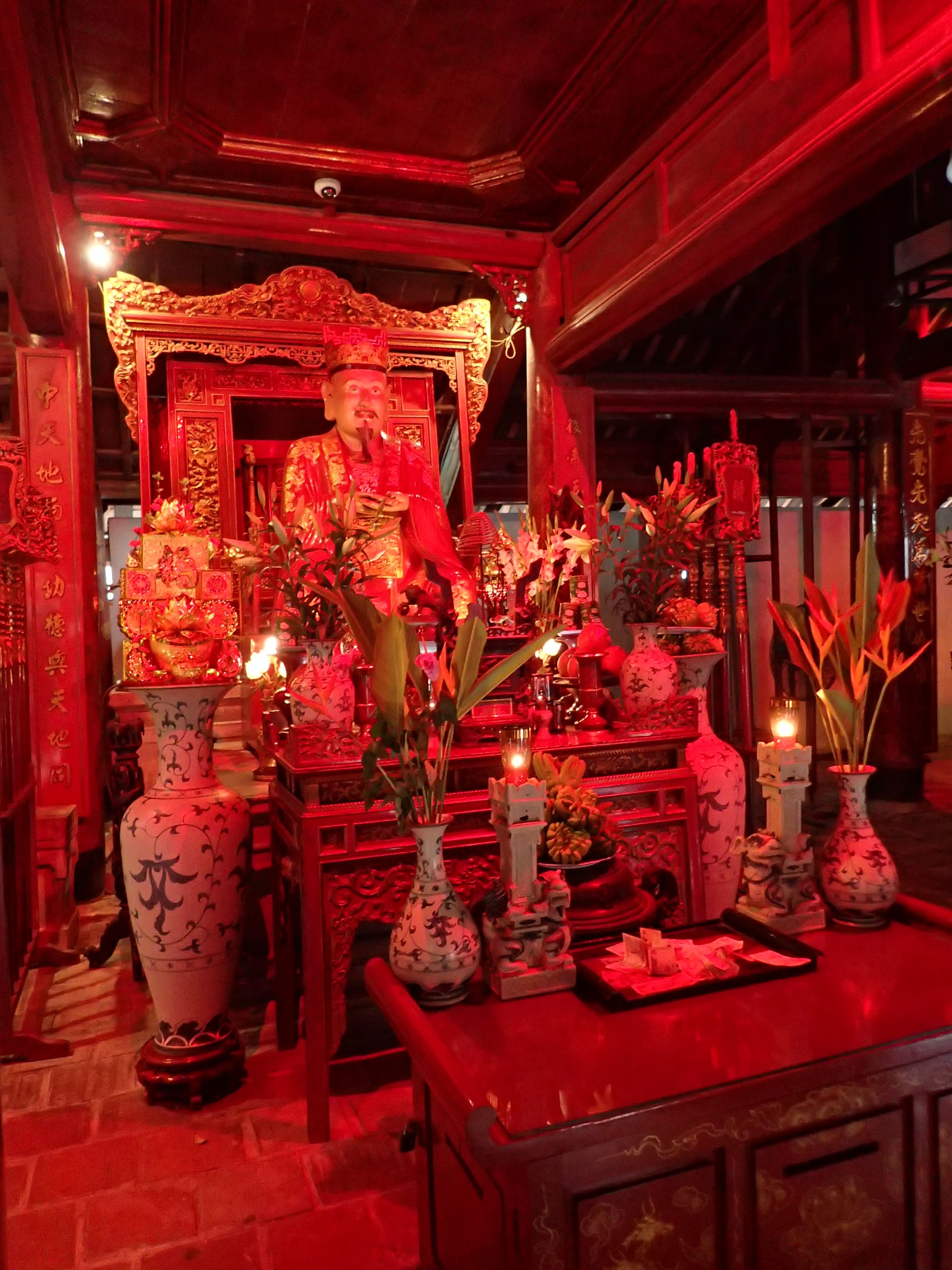
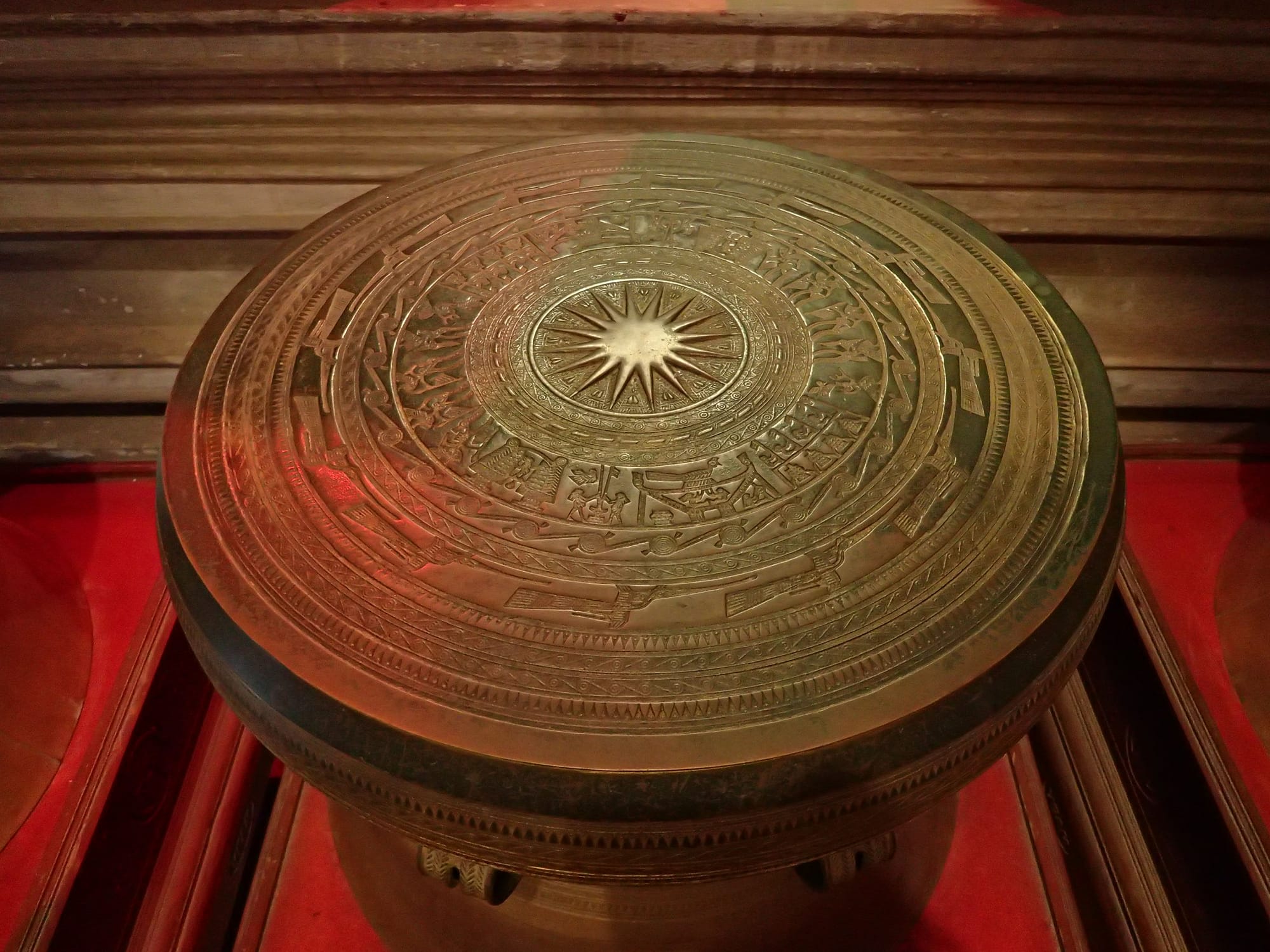
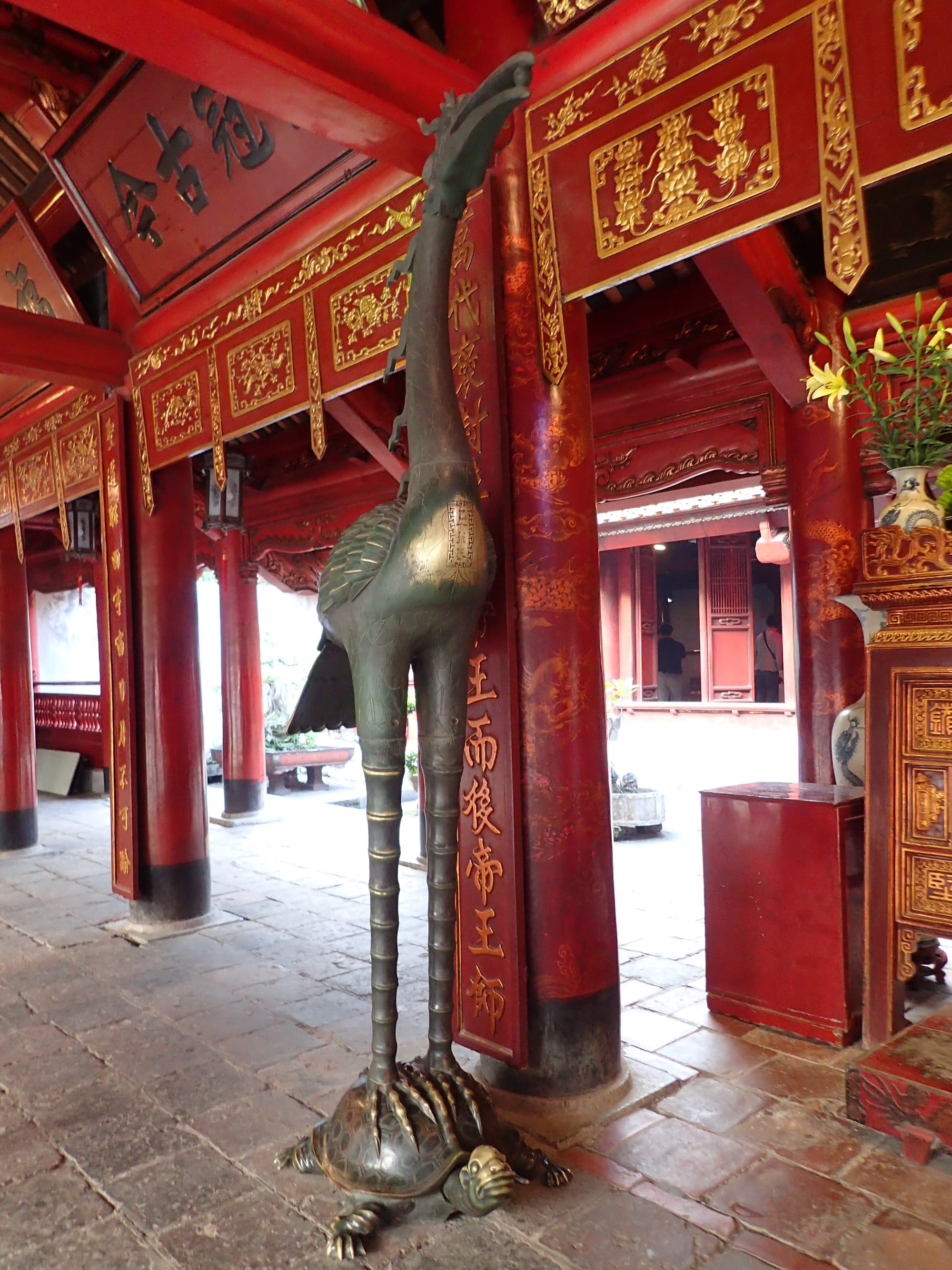
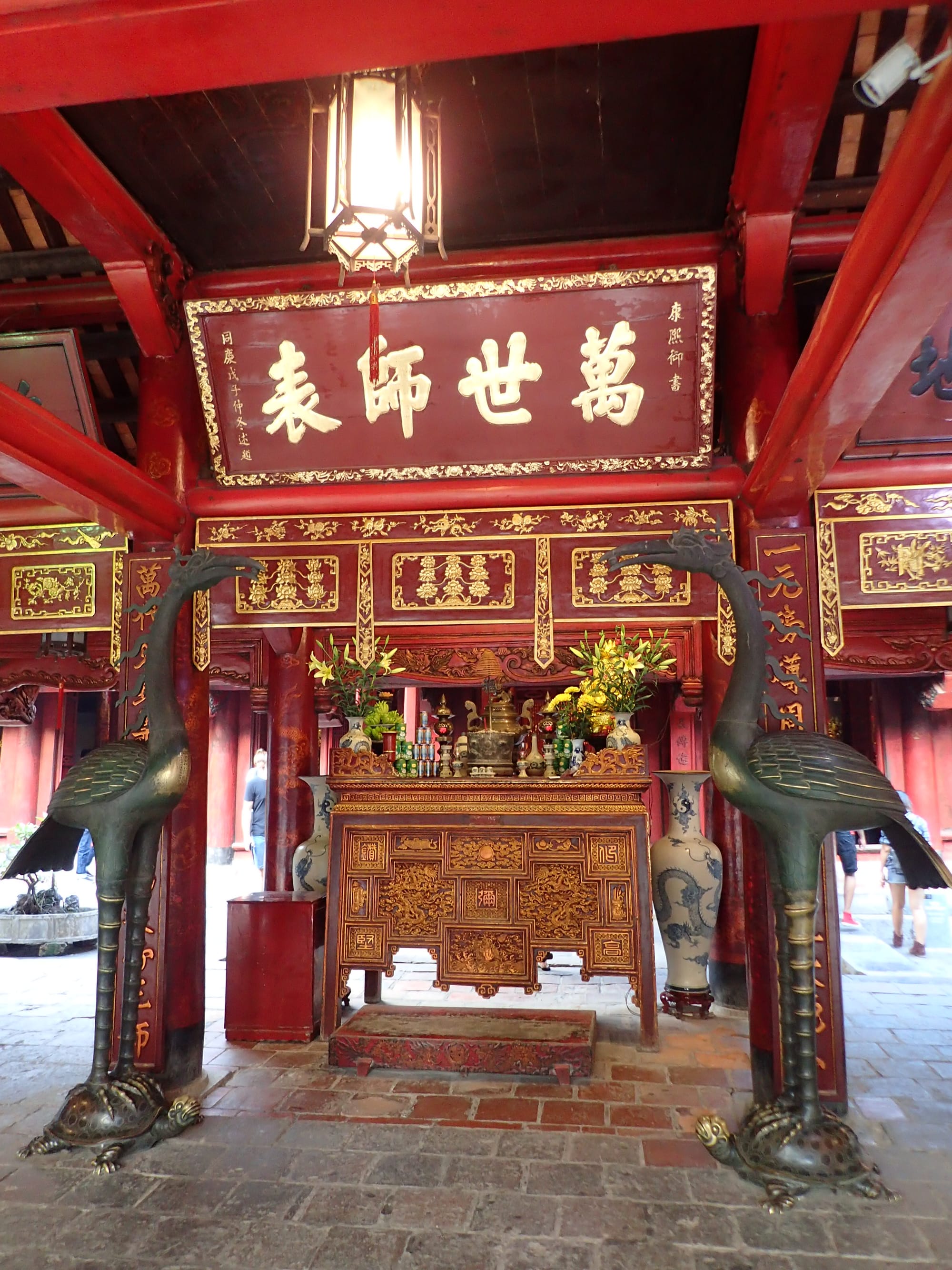
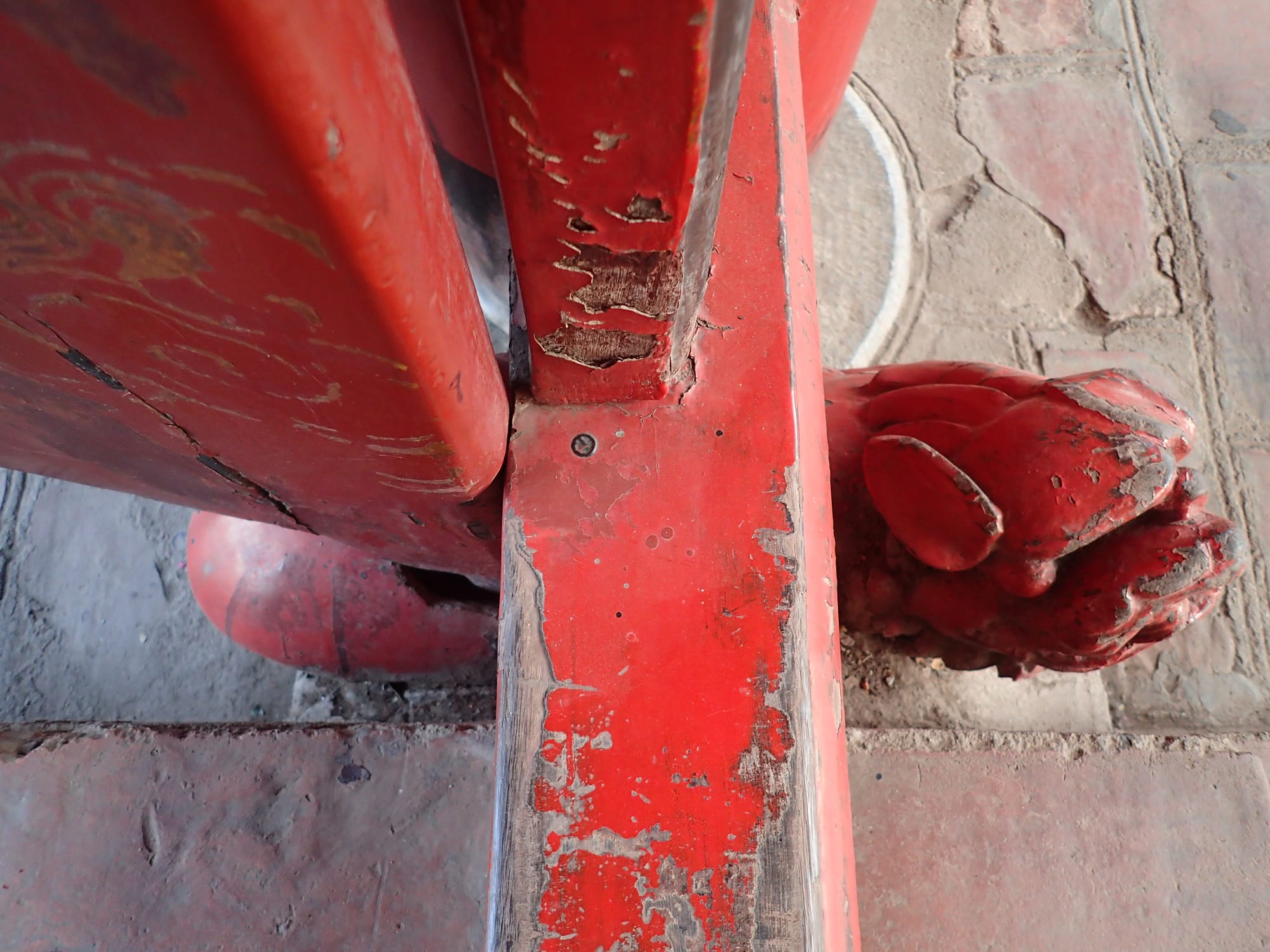

The Temple of Literature is Vietnam’s first national university and a serene temple dedicated to Confucius, scholars and education. Founded in 1070 by Emperor Lý Thánh Tông, it honours Confucius and served as the Imperial Academy from 1076, educating the nation’s mandarins and elite for over 700 years.
The complex consists of five symbolic courtyards:
- First courtyard: Entrance through the Great Gate (Văn Miếu Môn).
- Second courtyard: Features the Khue Van Cac (Constellation of Literature Pavilion), a graceful symbol of scholars’ aspirations.
- Third courtyard: Home to the Well of Heavenly Clarity (Thiên Quang Tỉnh) and the Stone Stelae of Doctors which are ancient stone turtles bearing stelae listing successful royal exam candidates from the 15th to 18th centuries.
- Fourth courtyard: Contains the Great House of Ceremonies and a sanctuary dedicated to Confucius and his four principal disciples.
- Fifth courtyard: Features a reconstruction of the Imperial Academy, a large statue of Confucius and a museum showcasing Vietnam’s educational history.
Today, the Temple remains a vibrant cultural site where students often come to seek blessings before exams.
Klook.comFood & Beverage
Bánh Cuốn Nóng 40 Hàng Tre (Banh Cuon Nong 40 Hang Tre)
40 P. Hàng Tre, Lý Thái Tổ, Hoàn Kiếm (40 Hang Tre Street, Ly Thai To Ward, Hoan Kiem District)
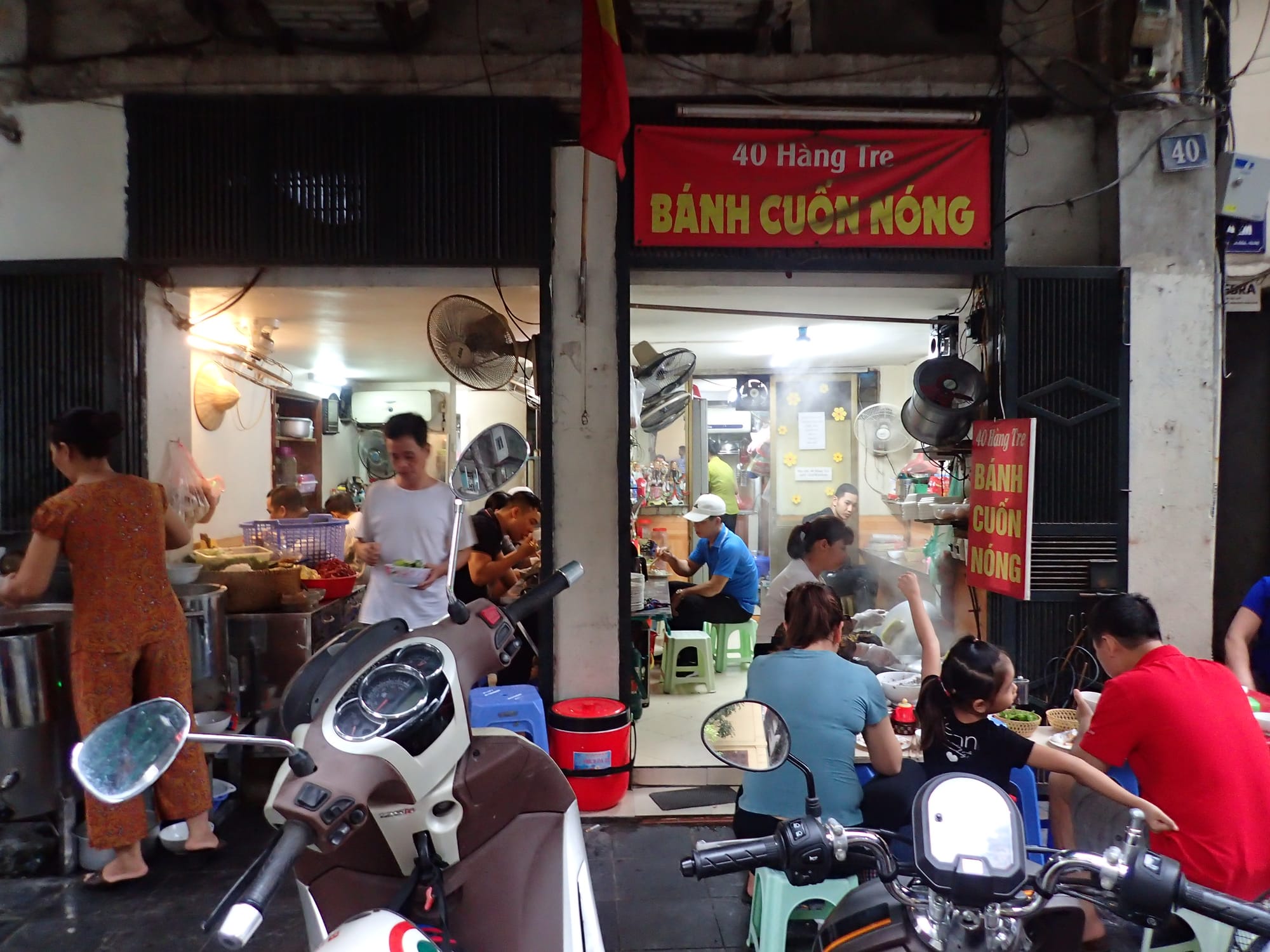

steamed rice rolls (50,000 VND)
Bánh Cuốn Gia Truyền (Banh Cuon Gia Truyen)
12-14 Hàng Gà, quận Hoàn Kiếm (12-14 Hang Ga, Hang Bo, Hoan Kiem District)
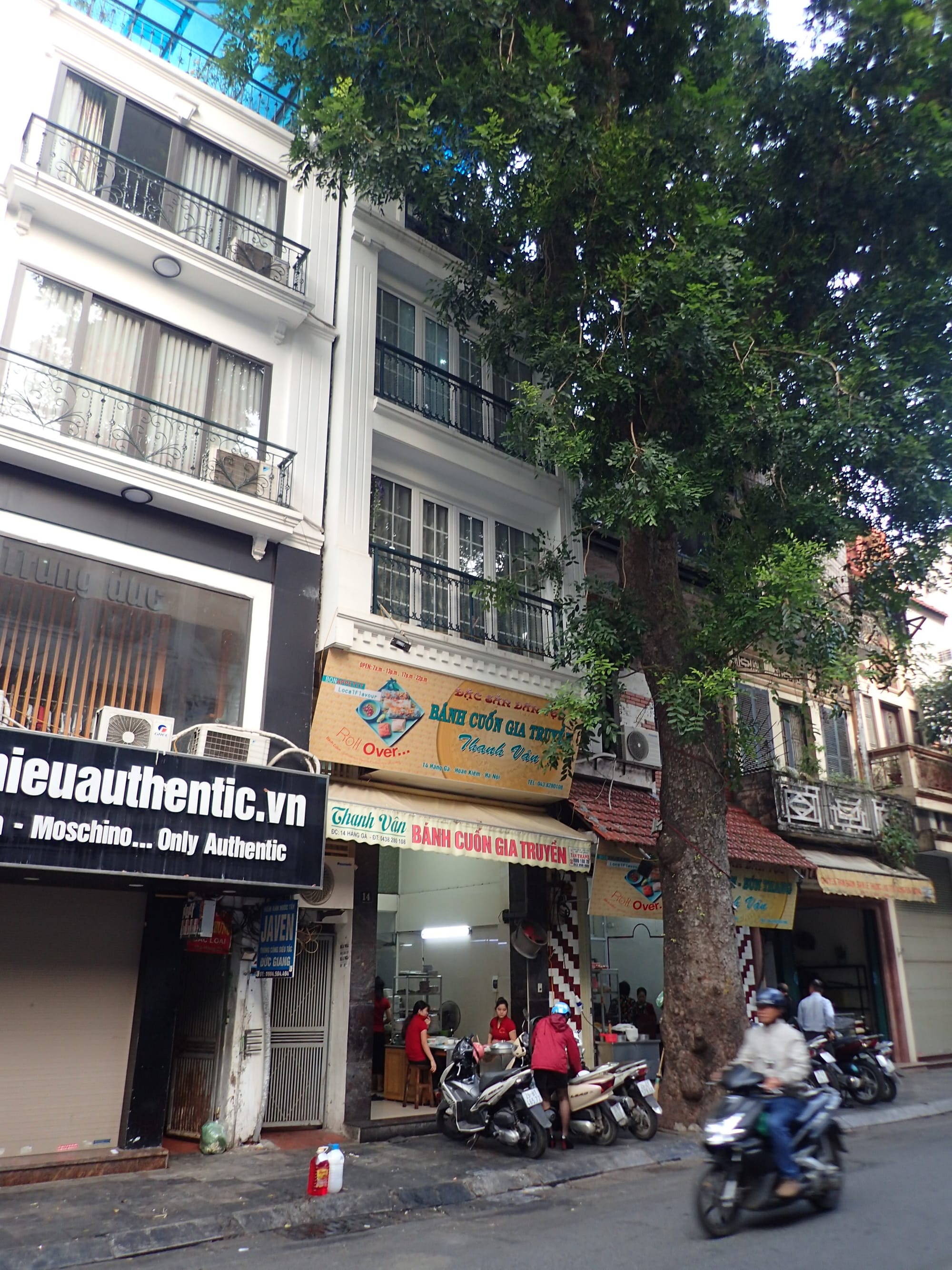
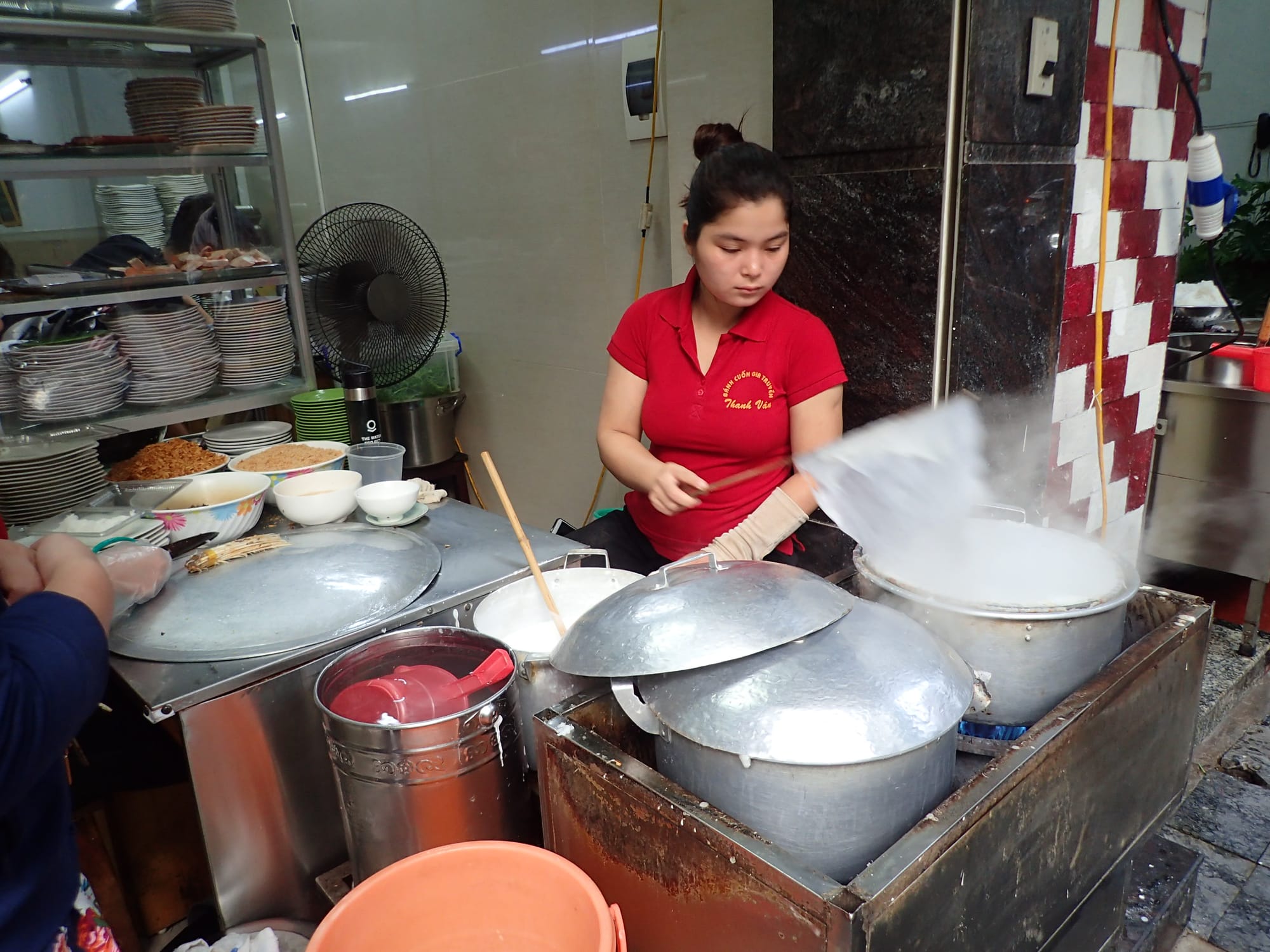
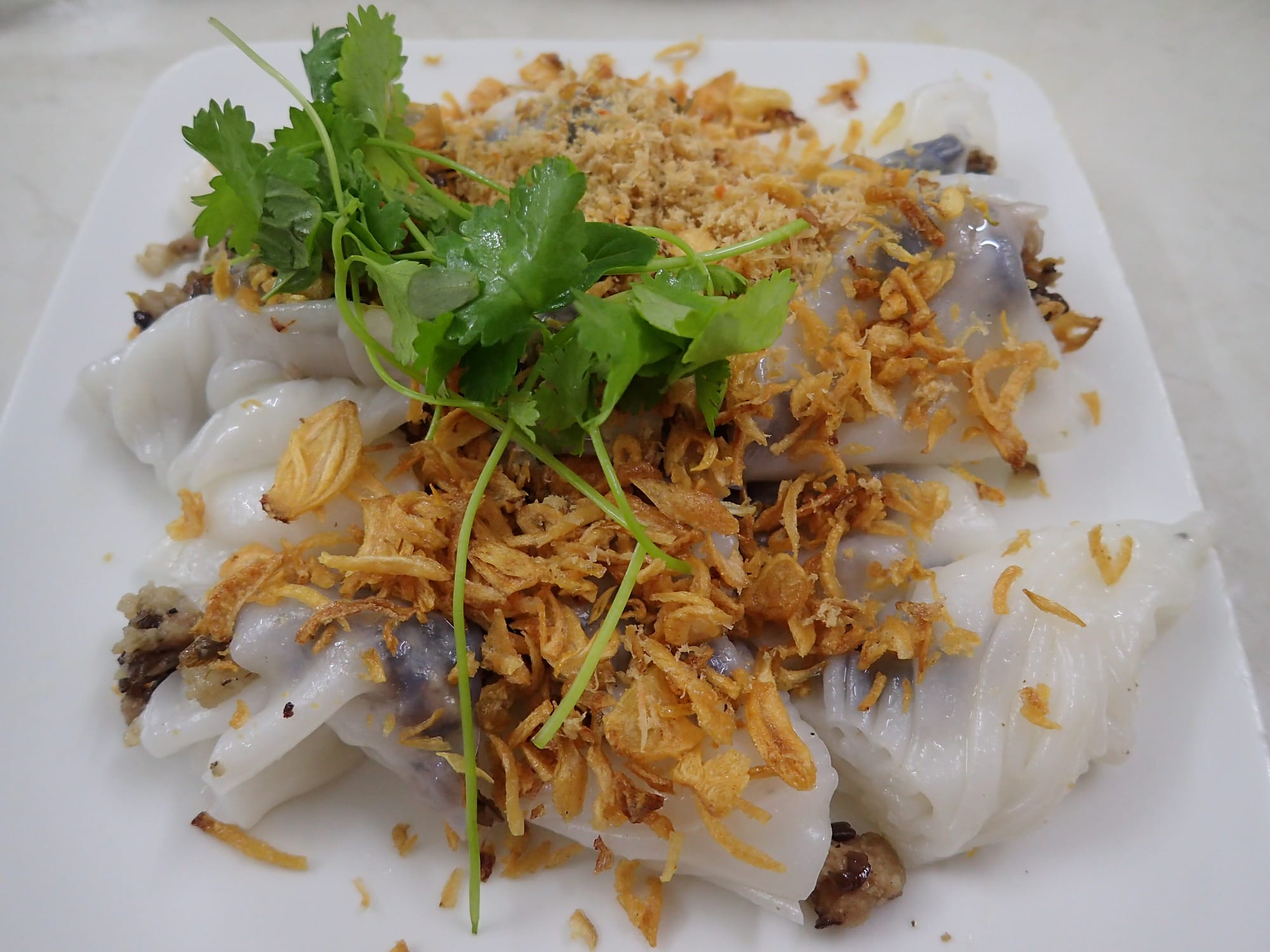
banh cuon (40,000 VND)
Bánh Mì Lãn Ông (Banh Mi Lan Ong)
8 P. Chả Cá, Hàng Bồ, Hoàn Kiếm (8 Cha Ca, Hoan Kiem district)
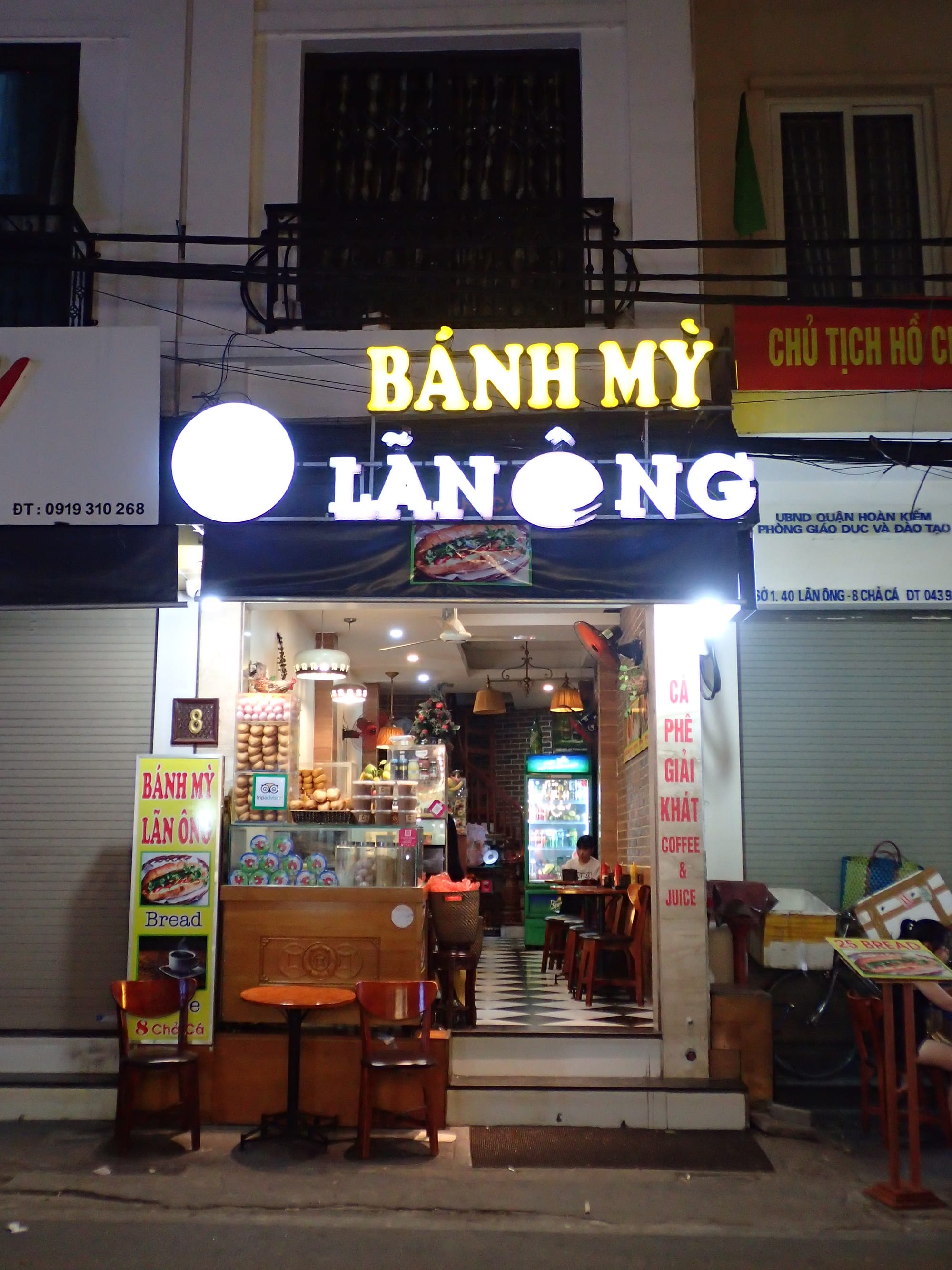
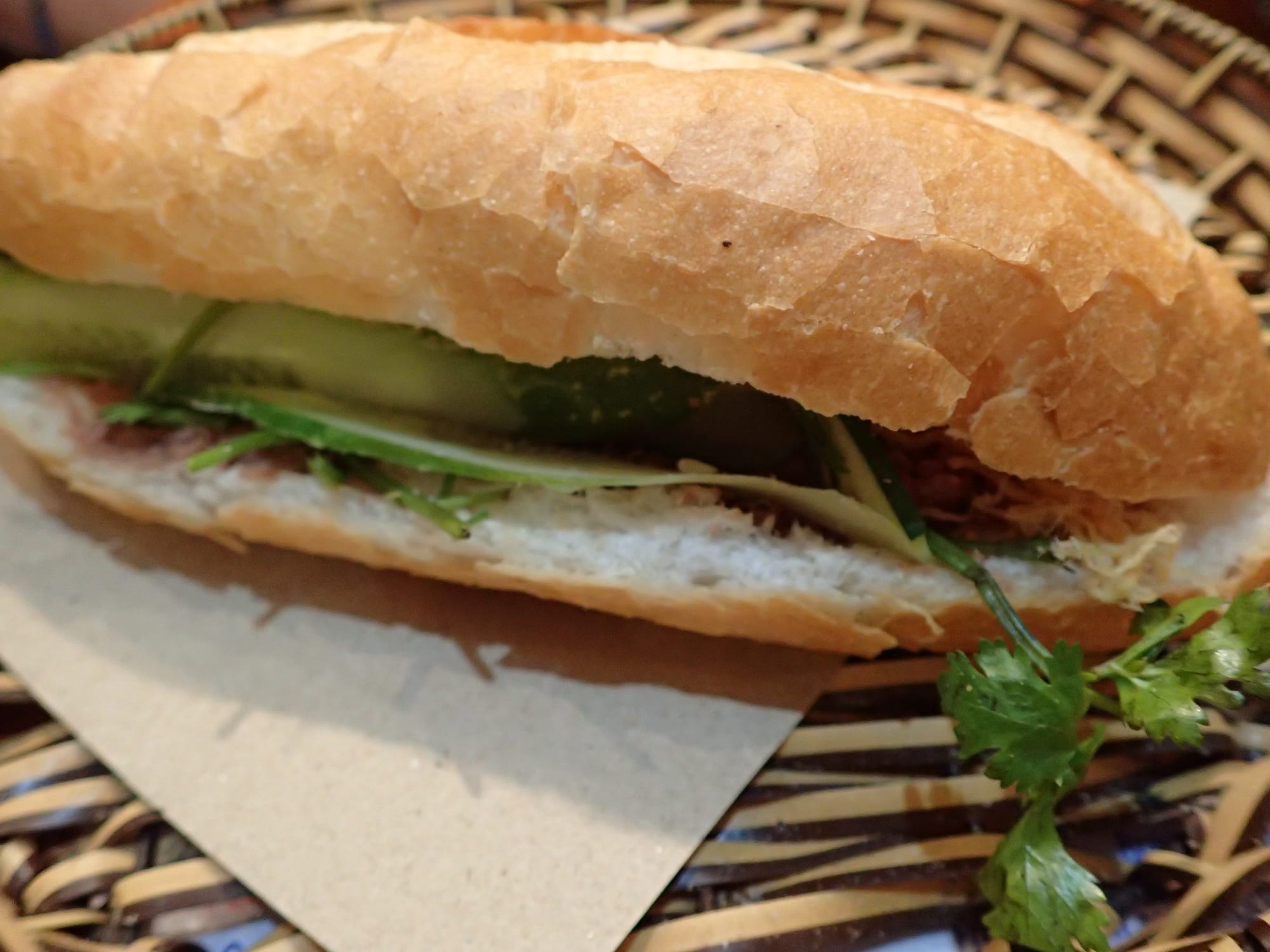
Banh Mì Lan Ong (25,000 VND)
Bún Chả Hương Liên (Bun Cha Huong Lien)
24 P. Lê Văn Hưu, Phan Chu Trinh, Hai Bà Trưng (24 Le Van Huu Street, Phan Chu Trinh Ward, Hai Ba Trung District)
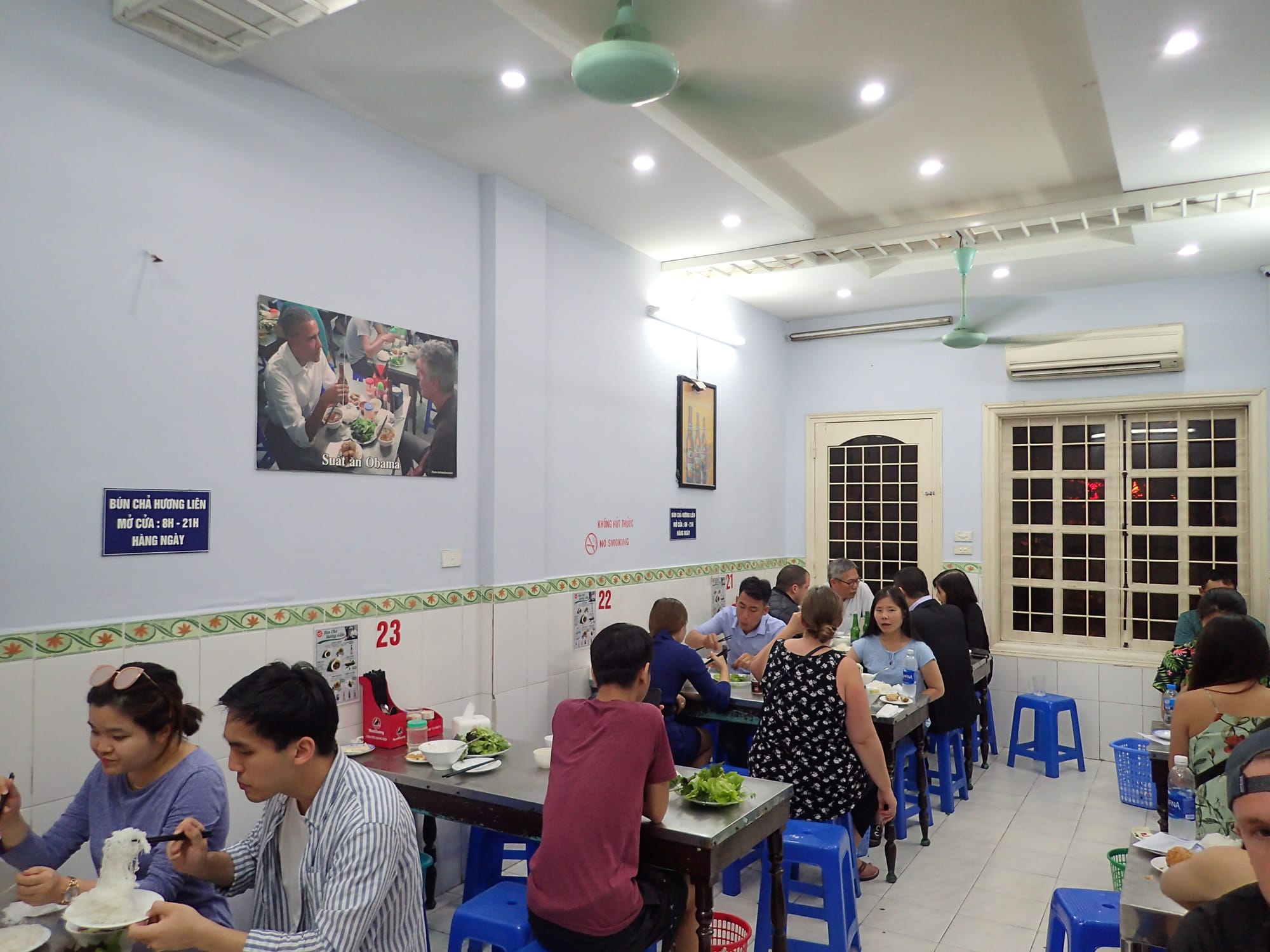
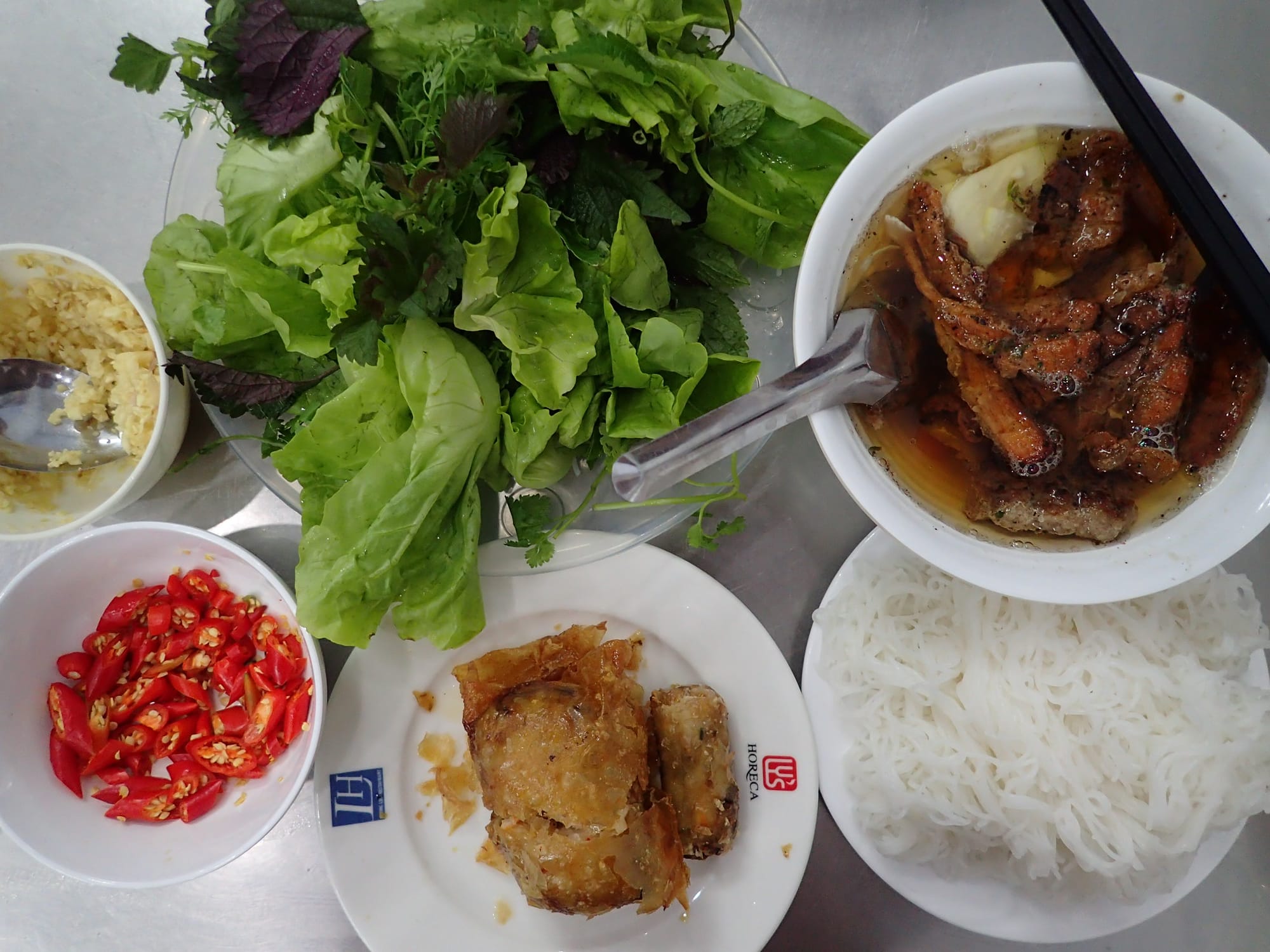
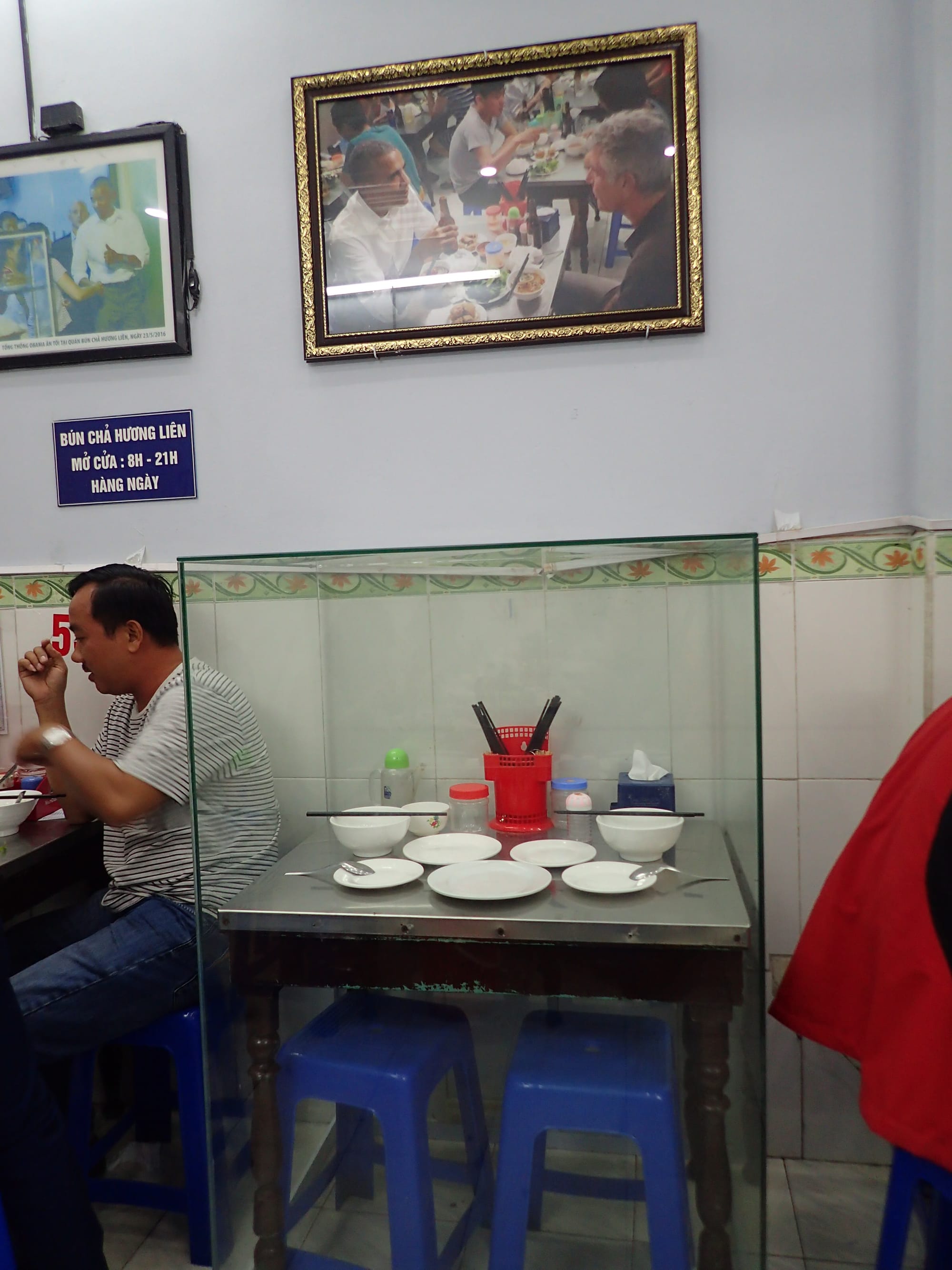
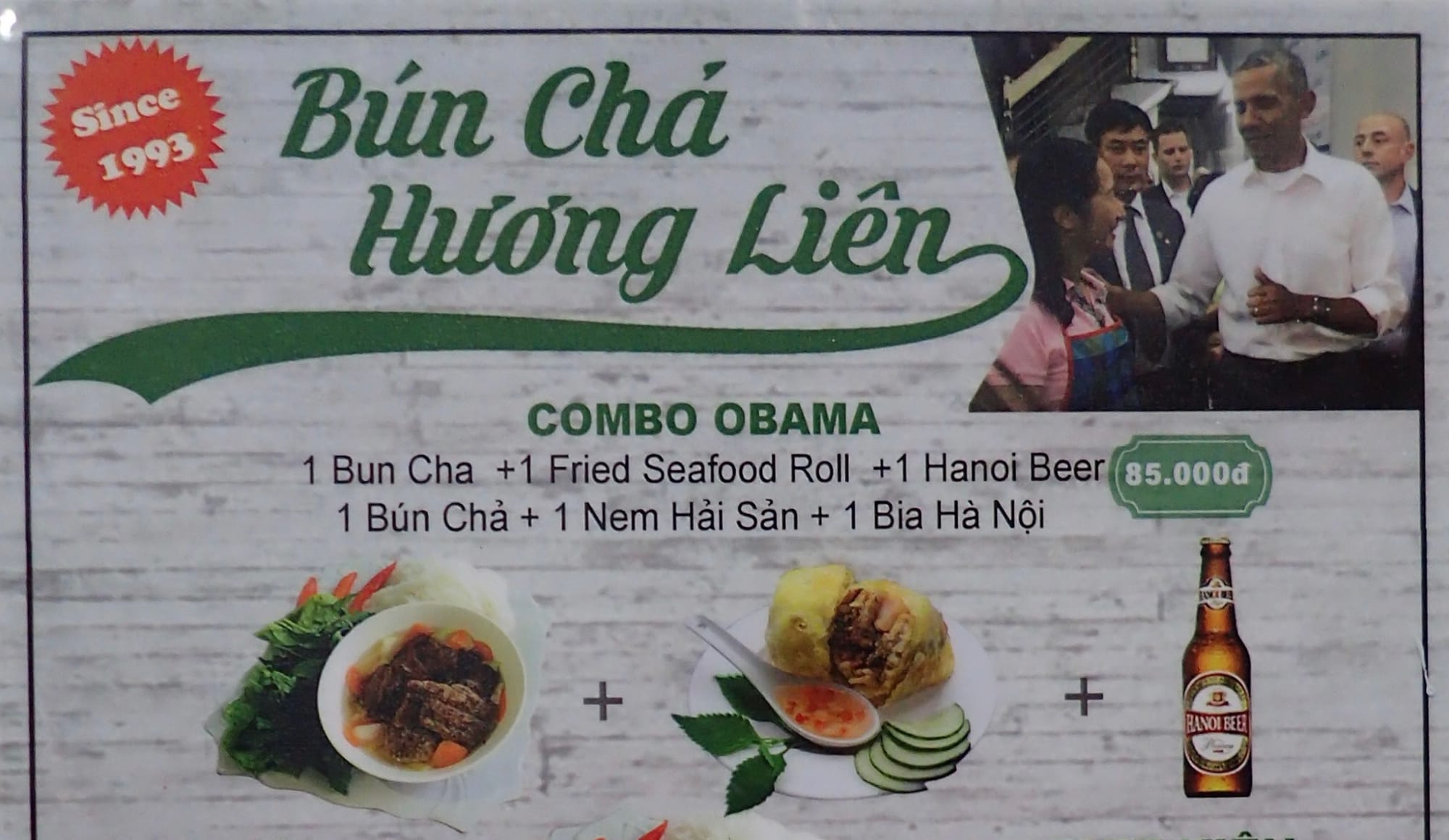
bun cha (40,000 VND), fried seafood roll (30,000 VND)
Bun Cha Huong Lien is a family-run restaurant in Hanoi that shot to international fame in 2016 when then U.S. President Barack Obama and the late chef Anthony Bourdain dined here for an episode of Parts Unknown. Since that iconic visit, the restaurant has been affectionately nicknamed 'Bún Chả Obama' and the modest table where they sat is now proudly preserved behind glass.
One of the most popular choices is the 'Combo Obama', which includes bún chả, a crab spring roll and a cold Hanoi beer, just like what Obama and Bourdain had.
Chả Cá Lã Vọng (Cha Ca La Vong)
14 phố Chả Cá, phường Hàng Đào, quận Hoàn Kiếm (14 Cha Ca Street, Hang Dao Ward, Hoan Kiem District)
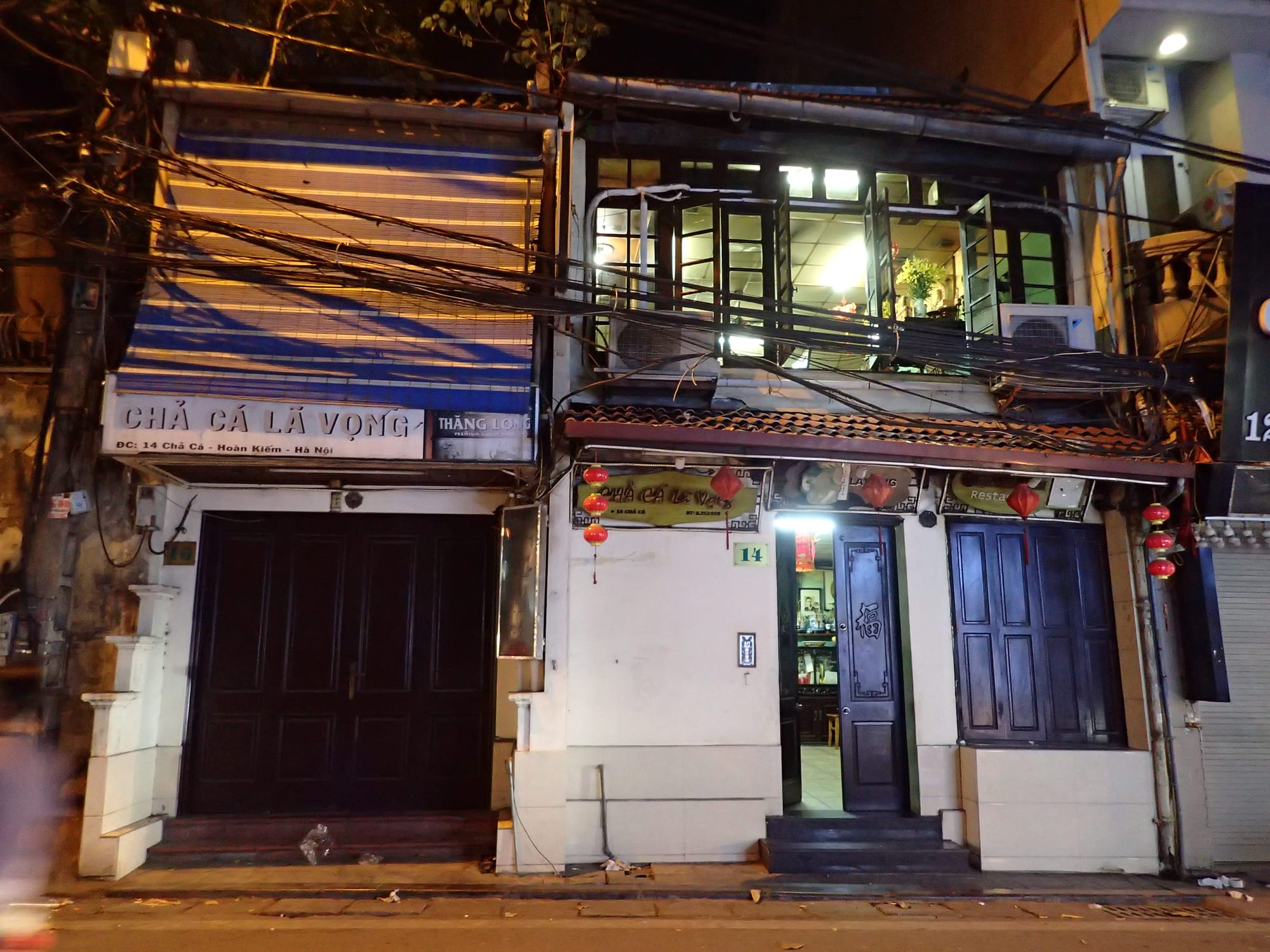
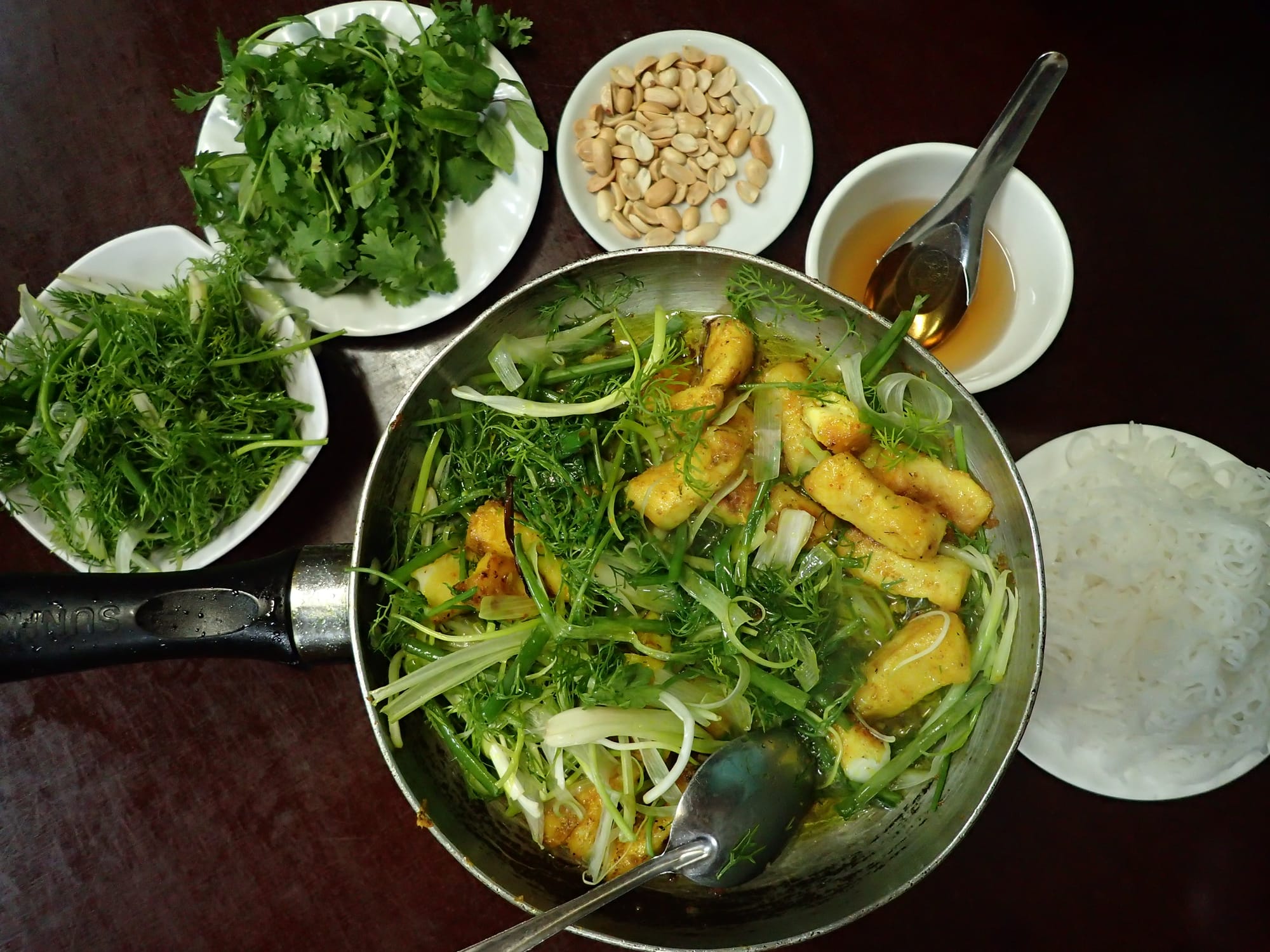
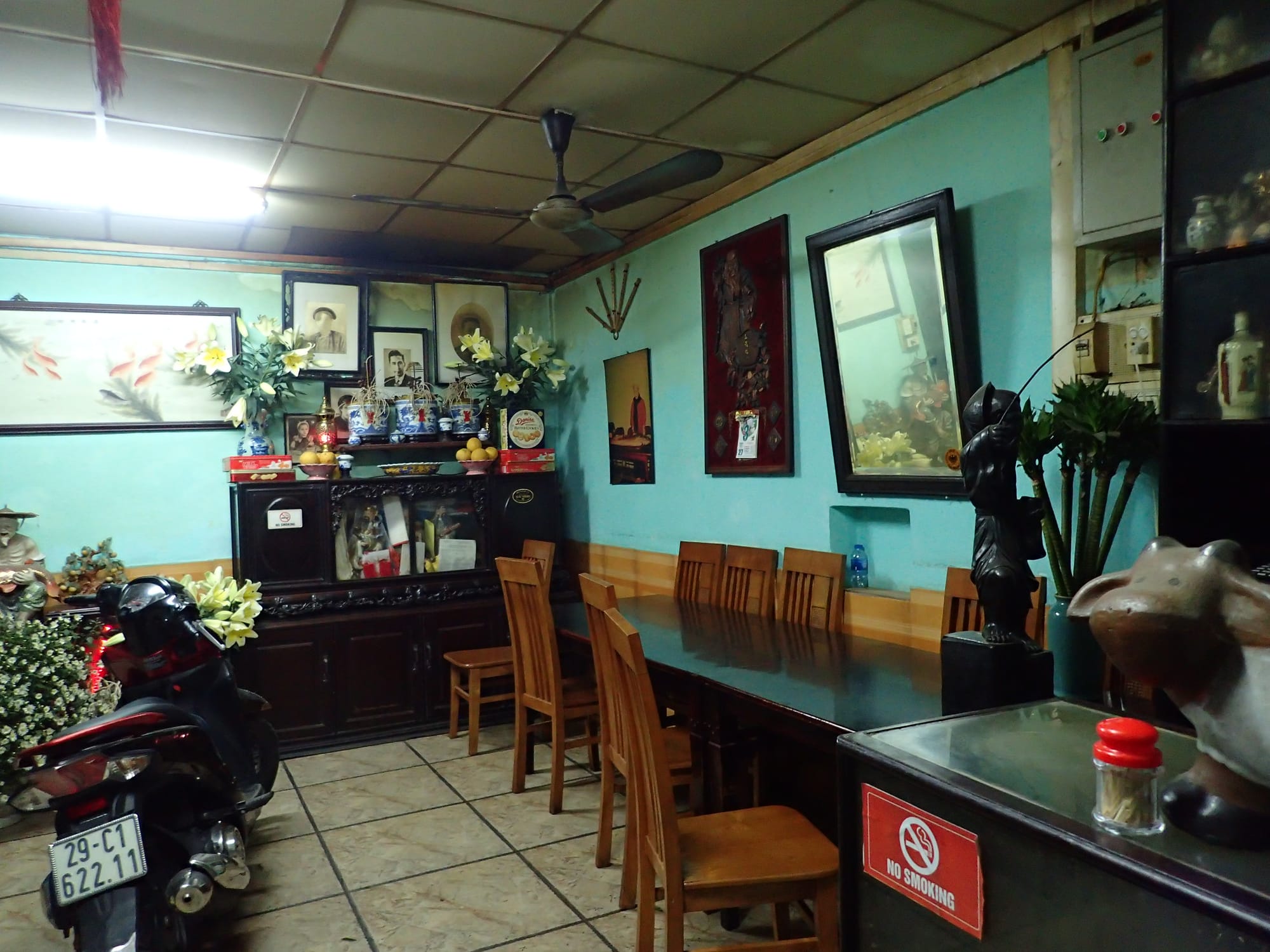
grilled fish (170,000 VND per person)
Chợ Đồng Xuân (Dong Xuan Market)
15 Cầu Đông, phường Đồng Xuân, quận Hoàn Kiếm (15 Cau Dong Street, Dong Xuan Ward, Hoan Kiem District)
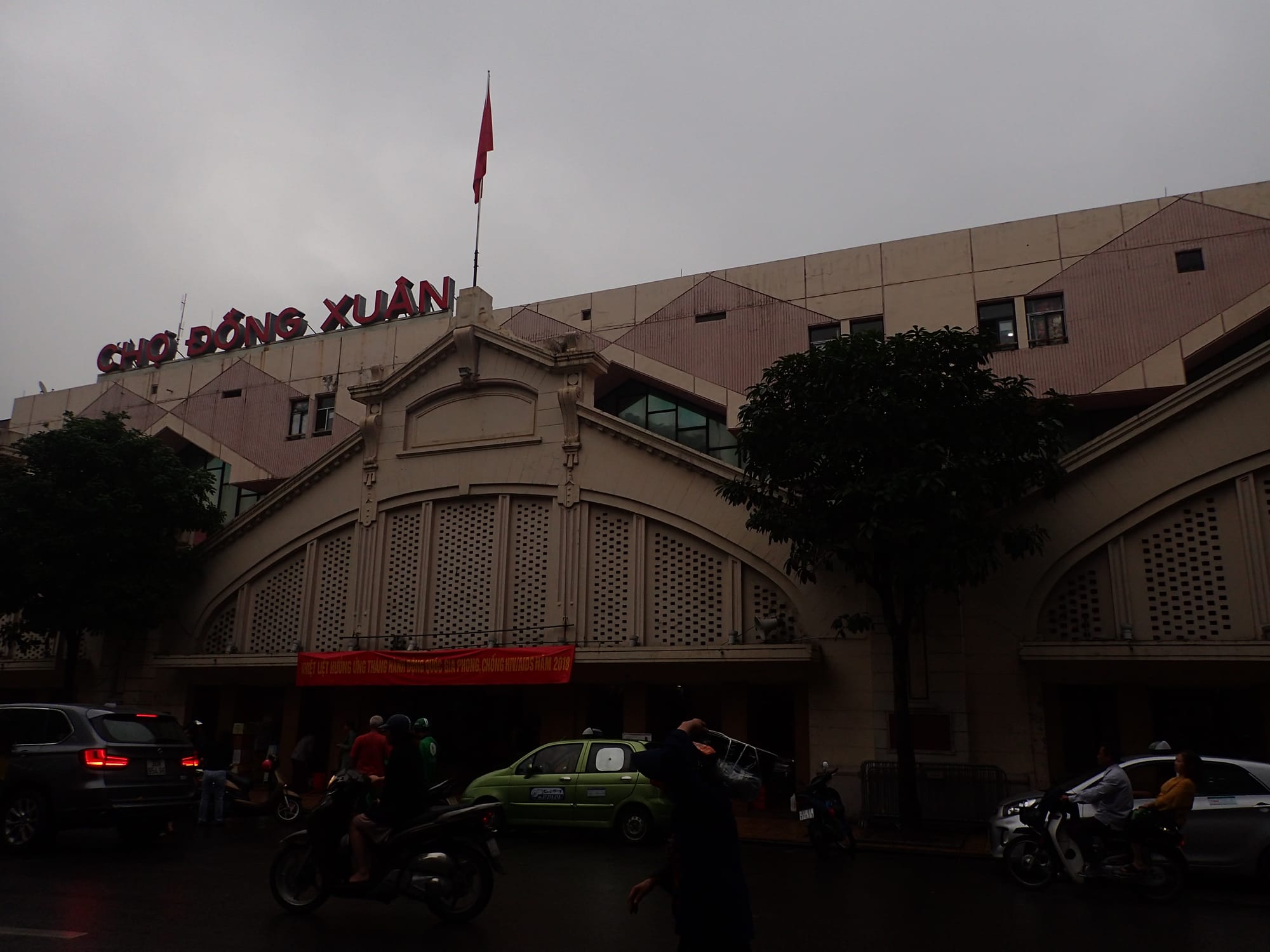
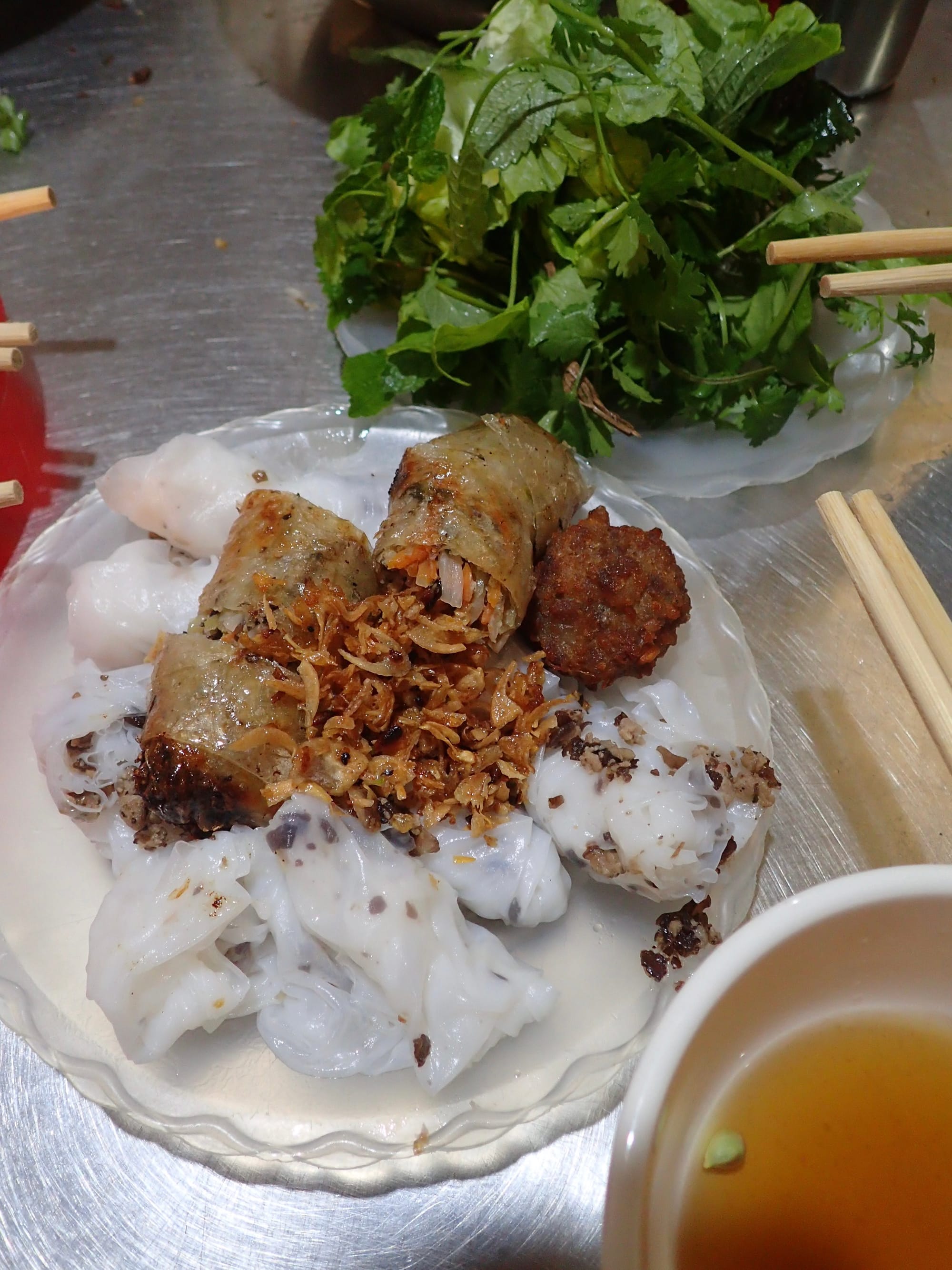
rice rolls and spring rolls (60,000 VND)
Conifer Coffee (Permanently Closed)
100 Cầu Gỗ, Hàng Trống, Hoàn Kiếm (100 Cau Go, Hoan Kiem District)
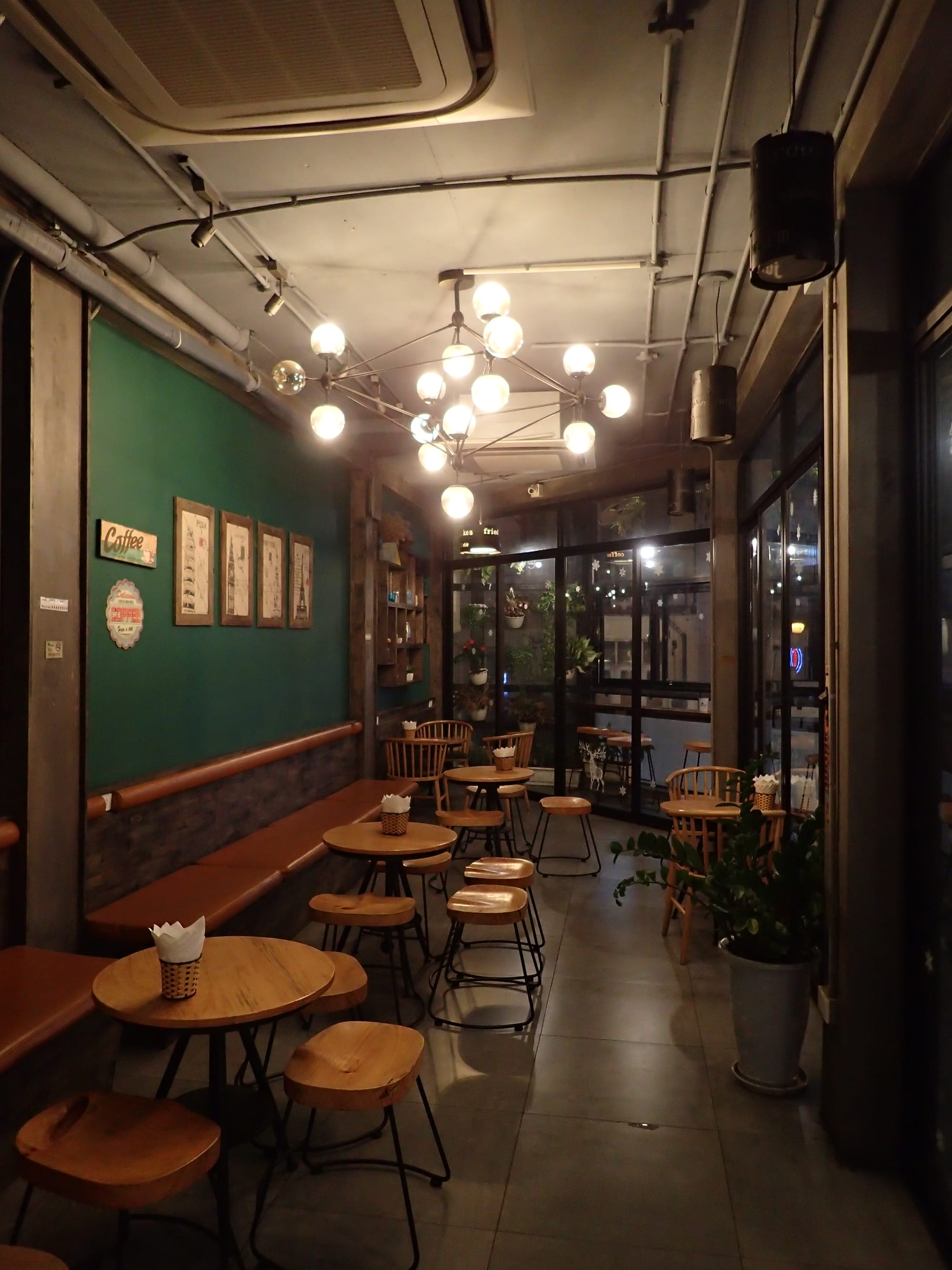
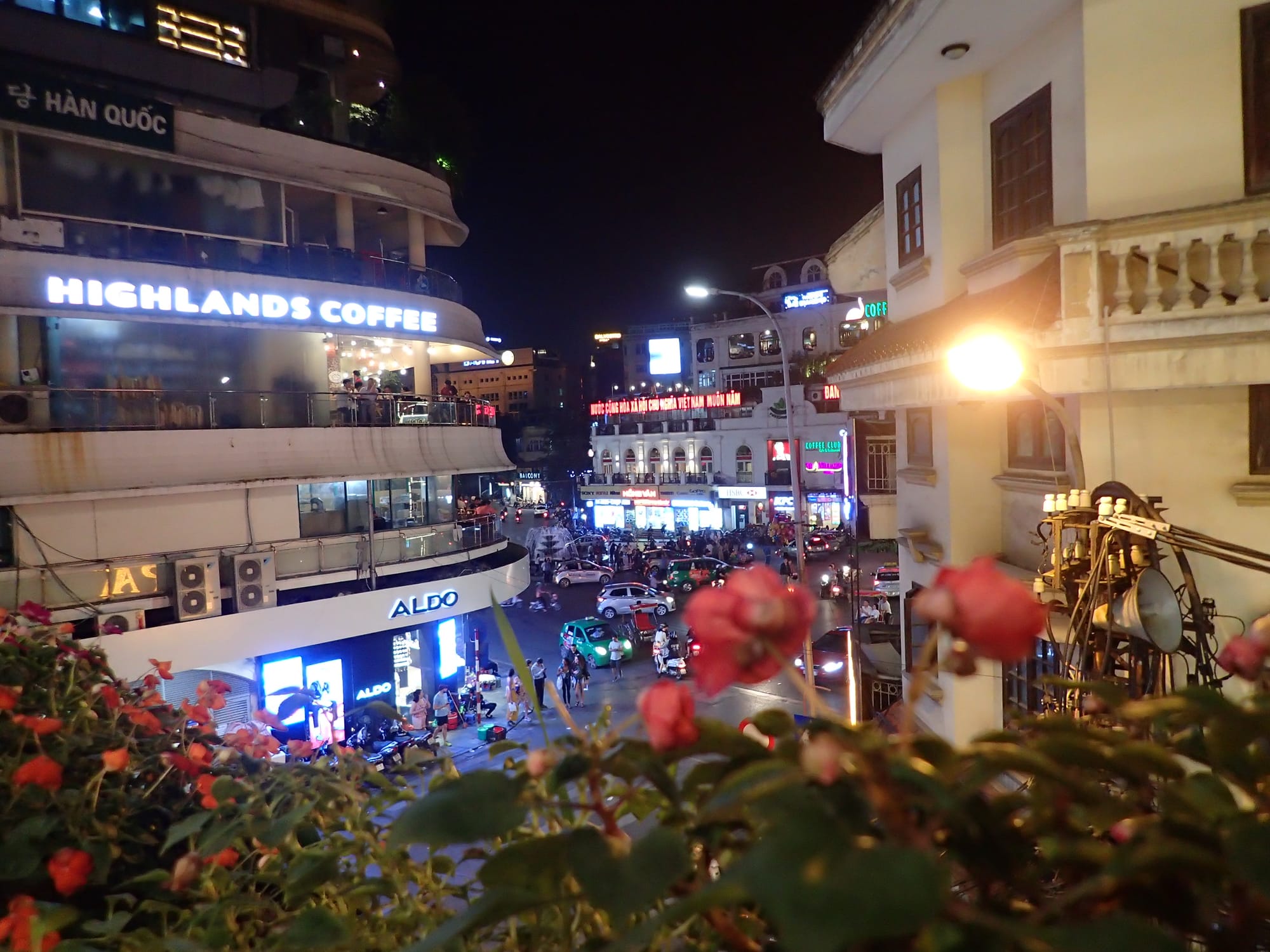
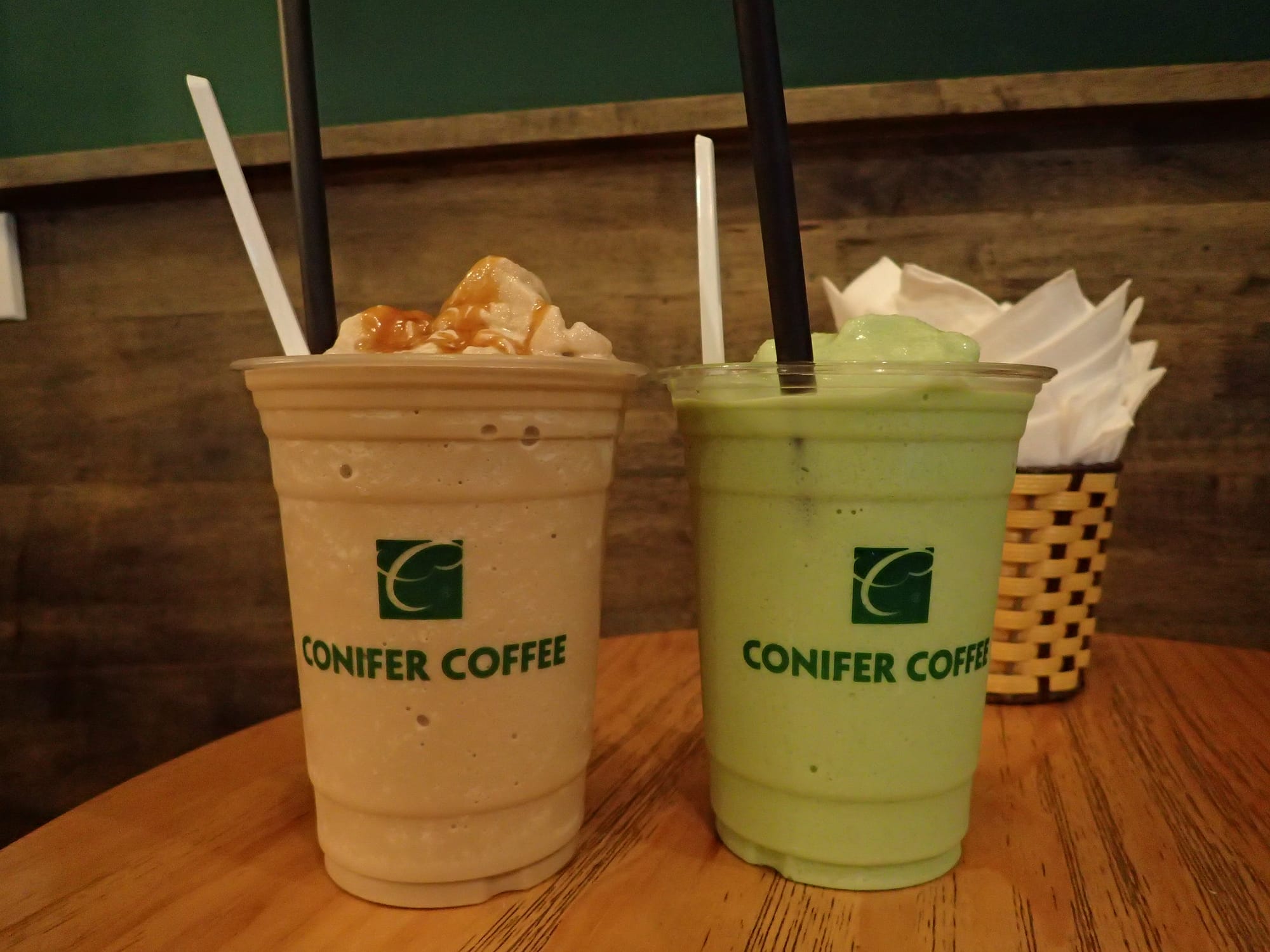
Gà Nướng (Ga Nuong)
5 P. Lý Văn PhứcCát Linh, Đống Đa (5 Ly Van Phuc Street, Cat Linh Ward, Dong Da District)
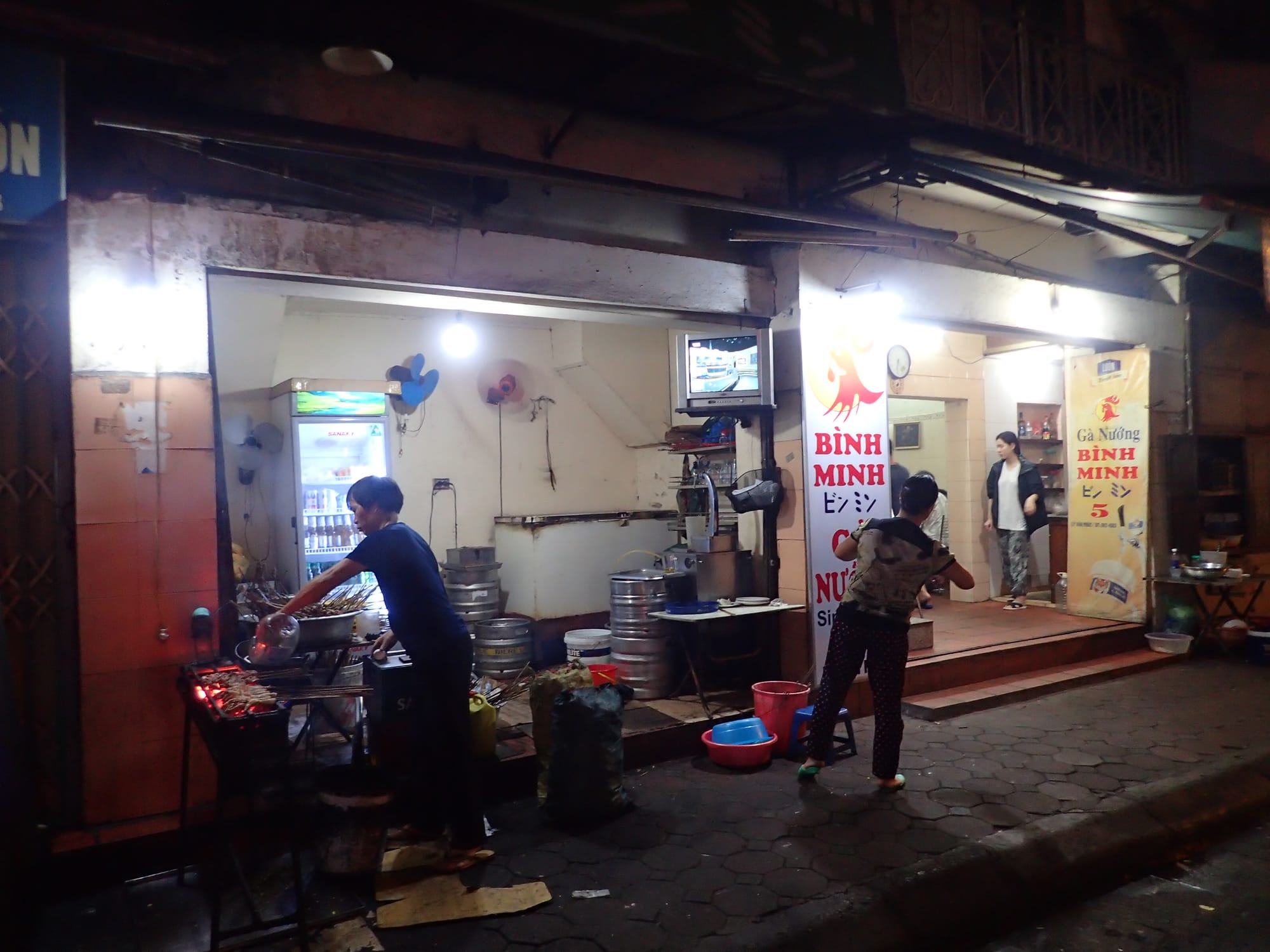
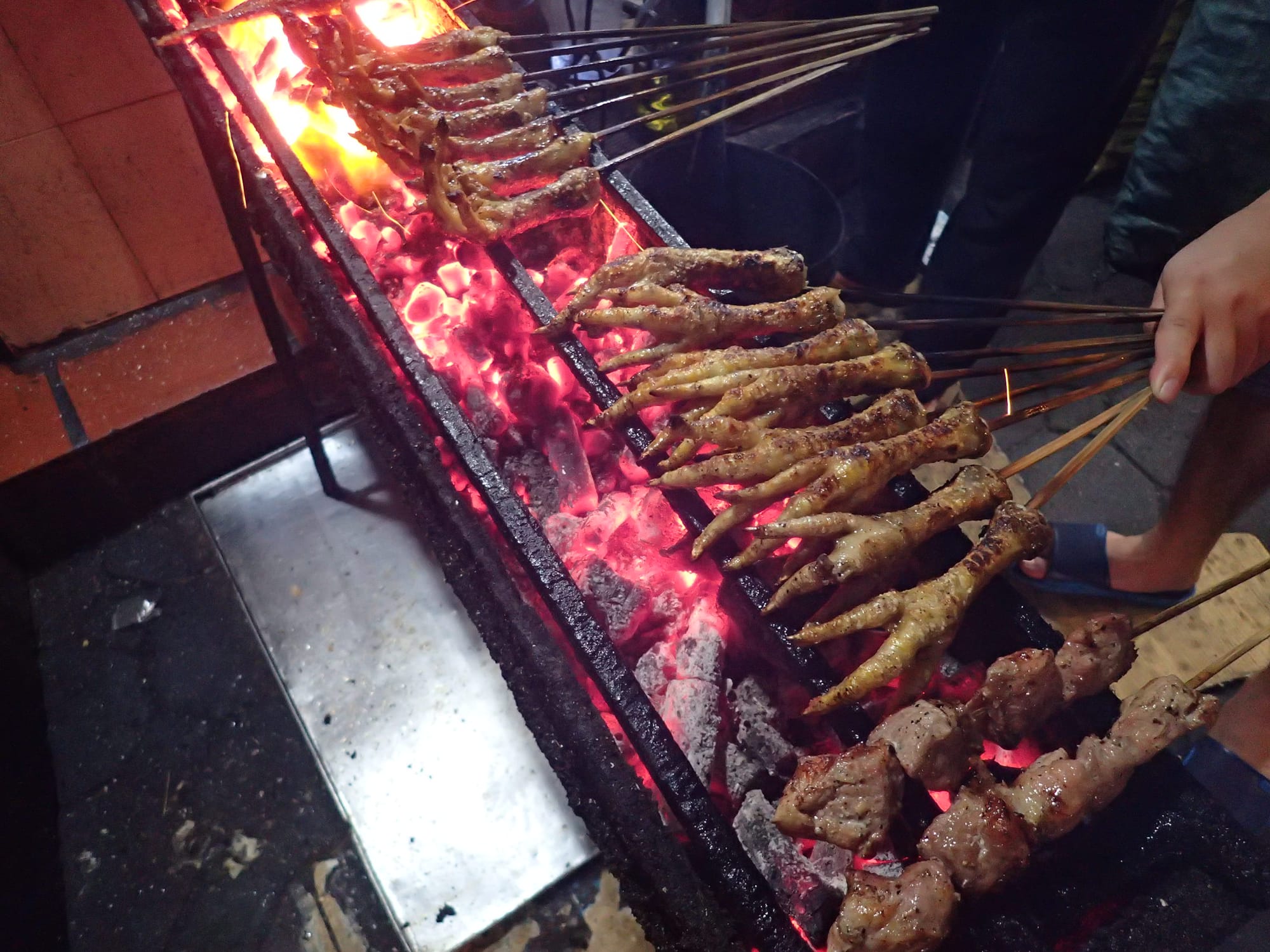
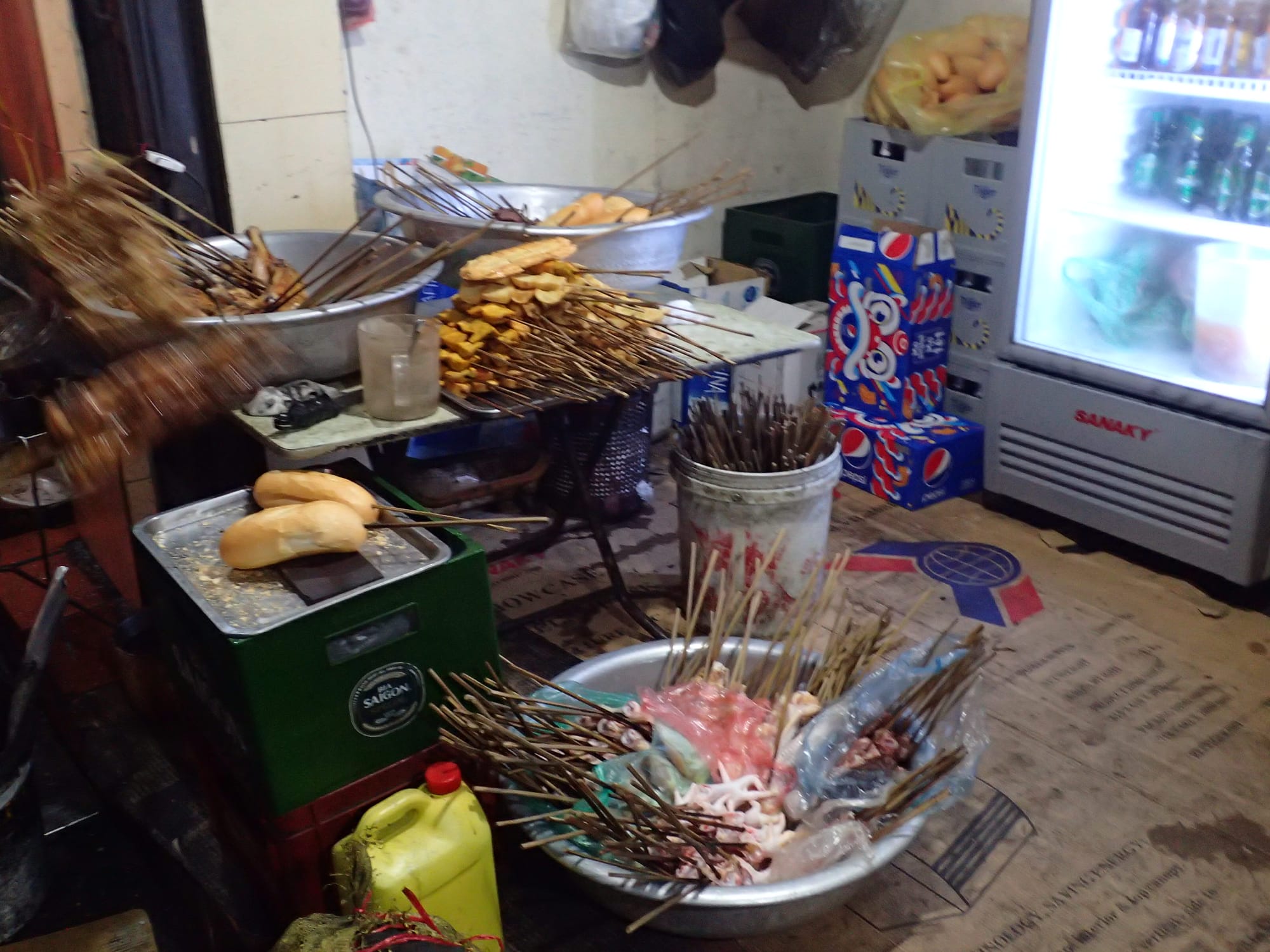
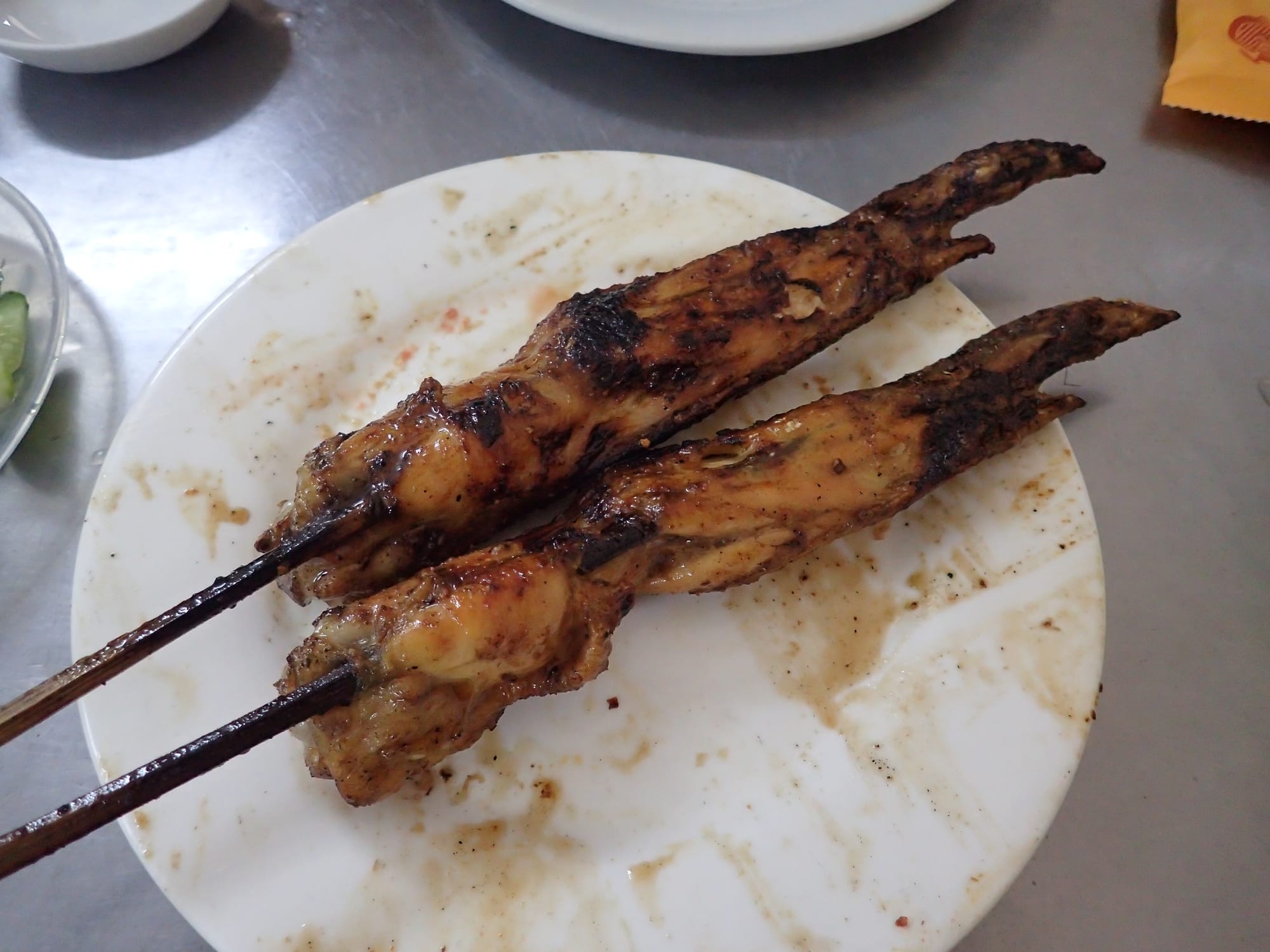
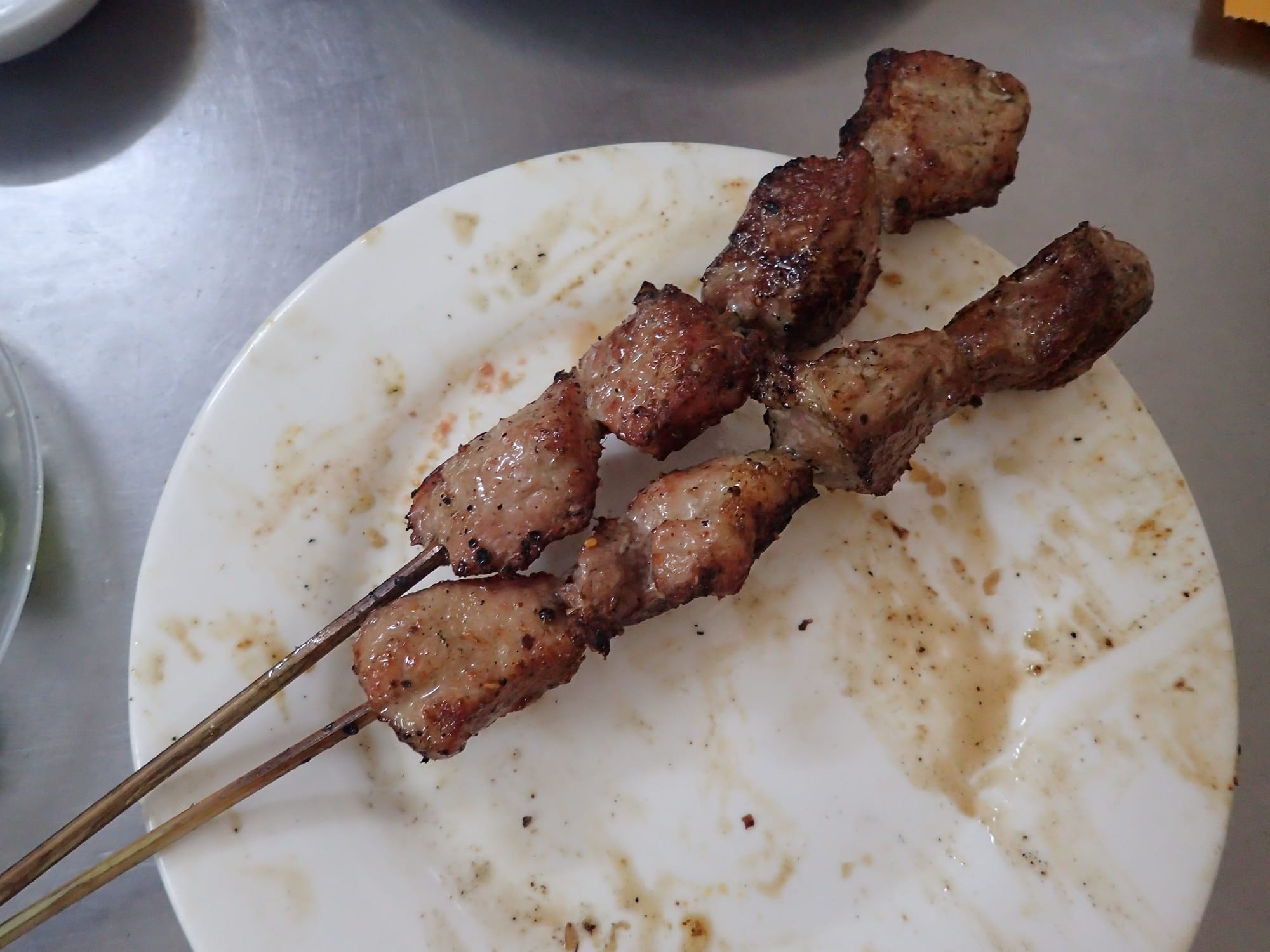
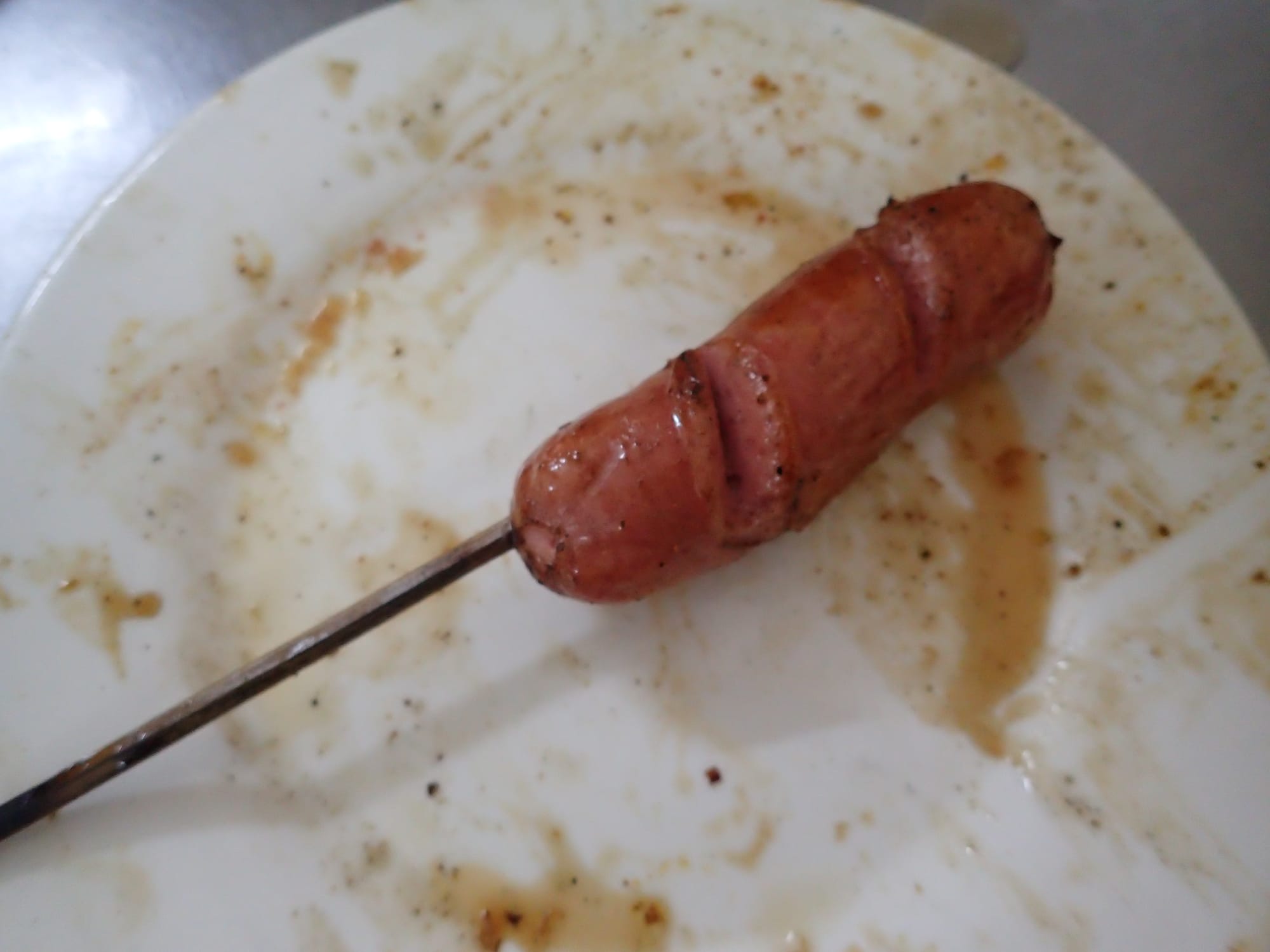
BBQ skewers (105,000 VND)
Highlands Coffee- Shark Jaw Building (Hàm Cá Mập Building) (Permanently Closed)
5 Đinh Tiên Hoàng, Hàng Trống, Hoàn Kiếm (5 Dinh Tien Hoang, Hang Trong, Hoan Kiem)
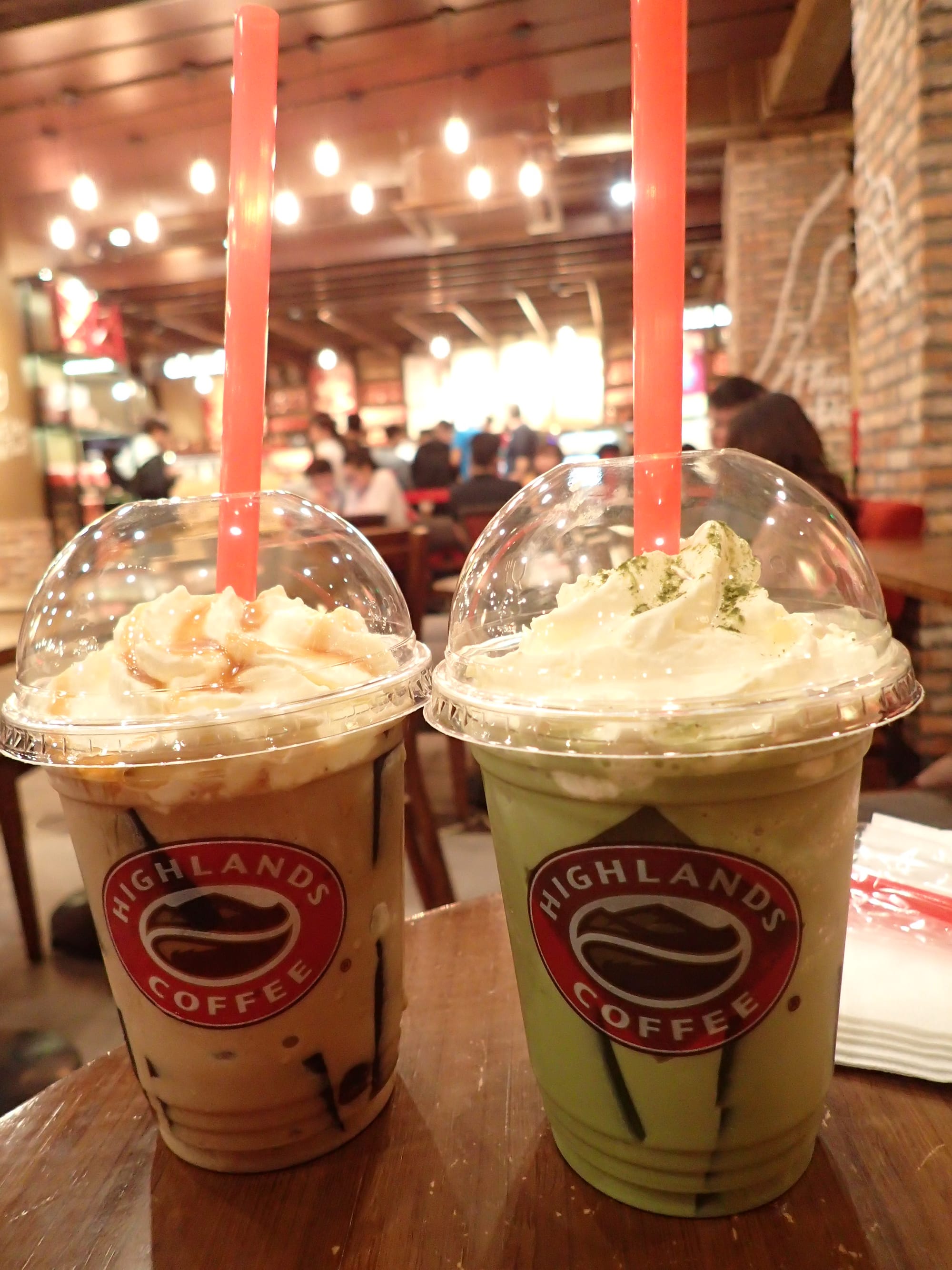
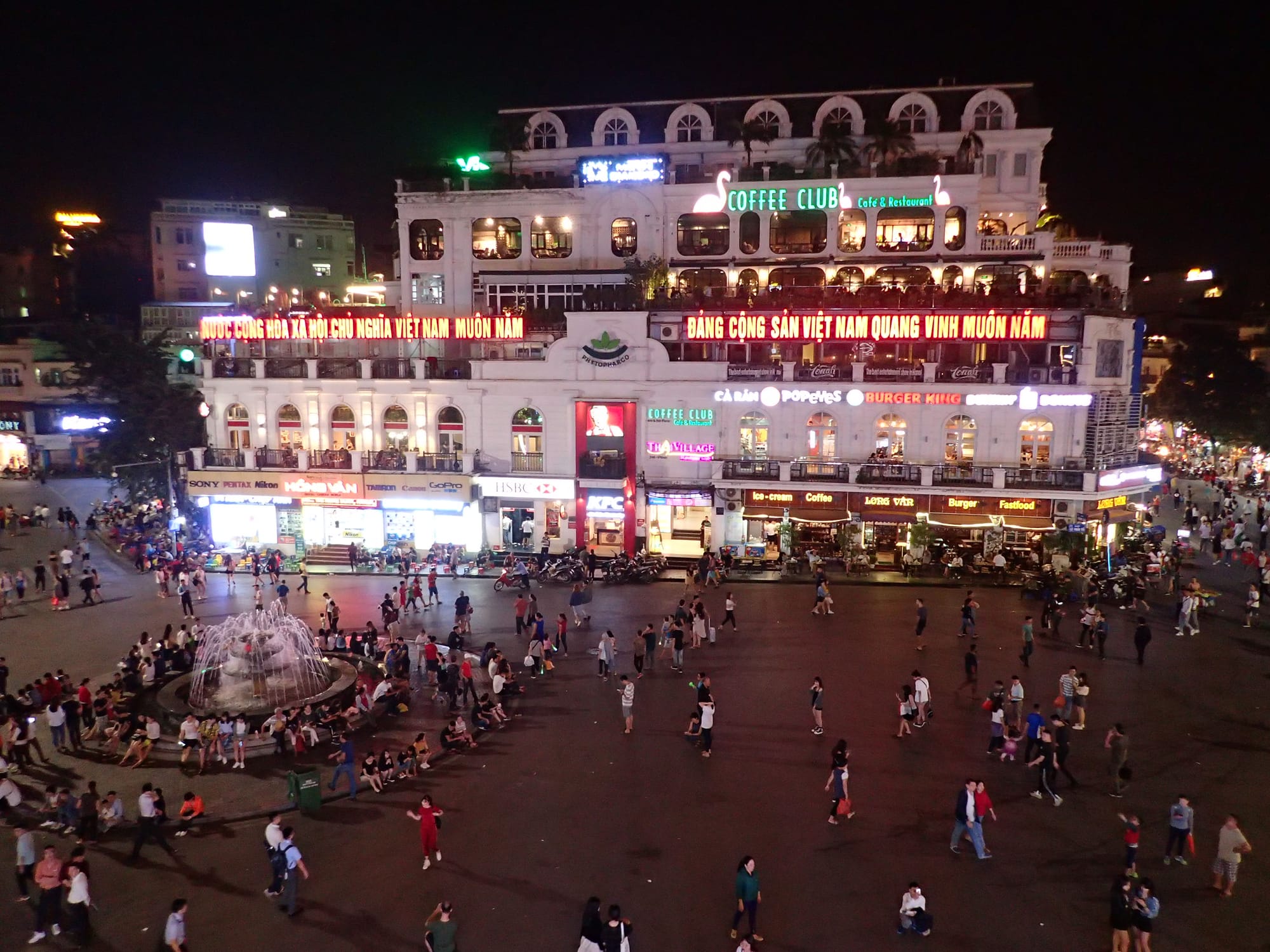
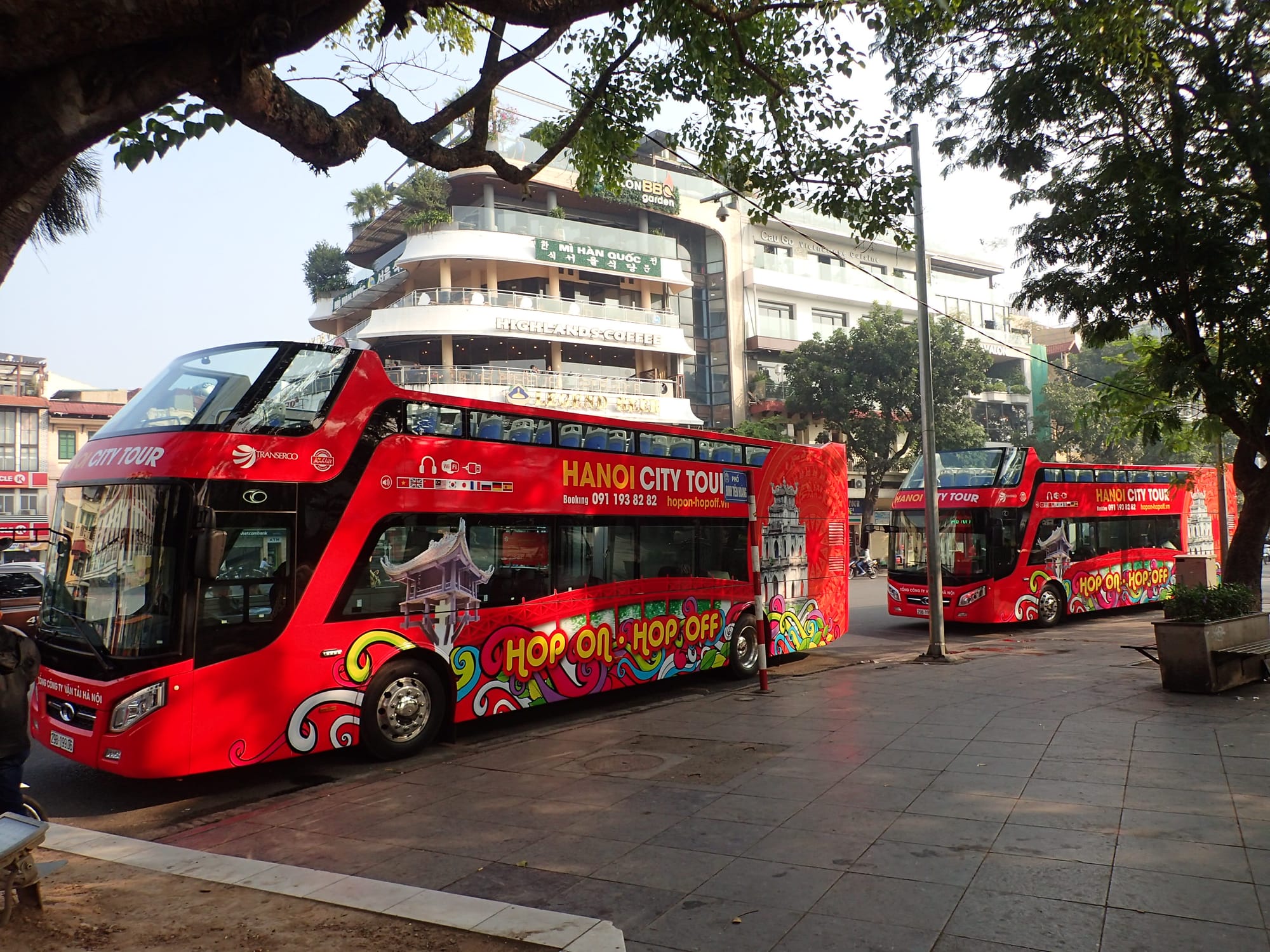
caramel phin freeze (49,000 VND), green tea freeze (49,000 VND), view from the balcony, the iconic shark jaw building (demolished 😭)
Hoa Béo (Hoa Beo)
17 P. Tố Tịch, Hàng Gai, Hoàn Kiếm (17 To Tich, Hang Gai, Hoan Kiem)
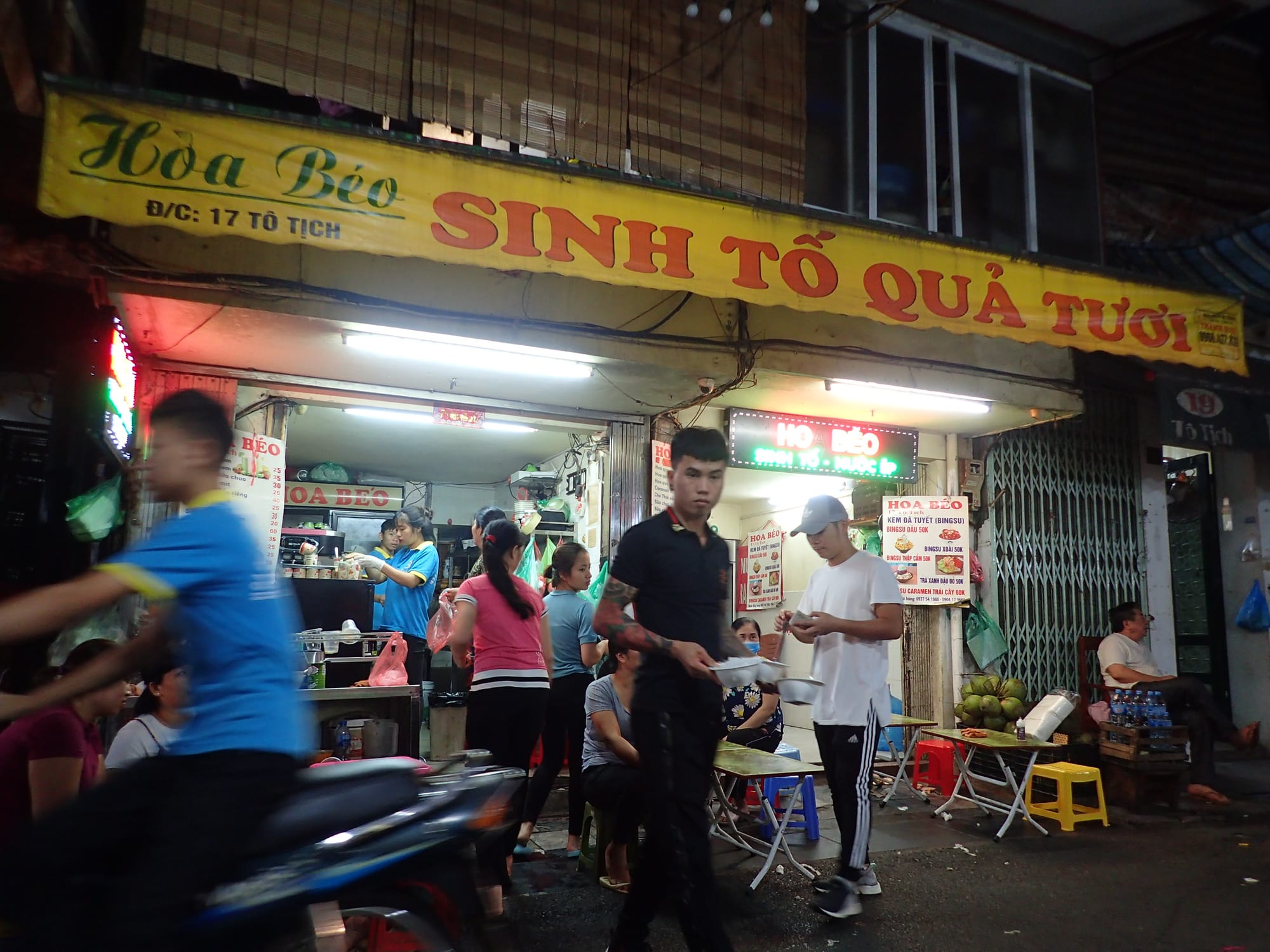
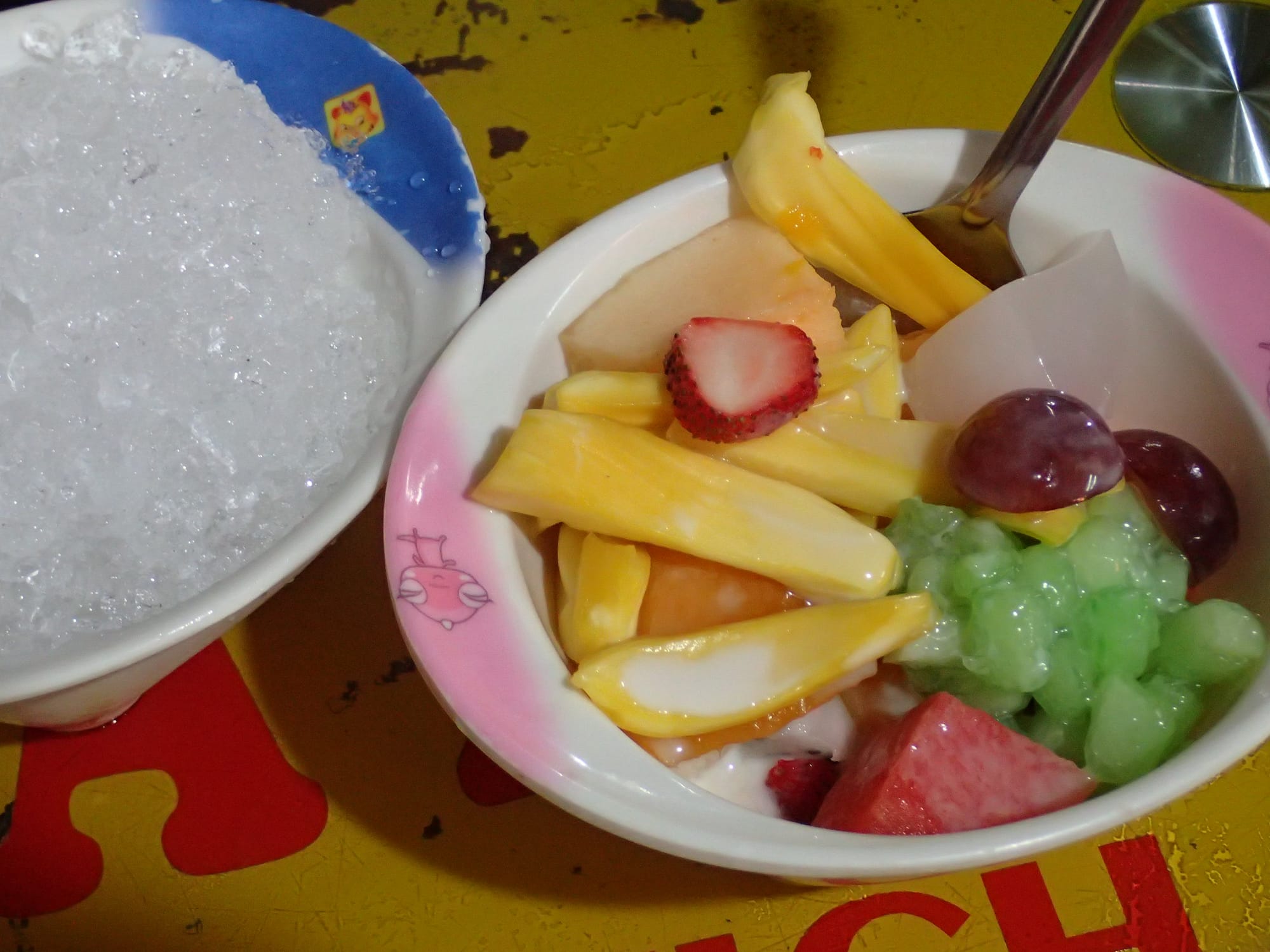
fruit salad (25,000 VND)
Kem Caramen Dương Hoa (Kem Caramen Duong Hoa)
29 Hàng Than, Trúc Bạch, Ba Đình (29 Hang Than Ba Dinh)
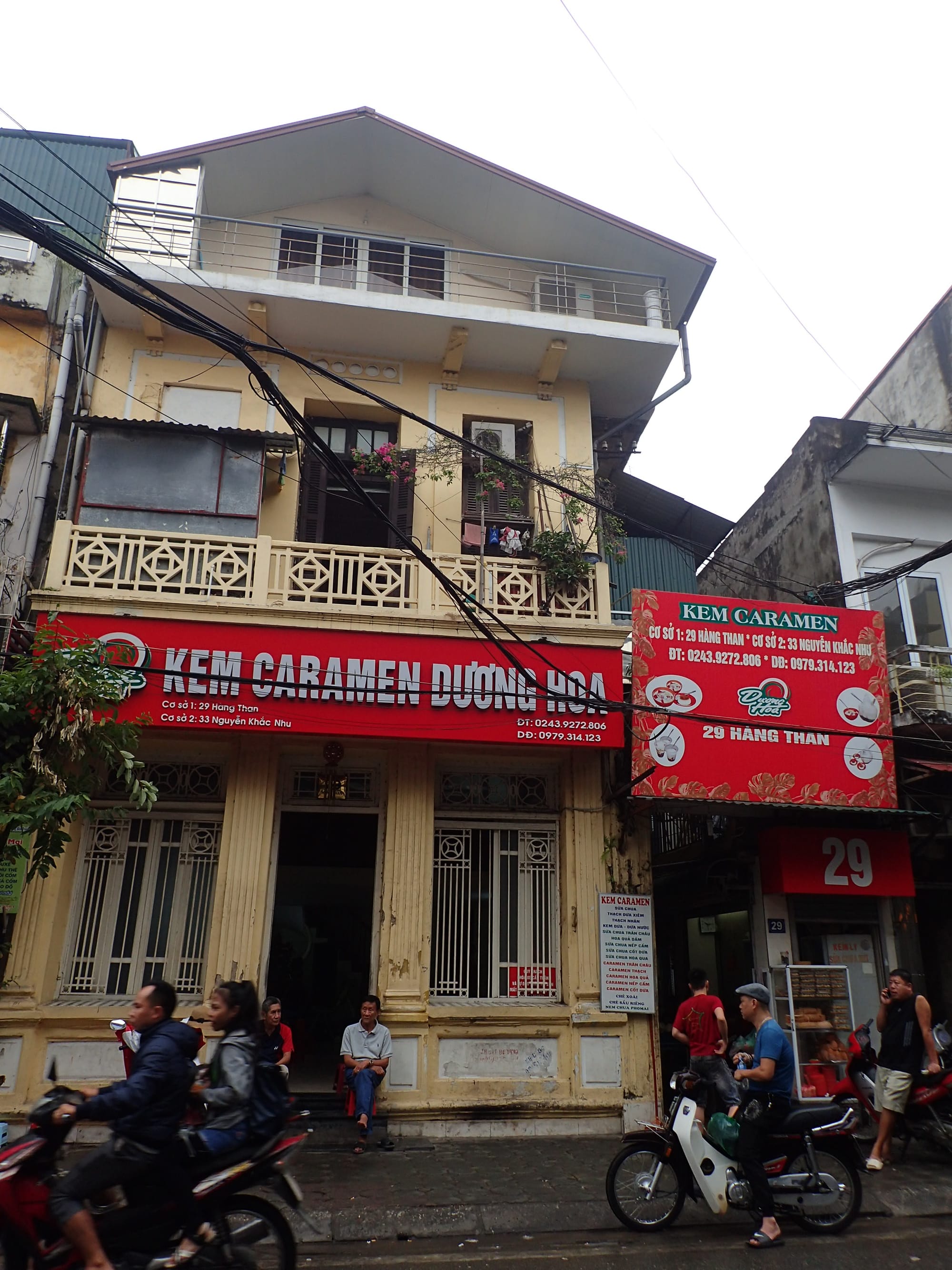
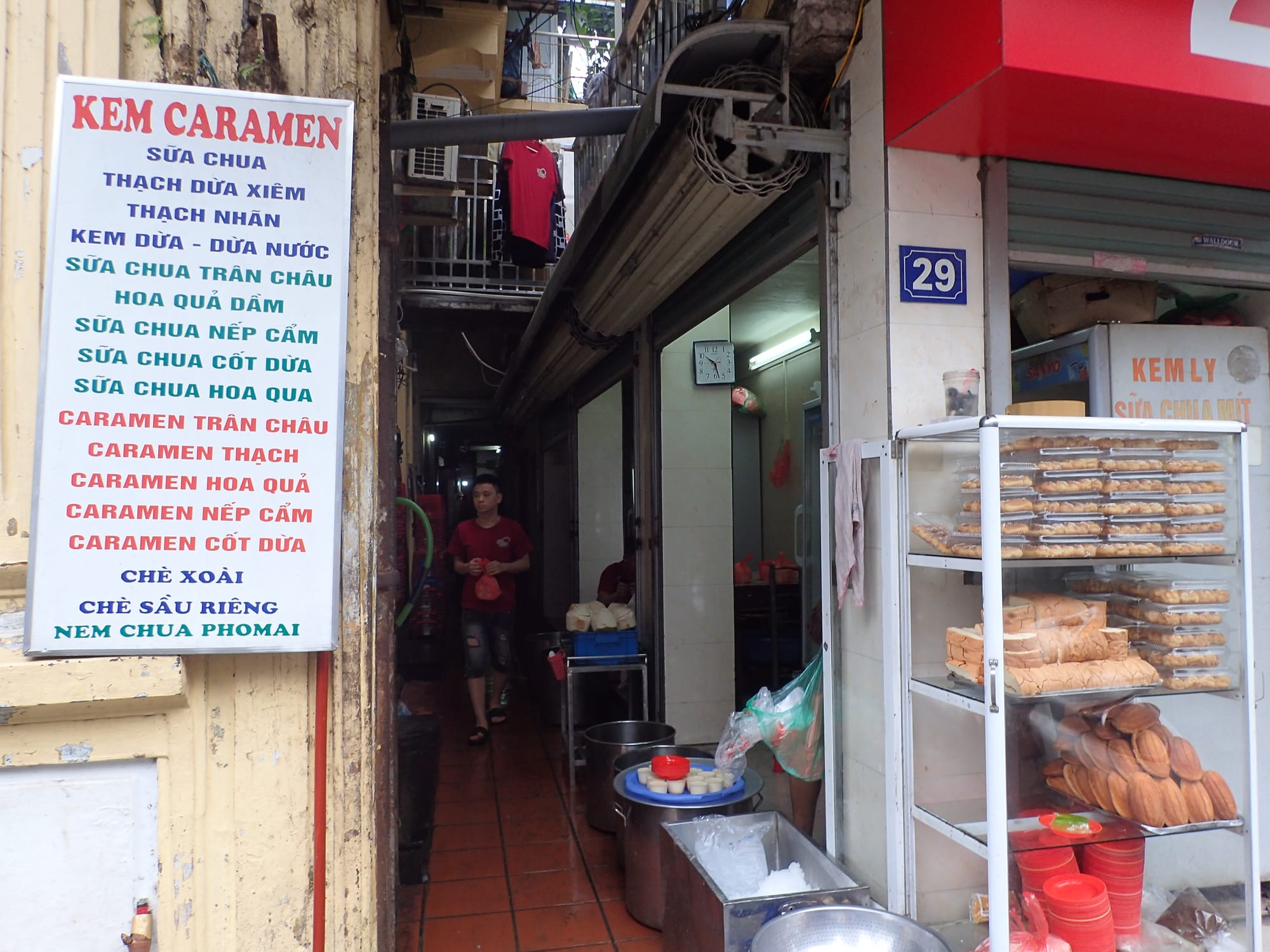
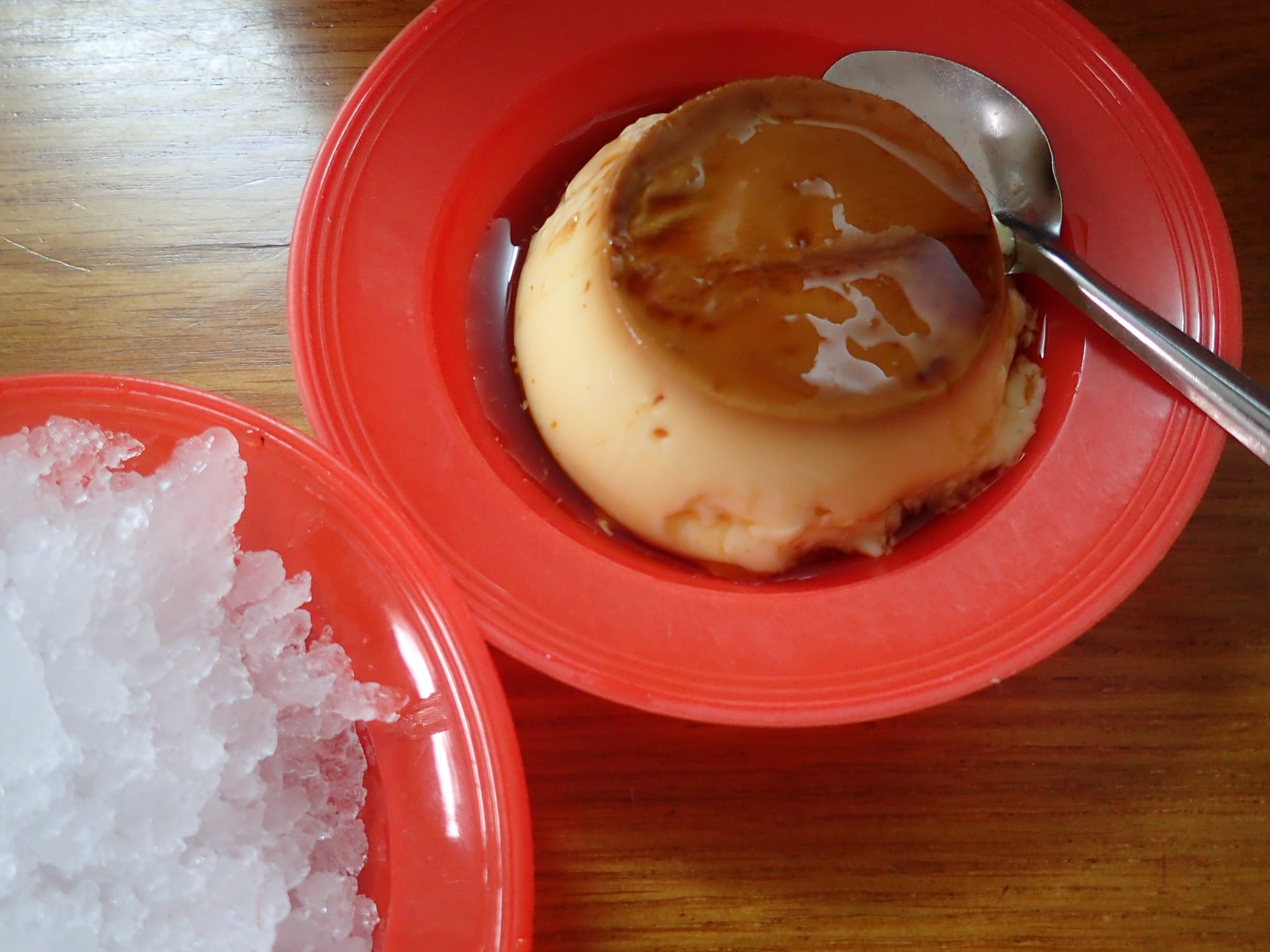
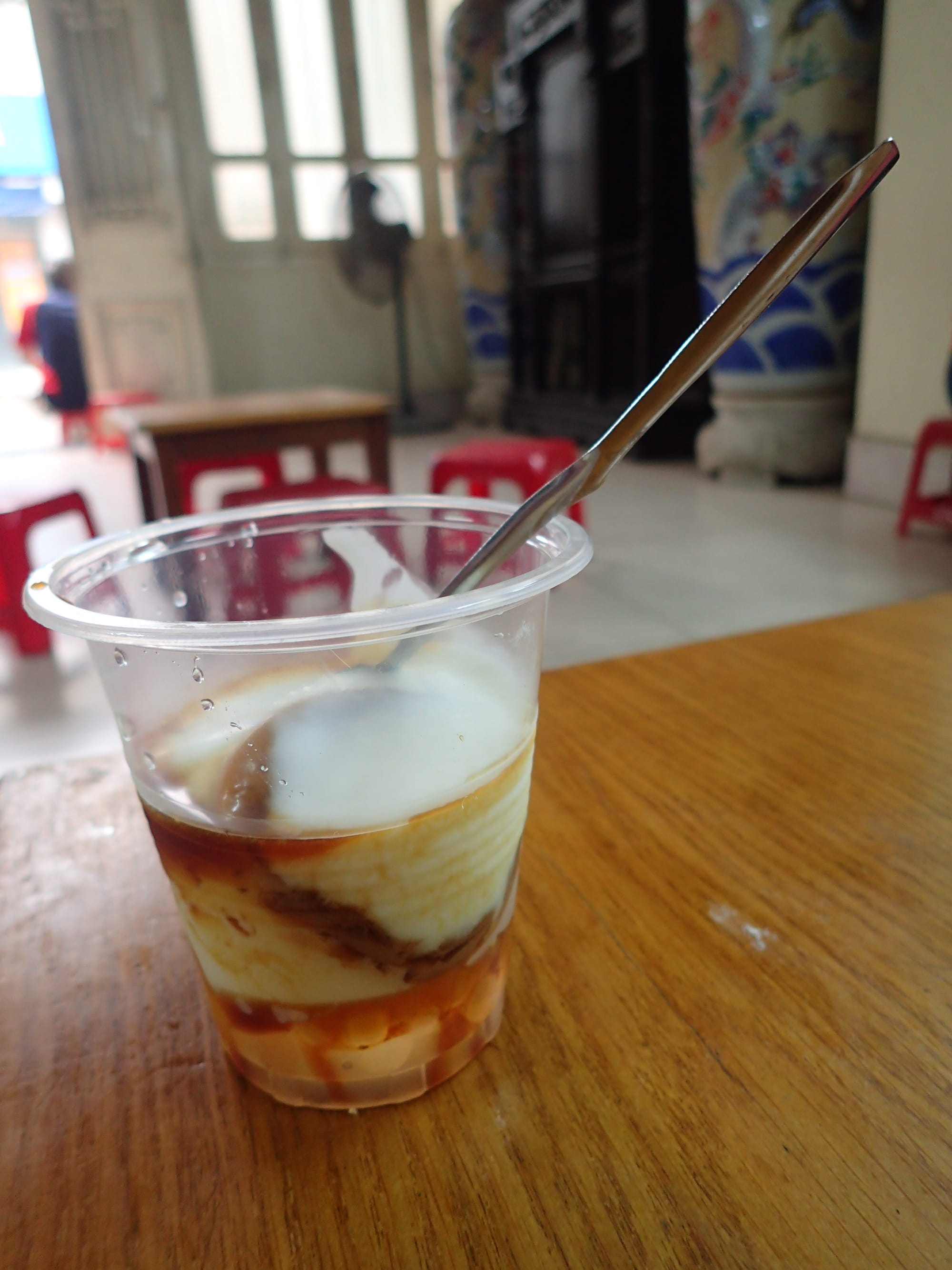
kem caramen (22,000 VND)
Kem caramen or bánh flan (especially in the south) is the Vietnamese version of the classic French crème caramel, a silky egg custard topped with a layer of bittersweet caramel sauce.
KFC
3C P. Lê Thái Tổ, Hàng Trống, Hoàn Kiếm (3C Ly Thai To Hang Trong, Hoan Kiem)
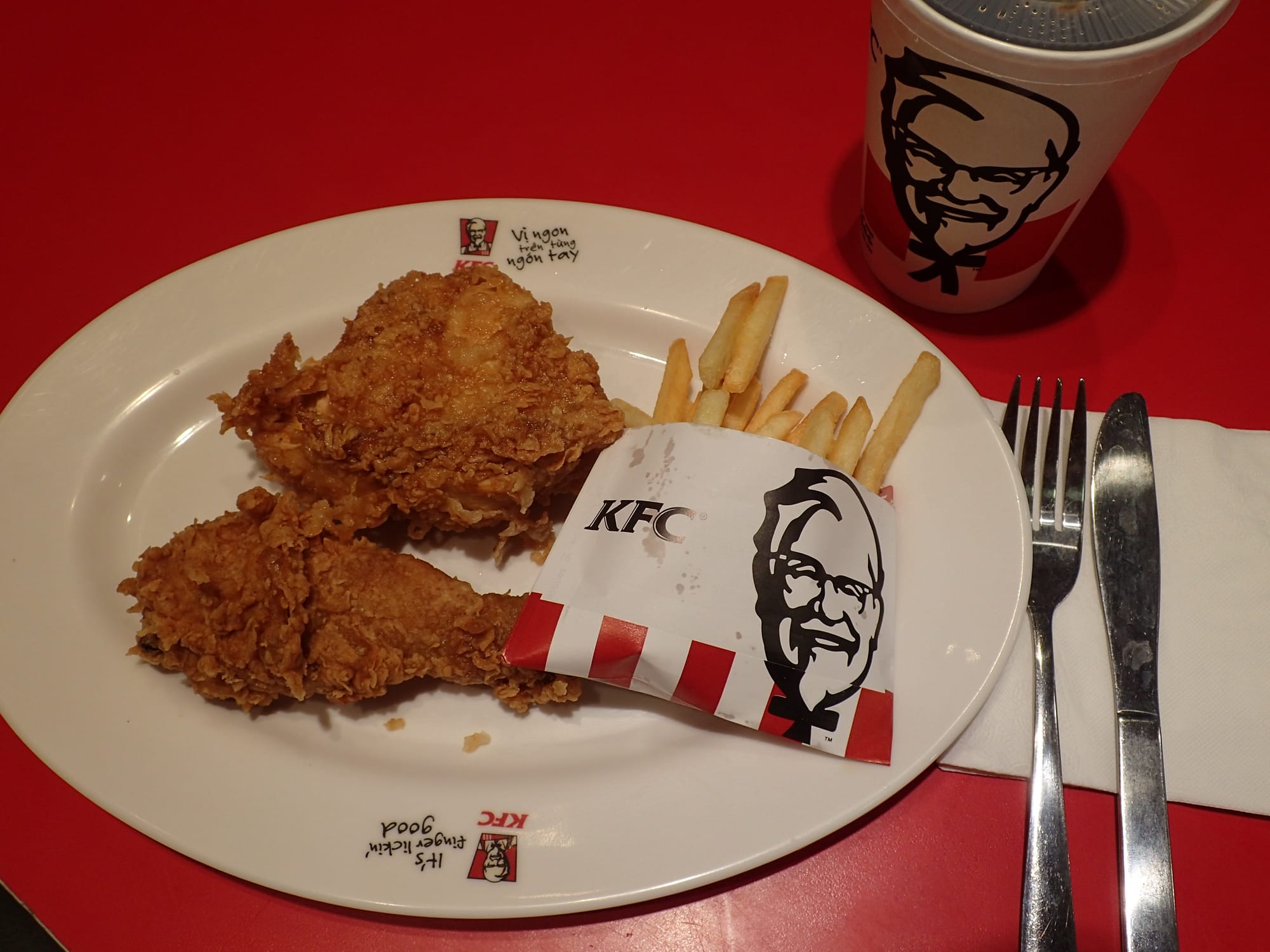
Long Vi Dung
23 P. Hồ Hoàn Kiếm, Hàng Trống, Hoàn Kiếm (23 Ho Hoan Kiem Street, Hoan Kiem District)
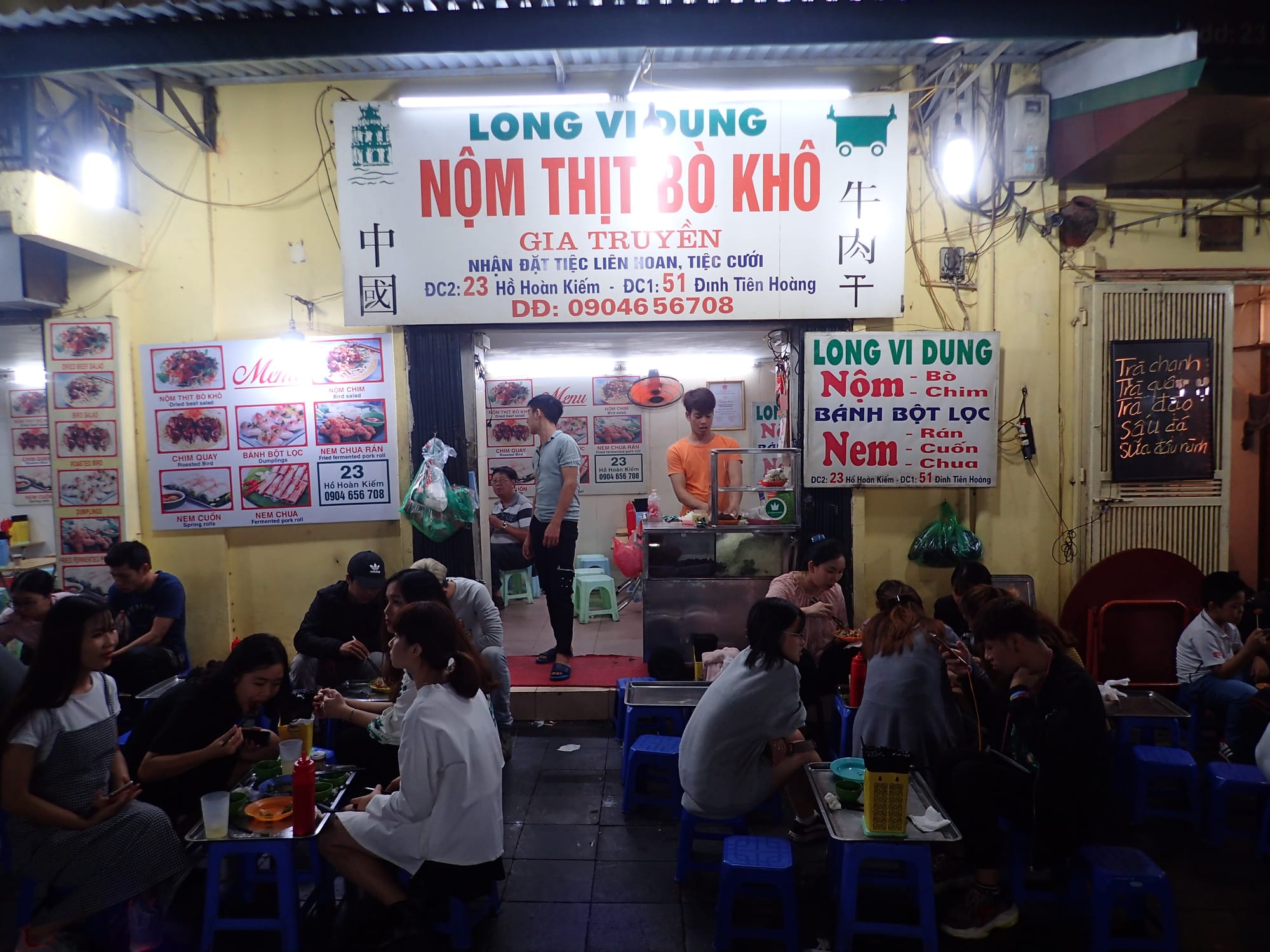
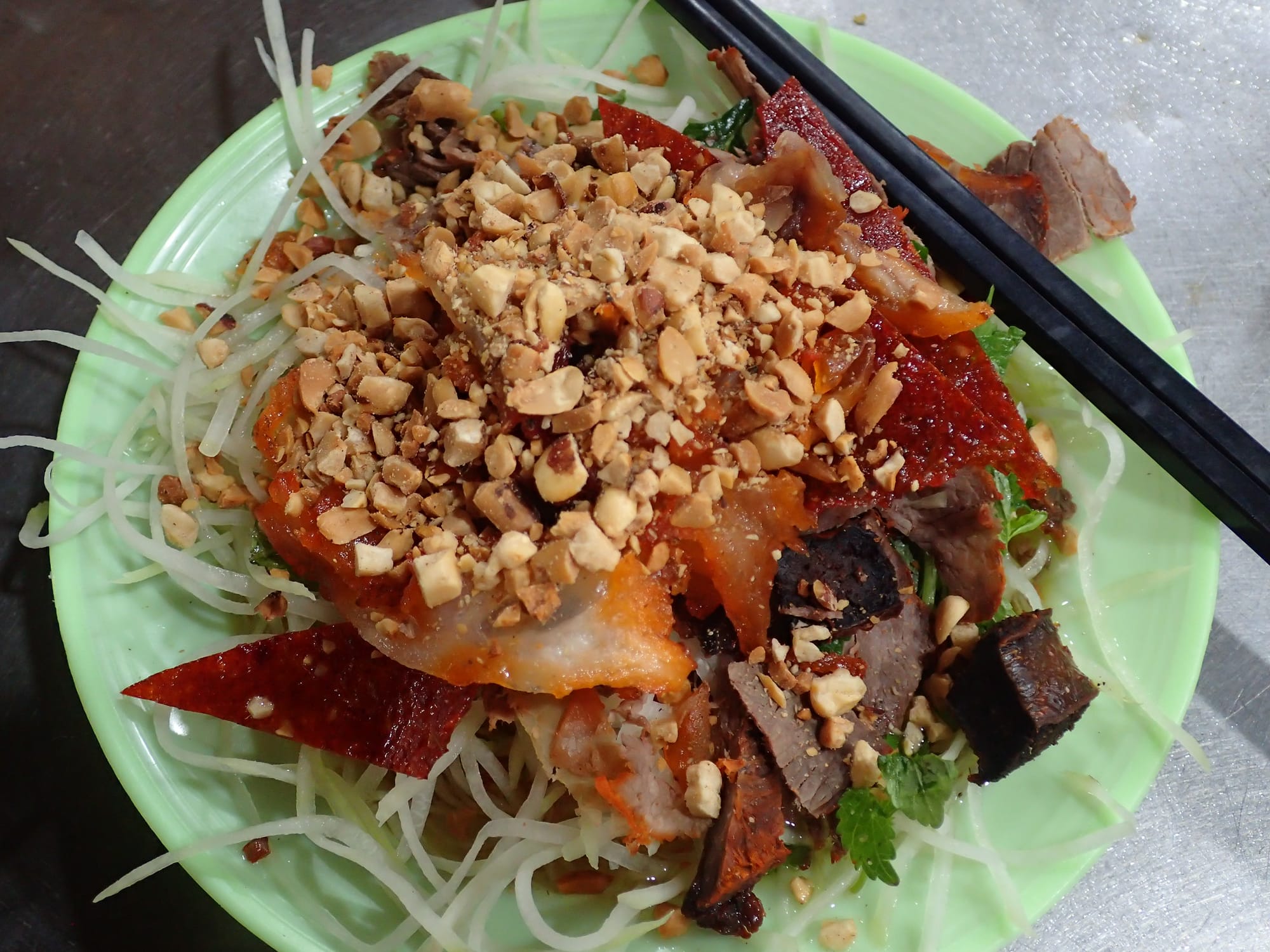
Nộm Thịt Bò Khô (Dried Bề Salad) (35,000 VND)
Ngõ Tạm Thương (Ngo Tam Thuong)
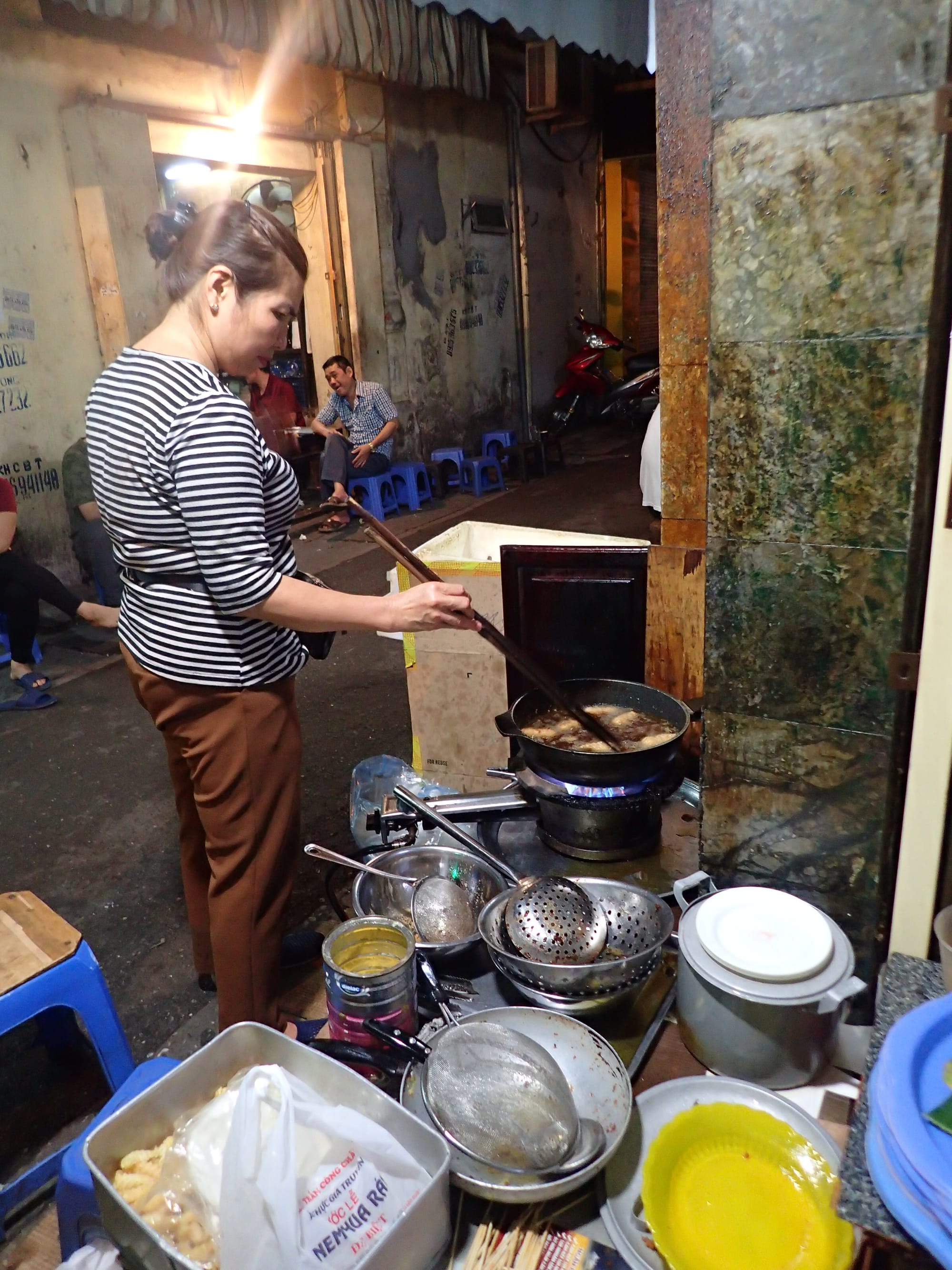
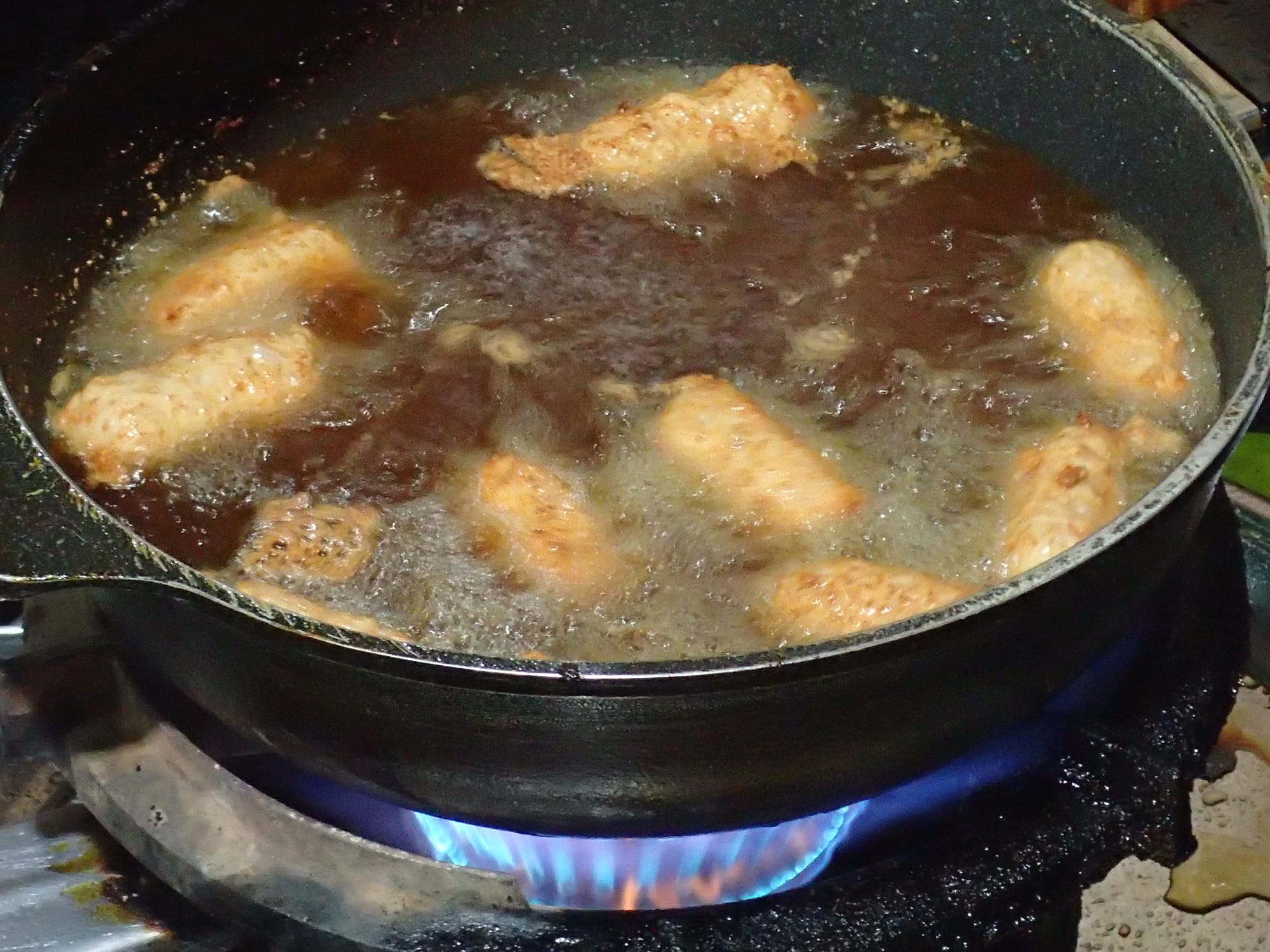
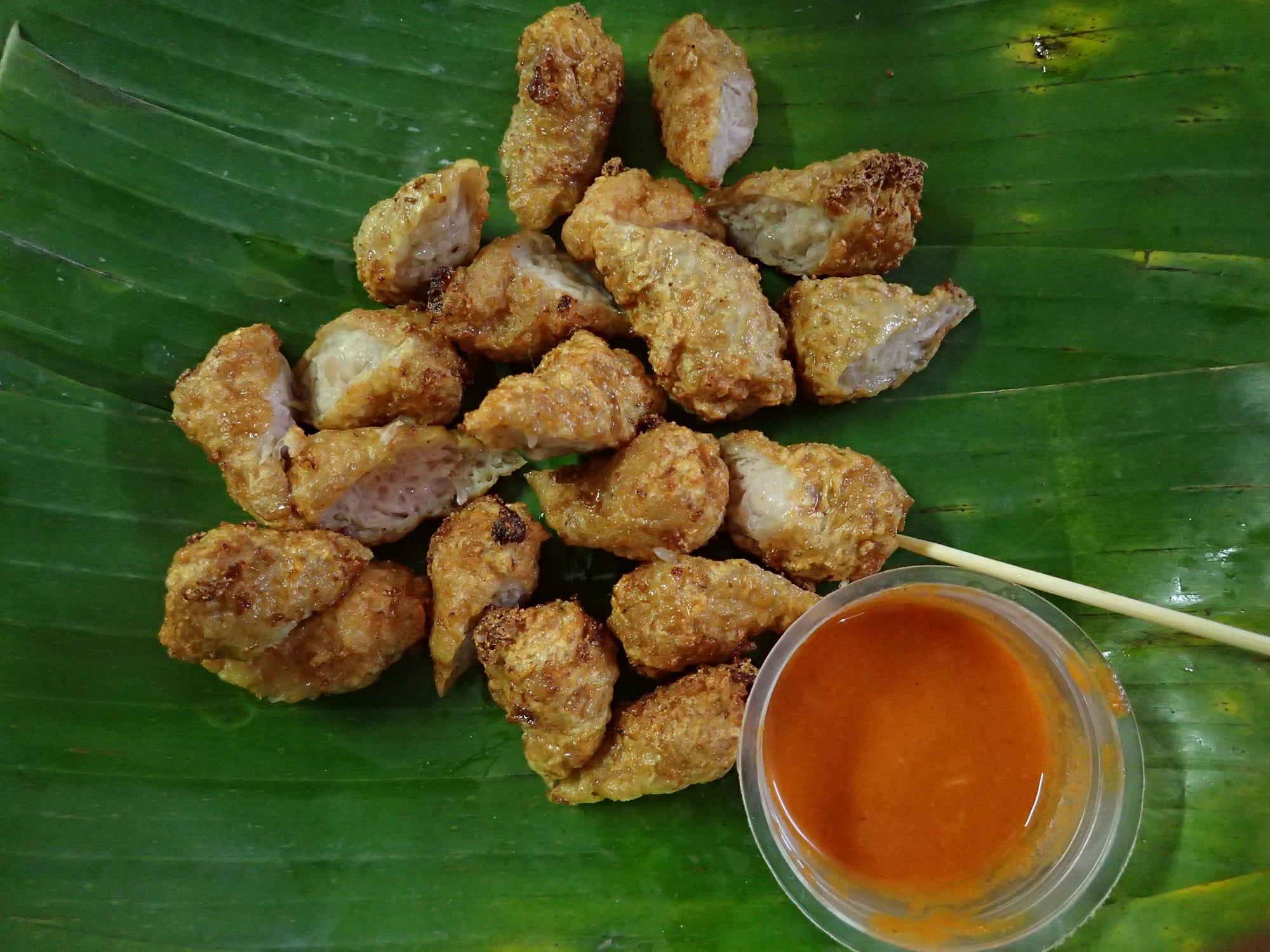
fried pork (50,000 VND)
Phở Bát Đàn (Pho Bat Dan)
49 P. Bát ĐànCửa Đông, Hoàn Kiếm (49 Bat Dan Street, Hoan Kiem District)
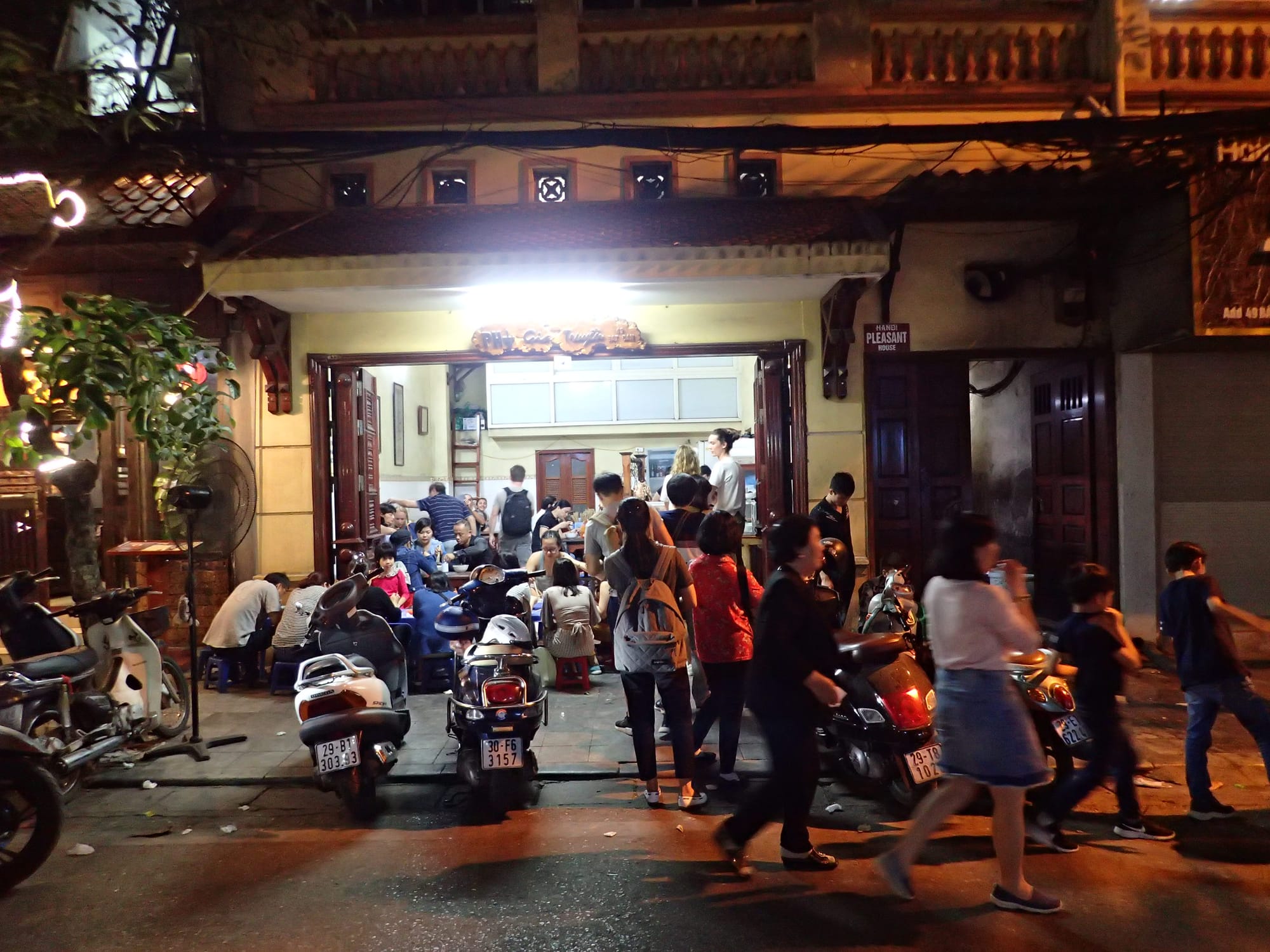
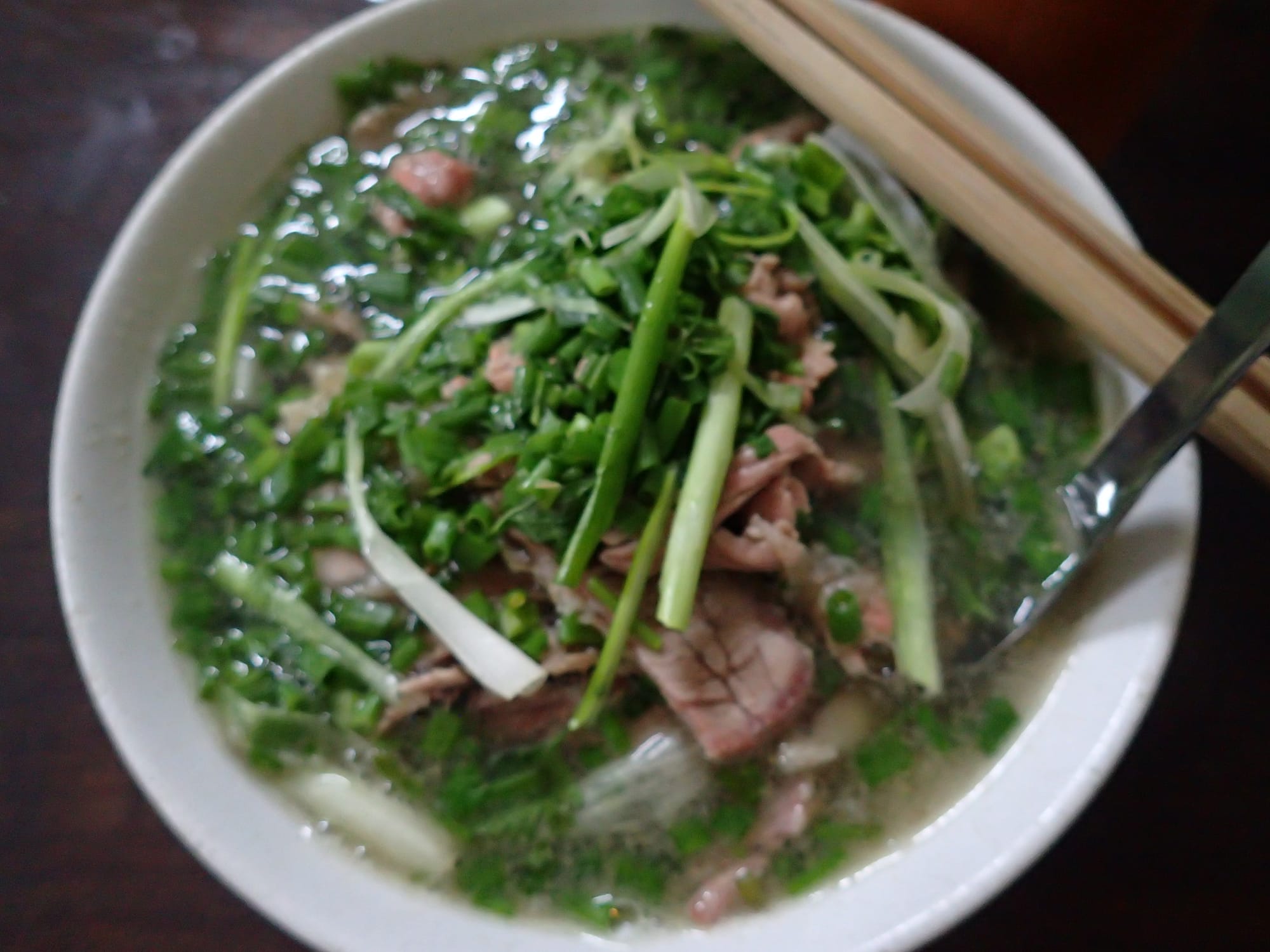
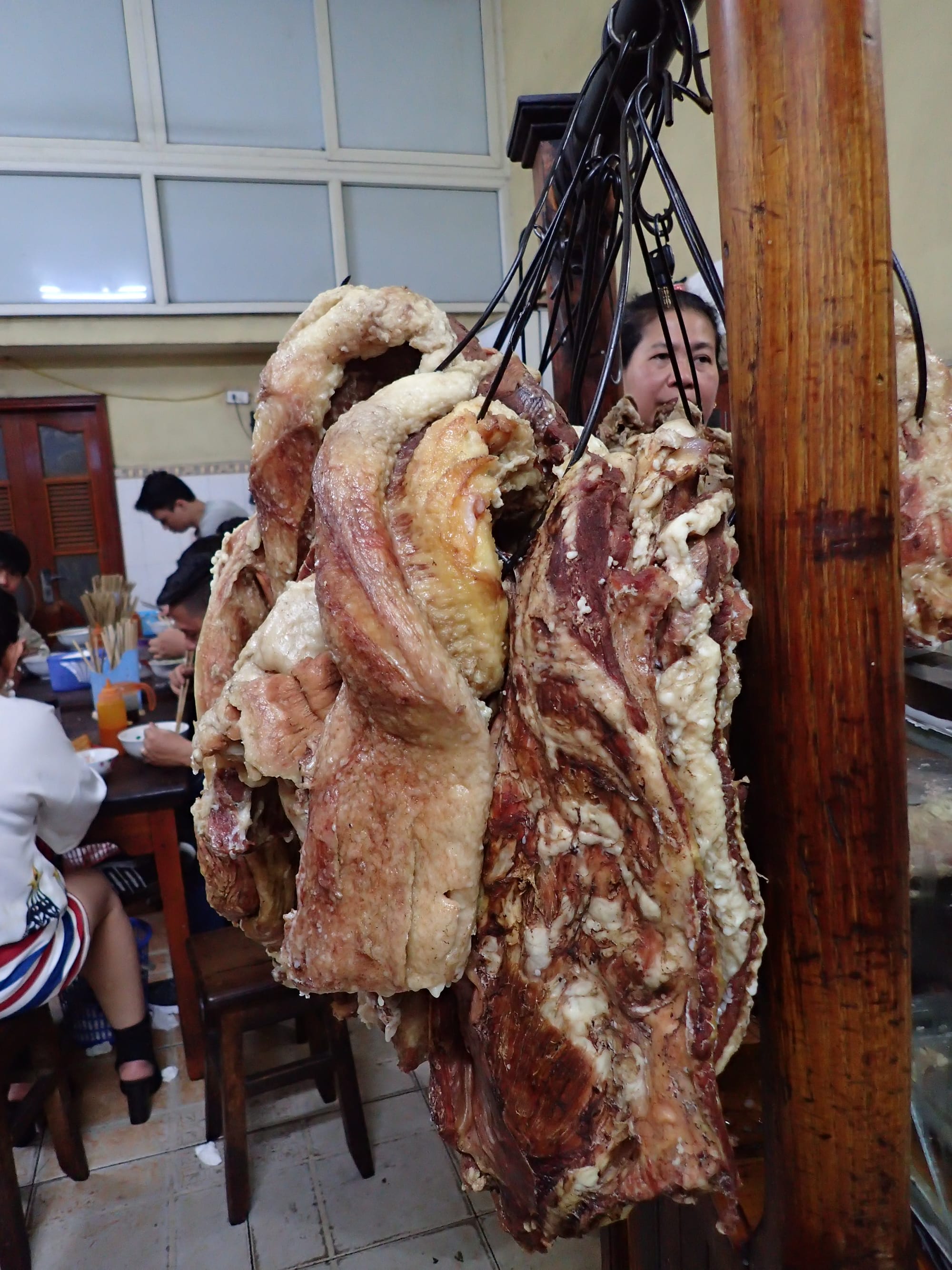
beef pho (50,000 VND)
Phở Sướng (Pho Suong)
24B Ngõ Trung Yên, Hàng Bạc, Hoàn Kiếm (24B Trung Yen Alley, Dinh Liet Street, Hang Bac, Hoan Kiem District)
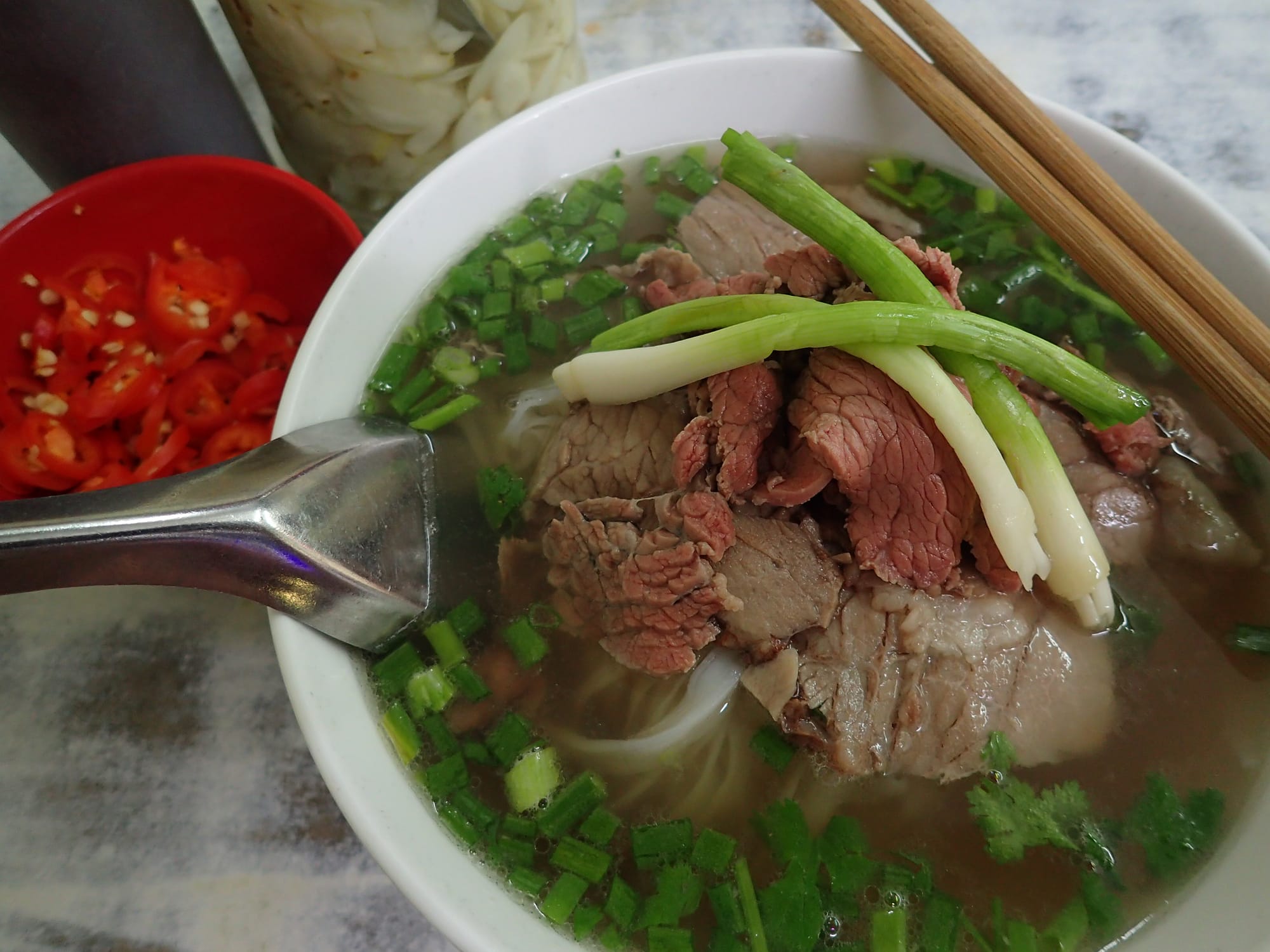
Phở Thìn Lò Đúc (Pho Thin Lo Duc)
13 P. Lò Đúc, Ngô Thì Nhậm, Hai Bà Trưng (13 Lo Duc Street, Hai Ba Trung District)
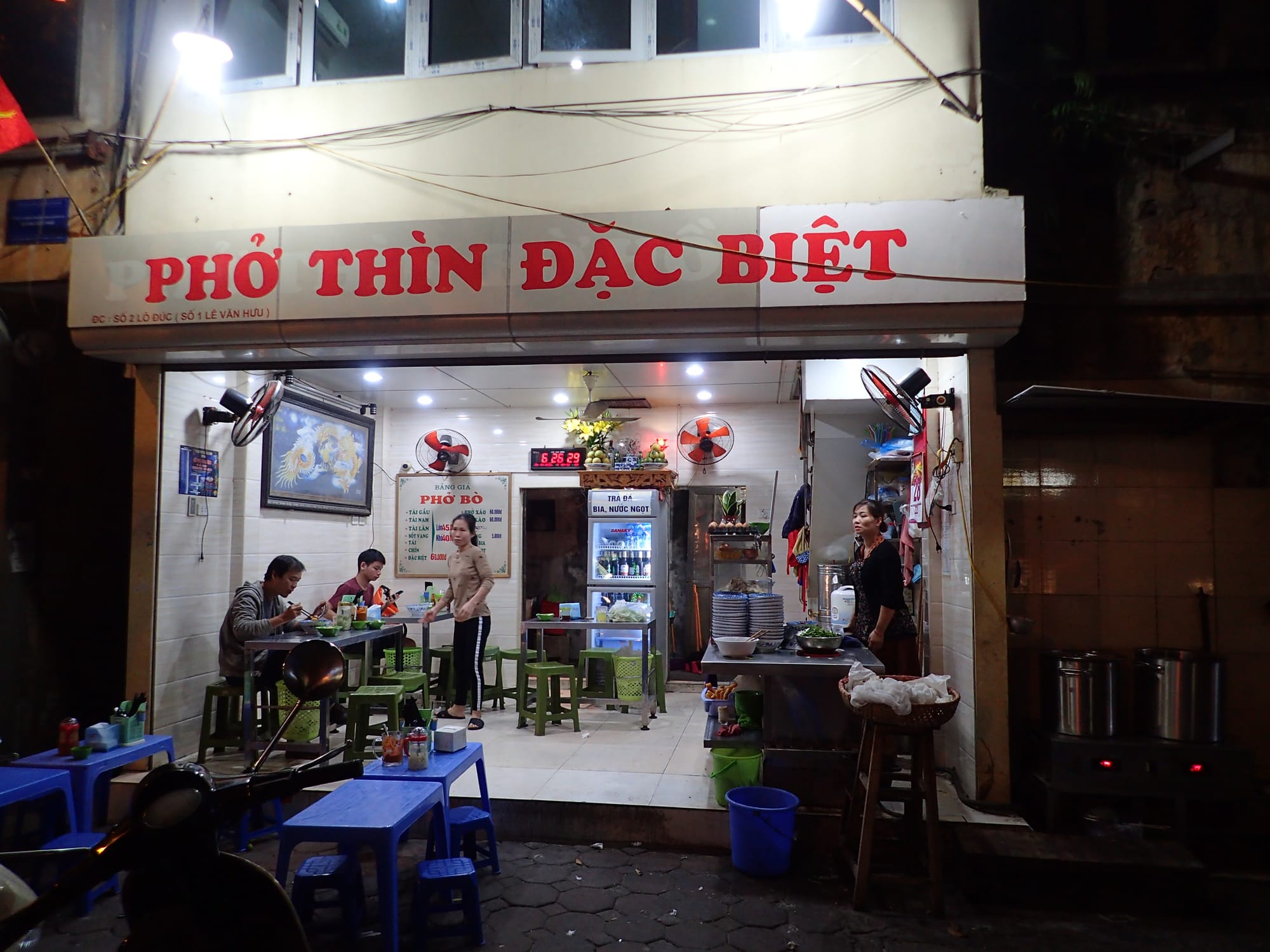
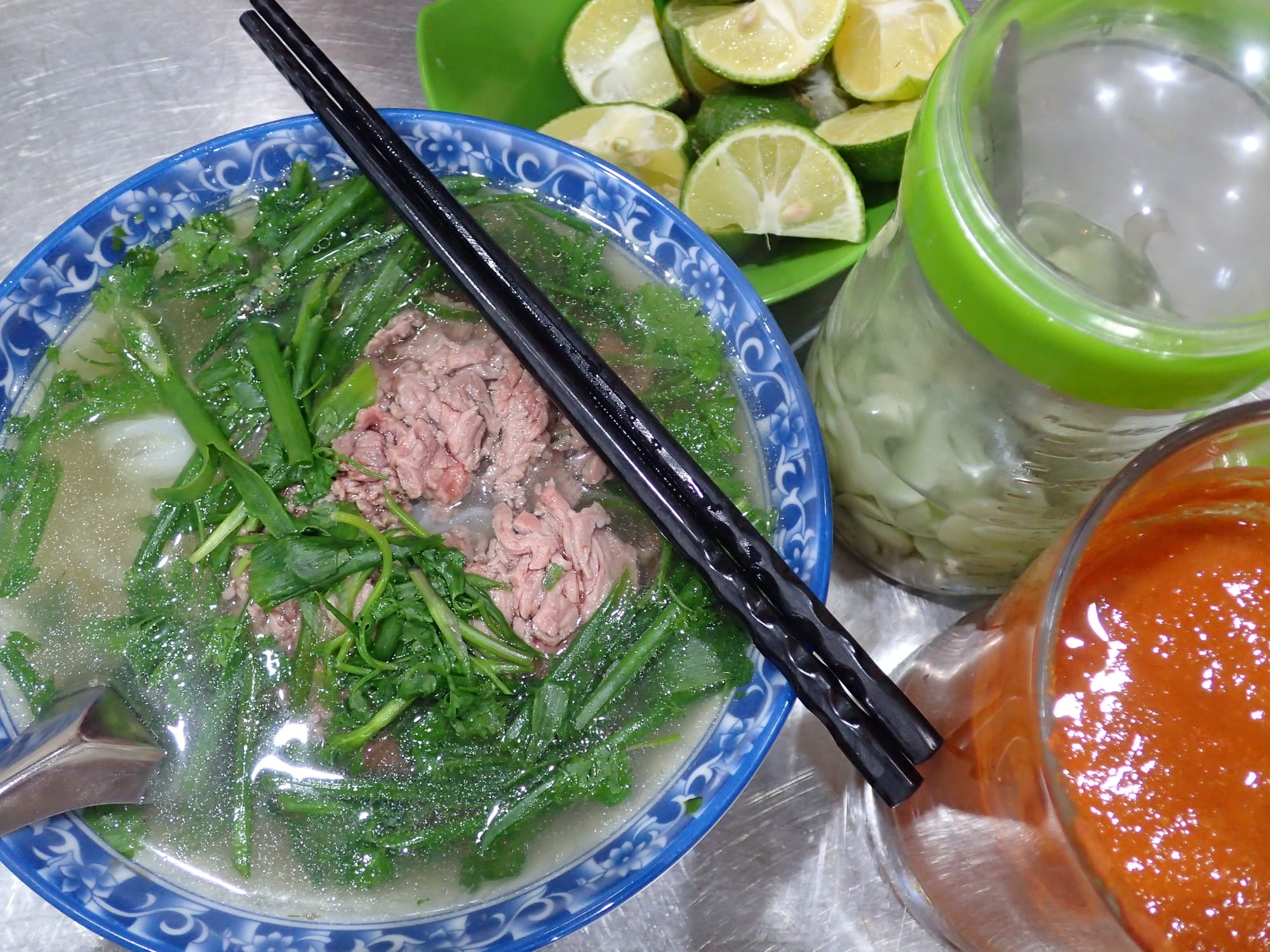
beef pho (45,000 VND)
Quán Cây Si (Quan Cay Si)
29 P. Tống Duy Tân, Hàng Bông, Hoàn Kiếm (29 Tống Duy Tân, Hoan Kiem District)
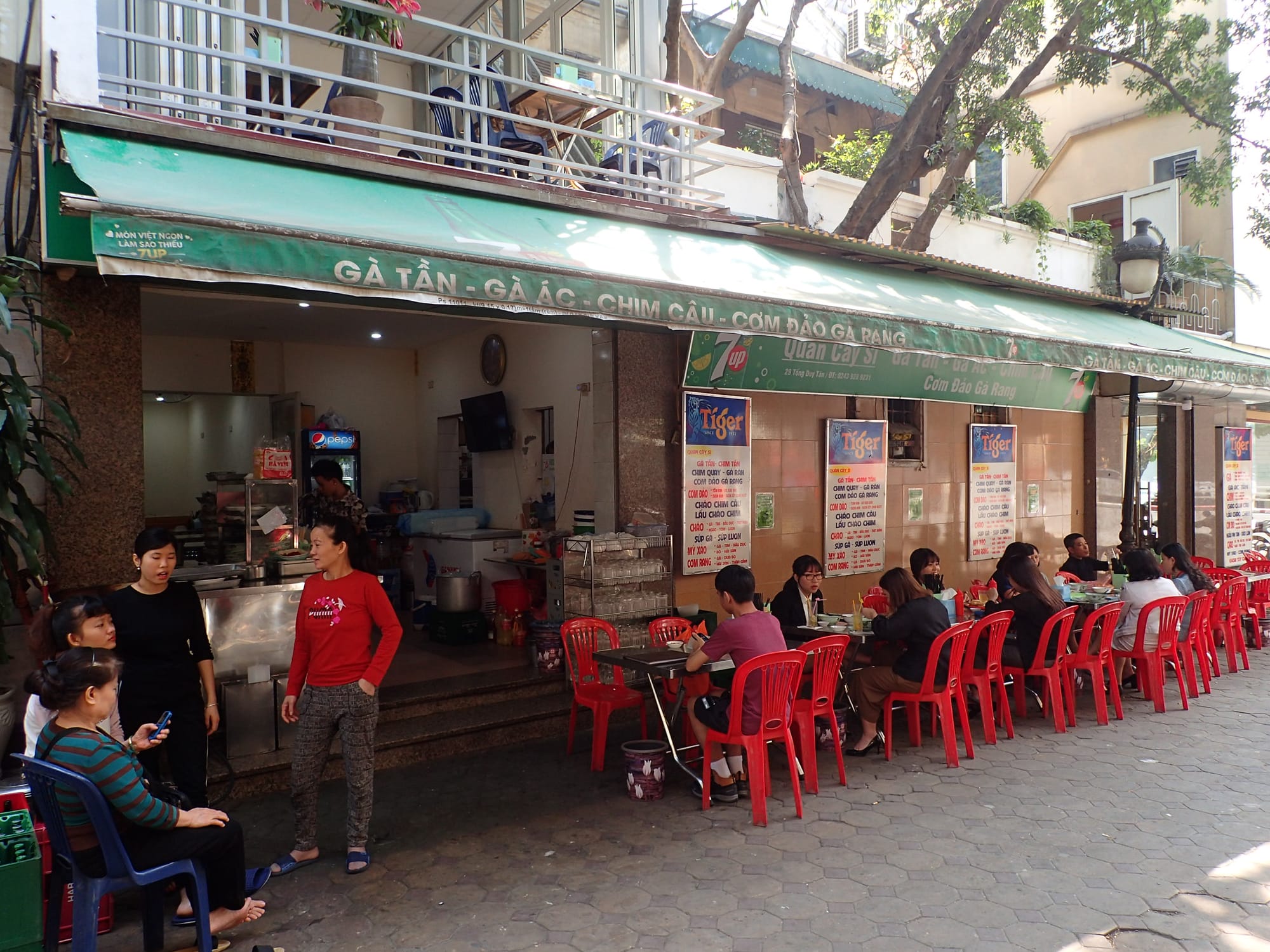
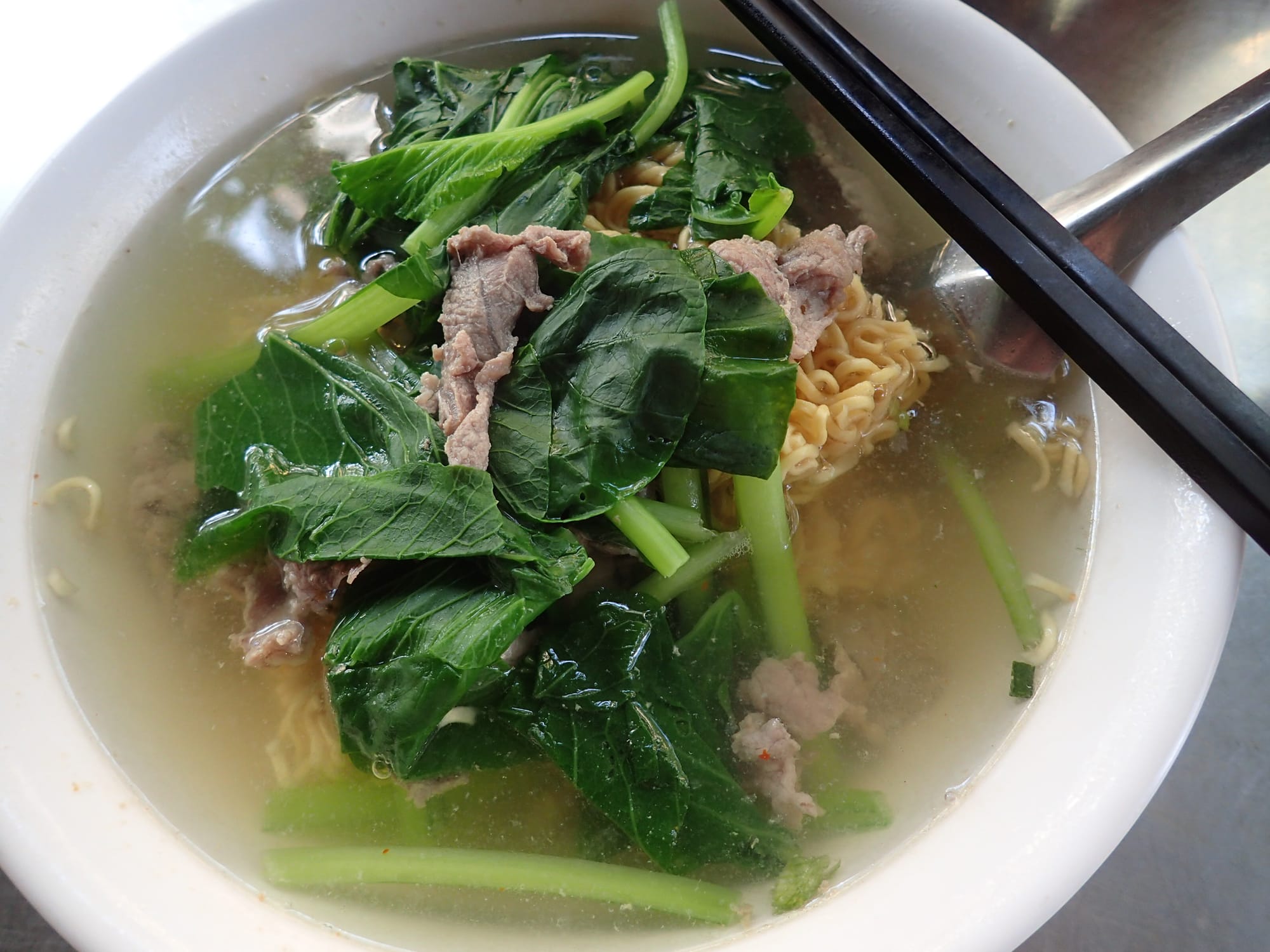
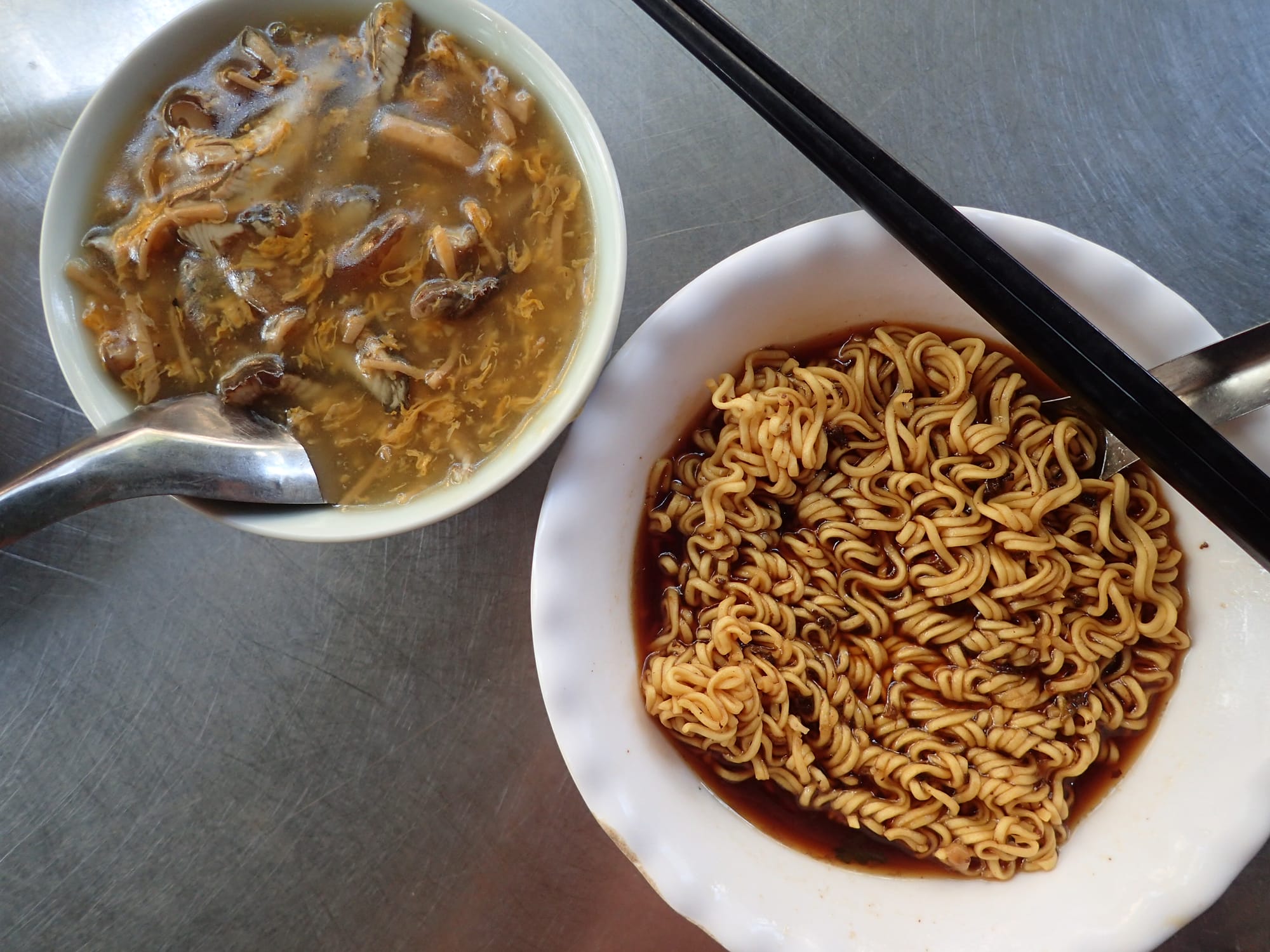
chicken soup (30,000 VND), eel soup (30,000 VND)
Trà chanh (Tra chanh)
31 Đào Duy Từ, Hoàn Kiếm (31 Dao Duy Tu - Hoan Kiem)
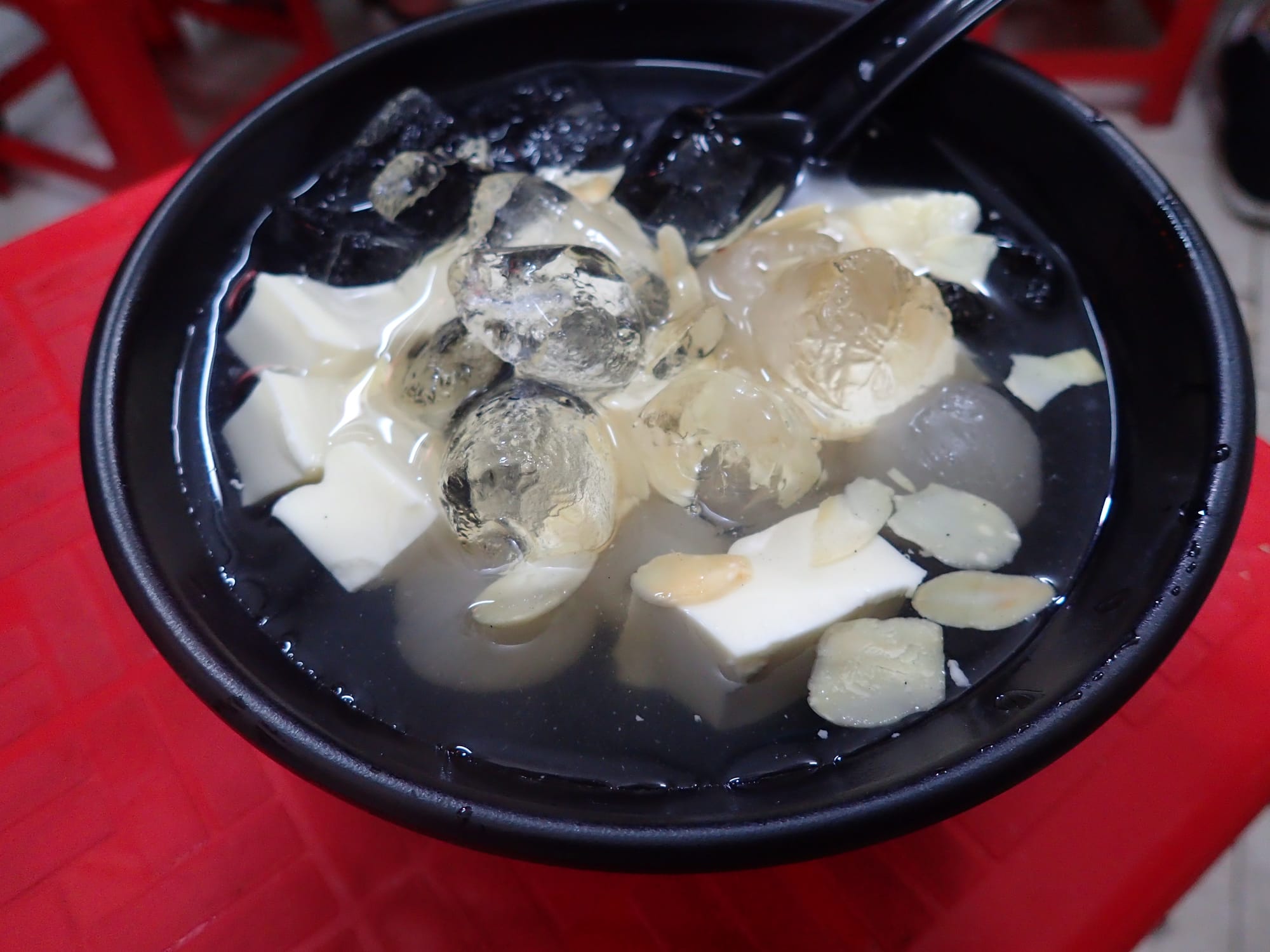
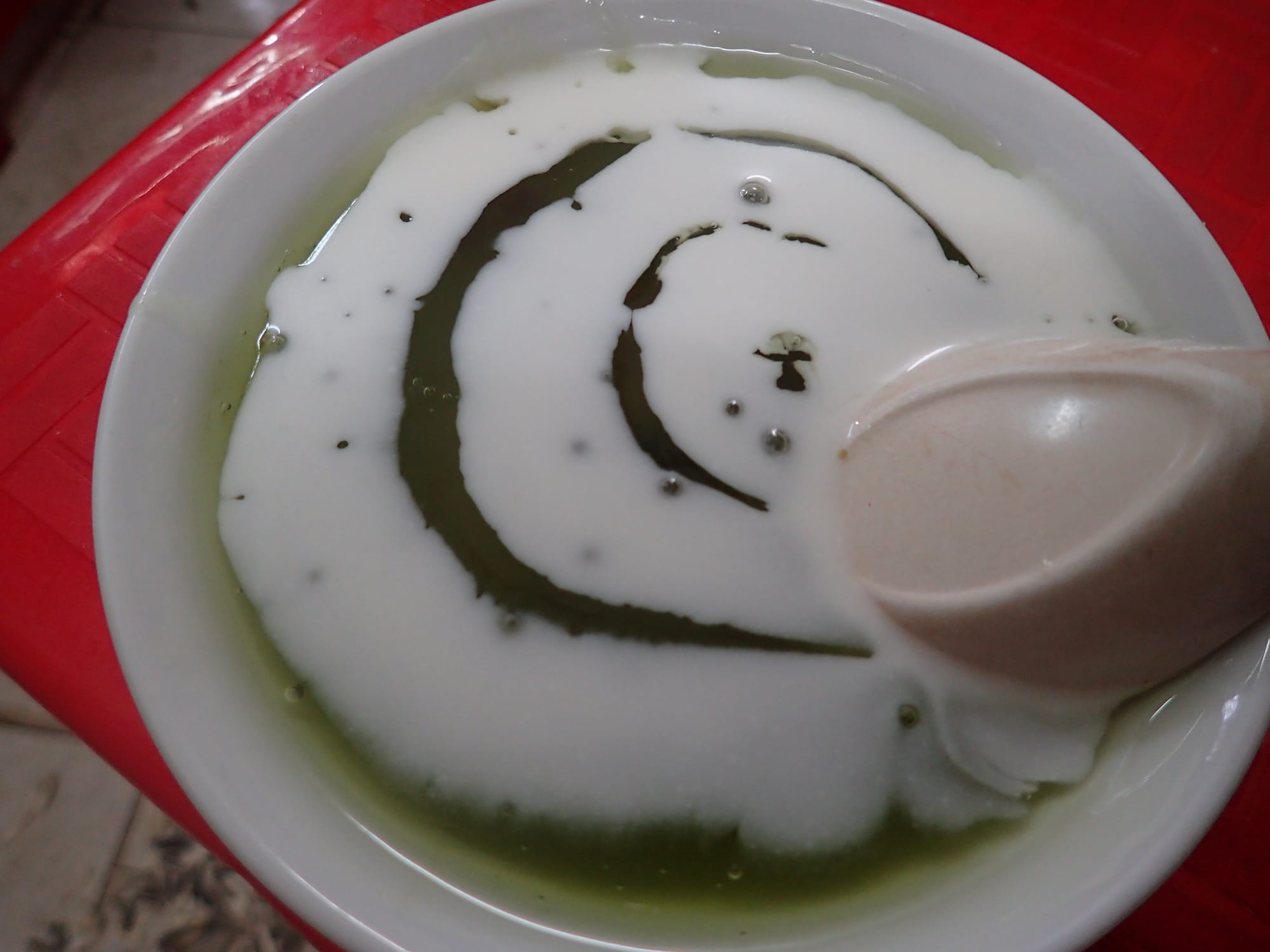
chè khúc bạch (almond panna cotta lychee dessert (25,000 VND), chè khoai môn (taro pudding)(20,000 VND)
Street Food
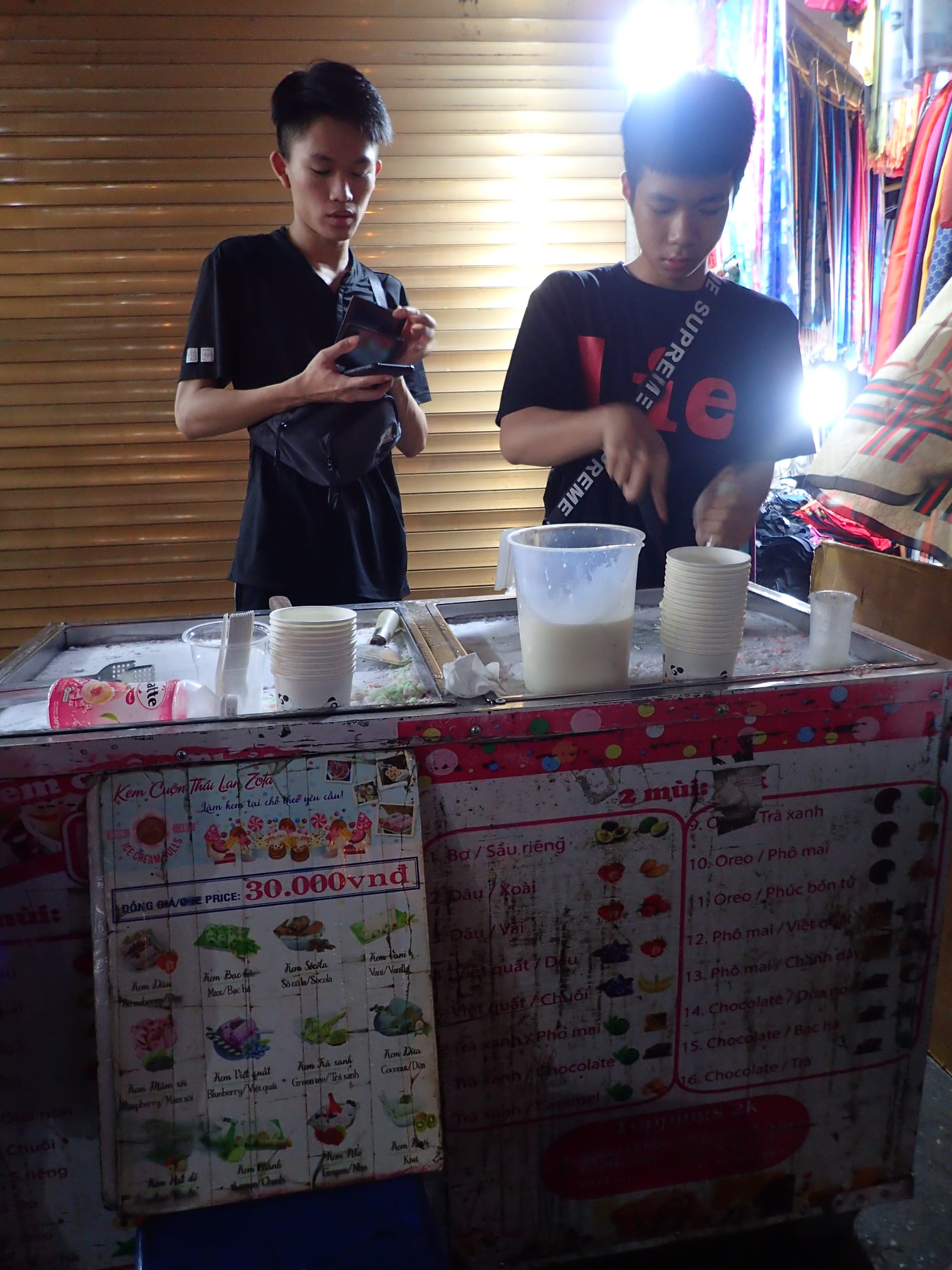
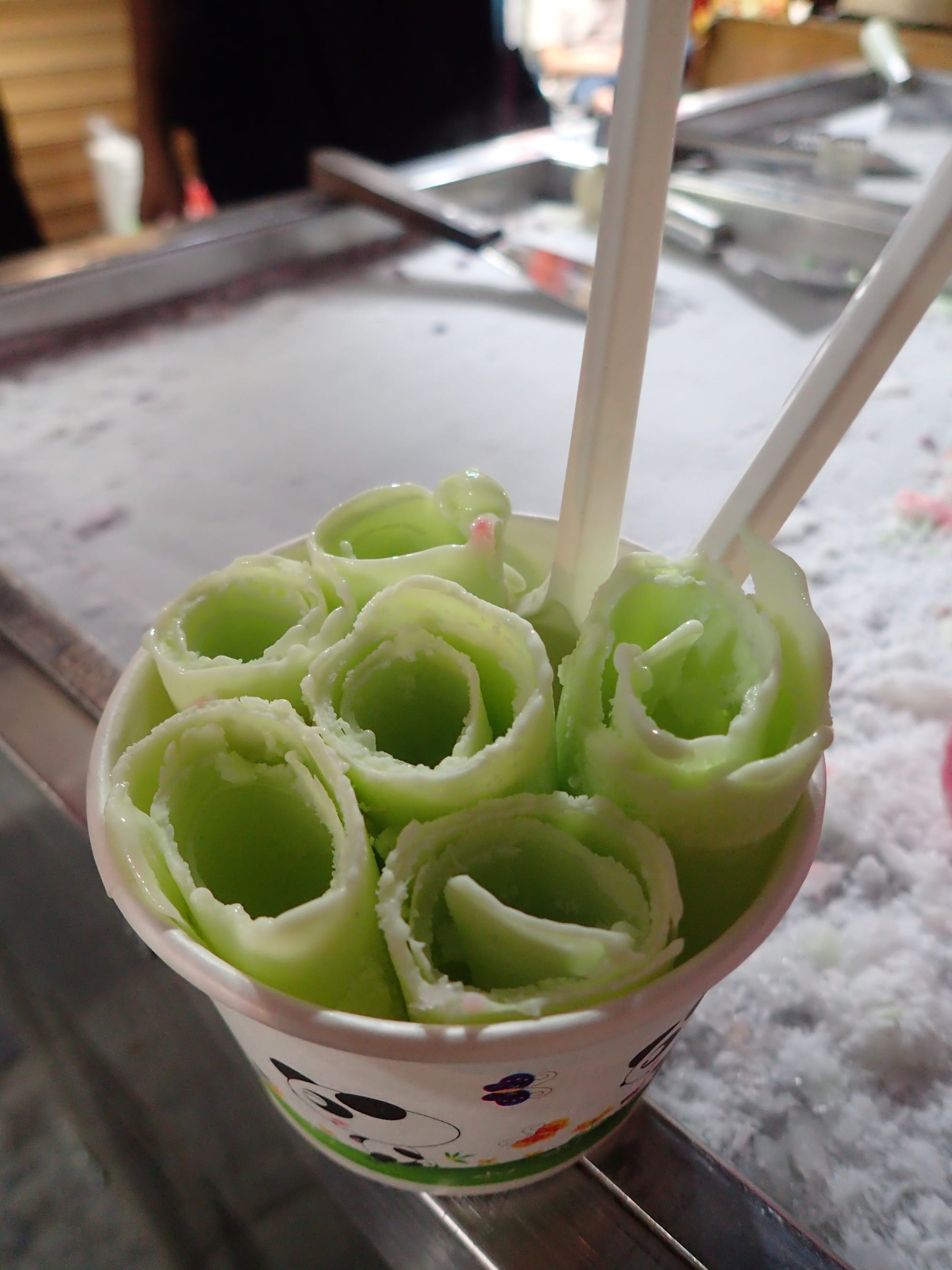
rolled ice cream (30,000 VND)
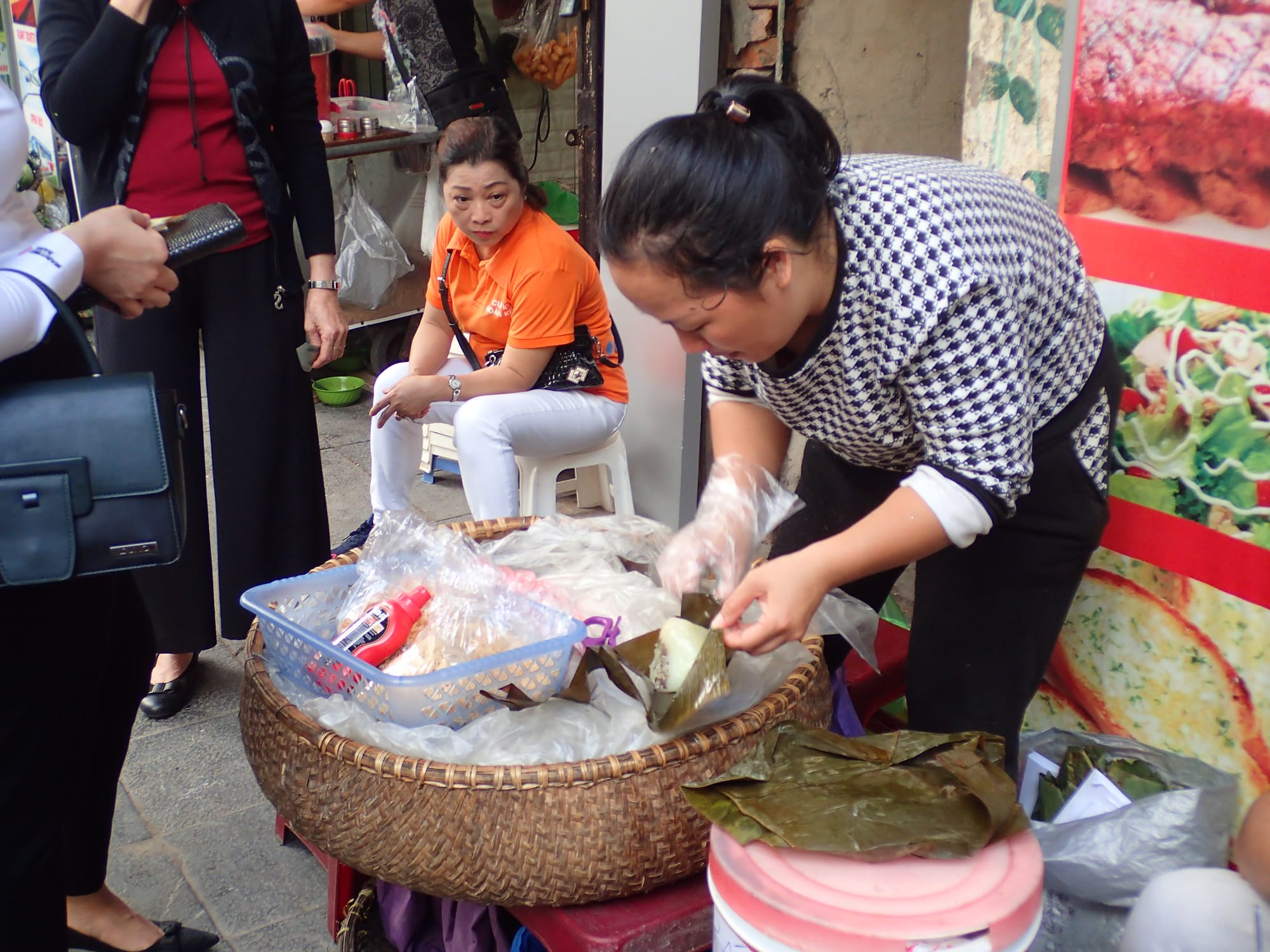
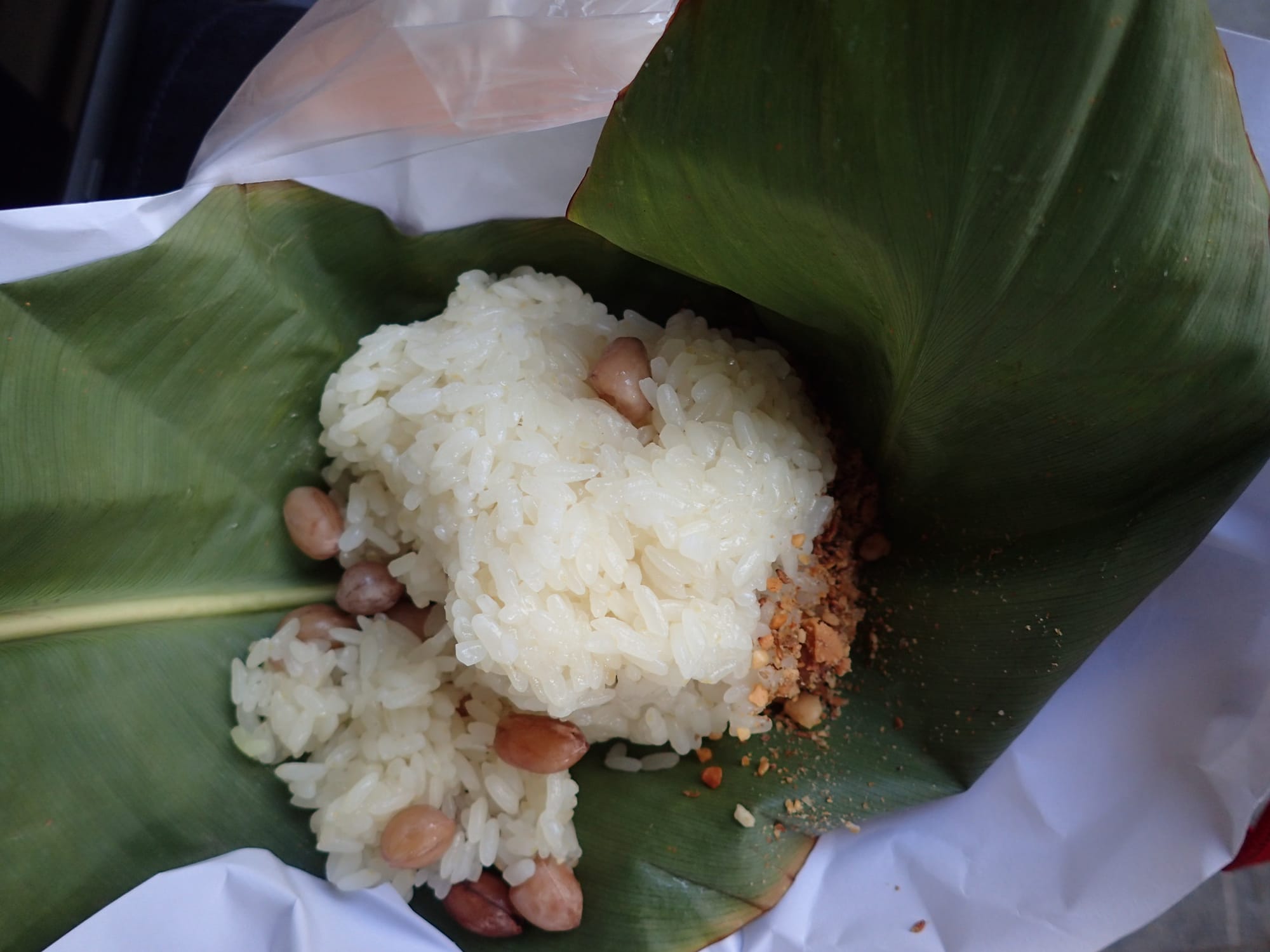
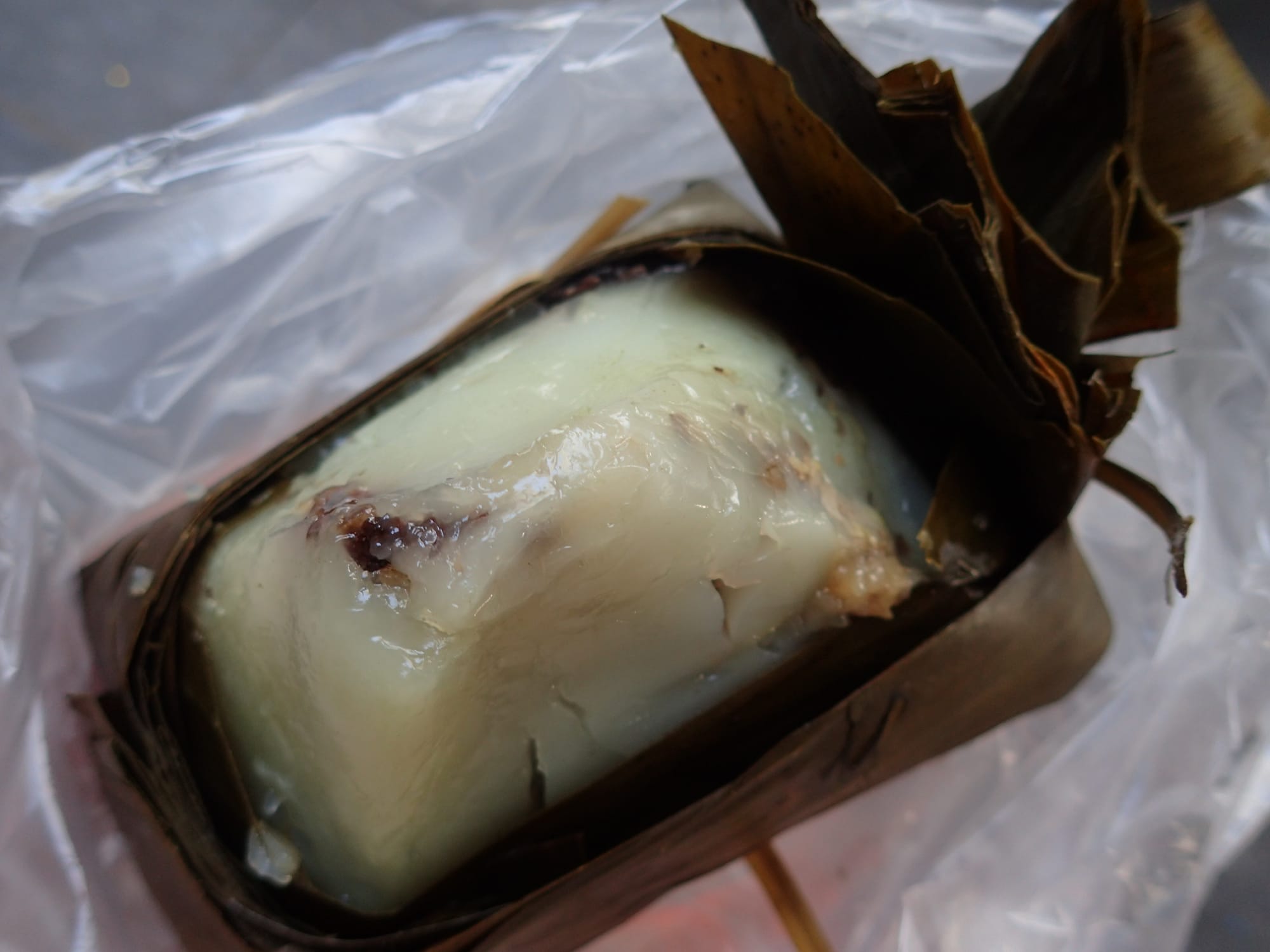
glutinous rice and steamed glutinous rice cake (22,000 VND)
Hanoi serves as the gateway to other northern Vietnam destinations such as Lao Cai, from where you can easily branch out to explore Y Ty and Sapa.
After sharing over 5,000 words, I hope I've covered enough to inspire you to plan and go for your Hanoi adventure as planning for your adventure iseasywith.me. 🤙
